Commersonia bartramia
Commersonia breviseta
Commersonia dasyphylla
Commersonia fraseri
Commersonia salviifolia
Conospermum taxifolium
Corchorus cunninghamii
Cordyline cannifolia
Cordyline congesta
Cordyline fruticosa
Cordyline manners
Cordyline murchisoniae
Cordyline petiolaris
Cordyline rubra
Cordyline stricta
Coronidium elatum subsp. elatum
Coronidium elatum subsp. minus
Coronidium elatum subsp. vellerosum
Coronidium lanuginosum
Coronidium oxylepis
Correa baeuerlenii
Correa lawrenceana
Correa reflexa
Corybas aconitiflorus
Corybas barbarae
Corybas fordhamii
Corybas hispidus
Corybas undulatus
Corymbia citriodora
Corymbia curtisii
Corymbia ficifolia
Corymbia gummifera
Corymbia henryi
Corymbia intermedia
Corymbia maculata
Corymbia peltata
Corymbia ptycocarpa
Corymbia tessellaris
Corymbia torelliana
Corymbia trachyphloia
Corymbia variegata
Corymbia watsoniana
Corynocarpus rupestris subsp. arborescens
Corynocarpus rupestris subsp. rupestis
Corypha utan
Costus potierae
Craspedia canens
Craspedia variabilis
Crassula sieberiana
Crinum pedunculatum
Crinum uniflorum
Crotalaria aridicola
Crotalaria brevis
Crotalaria lanceolata
Crotalaria medicaginea
Crotalaria mitchellii
Crotalaria montana
Crotalaria novae-hollandiae
Crotalaria retusa
Crotalaria verrucosa
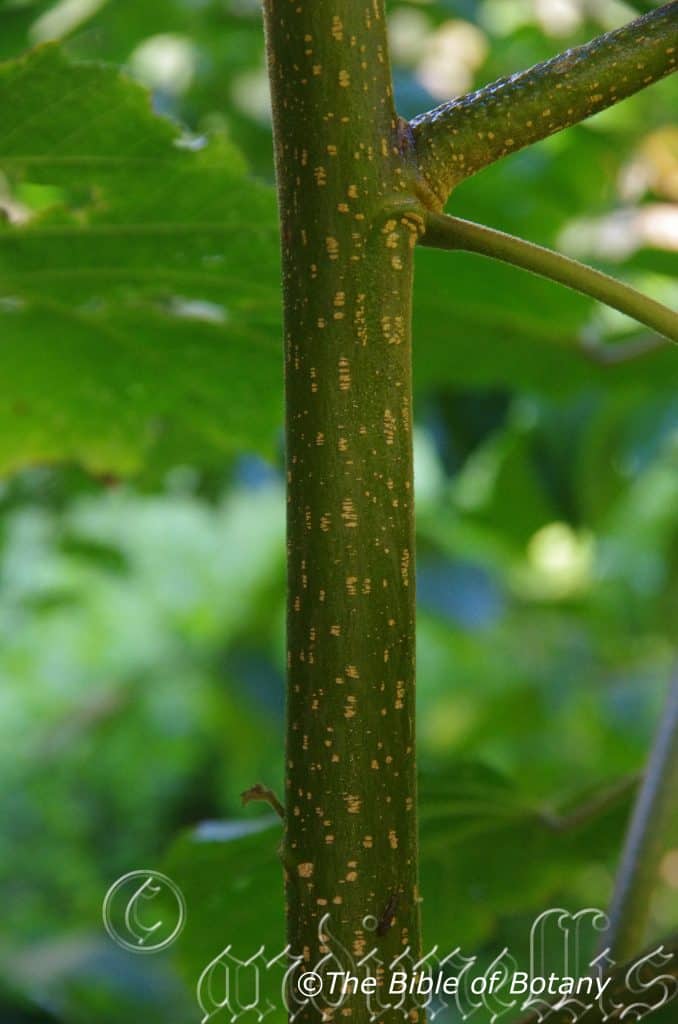
Author’s Garden The Pinnacles NSW
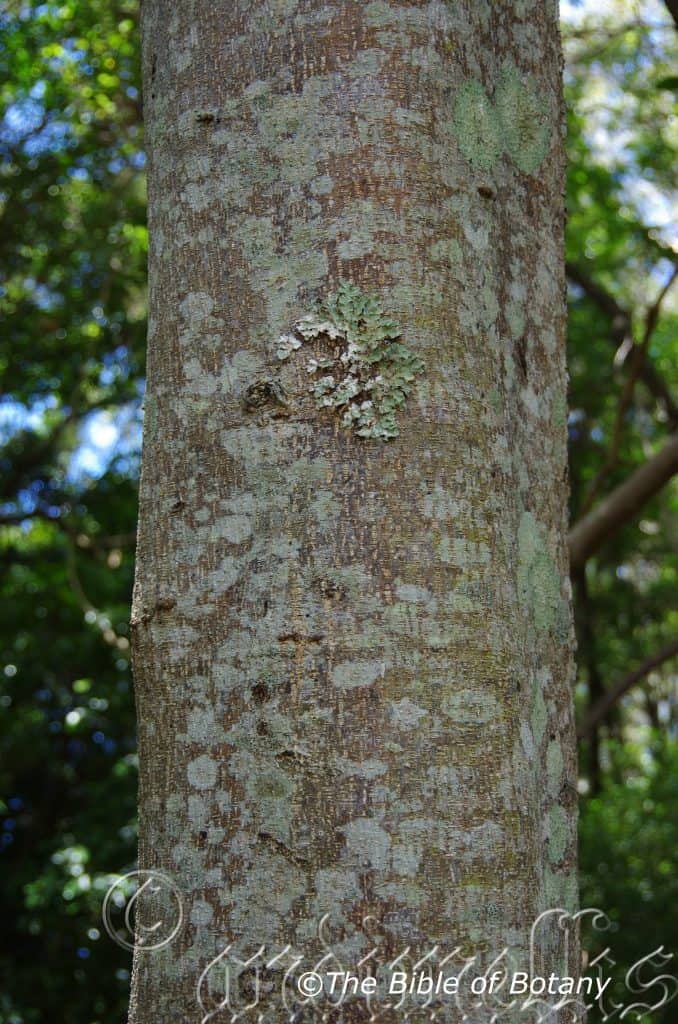
NCBG Coffs Harbour NSW
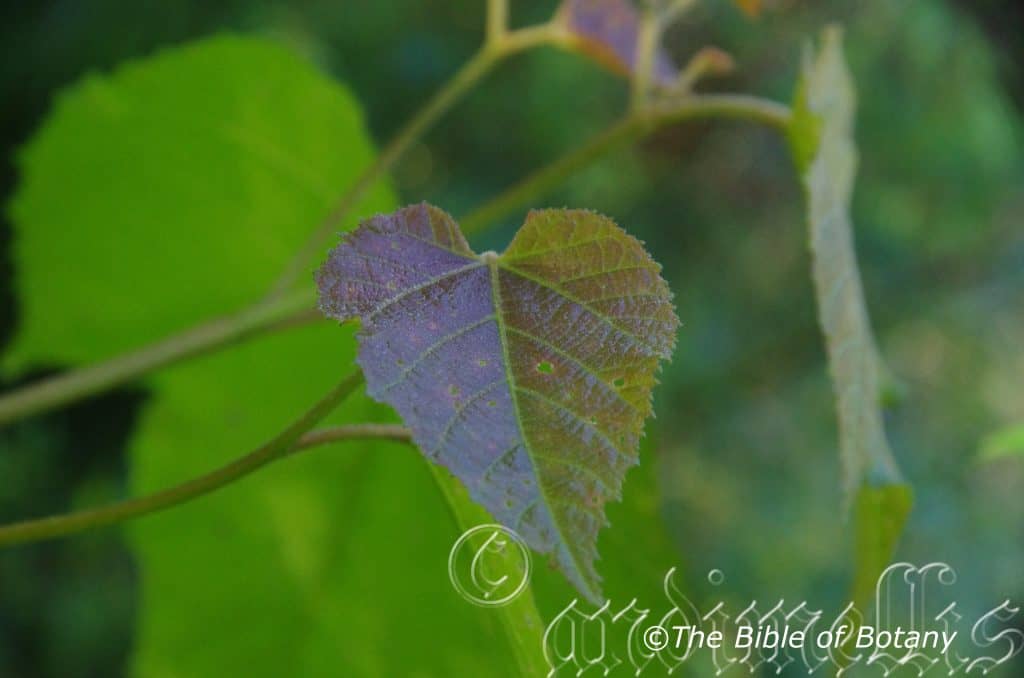
Author’s Garden The Pinnacles NSW
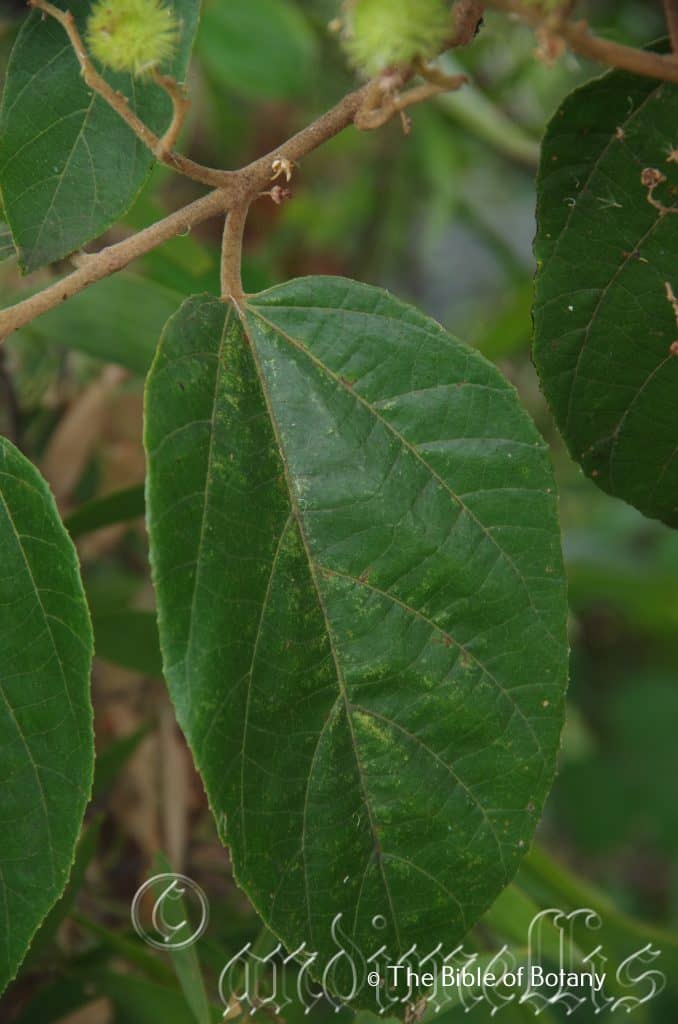
Ballina NSW
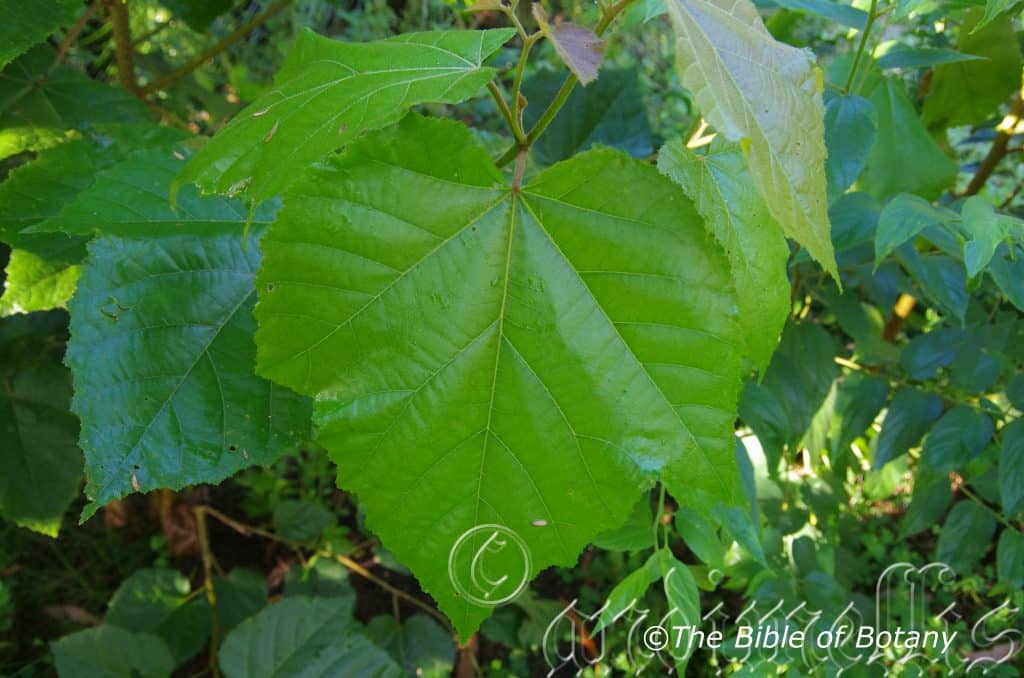
Author’s Garden The Pinnacles NSW
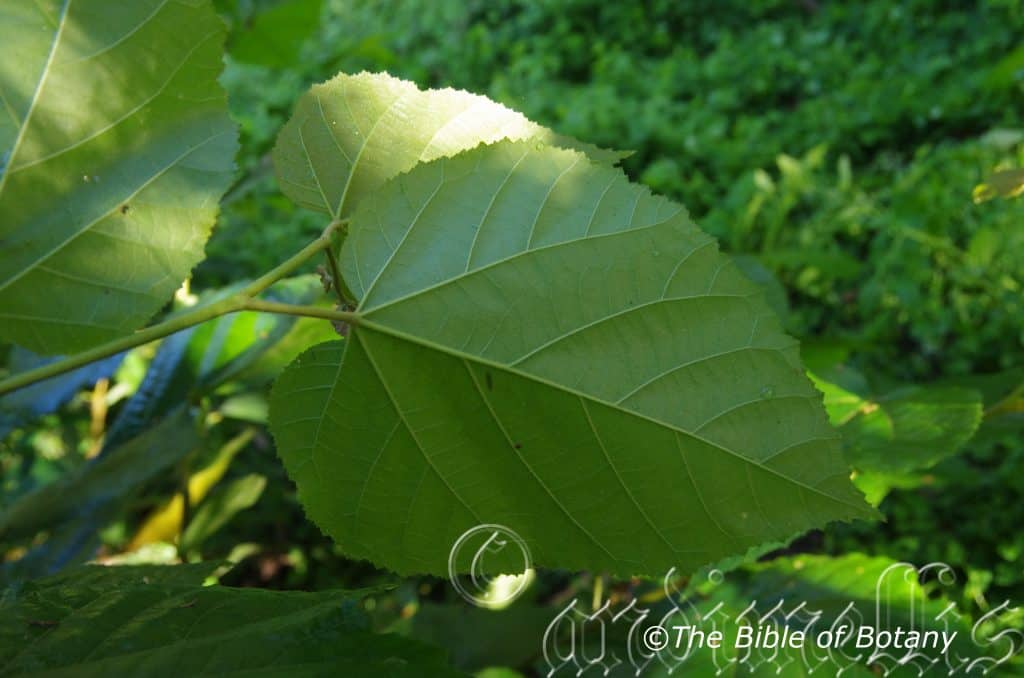
Author’s Garden The Pinnacles NSW
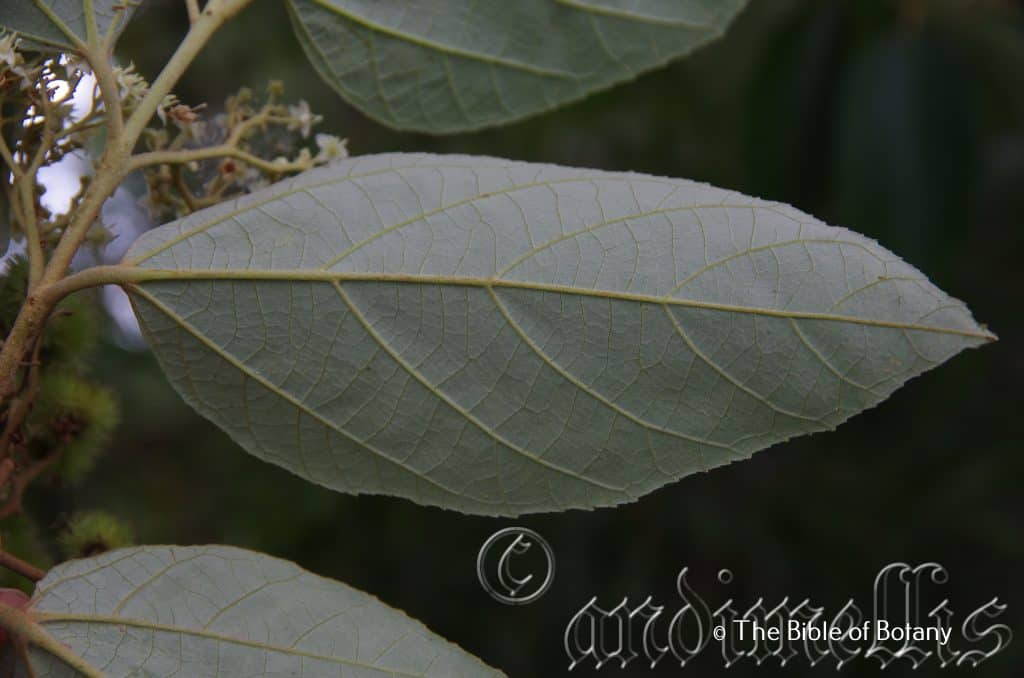
Ballina NSW
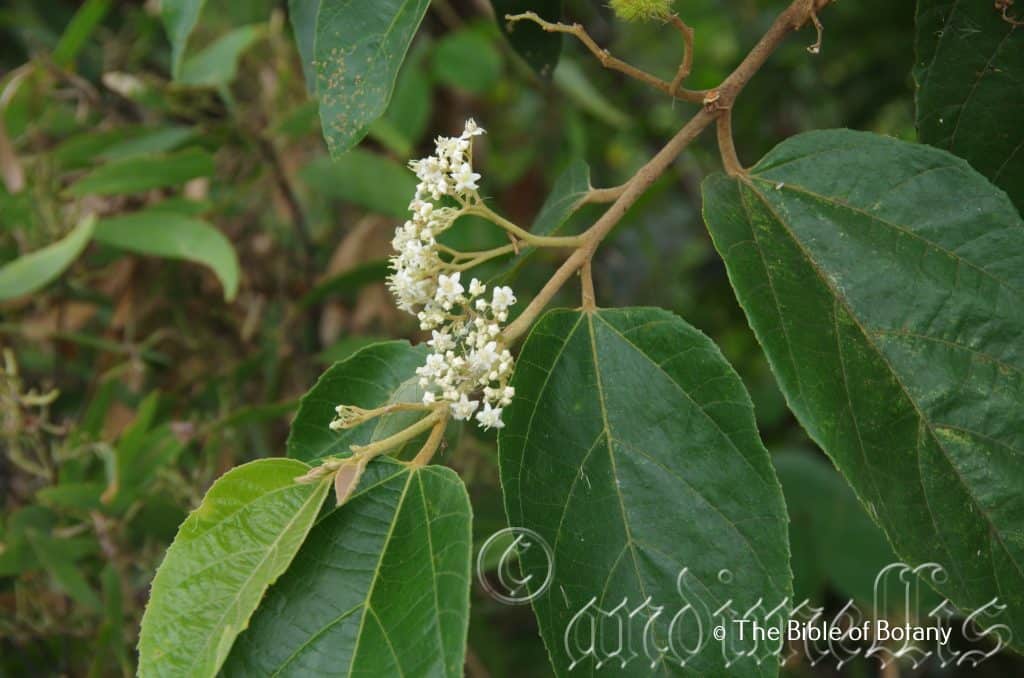
Ballina NSW
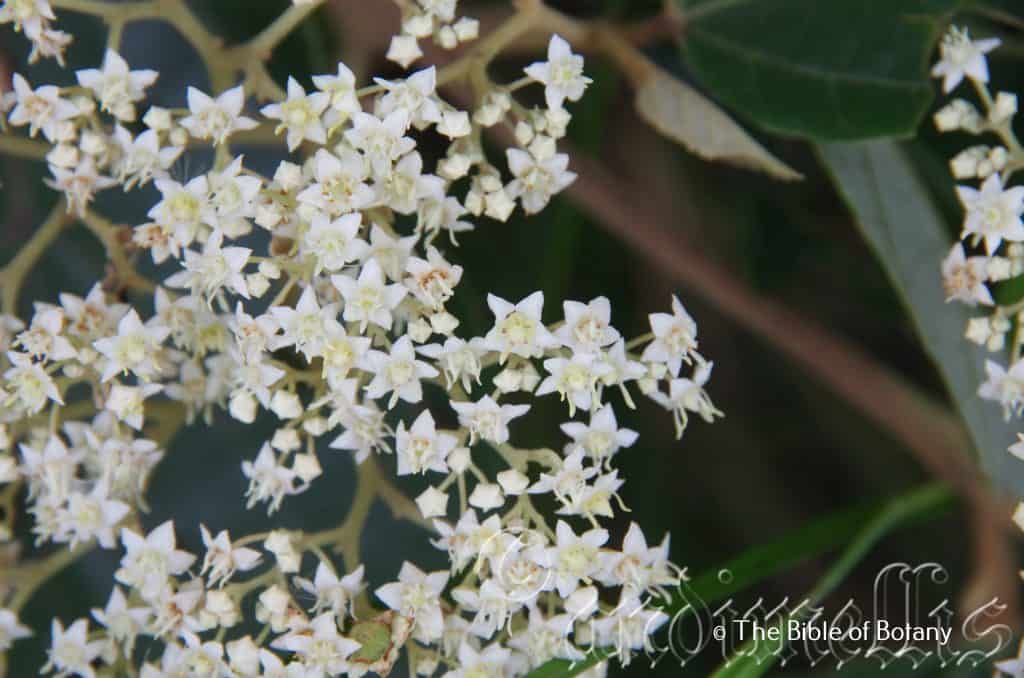
Ballina NSW
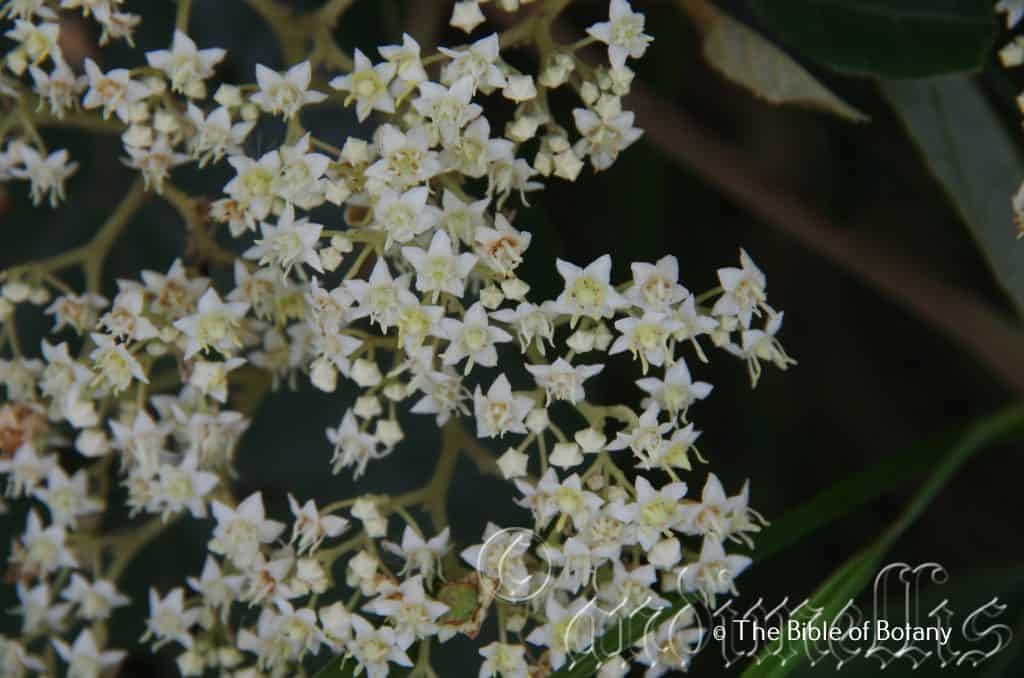
Ballina NSW
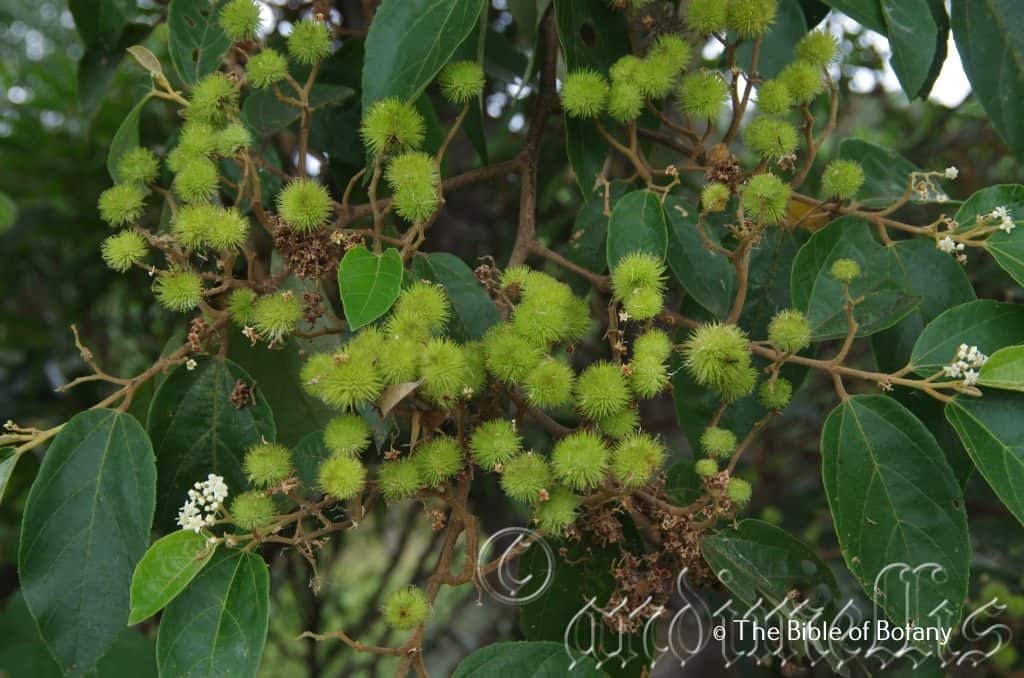
Ballina NSW
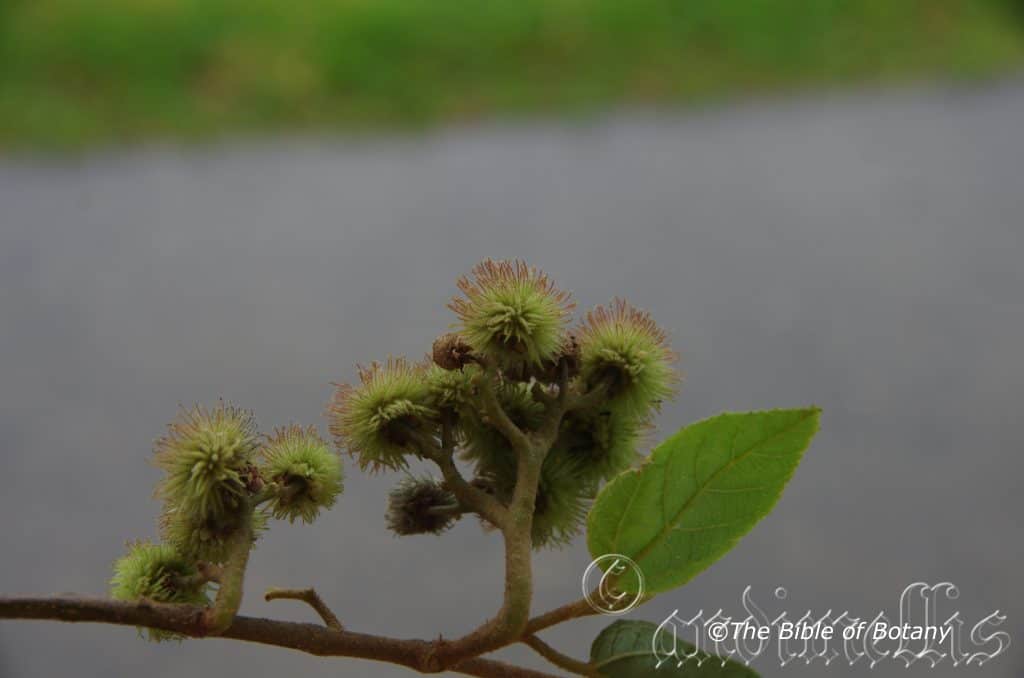
Clarence River NSW
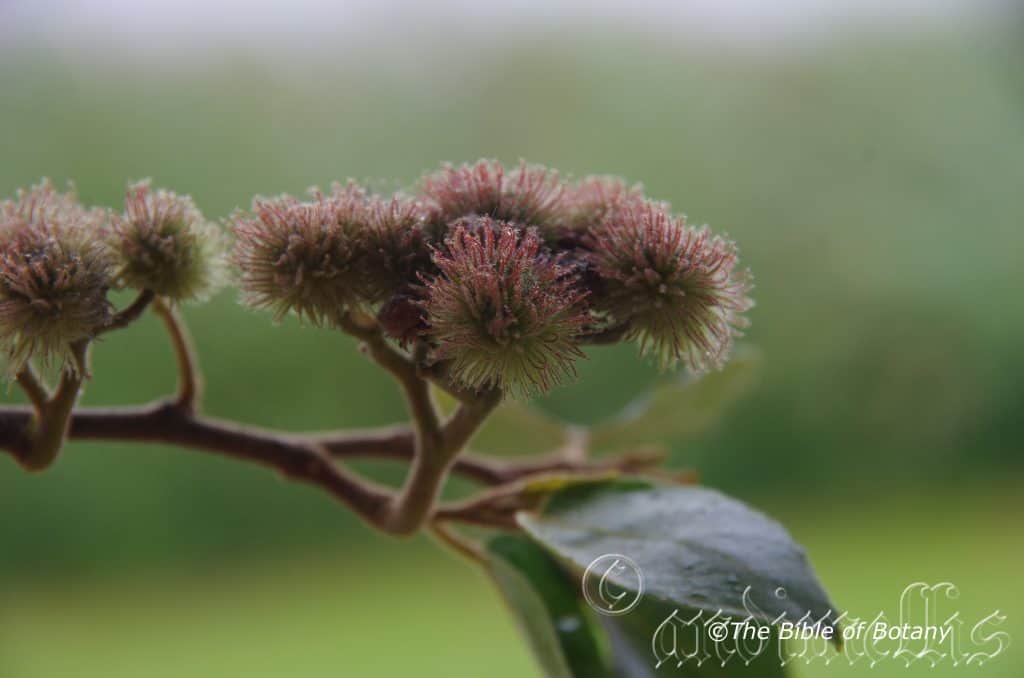
Clarence River NSW
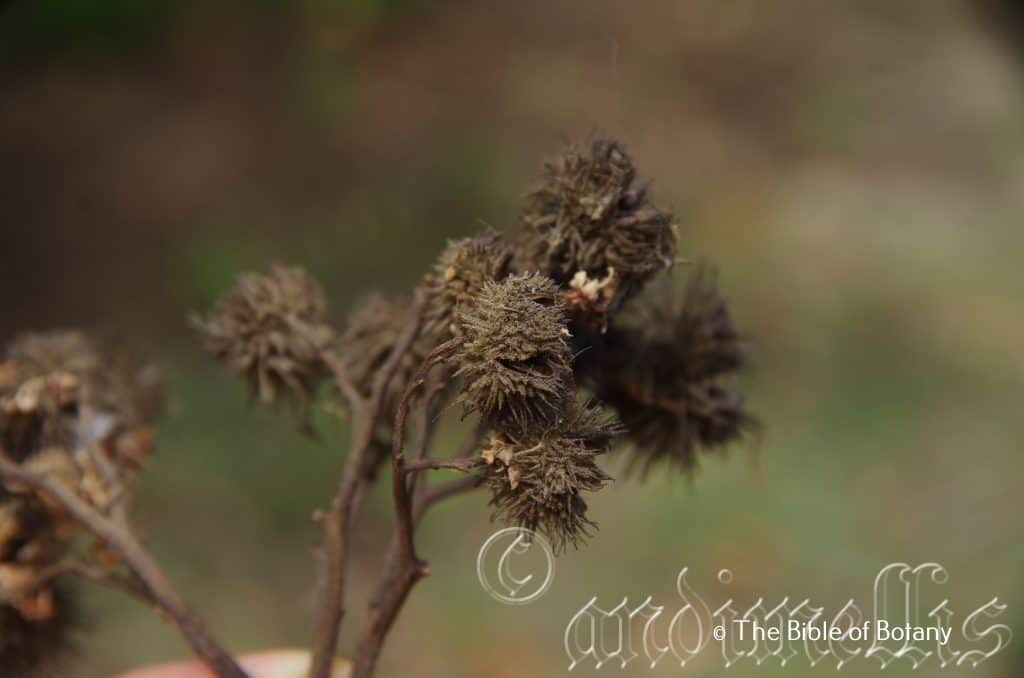
Ballina NSW
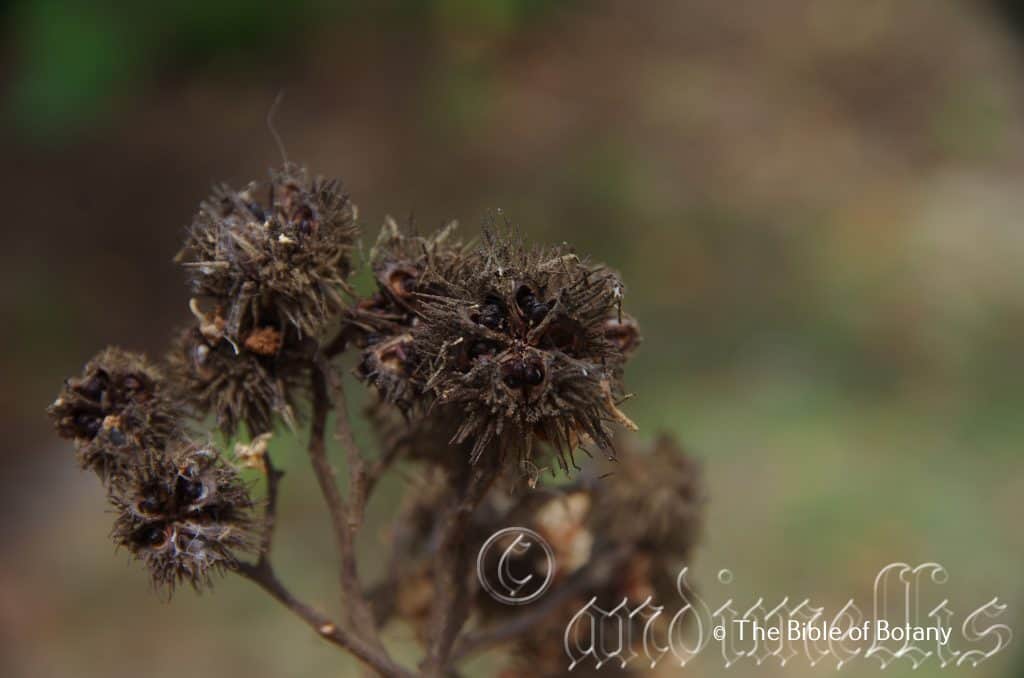
Ballina NSW
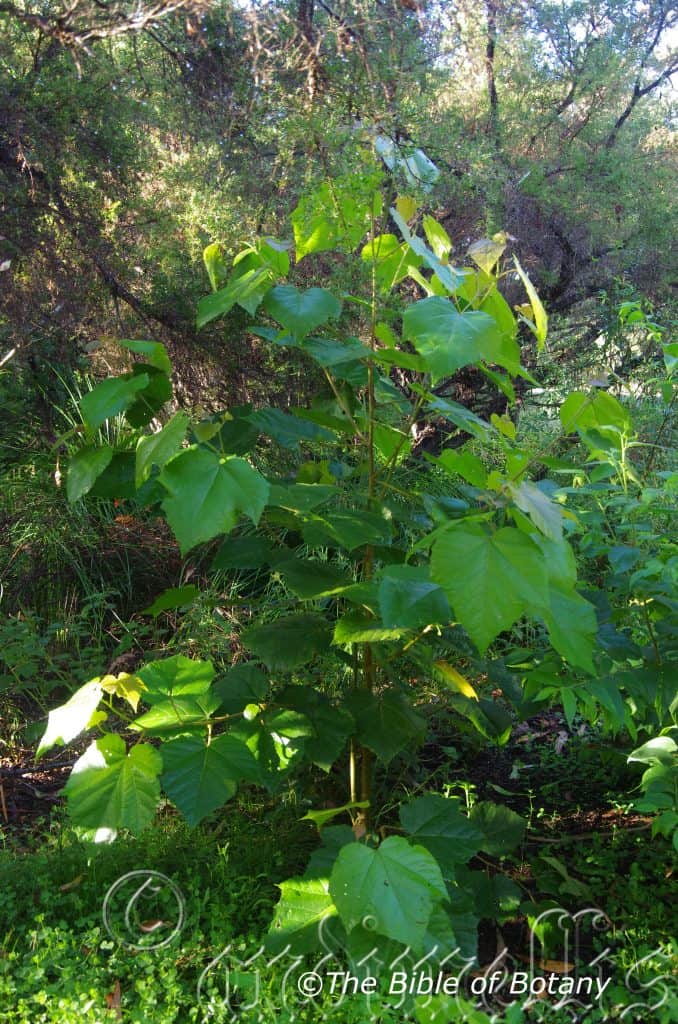
Author’s Garden The Pinnacles NSW
Commersonia bartramia
Classification:
Unranked: Eudicots
Unranked: Rosids
Order: Malvales
Family: Malvaceae
Subfamily: Byttnerioideae
Genus: Is named in honour of Philibert Comerson; 1727-1773, who was a French naturalist and explorer.
Specie: Is named in honour of Edwin Bunting Bartram; 1878-1964, who was an American botanist and bryologist.
Sub specie:
Common Name: Brown Kurrajong or Poor man’s Christmas tree.
Distribution:
Commersonia bartramia is found in several disjunct populations south from the tip of Cape York Peninsula in far northern Queensland to the Bellinger River in northern New South Wales. It is mainly found on and east of the Great Dividing Range.
https://avh.ala.org.au/occurrences/search?taxa=Commersonia+bartramia#tab_mapView
Habitat Aspect Climate:
Commersonia bartramia prefers full sun to dappled shade. It grows in moist Eucalyptus forests or adjacent to moist rainforests. It is often one of the first pioneer plants on disturbed ground adjacent to rainforests north of Brisbane. The altitude ranges from 5 meters ASL to 800 meters ASL.
The temperatures range from 1 degree in July to 38 degrees in January.
The rainfall ranges from lows of 800mm to 2400mm average per annum.
Soil Requirements:
Commersonia bartramia prefers better quality loams to medium clays or podzolic soils with thick layers of forest litter. The soils are usually derived from decomposed brown basalt, black basalt, metamorphic rocks and fatty sandstone. The soils pH ranges from 4.5pH to 6.5pH. It does not tolerant of waterlogged soils however is often found on poorer drainage sites. Non saline soils to moderately saline soils are tolerated.
Height & Spread:
Wild Plants: 4m to 10m by 4m to 6m
Characteristics:
Commersonia bartramia is a fast growing small tree which can grow under favourable conditions at 3 meters plus a year. The grey brown resinous trunk is glabrous and is quickly colonized by lichens. The lenticels are a creamy colour. Young branchlets are pale brown. The new growth and juvenile branchlets are pale creamy brown to pale creamy olive-green at the apex and covered in white or rusty puberulent hairs.
The alternate broad ovate leaves of Commersonia bartramia measure 60mm to 150mm in length by 40mm to 100mm in width. The bases are round to cordate while the apexes are broadly acute. The discolourous laminas are deep green and sparsely covered in short white stellate hairs on the upper lamina while the lower surface is paler and densely covered in short white or rusty stellate and tomentose hairs. The leaf margins are toothed and slightly undulating. The mid vein is prominent on the lower surface and distinctly visible on the upper lamina being paler than the surrounding lamina blade. The petioles measure 10mm to 20mm in length. Petiole stipules are minute and covered in minute white stellate hairs.
Inflorescences of Commersonia bartramia are born in small panicles from the leaf axils or terminals. The panicles measure 50mm to 75mm in diameter. The pedicel and peduncules are densely covered in short white stellate hairs. The pedicel measures 25mm to 30mm in length while the peduncles measure 3mm to 5.5mm in length. The olive-green calyxes are covered in short white stellate hairs. The 5 white ovate petals have broadly acute apex and measure 2.2mm to 2.5mm in length by 2.2mm to 2.5mm in width near the base. There is a distinct creamy center line running from the base to the apex.
The 5 petaloid staminodes are covered in short white stellate hairs externally and are opposite the petals. The creamy yellow staminodes are linear with a broad ovate base. They measure 3mm to 3.3mm in length by 0.3mm to 0.4mm in width. The apex is acute. The staminodes are united at the base and are attached to the outside of the calyx disc. The 5 white filaments measure 0.5mm to 1mm in length including the red to deep orange anther.
The style is centrally located on the pastel pink disc. Commersonia bartramia’s sweetly scented flowers appear from mid-August to February. Flowers are sweetly scented.
Commersonia bartramia is a prolific bloomer with the flowers appearing from mid-December to early February. Flowers are sweetly scented.
The fruits of Commersonia bartramia are a round bristly capsule. The olive-green capsules turn yellow-brown to orange and finally to brown when ripen during late summer to early autumn. The capsules measure 10mm to 20mm in diameter. They are densely covered in long stiff stellate and pubescent hairs. The hairs measure 3mm to 8mm in length.
The oval seeds are black or deep brown-black with a yellow to orange aril and measure 1.5mm to 2mm in length by 1mm to 1.5mm in diameter.
Wildlife:
Commersonia bartramia’s leaves are frequently eaten by the peacock Jewel butterfly larvae. Several butterflies go under this name. The Dusty Brown (Chaetocneme critomedia) is another frequent feeder of Commersonia bartramia’s foliage.
Cultivation:
Commersonia bartramia is a beautiful large shrub or small tree which is fast growing. It is a good starting point for those wanting to start a small rainforest. Trunks when grown as a tree in a forest situation are ideal for epiphytic plants because the canopy is closed in yet it allows some light to reach the ground which most epiphytic ferns and especially orchids prefer.
It is an excellent tree for starting a rainforest garden and are often found recolonizing cleared rainforests in the natural habitat.
When planting the trees in a rainforest try to place them near the edge so the proliferation of flowers can be fully enjoyed.
If it can be given adequate moisture, plenty of mulch for moisture retention and an even soil temperature, applying native fertilizers on a regular basis in the first two years of growth it will grow at least 4 meters a year under cultivation with a nice spreading crown to 6 meters in 3 to 4 years.
It can be used as shade trees in semi protected areas. Strong winds can cause limbs to break but planting in groups of 3, 4 or 5 or with other trees can alleviate this problem.
On the other hand plants are best planted in full view and where it can develop a full canopy. Here the flowers will be prolific in summer and the pleasantly sweet perfume which comes from the flowers will linger for hours on those still summer evenings.
It is not suitable for around pools or courtyards as it is semi deciduous near the end of the dry season coupled with heavy flowering in December and later in early Autumn the fruits and seeds will send you crazy making for a lot of maintenance on the paving and in the pool.
Propagation:
Seeds: Commersonia bartramia seeds do not require treatment before sowing. Sow fresh seeds directly into a seed raising mix and cover with 5mm of the mix. Keep the trays moist not wet and place them beneath 30mm shade cloth. When the seedlings are 25mm to 50mm tall, prick them out and plant them into 50mm native tubes using a seed raising mix.
Once the seedlings reach 150mm to 200mm in height plant them out into their permanent position. Mass plantings can be achieved by planting them at 5 meter to 6 meters for shrubs. When planting for a rainforest situation plantings of 4 meter centers will see the plants grow tall with a narrower canopy.
Cuttings: Use 50mm to 70mm long cuttings from the present season’s growth. Take them in early autumn or after the last frosts in early spring. Take a slice off the bark from one side 20mm from the base down to the base and apply a weak strength rooting hormone to the bottom 20mm. Place 2 cuttings in a 50mm native tube. Place the tubes in a warm semi shaded position. Cuttings should strike in about 5 to 6 weeks. When the cuttings have obviously struck and have developed good roots plant them out into their permanent positions. If a single trunk tree is required cut the weaker plant out at the base.
Fertilize using Seaweed, fish emulsion or organic chicken pellets soaked in water on an alternate basis. Fertilize every two months until the plants are established then annually in early September or March to maintain health, vitality and better flowering.
Further Comments from Readers:
Hi reader, it seems you use The Bible of Botany a lot. That’s great as we have great pleasure in bringing it to you! It’s a little awkward for us to ask, but our first aim is to purchase land approximately 1,600 hectares to link several parcels of N.P. into one at The Pinnacles NSW Australia, but we need your help. We’re not salespeople. We’re amateur botanists who have dedicated over 30 years to saving the environment in a practical way. We depend on donations to reach our goal. If you donate just $5, the price of your coffee this Sunday, We can help to keep the planet alive in a real way and continue to bring you regular updates and features on Australian plants all in one Botanical Bible. Any support is greatly appreciated. Thank you.
In the spirit of reconciliation we acknowledge the Bundjalung, Gumbaynggirr and Yaegl and all aboriginal nations throughout Australia and their connections to land, sea and community. We pay our respect to their Elders past, present and future for the pleasures we have gained.
Commersonia breviseta
Classification:
Unranked: Eudicots
Unranked: Rosids
Order: Malvales
Family: Malvaceae
Subfamily: Byttnerioideae
Genus: Is named in honour of Philibert Comerson; 1727-1773, who was a French naturalist and explorer.
Specie: From Brevis, which is Latin for short and Setus, which is Latin for a bristle. It refers to structures or organs, which have short bristles.
Sub specie:
Common Name:
Distribution:
Commersonia breviseta is widespread along the Great Dividing Range but is not common in any district and the populations are relatively small. It is found south from Girraween National Park in far southern Queensland to Genoa in far north-eastern Victoria.
The only real reason that it has not been declared vulnerable at the moment is because it is found in a number of National Parks and how widespread it is protecting it from ravages like storms, fires and human interferences.
https://avh.ala.org.au/occurrences/search?taxa=Commersonia+breviseta#tab_mapView
Habitat Aspect Climate:
Commersonia breviseta prefers full sun to dappled shade. It grows in moist woodlands to dry open woodlands, rocky scrubby heaths or rocky outcrops. The altitude ranges from 150 meters ASL to 950 meters ASL.
Temperatures range from minus 5 degrees in July to 38 degrees in January.
Rainfall ranges from lows of 650mm to 1200mm average per annum.
Soil Requirements:
Commersonia breviseta prefers sandy loams to medium clay soils. The soils are derived from decomposed brown basalt, black basalt, fatty sandstones and fatty granites. The soils pH ranges from 4.5pH to 6pH. It does not tolerate waterlogged soils. Non saline soils to moderately saline soils are tolerated.
Height & Spread:
Wild Plants:1m to 3m by 1.5m to 3m
Characteristics:
Commersonia breviseta is a fast growing medium shrub. The grey-brown slightly resinous trunk is glabrous and is quickly colonized by lichens under favourable conditions. Lenticels are the same colour as the trunk if present. The branchlets, new growth and juvenile branchlets are a pale brown tending brown-green to olive-green near the apexes and are densely covered fawn to white hirtellous or tomentose hairs with sessile stellate hairs.
The alternate, narrow elliptical to lanceolate leaves of Commersonia breviseta measure 30mm to 100mm in length by 7mm to 25mm in width. The bases are sub oblique, round-cuneate to round while the apexes are narrowly acute to narrow acuminate. The discolourous laminas are pale blue-green to mid blue-green and sparsely covered in soft, hirtellous or tomentose hairs with sessile stellate hairs on the upper laminas while the lower laminas are slightly paler and moderately to densely covered in soft, white, tomentose hairs with sessile stellate hairs below. The laminas are flat and rugose between the main vein and lateral veins and lateral veins and secondary veins while the apexes decurve slightly downwards. The clavate glands when present on the upper laminas are slightly rugose and are densely covered in long, white, stellate hairs with smaller moderately dense orange-red tipped glandular hairs below.
The leaf margins are irregularly toothed. The mid vein and lateral veins are prominent on the lower laminas and are distinctly visible on the upper lamina. The petioles measure 1mm to 6mm in length.
The juvenile foliage is trilobed and measures 45mm to 110mm in length by 20mm to40mm in width. The discolourous juvenile leaves are sparsely covered in soft, hirtellous or tomentose hairs with sessile stellate hairs on the upper laminas while the lower laminas are slightly paler and moderately to densely covered in soft, white, tomentose hairs with sessile stellate hairs below.
The inflorescences of Commersonia breviseta are born in small leaf opposed simple or compound cymes or simple or compound cymes born 90 degrees to the leaf axils. The cymes measure 10mm to 35mm in length by 10mm to 45mm in diameter. There are 4 to 16 individual flowers to a cyme. The rachises, peduncules and pedicels are densely covered in fawn to white, soft, hirtellous or tomentose hairs with sessile stellate hairs. The pedicel and peduncules are densely covered in short white tomentose hairs. The rachises measure 4mm to 18mm in length while the peduncules measure 2mm to 6.5mm in length and the pedicels measure 1mm to 3mm in length. The calyxes are pinkish-fawn and densely covered in fawn to white, soft, hirtellous and tomentose hairs with sessile stellate hairs externally. The 5 calyx lobes measure 3.5mm to 6.5mm in length which includes the 3mm to 6mm lobes. The 5 white, glabrous, elliptical petals have an acute apex and measure 2.3mm to 3.5mm in length by 1.7mm to 2.7mm in width.
There 5 white, oblong, petaloid staminodes are opposite petals and measure 1.6mm to 2.5mm in length. These 5 staminodes are attached to the outside of the calyx disc. The 5 white filaments measure 0.5mm to 1mm in length including the deep red to deep purple-red anther.
The style is centrally located on the pastel yellow disc. Commersonia breviseta’s sweetly scented flowers appear from late August to November
The fruits of Commersonia breviseta are ellipsoidal, bristly capsules with many individual openings. The green capsules turn yellow-green and finally to brown when ripe. The capsules measure 43mm to 55mm in diameter. They are densely covered in long stiff stellate hairs. The capsules split into 5 separate valves when ripe to release the seeds.
The oval seeds are black with an orange to reddish-brown aril and measure 1.5mm to 2mm in length by 1mm to 1.5mm in diameter.
Wildlife:
Commersonia breviseta’s leaves are frequently eaten by the peacock Jewel larvae. Several butterflies go under this name. The Dusty Brown (Chaetocneme critomedia) is another frequent feeder of the foliage.
Cultivation:
Commersonia breviseta is a beautiful medium shrub or can be grown as a small tree. It is a good starting point for those wanting to start a small bush garden. Lower stems will need to be continually pruned to force the central stem upwards. Trunks when grown as a tree in a forest situation are ideal for small epiphytic plants because the canopy is closed in yet it allows some light to reach the ground which most epiphytic ferns and especially orchids prefer.
If it is given adequate moisture, plenty of mulch for moisture retention and an even soil temperature, applying native fertilizers on a regular basis in the first two years of growth it will grow from 3 meters to 4 meters in height by 2 meters to 2.5 meters in an open situation. As compact shrubs they will grow from 2 meters to 2.5 meters in height by 2m meters to 2.5 meters in diameter when grown in the open.
It can be used for as a large quick growing screen and their suckering habit will ensure an impenetrable thicket is made in a fairly short time.
Plants are best planted in full view and where they can develop a full canopy. Here the flowers will be prolific in summer and the pleasantly sweet perfume which comes from the flowers will linger for hours on those still summer evenings.
It is not suitable for around large pools or courtyards as it is semi deciduous near the end of the dry season coupled with heavy flowering in December makes for a lot of maintenance on the paving and in the pool.
Propagation:
Seeds: Commersonia breviseta seeds do not require treatment before sowing. Sow fresh seeds directly into a seed raising mix and cover with 5mm of the mix. Keep the trays moist not wet and place them under 30mm shade. When the seedlings are 25mm to 50mm tall, prick them out and plant them into 50mm native tubes using a seed raising mix.
Once the seedlings reach 150mm to 200mm in height plant them out into their permanent position. Mass plantings can be achieved by planting them at 2 meter to 2.5 meter centers for large hedge rows and beneath wind breaks or 8 meter to 10 meters for display shrubs.
Cuttings: Use 50mm to 70mm long cuttings from the present season’s growth. The best time to take the cuttings is in early spring following the last frosts.
1 Prepare the cutting mix by adding one third sharp clean river sand, one third peat and one third perlite. These ingredients are sterilize,
2 Select good material from non diseased plants,
3 Select semi green stems for cuttings. Look for a stem with two or three nodes,
4 Place the cutting on a flat, hard surface, and make a clean down one side of the cutting for 10mm to 15mm with a sharp sterile knife or razor blade. – This scarification of the node will increase the chances of roots emerging from this spot. Now remove all but one or two the leaves, leaving the apex leaves in tact. If the leaves are very large in proportion to the stem, cut off the apical halves.
5 Fill a saucer with water, and place a little mild to medium rooting hormone into another container like a milk bottle top. Dip the node end of the cutting into the water and then into the rooting hormone. Tap off any excess hormone,
6 Use a small dipple stick or old pencil to poke a hole into the soilless potting mix. Ensure the hole is slightly larger than the stem diameter and be careful not to wipe the rooting hormone off the cuttings base, place the cuttings in a pattern ensuring the cuttings are not touching each other,
7 I like to place the pots in Plastic bags to help maintain temperature and moisture. Place in a semi shaded place like under 50mm shade cloth.
8 When the cuttings have struck, open the bag to allow air circulation for a few days to a week,
9 Once hardened off remove the cuttings from the bag and allow to further hardening for a few more days,
10 Transplant into a good potting mix to grow on.
Fertilize using Seaweed, fish emulsion or organic chicken pellets soaked in water on an alternate basis. Fertilize every two months until the plants are established then annually in early September or March to maintain health, vitality and better flowering.
Further Comments from Readers:
Hi reader, it seems you use The Bible of Botany a lot. That’s great as we have great pleasure in bringing it to you! It’s a little awkward for us to ask, but our first aim is to purchase land approximately 1,600 hectares to link several parcels of N.P. into one at The Pinnacles NSW Australia, but we need your help. We’re not salespeople. We’re amateur botanists who have dedicated over 30 years to saving the environment in a practical way. We depend on donations to reach our goal. If you donate just $5, the price of your coffee this Sunday, We can help to keep the planet alive in a real way and continue to bring you regular updates and features on Australian plants all in one Botanical Bible. Any support is greatly appreciated. Thank you.
In the spirit of reconciliation we acknowledge the Bundjalung, Gumbaynggirr and Yaegl and all aboriginal nations throughout Australia and their connections to land, sea and community. We pay our respect to their Elders past, present and future for the pleasures we have gained.
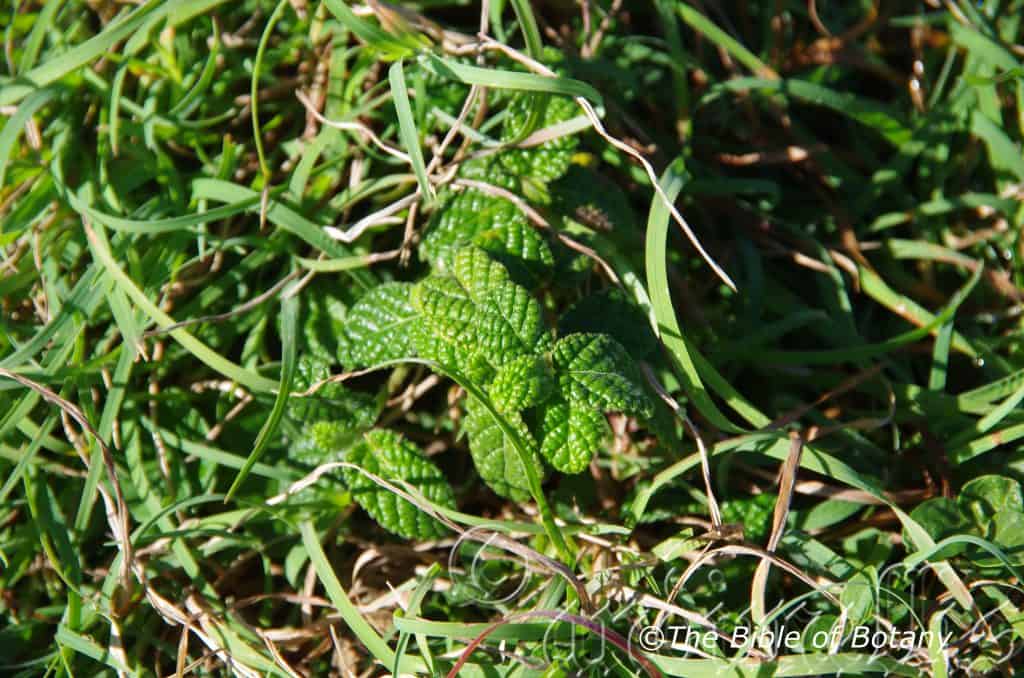
Crescent Head NSW
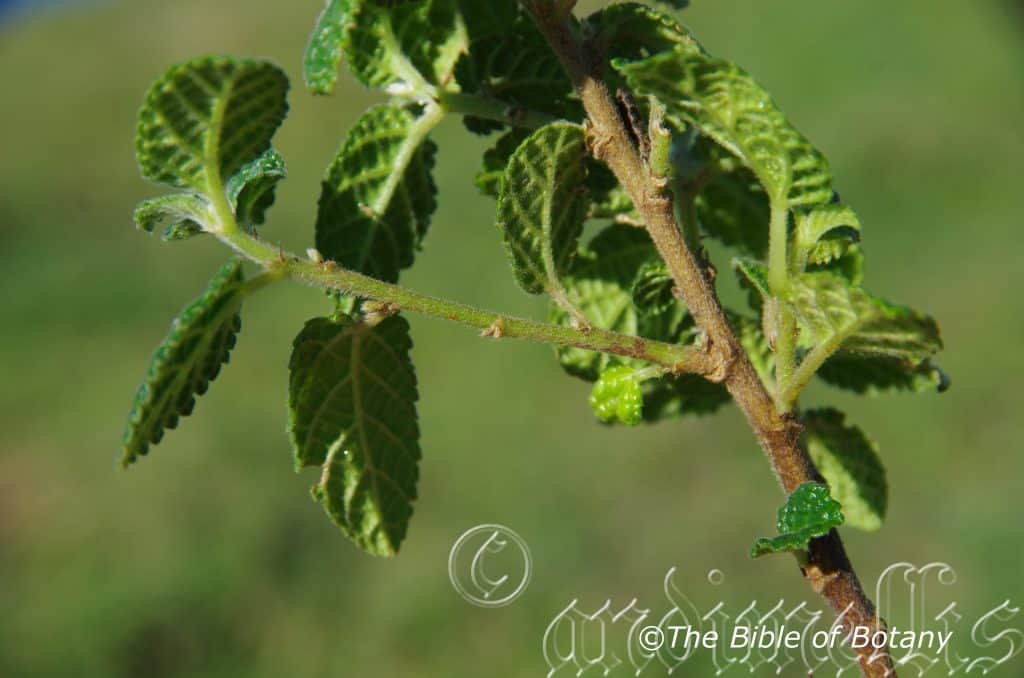
Crescent Head NSW
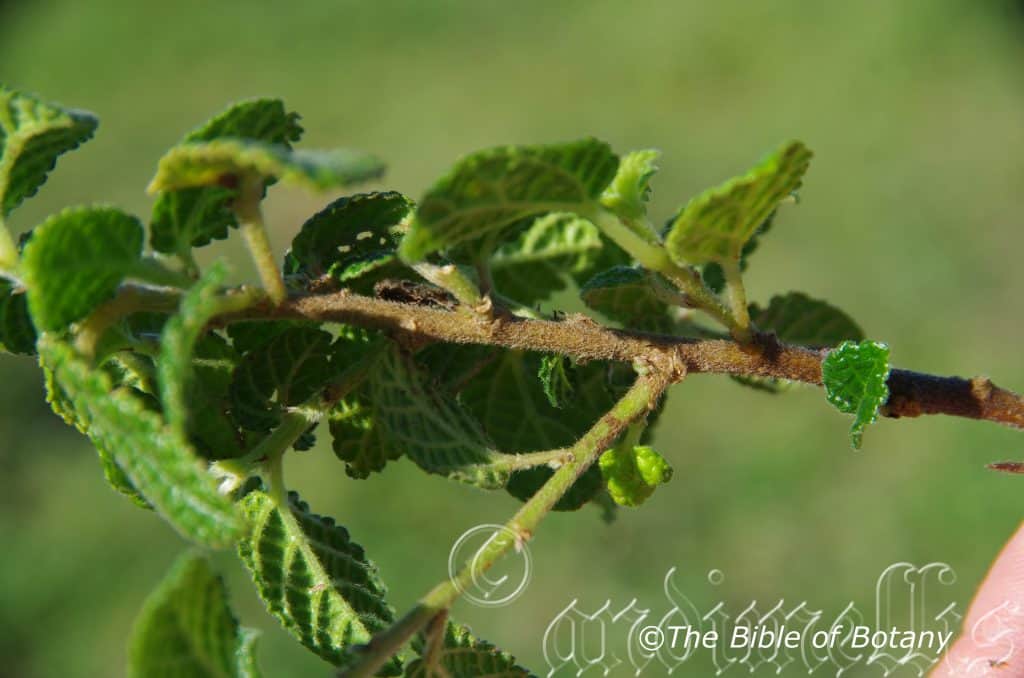
Crescent Head NSW
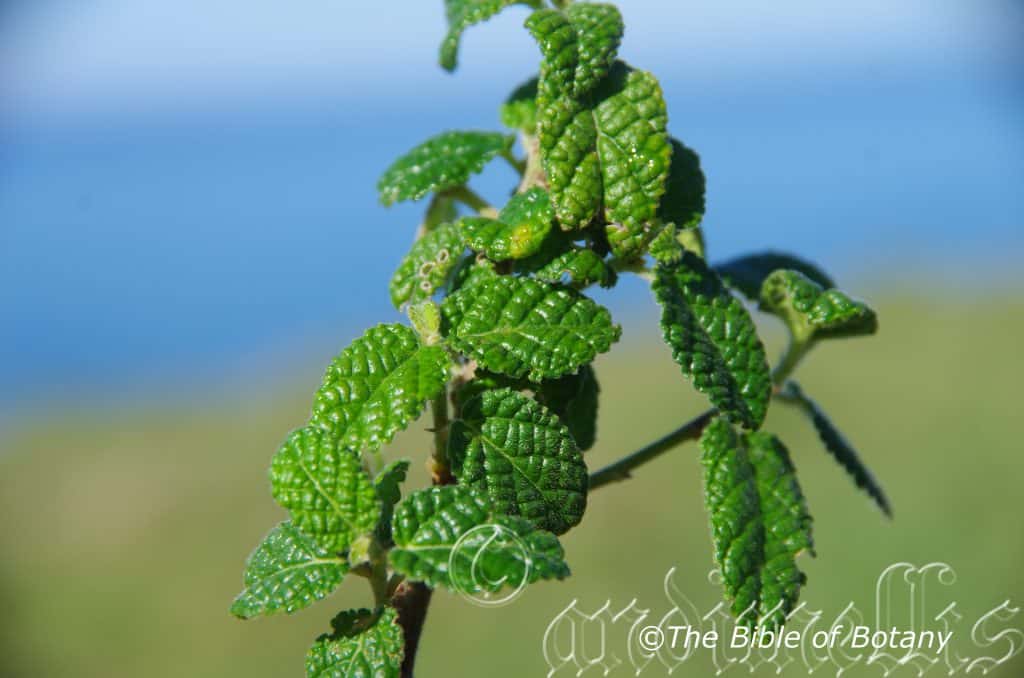
Crescent Head NSW
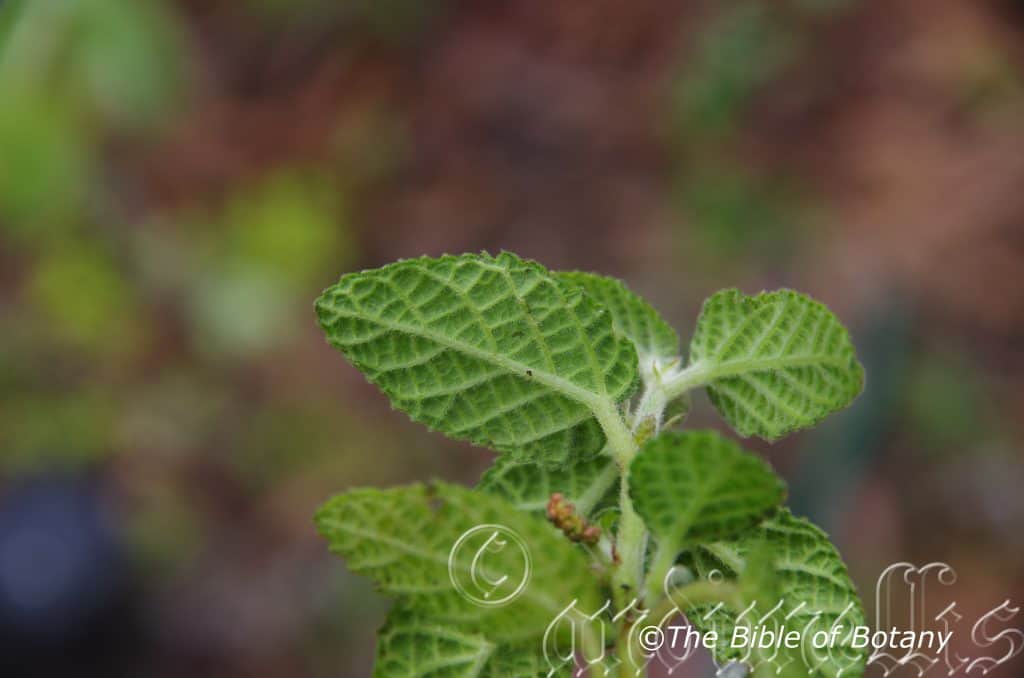
Crescent Head NSW
Commersonia dasyphylla
Classification:
Unranked: Eudicots
Unranked: Rosids
Order: Malvales
Family: Malvaceae
Subfamily: Byttnerioideae
Genus: Is named in honour of Philibert Comerson; 1727-1773, who was a French naturalist and explorer.
Specie: From Dasys, which is Ancient Greek for scruffy, shaggy or not neat and Phullon/Phyllon, which is Ancient Greek for a leaf. It refers to leaves, which are covered in loose hairs that grow in all directions.
Sub specie:
Common Name: Kerrawang.
Distribution:
Commersonia dasyphylla is restricted to a small area between Balladean and Girraween National Park near Stanthorpe in far southern Queensland to Howell near Inverell and Single National Park New South Wales.
https://avh.ala.org.au/occurrences/search?taxa=Commersonia+dasyphylla#tab_mapView
Habitat Aspect Climate:
Commersonia dasyphylla prefers dappled shade to full shade. It grows amongst rocks and boulders, especially along gullies or streams. The altitude ranges from 700 meters ASL to 1090 meters ASL.
The temperatures range from minus 5 degrees in July to 32 degrees in January.
The rainfalls range from lows of 600mm to 1000mm average per annum.
Soil Requirements:
Commersonia dasyphylla prefers course sandy loams to light fatty clays with a high proportion of forest litter or washouts. The soils are usually derived from decomposed granites. The soils pH ranges from 5pH to 6pH. It does not tolerant of waterlogged soils. Non saline soils to moderately saline soils are tolerated.
Height & Spread:
Wild Plants: 1m to 4m by 1m to 4m.
Characteristics:
Commersonia dasyphylla grows as a large shrub or small tree with glabrous, greyish bark. The smaller stems are olive-green and densely covered in fawnish to rusty brown canescent or pannate hairs.
The alternate, ovate to lanceolate leaves of Commersonia dasyphylla measure 30mm to 70mm in length by 5mm to 30mm in width. The petioles are densely covered in fawnish canescent or pannate hairs and measure mostly 5mm to 10mm in length. The symmetrical to slightly asymmetrical bases are rounded to rounded-truncate or finely cordate while the apexes are acute. The discolourous laminas are deep green to sea-green, dull and are sparsely to moderately covered in fawnish to rusty-brown, caduceous, pulverulent hairs eventually becoming glabrous or scabrous on the upper laminas while the lower laminas are moderately to densely covered in soft, fawnish canescent to pannate hairs. The laminas are gently convex on the upper surface from the mid vein to the margins and gently decurve from the bases to the apexes. The laminas are wrinkled between the mid vein and lateral veins. The margins are coarsely toothed. The mid vein and alternate pinnate lateral veins are prominent on the lower lamina and distinctly visible from the upper lamina.
The juvenile leaves are often 3 to 5 lobed and measure 60mm to 100mm in length by 35mm to 60mm in width and are covered in golden-fawn velvety to pubescent hairs with longer stellate hairs.
The inflorescences of Commersonia dasyphylla are born on short compound cymes from the terminals. There are 6 to 8 individual flowers on a cymule. The olive-green peduncles and pedicels are moderately to densely covered in soft, fawnish canescent to pannate hairs. The peduncles measure 5mm to 12mm in length while the pedicels measure 4mm to 8mm in length.
The 5 pale green, caduceous, triangular calyx lobes measure 1mm to 2mm in length. The 5 white, broad ovate divaricate sepals are petal like and measure 2.5mm to 3.5mm in length. The margins are slightly retrorse. The 5 white to pastel pink petals form a tube around the ovary and are free at the apex. The tube measures 1mm to 1.5mm in length while the lanceolate, spreading lobes measure 2mm to 2.5mm in length.
The 5 white staminodes are opposite the petals are pastel yellow and orbicular at the base with a long aristate apex. The staminodes measure 1mm in length by 1mm in width while the aristate apex measures 1.5mm to 1.7mm by 0.5mm in width. The 5 deep maroon anthers are sessile at the base of the staminodes and measure 0.4mm to 0.5mm in length.
The glossy, globose, green ovary is glabrous. The style and stigma are white and measure 1.5mm to 2mm in length. The sweetly scented flowers appear from late August to October.
Commersonia dasyphylla’s fruits are spherical capsules. The capsules are covered in long stiff hispid hairs that measure 2mm to 3mm in length. The capsules measure 5mm to 7mm in diameter. The green capsules turn brown externally and creamy rich tan internally when ripe. The calyx lobes are persistent at the bases of the capsules. The 3 to 5 glossy brown seeds are flattened ellipsoidal and woody. There is a cream to white longitudinal scar on one side. The fruit ripen during December.
Wildlife:
Commersonia dasyphylla’s leaves are the food source of the Yellow Spot Jewel Butterfly. (Hypochrysops byzos).
The Red Neck Wallaby Macropus rufogriseus and Brushtail Possum Trichosurus vulpecula, made it all but impossible to get this species established in the garden. Even when they were a meter across I would find them totally stripped.
Cultivation:
Commersonia dasyphylla is a beautiful large shrub or small tree which is fast growing. It is a good starting point for those wanting to start a small rainforest or new garden on bare ground. The trunks when grown as a tree in a forest situation are ideal for epiphytic plants because the canopy is closed in yet it allows some light to reach the ground which most epiphytic ferns and orchids prefer. Do bear in mind though that the plants are shorter lived than most rainforest trees.
It is an excellent tree for starting a rainforest garden and is often found recolonizing cleared rainforests in the natural habitat. When planting the trees in a rainforest try to place them near the edge so the proliferation of flowers can be fully enjoyed. As a small tree it will grow 4 meters to 5 meters tall by 2.5 meters to 3.5 meters in diameter when grown in the open.
If it is given adequate moisture, plenty of mulch for moisture retention and an even soil temperature, applying native fertilizers on a regular basis in the first two years of growth it will grow at least 2 meters a year under cultivation and 3 meters to 4 meters by 4 meters to 5 meters in diameter with a nice spreading crown in 3 to 4 years.
It can be used as a shade tree in semi protected areas. Strong winds can cause limbs to break but planting in groups of 3, 4 or 5 or with other trees can alleviate this problem.
Propagation:
Seeds:
The seeds of Commersonia dasyphylla can be removed easily from the fruits.
Sow freshly treated seeds directly into a seed raising mix, keeping them moist not wet. Do not over water as the seeds will rot off before germination takes place. Place the trays in a cool shaded area with 50mm to 80mm shade cloth in the bush house. When the seedlings are 20mm to 25mm tall, prick them out and plant them into 50mm native tubes using a good organic mix.
As the seedlings roots reach the bottom of the tubes plant them out into their permanent position. Do not delay.
Cuttings:
Use 50mm to 70mm long cuttings from the present season’s growth. The best time to take the cuttings is in early spring following the last frosts.
1 Prepare the cutting mix by adding one third sharp clean river sand, one third peat and one third perlite. These ingredients are sterilize,
2 Select good material from non diseased plants,
3 Select semi green stems for cuttings. Look for a stem with two or three nodes,
4 Place the cutting on a flat, hard surface, and make a clean down one side of the cutting for 10mm to 15mm with a sharp sterile knife or razor blade. – This scarification of the node will increase the chances of roots emerging from this spot. Now remove all but one or two the leaves, leaving the apex leaves in tact. If the leaves are very large in proportion to the stem, cut off the apical halves.
5 Fill a saucer with water, and place a little mild to medium rooting hormone into another container like a milk bottle top. Dip the node end of the cutting into the water and then into the rooting hormone. Tap off any excess hormone,
6 Use a small dipple stick or old pencil to poke a hole into the soilless potting mix. Ensure the hole is slightly larger than the stem diameter and be careful not to wipe the rooting hormone off the cuttings base, place the cuttings in a pattern ensuring the cuttings are not touching each other,
7 I like to place the pots in Plastic bags to help maintain temperature and moisture. Place in a semi shaded place like under 50% shade cloth.
8 When the cuttings have struck, open the bag to allow air circulation for a few days to a week,
9 Once hardened off remove the cuttings from the bag and allow to further hardening for a few more days,
10 Transplant into a good potting mix to grow on.
Fertilize using Seaweed, fish emulsion or organic chicken pellets soaked in water on an alternate basis. Fertilize every two months until the plants are established then annually in early September or March to maintain health, vitality and better flowering.
Fertilize using seaweed, fish emulsion or organic chicken pellets soaked in water on an alternate basis. Fertilize every two months until the plants are established then twice annually in early September and March to maintain better colour, health, vitality and flowering.
Further Comments from Readers:
Hi reader, it seems you use The Bible of Botany a lot. That’s great as we have great pleasure in bringing it to you! It’s a little awkward for us to ask, but our first aim is to purchase land approximately 1,600 hectares to link several parcels of N.P. into one at The Pinnacles NSW Australia, but we need your help. We’re not salespeople. We’re amateur botanists who have dedicated over 30 years to saving the environment in a practical way. We depend on donations to reach our goal. If you donate just $5, the price of your coffee this Sunday, We can help to keep the planet alive in a real way and continue to bring you regular updates and features on Australian plants all in one Botanical Bible. Any support is greatly appreciated. Thank you.
In the spirit of reconciliation we acknowledge the Bundjalung, Gumbaynggirr and Yaegl and all aboriginal nations throughout Australia and their connections to land, sea and community. We pay our respect to their Elders past, present and future for the pleasures we have gained.
Commersonia fraseri
Classification:
Unranked: Eudicots
Unranked: Rosids
Order: Malvales
Family: Malvaceae
Subfamily: Byttnerioideae
Genus: Is named in honour of Philibert Comerson; 1727-1773, who was a French naturalist and explorer.
Specie: Is named in honour of Charles Fraser; 1787-1831, who was an Australian botanist and horticulturalist who was sent to Brisbane to collect vegetable products of the land.
Sub specie:
Common Name:
Distribution:
Commersonia fraseri is found south from Maryborough in central coastal Queensland to near Orbost in north eastern Victorian. It is found on and east of The Great Dividing Range to the coast.
https://avh.ala.org.au/occurrences/search?taxa=Commersonia+fraseri#tab_mapView
Habitat Aspect Climate:
Commersonia fraseri prefers full sun to dappled shade. This is a large shrub or small tree which grows in moist Eucalyptus forests or adjacent to rain forests. The altitude ranges from 5 meters ASL to 650 meters ASL.
The temperatures range from 1 degrees in July to 36 degrees in January.
The rainfall ranges from lows of 750mm to 2400mm average per annum.
Soil Requirements:
Commersonia fraseri prefers better quality sandy loams to medium clays. The soils are usually derived from decomposed brown basalts or black basalts. The soils pH ranges from 5pH to 6.5pH. It does not tolerate waterlogged soils. Saline soils are not tolerated at all.
Height & Spread:
Wild Plants: 2m to 5m by 3m to 6m.
Characteristics:
Commersonia fraseri is a fast growing small tree which can grow under favourable conditions at 3 meters plus a year. The grey brown slightly resinous trunk is glabrous and is quickly colonized by lichens. Lenticels (the raised sections) are the same colour as the trunk if present. The juvenile branchlets are a pale pinkish-green and are covered in white tomentose hairs.
Commersonia fraseri’s alternate ovate to ovate-cordate leaves measure 50mm to 170mm in length by 20mm to 70mm in width. The base is broad round to round-cordate or truncate while the apex is broad acuminate. The discolourous laminas are pale green to mid green and on the upper lamina and sparsely covered in white tomentose hairs while the lower surface is creamy grey and densely covered in white tomentose hairs. The leaf margins are irregularly toothed. The mid vein is prominent on the lower lamina and distinctly visible on the upper lamina. The petioles measure 5mm to 20mm in length.
The inflorescences of Commersonia fraseri are born in small panicles from the leaf axils, opposite the leaf axils or terminals. The panicles measure 70mm to 100mm in diameter. The pedicel measures 25mm to 30mm in length while the peduncules measure 5mm to 6.5mm in length. The pedicel and peduncules are densely covered in short white tomentose hairs. The pedicillate cream to pastel pink calyx is covered in white tomentose or pulverulent hairs externally.
The 5 white spathulate petals have measure 4mm to 5mm in length by 3.2mm to 4mm in width. The margins are entire.
There 5 to 15 dimorphic, white, linear, oblong and spathulate, petaloid staminodes form 3 rows around the disc. The staminodes measure 5mm to 6.5mm in length. The staminodes are attached to the outside of the calyx disc. The 5 white filiform filaments measure 4mm to 5mm in length including the white anther.
The style is centrally located on the pink disc. Commersonia fraseri‘s sweetly scented flowers appear from mid-December to March.
The fruits of Commersonia fraseri are a round bristly capsule. The green to yellow capsules turn brown on drying and ripening during late summer to early autumn. The capsules measure 20mm to 25mm in diameter. They are densely covered in long stiff stellate and pilose hairs. The hairs measure 6mm to 10mm in length. The capsules split into 5 separate valves when ripe to release the seeds.
The oval seeds are black or deep brown-black with a yellow to orange aril and measure 1.5mm to 2mm in length by 1mm to 1.5mm in diameter.
Wildlife:
Commersonia fraseri’s leaves are frequently eaten by the peacock Jewel larvae. Several butterflies go under this name. The Dusty Brown (Chaetocneme critomedia) is another frequent feeder of Commersonia bartramia’s foliage.
Cultivation:
Commersonia fraseri is a beautiful large shrub or small tree which is fast growing. It is a good starting point for those wanting to start a small rainforest. Trunks when grown as a tree in a forest situation are ideal for epiphytic plants because the canopy is closed in yet it allows some light to reach the ground which most ferns, epiphytic ferns and especially orchids prefer.
It is an excellent small tree or large shrub for starting a natural bush garden and are often found recolonizing cleared areas adjacent to rainforests in their natural habitat. When planting the trees in a dry rainforest or bush setting try to place them near the edge so the proliferation of flowers can be fully enjoyed.
If it is given adequate moisture, plenty of mulch for moisture retention and an even soil temperature, applying native fertilizers on a regular basis in the first two years of growth it will grow at least 4 meters a year under cultivation with a nice spreading crown to 6 meters in 3 to 4 years.
It can be used as a large quick growing screen and its suckering habit will ensure an impenetrable thicket is made in a fairly short time.
Plants are best planted in full view and where it can develop a full canopy. Here the flowers will be prolific in summer and the pleasantly sweet perfume which comes from the flowers will linger for hours on those still summer evenings.
It is not suitable for around pools or courtyards as it is semi deciduous near the end of the dry season coupled with heavy flowering in December makes for a lot of maintenance on the paving and in the pool.
Propagation:
Seeds: Commersonia fraseri seeds do not require treatment before sowing. Sow fresh seeds directly into a seed raising mix and cover with 5mm of the mix. Keep the trays moist not wet and place them beneath 30mm shade cloth. When the seedlings are 25mm to 50mm tall, prick them out and plant them into 50mm native tubes using a seed raising mix.
Once the seedlings reach 150mm to 200mm in height plant them out into their permanent position. Mass plantings can be achieved by planting them at 4 meter to 5 meter centers for large hedge rows and wind breaks or 8 meter to 10 meters for display shrubs.
Cuttings: Use 50mm to 70mm long cuttings from the present season’s growth. The best time to take the cuttings is in early spring following the last frosts.
1 Prepare the cutting mix by adding one third sharp clean river sand, one third peat and one third perlite. These ingredients are sterilize,
2 Select good material from non diseased plants,
3 Select semi green stems for cuttings. Look for a stem with two or three nodes,
4 Place the cutting on a flat, hard surface, and make a clean down one side of the cutting for 10mm to 15mm with a sharp sterile knife or razor blade. – This scarification of the node will increase the chances of roots emerging from this spot. Now remove all but one or two the leaves, leaving the apex leaves in tact. If the leaves are very large in proportion to the stem, cut off the apical halves.
5 Fill a saucer with water, and place a little mild to medium rooting hormone into another container like a milk bottle top. Dip the node end of the cutting into the water and then into the rooting hormone. Tap off any excess hormone,
6 Use a small dipple stick or old pencil to poke a hole into the soilless potting mix. Ensure the hole is slightly larger than the stem diameter and be careful not to wipe the rooting hormone off the cuttings base, place the cuttings in a pattern ensuring the cuttings are not touching each other,
7 I like to place the pots in Plastic bags to help maintain temperature and moisture. Place in a semi shaded place like under 50% shade cloth.
8 When the cuttings have struck, open the bag to allow air circulation for a few days to a week,
9 Once hardened off remove the cuttings from the bag and allow to further hardening for a few more days,
10 Transplant into a good potting mix to grow on.
Fertilize using Seaweed, fish emulsion or organic chicken pellets soaked in water on an alternate basis. Fertilize every two months until the plants are established then annually in early September or March to maintain health, vitality and better flowering.
Further Comments from Readers:
Hi reader, it seems you use The Bible of Botany a lot. That’s great as we have great pleasure in bringing it to you! It’s a little awkward for us to ask, but our first aim is to purchase land approximately 1,600 hectares to link several parcels of N.P. into one at The Pinnacles NSW Australia, but we need your help. We’re not salespeople. We’re amateur botanists who have dedicated over 30 years to saving the environment in a practical way. We depend on donations to reach our goal. If you donate just $5, the price of your coffee this Sunday, We can help to keep the planet alive in a real way and continue to bring you regular updates and features on Australian plants all in one Botanical Bible. Any support is greatly appreciated. Thank you.
In the spirit of reconciliation we acknowledge the Bundjalung, Gumbaynggirr and Yaegl and all aboriginal nations throughout Australia and their connections to land, sea and community. We pay our respect to their Elders past, present and future for the pleasures we have gained.
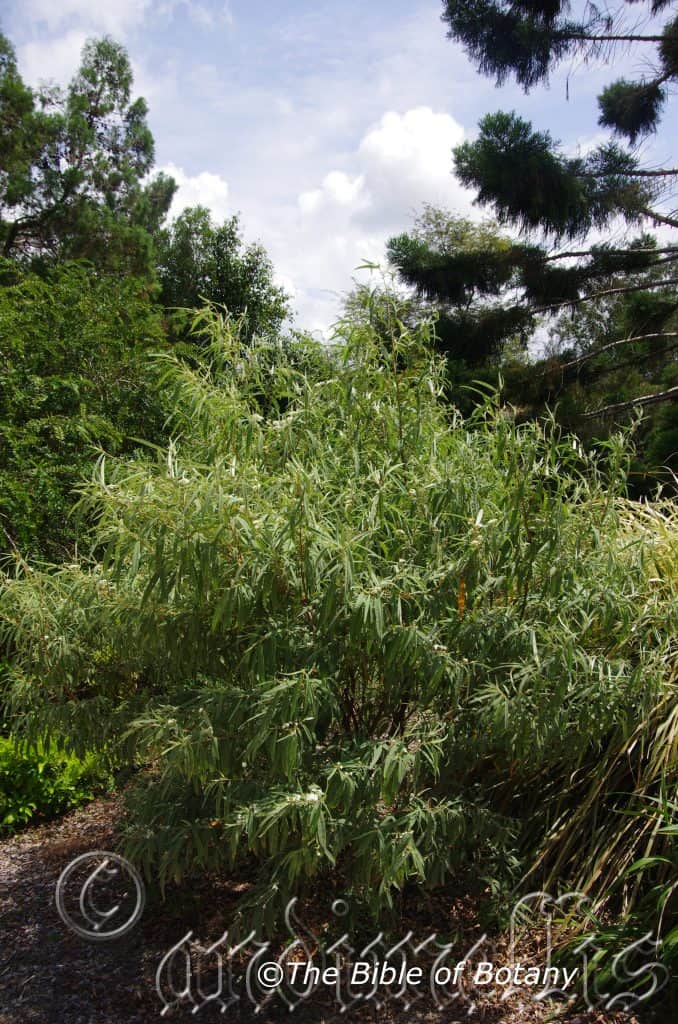
NCBG Coffs Harbour NSW
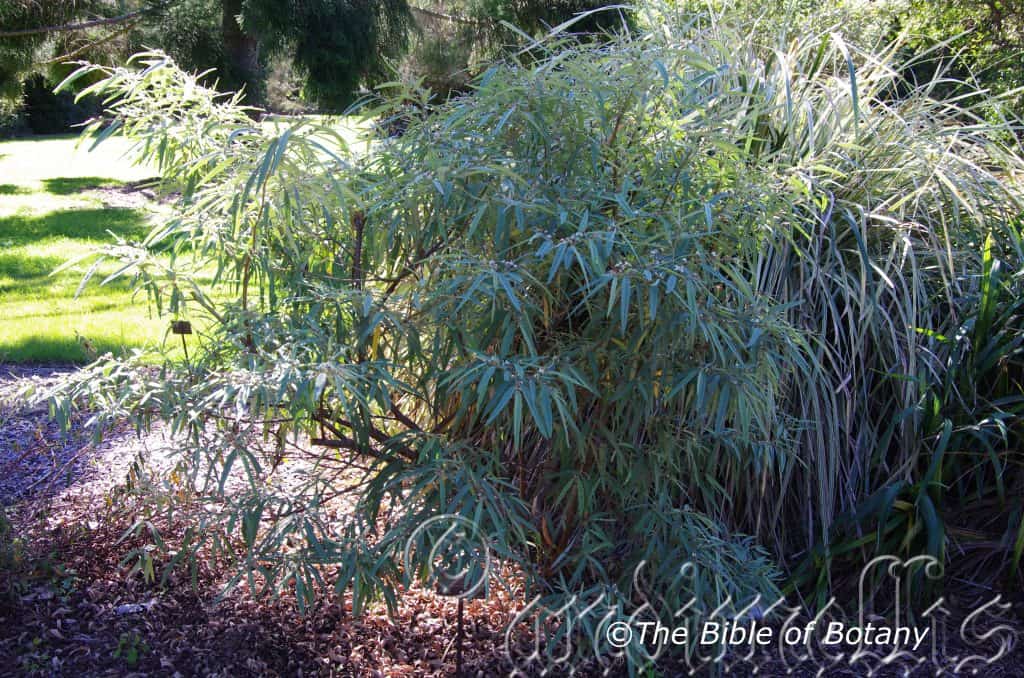
NCBG Coffs Harbour NSW
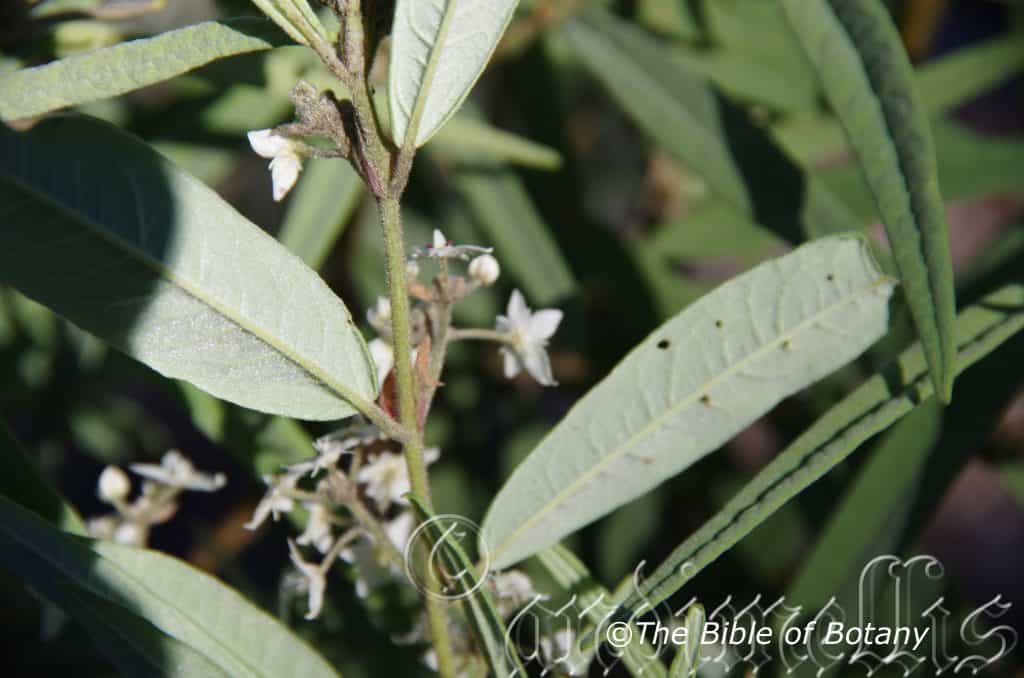
NCBG Coffs Harbour NSW
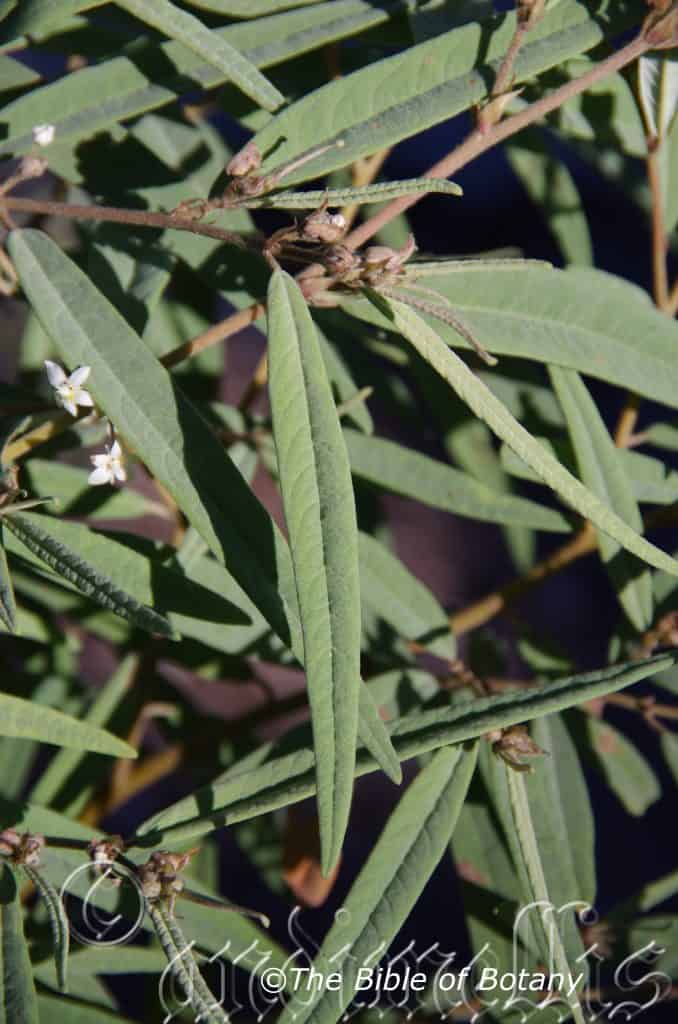
NCBG Coffs Harbour NSW
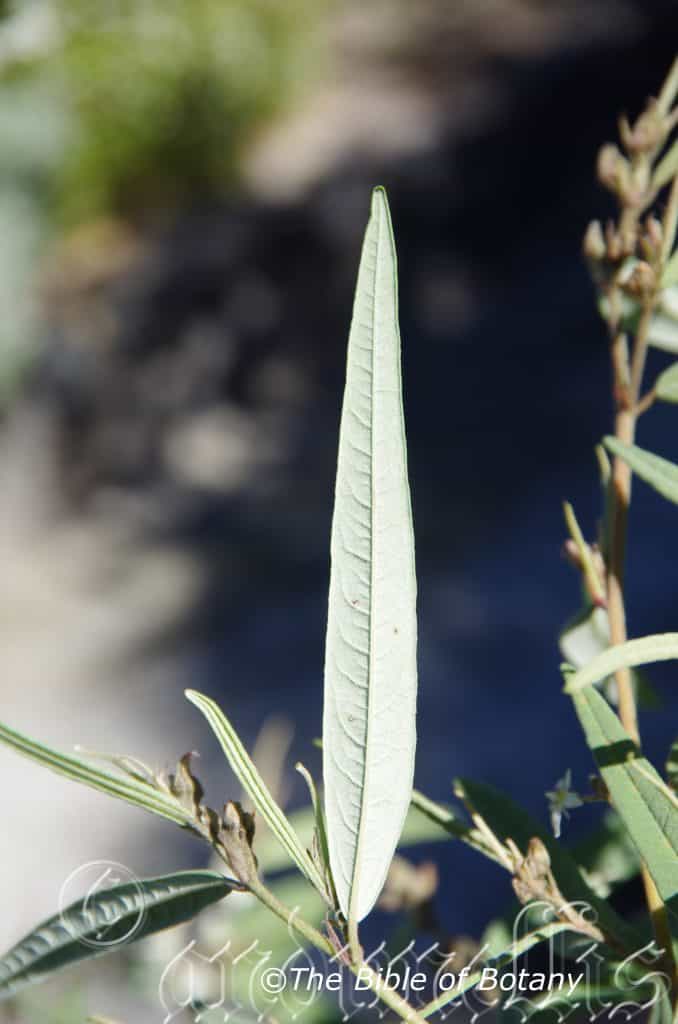
NCBG Coffs Harbour NSW
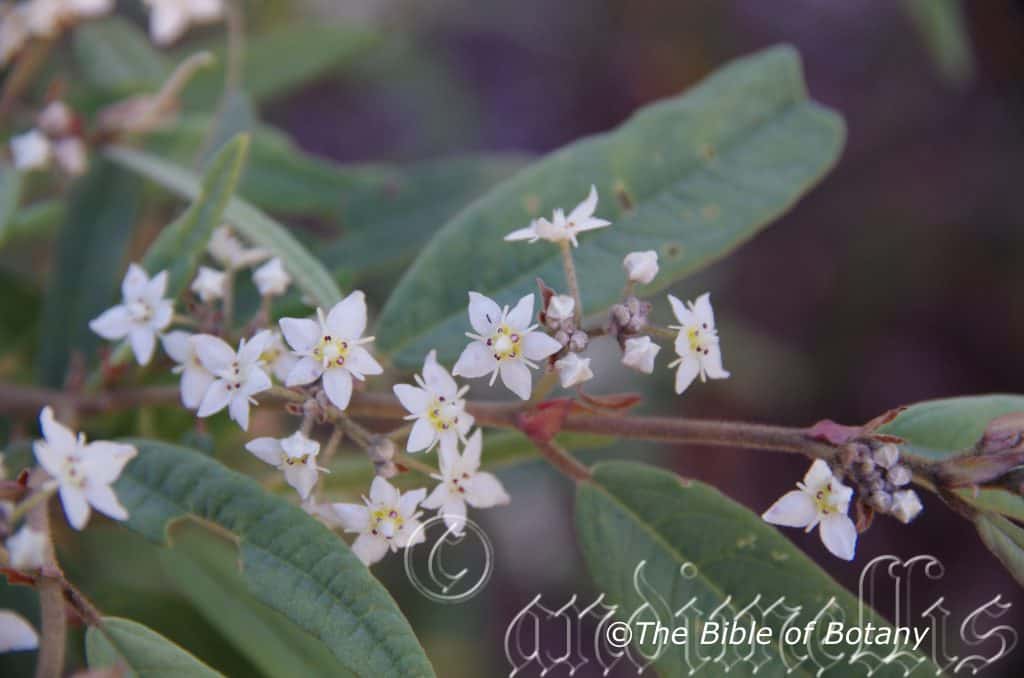
NCBG Coffs Harbour NSW
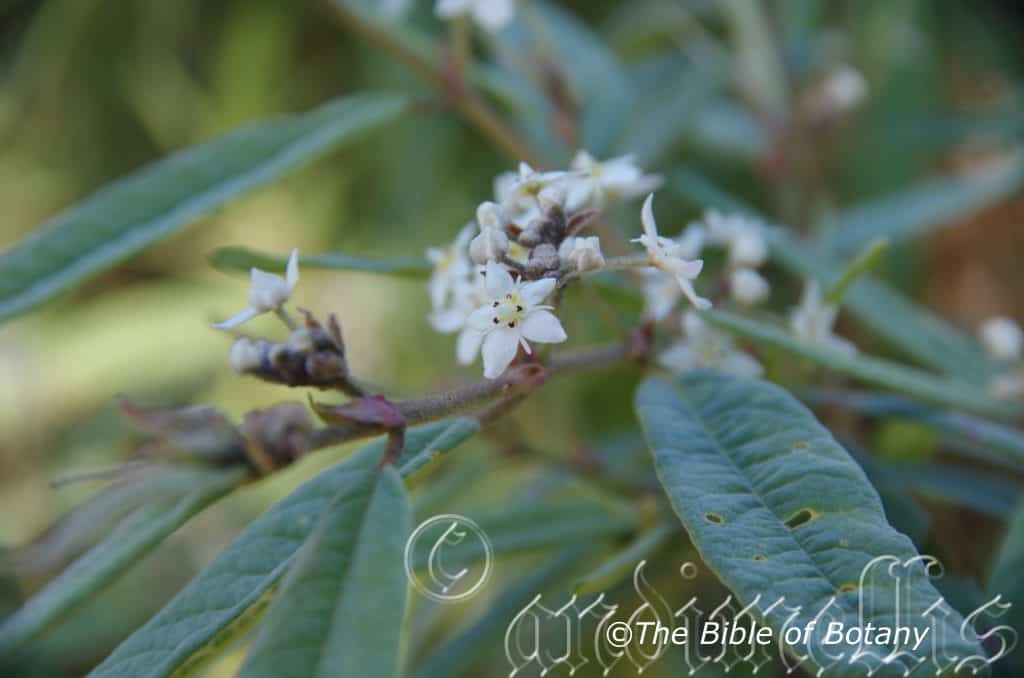
NCBG Coffs Harbour NSW
Commersonia salviifolia
Classification:
Class: Equisetopsida
Subclass: Magnoliidae
Superorder: Rosanae
Order: Malvales
Family: Malvaceae
Subfamily: Byttnerioideae
Genus: Is named in honour of Philibert Comerson; 1727-1773, who was a French naturalist and explorer.
Specie: From Salvius, which is Latin for the sage plants and Folium, which is Latin for foliage. It refers to leaves, which resemble those of the Sage family.
Sub specie:
Common Name:
Distribution:
Commersonia salviifoliais restricted to a small area from Caloundra in south eastern Queensland to Mount Warning in north eastern coastal New South Wales with 1 isolated population in south western Queensland on the Barcoo River.
https://avh.ala.org.au/occurrences/search?taxa=Commersonia+salviifolia#tab_mapView
Habitat Aspect Climate:
Commersonia salviifolia prefer dappled shade to full shade. It mainly grows in moist Eucalyptus forests and adjacent to moist, warm, well developed rainforests, riparian zones and gallery forests. The altitude ranges from 30 meters ASL to 750 meters ASL.
The temperatures range from minus 1 degree in July to 40 degrees in January.
The rainfalls range from lows of 1000mm to 2000mm average per annum.
Soil Requirements:
Commersonia salviifolia prefer better quality light stony clays to medium clays with a high proportion of rainforest litter. The soils are usually derived from decomposed black basalts. The soils pH ranges from 5pH to 6pH. It does not tolerate waterlogged soils. Non saline soils to moderately saline soils are tolerated.
Height & Spread:
Wild Plants: 2m to 4m by 2m to 4m.
Characteristics:
The stems of Commersonia salviifolia often grows as a medium shrub or rarely as a small tree with glabrous, greyish bark. The smaller stems are olive-green and densely covered in off white tomentose hairs.
The alternate, linear to lanceolate leaves of Commersonia salviifolia measure 50mm to 100mm in length by 15mm to 30mm in width. The petioles are densely covered in off white tomentose hairs and measure 5mm to 10mm in length. The symmetrical to slightly asymmetrical bases are rounded while the apexes are acute. The discolourous laminas are mid grey-green to deep green, dull and sparsely to moderately covered in off white pubescent hairs on the upper laminas while the lower laminas are moderately to densely covered in soft, off white tomentose hairs. The laminas recurve slightly upwards from the mid vein to the margins on the upper and decurve slightly downwards close to the apexes. The laminas are slightly wrinkled between the mid vein and lateral veins. The margins are entire. The mid vein and alternate pinnate lateral veins are prominent on the lower lamina and distinctly visible from the upper lamina.
The juvenile shoots are often shallowly lobed and measure 50mm to 80mmin length by 20mm to 50mm in width. The leaves are covered in off pulverulent hairs on the upper laminas while the lower laminas are covered in white tomentose hairs.
The inflorescences of Commersonia salviifolia are born on short compound cymes from the terminals. There are 6 to 10 individual flowers on a cymule. The olive-green peduncles and pedicels are moderately to densely covered in soft, off white tomentose hairs. The peduncles measure 4mm to 10mm in length while the pedicels measure 2mm to 4mm in length.
The 5 reddish-brown, caduceous, narrow triangular calyx lobes measure 1mm to 2.5mm in length. The 5 white to pink, oblong divaricate sepals are petal like and measure 3mm to 5mm in length. The margins are slightly retrorse. The 5 white to pastel pink petals are free and form a tube around the ovary. The erect petals measure 2.5mm to 4mm in length.
The 5 white staminodes are opposite the petals, are pastel yellow to pastel yellow-green and orbicular at the base with a long, narrow aristate apex. The staminodes measure 1mm to 1.2mm in length by 1mm to 1.2mm in width while the aristate apex measures 2.8 mm to 3mm by 0.4mm. The 5 deep orange-red, maroon or deep pink anthers are sessile at the base of the staminodes and measure 0.2mm in diameter.
The glossy, globose, green ovary is glabrous. The style and stigma are white and measure 1.5mm to 2mm in length. The sweetly scented flowers appear from late August to October.
Commersonia salviifolia’s fruits are spherical capsules. The capsules are covered in long stiff hispid hairs and stellate hairs that measure 1.5mm to 2.5mm in length. The capsules measure 5mm to 7mm in diameter. The green capsules turn brown externally and creamy rich tan internally when ripe. The 3 to 5 glossy brown seeds are flattened ellipsoidal and woody. There is a cream to white longitudinal scar on one side. The fruit ripen during December.
Wildlife:
Commersonia salviifolia’s leaves are the food source of the Yellow Spotted Jewel Butterfly, Hypochrysops byzos.
Cultivation:
Commersonia salviifolia is a beautiful large shrub or small tree which is fast growing. It is a good starting point for those wanting to start a small rainforest or new garden on bare ground. The trunks when grown as a tree in a forest situation are ideal for epiphytic plants because the canopy is closed in yet it allows some light to reach the ground which most epiphytic ferns and orchids prefer. Do bear in mind though that the plants are shorter lived than most rainforest trees.
It is an excellent tree for starting a rainforest garden and is often found recolonizing cleared rainforests in the natural habitat. When planting the trees in a rainforest try to place them near the edge so the proliferation of flowers can be fully enjoyed. As a small tree it grows 4 meters to 5 meters tall by 2.5 meters to 3.5 meters in diameter when grown in the open.
If it is given adequate moisture, plenty of mulch for moisture retention and an even soil temperature, applying native fertilizers on a regular basis in the first two years of growth it grows at least 2 meters a year under cultivation and 3 meters to 4 meters by 4 meters to 5 meters in diameter with a nice spreading crown in 3 to 4 years.
It can be used as a shade tree in semi protected areas. Strong winds can cause limbs to break but planting in groups of 3, 4 or 5 or with other trees can alleviate this problem.
Propagation:
Seeds:
The seeds of Commersonia salviifolia can be removed easily from the fruits.
Sow freshly treated seeds directly into a seed raising mix, keeping them moist not wet. Do not over water as the seeds will rot off before germination takes place. Place the trays in a cool shaded area with 50mm to 80mm shade cloth in the bush house. When the seedlings are 20mm to 25mm tall, prick them out and plant them into 50mm native tubes using a good organic mix.
As the seedlings roots reach the bottom of the tubes plant them out into their permanent position. Do not delay.
Fertilize using seaweed, fish emulsion or organic chicken pellets soaked in water on an alternate basis. Fertilize every two months until the plants are established then twice annually in early September and March to maintain better colour, health, vitality and flowering.
Cuttings:
Use 50mm to 70mm long cuttings from the present season’s growth. The best time to take the cuttings is in early spring following the last frosts.
1 Prepare the cutting mix by adding one third sharp clean river sand, one third peat and one third perlite. These ingredients are sterilize,
2 Select good material from non diseased plants,
3 Select semi green stems for cuttings. Look for a stem with two or three nodes,
4 Place the cutting on a flat, hard surface, and make a clean down one side of the cutting for 10mm to 15mm with a sharp sterile knife or razor blade. – This scarification of the node will increase the chances of roots emerging from this spot. Now remove all but one or two the leaves, leaving the apex leaves in tact. If the leaves are very large in proportion to the stem, cut off the apical halves.
5 Fill a saucer with water, and place a little mild to medium rooting hormone into another container like a milk bottle top. Dip the node end of the cutting into the water and then into the rooting hormone. Tap off any excess hormone,
6 Use a small dipple stick or old pencil to poke a hole into the soilless potting mix. Ensure the hole is slightly larger than the stem diameter and be careful not to wipe the rooting hormone off the cuttings base, place the cuttings in a pattern ensuring the cuttings are not touching each other,
7 I like to place the pots in Plastic bags to help maintain temperature and moisture. Place in a semi shaded place like under 50% shade cloth.
8 When the cuttings have struck, open the bag to allow air circulation for a few days to a week,
9 Once hardened off remove the cuttings from the bag and allow to further hardening for a few more days,
10 Transplant into a good potting mix to grow on.
Fertilize using Seaweed, fish emulsion or organic chicken pellets soaked in water on an alternate basis. Fertilize every two months until the plants are established then annually in early September or March to maintain health, vitality and better flowering.
Further Comments from Readers:
Hi reader, it seems you use The Bible of Botany a lot. That’s great as we have great pleasure in bringing it to you! It’s a little awkward for us to ask, but our first aim is to purchase land approximately 1,600 hectares to link several parcels of N.P. into one at The Pinnacles NSW Australia, but we need your help. We’re not salespeople. We’re amateur botanists who have dedicated over 30 years to saving the environment in a practical way. We depend on donations to reach our goal. If you donate just $5, the price of your coffee this Sunday, We can help to keep the planet alive in a real way and continue to bring you regular updates and features on Australian plants all in one Botanical Bible. Any support is greatly appreciated. Thank you.
In the spirit of reconciliation we acknowledge the Bundjalung, Gumbaynggirr and Yaegl and all aboriginal nations throughout Australia and their connections to land, sea and community. We pay our respect to their Elders past, present and future for the pleasures we have gained.
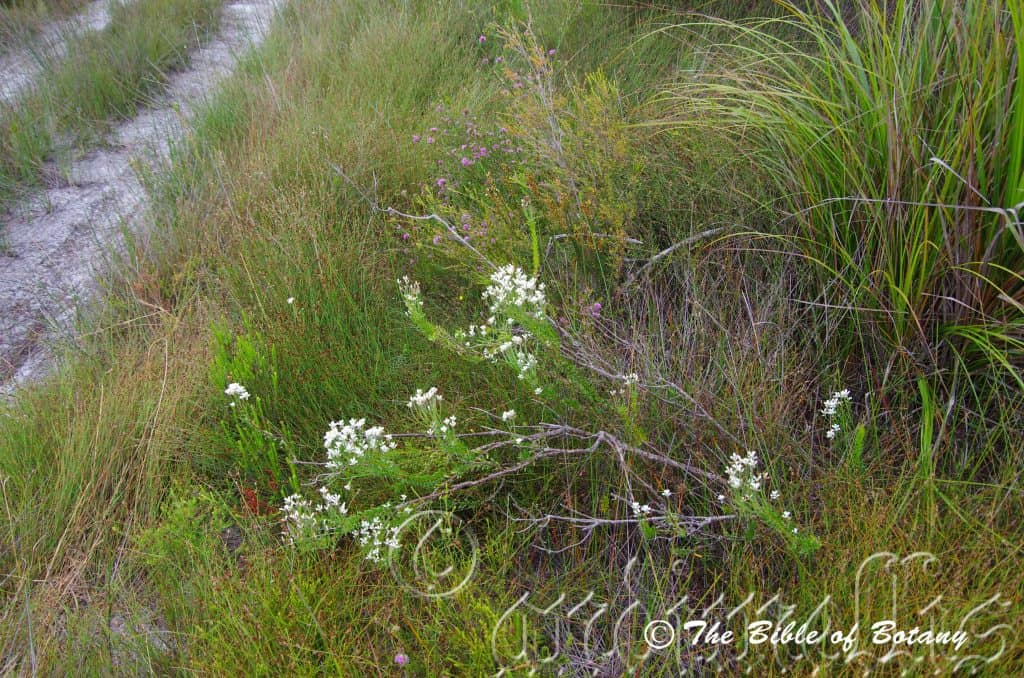
Innes Lake National Park NSW
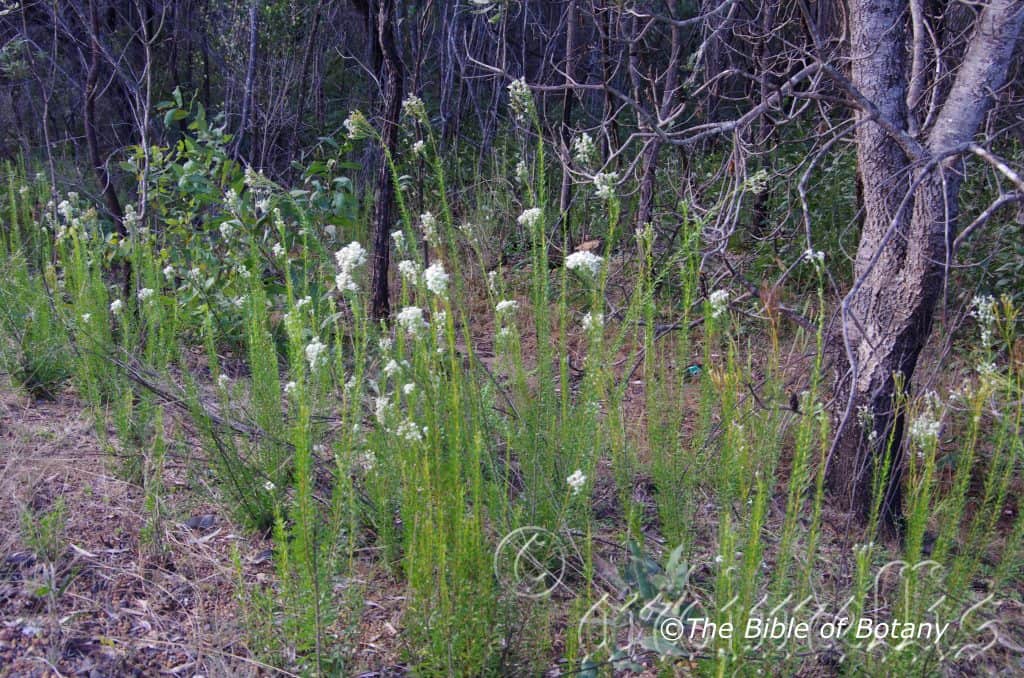
Whitemans Creek NSW
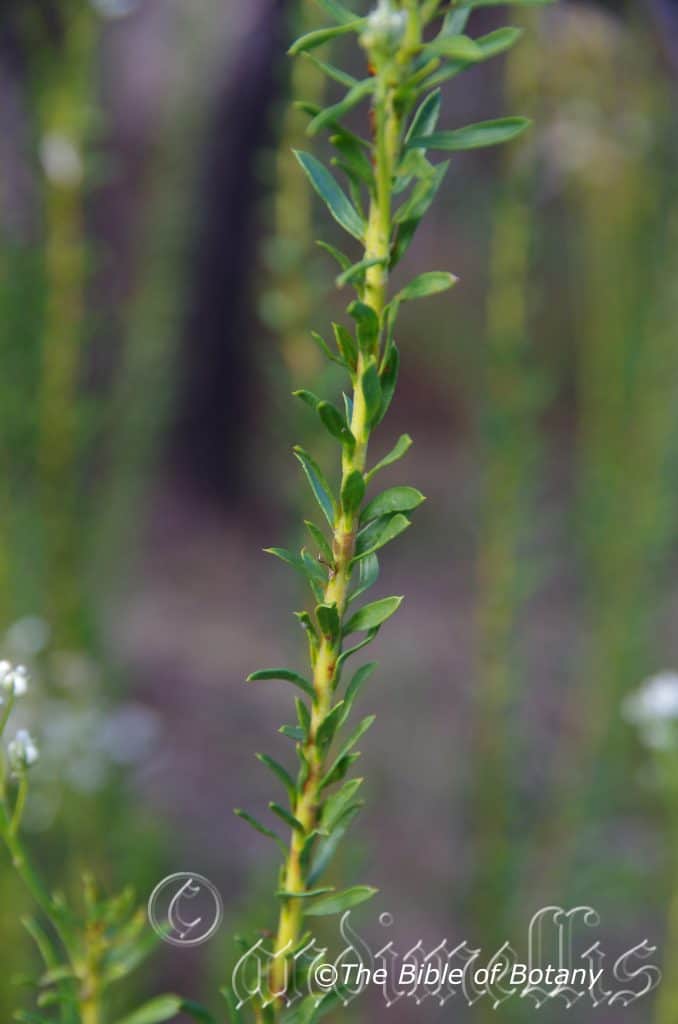
Whitemans Creek NSW
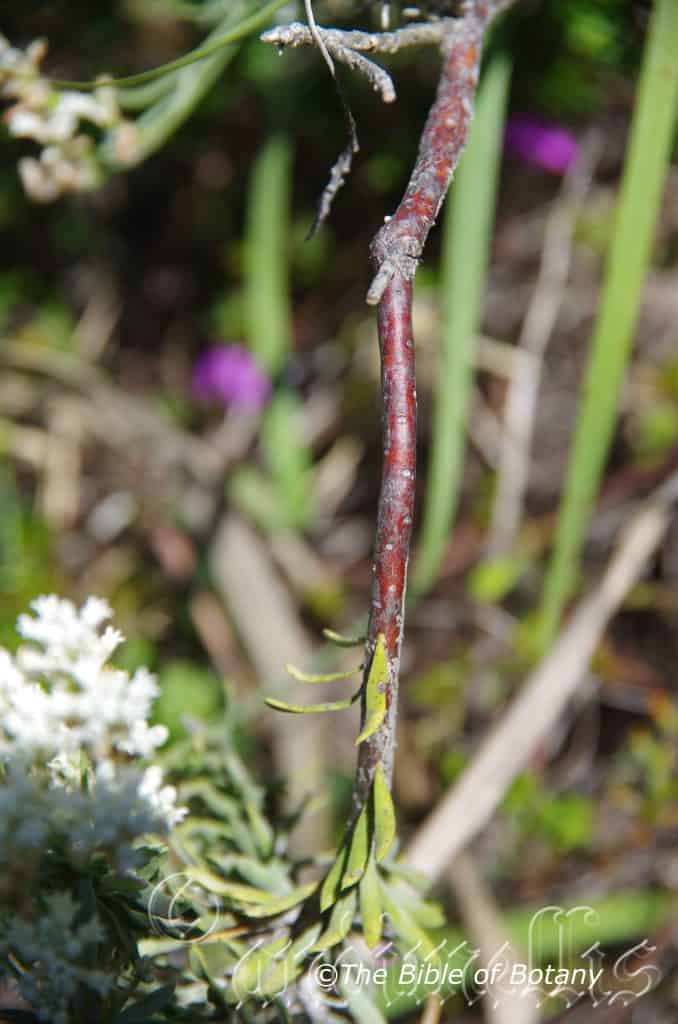
Yuraygir National Park NSW
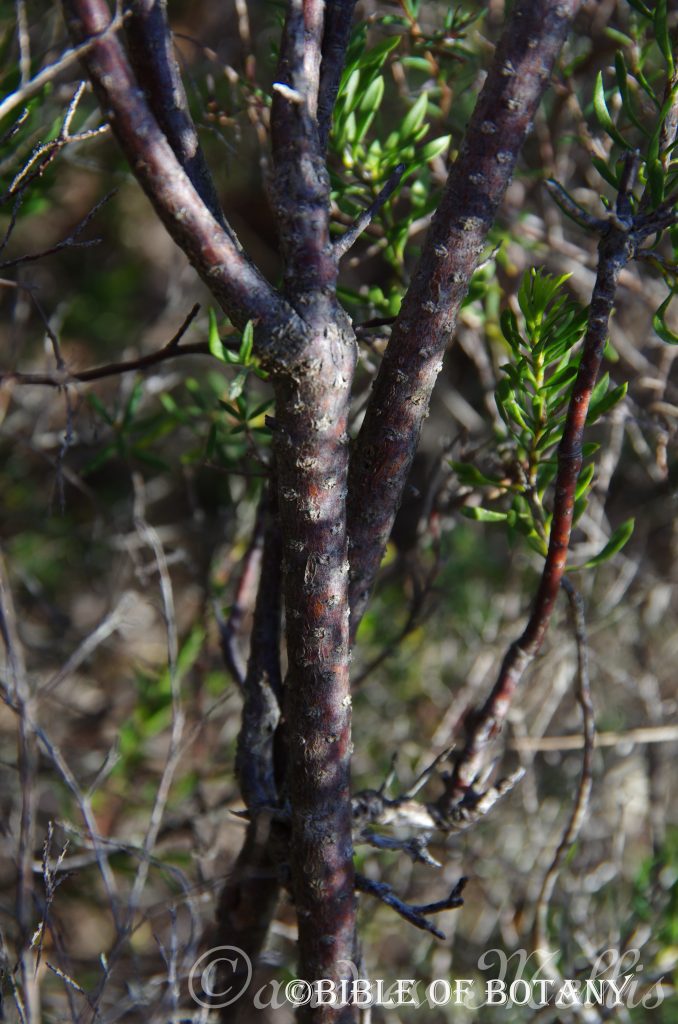
Yuraygir National Park NSW
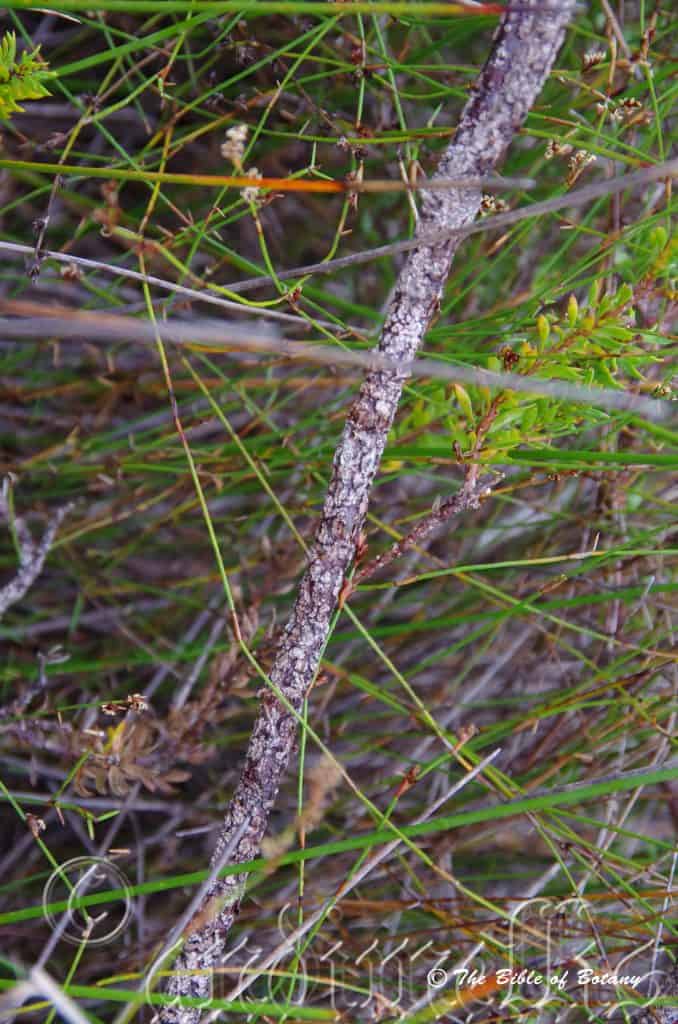
Innes Lake National Park NSW
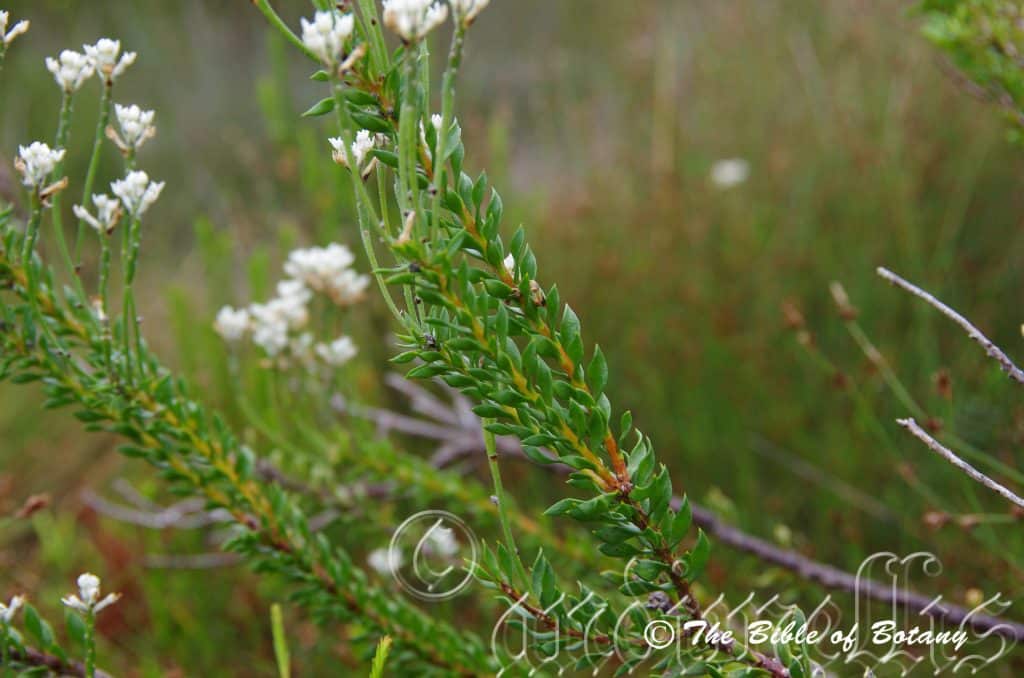
Innes Lake National Park NSW
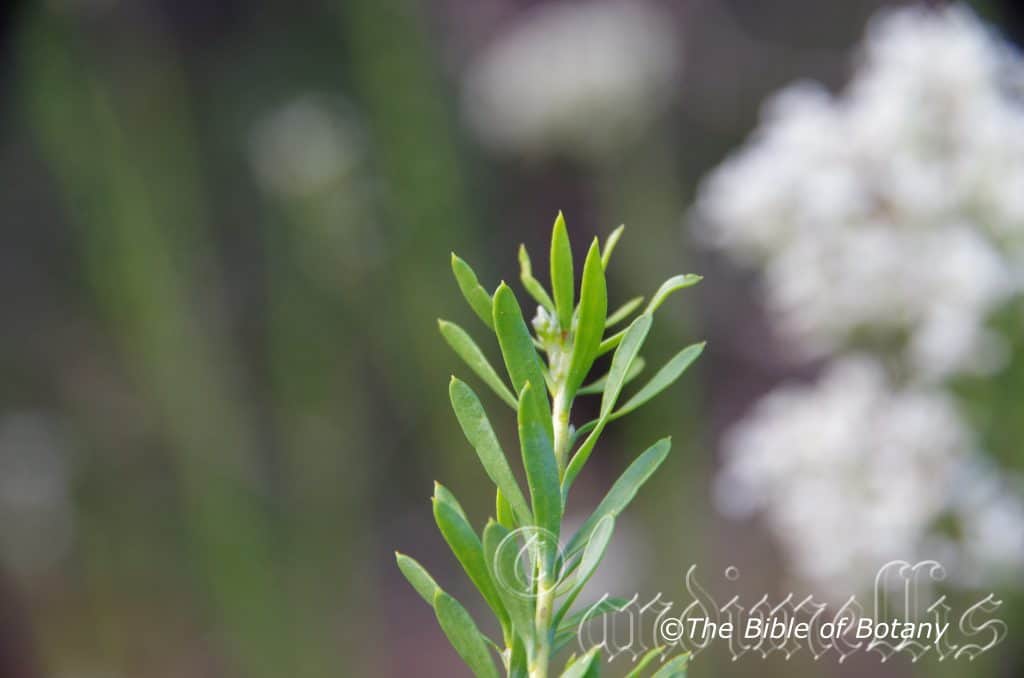
Whitemans Creek NSW
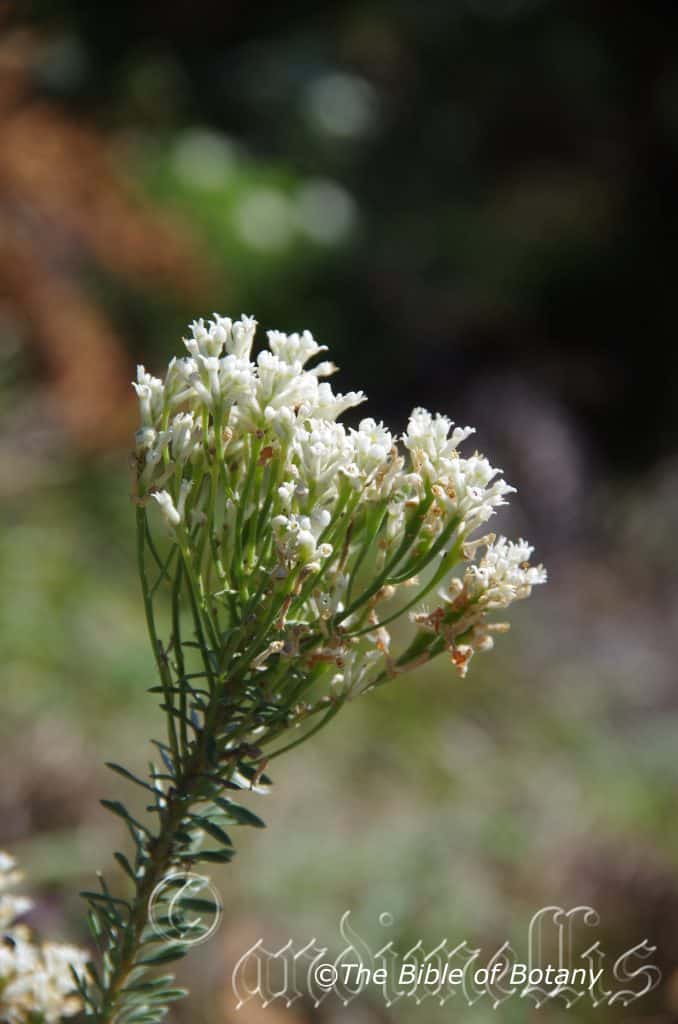
Yuraygir National Park NSW
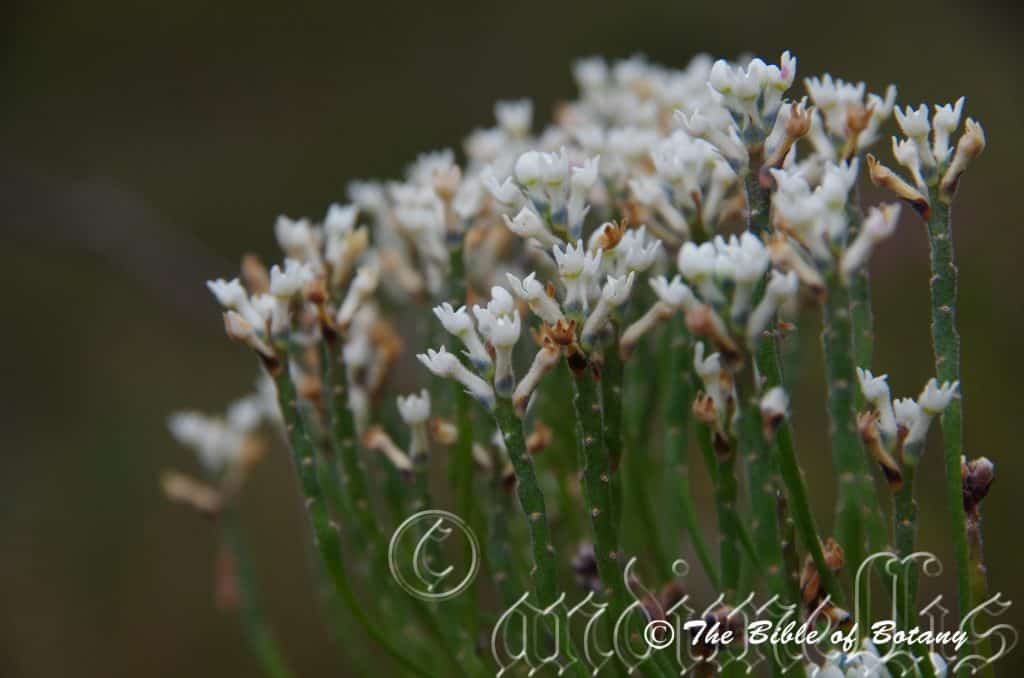
Innes Lake National Park NSW
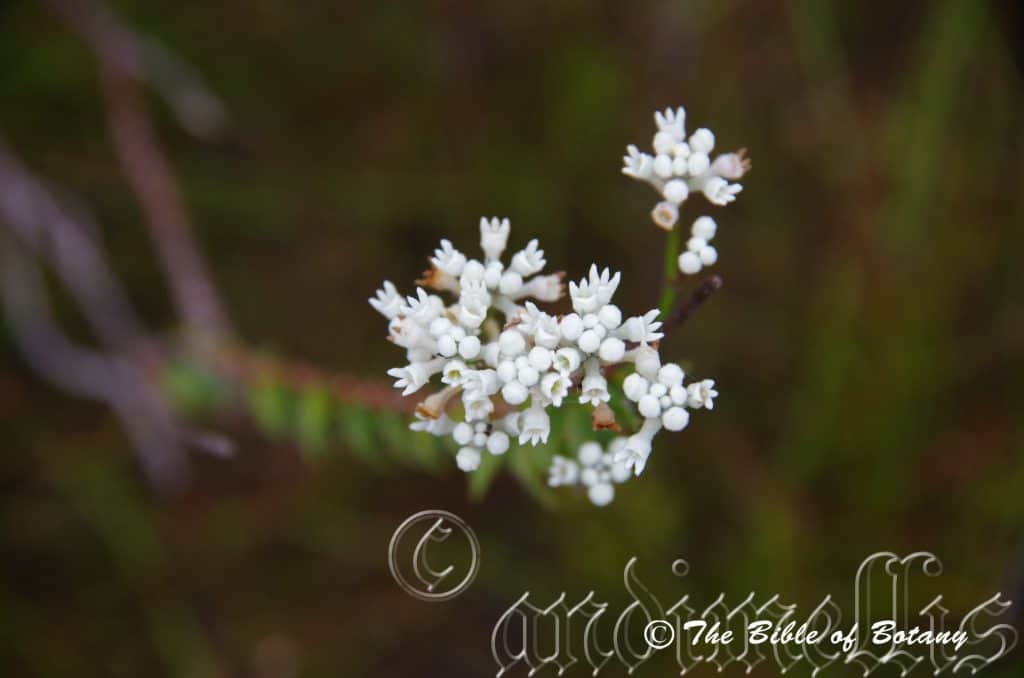
Innes Lake National Park NSW
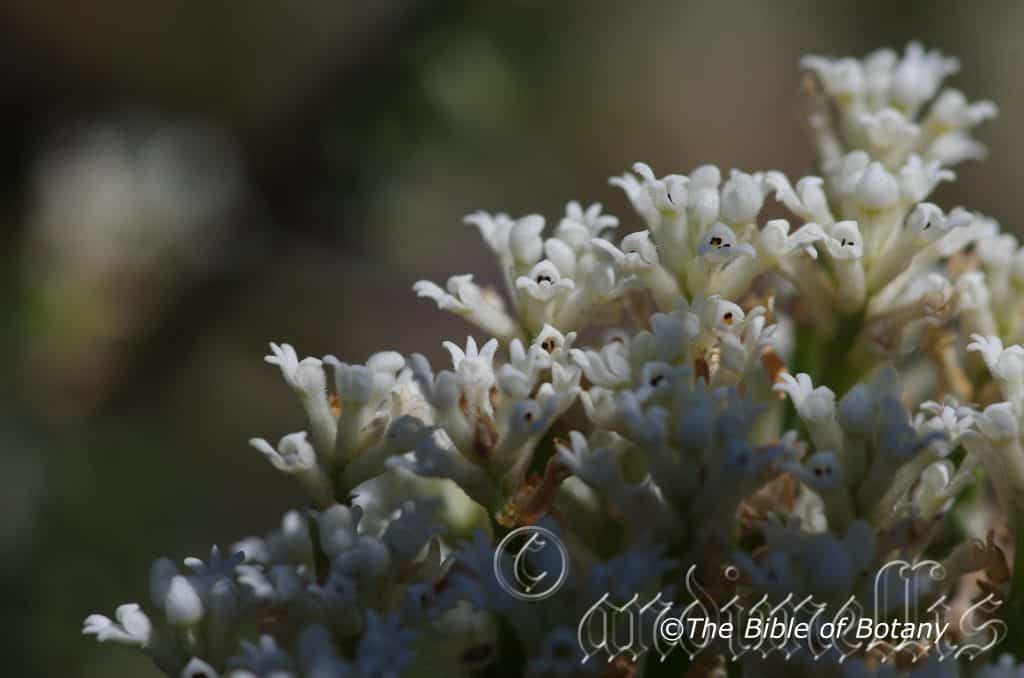
Yuraygir National Park NSW
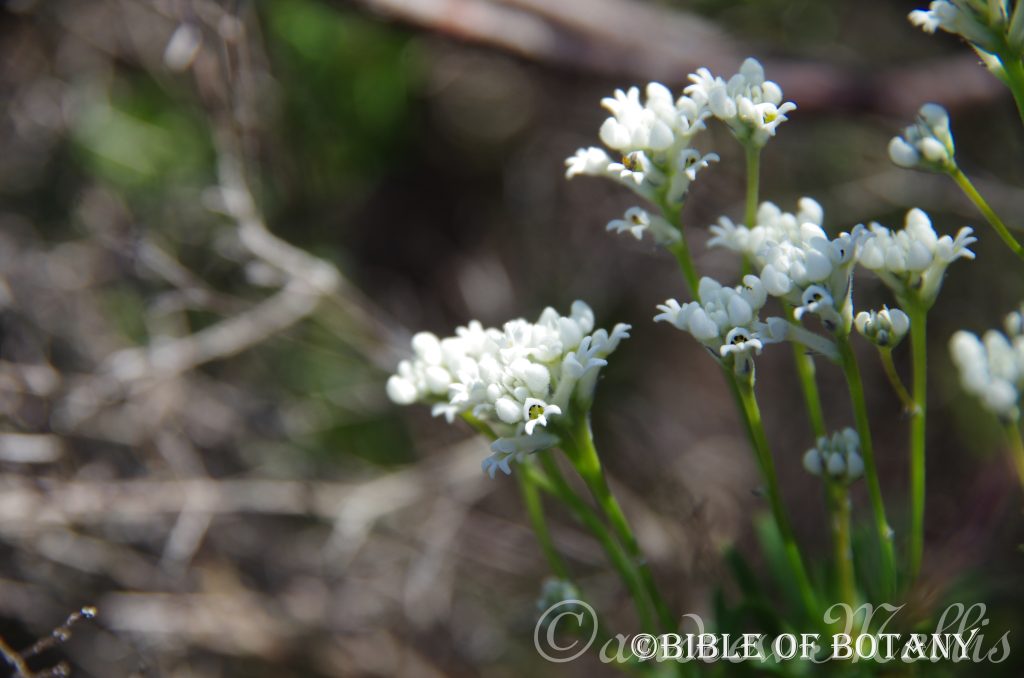
Yuraygir National Park NSW
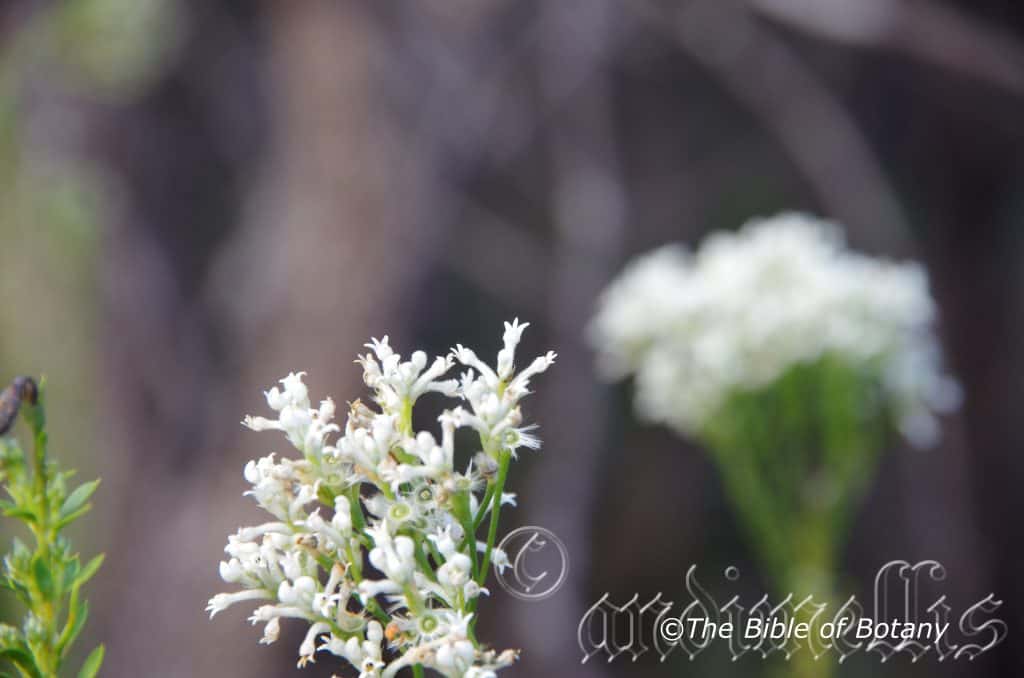
Whitemans Creek NSW
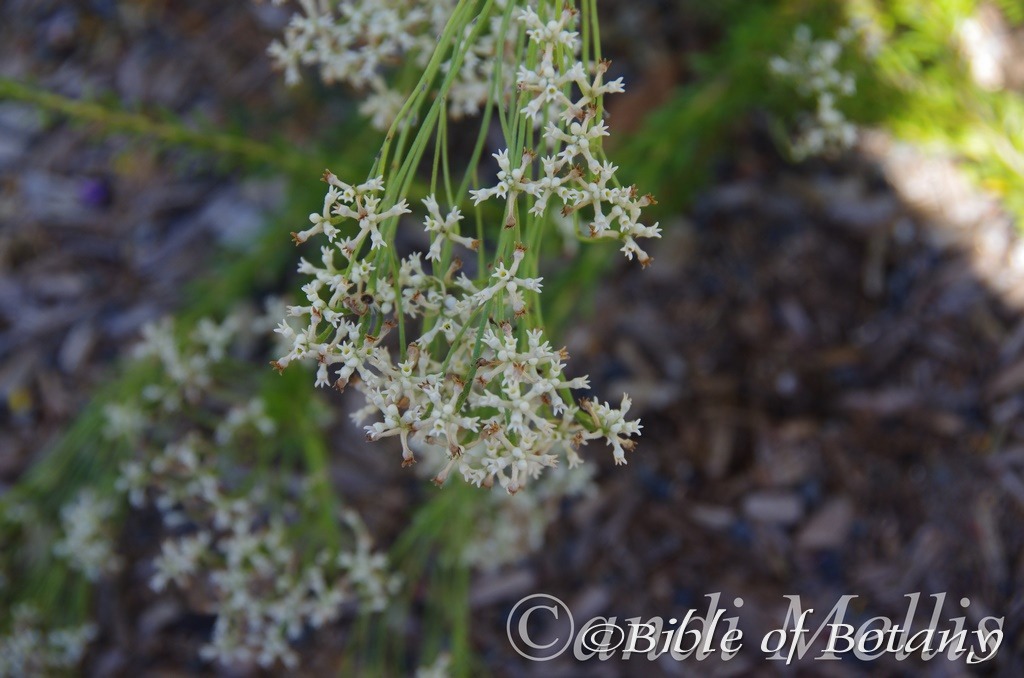
NCBG Coffs Harbour NSW
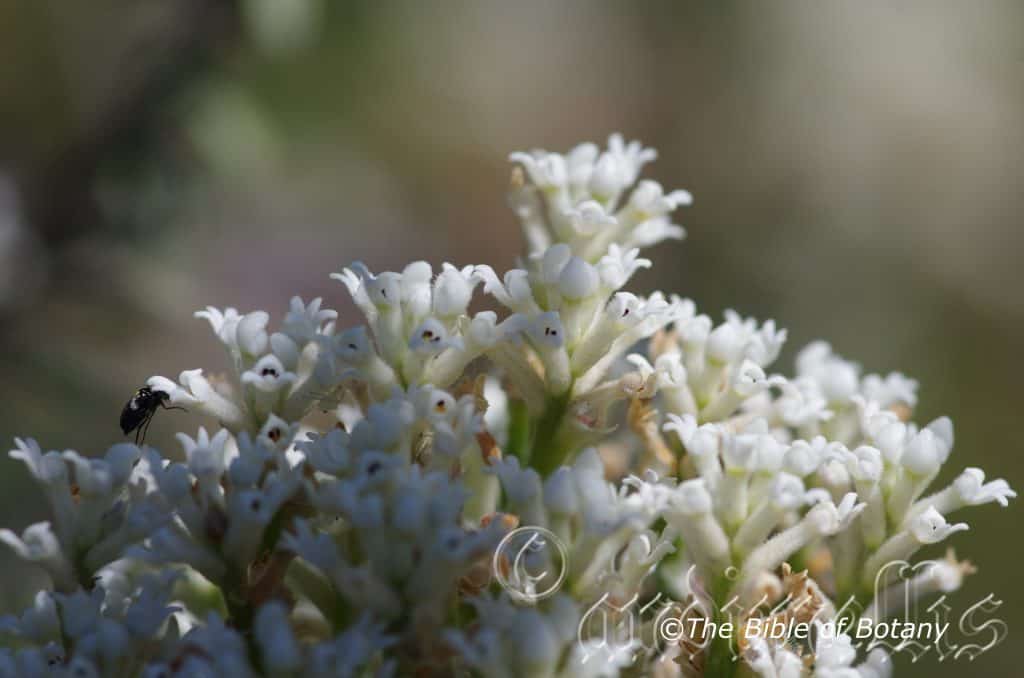
Yuraygir National Park NSW
Conospermum taxifolium
Classification:
Unranked: Eudicots
Order: Proteales
Family: Proteaceae
Genus: From Konos, which is Ancient Greek for a cone and Sperma, which is Ancient Greek for a seed. It refers to the woody like cones.
Specie:From Taxus, which is Latin for the Yew or to place in order and Folium, which is Latin for foliage. It refers to leaves or phyllodes, which resemble the European Yew.
Sub specie:
Common Name:
Distribution:
Conospermum taxifolium is found south from Bundaberg in southern coastal Queensland to Mallacoota and Gypsey Point in north eastern Victoria. It is mainly found on and east of the Great Dividing Range to the coast.
It is also found on the southern half of Flinders Island and the northern coastal half and eastern coastal half of Tasmania.
https://avh.ala.org.au/occurrences/search?taxa=Conospermum+taxifolium#tab_mapView
Habitat Aspect Climate:
Conospermum taxifolium prefers full sun to light dappled shade. This is a large shrub which grows in dry schlerophyll heath forests behind the frontal dunes and on headlands along the coast and adjacent slopes. The altitude ranges from 5 meters ASL to 900 meters ASL.
The temperatures range from minus 4 degrees in July to 36 degrees in January.
The rainfall ranges from lows of 600mm to 2000mm average per annum.
Soil Requirements:
Conospermum taxifolium prefer skeletal sandy loams to fatty sands. The soils are derived from decomposed sandstone or granite. The soils pH ranges from 6pH to 7pH. It does not tolerate waterlogged soils. Non saline soils to moderately saline soils are tolerated as are salt laden winds.
Height & Spread:
Wild Plants: 0.5m to 0.8m by 0.5m to 0.7m
Characteristics:
Conospermum taxifolium’s deep semi glossy brown stems are straight and erect. The juvenile branchlets are deep sea green and are covered in short pale grey tomentose to velutinous hairs.
The alternate linear to narrow elliptical leaves measure 8mm to 30mm in length by 1mm to 3mm in width. The bases are tapering while the apexes are acute with a yellow acuminate tip. The concolourous laminas are deep grass-green and glabrous. The laminas are distinctly spiralling at least 90 degrees. The leaf margins are entire. The mid vein is not prominent on either lamina and is not clearly visible. Petioles measure sessile to 0.5mm in length.
The inflorescences of Conospermum taxifolium are born as a paniculata raceme. The ascending peduncles measure 20mm to 90mm in length. The individual flowers are sessile. The white corolla measures 6mm to 7mm in length by 2.5mm to 3mm in diameter. There are 3 broad linear lobes on one side of the corolla that measure 4mm to 4.5mm in length and are united for 1.5mm. The 4th divaricate, upper lobe measures 4.5mm to 5mm in length by 3mm to 3.5mm near its base. Its apex is broad acute. The corolla tube and lobes are all densely covered in long, soft, tomentose to velutinous hairs externally and glabrous internally. Conospermum taxifolium is a prolific bloomer with the flowers appearing from early august to November. Flowers are sweetly scented.
The fruits of Conospermum taxifolium are a round nut. The nuts measure 2mm to 3mm in length. They are densely covered in white hirsute hairs.
Wildlife:
Conospermum taxifolium’s seeds are frequently eaten by the rare and shy ground parrot (Pezoporus wallicus) while its leaves host the penciled blue butterfly (Candalides cyprotus) whose larvae live on the plant but do little damage.
Cultivation:
Conospermum taxifolium is a beautiful small shrub which is fast growing but difficult to propagate. In cultivation they will grow 0.8 meters to 1 meter in height by 0.5 meters in diameter. It requires deep sandy soils or sandy loams to be successful.
It is suitable for around pools and sunny courtyards breaking up hard lines and giving a wonderful display of flowers in late winter to early summer.
It is best used adjacent to small areas of bush close to paths or the house so their white flowers can be viewed regularly. It is great in medium rockeries as a fill in plant or heath land gardens. Here it can be planted in small groups of 3 to 5 to create a harsh barren look with other heath plants. If it is surrounded by shorter plants with fine foliage and red flowers it will dominate at the center giving an expansive look to the bed especially when it is in flower. This is one plant that benefits highly from being mass planted or planted in scattered clumps amongst small red flowering shrubs. There small size enables this to be achieved even in small and medium size gardens.
Six or more planted back from a bend will become a very strong focal point when in flower yet the foliage blends in with other heath plants for the remainder of the year. It can be regularly tip pruned if a smaller more compact shrub is required. It respond well to pruning recovering quickly and often increasing the number of flowers in the following season. Place it in the foreground with other large leaf ground covers and very small shrubs.
When you design a tall heath garden which Conospermum taxifolium is well suited to , try not to use contours to display the plants as heath lands are almost always flat or have a slight rise, with plants growing in a hotchpotch scene. Taller heaths are better placed on the downhill side of a path so that you can still look over the tallest plants. On flats ground the flowers will be at around eye level which is very striking. Place it back from the path as it is rather brittle and will be easily broken or passer bys will continually remove the flower heads. If these plants are on display to the public you may have a never ending number of fanciers knocking on your door wanting to know the name and where you attained it from as it is so striking in the garden. Make the heath garden path narrow so you have to feel the plants as you walk through the garden bed. This gives an extra dimension which many people forget about when designing heath gardens. Plants must be planted close together and be short so you can see over the tallest ones with the exception of one or two plants at the most. These will be feature plants. The idea is to achieve a feeling of expansive flatness. This can be achieved with using the Conospermum taxifolium’s brilliant white flowers. Mix them with other smaller shrubs so none of them dominate the scene but blend in to give a mosaic of foliage colours that you oversee. Here I immediately think of Melaleuca citrinus, Melaleuca pearsonii or other sub shrubs like Chloanthes parviflora, Brachyloma saxicola, Pelargonium austral or Pelargonium inodorum. Even Hibiscus diversifolia could be pruned and used in the background or allowed to straggle between clumps Conospermum taxifolium in the foreground. Glycyrrhiza acanthocarpa would be something entirely different next to a path where you can walk by and pick a leaf to crush and enjoy the aroma of licorice.
Propagation:
Seeds: Conospermum taxifolium seeds do not require treatment before sowing. Sow fresh seeds directly into a seed raising mix and cover with 5mm of the mix. Place the trays in a warm sunny position and keep moist. Seed germination is erratic even in good seasons. When the seedlings are 25mm to 50mm tall, prick them out and plant them into 50mm native tubes using a seed raising mix.
Once the seedlings reach 150mm to 200mm in height plant them out into their permanent position. Mass plantings can be achieved by planting them at 0.6 meters to 1 meter centers.
Cuttings: Cuttings maybe difficult to strike however are worthwhile persevering with. Use 50mm to 70mm long cuttings from the present season’s growth. Take them in early autumn or after the last frosts in early spring.
1 Prepare the cutting mix by adding one third sharp clean river sand, one third peat and one third perlite. These ingredients are sterilize,
2 Select good material from non diseased plants,
3 Select semi green stems for cuttings. Look for a stem with two or three nodes,
4 Place the cutting on a flat, hard surface, and make a clean down one side of the cutting for 10mm to 15mm with a sharp sterile knife or razor blade or remove a 10mm slice from one side at the base. – This scarification of the node will increase the chances of roots emerging from this spot. Now remove all but one or two the leaves, leaving the apex leaves in tact.
5 Fill a saucer with water, and place a little mild to medium rooting hormone into another container like a milk bottle top. Dip the node end of the cutting into the water and then into the rooting hormone. Tap off any excess hormone,
6 Use a small dipple stick or old pencil to poke a hole into the soilless potting mix. Ensure the hole is slightly larger than the stem diameter and be careful not to wipe the rooting hormone off the cuttings base, place the cuttings in a pattern ensuring the cuttings are not touching each other,
7 I like to place the pots in Plastic bags to help maintain temperature and moisture. Place in a semi shaded place like under 50mm shade cloth.
8 When the cuttings have struck, open the bag to allow air circulation for a few days to a week,
9 Once hardened off remove the cuttings from the bag and allow to further hardening for a few more days,
10 Transplant into a good potting mix to grow on.
Fertilize using Seaweed, fish emulsion or organic chicken pellets soaked in water on an alternate basis. Fertilize every two months until the plants are established then annually in early September or March to maintain health, vitality and better flowering. Calcium or phosphate rich synthetic fertilizers are toxic to Conospermum specie.
Further Comments from Readers:
Hi reader, it seems you use The Bible of Botany a lot. That’s great as we have great pleasure in bringing it to you! It’s a little awkward for us to ask, but our first aim is to purchase land approximately 1,600 hectares to link several parcels of N.P. into one at The Pinnacles NSW Australia, but we need your help. We’re not salespeople. We’re amateur botanists who have dedicated over 30 years to saving the environment in a practical way. We depend on donations to reach our goal. If you donate just $5, the price of your coffee this Sunday, We can help to keep the planet alive in a real way and continue to bring you regular updates and features on Australian plants all in one Botanical Bible. Any support is greatly appreciated. Thank you.
In the spirit of reconciliation we acknowledge the Bundjalung, Gumbaynggirr and Yaegl and all aboriginal nations throughout Australia and their connections to land, sea and community. We pay our respect to their Elders past, present and future for the pleasures we have gained.
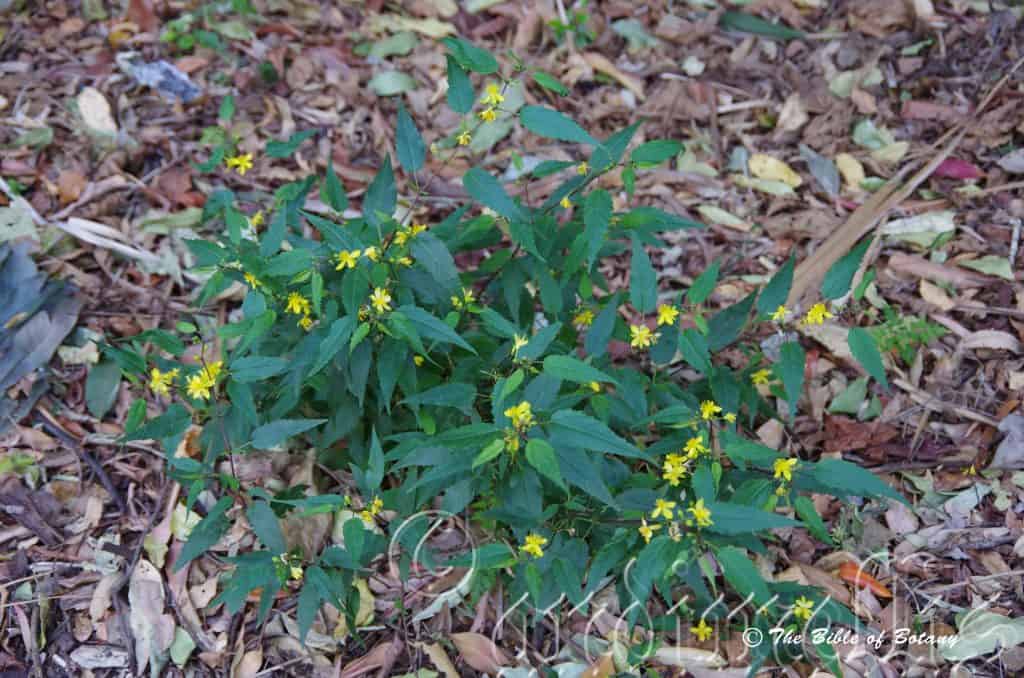
Author’s Garden The Pinnacles NSW
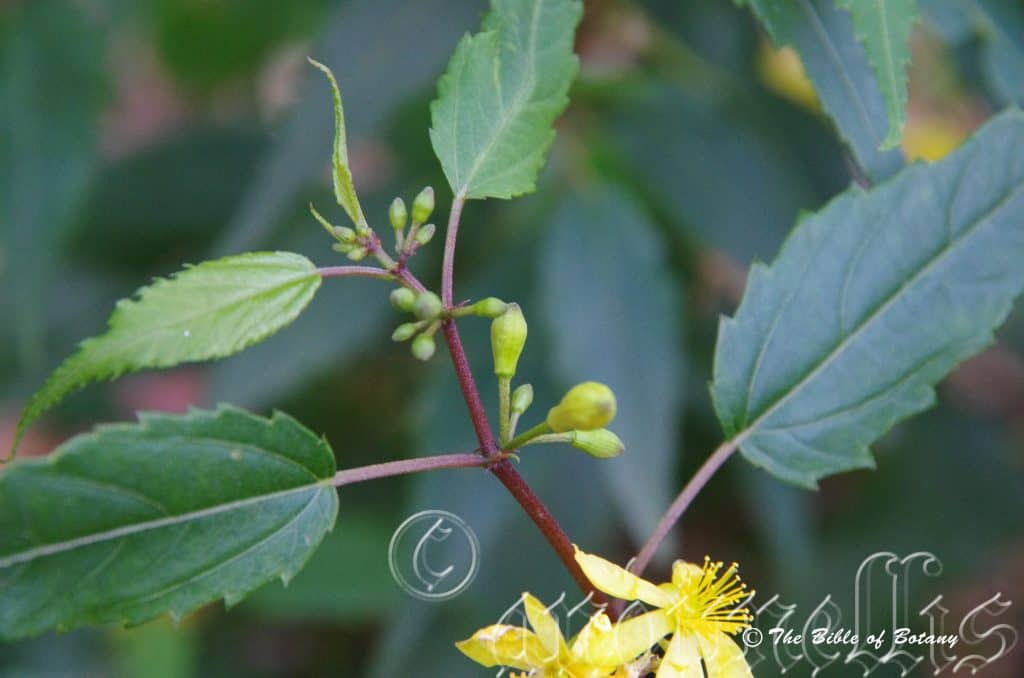
Author’s Garden The Pinnacles NSW
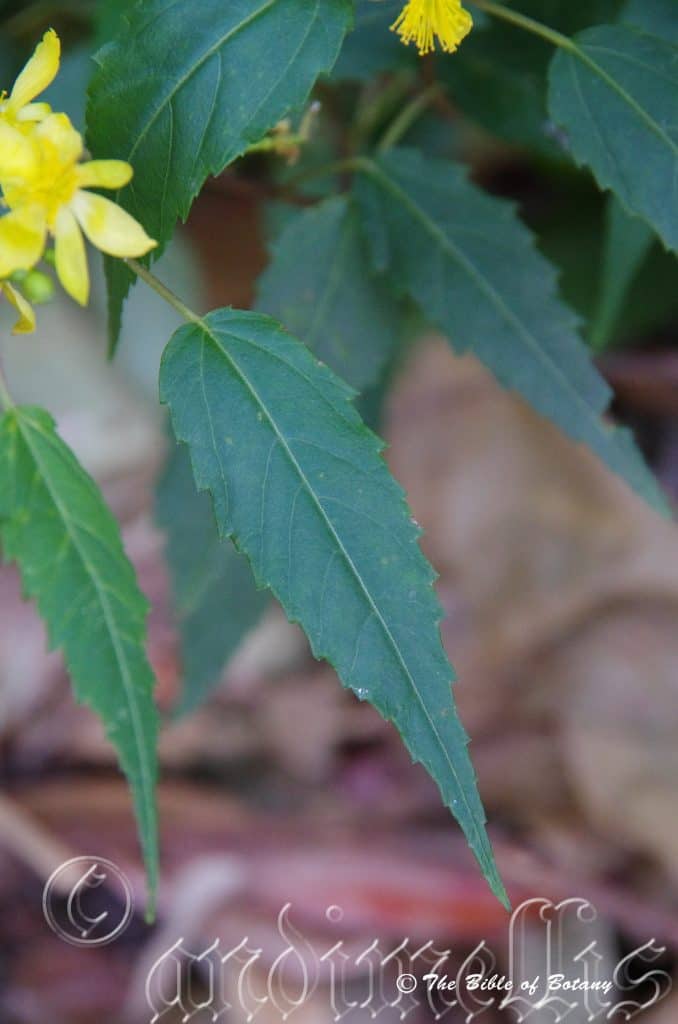
Author’s Garden The Pinnacles NSW
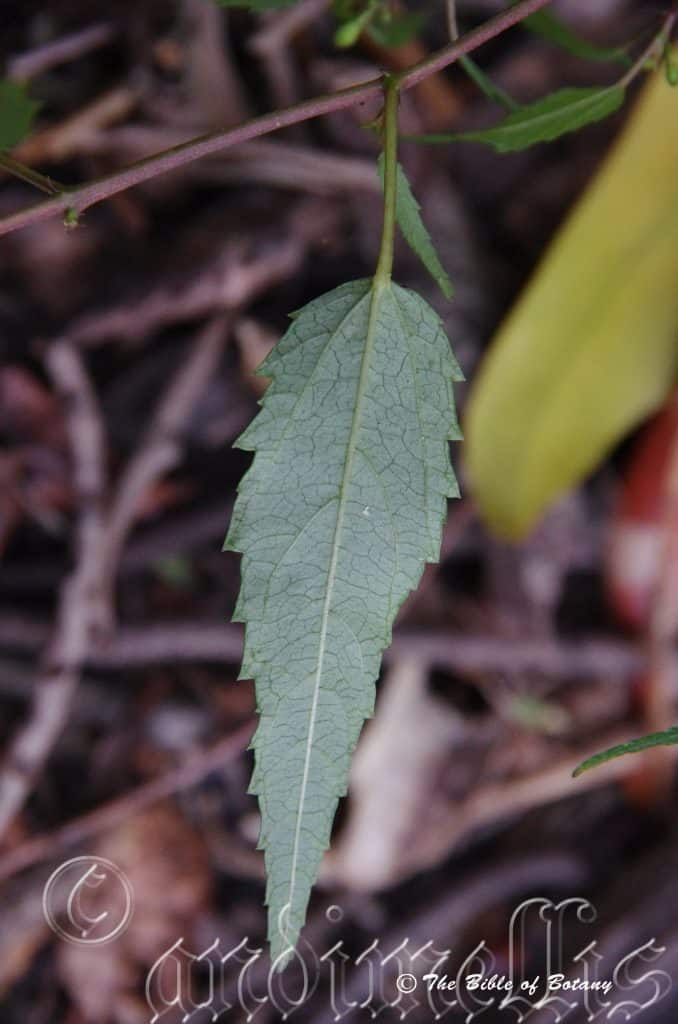
Author’s Garden The Pinnacles NSW
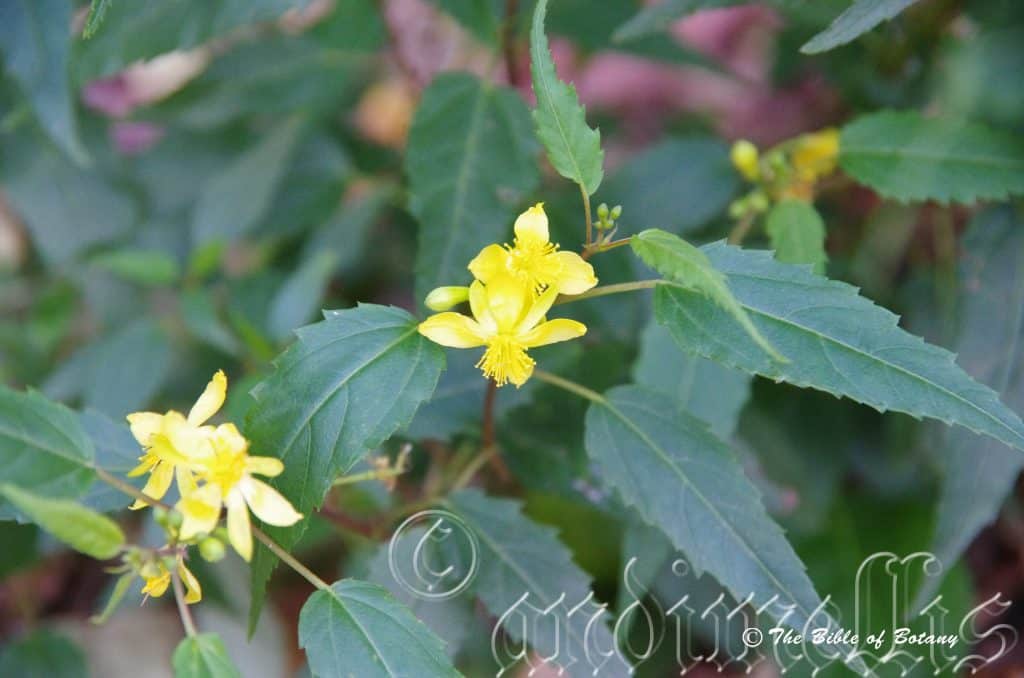
Author’s Garden The Pinnacles NSW
Corchorus cunninghamii
Classification:
Unranked: Eudicots
Unranked: Rosids
Order: Malvales
Family: Malvaceae
Genus: From Korkhoros, which is Ancient Greek for the blue pimpernel. It reference is unclear.
Specie:Is named in honour of Allan Cunningham; 1791-1839, who was an Australian explorer, botanist and collector of plants.
Sub specie:
Common Name:
Distribution:
Corchorus cunninghamii is found south fromMoreton Bay in far south east coastal Queensland to Lismore in far north eastern New South Wales.
https://avh.ala.org.au/occurrences/search?taxa=Corchorus+cunninghamii#tab_mapView
Habitat Aspect Climate:
Corchorus cunninghamii prefers light dappled shade. This is a small herbaceous shrub which grows in transitional zones between rainforests and open dry woodlands. The altitude ranges from 5 meters ASL to 100 meters ASL.
The temperatures range from 2 degrees in July to 38 degrees in January.
The rainfall ranges from lows of 900mm to 1250mm average per annum.
Soil Requirements:
Corchorus cunninghamii prefer better quality loams. The soils are derived from decomposed basalts. The soils pH ranges from 6pH to 7pH. It does not tolerate waterlogged soils however soils are moisture retentive. Non saline soils to slightly saline soils are tolerated.
Height & Spread:
Wild Plants: 0.5m to 1.2m by 0.5m to 1.5m
Characteristics:
Corchorus cunninghamii’s stems are reddish and moderately covered in soft, white, appressed hairs.
The alternate, lanceolate, narrowly ovate to ovate or elliptic-ovate leaves measure 40mm to 80mm in length by 10mm to 50mm in width. The pale green tinged red, glabrous petioles measure 10mm to 25mm in length. The discolourous leves are deep green and glabrous on the upper lamina, while the lower lamina is glaucous. The bases are rounded, truncate or at times slightly cordate, while the apexes are taper to a point. The margins are coarsely toothed with 22 to 30 teeth. The midvein and lateral veins are prominent on the lower lamina.
The small cymes have 3 to 8 individual flowers. The glabrous peduncle measures 1mm to 10mm in length, while the glabrous pedicels 10mm to 15mm in length. The bright yellow, narrow elliptical petals measure 8mm to 12mm in length. The numerous, bright yellow filaments measure 6mm to 8mm in length, while the yellow basifixed anthers are ovate.
The narrow, oblong capsules have a narrow acute apex and measure 20mm to 30mm in length. The capsule dehisce with 3 or 4 fleshy valves to disperse several small seeds without transverse partitions. The round seeds measure 2mm to 3mm in diameter.
Wildlife:
Corchorus cunninghamii‘s wildlife is unknown to the author.
Cultivation:
Corchorus cunninghamii is a beautiful small short lived perreniel shrub is fast growing. In cultivation it will grow 0.8 meters to 1.6 meter in height by 0.5 meters to 1 meter in diameter. It requires deep loams to see it at its best.
It is suitable for around pools and sunny courtyards breaking up hard lines and giving a wonderful display of flowers in late winter to early summer.
It is best used adjacent to small areas of bush close to paths or the house so their white flowers can be viewed regularly. It is great in larger rockeries as a fill in plant or large heath land gardens. Here it can be planted in small groups of 3 to 5 to create a lush colourful look with other heath plants. If it is surrounded by shorter plants with fine foliage and red flowers it will dominate at the center giving an expansive look to the bed especially when it is in flower. This is one plant that benefits highly from being mass planted or planted in scattered clumps amongst small red flowering shrubs. There medium size and fast growth like an annual enables this to be achieved even in small and medium size gardens.
Six or more planted back from a bend will become a very strong focal point when in flower yet the foliage blends in with other heath plants for the remainder of the year. It can be regularly tip pruned if a smaller more compact shrub is required. It responds well to tip pruning in the early satges recovering quickly to be bushier and producing more flowers. Place them in the back ground with other large leaf ground covers and very small shrubs.
When you design a tall heath garden which Corchorus cunninghamii is well suited,try not to use contours or straight lines to display the plants as heath lands are almost always flat or have a slight rise and the plants grow in a random scattered form. Taller heaths are better placed on the downhill side of a path so that you can still look over the tallest plants. On flats ground the flowers will be at around eye level which is very striking. Place them back from the path as it israther brittle and will be easily broken or passer-byes will continually remove the flower heads. If these plants are on display to the public you may have a never ending number of fanciers knocking on your door wanting to know the name and where you attained them from as it is so striking in the garden. Make the heath garden path narrow so you have to feel the plants as you walk through the garden bed. This gives an extra dimension which many people forget about when designing heath gardens. Plants must be planted close together and be short so you can see over the tallest ones with the exception of one or two plants at the most. These will be feature plants. The idea is to achieve a feeling of expansive flatness. This can be achieved with using the Corchorus cunninghamii brilliant yellow flowers. Mix them with other smaller shrubs so none of them dominate the scene but blend in to give a mosaic of foliage colours that you oversee. Here I immediately think of Comesperma ericinum, Melaleuca pearsonii or other sub shrubs like Chloanthes parviflora, Brachyloma saxicola, Pelargonium austral or Pelargonium inodorum. Even Hibiscus diversifolia could be pruned and used in the back ground or allowed to straggle between clumps Conospermum taxifolium in the fore ground. Glycyrrhiza acanthocarpa would be something entirely different next to a path where you can walk by and pick a leaf to crush and enjoy the aroma of licorice.
Propagation:
Seeds: Corchorus cunninghamii seeds do not require treatment before sowing. Sow fresh seeds directly into a seed raising mix and cover with 5mm of the mix. Place the trays in a warm sunny position and keep moist. Seed germination is usually in 5 to 10 days. When the seedlings are 25mm to 50mm tall, prick them out and plant them into 50mm native tubes using a seed raising mix.
Once the seedlings reach 150mm to 200mm in height plant them out into their permanent position. Mass plantings can be achieved by planting them at 0.8 meters to 1.2 meter centers.
Cuttings: Cuttings maybe difficult to strike however are worthwhile persevering with. Use 50mm to 70mm long cuttings from the present season’s growth. Take them in early autumn or after the last frosts in early spring.
1 Prepare the cutting mix by adding one third sharp clean river sand, one third peat and one third perlite. These ingredients are sterilize,
2 Select good material from non diseased plants,
3 Select semi green stems for cuttings. Look for a stem with two or three nodes,
4 Place the cutting on a flat, hard surface, and make a clean down one side of the cutting for 10mm to 15mm with a sharp sterile knife or razor blade. – This scarification of the node will increase the chances of roots emerging from this spot. Now remove all but one or two the leaves, leaving the apex leaves in tact. If the leaves are very large in proportion to the stem, cut off the apical halves.
5 Fill a saucer with water, and place a little mild to medium rooting hormone into another container like a milk bottle top. Dip the node end of the cutting into the water and then into the rooting hormone. Tap off any excess hormone,
6 Use a small dipple stick or old pencil to poke a hole into the soilless potting mix. Ensure the hole is slightly larger than the stem diameter and be careful not to wipe the rooting hormone off the cuttings base, place the cuttings in a pattern ensuring the cuttings are not touching each other,
7 I like to place the pots in Plastic bags to help maintain temperature and moisture. Place in a semi shaded place like under 50% shade cloth.
8 When the cuttings have struck, open the bag to allow air circulation for a few days to a week,
9 Once hardened off remove the cuttings from the bag and allow to further hardening for a few more days,
10 Transplant into a good potting mix to grow on.
Fertilize using Seaweed, fish emulsion or organic chicken pellets soaked in water on an alternate basis. Fertilize every two months until the plants are established then annually in early September or March to maintain health, vitality and better flowering. Calcium or phosphate rich synthetic fertilizers are toxic to Conospermum specie.
Further Comments from Readers:
Hi reader, it seems you use The Bible of Botany a lot. That’s great as we have great pleasure in bringing it to you! It’s a little awkward for us to ask, but our first aim is to purchase land approximately 1,600 hectares to link several parcels of N.P. into one at The Pinnacles NSW Australia, but we need your help. We’re not salespeople. We’re amateur botanists who have dedicated over 30 years to saving the environment in a practical way. We depend on donations to reach our goal. If you donate just $5, the price of your coffee this Sunday, We can help to keep the planet alive in a real way and continue to bring you regular updates and features on Australian plants all in one Botanical Bible. Any support is greatly appreciated. Thank you.
In the spirit of reconciliation we acknowledge the Bundjalung, Gumbaynggirr and Yaegl and all aboriginal nations throughout Australia and their connections to land, sea and community. We pay our respect to their Elders past, present and future for the pleasures we have gained.
Cordyline cannifolia
Classification:
Unranked: Monocots
Order: Asparagales
Family: Asteliaceae
Genus: From Kordyle, which is Ancient Greek for club like in shape. It refers to the base of the slim trunks of some species which are wider like a club.
Specie: From Kanna, which is Ancient Greek for the exotic Canna edulis. It refers to plants, which has leaves that resemble the Canna genus.
Sub specie:
Common Name: Native Canna or Canna Leaf Palm Lilly.
Distribution:
Cordyline cannifolia is found east from Darwin to Nuhlunbuy in the Northern Territory.
In the east it is found south from the tip of Cape York Peninsula in northern Queensland to Fraser Island in central Queensland. It is found on and east of the Great Dividing Range to the coast.
https://avh.ala.org.au/occurrences/search?taxa=Cordyline+cannifolia#tab_mapView
Habitat Aspect Climate:
Cordyline cannifolia prefers full shade to shade with dappled sunlight or filtered sunlight. It grows in moist Eucalypt forests, adjacent to well-developed rainforests or monsoonal rainforests. The altitude ranges from 5 meters ASL to 1200 meters ASL.
The temperatures range from 10 degrees in July to 33 degrees in January.
The rainfall ranges from lows of 1200mm to 3200mm average per annum.
Soil Requirements:
Cordyline cannifolia prefers better quality loams, light gravelly clays or medium clays. The soils are usually derived from decomposed brown basalts, black basalts or at times granites. The soils pH ranges from 5pH to 6.5pH. It does not tolerate waterlogged soils however even moisture content is important throughout the year. None saline soils to moderately saline soils are tolerated.
Height & Spread:
Wild Plants: 1m to 5m by 0.8m to 1.2m
Characteristics:
Cordyline cannifolia grows as small single trunked or multi trunked understory plant in dense forest. Trunk narrowly club shape at the base measuring 60mm to 70mm rising to 25mm to 40mm in diameter. It looks somewhat like a small palm with a creamy grey bark at the base and green on the upper portion where the leaves are retained. The trunk and stems retain the scars from spent leaf bases.
The elongated elliptical leaves of Cordyline cannifolia measure 180mm to 500mm in length by 40mm to 120mm in width. The cuneate base is semi involute along the petiole which clasps the trunk for about half its diameter while the apex is broad acuminate. The petiole measures 50mm to 200mm in length. The leaves are decussate along the trunk. The discolourous laminas are mid grass green to deep green and glabrous on the upper lamina while the lower lamina in slightly glaucous and glabrous. The leaf margins are entire while the laminas are flat. The mid vein is strongly prominent on the lower lamina and not clearly visible on the upper lamina.
The inflorescences of Cordyline cannifolia are born on a long panicle which measures 150mm to 250mm in length from a terminal shoot. The pendulant panicles branch from third closest to the apex and measure 50mm to 75mm in length. The pedicels measure 1mm to 2mm in length. The individual flower’s, 6 tepals are recurved and are pale pink to mauve. The 3 or 4 usually 3 bracts have one which is long linear and measures 2mm to 3mm in length. The 2 or 3 shorter bracts are oval and measure 0.6mm to 1mm in length. The corolla tube measures 2mm to 3mm in length by 1.6mm to 2mm in width. The 3 elliptical outer tepals have a broad acute apex measure 3mm to 4mm in length by 1.8mm to 2mm in width. The 3 elliptical to oval inner tepals have an obtuse apex measure 3mm to 4mm in length by 1.8mm to 3mm in width. The apexes of the tepals are covered in short white fimbriate hairs.
The 6 pale pink to mauve stamens, measure 4mm to 5mm in length. The anthers are bright yellow and measure 1.5mm to 2.2mm in length.
The style is glabrous and measures 6mm to 8mm in length. Cordyline cannifolia flowers from mid-July through to late September.
The fruits are fleshy berries. The berries are round and measure 10mm to 12mm in diameter. The style is persistent on the fruit. The bright red berries contain many small glossy black seeds measuring 1mm long and remain attached to the plants for a prolonged period until December or March.
Wildlife:
I have never seen anything eat the leaves or fruit of Cordyline cannifolia in my garden or in the wild though the leaves are always chewed. I have eaten the juicy fruits when collecting the seeds but find them very unpleasant if not disgusting.
Cultivation:
Cordyline cannifolia is a beautiful tall lily that deserves a place in every native or exotic garden. It is ideal in almost every setting near ponds, at the edge of a rainforest in courtyards, around swimming pools, indoors or near that water feature. Because of their strong vertical lines it looks great around pools and in the courtyard making it look larger. Cordyline also have the advantage that it can be cut back hard to make them reshoot from near the ground giving rise to a new plant very soon after the pruning. Cutting the plants back hard also results in several heads growing to give a lush rainforest understory look the following season. Cultivated plants are commonly grown as multi stemmed palm like shrubs. In cultivation they will grow from 1.5 meters to 2 meters tall by 1 meter to 1.5 meters in diameter.
Cordyline cannifolia is a great plant to grow over or below septic trenches where the nutrient rich waters will enhance that rainforest look of large rich deep green leaves.
Its versatility doesn’t stop with accepting all types of soils but they can cope with temperatures as low as 2 degrees and up to 42 degrees. It is frost tender, drought resistant and can cope with the occasional immersion where periodic down pours may flood the land.
Add to the above, if it is given adequate moisture, plenty of mulch for moisture retention and an even soil temperature, applying native fertilizers on a regular basis the plants will respond with good flowering and will yield good quality fruit with maximum size. It is the red, glossy fruits that really give colour to their surroundings for a long time.
It is best grown in a semi shaded location where the soil remains damp for extended periods. They will reach their full potential in just 3 years and flower from the third year from seed.
Indoor or potted On:
Sawdust or sand mixes are too well draining unless the sawdust has completely composted down where it exhibits a texture like plastacine to the touch. Moisture can be squeezed out between the fingers yet it remains moist. I find this a great basis to start with.
Mix equal parts of the well decomposed saw dust with the above feel with perlite and vermiculite. To this add two part sharp clean sand, one part compost and one part good crusher dust from a basalt rock quarries. Preferably black basalt but both are good. Make sure the sand comes from a source that does not have salt.
The decomposed Sawdust in this condition creates the moisture retention and holds nutrient in. The perlite and vermiculite make the mix neutral and both have great water holing capacity without shrinkage with age. The sand creates good drainage and is good for good healthy root development. The crusher dust adds vital minerals which the plants need.
Indoor plants need good light and ventilation without drying breezes or wind. Ensure that the pot is rotated every few days so that all the leaves are exposed equally to the light.
Again fertilize the plants on a monthly basis with the above formula on a rotation basis.
Propagation:
Seeds: Cordyline cannifolia seeds do not require treatment before sowing. Sow fresh seeds directly into a seed raising mix and cover with 5mm of the mix. Keep the trays moist not wet and place them under 50mm shade. When the seedlings are 25mm to 50mm tall, prick them out and plant them into 50mm native tubes using a seed raising mix.
Once the seedlings reach 100mm to 130mm in height plant them out into their permanent position. Mass plantings can be achieved by planting them at 1.5meter to 2.5 meter centers.
Cuttings: Use 80mm to 100mm long cuttings from the old growth. Take them in early spring after the last frosts or when the weather is warming up. Place them in a deep box with a third to half of the cutting in the mix. Place the trays in a cool to warm position under 50mm shade. When the cuttings have obviously struck and have developed good roots prick them out and plant them into 150mm pots. As they develop good strong growth plant them into a protected position in the garden away from direct sun and strong winds.
Fertilize using Seaweed, fish emulsion or organic chicken pellets soaked in water on an alternate basis. Fertilize every two months until the plants are established then annually in early September or March to maintain health, vitality and better flowering.
Further Comments from Readers:
Hi reader, it seems you use The Bible of Botany a lot. That’s great as we have great pleasure in bringing it to you! It’s a little awkward for us to ask, but our first aim is to purchase land approximately 1,600 hectares to link several parcels of N.P. into one at The Pinnacles NSW Australia, but we need your help. We’re not salespeople. We’re amateur botanists who have dedicated over 30 years to saving the environment in a practical way. We depend on donations to reach our goal. If you donate just $5, the price of your coffee this Sunday, We can help to keep the planet alive in a real way and continue to bring you regular updates and features on Australian plants all in one Botanical Bible. Any support is greatly appreciated. Thank you.
In the spirit of reconciliation we acknowledge the Bundjalung, Gumbaynggirr and Yaegl and all aboriginal nations throughout Australia and their connections to land, sea and community. We pay our respect to their Elders past, present and future for the pleasures we have gained.
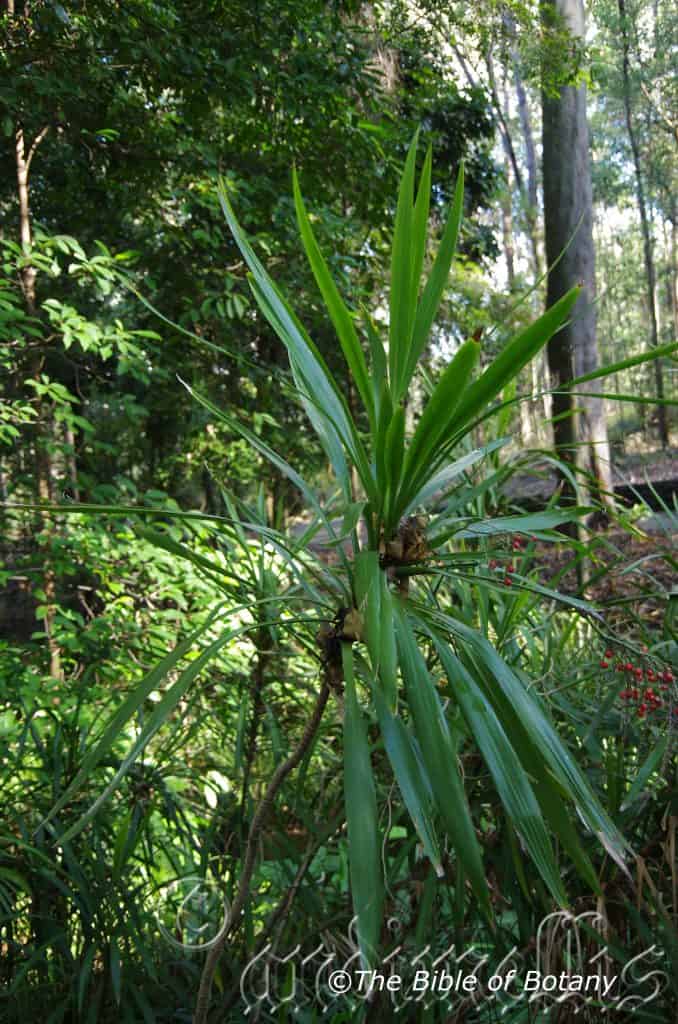
Mount Cootha Botanic Gardens Qld.
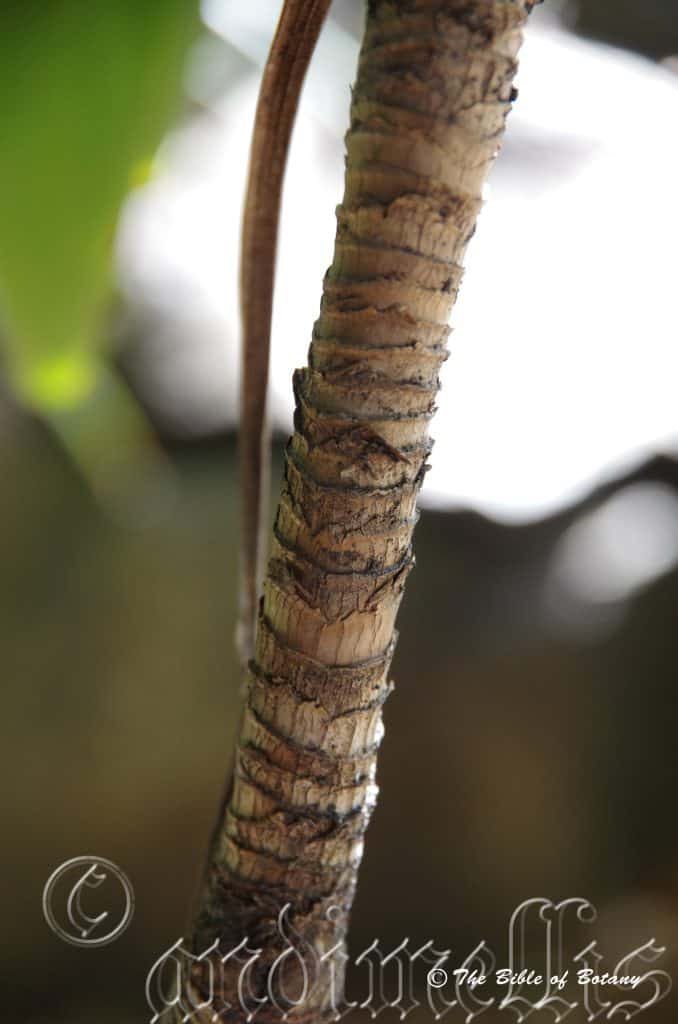
Mount Cootha Botanic Gardens Qld.
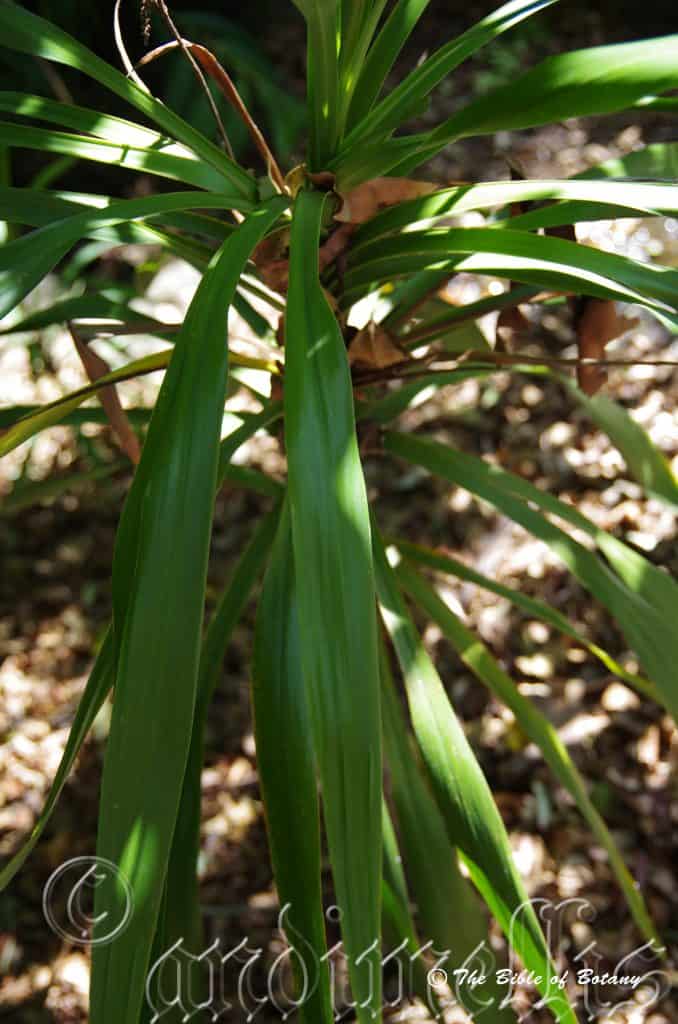
Mount Cootha Botanic Gardens Qld.
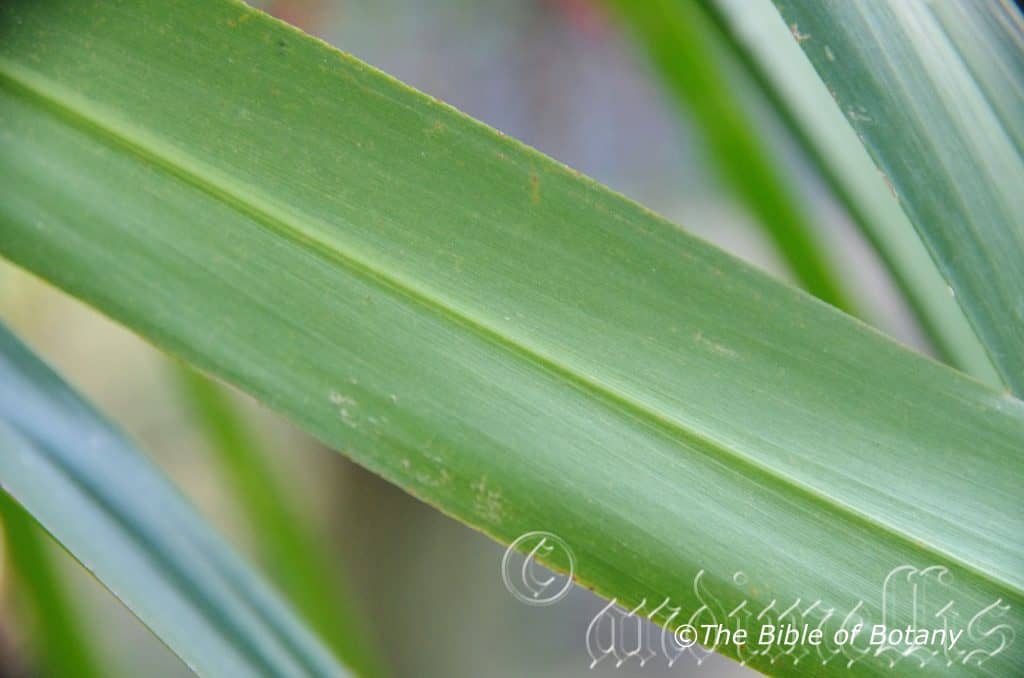
Mount Cootha Botanic Gardens Qld.
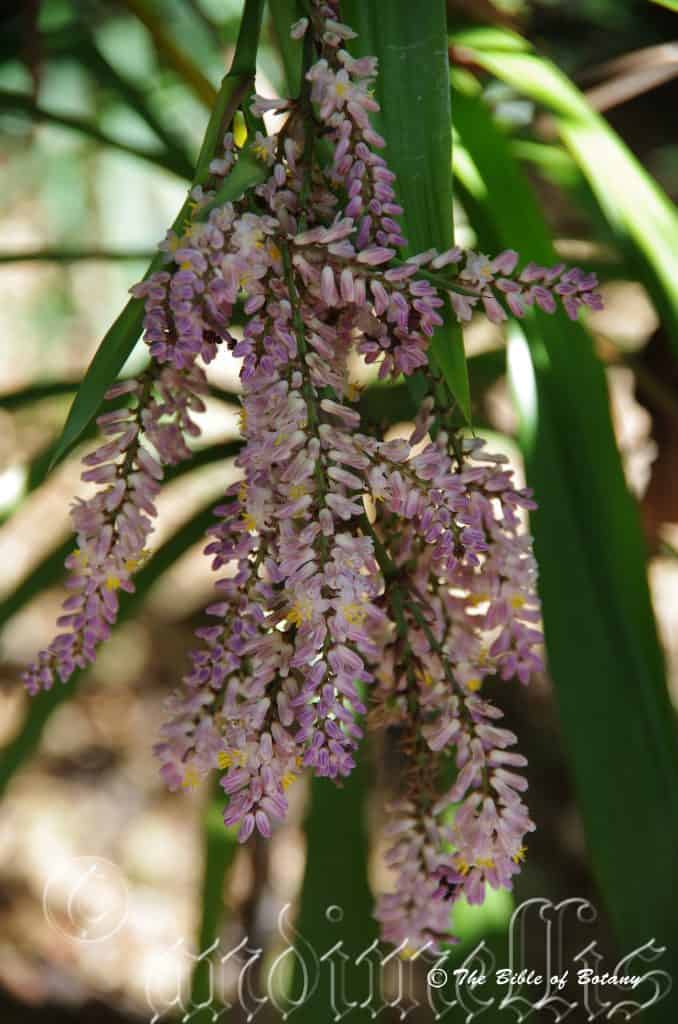
Mount Cootha Botanic Gardens Qld.
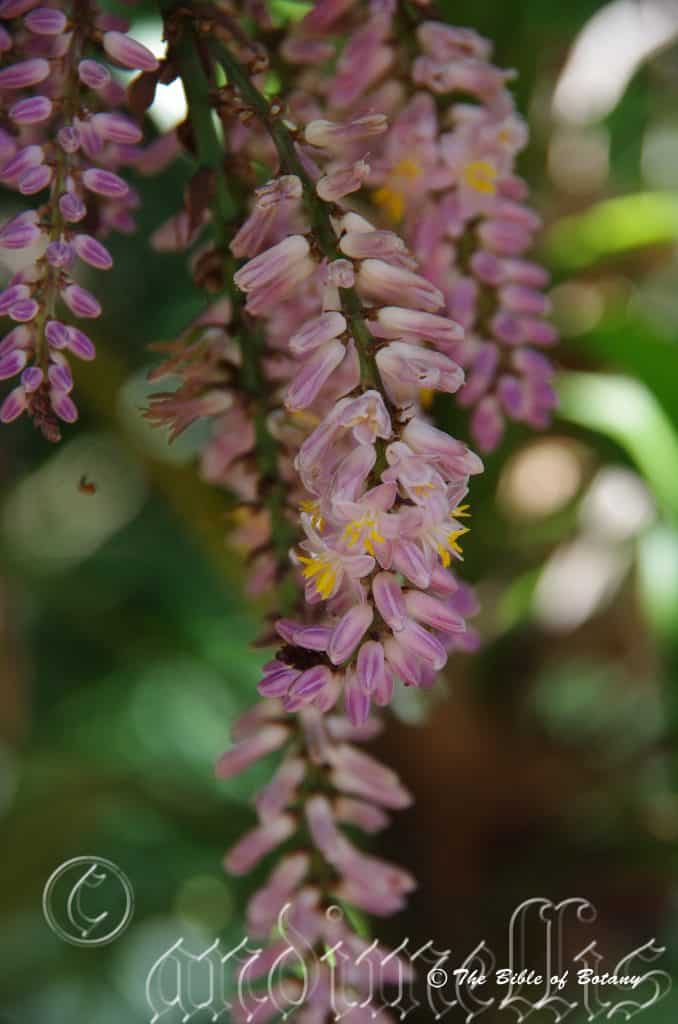
Mount Cootha Botanic Gardens Qld.
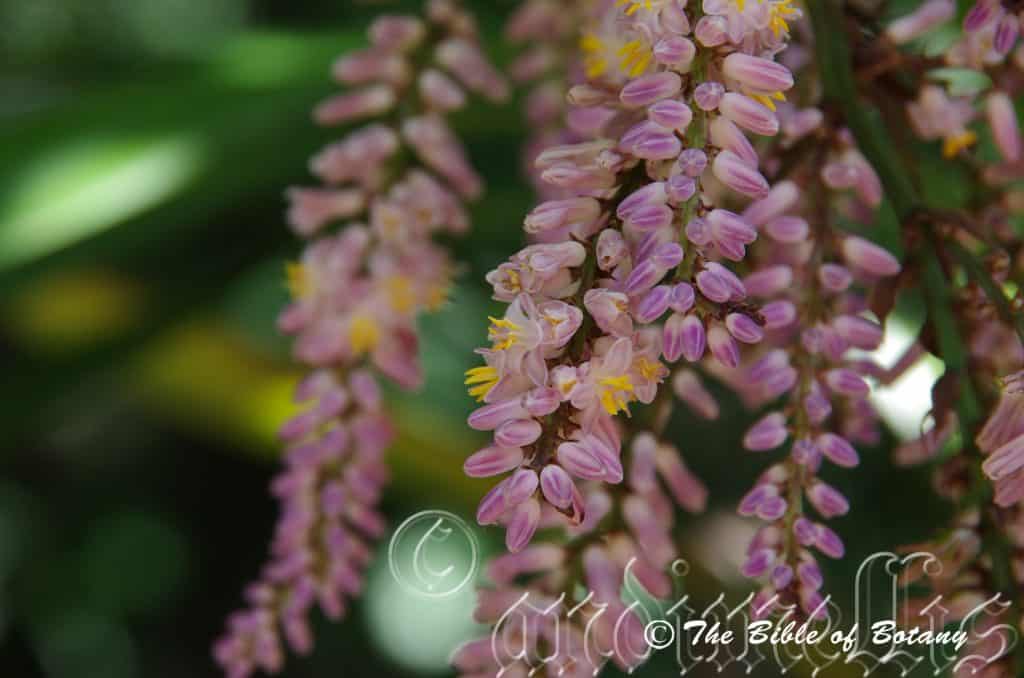
Mount Cootha Botanic Gardens Qld.
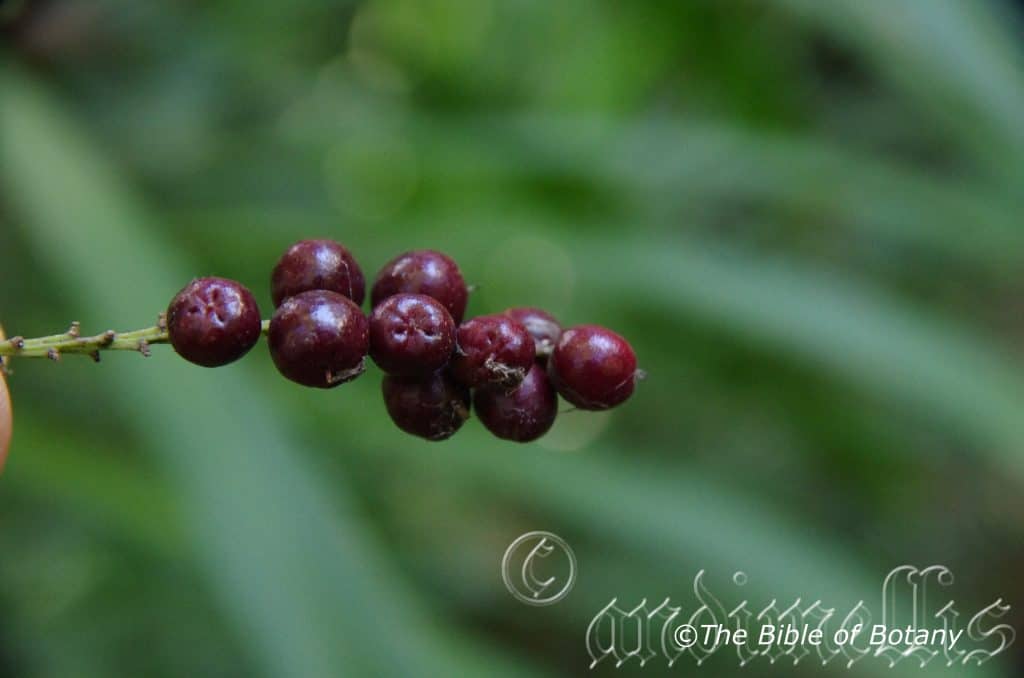
Mount Cootha Botanic Gardens Qld.
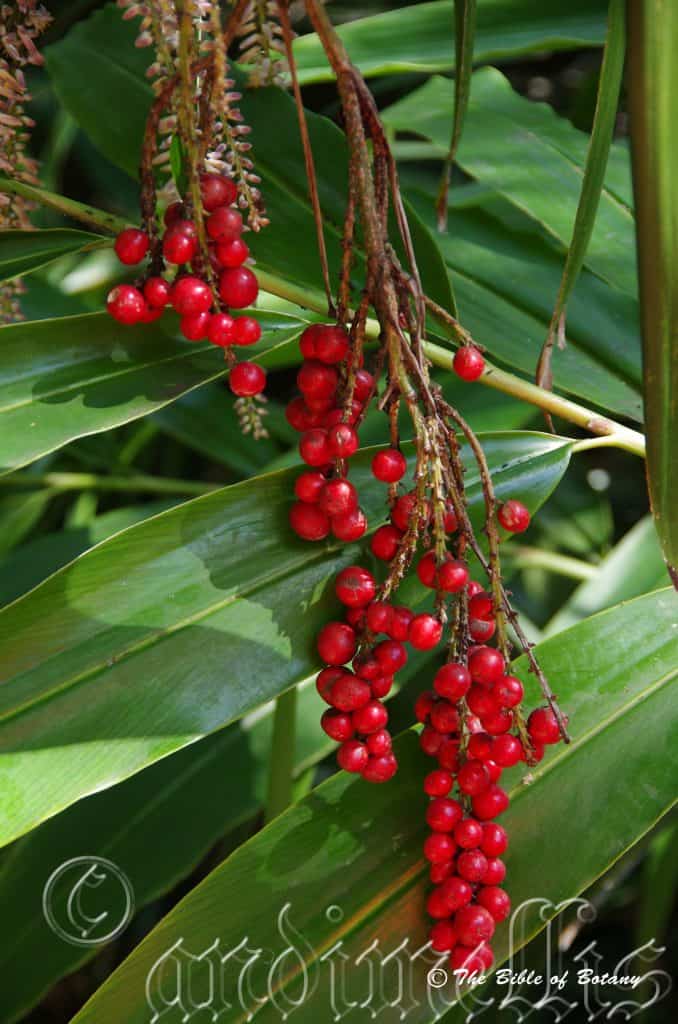
Mount Cootha Botanic Gardens Qld.
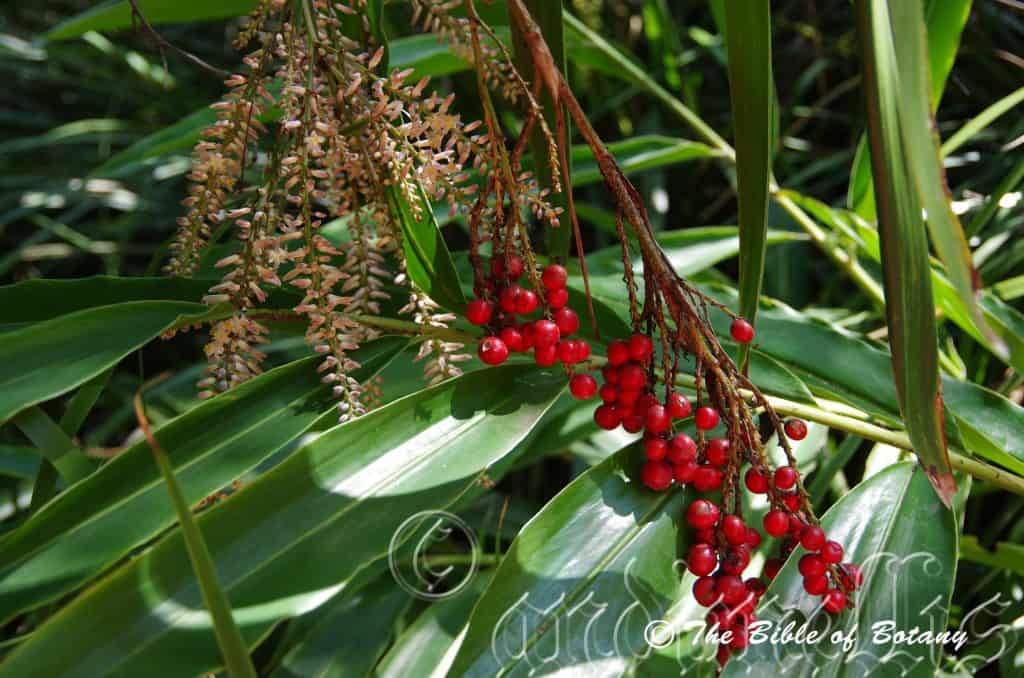
Mount Cootha Botanic Gardens Qld.
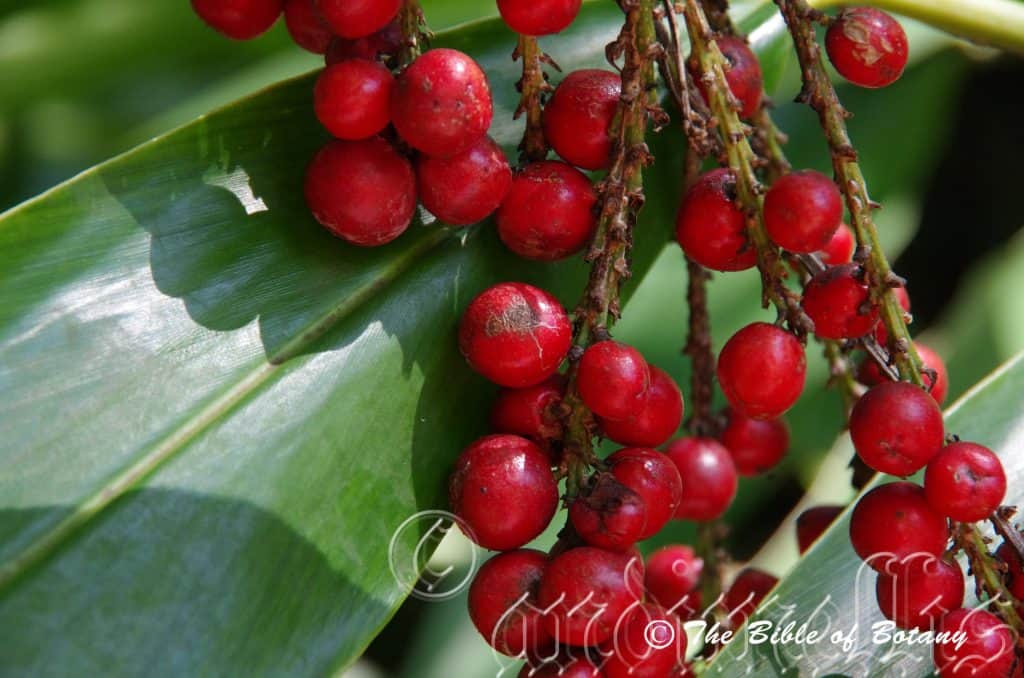
Mount Cootha Botanic Gardens Qld.
Cordyline congesta
Classification:
Unranked: Monocots
Order: Asparagales
Family: Asteliaceae
Genus: From Kordyle, which is Ancient Greek for club like in shape. It refers to the base of the slim trunks of some species which are wider like a club.
Specie: From Com/Con, which is Greek/Latin for to come together or with and Genus, which is Latin for a kind or type. It refers to the flowers and fruits, which are more tightly packed along the spikes than other species in the genus.
Sub specie:
Common Name: Red Fruited Palm Lilly or Narrow leaf Palm Lily.
Distribution:
Cordyline congesta is found south from the Brisbane Valley in southern Queensland to the Clarence River in northern New South Wales with 2 isolated populations further south near Bellingen and near Kempsey on the Macleay River. It is mainly found on the coastal plains to the Ranges.
https://avh.ala.org.au/occurrences/search?taxa=Cordyline+congesta#tab_mapView
Habitat Aspect Climate:
Cordyline congesta prefers full shade to dappled sunlight or filtered sunlight. It mainly grows in coastal lowland rainforests and gallery rainforests often growing on the lower slopes. The altitude ranges from 20 meters ASL to 250 meters ASL.
The temperatures range from 3 degrees in July to 36 degrees in January.
The rainfall ranges from lows of 900mm to 1800mm average per annum.
Soil Requirements:
Cordyline congesta prefers better quality loamy soils, light gravelly clays to medium clays. The soils are derived from decomposed shale, brown basalt, red basalt or alluvial silts. The soils pH ranges from 5pH to 6.5pH. It does not tolerate waterlogged soils however even moisture content is important throughout the year. None saline to moderately saline soils are tolerated.
Height & Spread:
Wild Plants: 2m to 3m by 0.8m to 1.2m
Characteristics:
Cordyline congesta grows as small single trunked or multi trunked understory plant in dense forest.
The trunks are narrowly club shape at the base and measure 60mm to 70mm rising to 25mm to 35mm in diameter for the remainder. It looks somewhat like a small palm with a pale grey bark at the base and green on the upper half above where the bottom leaves start. The bark retains the scars from spent leaf bases.
The deep green linear to narrow lanceolate leaves of Cordyline congesta measure 300mm to 400mm length by 20mm to 40mm in width. The laminas narrow to a shallow, semi involute petioles measure 35mm to 60mm in length. The petiole semi-clasps the trunk for 50mm of its diameter and clasps it for 12mm to 20mm in length. The petioles margins and lower part of lamina are gristly and tough. The leaves are spirally, clustered along the upper portions of the trunk and are contorted over the leaf above it. The concolourous laminas are grass-green to deep green and glabrous to slightly scabrous. The laminas are flat to longitudinally undulating. The leaf margins are irregularly finely toothed or rough especially on the apex to mid-region margins or at times the lamina is scabrous with irregular prickles near the apex. The mid vein is prominent on the lower lamina and is faintly visible on the upper lamina. The parallel venation is obscurely visible from both laminas.
Inflorescences of Cordyline congesta are born on a long panicle which measures 200mm to 350mm in length from a terminal shoot. The strongly pendulant panicles branch from a third of the way along to form several scapes which measure 100mm to 250mm in length. The rachises, scapes and pedicels are deep green to sea-green and glabrous. The pedicels measure 0.5mm to 1mm in length. The stipules at each scape are linear to narrow lanceolate and measure 50mm to 130mm in length by 5mm to 10mm in width.
The 3 dimorphic bracts measure 1mm to 3mm in length. The white, pale pink, lilac to pink perianth are oblong with obtuse apexes. The 3 outer tepals measure 6.5mm to 9.5mm in length by 3mm to 4mm in width. The 3 inner tepals measure 8.5mm to 10.5mm in length by 3mm to 4mm in width.
The 6 white filaments measure 3mm to 7mm in length. The bright yellow, adnately fixed, sagittate anthers have bright yellow pollen. The anthers measure 2mm to 4mm in length.
The pastel pink, lilac or pink style is glabrous and tapers to the orbicular stigma. The style measures 7mm to 11mm in length. Cordyline congesta’s flowers appear throughout the year when favourable conditions exist.
The fruits are fleshy, ovate glabrous berries. The berries measure 10mm to 15mm in diameter. The green berries turn glossy red when ripe. The berries contain many small black seeds in white pulp and measure 1mm in length. The berries remain attached to the plants for a prolonged period after ripening.
Wildlife:
I have never seen anything eat the leaves or fruit of Cordyline congesta in the wild. I have eaten the juicy fruits when collecting the seeds but find them like the other Cordyline unpleasant and dry.
Cultivation:
Cordyline congesta is a beautiful tall lily that deserves a place in every native or exotic garden. It is ideal in almost every setting near ponds, at the edge of a rainforest in courtyards, around swimming pools, indoors or near that water feature. Because of their strong vertical lines they look great around pools and in the courtyard making it look larger. Cordyline congesta makes a good accent plant around formal gardens because of its strap like leaves and slender trunk. The plants are well suited to cultivation and will grow 2 meters to 3 meters by 0.4 meter to 0.6 meters in diameter as a single trunk rainforest specimen or 1.5 meters to 2 meters by 0.5 meter to 1.2 meters as a multi stemmed feature.
Cordyline congesta also has the advantage that it can be cut back hard to make it reshoot from near the ground giving rise to a new plant very soon after the pruning. Cutting the plants back hard also results in several heads growing to give a lush rain forest understory look the following season.
Cordyline congesta can be twisted or laid over horizontal where it will immediately reshoot along the entire length of the trunk and re commence growing vertically. If the plants try to only grow upwards from the apex, peg the crown down to the ground and partly sever it about 100mm behind the leaves. This will encourage new roots to form from the middle section where there are no leaves while at the same time commence to reshoot along the main stem within a couple of weeks. Some very unusual and artistic forms can be created from these methods.
Cordyline congesta is a great plant to grow over or below septic tanks where the nutrient rich waters will enhance that rainforest look of large rich deep green leaves.
Their versatility doesn’t stop with accepting all types of soils but they can cope with temperatures as low as minus 3 degrees and up to 42 degrees though it is frost tender when young. It is drought resistant and can cope with the occasional immersion where periodic down pours may flood the land.
Add to the above, if it is given adequate moisture, plenty of mulch for moisture retention and an even soil temperature, applying native fertilizers on a regular basis the plants will respond with good flowering and will yield good quality fruit with maximum size. It is the fruits that really give colour to their surroundings for a long time.
It is best grown in a semi shaded location where the soil remains damp for extended periods. It will reach its full potential in just 3 to 5 years and flower from the third year from seed.
Indoor or Potted On:
Sawdust or sand mixes are too well draining unless the sawdust has completely composted down where it exhibits a texture like plastacine to the touch. Moisture can be squeezed out between the fingers yet it remains moist. I find this a great basis to start with.
Mix equal parts of the well decomposed saw dust with the above feel with perlite and vermiculite. To this add two part sharp clean sand, one part compost and one part good crusher dust from a basalt rock quarries. Preferably black basalt but both are good. Make sure the sand comes from a source that does not have salt.
The decomposed Sawdust in this condition creates the moisture retention and holds nutrient in. The perlite and vermiculite make the mix neutral and both have great water holing capacity without shrinkage with age. The sand creates good drainage and is good for good healthy root development. The crusher dust adds vital minerals which the plants need.
Indoor plants need good light and ventilation without drying breezes or wind. Ensure that the pot is rotated every few days so that all the leaves are exposed equally to the light.
Again fertilize the plants on a monthly basis with the above formula on a rotation basis.
Propagation:
Seeds: Cordyline congesta seeds do not require treatment before sowing. Sow fresh seeds directly into a seed raising mix and cover with 5mm of the mix. Keep the trays moist not wet and place them under 50mm shade. When the seedlings are 25mm to 50mm tall, prick them out and plant them into 50mm native tubes using a seed raising mix.
Once the seedlings reach 150mm to 200mm in height plant them out into their permanent position. Mass plantings can be achieved by planting them at 1 meter to 2 meter centers.
Cuttings: Use 80mm to 100mm long cuttings from the old growth. Take them in early spring after the last frosts or when the weather is warming up. Place them in a deep box with a third of the cutting in the mix. When the cuttings have obviously struck and have developed good roots prick them out and plant them into 150mm pots or directly into the garden if the position is protected from sun and winds. For mass plantings plant them at 1500mm centers.
Fertilize using Seaweed, fish emulsion or organic chicken pellets soaked in water on an alternate basis. Fertilize every two months until the plants are established then annually in early September or March to maintain health, vitality and better flowering.
Further Comments from Readers:
Hi reader, it seems you use The Bible of Botany a lot. That’s great as we have great pleasure in bringing it to you! It’s a little awkward for us to ask, but our first aim is to purchase land approximately 1,600 hectares to link several parcels of N.P. into one at The Pinnacles NSW Australia, but we need your help. We’re not salespeople. We’re amateur botanists who have dedicated over 30 years to saving the environment in a practical way. We depend on donations to reach our goal. If you donate just $5, the price of your coffee this Sunday, We can help to keep the planet alive in a real way and continue to bring you regular updates and features on Australian plants all in one Botanical Bible. Any support is greatly appreciated. Thank you.
In the spirit of reconciliation we acknowledge the Bundjalung, Gumbaynggirr and Yaegl and all aboriginal nations throughout Australia and their connections to land, sea and community. We pay our respect to their Elders past, present and future for the pleasures we have gained.
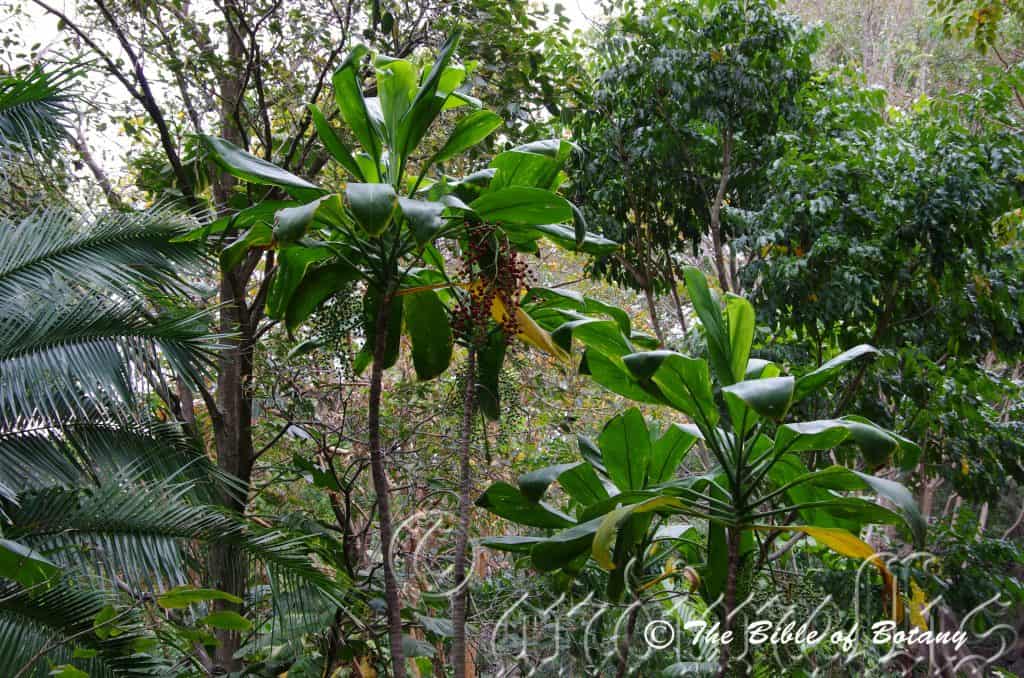
Mount Cootha Botanic Gardens Qld.
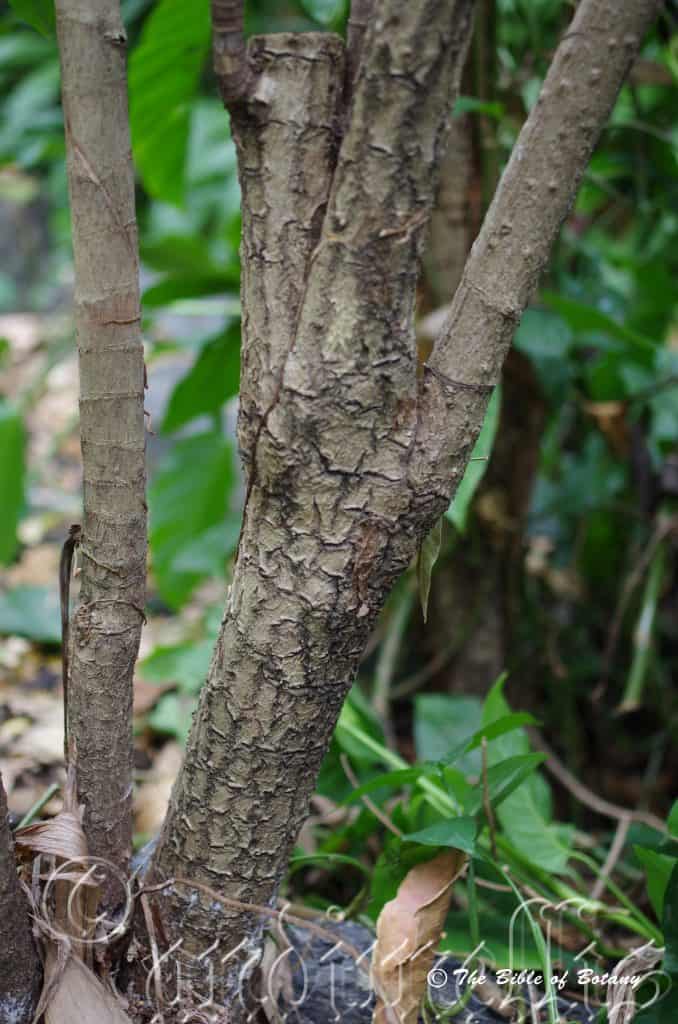
Mount Cootha Botanic Gardens Qld.
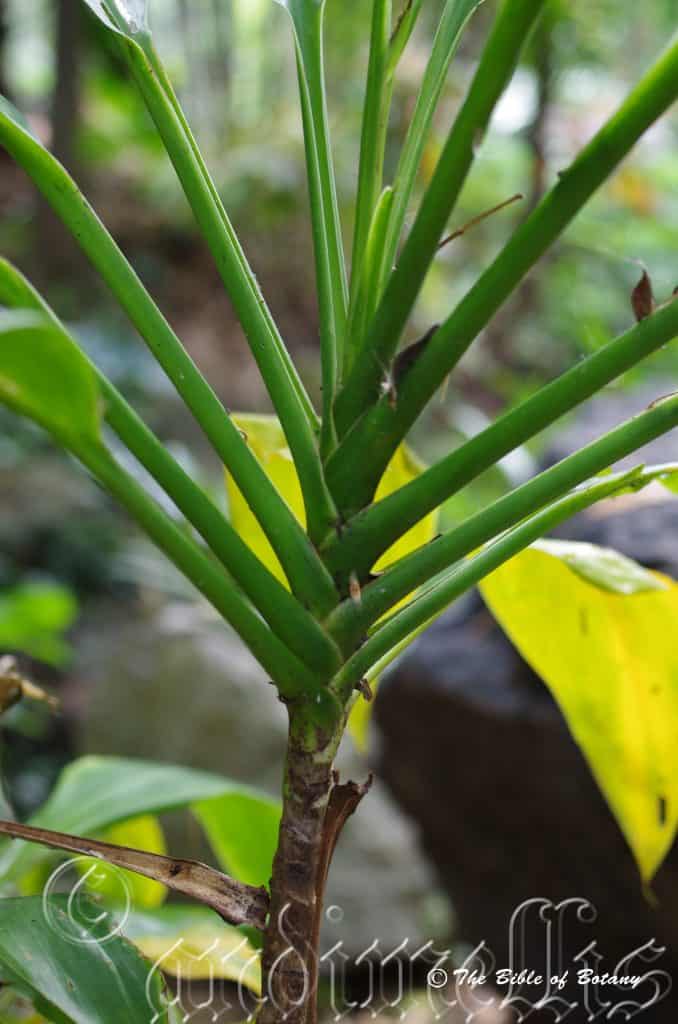
Mount Cootha Botanic Gardens Qld.
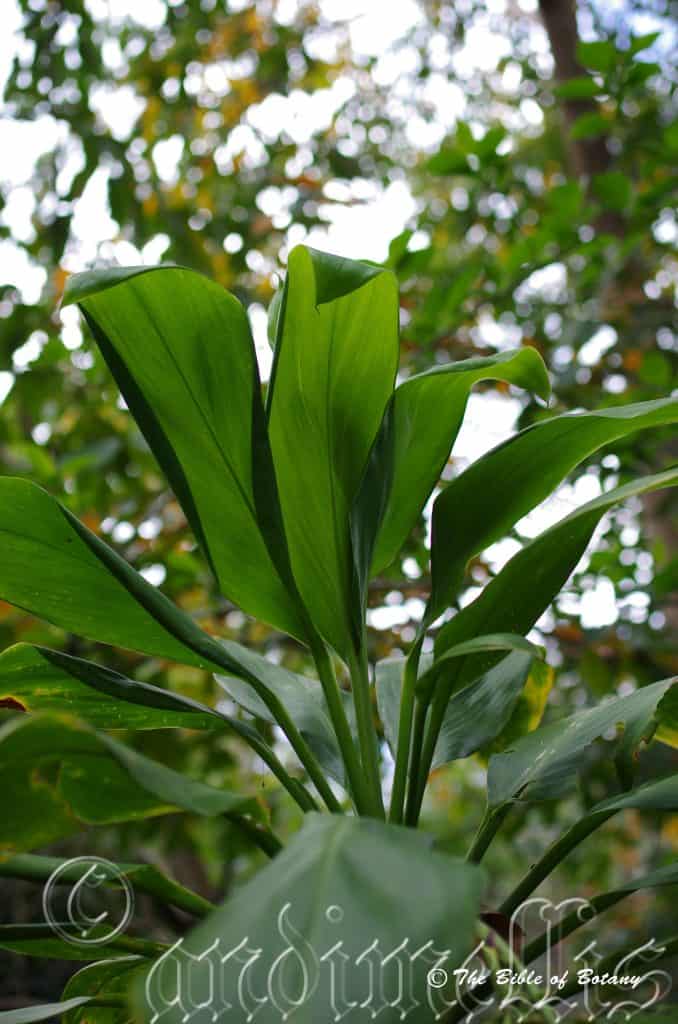
Mount Cootha Botanic Gardens Qld.
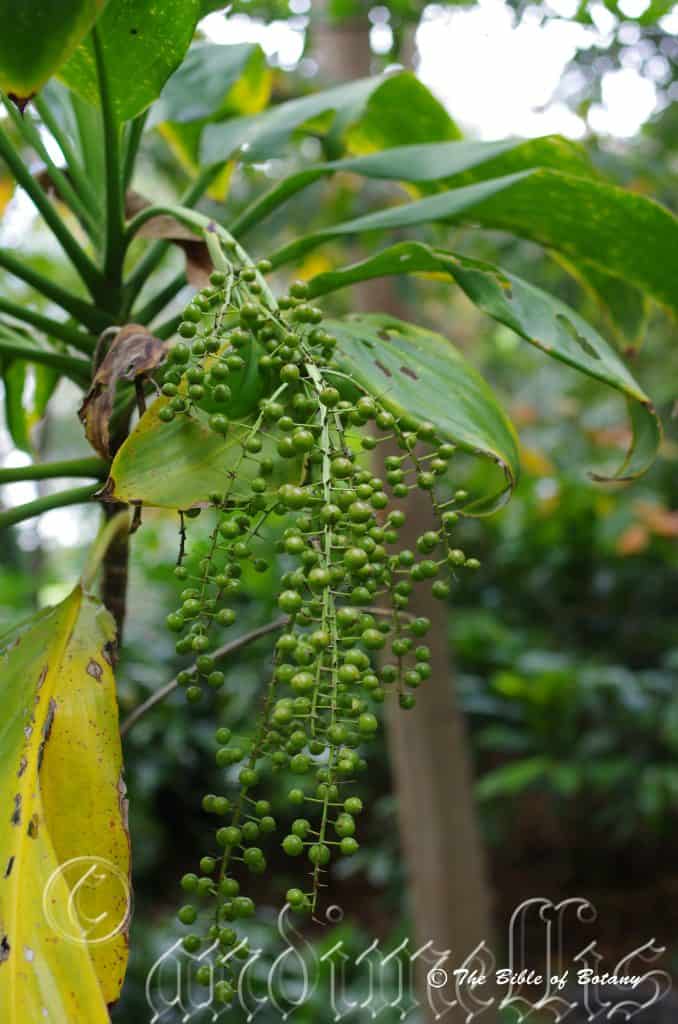
Mount Cootha Botanic Gardens Qld.
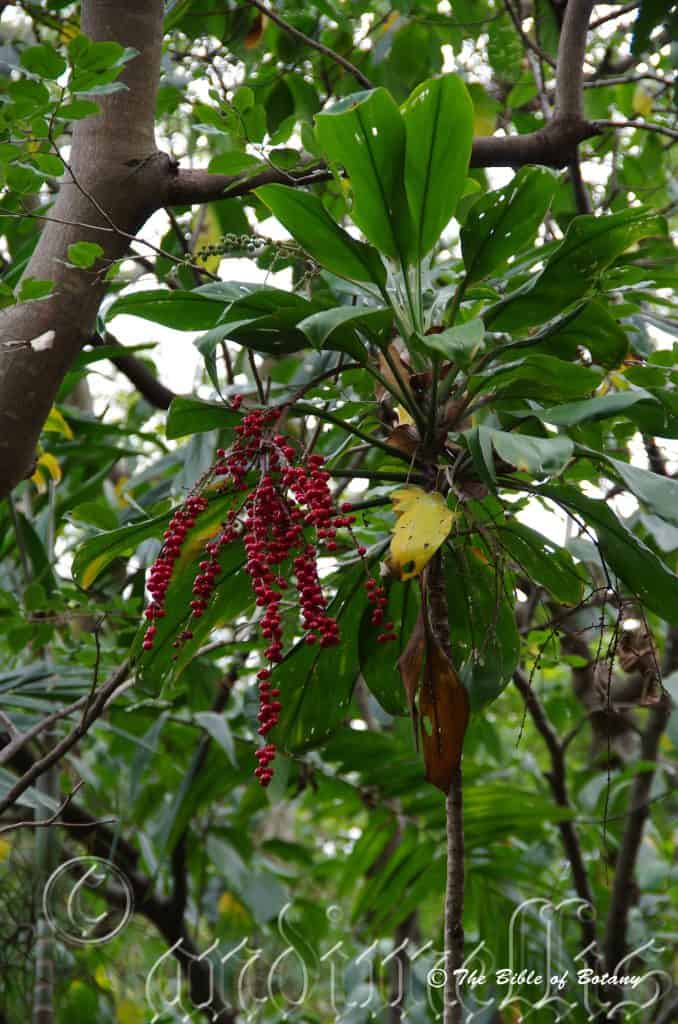
Mount Cootha Botanic Gardens Qld.
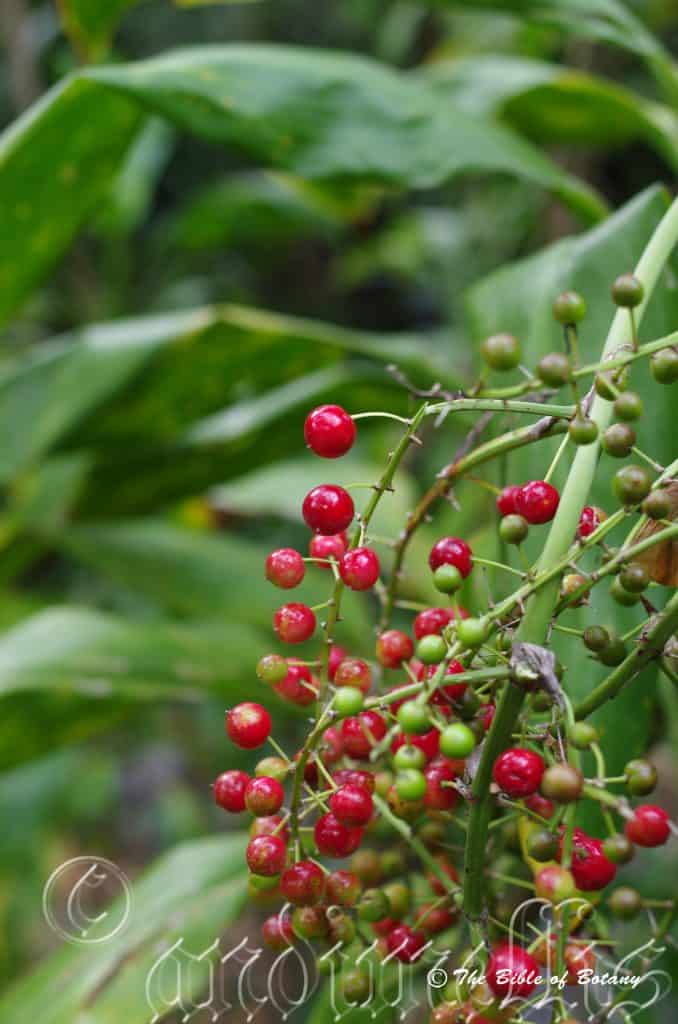
Mount Cootha Botanic Gardens Qld.
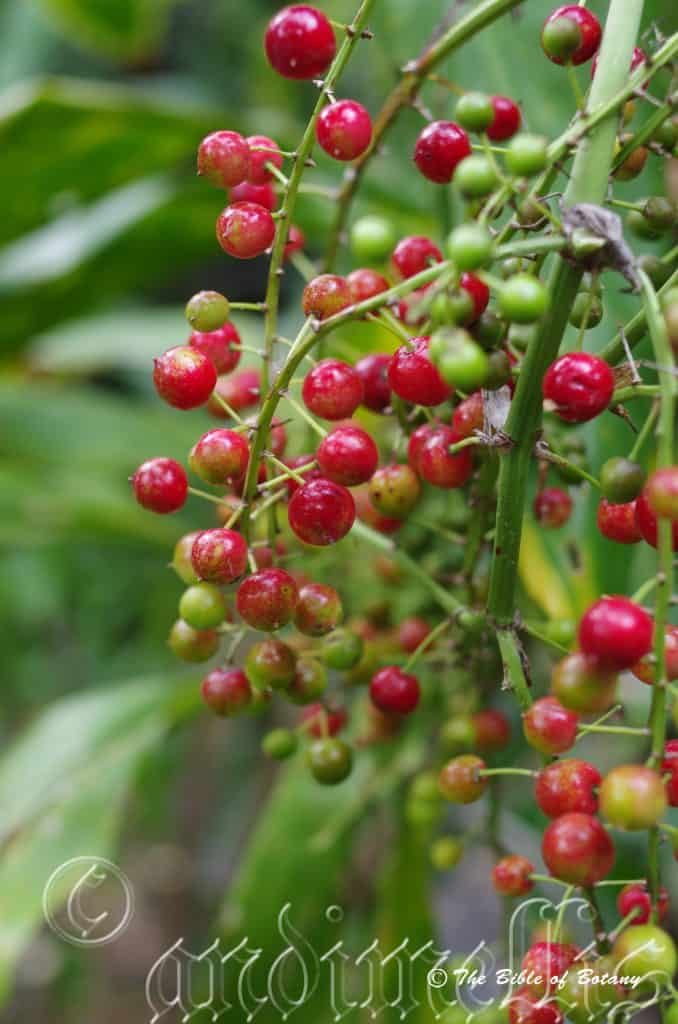
Mount Cootha Botanic Gardens Qld.
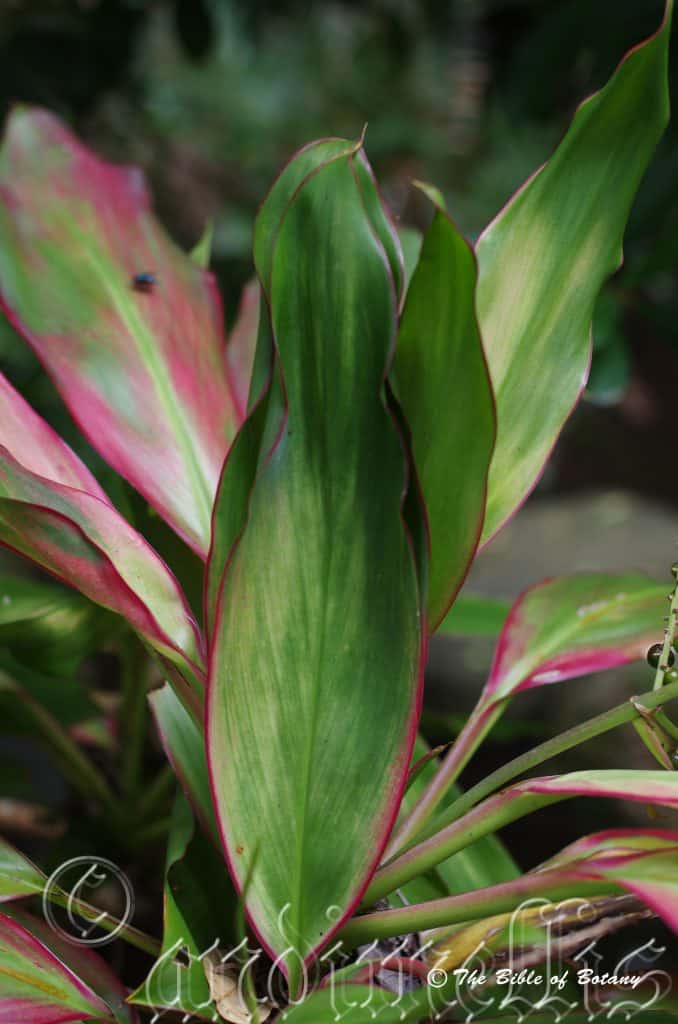
Mount Cootha Botanic Gardens Qld.
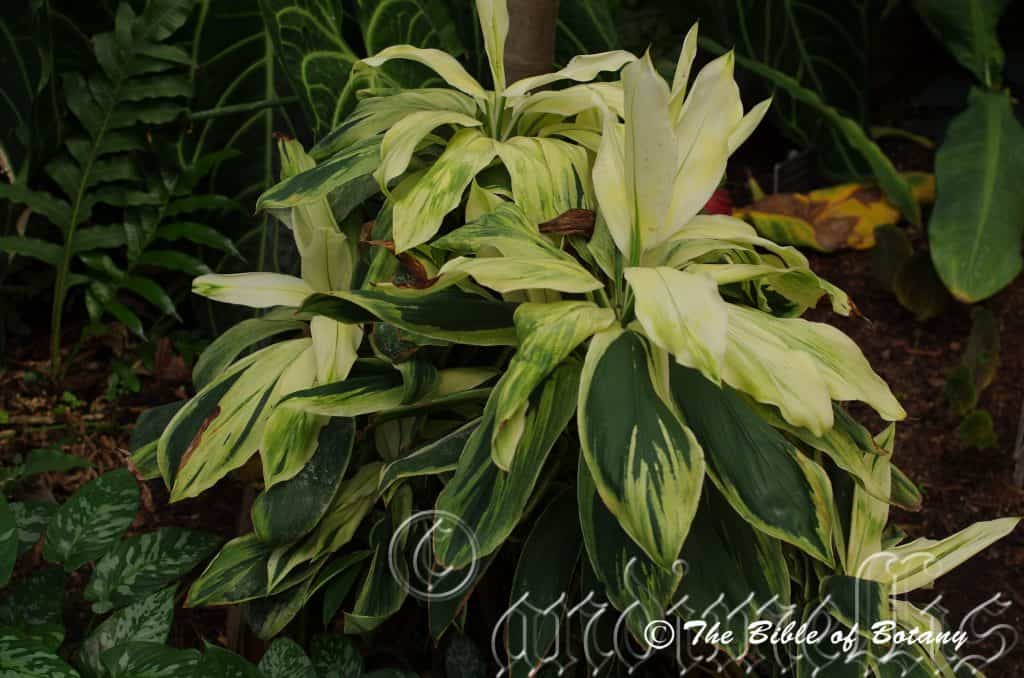
Mount Cootha Botanic Gardens Qld.
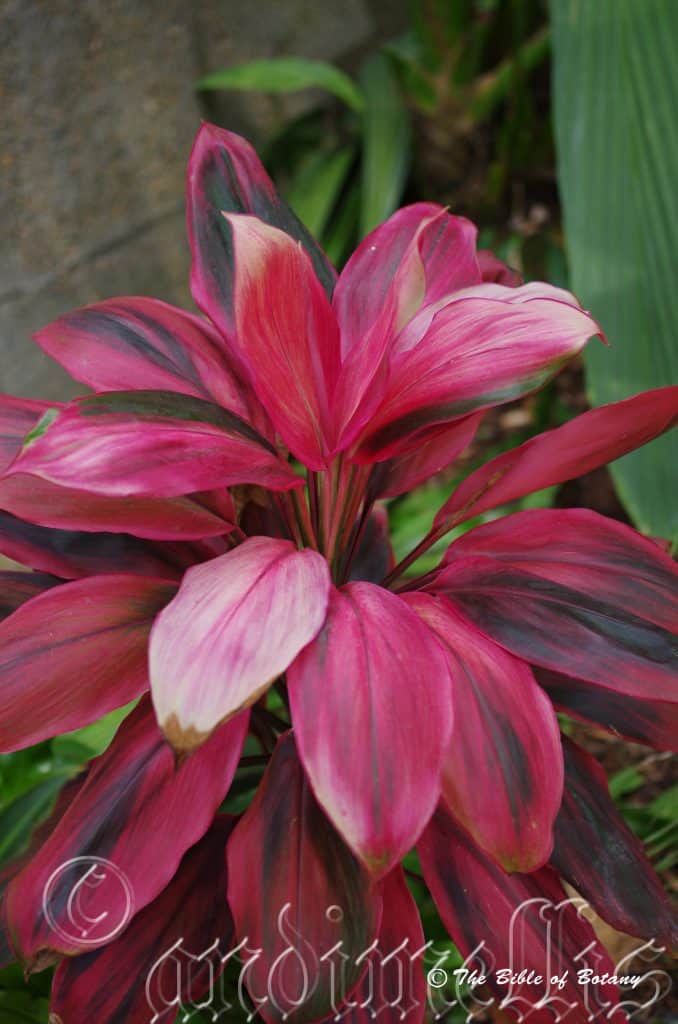
Mount Cootha Botanic Gardens Qld.
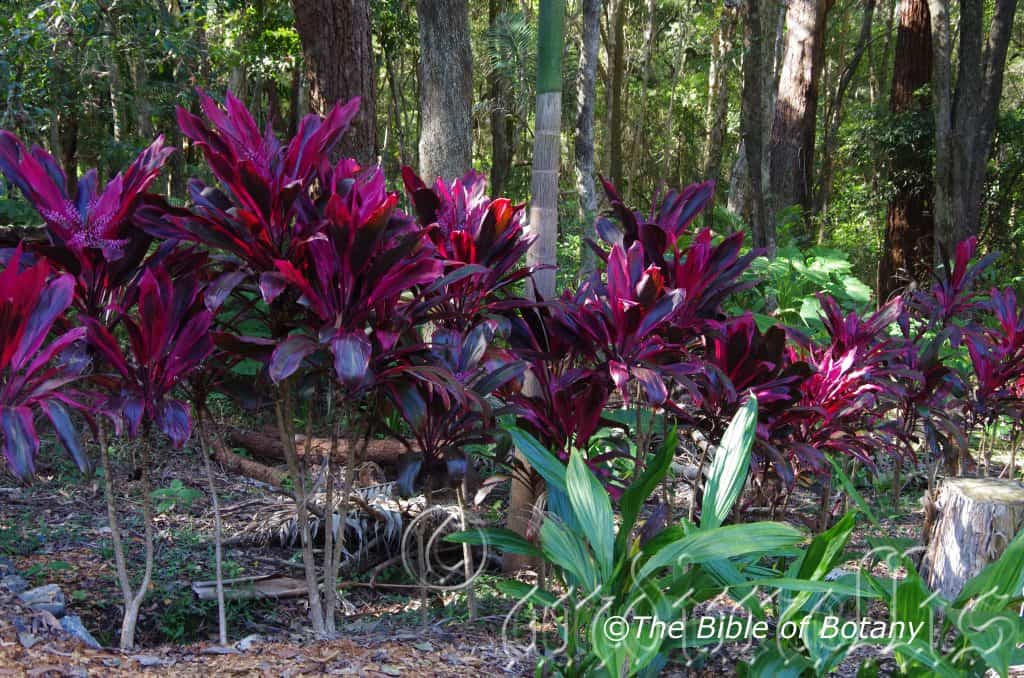
NCBG Coffs Harbour NSW
Cordyline fruiticosa
Classification:
Unranked: Monocots
Order: Asparagales
Family: Asteliaceae
Genus: From Kordyle, which is Ancient Greek for club like in shape. It refers to the base of the slim trunks of some species which are wider like a club.
Specie: From Fruticosum, which is Latin for shrubby or bushy. It refers to structures or organs, which blend into each other.
Sub specie:
Common Name: Broad Leaf Palm Lilly. It is still often referred to as Cordyline terminalis, however this species is not native to Australia. Most the coloured foliage forms are hybrids from Cordyline terminalis.
Distribution:
Cordyline fruticosa is found from the tip of Cape York Peninsula in far north Queensland south to Cairns. There are several disjunct populations as far south as Brisbane. It is found on the Eastern side of the Great Dividing Range.
https://avh.ala.org.au/occurrences/search?taxa=Cordyline+fruiticosa#tab_mapView
Habitat Aspect Climate:
Cordyline fruticosa prefers full shade to dappled shade. It grows in the mountains in moist Eucalypt forests, adjacent to or within well-developed rainforests or monsoonal rainforests. The altitude ranges from 5 meters ASL to 50 meters ASL.
The temperatures range from 4 degrees in July to 33 degrees in January.
The rainfall ranges from lows of 800mm to 3200mm average per annum.
Soil Requirements:
Cordyline fruticosa prefers better quality loams, light gravelly clays to medium clays. The soils are usually derived from decomposed black basalts. The soils pH ranges from 6pH to 7pH. It does not tolerate waterlogged soils however even moisture content is important. None saline soils to moderately saline soils are tolerated.
Height & Spread:
Wild Plants: 3m to 5m by 1m to 1.5m
Characteristics:
Cordyline fruticosa grows as small single trunked or multi trunked understory plant in dense forest. Trunk narrowly club shape at the base measuring 100mm to 110mm rising to 25mm to 50mm in diameter. It looks somewhat like a small palm with a grey bark at the base and green on the upper portion where the leaves are retained. The trunk and stems retain the scars from spent leaf bases.
The elongated elliptical to oblong leaves of Cordyline fruticosa measure 250mm to 800mm in length by 50mm to 120mm in width. The attenuate base is strongly winged along the petiole which clasps the trunk for about 80mm its diameter while the apex is broad acuminate. The semi involute section of the petiole measures 80mm to 200mm in length. The leaves are alternate and clustered along the upper portions of the trunk. The concolourous or discolourous laminas are pale grass green to deep green with or without a red or purple tinge and glabrous on the upper lamina while the lower lamina is similar, slightly paler or slightly deeper in colour. The leaf margins are entire while the laminas are flat to undulating. The mid vein is strongly prominent on the lower lamina and is not clearly visible to distinctly visible on the upper lamina.
Inflorescences of Cordyline fruticosa are born on a long panicle which measures 200mm to 400mm in length from a terminal shoot. The strongly pendulant panicles branch from a third of the way along to form several scapes which measure 100mm to 220mm in length. The rachises, scapes and pedicels are deep green to sea-green and glabrous. The pedicels measure 0.5mm to 2mm in length. The stipules at each scape are linear to narrow lanceolate and measure 50mm to 130mm in length by 5mm to 10mm in width.
The 3 or 4 usually 3 bracts measure 1.5mm to 2mm in length. The white to pale pink perianth are oblong with obtuse apexes. The 3 outer tepals measure 4mm to 5mm in length by 2.5mm to 3mm in width. The 3 inner tepals measure 5mm to 6.5mm in length by 2.5mm to 3.3mm in width.
The 6 white filaments measure 3mm to 6mm in length. The bright yellow, adnately fixed, sagittate anthers have bright yellow pollen. The anthers measure 1.5mm to 2.2mm in length.
The pastel pink or pink style is glabrous and tapers to the orbicular stigma. The style measures 7mm to 9mm in length. Cordyline fruticosa‘s flowers appear throughout the year when favourable conditions exist.
The fruits of Cordyline petiolaris are fleshy ovate berries. The berries are round and measure 10mm to 12mm in diameter. The style is persistent on the bright red berries. They contain many small glossy black seeds measuring 1mm long and remain attached to the plants for a prolonged period until December or March.
Wildlife:
I have never seen anything eat the leaves or fruit of Cordyline fruticosa in the wild. I have eaten the juicy fruits when collecting the seeds but find them rather unpleasant.
Cultivation:
Cordyline fruticosa is a beautiful tall lily that deserves a place in every native or exotic garden. It is ideal in almost every setting near ponds, at the edge of a rainforest in courtyards, around swimming pools, indoors or near that water feature. Because of their strong vertical lines they look great around pools and in the courtyard making it look larger. Cordyline fruticosa also has the advantage that it can be cut back hard to make it reshoot from near the ground giving rise to a new plant very soon after the pruning. Cutting the plants back hard also results in several heads growing to give a lush rainforest understory look the following season.
Cultivated plants generally grow 2 meters to 3 meters tall by 2 meters wide when grown as a multi stemmed plant. Cultivated hybrids will grow from dwarf 400mm forms to tall plants 4 meters in height by 300mm to 1 meter in diameter. There are many colour variations available in the leaves from yellows pinks, reds, burgundies as well as many bicolour and tricolour forms. The red forms can be used for accent in the garden or to give all year round colour throughout the rain forest or around the pool and court yard. Cut out any shoots that may revert back to the original green. Dwarf forms hold true though it is slower in growth. There are forms with long petioles to short petioles and some with small fruits while others have large fruits. Again these can be used very effectively around the house in formal gardens and indoors.
Cordyline fruticosa is great plant to grow over or below septic tanks where the nutrient rich waters will enhance that rainforest look of large rich deep green leaves.
Its versatility doesn’t stop with accepting all types of soils but they can cope with temperatures as low as minus 2 degrees and up to 42 degrees though it is frost tender when young. It is somewhat drought resistant once mature and can cope with the occasional immersion where periodic down pours may flood the land.
Add to the above, if it is given adequate moisture, plenty of mulch for moisture retention and an even soil temperature, applying native fertilizers on a regular basis the plants will respond with good flowering and will yield good quality fruit with maximum size. It is the fruits that really give colour to their surroundings for a long time.
It is best grown in a semi shaded location where the soil remains damp for extended periods. It will reach its full potential in just 3 to 5 years and flower from the third year from seed.
Indoor or patio plants are easy to maintain with the coloured leaf varieties preferring brighter more well-lit positions to hole their vibrant colours while the deep green forms can handle darker conditions. I have seen some very interesting pot subjects where the owners have grown them from seed and used the various colour forms in the one large urn.
Indoor or Potted on Plants:
Sawdust or sand mixes are too well draining unless the sawdust has completely composted down where it exhibits a texture like plastacine to the touch. Moisture can be squeezed out between the fingers yet it remains moist. I find this a great basis to start with.
Mix equal parts of the well decomposed saw dust with the above feel with perlite and vermiculite. To this add two part sharp clean sand, one part compost and one part good crusher dust from a basalt rock quarries. Preferably black basalt but both are good. Make sure the sand comes from a source that does not have salt.
The decomposed Sawdust in this condition creates the moisture retention and holds nutrient in. The perlite and vermiculite make the mix neutral and both have great water holing capacity without shrinkage with age. The sand creates good drainage and is good for good healthy root development. The crusher dust adds vital minerals which the plants need.
Indoor plants need good light and ventilation without drying breezes or wind. Ensure that the pot is rotated every few days so that all the leaves are exposed equally to the light.
Again fertilize the plants on a monthly basis with the above formula on a rotation basis.
Propagation:
Seeds: Cordyline fruticosa seeds do not require treatment before sowing. Sow fresh seeds directly into a seed raising mix and cover with 5mm of the mix. Keep the trays moist not wet and place them under 50mm shade. When the seedlings are 25mm to 50mm tall, prick them out and plant them into 50mm native tubes using a seed raising mix.
Once the seedlings reach 150mm to 200mm in height plant them out into their permanent position. Mass plantings can be achieved by planting them at 2 meter to 3meter centers.
Cuttings: Use 80mm to 100mm long or longer cuttings from the old growth. Take them in early spring after the last frosts or when the weather is warming up.
1 Prepare the cutting mix by adding one third sharp clean river sand, one third peat and one third perlite. These ingredients are sterilize,
2 Select good material from non diseased plants,
3 Select semi green stems for cuttings. Look for a stem with two or three nodes,
4 Place the cutting on a flat, hard surface, and make a clean down one side of the cutting for 10mm to 15mm with a sharp sterile knife or razor blade. – This scarification of the node will increase the chances of roots emerging from this spot. Now remove all but one or two the leaves, leaving the apex leaves in tact. If the leaves are very large in proportion to the stem, cut off the apical halves.
5 Use a small dipple stick or old pencil to poke a hole into the soilless potting mix. Ensure the hole is slightly larger than the stem diameter and be careful not to wipe the rooting hormone off the cuttings base, place the cuttings in a pattern ensuring the cuttings are not touching each other,
6 I like to place the pots in Plastic bags to help maintain temperature and moisture. Place in a semi shaded place like under 50% shade cloth.
7 When the cuttings have struck, open the bag to allow air circulation for a few days to a week,
8 Once hardened off remove the cuttings from the bag and allow to further hardening for a few more days,
9 Transplant into a good potting mix to grow on.
The heads can also be used as a cutting by removing the top part wit all the leave and around 200mm of the stem.
Place the head in a 250mm pot and bury the stem down to the bottom leaves. Water regularly keeping the mix moist to wet auntim the roots are seen at the bottom of the pot. Trans plant and fertilize as above.
Fertilize using Seaweed, fish emulsion or organic chicken pellets soaked in water on an alternate basis. Fertilize every two months until the plants are established then annually in early September or March to maintain health, vitality and better flowering.
Further Comments from Readers:
Hi reader, it seems you use The Bible of Botany a lot. That’s great as we have great pleasure in bringing it to you! It’s a little awkward for us to ask, but our first aim is to purchase land approximately 1,600 hectares to link several parcels of N.P. into one at The Pinnacles NSW Australia, but we need your help. We’re not salespeople. We’re amateur botanists who have dedicated over 30 years to saving the environment in a practical way. We depend on donations to reach our goal. If you donate just $5, the price of your coffee this Sunday, We can help to keep the planet alive in a real way and continue to bring you regular updates and features on Australian plants all in one Botanical Bible. Any support is greatly appreciated. Thank you.
In the spirit of reconciliation we acknowledge the Bundjalung, Gumbaynggirr and Yaegl and all aboriginal nations throughout Australia and their connections to land, sea and community. We pay our respect to their Elders past, present and future for the pleasures we have gained.

Townsville Qld.
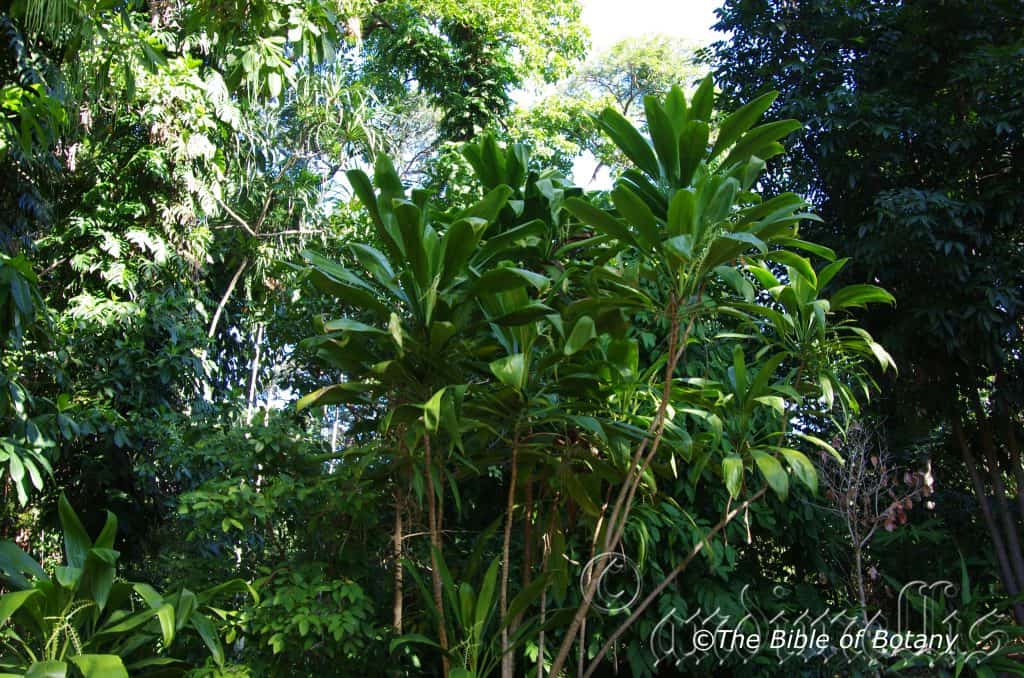
Townsville Qld.
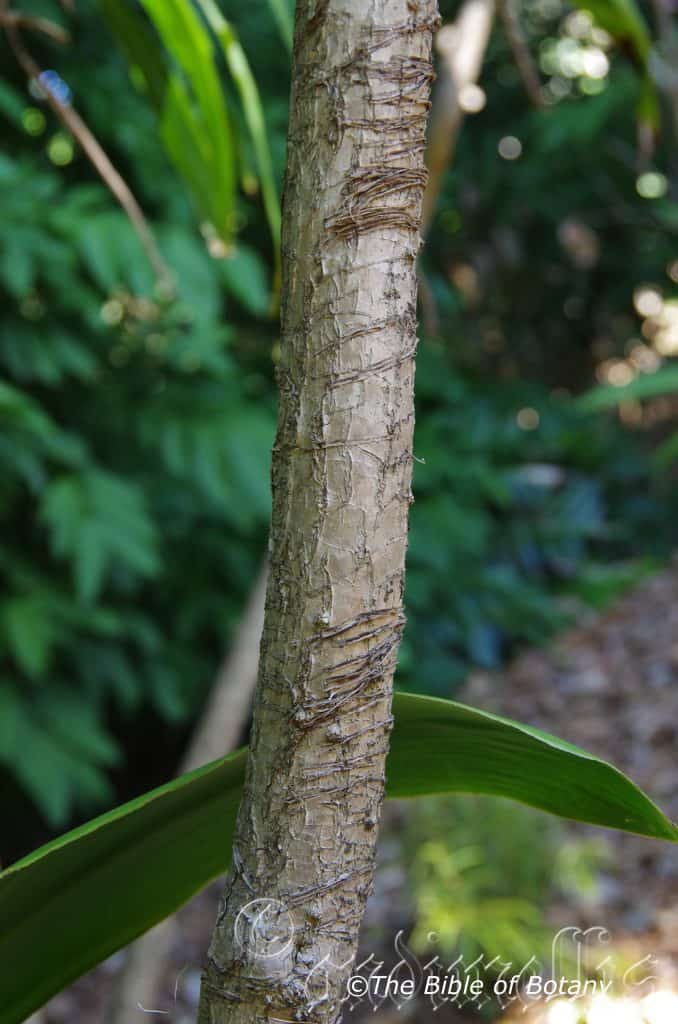
Townsville Qld.
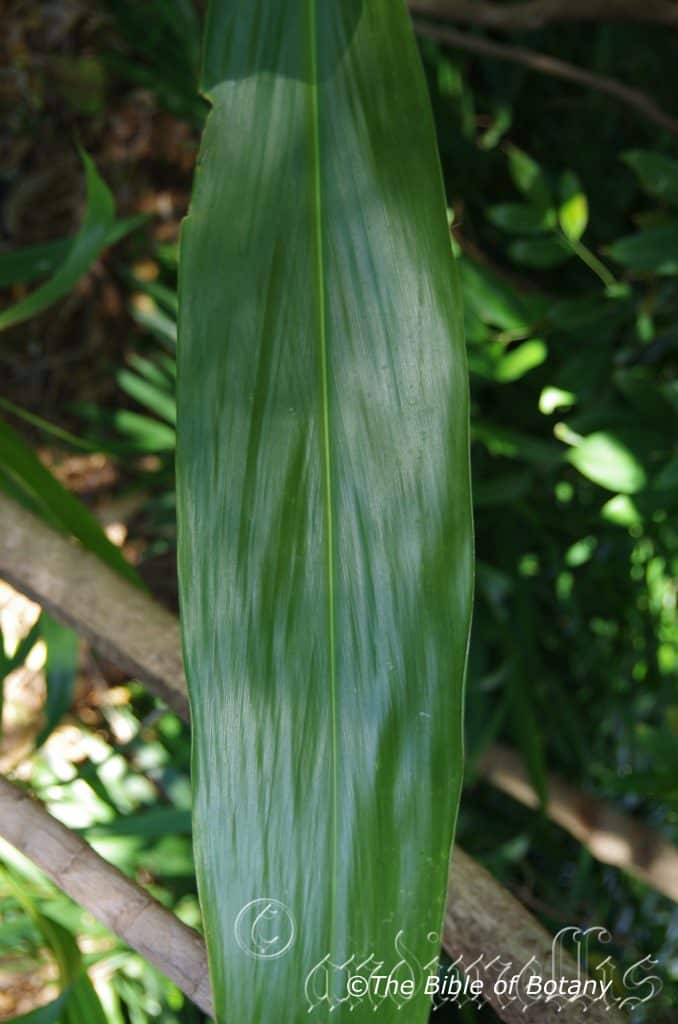
Townsville Qld.
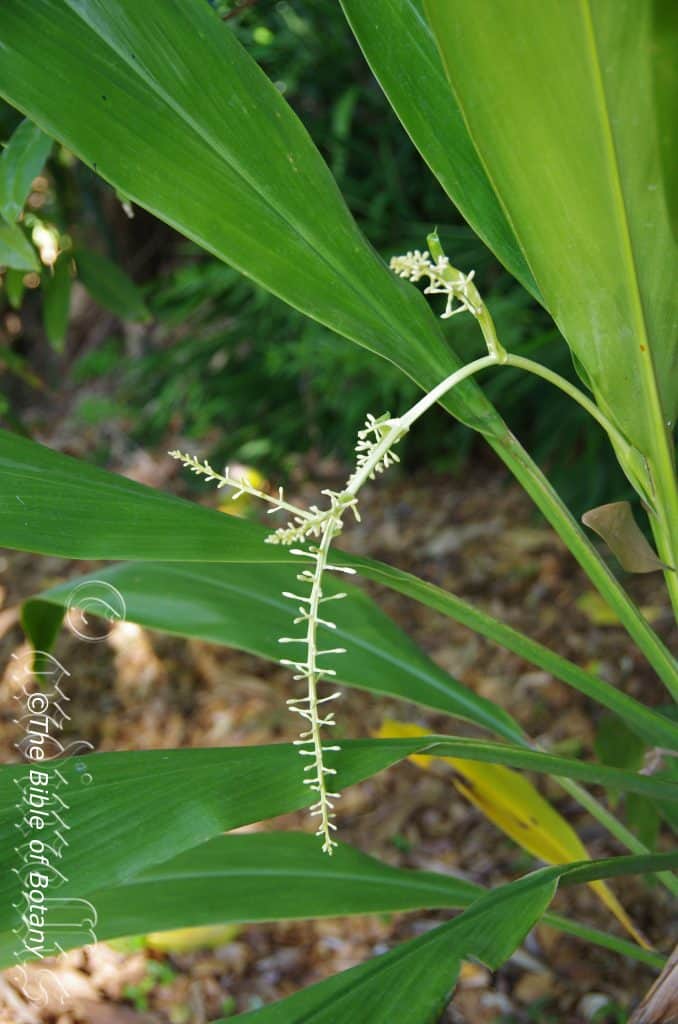
Townsville Qld.
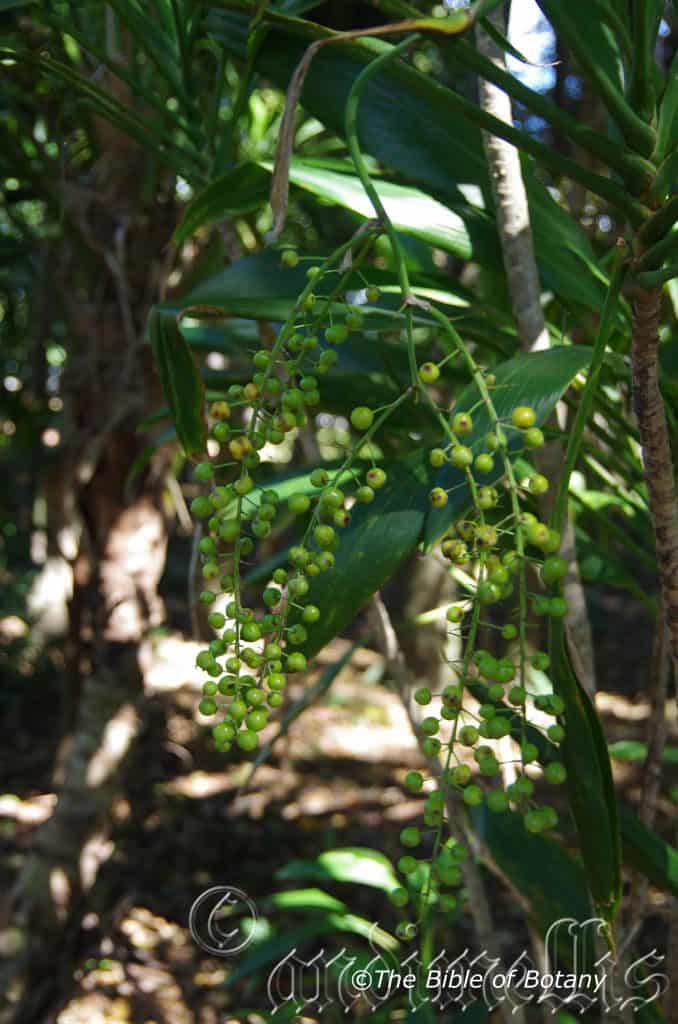
Townsville Qld.
Cordyline manners-suttoniae
Classification:
Unranked: Monocots
Order: Asparagales
Family: Asteliaceae
Genus: From Kordyle, which is Ancient Greek for club like in shape. It refers to the base of the slim trunks of some species which are wider like a club.
Specie: May be from Manna, which is Greek/Latin for a sweet gum exudant and is named in honour of Sutton.
Sub specie:
Common Name: Large Palm Lilly.
Distribution:
Cordyline manners-suttoniae is found from Glennie Tableland on Cape York Peninsula in far north Queensland south to 1770.It is found on the Eastern side of the Great Dividing Range and off shore Islands.
https://avh.ala.org.au/occurrences/search?taxa=Cordyline+manners-suttoniae#tab_mapView
Habitat Aspect Climate:
Cordyline manners-suttoniae prefers full shade to dappled shade. It grows in the mountains, littoral rainforests, adjacent to or within well-developed rainforests or monsoonal rainforests. The altitude ranges from 5 meters ASL to 650 meters ASL.
The temperatures range from 6 degrees in July to 36 degrees in January.
The rainfall ranges from lows of 900mm to 3200mm average per annum.
Soil Requirements:
Cordyline manners-suttoniae prefers most soil types from better quality to very poor sandy loams, light gravelly clays to medium clays. The soils are derived from most decomposed materials, accumulated sands or alluvial deposits. The soils pH ranges from 4.5pH to 6.5pH. It tolerates drier rain forest but does best along soakage lines through to waterlogged soils even growing naturally in seasonal flooded plains, swamps and wallums. None saline soils to moderately saline soils are tolerated as are salt laden winds.
Height & Spread:
Wild Plants:3m to 5.5m by 1m to 1.5m
Characteristics:
Cordyline manners-suttoniae grows as large single trunked or multi trunked understory plant in forest. The trunk is narrowly club shape at the base measuring 100mm to 110mm rising to 25mm to 50mm in diameter. It looks somewhat like a small palm with a grey bark at the base and green on the upper portion where the leaves are retained. The trunk and stems retain the scars from spent leaf bases.
The elongated elliptical to oblong leaves of Cordyline manners-suttoniae measure 350mm to 700mm in length by 60mm to 160mm in width. The glabrous almost erect petiole is strongly grooved on the upper surface being “U” shaped in cross section and measures 120mm to 320mm in length. The base is semi clasps the trunk for about 60mm of its diameter while the apex is broad tapering acuminate. The leaves clustered along the upper portions of the trunk. The discolourous laminas are deep grass-green with or without a red or purple tinge and glabrous on the upper lamina while the lower lamina paler in colour. The leaf margins are entire while the laminas decurve downwards from the main vein to the margins and from the base to the apex. The mid vein is strongly prominent on the lower lamina and is not clearly visible to distinctly visible on the upper lamina. The main lateral veins and secondary veins run parallel to the main vein.
Inflorescences of Cordyline manners-suttoniae are born on a long panicle which measures 150mm to 260mm in length from a terminal shoot. The strongly pendulant panicles branch from a third of the way along the rachis to form several scapes. The glabrous rachises and scapes are irregularly grooved. The rachises, scapes and pedicels are pastel green while the pedicels measure 7mm to 12mm in length. The stipules at each scape are elliptical to broad lanceolate and measure 15mm to 25mm in length by 7mm to 12mm in width.
The 3 outer and 3 inner glabrous tepals are equal in length and measure 10mm to 12mm in length. The oblong tepals apexes are broad acute and cupuliform.
The 6 stout, white filaments measure 8mm to 10mm in length. The bright yellow, adnately fixed anthers dehiscence is versatile and has bright yellow pollen. The anthers measure 2mm to 2.5mm in length.
The white style is glabrous and tapers to the blunt stigma. The style measures 9mm to 12mm in length. Cordyline manners-suttoniae‘s flowers appear throughout the year when favourable conditions exist.
The fruits of Cordyline manners-suttoniae are fleshy ovate berries. The orbicular berries measure 10mm to 15mm in diameter. The style is often persistent on the bright, deep red berries. They contain many small glossy black seeds measuring 1mm long and remain attached to the plants for a prolonged periods.
Wildlife:
I have never seen anything eat the leaves or fruit of Cordyline manners-suttoniai in my garden or in the wild. I have eaten the juicy fruits when collecting the seeds but find them rather unpleasant.
Cultivation:
Many of you probably have this Cordyline species already growing in the garden. It was previously known as Cordyline terminalis but that species now is only known from Polynesia.
Cordyline manners-suttoniae is a beautiful tall lily that deserves a place in every native or exotic garden. It is ideal in almost every setting near ponds, at the edge of a rain forest in court yards, around swimming pools, indoors or near that water feature. Because of its strong vertical lines it looks great around pools and in courtyards making them look larger. Cordyline manners-suttoniae also has the advantage that it can be cut back hard to make it reshoot from near the ground giving rise to a new plant very soon after the pruning. Cutting the plants back hard also results in several stems growing to give a lush rain forest understory look the following season.
Cultivated plants generally grow 2 meters to 3 meters tall by 2 meters wide when grown as a multi stemmed plant. Cultivated hybrids will grow from dwarf 400mm forms to tall plants 4 meters in height by 300mm to 1 meter in diameter. It stands out extremely well when mixed with the various coloured foliage forms of Cordyline fruiticosa which has leaves varying from yellows pinks, reds, burgundies as well as many bicolour and tricolour forms. The red forms can be used for accent in the garden or to give all year round colour throughout the rain forest or around the pool and court yard. Cut out any shoots that may revert back to the original green. Dwarf forms hold true though it is slower in growth.
Cordyline manners-suttoniae is great plant to grow over or below septic tank sullage trenches where the nutrient rich waters will enhance that rainforest look of large rich deep green leaves.
Its versatility doesn’t stop with accepting all types of soils but it can cope with temperatures as low as minus 2 degrees and up to 42 degrees though it needs protection from frost when grown in the open. It is drought tolerant and copes well with prolonged periods of immersion.
Add to the above, if it is given adequate moisture, plenty of mulch for moisture retention and an even soil temperature, applying native fertilizers on a regular basis the plants will respond with good flowering and will yield large volumes of really good quality fruit with maximum size. It is the fruits that really give colour to their surroundings for a long time.
It is best grown in a semi shaded to deep shade where it will reach its full potential in just 3 years and flower from the third year from seed.
Indoor or patio plants are easy to maintain and will accept darker conditions and a more variable humidity brighter than most indoor plants.
Indoor or Potted On:
Sawdust or sand mixes are too well draining unless the sawdust has completely composted down where it exhibits a texture like plastacine to the touch. Moisture can be squeezed out between the fingers yet it remains moist. I find this a great basis to start with.
Mix equal parts of the well decomposed saw dust with the above feel with perlite and vermiculite. To this add two part sharp clean sand, one part compost and one part good crusher dust from a basalt rock quarries. Preferably black basalt but both are good. Make sure the sand comes from a source that does not have salt.
The decomposed Sawdust in this condition creates the moisture retention and holds nutrient in. The perlite and vermiculite make the mix neutral and both have great water holing capacity without shrinkage with age. The sand creates good drainage and is good for good healthy root development. The crusher dust adds vital minerals which the plants need.
Again fertilize the plants on a monthly basis with the above formula on a rotation basis at half the recommended rates.
Propagation:
Seeds: Cordyline manners-suttoniae seeds do not require treatment before sowing. Sow fresh seeds directly into a seed raising mix and cover with 5mm of the mix. Keep the trays moist not wet and place them under 50mm shade. When the seedlings are 25mm to 50mm tall, prick them out and plant them into 50mm native tubes using a seed raising mix.
Once the seedlings reach 150mm to 200mm in height plant them out into their permanent position. Mass plantings can be achieved by planting them at 2 meter to 3meter centers.
Cuttings: Use 80mm to 100mm long or longer cuttings from the old growth. Take them in early spring after the last frosts or when the weather is warming up.
1 Prepare the cutting mix by adding one third sharp clean river sand, one third peat and one third perlite. These ingredients are sterilize,
2 Select good material from non diseased plants,
3 Select semi green stems for cuttings. Look for a stem with two or three nodes,
4 Place the cutting on a flat, hard surface, and make a clean down one side of the cutting for 10mm to 15mm with a sharp sterile knife or razor blade. – This scarification of the node will increase the chances of roots emerging from this spot. Now remove all but one or two the leaves, leaving the apex leaves in tact. If the leaves are very large in proportion to the stem, cut off the apical halves.
5 Use a small dipple stick or old pencil to poke a hole into the soilless potting mix. Ensure the hole is slightly larger than the stem diameter and be careful not to wipe the rooting hormone off the cuttings base, place the cuttings in a pattern ensuring the cuttings are not touching each other,
6 I like to place the pots in Plastic bags to help maintain temperature and moisture. Place in a semi shaded place like under 50% shade cloth.
7 When the cuttings have struck, open the bag to allow air circulation for a few days to a week,
8 Once hardened off remove the cuttings from the bag and allow to further hardening for a few more days,
9 Transplant into a good potting mix to grow on.
The heads can also be used as a cutting by removing the top part wit all the leave and around 200mm of the stem.
Place the head in a 250mm pot and bury the stem down to the bottom leaves. Water regularly keeping the mix moist to wet auntim the roots are seen at the bottom of the pot. Trans plant and fertilize as above.
Fertilize using Seaweed, fish emulsion or organic chicken pellets soaked in water on an alternate basis. Fertilize every two months until the plants are established then annually in early September or March to maintain health, vitality and better flowering.
Further Comments from Readers:
Hi reader, it seems you use The Bible of Botany a lot. That’s great as we have great pleasure in bringing it to you! It’s a little awkward for us to ask, but our first aim is to purchase land approximately 1,600 hectares to link several parcels of N.P. into one at The Pinnacles NSW Australia, but we need your help. We’re not salespeople. We’re amateur botanists who have dedicated over 30 years to saving the environment in a practical way. We depend on donations to reach our goal. If you donate just $5, the price of your coffee this Sunday, We can help to keep the planet alive in a real way and continue to bring you regular updates and features on Australian plants all in one Botanical Bible. Any support is greatly appreciated. Thank you.
In the spirit of reconciliation we acknowledge the Bundjalung, Gumbaynggirr and Yaegl and all aboriginal nations throughout Australia and their connections to land, sea and community. We pay our respect to their Elders past, present and future for the pleasures we have gained.
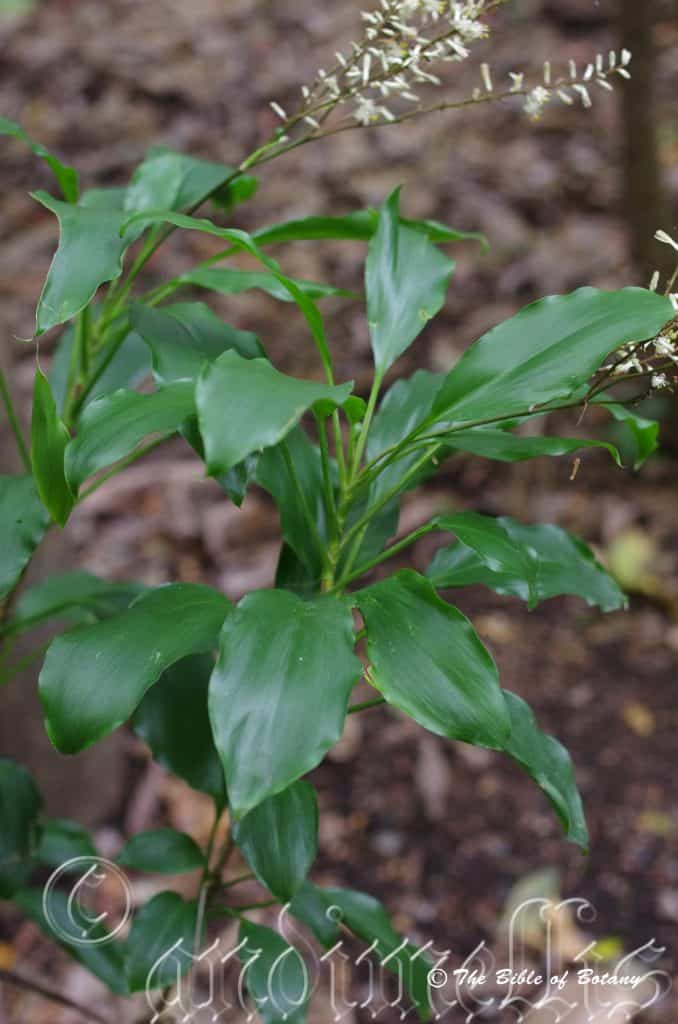
Paluma Range National Park Qld.
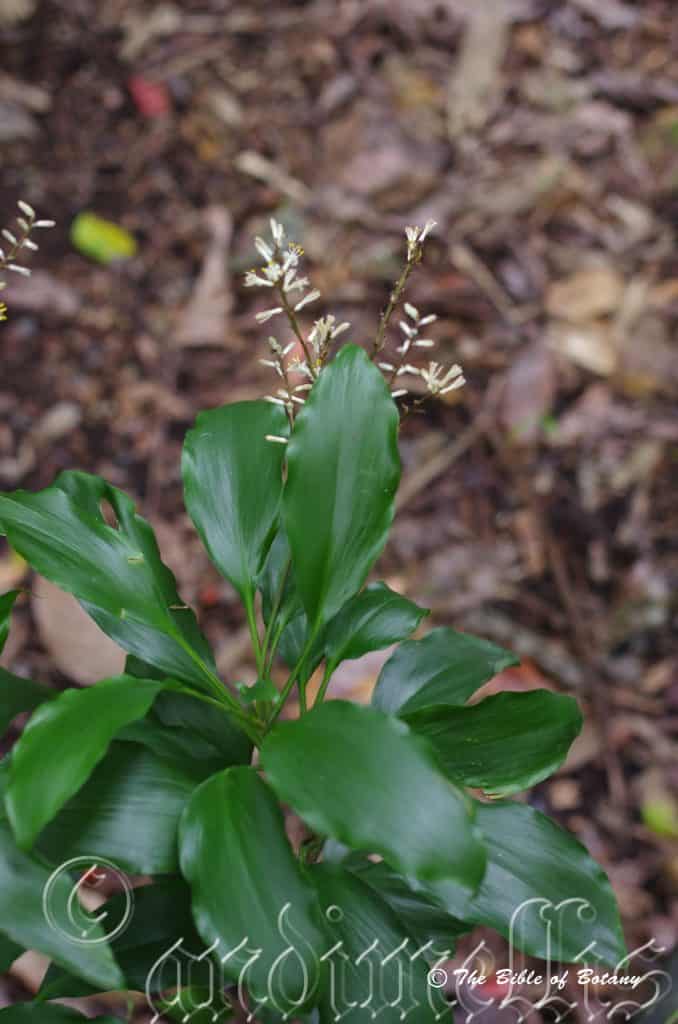
Paluma Range National Park Qld.
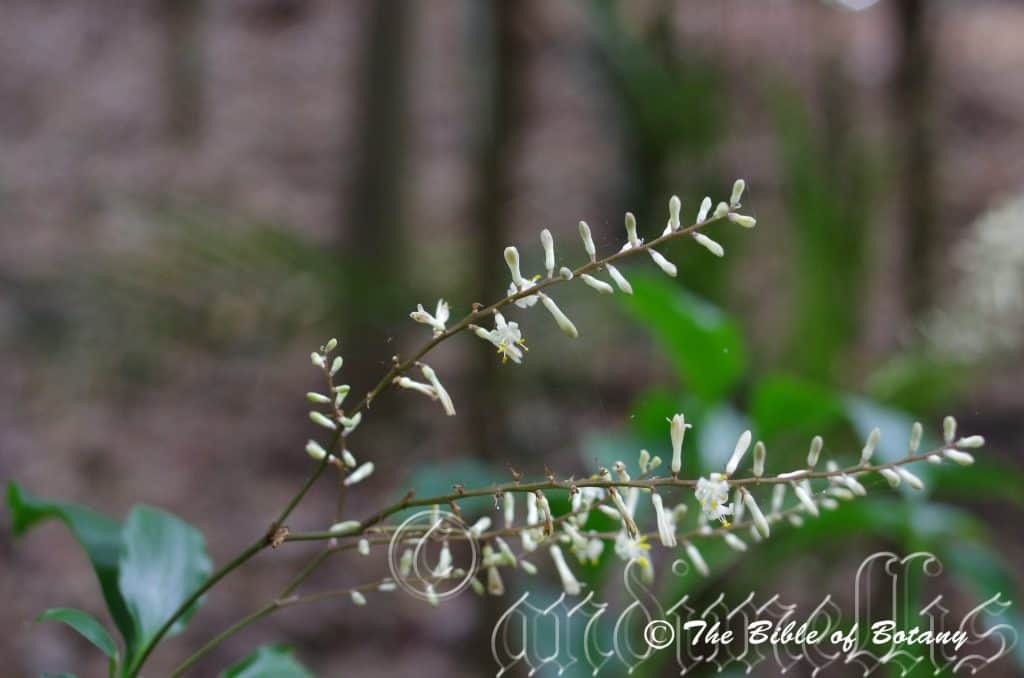
Paluma Range National Park Qld.
Cordyline murchisoniae
Classification:
Unranked: Monocots
Order: Asparagales
Family: Asteliaceae
Genus: From Kordyle, which is Ancient Greek for club like in shape. It refers to the base of the slim trunks of some species which are wider like a club.
Specie: From Murchison, which is Latinized for the district in Western Australia, where the type species originated.
Sub specie:
Common Name: Murchisoniae Palm lily.
Distribution:
Cordyline murchisoniae is found south from Bellender Kerr to Mundurin Creek near Gladstone in coastal northern to central Queensland on the eastern side of The Great Dividing Range and some of the larger off shore Islands.
https://avh.ala.org.au/occurrences/search?taxa=Cordyline+murchisoniae#tab_mapView
Habitat Aspect Climate:
Cordyline murchisoniae prefers dense shade to light dappled shade. It grows in and adjacent to well-developed tropical rainforests, moist Eucalypt forests or moist gallery forests especially littoral rainforests. The altitude ranges from 250 meters ASL to 1050 meters ASL.
The temperatures range from 8 degrees in July to 35 degrees in January.
The rainfall ranges from lows of 800mm to 3000mm average per annum.
Soil Requirements:
Cordyline murchisoniae prefers better quality coarse sands, fine sands, loams, light gravelly clays to medium clays. The soils are derived from decomposed brown basalt, black basalt, metamorphic rocks or accumulated coral sands. The soils pH ranges from 5.5pH to 7pH. It does not tolerate waterlogged soils however even moisture content is important throughout the year. None saline soils to moderately saline soils are tolerated.
Height & Spread:
Wild Plants: 4m to 1.5m by 0.5m to 0.6m
Characteristics:
Trunk of Cordyline murchisoniae looks somewhat like a small palm with a light grey bark at the base and green on the upper half above where the bottom leaves start. The bark retains the scars from spent leaf bases. Cordyline murchisoniae is more likely to branch from near the base than the other Cordyline particularly if an old trunk has been bent over or damaged. The trunks measure 1000mm to 1500mm in height by 6mm to 10mm in diameter.
The broad elliptical to oblong-elliptical leaves of Cordyline murchisoniae measure 100mm to 180mm in length by 30mm to 65mm in width. The leaves are in whirls and are clustered along the upper portions of the trunk and overlap the leaf above it. The concolourous laminas are grass-green to mid green and glabrous. The laminas are flat and decurve downwards near the apex while the margins are entire. The mid vein is prominent on the lower lamina and is usually clearly visible on the upper lamina. The grass-green petioles clasp the trunk for over 80mm of its diameter and for 8mm to 12mm in length. The petiole is grooved on the upper surface and measures 40mm to 70mm in length.
The inflorescences of Cordyline murchisoniae are born on long panicles which branch into several racemes. The panicles measures 120mm to 160mm in length from a terminal shoot. The erect panicles branch from a third of its length. The rachises, peduncles and pedicels are deep olive-green and glabrous. The pedicels measure 3mm to 5mm in length.
The single bract measures 3mm to 5mm in length. The white corollas measure 7mm to 10mm in length while the white strongly revolute lobes measure 7mm to 9mm in length when laid out. The lobes are oblong with obtuse apexes.
The 6 white filaments measure 12mm to 16mm in length. The bright yellow, adnately fixed, oblong anthers have bright yellow pollen. The anthers measure 2mm to 2.5mm in length. The white pistil measures 12mm to 16mm in length. The flowers appear throughout the year when favourable conditions exist.
The fruits of Cordyline murchisoniae are fleshy berries. The berries are round measure 9mm to 12mm in diameter. The glossy scarlet-red berries contain many small black seeds that measure 1mm long in a pale white pulp. The berries remain attached to the plants for a prolonged period after ripening.
Wildlife:
I have never seen anything eat the leaves or fruit of Cordyline murchisoniae in the wild. I have eaten the juicy fruits when collecting the seeds but find them like the other Cordyline quite unpleasant and dry.
Cultivation:
Cordyline murchisoniae is a beautiful tall lily that deserves a place in every native or exotic garden. It is ideal in almost every setting near ponds, at the edge of a rainforest in courtyards, around swimming pools, indoors or near that water feature. Because of their strong vertical lines they look great around pools and in the courtyard making it look larger. Cordyline murchisoniae makes a good accent plant around formal gardens because of its strap like leaves and slender trunk. The plants are well suited to cultivation and will grow 1 meter to 1.5 meters by 0.5 meter to 0.6 meters in diameter as a single trunk rainforest specimen or 0.6 meters to 2 meters by 1 meter to 3 meters as a multi stemmed feature.
Cordyline murchisoniae also has the advantage that it can be cut back hard to make it reshoot from near the ground giving rise to a new plant very soon after the pruning. Cutting the plants back hard also results in several heads growing to give a lush rain forest understory look the following season.
Cordyline murchisoniae is a great plant to grow over or below septic tanks where the nutrient rich waters will enhance that rainforest look of large rich deep green leaves.
Its versatility doesn’t stop with accepting all types of soils but it can cope with temperatures as low as minus 3 degrees and up to 42 degrees though it is frost tender when young. It is drought resistant and can cope with the occasional immersion where periodic down pours may flood the land.
Add to the above, if it is given an adequate moisture, plenty of mulch for moisture retention and an even soil temperature, applying native fertilizers on a regular basis the plants will respond with good flowering and will yield good quality fruit with maximum size. It is the fruits that really give colour to their surroundings for a long time.
It is best grown in a semi shaded location where the soil remains damp for extended periods. It will reach its full potential in just 3 to 5 years and flower from the third year from seed.
Indoor or Potted On:
Sawdust or sand mixes are too well draining unless the sawdust has completely composted down where it exhibits a texture like plastacine to the touch. Moisture can be squeezed out between the fingers yet it remains moist. I find this a great basis to start with.
Mix equal parts of the well decomposed saw dust with the above feel with perlite and vermiculite. To this add two part sharp clean sand, one part compost and one part good crusher dust from a basalt rock quarries. Preferably black basalt but both are good. Make sure the sand comes from a source that does not have salt.
The decomposed Sawdust in this condition creates the moisture retention and holds nutrient in. The perlite and vermiculite make the mix neutral and both have great water holing capacity without shrinkage with age. The sand creates good drainage and is good for good healthy root development. The crusher dust adds vital minerals which the plants need.
Indoor plants need good light and ventilation without drying breezes or wind. Ensure that the pot is rotated every few days so that all the leaves are exposed equally to the light.
Again fertilize the plants on a monthly basis with the above formula on a rotation basis.
Propagation:
Seeds: Cordyline murchisoniae seeds do not require treatment before sowing. Sow fresh seeds directly into a seed raising mix and cover with 5mm of the mix. When the seedlings are 25mm to 50mm tall, prick them out and plant them into 50mm native tubes using a seed raising mix.
Once the seedlings reach 150mm to 200mm in height plant them out into their permanent position. Mass plantings can be achieved by planting them at 0.6 meter to 1 meter centers.
Cuttings: Use 80mm to 100mm long or longer cuttings from the old growth. Take them in early spring after the last frosts or when the weather is warming up.
1 Prepare the cutting mix by adding one third sharp clean river sand, one third peat and one third perlite. These ingredients are sterilize,
2 Select good material from non diseased plants,
3 Select semi green stems for cuttings. Look for a stem with two or three nodes,
4 Place the cutting on a flat, hard surface, and make a clean down one side of the cutting for 10mm to 15mm with a sharp sterile knife or razor blade. – This scarification of the node will increase the chances of roots emerging from this spot. Now remove all but one or two the leaves, leaving the apex leaves in tact. If the leaves are very large in proportion to the stem, cut off the apical halves.
5 Use a small dipple stick or old pencil to poke a hole into the soilless potting mix. Ensure the hole is slightly larger than the stem diameter and be careful not to wipe the rooting hormone off the cuttings base, place the cuttings in a pattern ensuring the cuttings are not touching each other,
6 I like to place the pots in Plastic bags to help maintain temperature and moisture. Place in a semi shaded place like under 50% shade cloth.
7 When the cuttings have struck, open the bag to allow air circulation for a few days to a week,
8 Once hardened off remove the cuttings from the bag and allow to further hardening for a few more days,
9 Transplant into a good potting mix to grow on.
The heads can also be used as a cutting by removing the top part wit all the leave and around 200mm of the stem.
Place the head in a 250mm pot and bury the stem down to the bottom leaves. Water regularly keeping the mix moist to wet auntim the roots are seen at the bottom of the pot. Trans plant and fertilize as above.
Fertilize using Seaweed, fish emulsion or organic chicken pellets soaked in water on an alternate basis. Fertilize every two months until the plants are established then annually in early September or March to maintain health, vitality and better flowering.
Further Comments from Readers:
Hi reader, it seems you use The Bible of Botany a lot. That’s great as we have great pleasure in bringing it to you! It’s a little awkward for us to ask, but our first aim is to purchase land approximately 1,600 hectares to link several parcels of N.P. into one at The Pinnacles NSW Australia, but we need your help. We’re not salespeople. We’re amateur botanists who have dedicated over 30 years to saving the environment in a practical way. We depend on donations to reach our goal. If you donate just $5, the price of your coffee this Sunday, We can help to keep the planet alive in a real way and continue to bring you regular updates and features on Australian plants all in one Botanical Bible. Any support is greatly appreciated. Thank you.
In the spirit of reconciliation we acknowledge the Bundjalung, Gumbaynggirr and Yaegl and all aboriginal nations throughout Australia and their connections to land, sea and community. We pay our respect to their Elders past, present and future for the pleasures we have gained.
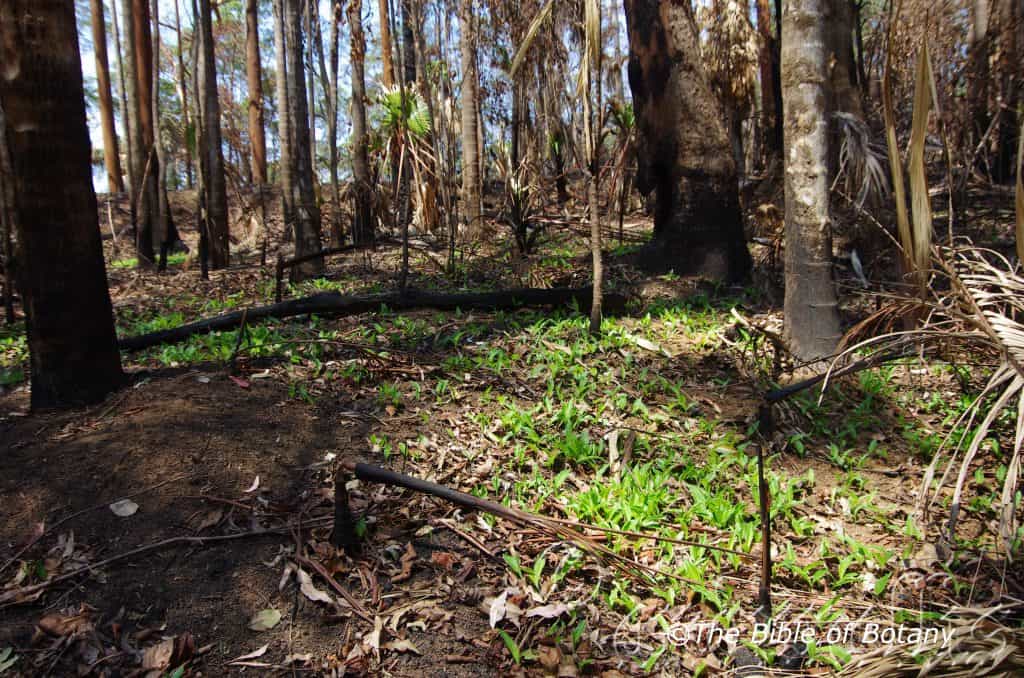
Seedlings Following 2019 Wildfires Erwingar State Forest NSW
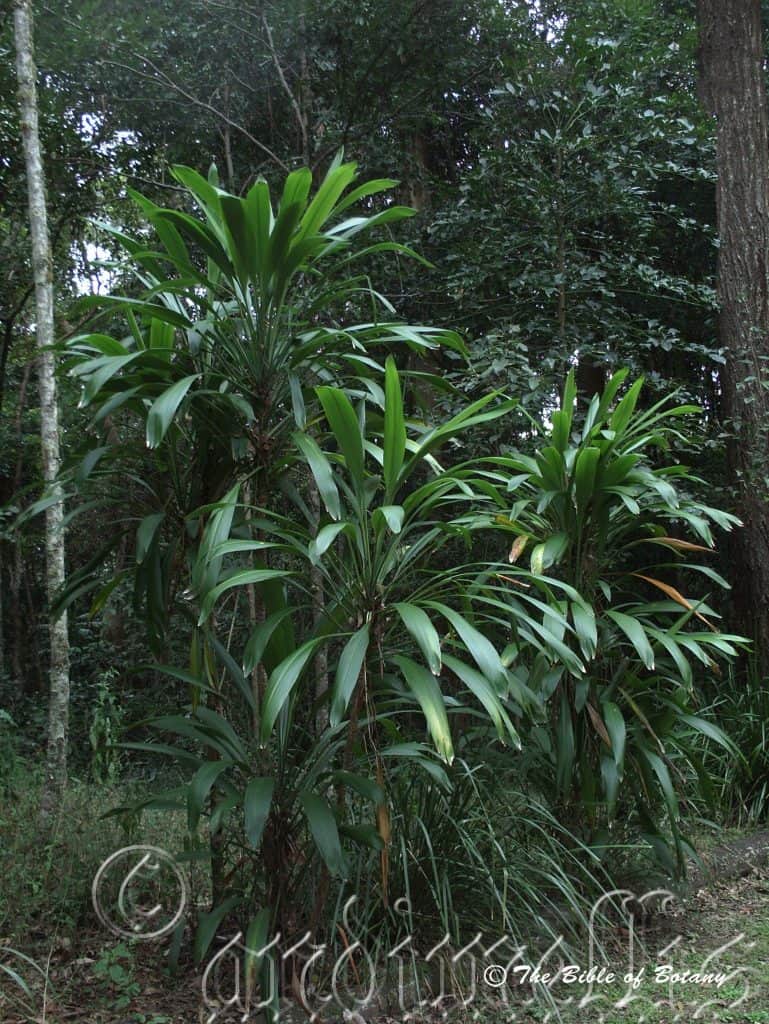
Mount Nebo Qld.
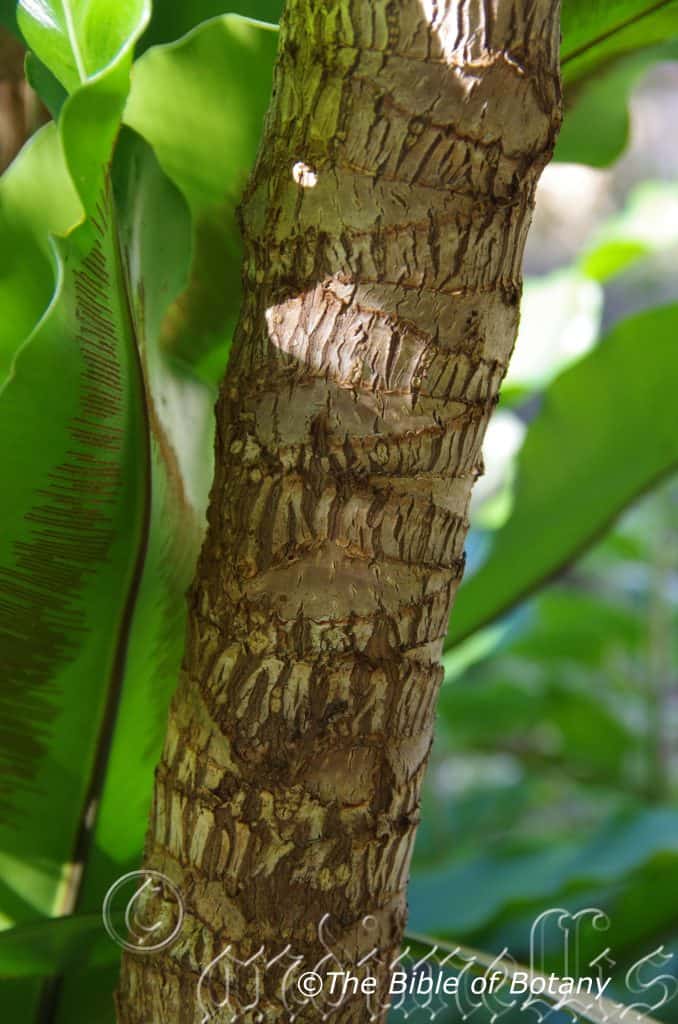
Author’s Garden The Pinnacles NSW
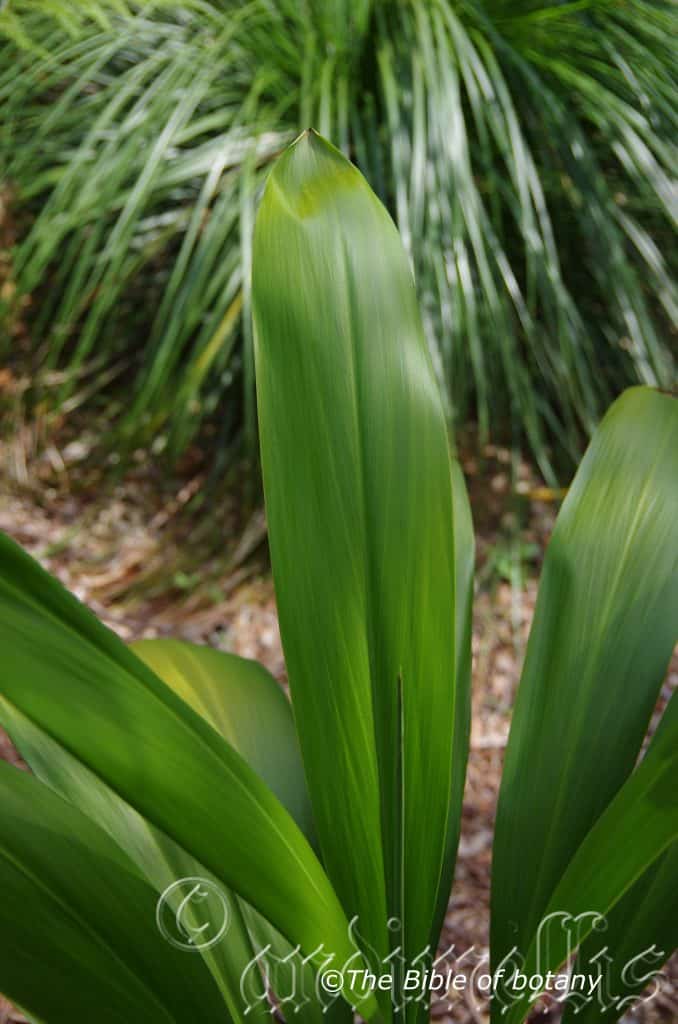
Author’s Garden The Pinnacles NSW
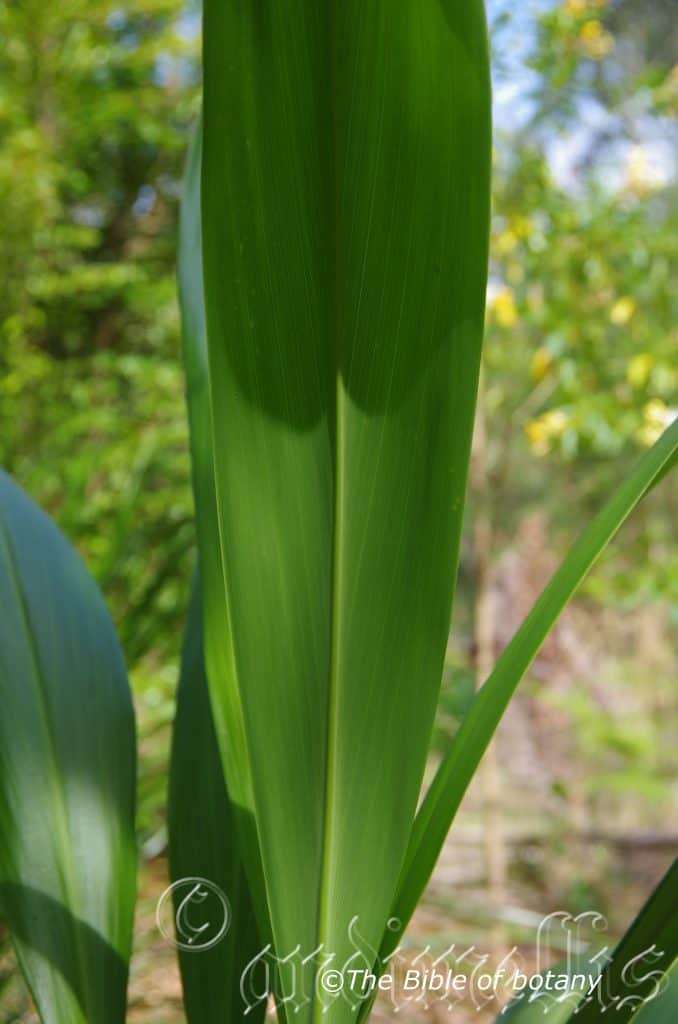
Author’s Garden The Pinnacles NSW
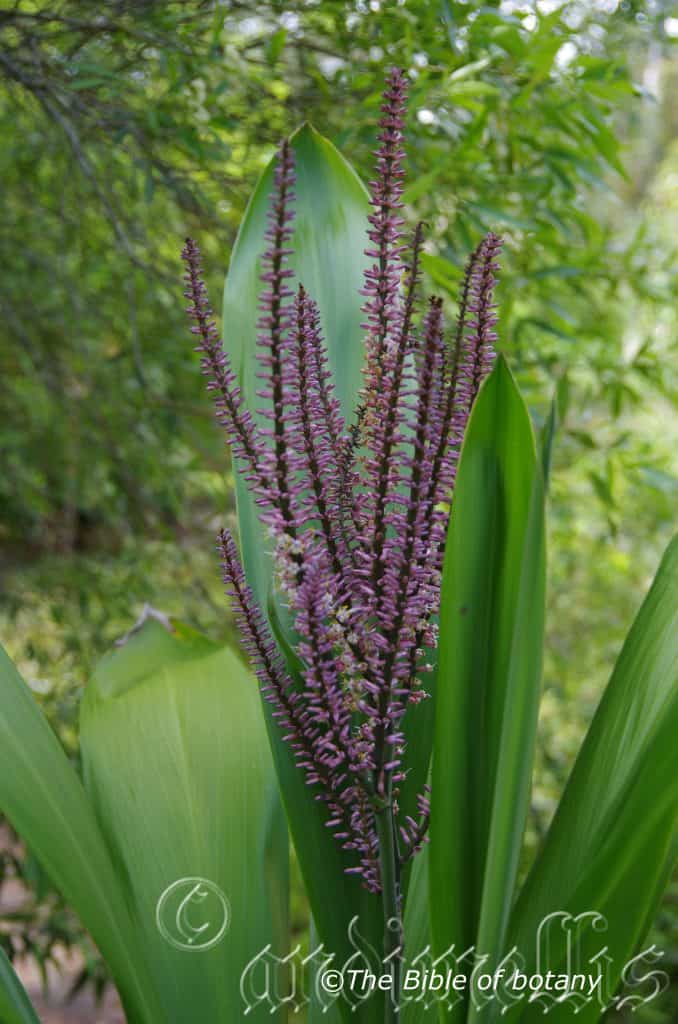
Author’s Garden The Pinnacles NSW
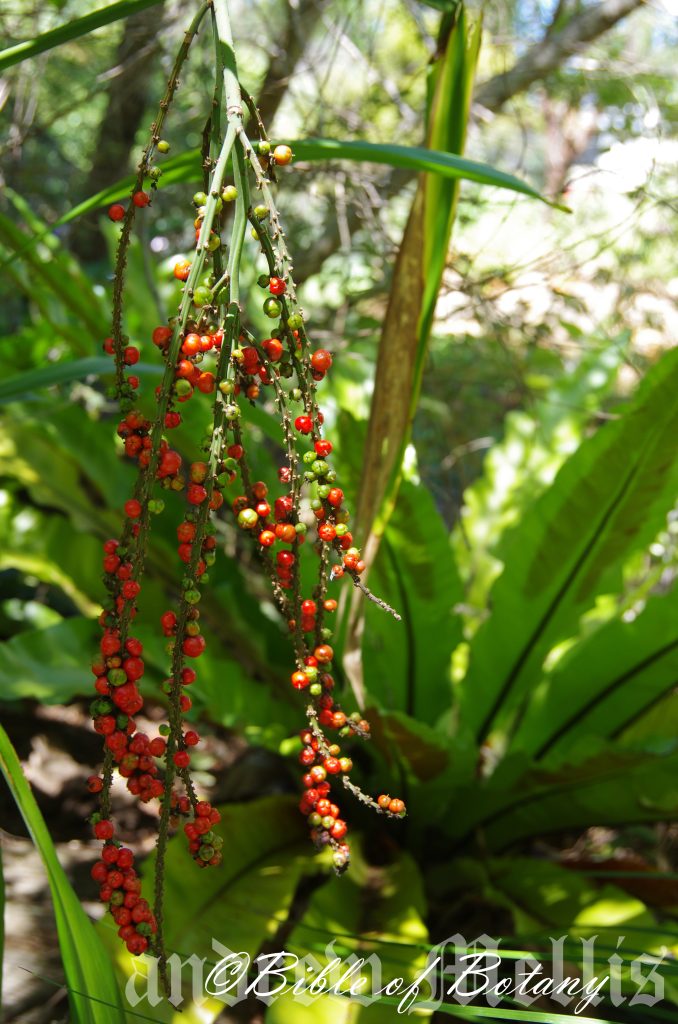
Author’s Garden The Pinnacles NSW
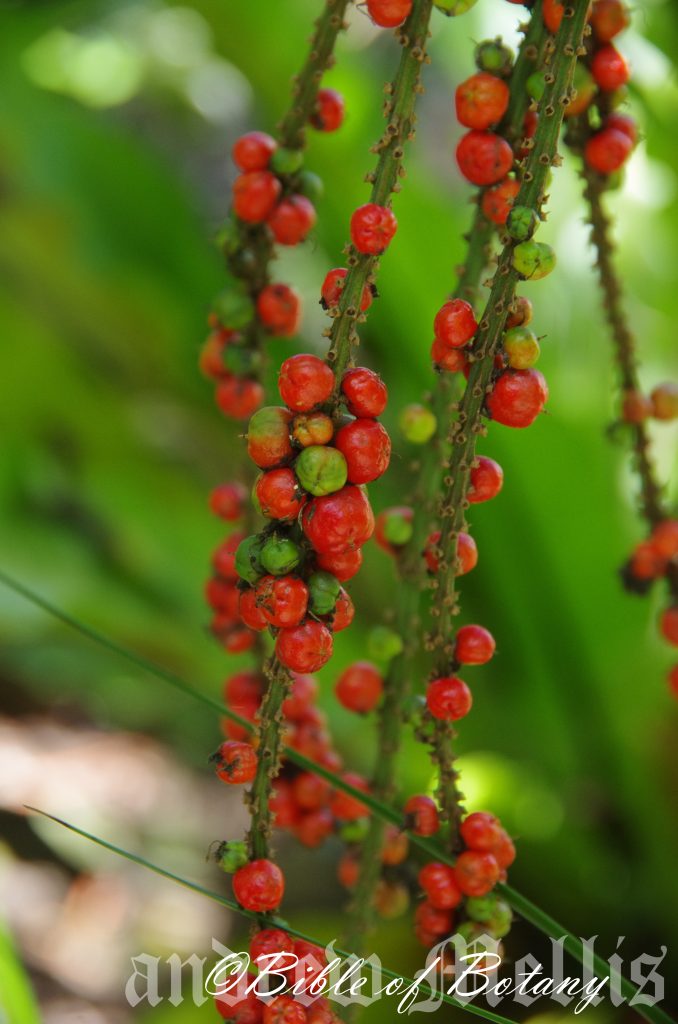
Author’s Garden The Pinnacles NSW
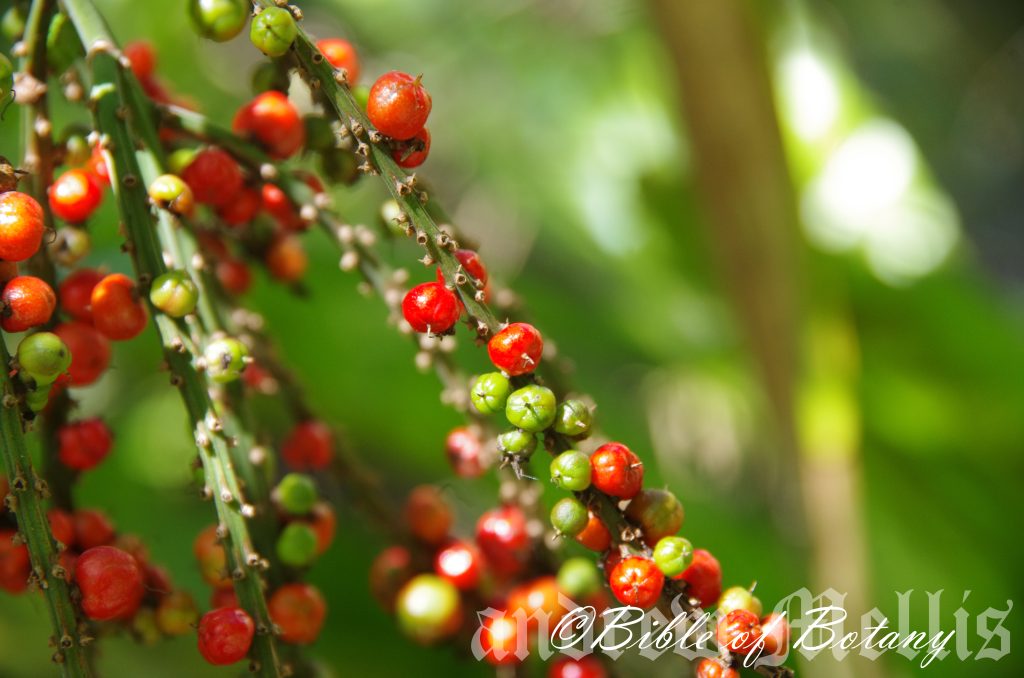
Author’s Garden The Pinnacles NSW
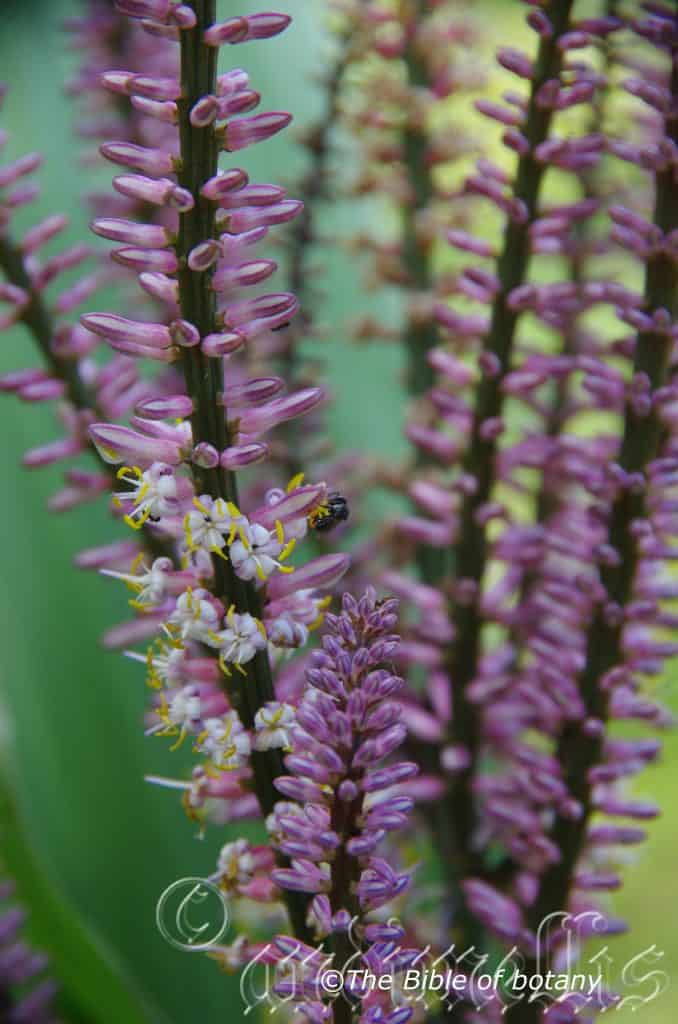
Author’s Garden The Pinnacles NSW
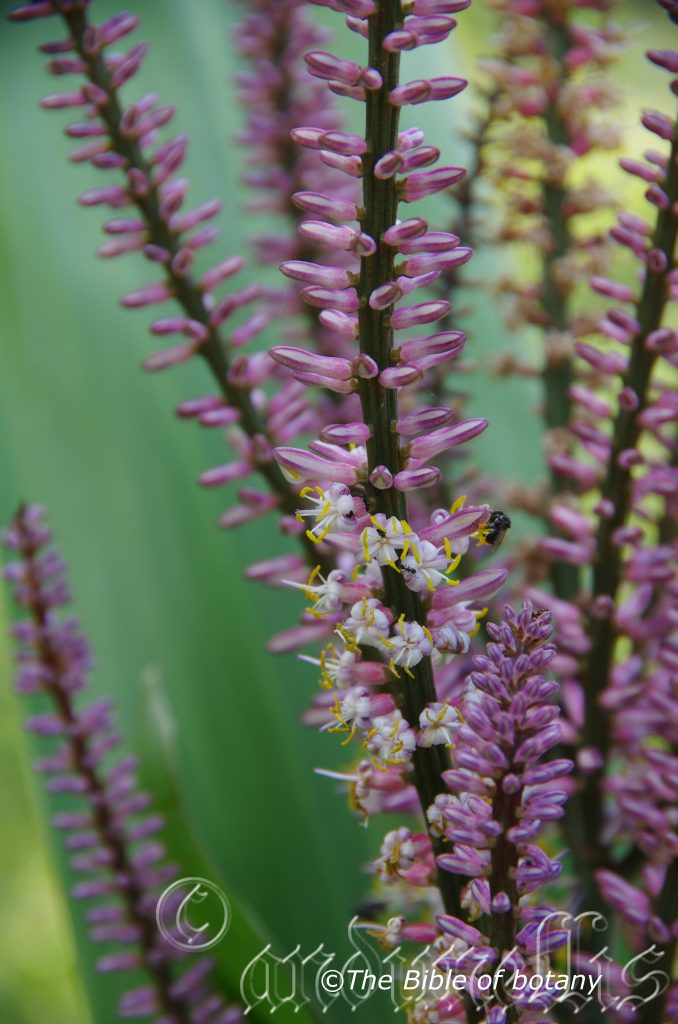
Author’s Garden The Pinnacles NSW
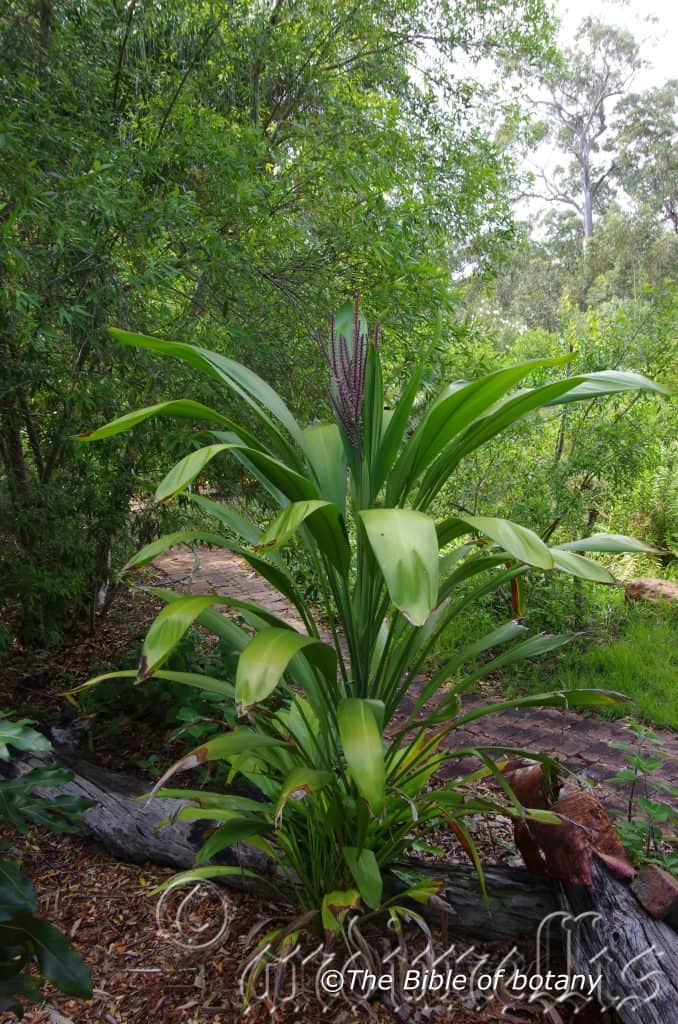
Author’s Garden The Pinnacles NSW
Cordyline petiolaris
Classification:
Unranked: Monocots
Order: Asparagales
Family: Asteliaceae
Genus: From Kordyle, which is Ancient Greek for club like in shape. It refers to the base of the slim trunks of some species which are wider like a club.
Specie: From Petiolus, which is Latin for a leaf stalk. It refers to leaf stalks, which much longer than other species in the genus.
Sub specie:
Common Name: Broad Leaf Cordyline.
Distribution:
Cordyline petiolaris is found south from Gladstone in southern Queensland to Nambucca Heads in northern New South Wales. It is found on and east of the Great Dividing Range.
https://avh.ala.org.au/occurrences/search?taxa=Cordyline+petiolaris#tab_mapView
Habitat Aspect Climate:
Cordyline petiolaris prefers full shade to dappled shade. It grows in the mountains in moist Eucalypt forests, warm tropical rainforests and warm subtropical forests. The altitude ranges from 10 meters ASL to 600 meters ASL.
The temperatures range from 4 degrees in July to 33 degrees in January.
The rainfall ranges from lows of 800mm to 1600mm average per annum.
Soil Requirements:
Cordyline petiolaris prefer better quality loams, light gravelly clays to medium clays. The soils are usually derived from decomposed brown basalts, black basalts or metamorphic rocks. The soils pH ranges from 6pH to 7pH. It does not tolerate water logged soils however even moisture content is important. Non saline soils to moderately saline soils are tolerated.
Height & Spread:
Wild Plants: 4m to 5m by 1m to 1.5m
Characteristics:
Cordyline petiolaris grows as small single trunked or multi trunked understory plant. Trunk narrowly club shape at the base measuring 70mm to 100mm rising to 50mm to 60mm in diameter. It looks somewhat like a small palm with a creamy bark at the base and green on the upper half where the leaves start. The bark retains the scars from spent leaf bases.
The elliptical to oblong leaves of Cordyline petiolaris are pendulant and measure 300mm to 800mm long by 50mm to 120mm wide. The attenuate base is semi involute on the petiole which clasps the trunk for about half of the diameter of the stem while the apex is broad acuminate but usually always torn. The petiole measures 150mm to 450mm in length. The leaves are in whirls and are clustered along the upper portions of the trunk. The discolourous laminas are pale grass green to mid green with or without a red or purple tinge and glabrous on the upper lamina while the lower lamina is paler. The leaf margins are entire while the laminas are flat to slightly recurve. The mid vein is strongly prominent on the lower lamina and is not clearly visible to distinctly visible on the upper lamina.
Inflorescences of Cordyline petiolaris are born on a long panicle which measures 200mm to 400mm in length from a terminal shoot. The strongly pendulant panicles branch from a third of the way along to form several scapes which measure 100mm to 220mm in length. The rachises, scapes and pedicels are deep green to sea-green and glabrous. The pedicels measure 0.5mm to 1mm in length. The stipules at each scape are linear to narrow lanceolate and measure 50mm to 130mm in length by 5mm to 10mm in width.
The 3 bracts measure 1.5mm to 2mm in length. The white to deep pink perianth are oblong with obtuse apexes. The 3 outer tepals measure 5.5mm to 6.5mm in length by 2.5mm to 3mm in width. The 3 inner tepals measure 6.5mm to 6.5mm in length by 2.5mm to 3mm in width.
The 6 white filaments measure 4.5mm to 7mm in length. The bright yellow, adnately fixed, sagittate anthers have bright yellow pollen. The anthers measure 1.5mm to 2.5mm in length.
The pink style is glabrous and tapers to the orbicular stigma. The style measures 7mm to 8mm in length. Cordyline petiolaris’s flowers appear throughout the year when favourable conditions exist.
Cordyline petiolaris’s fruits are fleshy berries. They are round 8mm to 10mm in diameter. The style is persistent on the fruit. The bright red to carmine-red berries contain many small black seeds measuring 1mm long and remain attached to the plants for a prolonged period after ripening.
Wildlife:
I have never seen anything eat the leaves or fruit of Cordyline petiolaris in my garden or in the wild. I have eaten the juicy fruits when collecting the seeds but find them very unpleasant if not downright disgusting.
Cultivation:
Cordyline petiolaris is a beautiful tall lily that deserves a place in every native or exotic garden. It is ideal in almost every setting near ponds, at the edge of a rainforest in courtyards, around swimming pools, indoors or near that water feature. Because of their strong vertical lines they look great around pools and in the courtyard making the courtyards look even larger. Cordyline also have the advantage that they can be cut back hard to make them reshoot from near the ground giving rise to a new plant very soon after the pruning. Cutting the plants back hard also results in several heads growing to give a lush rainforest understory look the following season.
In cultivation as a multi stemmed plant they will grow from 2 meters to 3 meters tall by 1.5 meters to 2.5 meters in diameter. There are many colour variations available in the leaves from yellows pinks, reds, and burgundies. The red forms can be used for accent in the garden or to give all year round colour in the rain forest or around the pool and court yard. Cut out any shoots that may revert back to the original green. Again these can be used very effectively around the house in formal gardens and indoors.
Cordyline petiolaris is great plant to grow over or below septic tanks where the nutrient rich waters will enhance that rainforest look of large rich deep green leaves.
Its versatility doesn’t stop with accepting all types of soils but they can cope with temperatures as low as minus 2 degrees and up to 42 degrees though it is frost tender when young. It is drought resistant and can cope with the occasional immersion where periodic down pours may flood the land.
Add to the above, if it is given adequate moisture, plenty of mulch for moisture retention and an even soil temperature, applying native fertilizers on a regular basis the plants will respond with good flowering and will yield enormous quantities of good quality fruit with maximum size. It is these fruits that are highly ornamental and hang from the plants for many months. It is the fruits that really give colour to their surroundings.
It is best grown in a semi shaded location where the soil remains damp for extended periods. It will reach its full potential in just 3 to 5 years and flower from the third year from seed.
It is a great indoor plant where there are good bright conditions. They do particularly well in well-lit bathrooms.
INDOORS OR POTTED ON:
Sawdust or sand mixes are too well draining unless the sawdust has completely composted down where it exhibits a texture like plastacine to the touch. Moisture can be squeezed out between the fingers yet it remains moist. I find this a great basis to start with.
Mix equal parts of the well decomposed saw dust with the above feel with perlite and vermiculite. To this add two part sharp clean sand, one part compost and one part good crusher dust from a basalt rock quarries. Preferably black basalt but both are good. Make sure the sand comes from a source that does not have salt.
The decomposed Sawdust in this condition creates the moisture retention and holds nutrient in. The perlite and vermiculite make the mix neutral and both have great water holing capacity without shrinkage with age. The sand creates good drainage and is good for good healthy root development. The crusher dust adds vital minerals which the plants need.
Indoor plants need good light and ventilation without drying breezes or wind. Ensure that the pot is rotated every few days so that all the leaves are exposed equally to the light.
Again fertilize the plants on a monthly basis with the above formula on a rotation basis.
Propagation:
Seeds: Cordyline petiolaris seeds do not require treatment before sowing. Sow fresh seeds directly into a seed raising mix and cover with 5mm of the mix. Keep the trays moist not wet and place them under 50mm shade. When the seedlings are 25mm to 50mm tall, prick them out and plant them into 50mm native tubes using a seed raising mix.
Once the seedlings reach 150 to 200mm in height plant them out into their permanent position. Mass plantings can be achieved by planting them at 1 meter to 3 meter centers.
Cuttings: Use 80mm to 100mm long or longer cuttings from the old growth. Take them in early spring after the last frosts or when the weather is warming up.
1 Prepare the cutting mix by adding one third sharp clean river sand, one third peat and one third perlite. These ingredients are sterilize,
2 Select good material from non diseased plants,
3 Select semi green stems for cuttings. Look for a stem with two or three nodes,
4 Place the cutting on a flat, hard surface, and make a clean down one side of the cutting for 10mm to 15mm with a sharp sterile knife or razor blade. – This scarification of the node will increase the chances of roots emerging from this spot. Now remove all but one or two the leaves, leaving the apex leaves in tact. If the leaves are very large in proportion to the stem, cut off the apical halves.
5 Use a small dipple stick or old pencil to poke a hole into the soilless potting mix. Ensure the hole is slightly larger than the stem diameter and be careful not to wipe the rooting hormone off the cuttings base, place the cuttings in a pattern ensuring the cuttings are not touching each other,
6 I like to place the pots in Plastic bags to help maintain temperature and moisture. Place in a semi shaded place like under 50% shade cloth.
7 When the cuttings have struck, open the bag to allow air circulation for a few days to a week,
8 Once hardened off remove the cuttings from the bag and allow to further hardening for a few more days,
9 Transplant into a good potting mix to grow on.
The heads can also be used as a cutting by removing the top part wit all the leave and around 200mm of the stem.
Place the head in a 250mm pot and bury the stem down to the bottom leaves. Water regularly keeping the mix moist to wet auntim the roots are seen at the bottom of the pot. Trans plant and fertilize as above.
Fertilize using Seaweed, fish emulsion or organic chicken pellets soaked in water on an alternate basis. Fertilize every two months until the plants are established then annually in early September or March to maintain health, vitality and better flowering.
Further Comments from Readers:
Hi reader, it seems you use The Bible of Botany a lot. That’s great as we have great pleasure in bringing it to you! It’s a little awkward for us to ask, but our first aim is to purchase land approximately 1,600 hectares to link several parcels of N.P. into one at The Pinnacles NSW Australia, but we need your help. We’re not salespeople. We’re amateur botanists who have dedicated over 30 years to saving the environment in a practical way. We depend on donations to reach our goal. If you donate just $5, the price of your coffee this Sunday, We can help to keep the planet alive in a real way and continue to bring you regular updates and features on Australian plants all in one Botanical Bible. Any support is greatly appreciated. Thank you.
In the spirit of reconciliation we acknowledge the Bundjalung, Gumbaynggirr and Yaegl and all aboriginal nations throughout Australia and their connections to land, sea and community. We pay our respect to their Elders past, present and future for the pleasures we have gained.
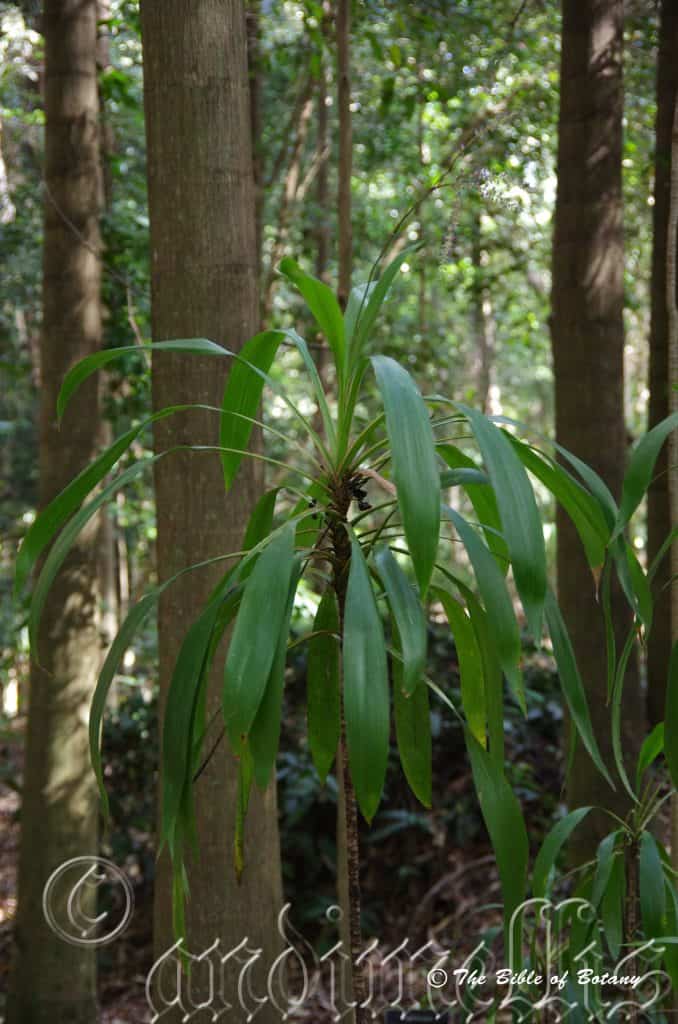
Mount Cootha Botanic Gardens Qld.
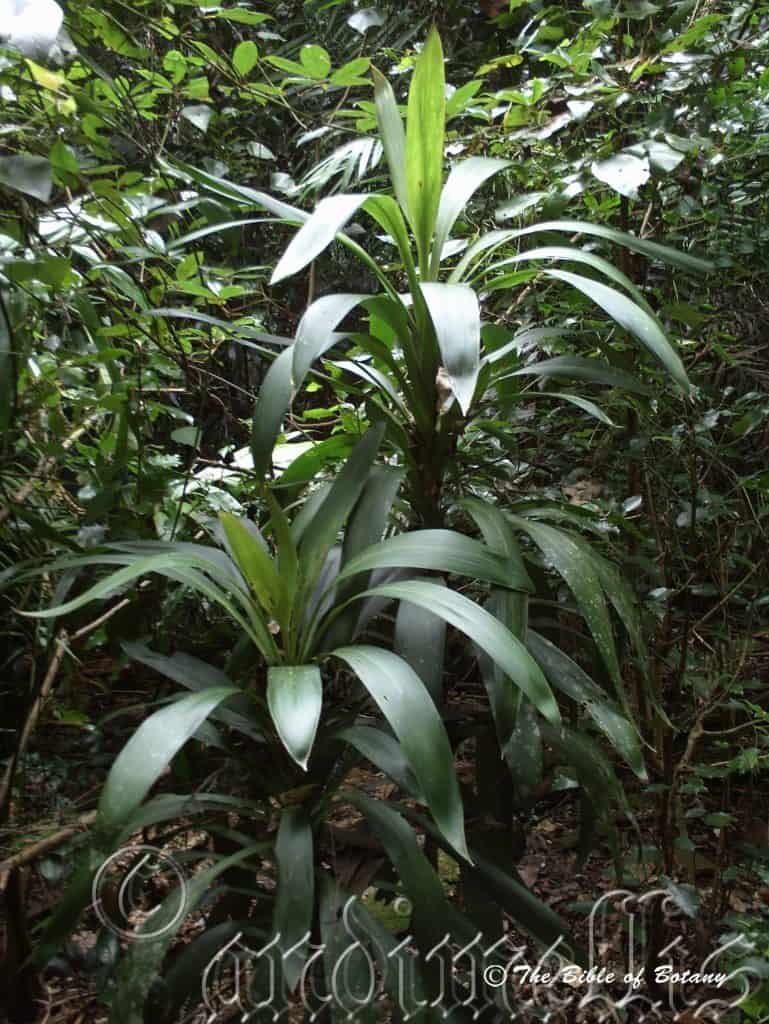
Mount Glorious Qld.
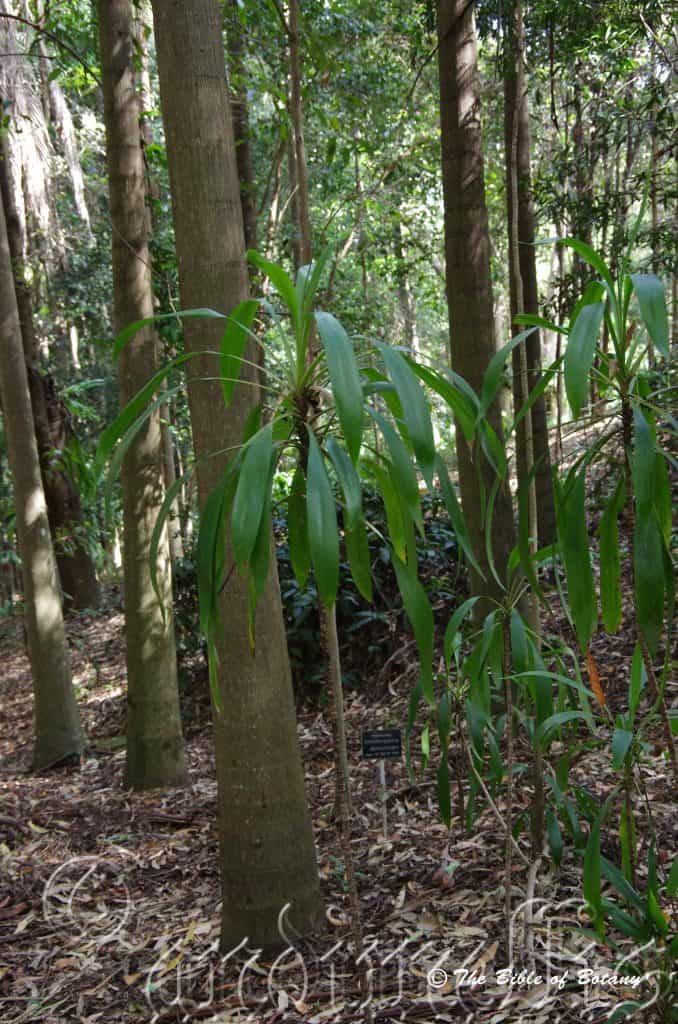
Mount Cootha Botanic Gardens Qld.
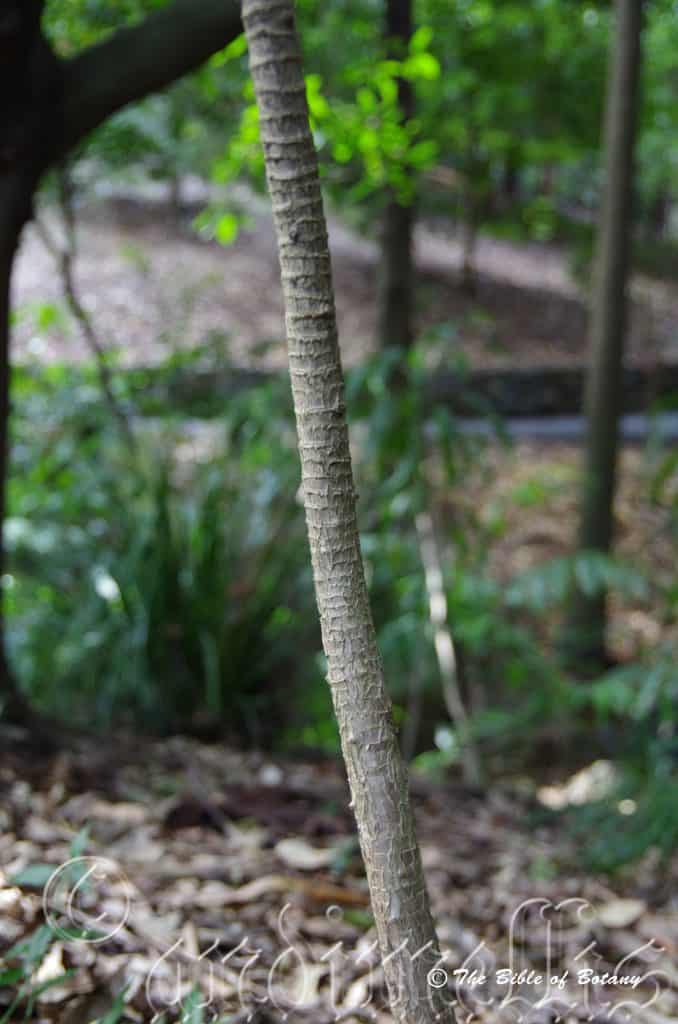
Mount Cootha Botanic Gardens Qld.
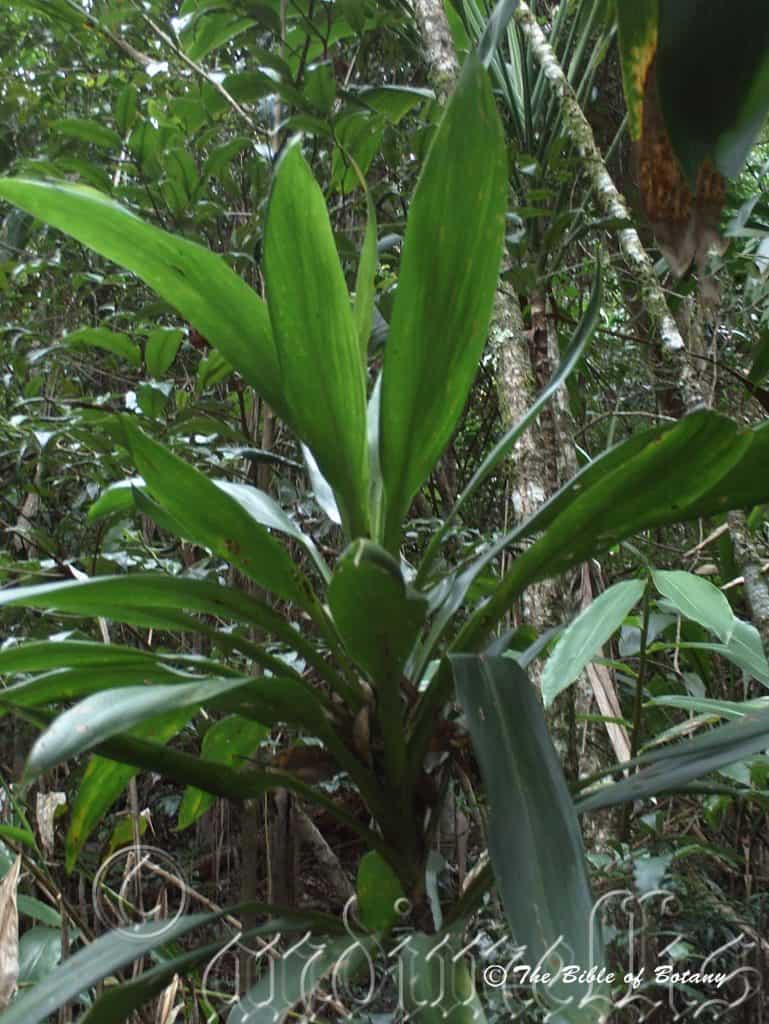

Author’s Garden The Pinnacles NSW
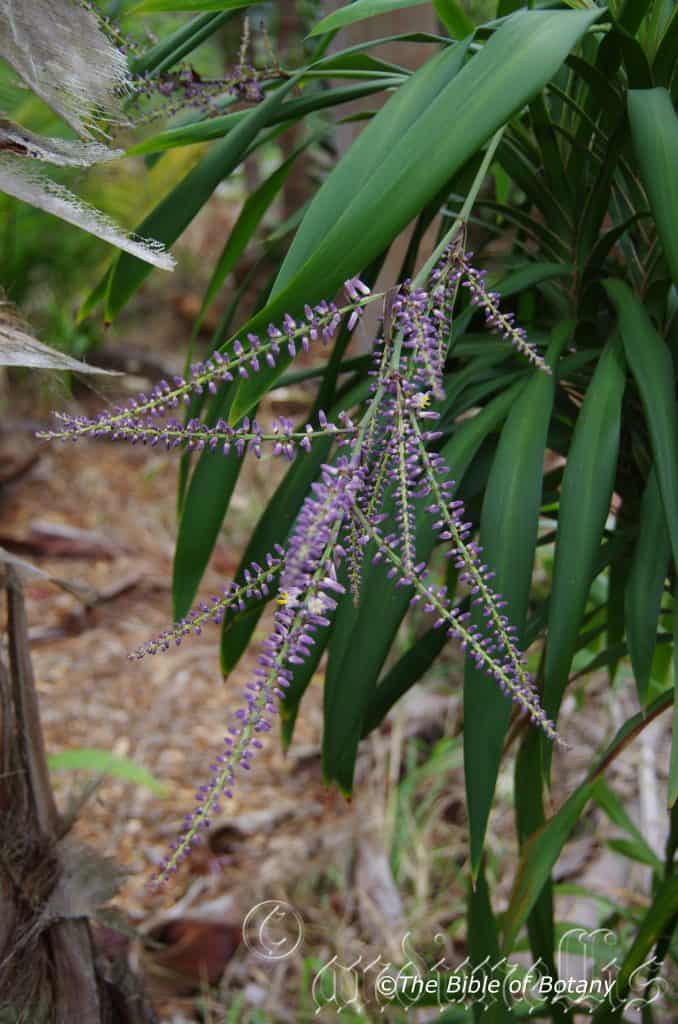
Mount Cootha Botanic Gardens Qld.
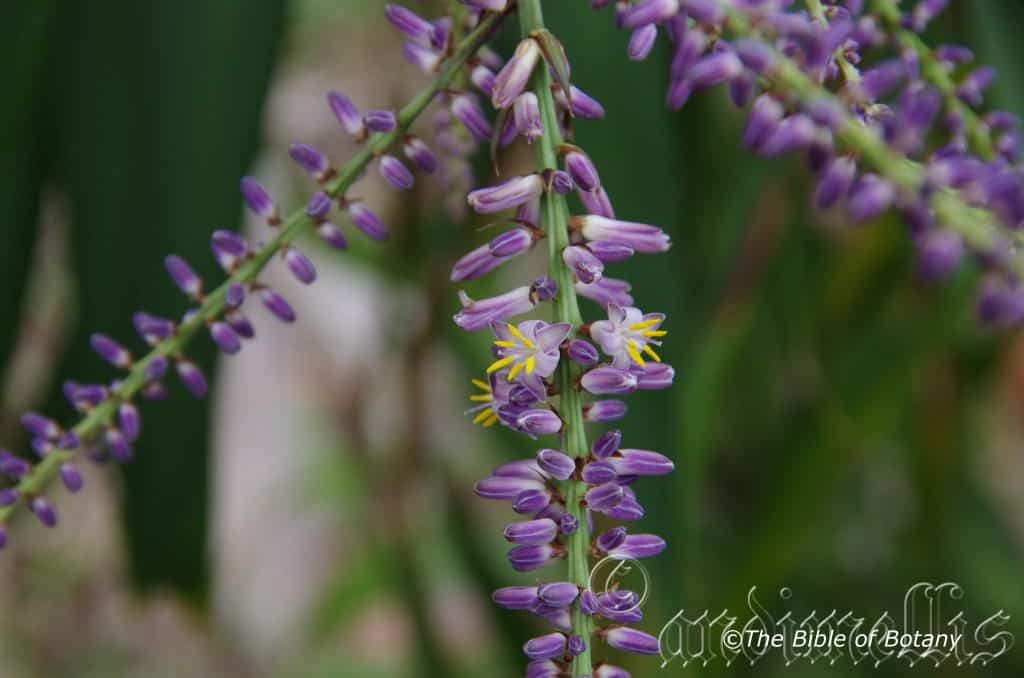
Author’s Garden The Pinnacles NSW
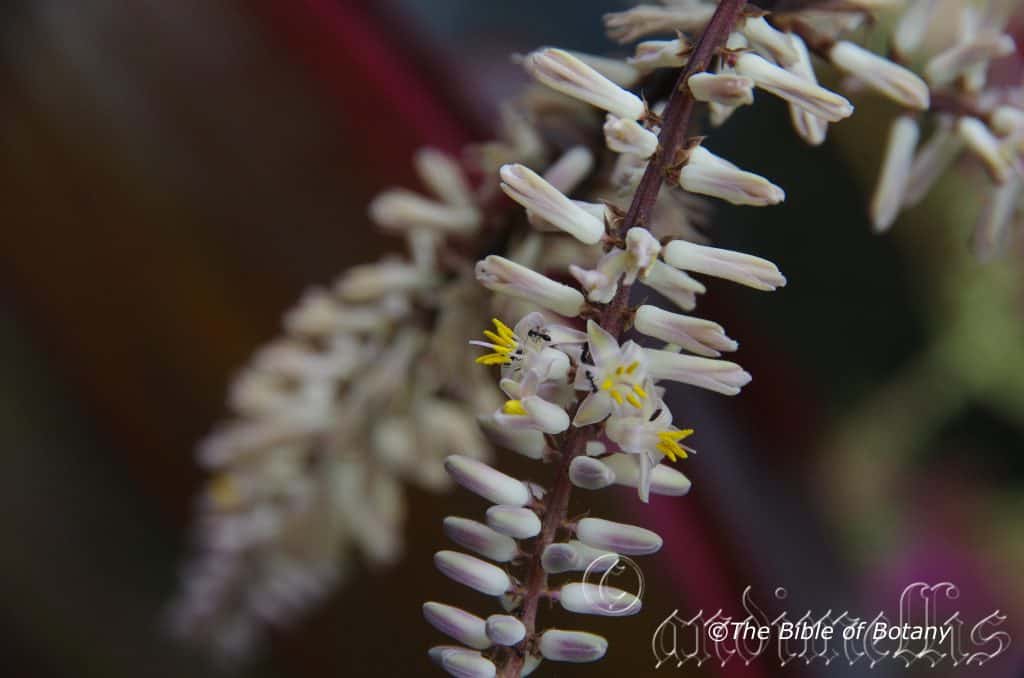
Author’s Garden The Pinnacles NSW
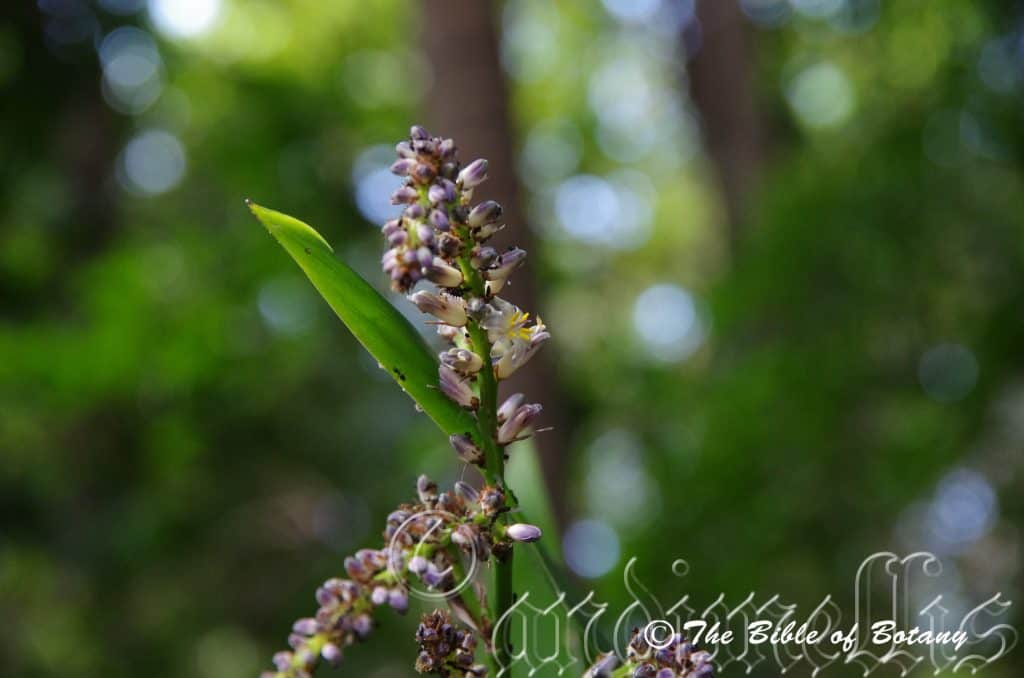
Author’s Garden The Pinnacles NSW
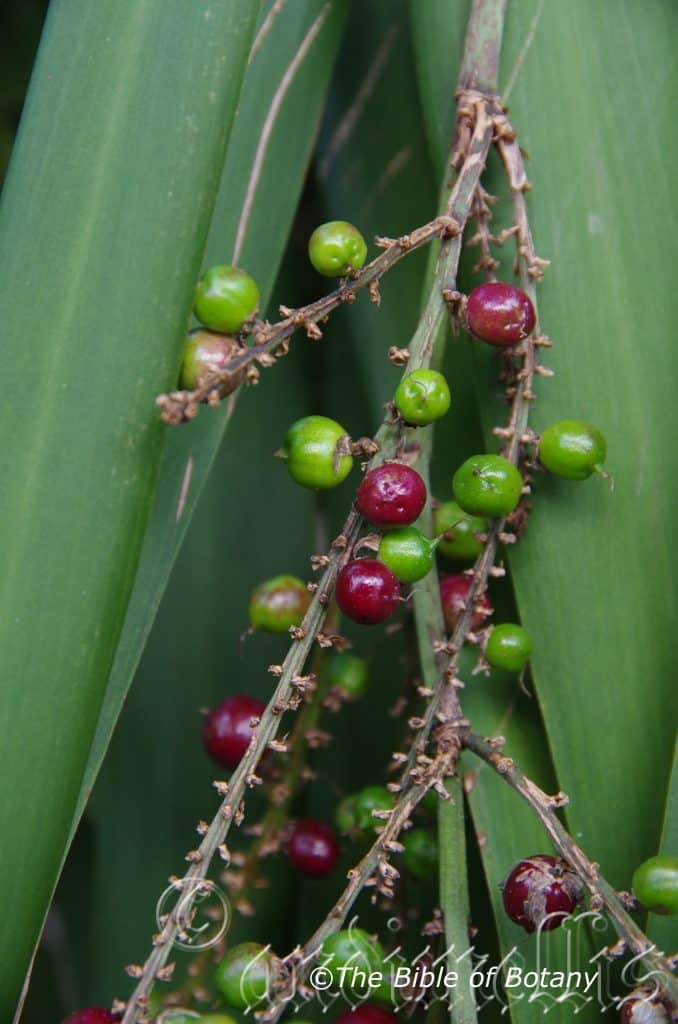
Author’s Garden The Pinnacles NSW
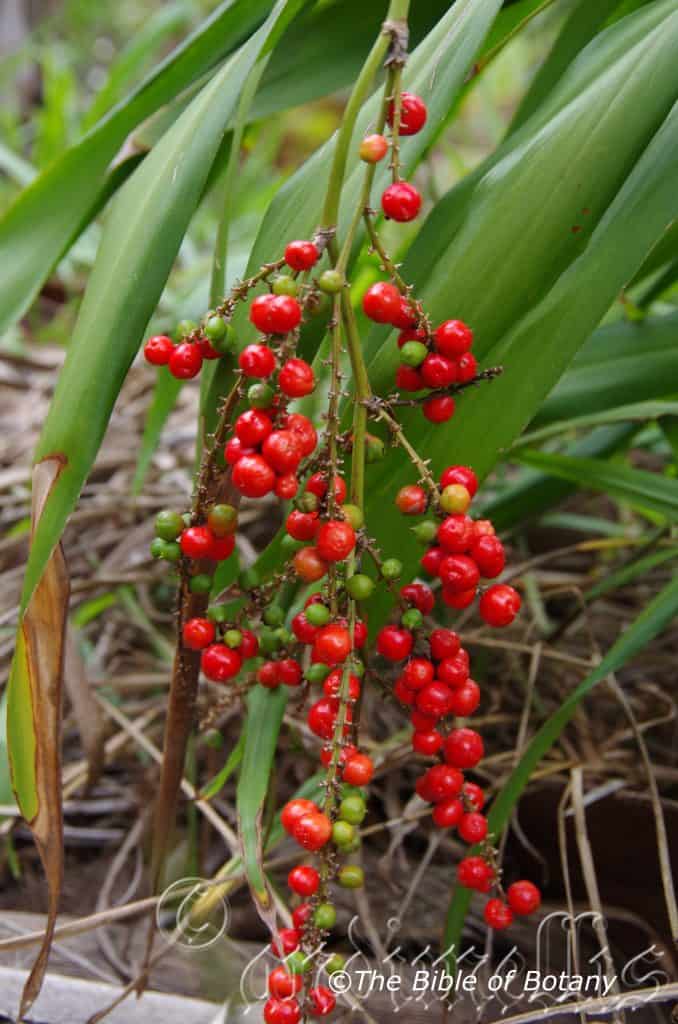
Author’s Garden The Pinnacles NSW
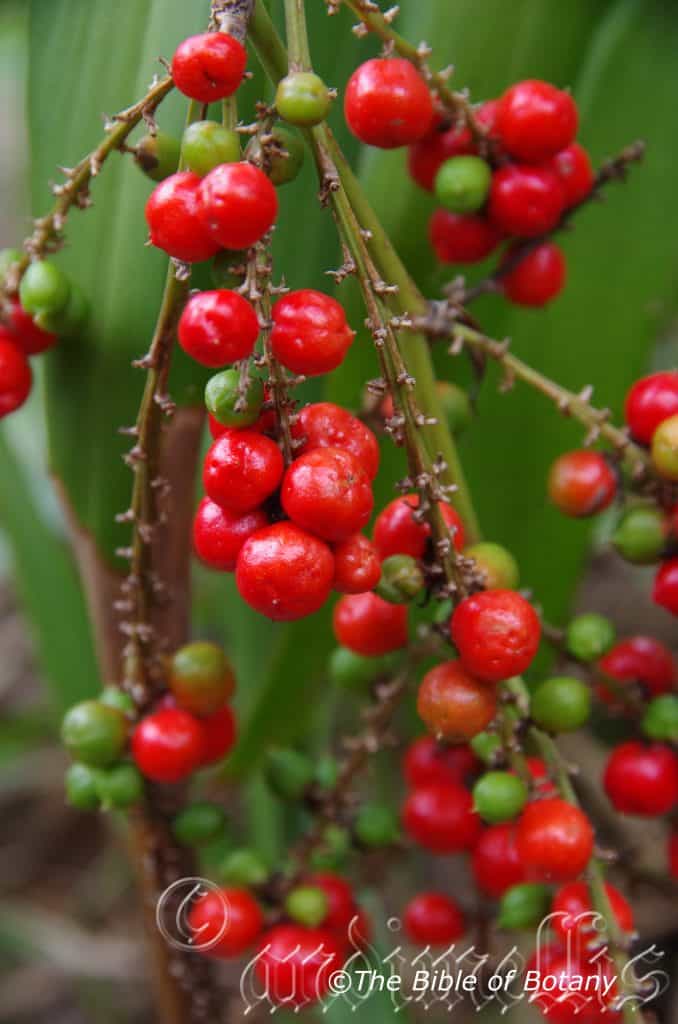
Author’s Garden The Pinnacles NSW
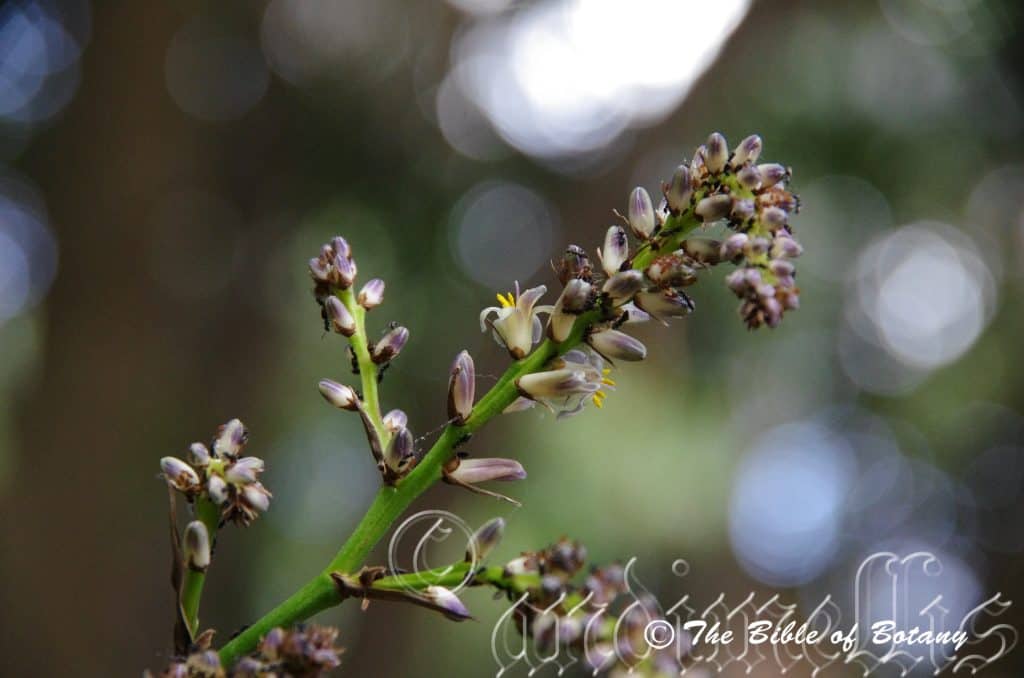
Mount Cootha Botanic Gardens Qld.
Cordyline rubra
Classification:
Unranked: Monocots
Order: Asparagales
Family: Asteliaceae
Genus: From Kordyle, which is Ancient Greek for club like in shape. It refers to the base of the slim trunks of some species which are wider like a club.
Specie: From Rubens, which is Latin for reddish. It refers to organ/s which have a reddish colour.
Sub specie:
Common Name: Red leaf Palm Lilly.
Distribution:
Cordyline rubra is found south from Bundaberg in southern Queensland to Lismore in northern New South Wales. It is found on and east of the Great Dividing Range.
https://avh.ala.org.au/occurrences/search?taxa=Cordyline+rubra#tab_mapView
Habitat Aspect Climate:
Cordyline rubra prefers full shade to dappled shade. It grows in the mountains in moist Eucalyptus forests, adjacent to and within warm subtropical rainforests or littoral rainforests. It prefers moist areas adjacent to wet littoral rainforests to riparian zones on creeks and streams to riverine rainforests. The altitude ranges from 5 meters ASL to 600 meters ASL.
The temperatures range from 4 degrees in July to 33 degrees in January.
The rainfall ranges from lows of 800mm to 1800mm average per annum.
Soil Requirements:
Cordyline rubra prefers better quality loams, light gravelly clays to medium clays. The soils are usually derived from decomposed brown basalts, black basalts metamorphic rocks, accumulated sands or shales. The soils pH ranges from 4.5pH to 7pH. It does not tolerate waterlogged soils however it does prefer soils that are moist throughout the year. Non saline soils to moderately saline soils are tolerated.
Height & Spread:
Wild Plants: 0.3m to 4m by 0.4m to 1m
Characteristics:
Cordyline rubra grows as small single trunked or multi trunked understory plant. Trunk narrowly club shape at the base measuring 80mm to 90mm rising to 30mm to 40mm in diameter. It looks somewhat like a small palm with a light grey bark at the base and green on the upper half where the leaves start. The bark retains the scars from spent leaf bases.
The narrow elliptical leaves of Cordyline rubra measure 150mm to 500mm long by 30mm to 55mm wide. The apex is acute. The 50mm to 200mm slightly incurved lamina which forms the petiole joins onto the trunk to form a sheath to slightly less than half the diameter of the trunk. The petiole measures 50mm to 200mm in length. The leaves are in whirls and are clustered along the upper portions of the trunk. The discolourous laminas are pale grass green to mid green and glabrous on the upper lamina while the lower lamina is paler. The leaf margins are entire while the laminas are flat to strongly wing along the petiole. The mid vein is strongly prominent on the lower lamina and is not clearly visible to distinctly visible on the upper lamina.
Inflorescences of Cordyline rubra are born on a long panicle which measures 200mm to 400mm in length from a terminal shoot. The strongly pendulant panicles branch from a third of the way along to form several scapes which measure 120mm to 300mm in length. The rachises, scapes and pedicels are deep green to sea-green and glabrous. The pedicels measure 0.5mm to 2mm in length. The stipules at each scape’s node are linear to narrow lanceolate and measure 30mm to 50mm in length by 5mm to 9mm in width.
The 3 or 4 usually 3 bracts measure 0.5mm to 1.5mm in length. The white to mauve or lilac-blue perianth are oblong with obtuse apexes. The 3 outer tepals measure 6.5mm to 9mm in length by 3.5mm to 4.5mm in width. The 3 inner tepals measure 7mm to 10mm in length by 2.5mm to 3mm in width.
The 6 white filaments measure 6mm to 7mm in length. The bright yellow, adnately fixed, sagittate anthers have bright yellow pollen. The anthers measure 2mm to 3mm in length.
The pastel pink or pink style is glabrous and tapers to the orbicular stigma. The style measures 8mm to 10.5mm in length. Cordyline rubra’s flowers appear throughout the year when favourable conditions exist.
Cordyline rubra’s fruits are fleshy berries. They are round 9mm to 11mm in diameter. The bright red berries contain many small black seeds measuring 1mm in length and remain attached to the plants for a prolonged period after ripening.
Wildlife:
I have never seen anything eat the leaves or fruit of Cordyline rubra in my garden or in the wild. I have eaten the fruits when collecting the seeds but find them very unpleasant if not downright disgusting.
Cultivation:
Cordyline rubra is a beautiful tall lily that deserves a place in every native or exotic garden. It is ideal in almost every setting near ponds, at the edge of a rainforest in courtyards, around swimming pools, indoors or near that water feature. Because of their strong vertical lines they look great around pools and in the courtyard making it look larger. Cordyline rubra makes a good accent plant around formal gardens because of its strap like leaves and slender trunk. The plants are well suited to cultivation and will grow 4 meters to 6 meters by 1 meter to 1.5 meters in diameter as a single trunk rainforest specimen or 0.6 meters to 2 meters by 1 meter to 3 meters as a multi stemmed feature.
Cordyline rubra also has the advantage that it can be cut back hard to make it reshoot from near the ground giving rise to a new plant very soon after the pruning. Cutting the plants back hard also results in several heads growing to give a lush rain forest understory look the following season. This is one plant that lends itself to being twisted or laid over horizontal where it will immediately reshoot along the entire length of the trunk and re commence growing vertically. If the plants try to only grow upwards from the apex, peg the crown down to the ground and partly sever it about 100mm behind the leaves. This will encourage new roots from the apex section where there are no leaves while the main stem will reshoot within a couple of weeks. Some very unusual and artistic forms can be created from this method.
Cordyline rubra is a great plant to grow over or below septic tanks where the nutrient rich waters will enhance that rainforest look of large rich deep green leaves.
Its versatility doesn’t stop with accepting all types of soils but they can cope with temperatures as low as minus 3 degrees and up to 42 degrees though it is frost tender when young. It is drought resistant and can cope with the occasional immersion where periodic down pours may flood the land.
Add to the above, if it is given adequate moisture, plenty of mulch for moisture retention and an even soil temperature, applying native fertilizers on a regular basis the plants will respond with good flowering and will yield good quality fruit with maximum size. It is the fruits that really give colour to their surroundings for a long time.
It is best grown in a semi shaded location where the soil remains damp for extended periods. It will reach its full potential in just 3 to 5 years and flower from the third year from seed.
Indoor or Potted On:
Sawdust or sand mixes are too well draining unless the sawdust has completely composted down where it exhibits a texture like plastacine to the touch. Moisture can be squeezed out between the fingers yet it remains moist. I find this a great basis to start with.
Mix equal parts of the well decomposed saw dust with the above feel with perlite and vermiculite. To this add two part sharp clean sand, one part compost and one part good crusher dust from a basalt rock quarries. Preferably black basalt but both are good. Make sure the sand comes from a source that does not have salt.
The decomposed Sawdust in this condition creates the moisture retention and holds nutrient in. The perlite and vermiculite make the mix neutral and both have great water holing capacity without shrinkage with age. The sand creates good drainage and is good for good healthy root development. The crusher dust adds vital minerals which the plants need.
Indoor plants need good light and ventilation without drying breezes or wind. Ensure that the pot is rotated every few days so that all the leaves are exposed equally to the light.
Again fertilize the plants on a monthly basis with the above formula on a rotation basis.
Propagation:
Seeds: Cordyline rubra seeds do not require treatment before sowing. Sow fresh seeds directly into a seed raising mix and cover with 5mm of the mix. Keep the trays moist not wet and place them under 50mm shade. When the seedlings are 25mm to 50mm tall, prick them out and plant them into 50mm native tubes using a seed raising mix.
Once the seedlings reach 150mm to 200mm in height plant them out into their permanent position. Mass plantings can be achieved by planting them at 1.5 meters to 2.5 meter centers.
Cuttings: Use 80mm to 100mm long or longer cuttings from the old growth. Take them in early spring after the last frosts or when the weather is warming up.
1 Prepare the cutting mix by adding one third sharp clean river sand, one third peat and one third perlite. These ingredients are sterilize,
2 Select good material from non diseased plants,
3 Select semi green stems for cuttings. Look for a stem with two or three nodes,
4 Place the cutting on a flat, hard surface, and make a clean down one side of the cutting for 10mm to 15mm with a sharp sterile knife or razor blade. – This scarification of the node will increase the chances of roots emerging from this spot. Now remove all but one or two the leaves, leaving the apex leaves in tact. If the leaves are very large in proportion to the stem, cut off the apical halves.
5 Use a small dipple stick or old pencil to poke a hole into the soilless potting mix. Ensure the hole is slightly larger than the stem diameter and be careful not to wipe the rooting hormone off the cuttings base, place the cuttings in a pattern ensuring the cuttings are not touching each other,
6 I like to place the pots in Plastic bags to help maintain temperature and moisture. Place in a semi shaded place like under 50% shade cloth.
7 When the cuttings have struck, open the bag to allow air circulation for a few days to a week,
8 Once hardened off remove the cuttings from the bag and allow to further hardening for a few more days,
9 Transplant into a good potting mix to grow on.
The heads can also be used as a cutting by removing the top part wit all the leave and around 200mm of the stem.
Place the head in a 250mm pot and bury the stem down to the bottom leaves. Water regularly keeping the mix moist to wet auntim the roots are seen at the bottom of the pot. Trans plant and fertilize as above.
Fertilize using Seaweed, fish emulsion or organic chicken pellets soaked in water on an alternate basis. Fertilize every two months until the plants are established then annually in early September or March to maintain health, vitality and better flowering.
Further Comments from Readers:
Hi reader, it seems you use The Bible of Botany a lot. That’s great as we have great pleasure in bringing it to you! It’s a little awkward for us to ask, but our first aim is to purchase land approximately 1,600 hectares to link several parcels of N.P. into one at The Pinnacles NSW Australia, but we need your help. We’re not salespeople. We’re amateur botanists who have dedicated over 30 years to saving the environment in a practical way. We depend on donations to reach our goal. If you donate just $5, the price of your coffee this Sunday, We can help to keep the planet alive in a real way and continue to bring you regular updates and features on Australian plants all in one Botanical Bible. Any support is greatly appreciated. Thank you.
In the spirit of reconciliation we acknowledge the Bundjalung, Gumbaynggirr and Yaegl and all aboriginal nations throughout Australia and their connections to land, sea and community. We pay our respect to their Elders past, present and future for the pleasures we have gained.
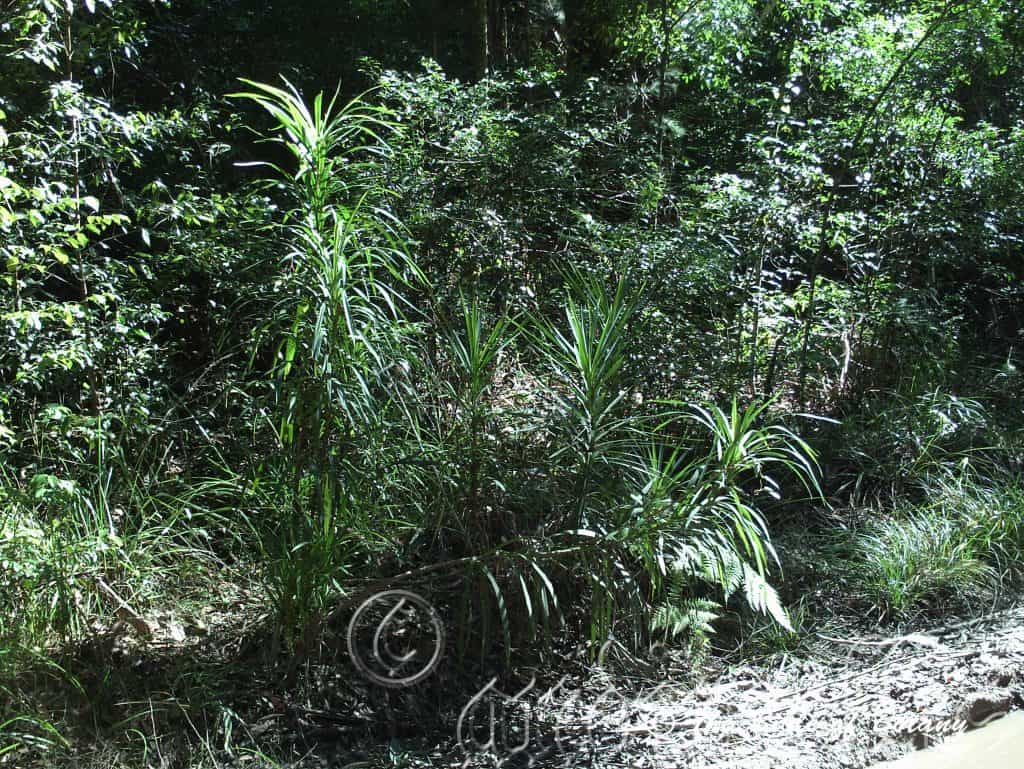
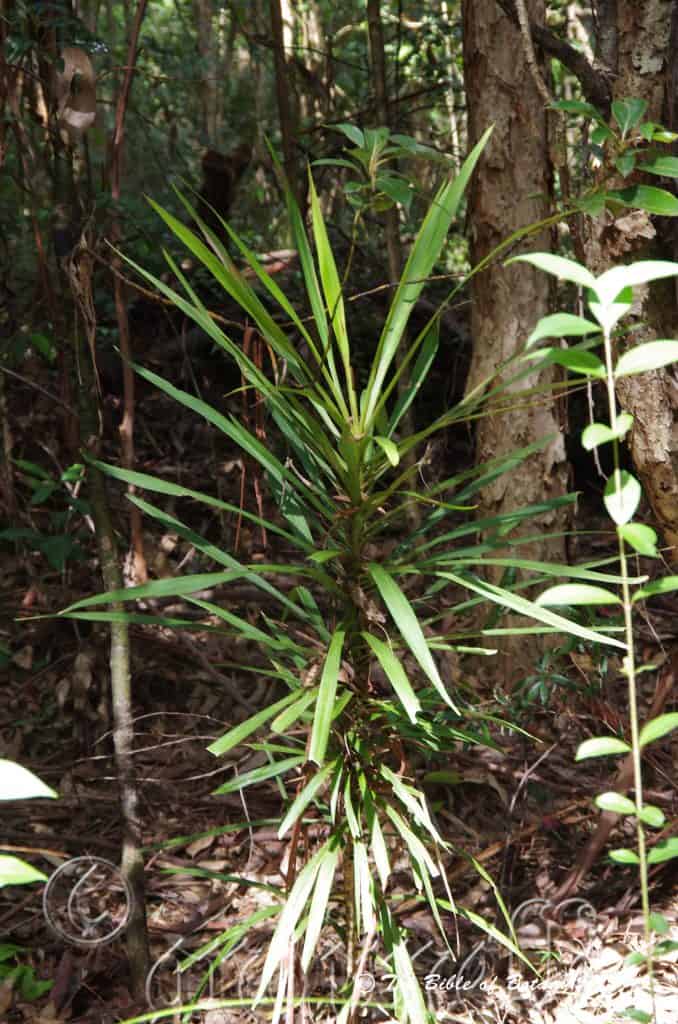
Nana Glen NSW
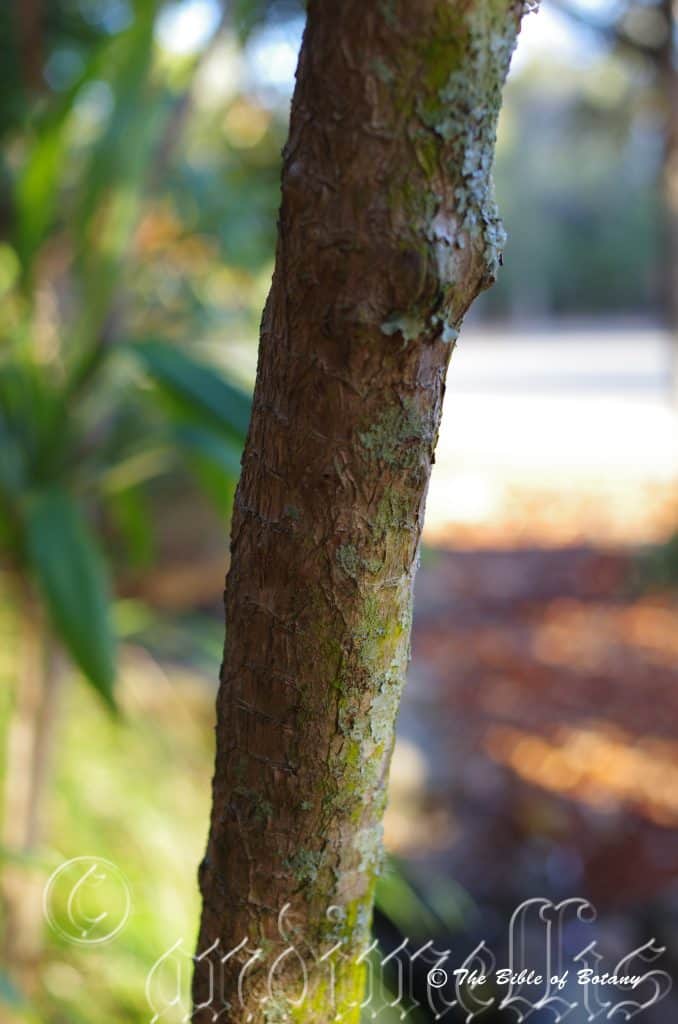
Greening Australia Norman Park Qld.
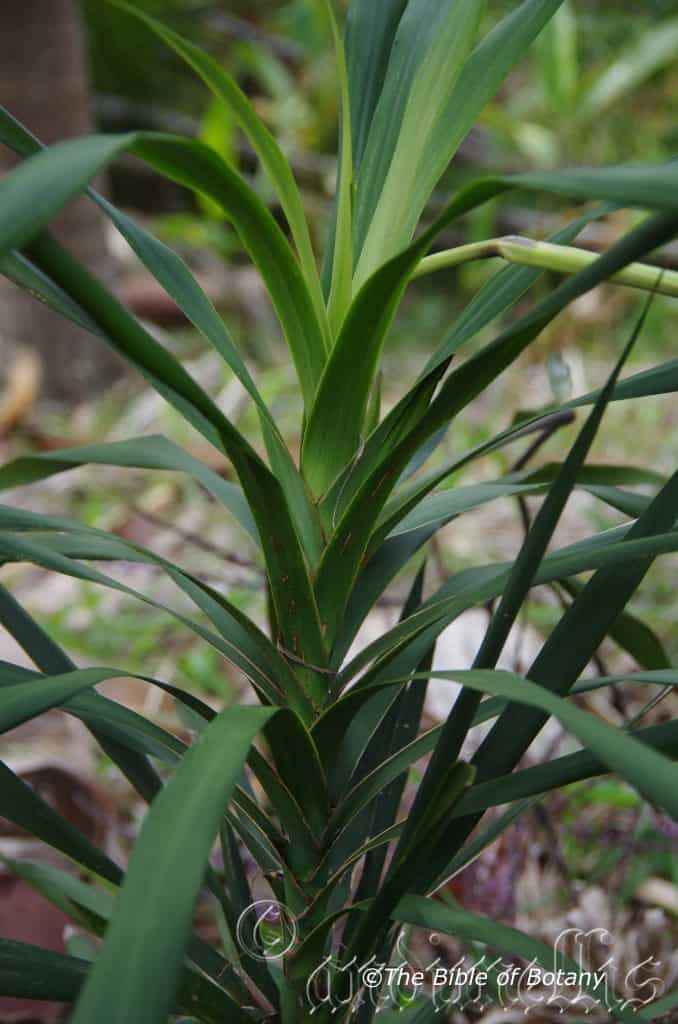
Author’s Garden The Pinnacles NSW

Nana Glen NSW
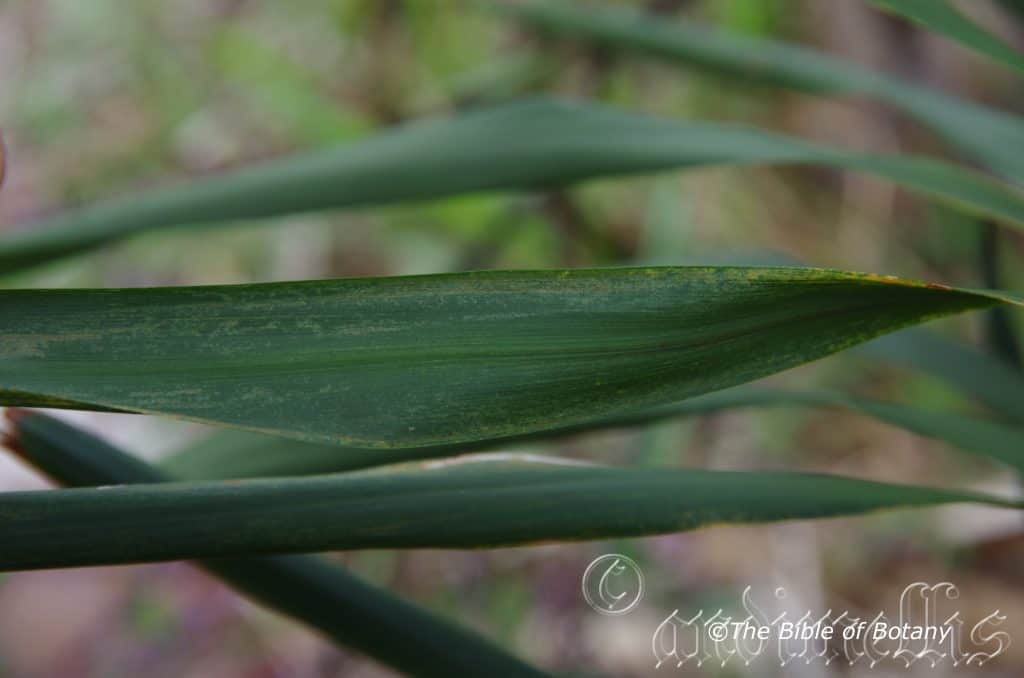
Author’s Garden The Pinnacles NSW
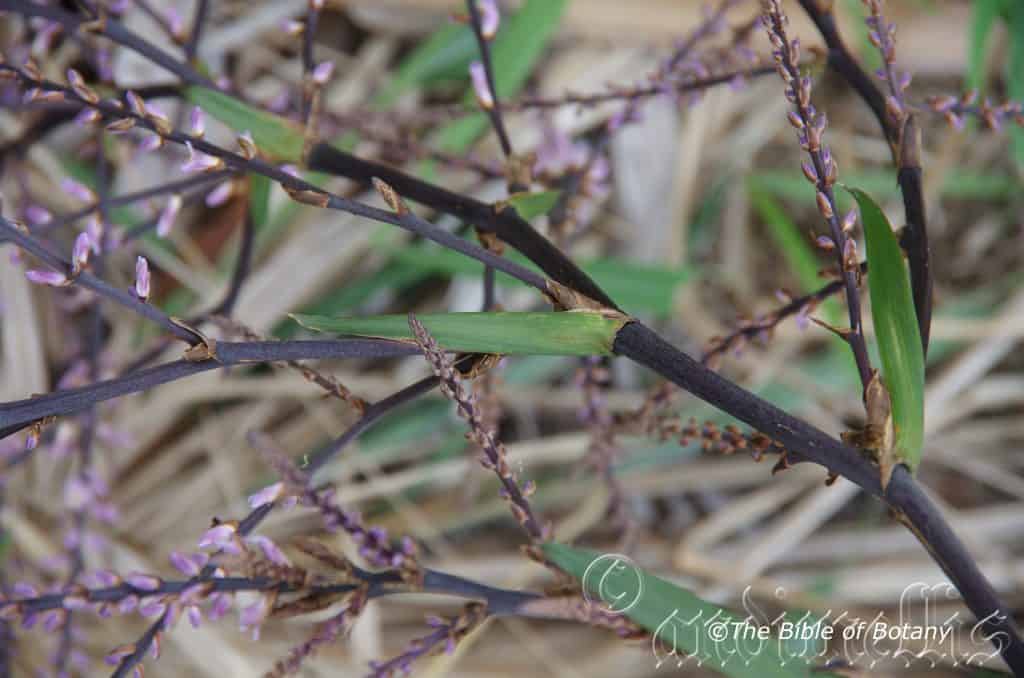
Greening Australia Norman Park Qld.
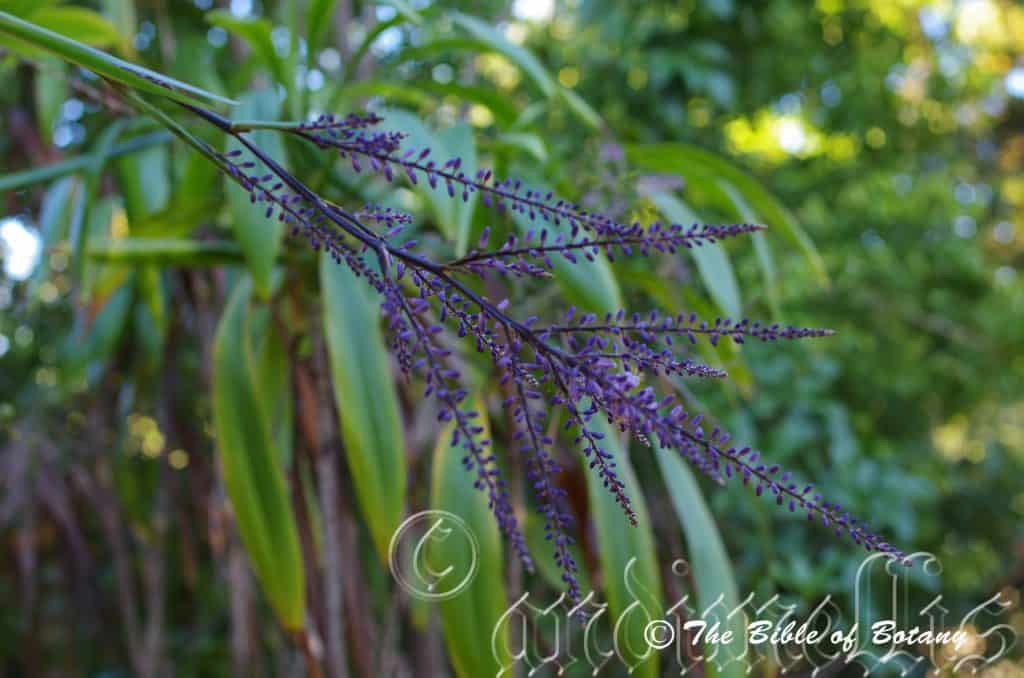
Greening Australia Norman Park Qld.
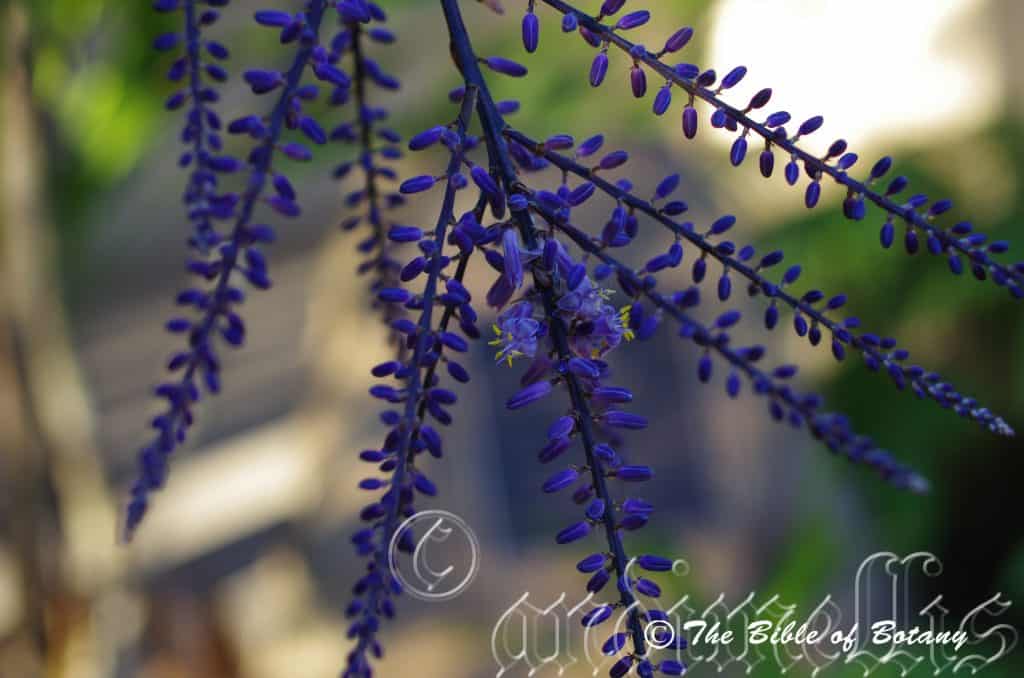
Greening Australia Norman Park Qld.
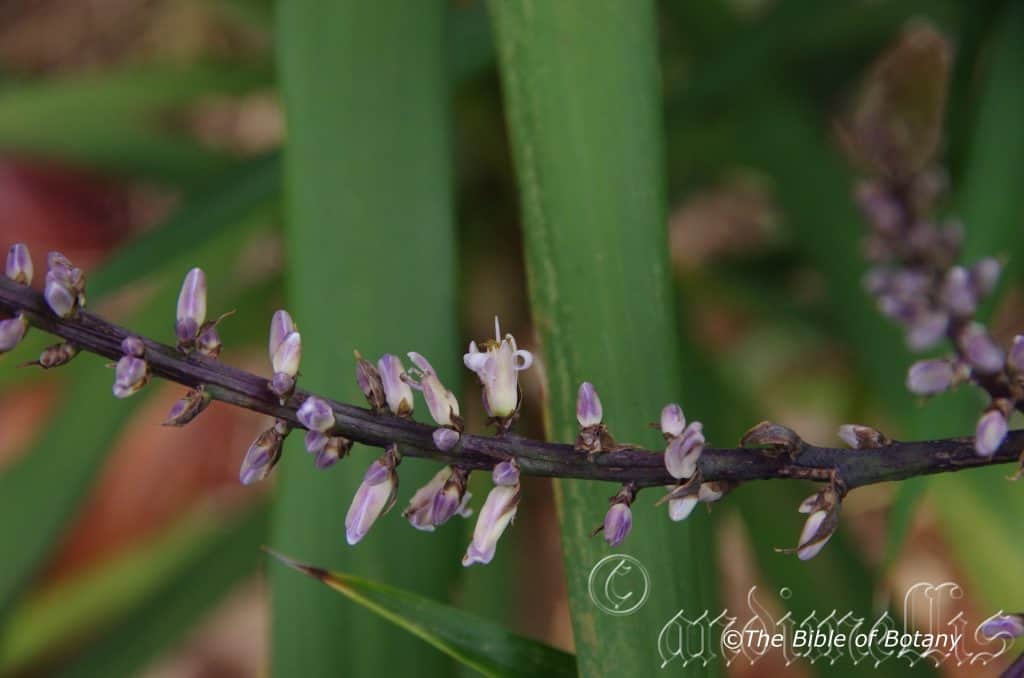
Author’s Garden The Pinnacles NSW
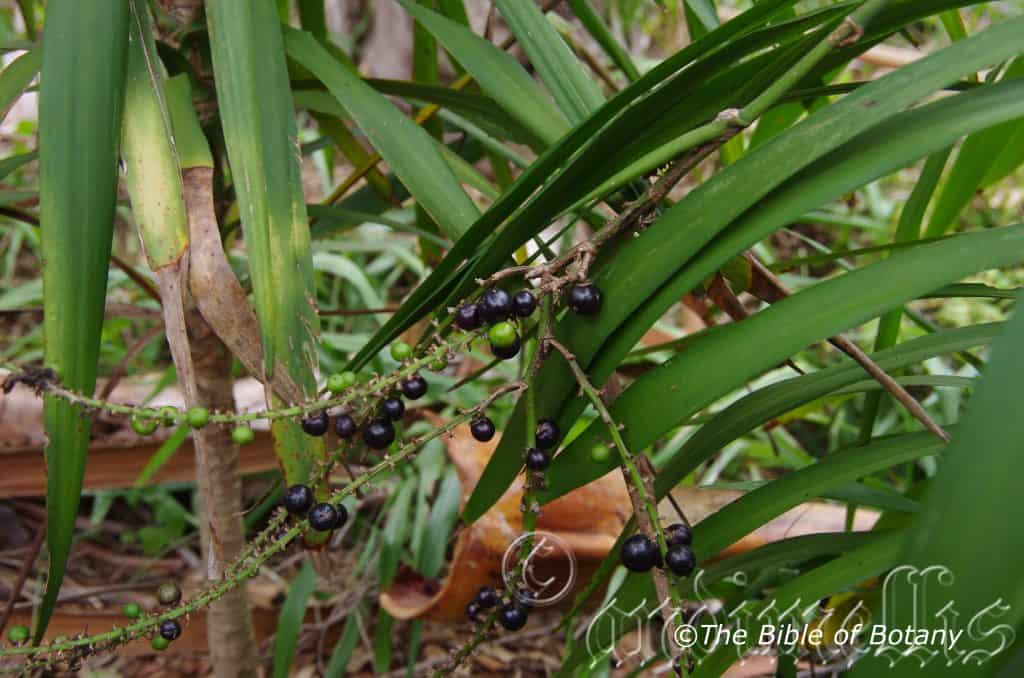
Author’s Garden The Pinnacles NSW
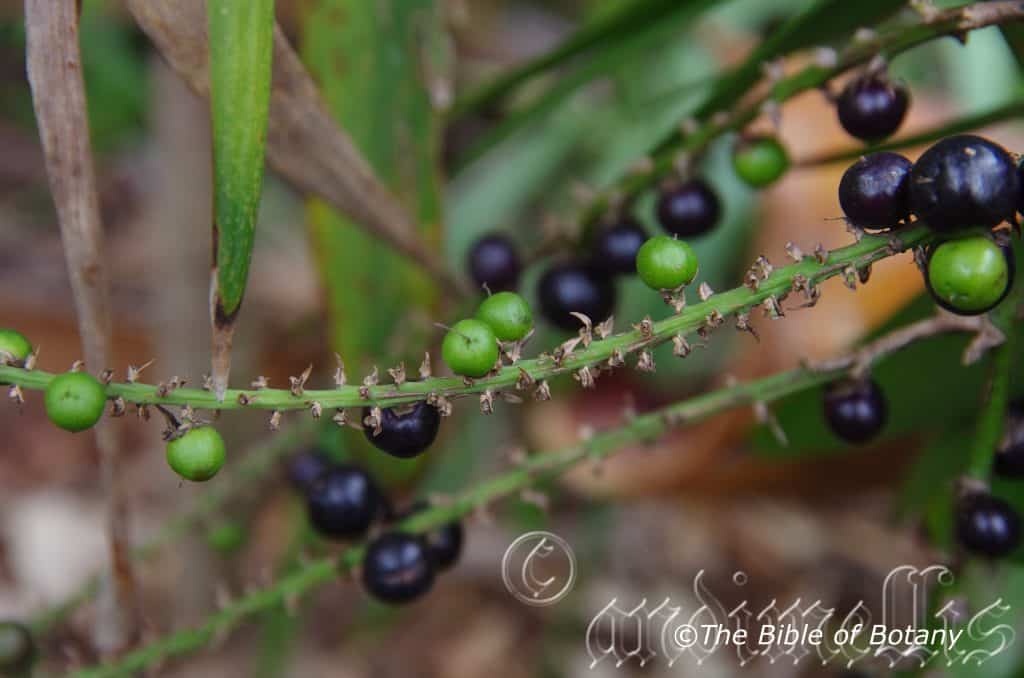
Author’s Garden The Pinnacles NSW
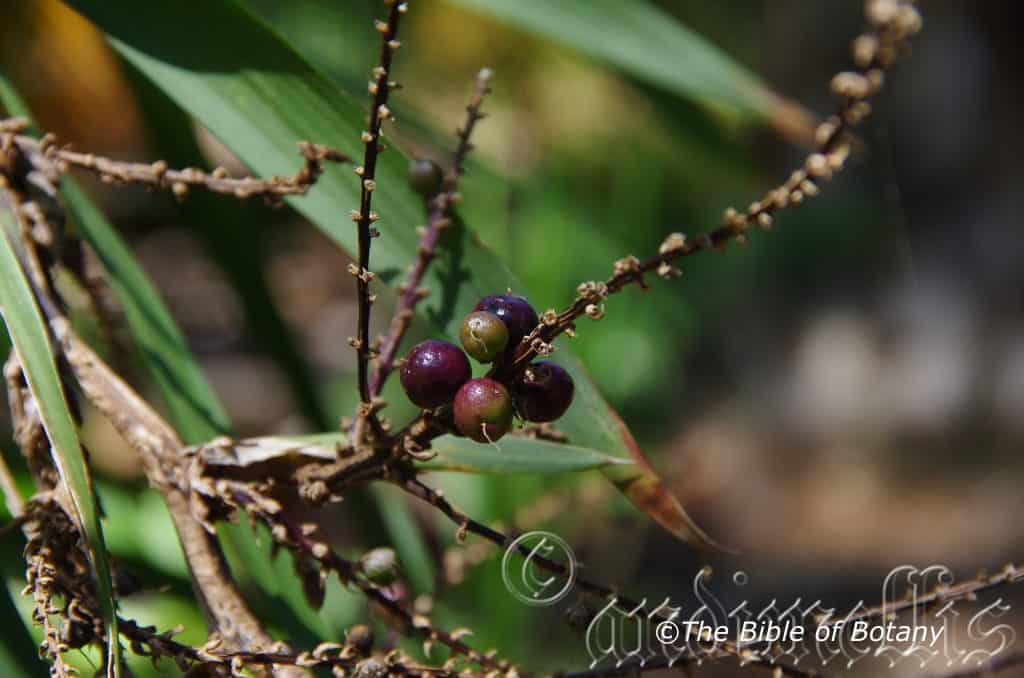
Author’s Garden The Pinnacles NSW
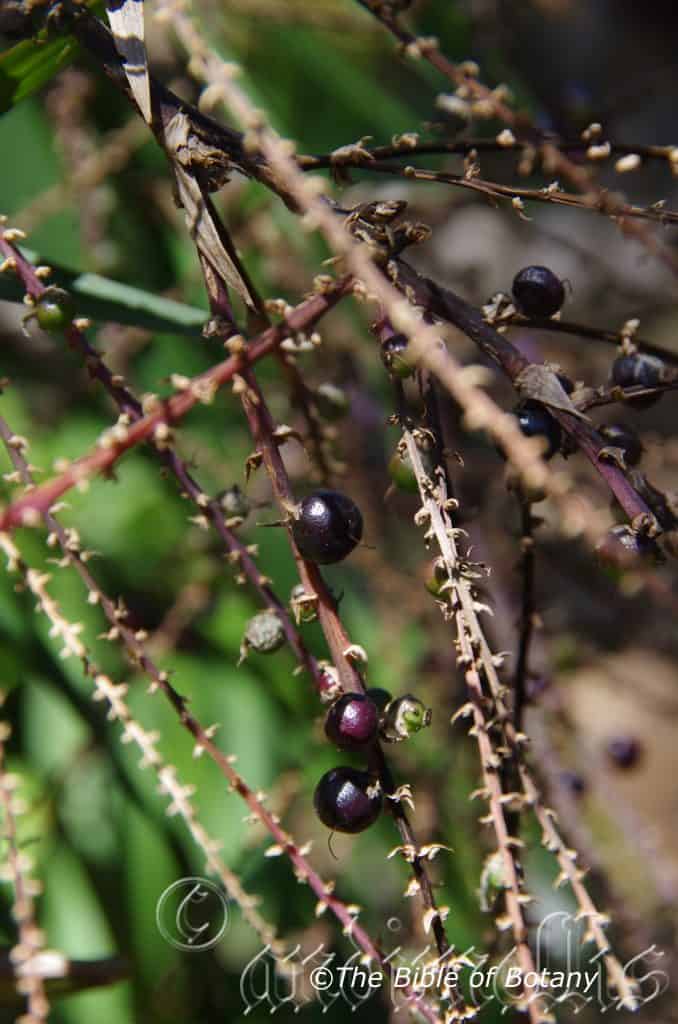
Author’s Garden The Pinnacles NSW
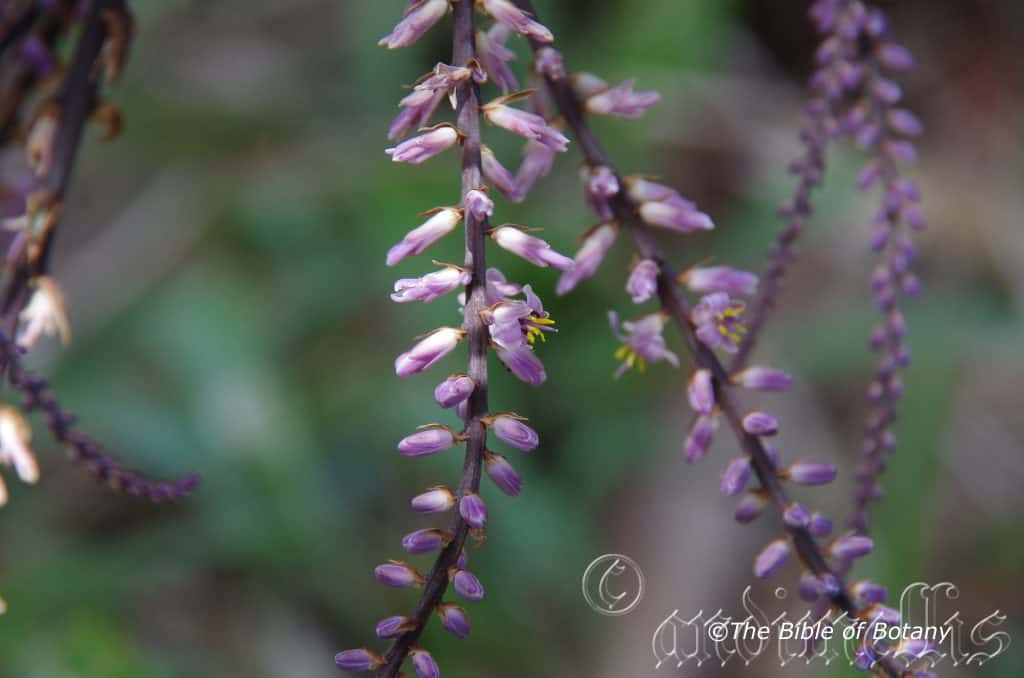
Author’s Garden The Pinnacles NSW
Cordyline stricta
Classification:
Unranked: Monocots
Order: Asparagales
Family: Asteliaceae
Genus: From Kordyle, which is Ancient Greek for club like in shape. It refers to the base of the slim trunks of some species which are wider like a club.
Specie: From Stricta, which is Latin for to draw tight. It refers to organs, which are stiff and rigid.
Sub specie:
Common Name: Narrow leaf Palm lily.
Distribution:
Cordyline stricta is found south from Moreton Bay, Stradbroke Island, in southern Queensland to Taree with an outlying population west of Sydney. It is found on and east of The Great Dividing Range.
https://avh.ala.org.au/occurrences/search?taxa=Cordyline+stricta#tab_mapView
Habitat Aspect Climate:
Cordyline stricta prefers full shade to dappled shade. It grows in the mountains in moist Eucalypt forests, adjacent to and within the rainforests. It accepts drier and cooler conditions than the other Cordyline specie. The altitude ranges from 5 meters ASL to 50 meters ASL.
The temperatures range from 0 degrees in July to 33 degrees in January.
The rainfall ranges from lows of 800mm to 1600mm average per annum.
Soil Requirements:
Cordyline stricta prefers better quality loams, light gravelly clays to medium clays. The soils are usually derived from decomposed brown basalts, black basalts, metamorphic rocks shales, heavier type sandstones and fatty granitic rocks. The soils pH ranges from 5.5pH to 7pH. It does not tolerate waterlogged soils, however even moisture content is important. None saline soils to moderately saline are tolerated.
Height & Spread:
Wild Plants: 4m to 0.8m by 5m to 1m
Characteristics:
Trunk of Cordyline stricta is narrowly club shape at the base measuring 60mm to 70mm rising to 25mm to 35mm in diameter. It looks somewhat like a small palm with a light grey bark at the base and green on the upper half above where the bottom leaves start. The bark retains the scars from spent leaf bases. Cordyline stricta is more likely to branch from near the base than the other Cordyline particularly if an old trunk has been bent over or damaged.
The deep green linear leaves of Cordyline stricta measure 300mm to 500mm long by 10mm to 25mm wide. The petiole junction with the lamina is often indistinct. The petiole clasps the trunk for over 80mm of its diameter and for 8mm to 12mm in length. The leaves are in whirls and are clustered along the upper portions of the trunk and overlap the leaf above it. The discolourous laminas are pale grass green to mid green and glabrous on the upper lamina while the lower lamina is slightly paler. The leaf margins are entire while the laminas are flat. The mid vein is prominent on the lower lamina and is not clearly visible to distinctly visible on the upper lamina.
Inflorescences of Cordyline stricta are born on a long panicle which measures 200mm to 400mm in length from a terminal shoot. The strongly pendulant panicles branch from a third of the way along to form several scapes which measure 150mm to 300mm in length. The rachises, scapes and pedicels are deep green to sea-green and glabrous. The pedicels measure 0.5mm to 1.5mm in length. The stipules at each scape’s node are linear to narrow lanceolate and measure 30mm to 50mm in length by 5mm to 9mm in width.
The 3 or 4 usually 3 bracts measure 1mm to 2mm in length. The mauve to purple-blue or rarely white perianth are oblong with obtuse apexes. The 3 outer tepals measure 5mm to 8mm in length by 3mm to 5mm in width. The 3 inner tepals measure 8mm to 10mm in length by 3.5mm to 6mm in width.
The 6 white filaments measure 6mm to 8mm in length. The bright yellow, adnately fixed, sagittate anthers have bright yellow pollen. The anthers measure 2mm to 3mm in length.
The pastel pink or pink style is glabrous and tapers to the orbicular stigma. The style measures 8mm to 9.5mm in length. Cordyline stricta’s flowers appear throughout the year when favourable conditions exist.
Cordyline stricta’s fruits are fleshy berries. The berries are round measure 10mm to 15mm in diameter. The glossy black to deep purple-burgundy berries contain many small black seeds that measure 1mm long in a pale green pulp. The berries remain attached to the plants for a prolonged period after ripening.
Wildlife:
Cordyline stricta is frequented by the native stingless bee Tetragonula carbonaria when in flower. I have eaten the fruits when collecting the seeds but find them like the other Cordyline quite unpleasant and dry.
Cultivation:
Cordyline stricta is a beautiful tall lily that deserves a place in every native or exotic garden. It is ideal in almost every setting near ponds, at the edge of a rainforest in courtyards, around swimming pools, indoors or near that water feature. Because of their strong vertical lines they look great around pools and in the courtyard making it look larger. Cordyline rubra makes a good accent plant around formal gardens because of its strap like leaves and slender trunk. The plants are well suited to cultivation and will grow 4 meters to 6 meters by 1 meter to 1.5 meters in diameter as a single trunk rainforest specimen or 0.6 meters to 2 meters by 1 meter to 3 meters as a multi stemmed feature.
Cordyline also has the advantage that it can be cut back hard to make them reshoot from near the ground giving rise to a new plant very soon after the pruning. Cutting the plants back hard also results in several heads growing to give a lush rain forest understory look the following season.
This is the best Cordyline for being twisted or laid over horizontal where it will immediately reshoot along the entire length of the trunk and re commence growing vertically. If the plant tries to only grow upwards from the apex, peg the crown down to the ground and partly sever it about 100mm behind the leaves. This will encourage new roots to form from the apex section where there are no leaves while the main stem will reshoot within a couple of weeks. Some very unusual and artistic forms can be created from these methods.
Cordyline stricta is a great plant to grow over or below septic tanks where the nutrient rich waters will enhance that rainforest look of large rich deep green leaves.
Its versatility doesn’t stop with accepting all types of soils but it can cope with temperatures as low as minus 3 degrees and up to 42 degrees though it is frost tender when young. It is drought resistant and can cope with the occasional immersion where periodic down pours may flood the land.
Add to the above, if it is given adequate moisture, plenty of mulch for moisture retention and an even soil temperature, applying native fertilizers on a regular basis the plants will respond with good flowering and will yield good quality fruit with maximum size. It is the fruits that really give colour to their surroundings for a long time.
It is best grown in a semi shaded location where the soil remains damp for extended periods. It will reach its full potential in just 3 to 5 years and flower from the third year from seed.
Indoor or Potted On:
Sawdust or sand mixes are too well draining unless the sawdust has completely composted down where it exhibits a texture like plastacine to the touch. Moisture can be squeezed out between the fingers yet it remains moist. I find this a great basis to start with.
Mix equal parts of the well decomposed saw dust with the above feel with perlite and vermiculite. To this add two part sharp clean sand, one part compost and one part good crusher dust from a basalt rock quarries. Preferably black basalt but both are good. Make sure the sand comes from a source that does not have salt.
The decomposed Sawdust in this condition creates the moisture retention and holds nutrient in. The perlite and vermiculite make the mix neutral and both have great water holing capacity without shrinkage with age. The sand creates good drainage and is good for good healthy root development. The crusher dust adds vital minerals which the plants need.
Indoor plants need good light and ventilation without drying breezes or wind. Ensure that the pot is rotated every few days so that all the leaves are exposed equally to the light.
Again fertilize the plants on a monthly basis with the above formula on a rotation basis.
Propagation:
Seeds: The seeds of Cordyline stricta do not require treatment before sowing. Sow fresh seeds directly into a seed raising mix and cover with 5mm of the mix. When the seedlings are 25mm to 50mm tall, prick them out and plant them into 50mm native tubes using a seed raising mix.
Once the seedlings reach 150mm to 200mm in height plant them out into their permanent position. Mass plantings can be achieved by planting them at 1 meter to 2 meter centers.
Cuttings: Use 80mm to 100mm long or longer cuttings from the old growth. Take them in early spring after the last frosts or when the weather is warming up.
1 Prepare the cutting mix by adding one third sharp clean river sand, one third peat and one third perlite. These ingredients are sterilize,
2 Select good material from non diseased plants,
3 Select semi green stems for cuttings. Look for a stem with two or three nodes,
4 Place the cutting on a flat, hard surface, and make a clean down one side of the cutting for 10mm to 15mm with a sharp sterile knife or razor blade. – This scarification of the node will increase the chances of roots emerging from this spot. Now remove all but one or two the leaves, leaving the apex leaves in tact. If the leaves are very large in proportion to the stem, cut off the apical halves.
5 Use a small dipple stick or old pencil to poke a hole into the soilless potting mix. Ensure the hole is slightly larger than the stem diameter and be careful not to wipe the rooting hormone off the cuttings base, place the cuttings in a pattern ensuring the cuttings are not touching each other,
6 I like to place the pots in Plastic bags to help maintain temperature and moisture. Place in a semi shaded place like under 50% shade cloth.
7 When the cuttings have struck, open the bag to allow air circulation for a few days to a week,
8 Once hardened off remove the cuttings from the bag and allow to further hardening for a few more days,
9 Transplant into a good potting mix to grow on.
The heads can also be used as a cutting by removing the top part wit all the leave and around 200mm of the stem.
Place the head in a 250mm pot and bury the stem down to the bottom leaves. Water regularly keeping the mix moist to wet auntim the roots are seen at the bottom of the pot. Trans plant and fertilize as above.
Fertilize using Seaweed, fish emulsion or organic chicken pellets soaked in water on an alternate basis. Fertilize every two months until the plants are established then annually in early September or March to maintain health, vitality and better flowering.
Further Comments from Readers:
Hi reader, it seems you use The Bible of Botany a lot. That’s great as we have great pleasure in bringing it to you! It’s a little awkward for us to ask, but our first aim is to purchase land approximately 1,600 hectares to link several parcels of N.P. into one at The Pinnacles NSW Australia, but we need your help. We’re not salespeople. We’re amateur botanists who have dedicated over 30 years to saving the environment in a practical way. We depend on donations to reach our goal. If you donate just $5, the price of your coffee this Sunday, We can help to keep the planet alive in a real way and continue to bring you regular updates and features on Australian plants all in one Botanical Bible. Any support is greatly appreciated. Thank you.
In the spirit of reconciliation we acknowledge the Bundjalung, Gumbaynggirr and Yaegl and all aboriginal nations throughout Australia and their connections to land, sea and community. We pay our respect to their Elders past, present and future for the pleasures we have gained.
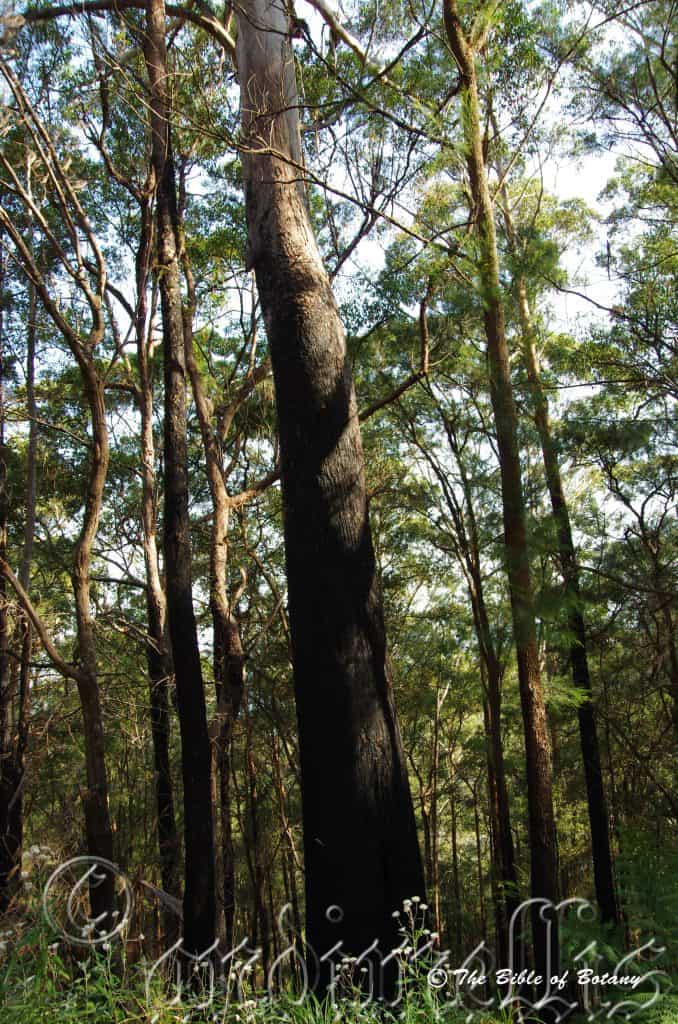
Ebor south NSW

Ebor south NSW

Ebor south NSW
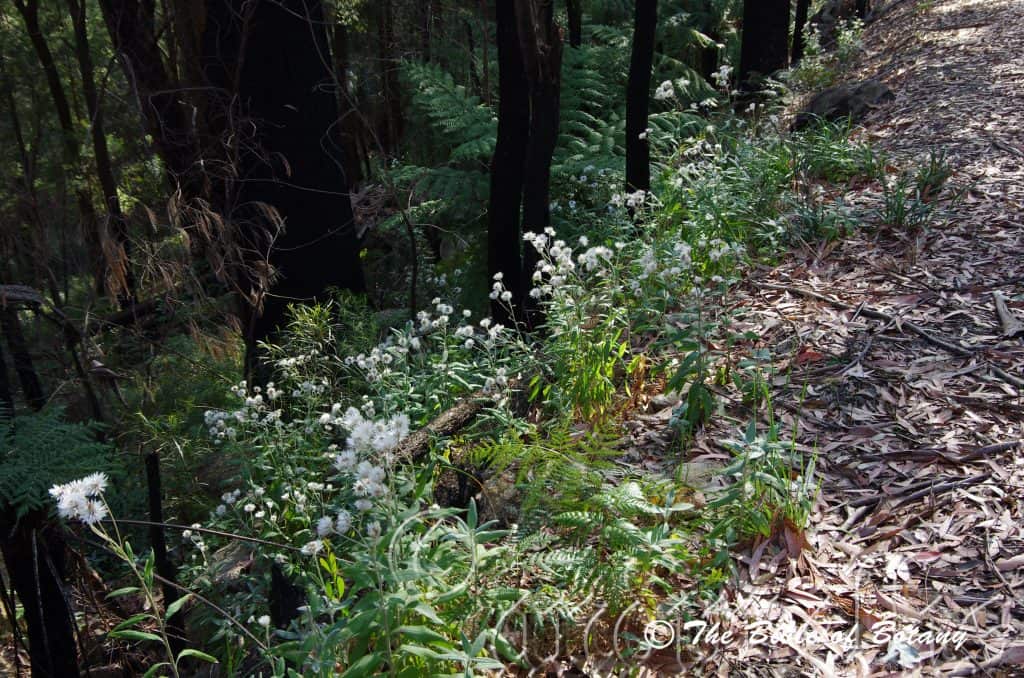
Ebor south NSW
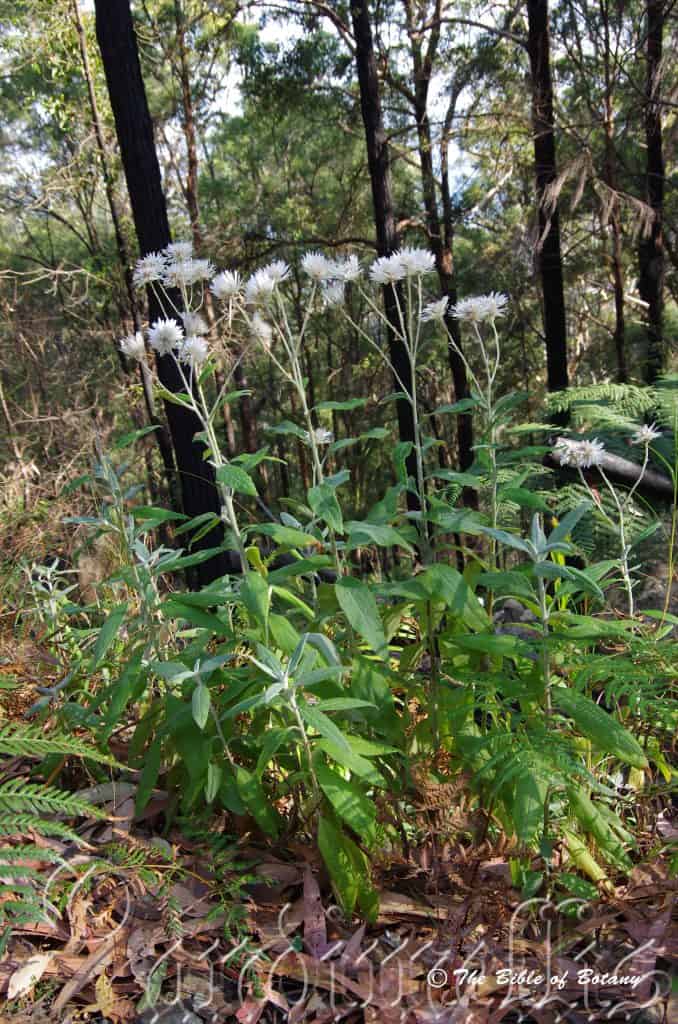
Ebor south NSW
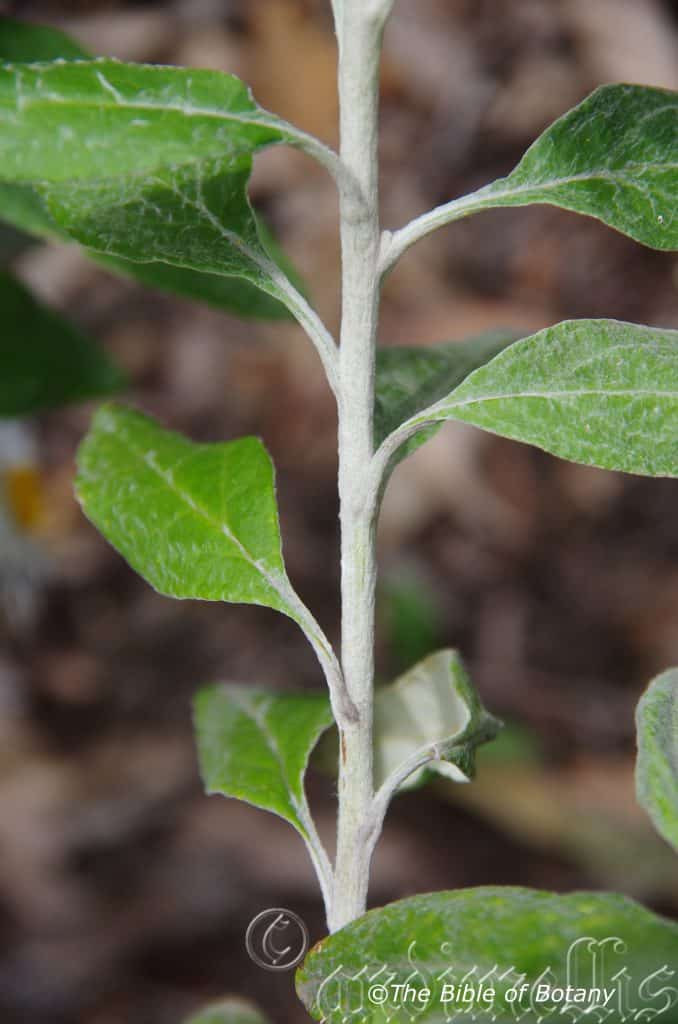
Ebor south NSW
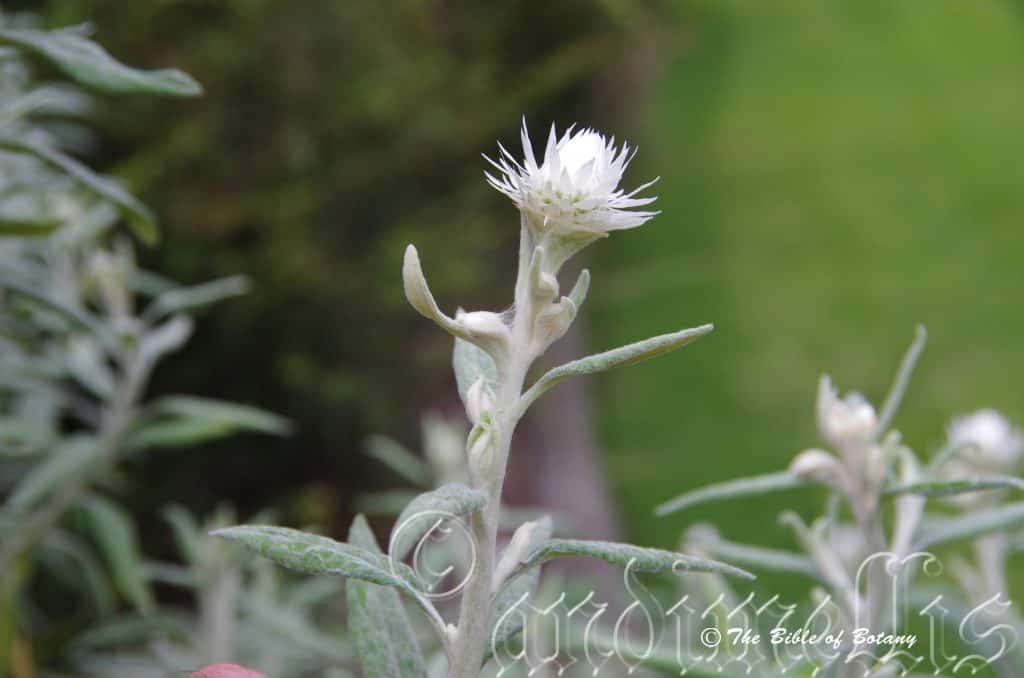
Ebor south NSW
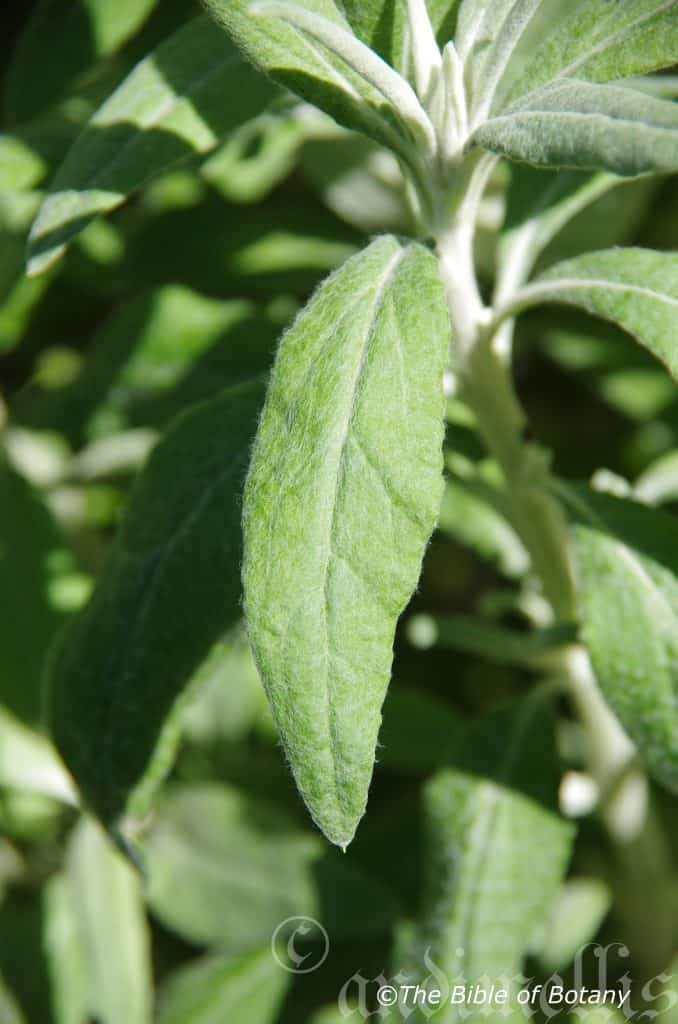
Ebor south NSW
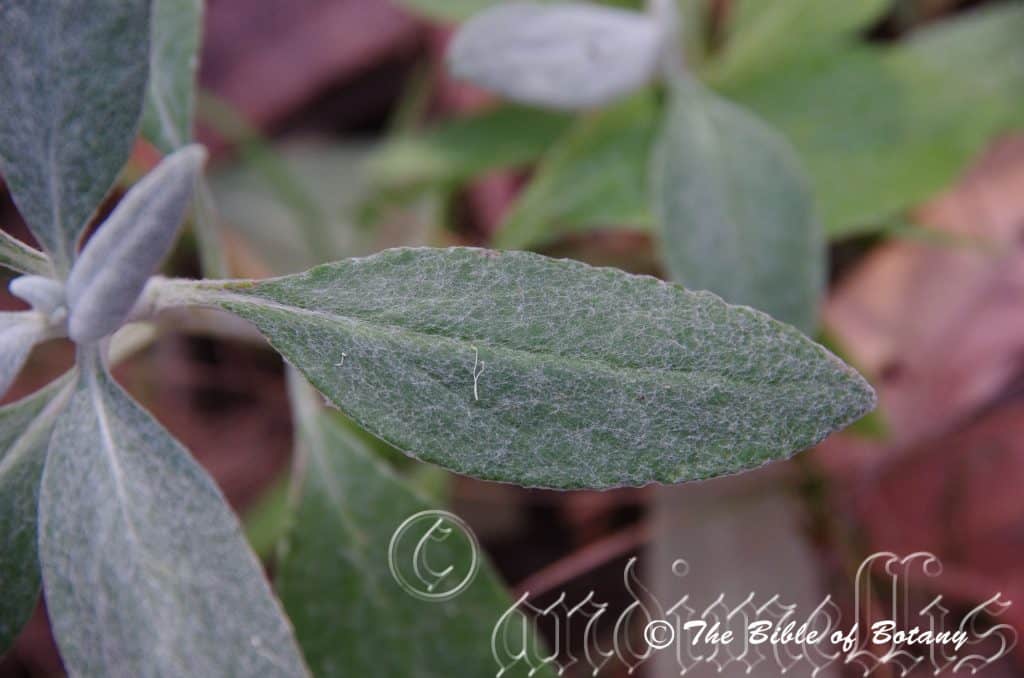
Ebor south NSW
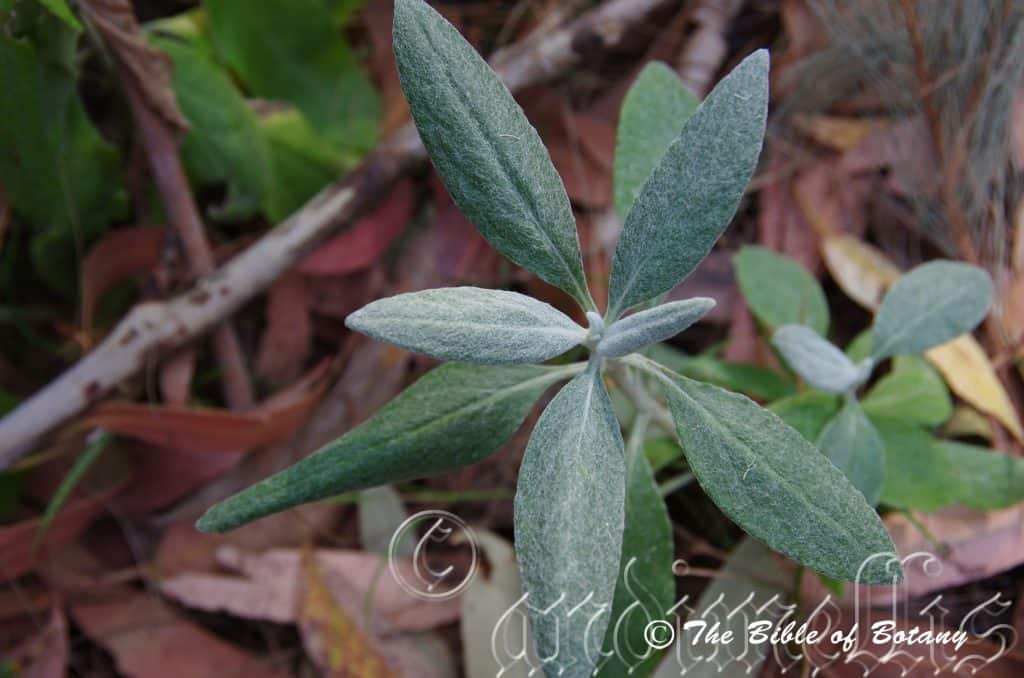
Ebor south NSW
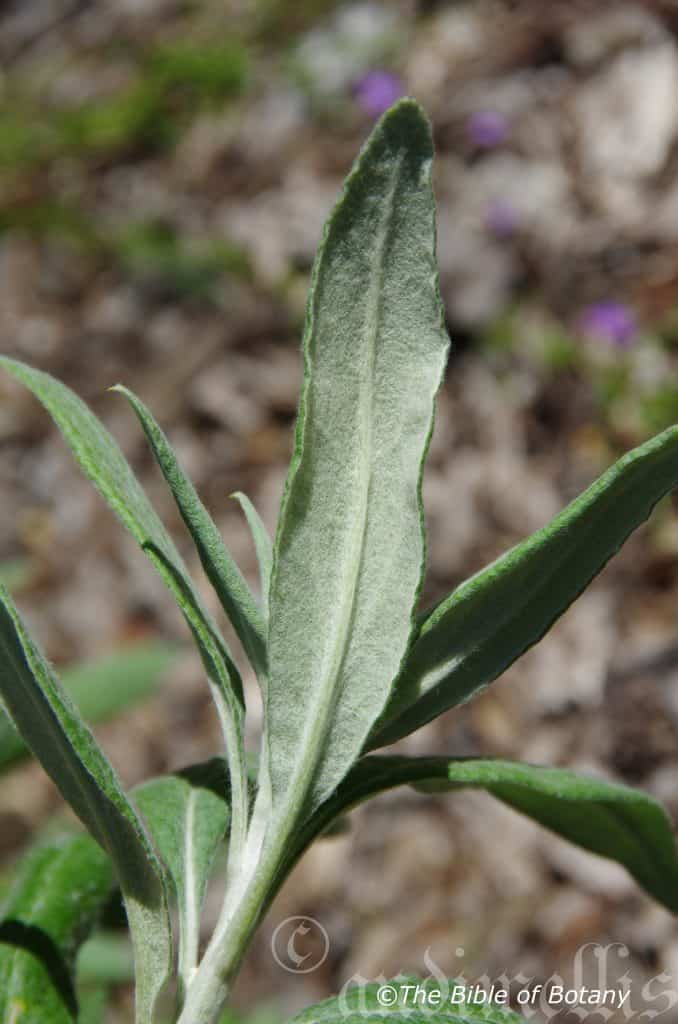
Ebor south NSW
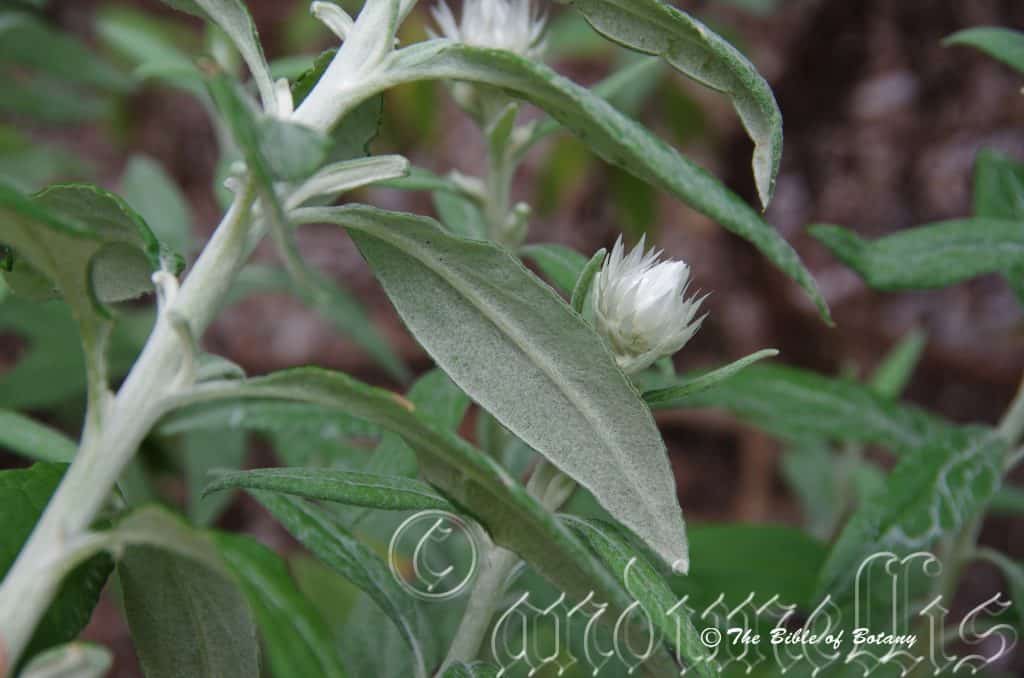
Ebor south NSW
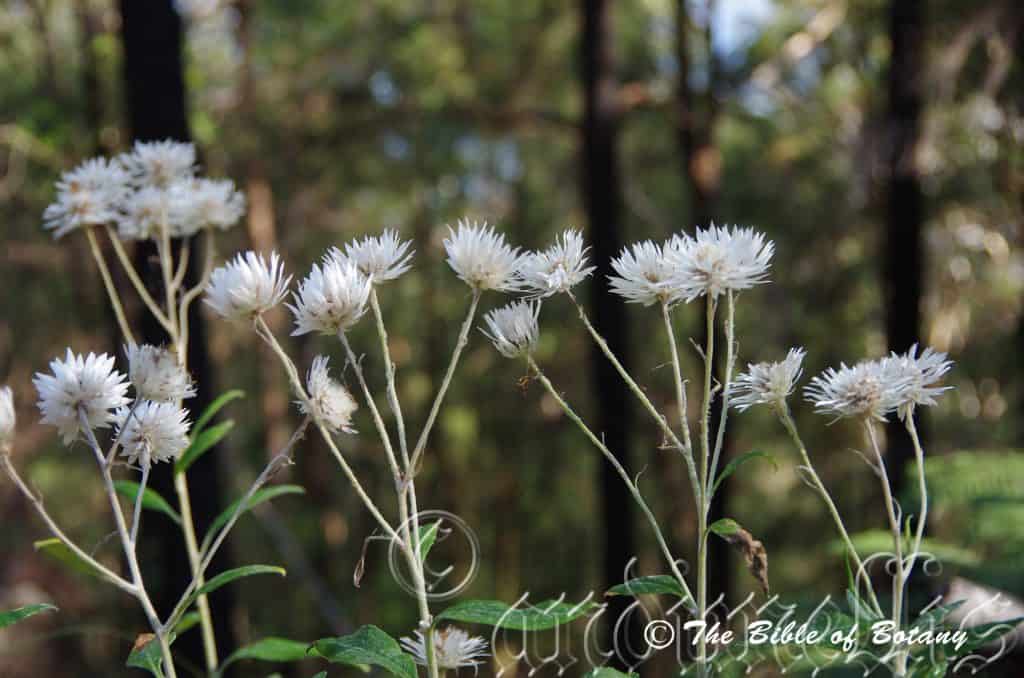
Ebor south NSW
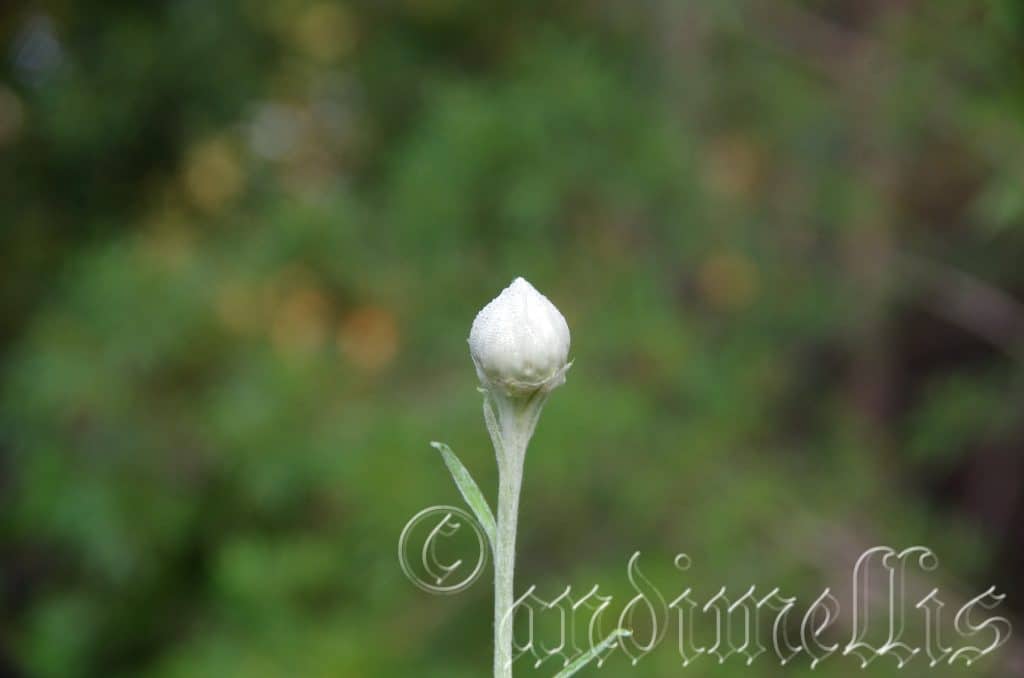
Ebor south NSW
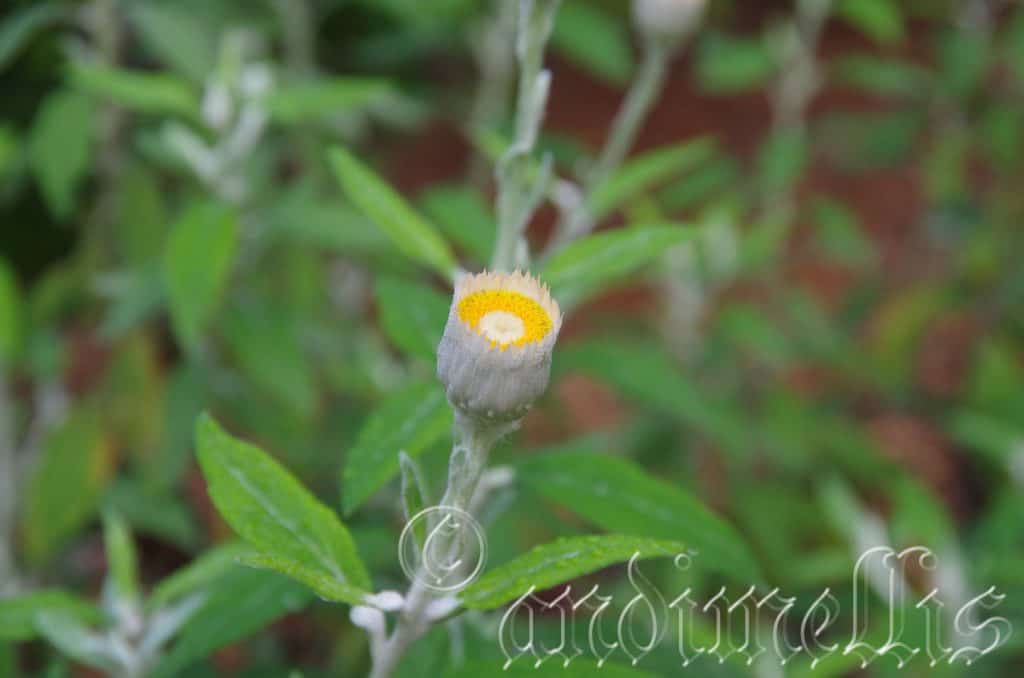
Ebor south NSW
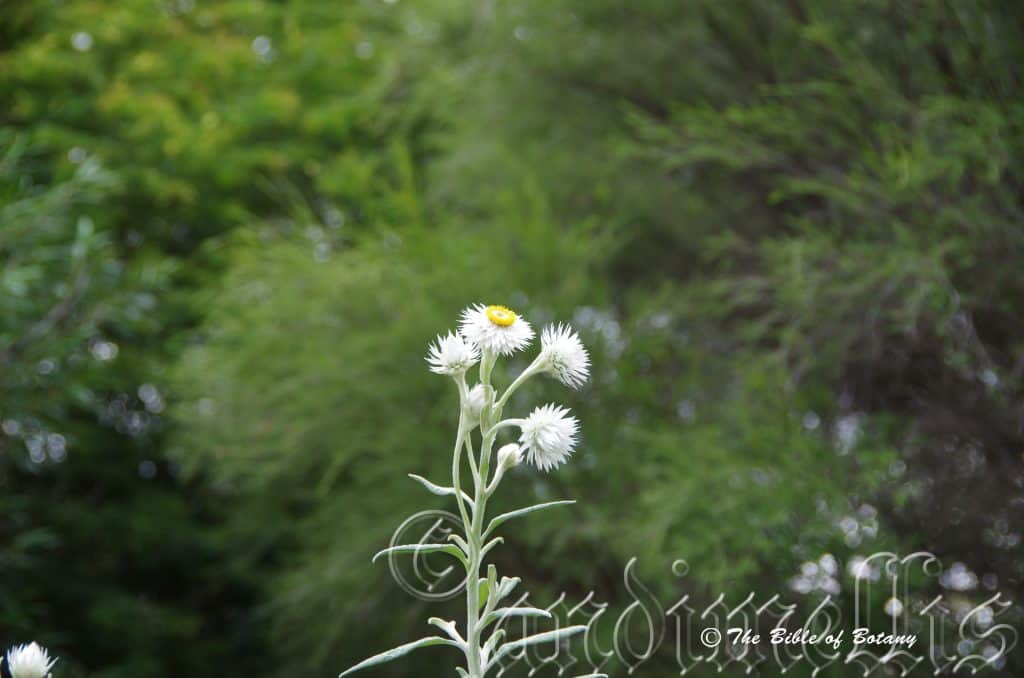
Ebor south NSW
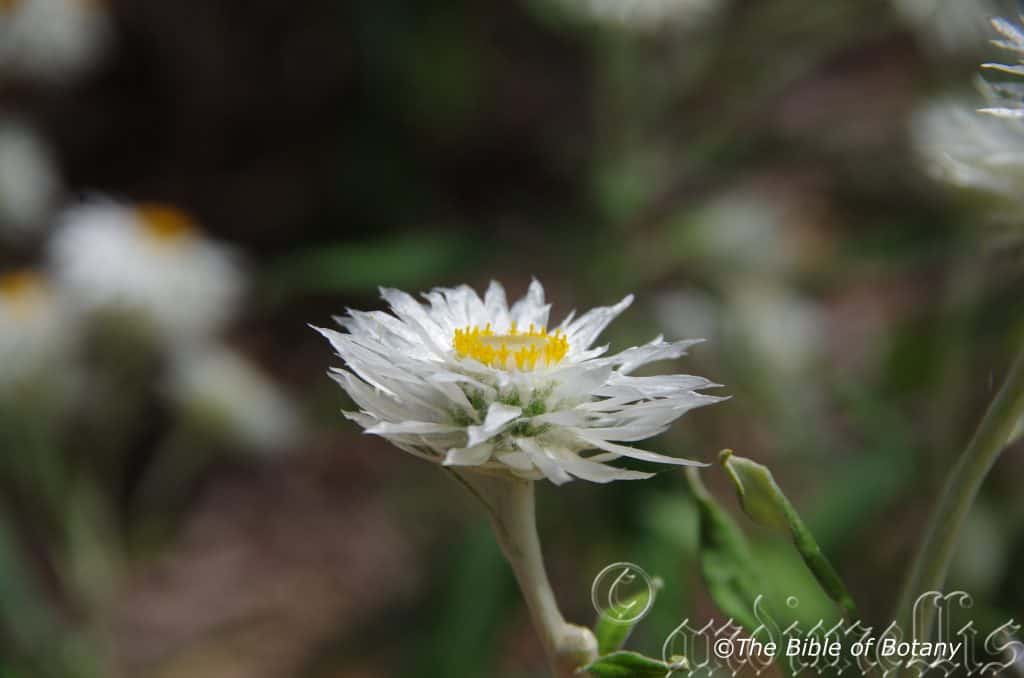
Ebor south NSW
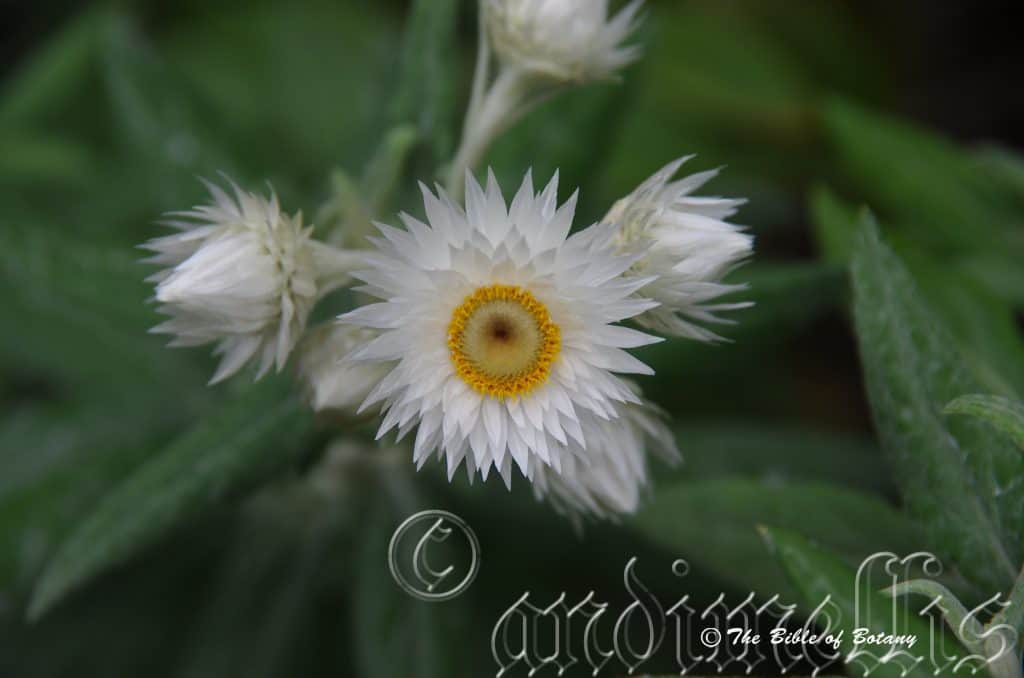
Ebor south NSW
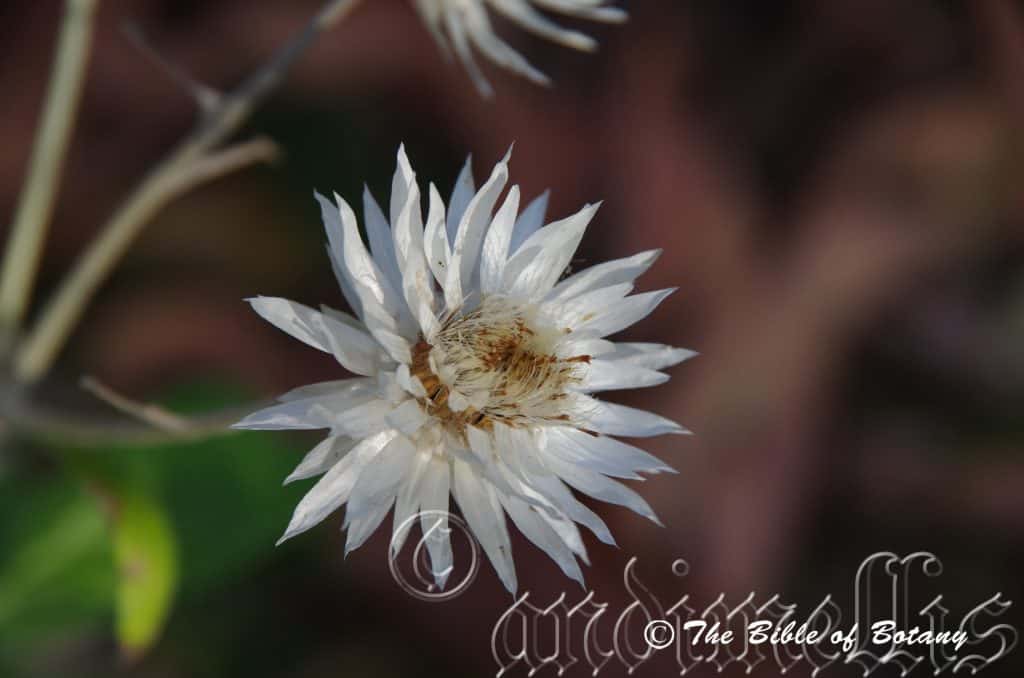
Ebor south NSW
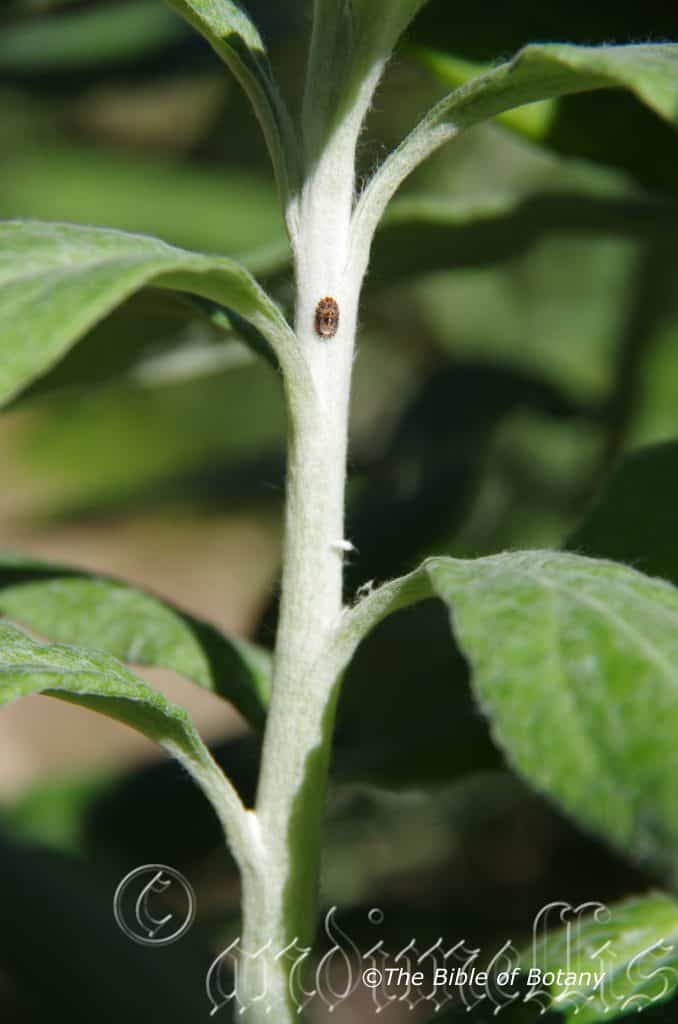
Ebor south NSW
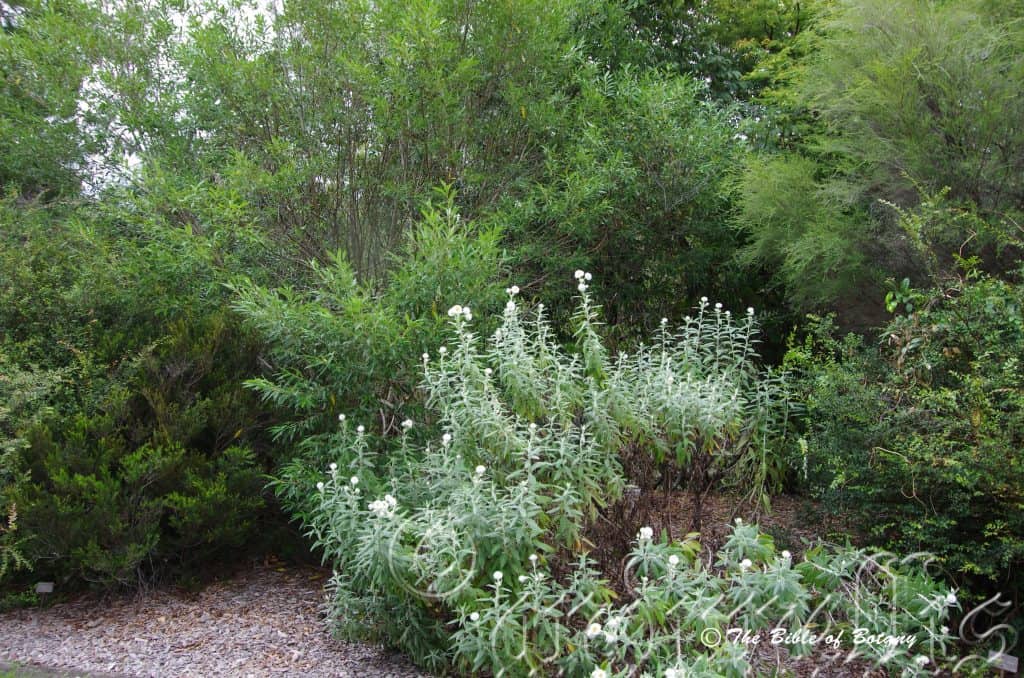
Coffs Harbour Botanic Gardens NSW
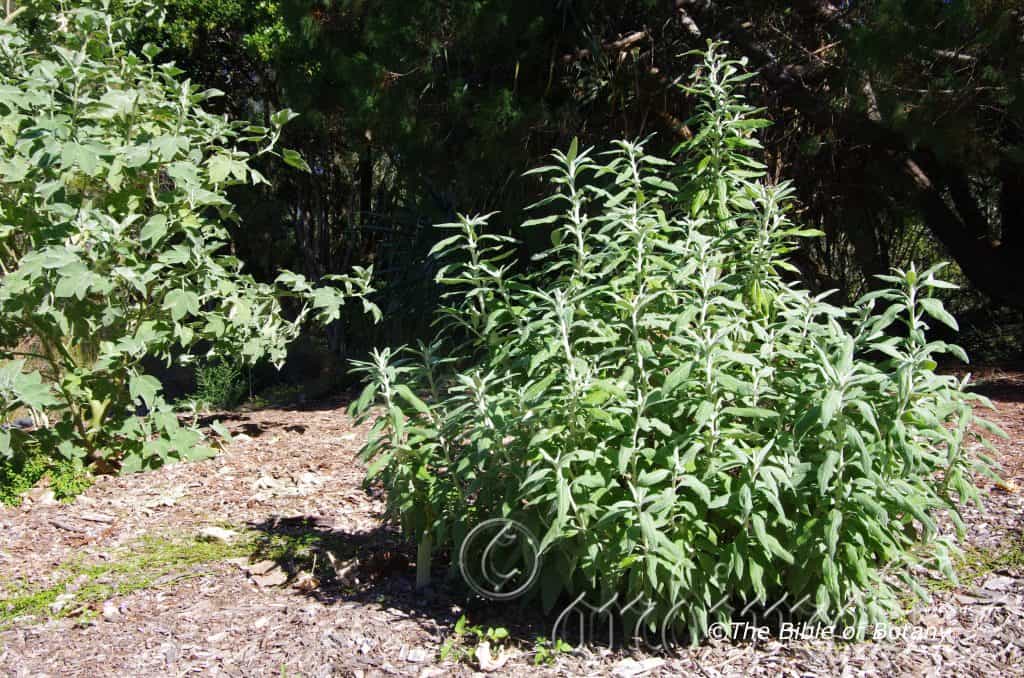
Coffs Harbour Botanic Gardens NSW
Coronidium elatum
Classification:
Unranked: Eudicots
Unranked: Rosids
Order: Asterales
Family: Asteraceae
Genus: From Coronatum, which is Latin for a crown or small garland. It usually refers to the flowers sitting atop of the vertical floral stems.
Specie: From Elatus, which is Latin for tall. It refers to the plants, which are upright and much taller than other species in the genus.
Sub Species: Coronidium elatum subsp. elatum. From Elatus, which is Latin for tall. It refers to the plants, which are upright and much taller than other species in the genus.
Sub Species: Coronidium elatum subsp. minus. From Minuta, which is Latin for substantially smaller. It refers to structures, organs or the plants, which are rather minute or small compared to other species in the genus.
Sub Species: Coronidium elatum subsp. vellerosum. From Loma, which is Ancient Greek or Lona, which is Latin and a lot later Vellus which is Latin for woolly, the shorn wool of a sheep or a woolly animal hide. It refers to structures or organs, which are densely floccose or woolly.
Common Name: .
Distribution:
Coronidium elatum subsp. elatum is found in a few disjunct populations south from the Palmer River in coastal far north Queensland to Bairnsdale in north eastern Victoria.
Coronidium elatum subsp. minus is restricted to a small area around Ebor in north eastern New South Wales.
Coronidium elatum subsp. vellerosum is restricted to a small area on Mount Warning in far north eastern New South Wales.
https://avh.ala.org.au/occurrences/search?taxa=Coronidium+elatum#tab_mapView
Habitat Aspect Climate:
Coronidium elatum prefers moderate shade to dappled sunlight. It grows in most open forests and woodland heaths near the coast. The altitude ranges from 10 meters ASL to 800 meters ASL.
The temperatures range from minus 4 degrees in July to 30 degrees in January.
The rainfall ranges from lows of 700mm to an average of 1000mm annually.
Soil Requirements:
Coronidium elatum grow on a wide range of forest soil types from heavier decomposed sandstone, shales basalts and lateritic loams. The soils vary from loams, light clays and gravelly clays as long as it is well drained. The soils pH ranges from 4.5pH to 6pH. It does not tolerate waterlogged soils. Non saline to moderately saline soils are not tolerated.
Height & Spread:
Wild Plants:
Coronidium elatum subsp. elatum 1m to 2m by 0.5m to 1m.
Coronidium elatum subsp. minus 0.5m to 0.8m by 0.5m to 0.8m.
Coronidium elatum subsp. vellerosum 0.6m to 1m by 0.5 m to 0.8m.
Characteristics:
Coronidium elatum subsp. elatum’s is a tall erect perennial with stems and branches that are pale grey and moderately covered in thick white woolly floccose hairs.
Coronidium elatum subsp. minus’s is a sub shrub with stems and branches that are pale grey and moderately covered in white tomentose hairs.
Coronidium elatum subsp. vellerosum’s is a sub shrub with stems and branches that are pale grey and densely covered in thick woolly floccose hairs.
Coronidium elatum subsp. elatum’s alternate, narrow elliptical to elliptical leaves measure 50mm to 120mm in length by 12mm to 38mm in width. The bases are attenuate while the apexes are acute. The discolourous laminas are dull mid blue-green and covered in white floccose hair becoming more glabrous with age on the upper laminas while the lower laminas are paler, dull and densely covered in white floccose hairs. The laminas are flat to slightly undulating. The margins are entire. The mid vein is strongly prominent on the lower lamina and is distinctly visible from the upper lamina forming a channel as it approaches the petiole. The mid blue-green petiole is moderately covered in white floccose hairs on the upper surface and densely covered in white floccose hairs on the lower surface. The petioles measure 10mm to 20mm in length.
Coronidium elatum subsp. minus alternate ovate to elliptical leaves measure 40mm to 80mm in length by 20mm to 40mm in width. The bases are attenuate while the apexes are acute. The discolourous laminas are dull mid blue-green and sparsely covered in white floccose hairs becoming more glabrous with age on the upper laminas while the lower laminas are paler, dull and densely covered in white tomentose hairs. The laminas are chartaceous and flat. The margins are entire. The mid vein is strongly prominent on the lower lamina and is distinctly visible from the upper lamina forming a channel as it approaches the petiole. The mid blue-green petiole is moderately covered in white floccose hairs on the upper surface and densely covered in white floccose hairs on the lower surface. The petioles measure 15mm to 25mm in length.
Coronidium elatum subsp. vellerosum alternate elliptical leaves measure 40mm to 90mm in length by 13mm to 30mm in width. The bases are attenuate while the apexes are acute. The discolourous laminas are dull mid blue-green and covered in white floccose hair becoming more glabrous with age on the upper laminas while the lower laminas are paler, dull and densely covered in white floccose hairs. The laminas are flat to slightly undulating. The margins are entire. The mid vein is strongly prominent on the lower lamina and is distinctly visible from the upper lamina forming a channel as it approaches the petiole. The mid blue-green petiole is moderately covered in white floccose hairs on the upper surface and densely covered in white floccose hairs on the lower surface. The petioles measure 10mm to 20mm in length.
The inflorescence of Coronidium elatum subsp. elatum are born in small simple or helicoids’ cymes. The compact to open heads measures 40mm to 50mm in diameter. The white herbaceous bracts are sparsely to moderately covered in white floccose hairs. The involucre bracts are hemispherical and subtended by linear-acuminate, woolly, herbaceous bracts. The laminas of intermediate bracts are oblong with an acuminate apex and measure 15mm to 20mm in length. The pale blue-green to creamy yellow peduncules and petioles are sparsely to moderately covered in white floccose hairs on the upper surface and densely covered in white floccose hairs on the lower surface. The peduncules measure 30mm to 50mm in length while the pedicels measure 30mm to 100mm in length.
The inflorescence of Coronidium elatum subsp. minus are born in small simple or helicoids’ cymes. The compact to open heads measures 35mm to 45mm in diameter. The white herbaceous bracts are sparsely to moderately covered in white floccose hairs. The involucre bracts are narrow oblong and subtended by linear-acuminate, woolly, herbaceous bracts. The laminas of intermediate bracts are oblong with an acuminate apex and measure 12mm to 17mm in length. The pale blue-green to creamy yellow peduncules and petioles are sparsely to moderately covered in white floccose hairs on the upper surface and densely covered in white floccose hairs on the lower surface. The peduncules measure 30mm to 50mm in length while the pedicels measure 30mm to 100mm in length.
The inflorescence of Coronidium elatum subsp. vellerosum are born in small simple or helicoids’ cymes. The compact to open heads measures 40mm to 50mm in diameter. The white herbaceous bracts are sparsely to moderately covered in white floccose hairs. The involucre bracts are hemispherical and subtended by linear-acuminate, woolly, herbaceous bracts. The laminas of intermediate bracts are oblong with an acuminate apex and measure 15mm to 20mm in length. The pale blue-green to creamy yellow peduncules and petioles are sparsely to moderately covered in white floccose hairs on the upper surface and densely covered in white floccose hairs on the lower surface. The peduncules measure 30mm to 50mm in length while the pedicels measure 30mm to 100mm in length.
The anthers and pollen are white. The flowers appear from September to February.
Coronidium elatum subsp. elatum and Coronidium elatum subsp. vellerosum’s fawn to pale yellow-brown achenes are cylindrical and flattened. The Cypsela (achenes) measure 2.3mm to 2.8mm in length. The Cypsela has 4 ribs and is pitted. The pappus bristles, are filiform, minutely barbed and measure 5mm to 6.5mm in length.
Coronidium elatum subsp. minus’s reddish-brown Cypsela are cylindrical and flattened. The achenes measure 1.7mm to 2.2mm in length. The Cypsela has 4 ribs and is pitted. The pappus bristles are filiform and separate just above the fused base and measure 5mm to 7mm in length.
Wildlife:
Coronidium elatum’s wildlife is unknown to the author.
Cultivation:
Coronidium elatum is a prolific flowering perennial shrub that should become more widely cultivated as it becomes better known in temperate areas of Australia. Ideally it should be placed in the foreground or mid ground of a bush garden where its paper, daisy like flowers can be fully appreciated. It needs full sun to light dappled shade to flower at its best. Cool winters and warm summers with a cool root run with plenty of mulch is essential part of a healthy plant and for continual spring and summer flowering. It can be lightly pruned to help maintain a bushy shrub when young. When using this plant it is necessary to place it near green foliage plants and especially those with red, yellow or purple flowers exist.
Placed near a bend it can keep the casual visitor interested to walk deeper into the garden. This can be achieved by placing slightly taller plants beyond the bend with red, pink, blue or deep yellow flowers that can just be seen over the top of Coronidium elatum.
When you design a bush garden which Coronidium elatum is well suited try to use contours to display the plants as bush scenes have plants growing in a hotchpotch fashion. Taller plants are better placed away from the path with the smaller plants near the edge so that you can still see what lies beyond. On flat ground the flowers will be below the eye level which is very striking if surrounded by different foliage and flower colours. Place them back from the path as it is rather brittle and will be easily broken or passer byes will continually remove the flower heads. If Coronidium elatum are on display; to the public, with Melaleuca pearsonii or other sub shrubs like Chloanthes parviflora, Pelargonium australe or Pelargonium inodorum you may have a never ending number of fanciers knocking on your door wanting to know their name and where you attained them from as it is so striking in the garden.
Coronidium elatum could be used in the back ground or allowed to meander between clumps of 8 or 10 Coronidium elatum in the fore ground. Another unusual affect could be gained with other scented plants like Glycyrrhiza acanthocarpa which have a nice aroma of licorice.
Propagation:
Seeds: Coronidium elatum seeds do not require treatment before sowing. Sow fresh seeds directly into a seed raising mix and cover with 2mm of the mix. Keep the trays moist not wet and place them dappled light or in 30mm shade. When the seedlings are 25mm to 50mm tall, prick them out and plant them into 50mm native tubes using a good quality open seed raising mix.
Once the seedlings reach 150mm to 200mm in height plant them out into their permanent position. Mass plantings can be achieved by planting them at 0.5 meters to 2.5 meter centers depending on the variety.
Cuttings: Use 50mm to 70mm long cuttings taken from October to early April or later if you are in a frost free area. Vigorously growing plants of the form you desire should be used when growing from cuttings.
1 Prepare the cutting mix by adding one third sharp clean river sand, one third peat and one third perlite. These ingredients are sterilize,
2 Select good material from non diseased plants,
3 Select semi green stems for cuttings. Look for a stem with two or three nodes,
4 Place the cutting on a flat, hard surface, and make a clean down one side of the cutting for 10mm to 15mm with a sharp sterile knife or razor blade. – This scarification of the node will increase the chances of roots emerging from this spot. Now remove all but one or two the leaves, leaving the apex leaves in tact. If the leaves are very large in proportion to the stem, cut off the apical halves.
5 Fill a saucer with water, and place a little mild to medium rooting hormone into another container like a milk bottle top. Dip the node end of the cutting into the water and then into the rooting hormone. Tap off any excess hormone,
6 Use a small dipple stick or old pencil to poke a hole into the soilless potting mix. Ensure the hole is slightly larger than the stem diameter and be careful not to wipe the rooting hormone off the cuttings base, place the cuttings in a pattern ensuring the cuttings are not touching each other,
7 I like to place the pots in Plastic bags to help maintain temperature and moisture. Place in a semi shaded place like under 50% shade cloth.
8 When the cuttings have struck, open the bag to allow air circulation for a few days to a week,
9 Once hardened off remove the cuttings from the bag and allow to further hardening for a few more days,
10 Transplant into a good potting mix to grow on.
Further Comments from Readers:
Hi reader, it seems you use The Bible of Botany a lot. That’s great as we have great pleasure in bringing it to you! It’s a little awkward for us to ask, but our first aim is to purchase land approximately 1,600 hectares to link several parcels of N.P. into one at The Pinnacles NSW Australia, but we need your help. We’re not salespeople. We’re amateur botanists who have dedicated over 30 years to saving the environment in a practical way. We depend on donations to reach our goal. If you donate just $5, the price of your coffee this Sunday, We can help to keep the planet alive in a real way and continue to bring you regular updates and features on Australian plants all in one Botanical Bible. Any support is greatly appreciated. Thank you.
In the spirit of reconciliation we acknowledge the Bundjalung, Gumbaynggirr and Yaegl and all aboriginal nations throughout Australia and their connections to land, sea and community. We pay our respect to their Elders past, present and future for the pleasures we have gained.
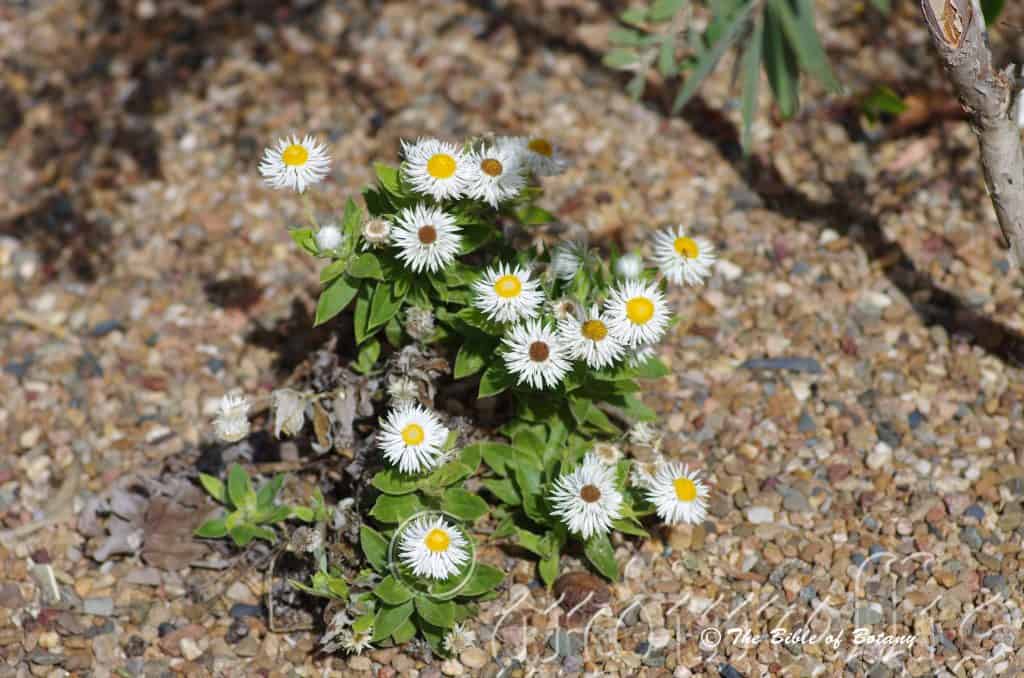
Coastal Heath Townsville Qld.
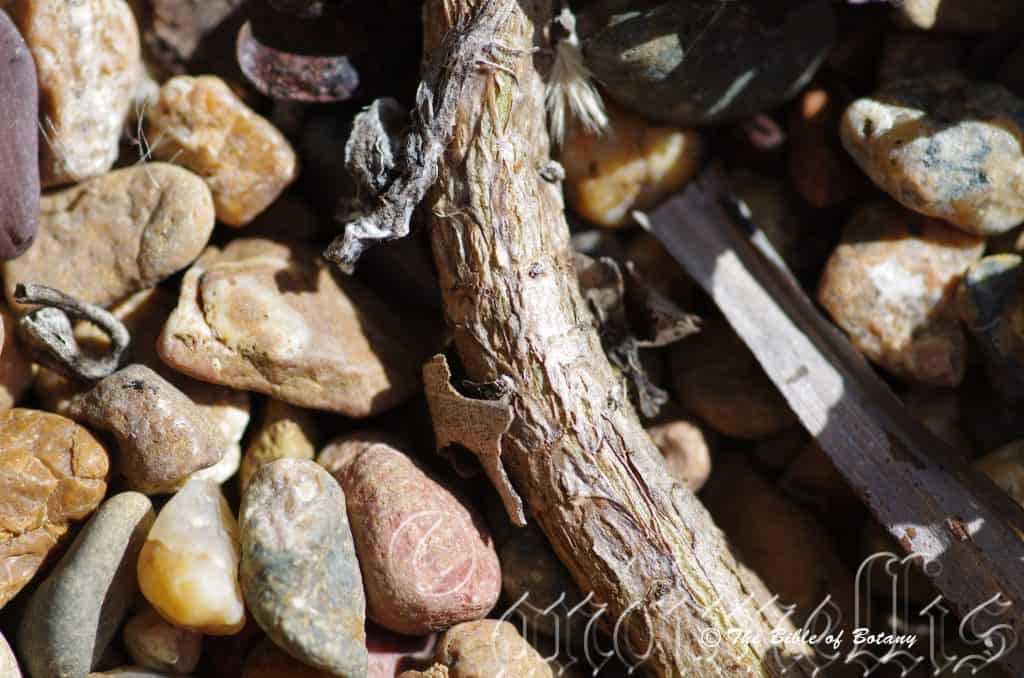
Coastal Heath Townsville Qld.
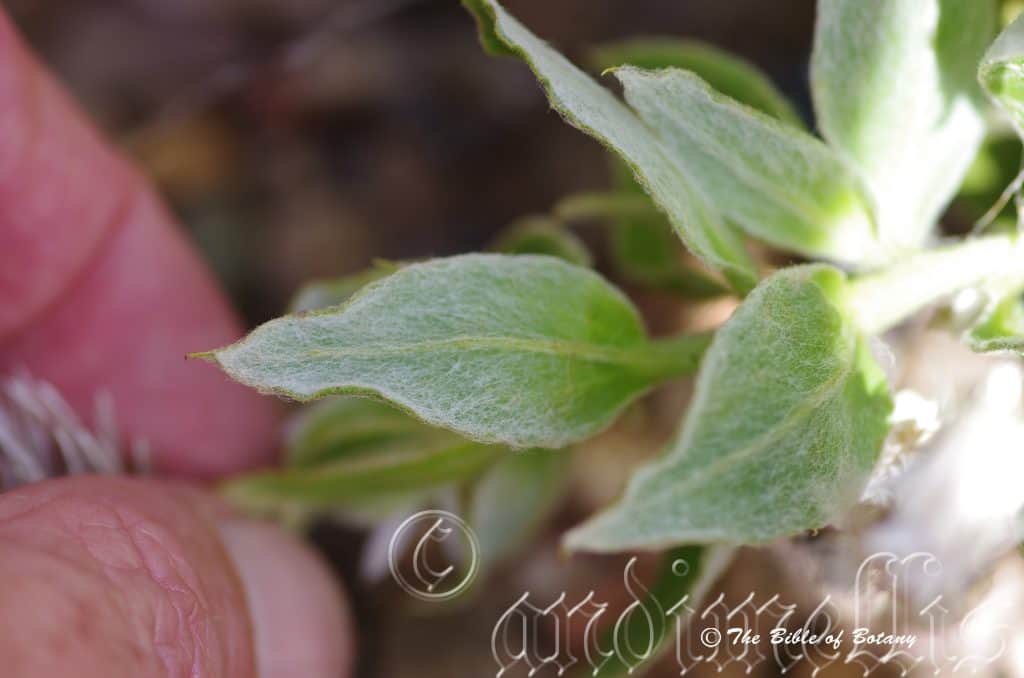
Coastal Heath Townsville Qld.
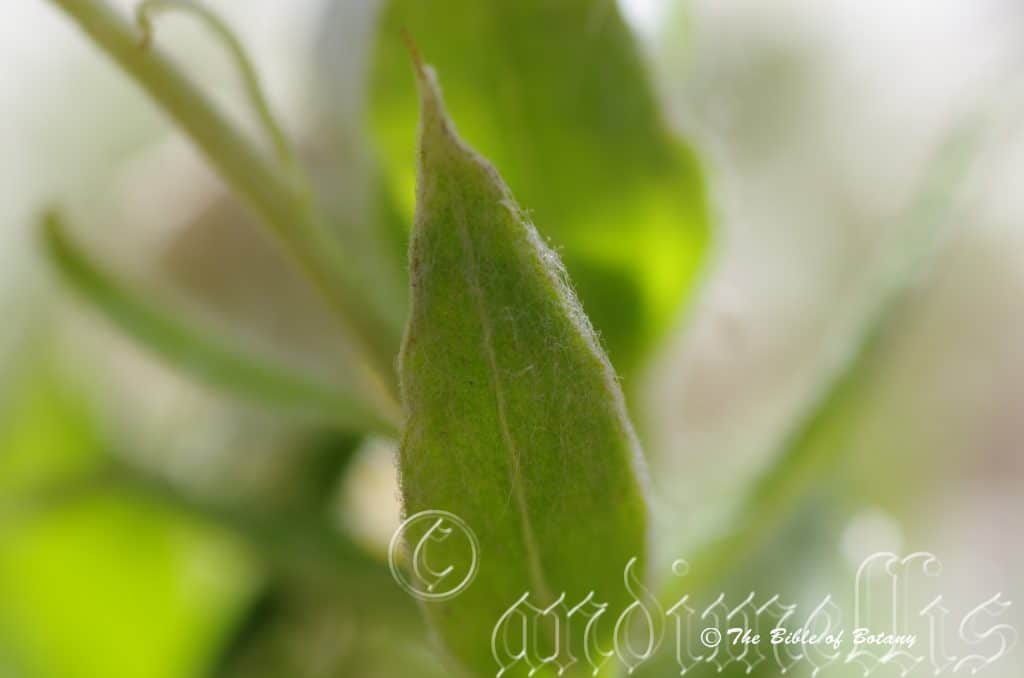
Coastal Heath Townsville Qld.
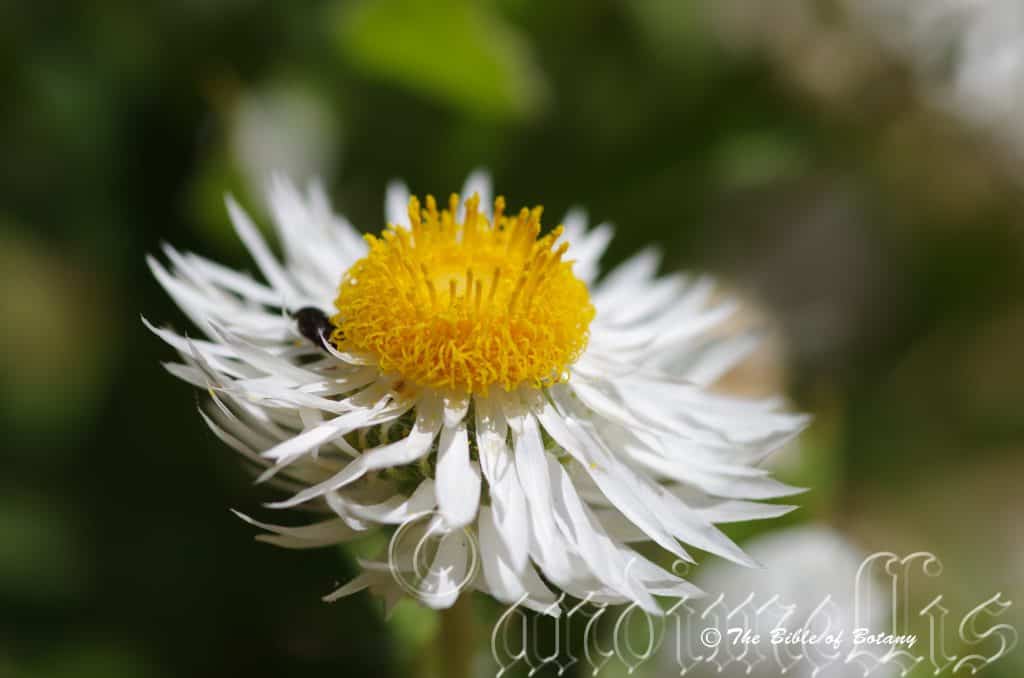
Coastal Heath Townsville Qld.
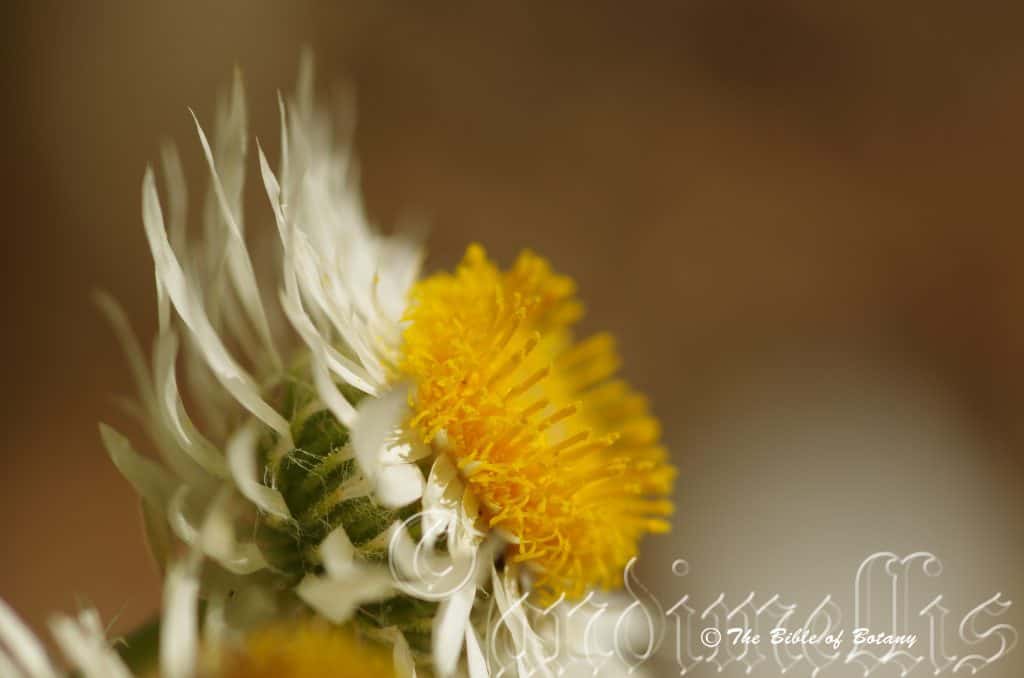
Coastal Heath Townsville Qld.
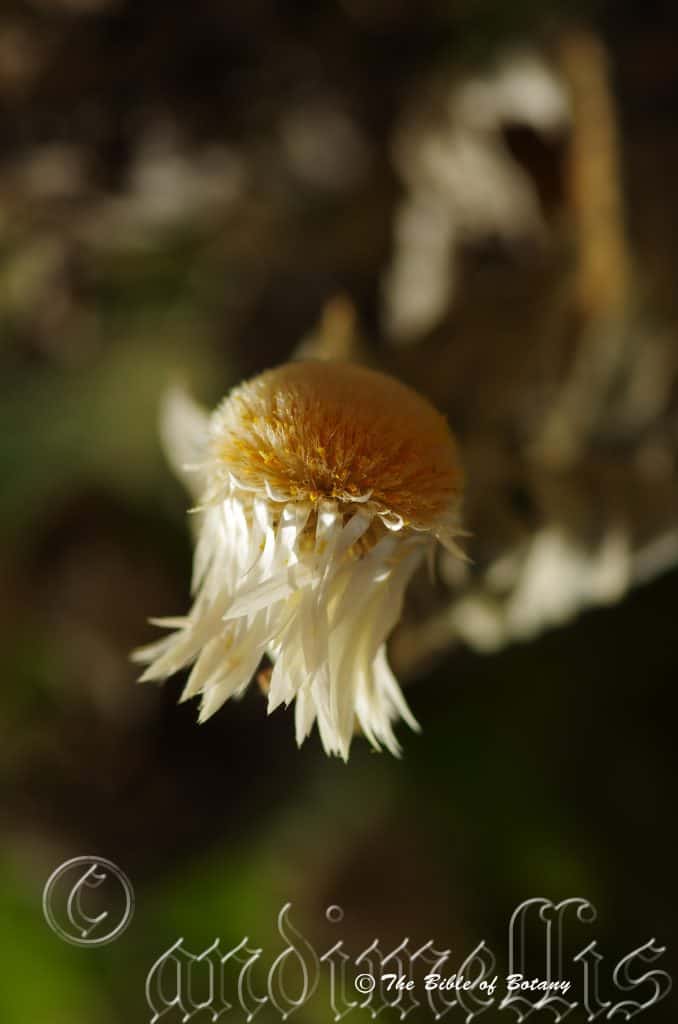
Coastal Heath Townsville Qld.
Coronidium lanuginosum
Classification:
Unranked: Eudicots
Unranked: Rosids
Order: Asterales
Family: Asteraceae
Genus: From Coronatum, which is Latin for a crown or small garland. It usually refers to the flowers sitting atop of the vertical floral stems.
Specie: From Laniginosus, which is Latin for woolly. It refers to description of plants, which are densely covered in short woolly hairs.
Sub specie:
Common Name: Everlasting Daisy.
Distribution:
Coronidium lanuginosum is found from the Coen River south to Wandai and the Burnett River in Queensland. It is mainly found on and east of the Great Dividing Range to the coast.
https://avh.ala.org.au/occurrences/search?taxa=Coronidium+lanuginosum#tab_mapView
Habitat Aspect Climate:
Coronidium lanuginosum prefer dappled shade to full sun. It is found growing in dry schlerophyll forests, heaths on rocky escarpments, ridges, plains, slopes often in exposed situations. The altitude ranges from 10 meters ASL to 850 meters ASL.
The Temperatures range from 0 degrees in July to 38 degrees in January.
The rainfall ranges from lows of 700mm to an average of 3200mm annually.
Soil Requirements:
Coronidium lanuginosum grows on a wide range of forest soil types from white sandy loams close to the coast, rocky, gravelly soils or screes to medium clays. The soils are usually derived from granite, sandstone or at times accumulated peaty beach sands. The soils pH ranges from 4.5pH through to a 7pH. It does not tolerate waterlogged soils. Non saline to moderately saline soils are not tolerated.
Height & Spread:
Wild Plants: 0.1m to 0.2m by 0.2m to 0.4m.
Characteristics:
Coronidium lanuginosum is a decumbent perennial. The stem is pale grey-brown with patchy flaky bark on the lower section and is moderately to densely covered in long, white, pilose and glandular hairs on the upper section with white floccose hairs in the axis.
Coronidium lanuginosus alternate elliptical leaves measure 40mm to 100mm in length by 10mm to 20mm in width. The tapering attenuate bases are stem clasping while the apexes are acuminate. The concolourous laminas blueish-green to grass-green and moderately to densely covered in long, white pilose and glandular hairs. The laminas are relatively flat and decurve downwards on the apical half. The margins are entire and undulating. The mid vein is prominent on the lower lamina while the lateral veins are inconspicuous.
The compound inflorescence heads of Coronidium lanuginosum are born solitary or in small clusters of 2 to 6.The hemispherical to almost globose head’s bracts progressively become strongly reflexed following anthesis and measure 30mm to 60mm in diameter. The intermediate, involucral, linear bracts are the longest. The white chartaceous involucral bracts are scarious and are sparsely to moderately covered in long white pilose and short glandular hairs at the base. The linear to acuminate outer bracts are loosely arranged with reddish-brown claws.
The 100 or more bright yellow flowers stamens are fused at the base while the anthers have 2 linear lobes. The petals and pistils are bright yellow and glabrous. The flowers appear throughout the year.
Coronidium lanuginosum‘s oblong fruits are obscurely 4 angled achenes. The brown, glabrous achenes measure 2.5mm in length. The crustaceous pericarp is deep brown and glossy while the white pappi are covered in minute barbellate bristles.
Wildlife:
Coronidium lanuginosum wildlife is unknown to the author.
Cultivation:
Coronidium lanuginosum is a prolific flowering perennial that should become more widely cultivated as it becomes better known in warm temperate, semi-arid and subtropical areas of Australia. Ideally it should be placed in the foreground of a bush garden near paths and between medium rocks where its white and yellow paper, daisy like flowers can be fully appreciated. It needs full sun to light dappled shade to flower at their best. Cool winters and warm to hot summers with a cool root run with plenty of mulch are essential for growing healthy plant and for a continual lengthy display of flowers. When using this plant it is necessary to place it near green foliage plants and especially those with red, orange or purple flowers to gain the best contrasts.
Placed near a bend it can keep the casual visitor interested in wanting to walk deeper into the garden. This can be achieved by placing slightly taller plants beyond the bend with red, pink, blue or orange flowers that can be seen over the top of Coronidium lanuginosum.
When you design a bush garden which Coronidium lanuginosum is well suited use contours to display the plants as bush scenes almost always have slight to steep rises. On flat ground the flowers will be below the eye level which needs darker colours surrounded them to help highlight them and bring them to the fore. If Coronidium lanuginosum are on display; to the public, with plants like Melaleuca pearsonii or other sub shrubs like Chloanthes parviflora or Pelargonium australe, Pelargonium inodorum you may have a never ending number of fanciers knocking on your door wanting to know their name and where you attained them from as it is so striking in the garden.
Another unusual affect could be gained with scented plants like Glycyrrhiza acanthocarpa which have a nice aroma of licorice.
Propagation:
Seeds: Coronidium lanuginosum seeds do not require treatment before sowing. Sow fresh seeds directly into a seed raising mix and cover with 5mm of the mix. Keep the trays moist not wet and place them dappled light or in 30mm shade. When the seedlings are 25mm to 50mm tall, prick them out and plant them into 50mm native tubes using a seed raising mix.
Once the seedlings reach 150mm to 200mm in height plant them out into their permanent position. Mass plantings can be achieved by planting them at 1 meter to 2.5 meter centers.
Cuttings: Use 50mm to 60mm long tip cuttings is required when growing from Cuttings. Take them in early spring after the last frosts have gone. Take a slice off the bottom 10mm of the cutting on one side and use a weak rooting hormone. Place the cuttings in a mix with equal parts perlite, peat and course washed sand. When the cuttings have obviously struck and have developed good roots treat them as for seedlings. For mass plantings plant them at 1.5 meter to 2 meter centers.
Fertilize using Seaweed, fish emulsion or organic chicken pellets soaked in water on an alternate basis. Fertilize every two months until the plants to bud up to maintain health, vitality and better flowering.
Further Comments from Readers:
Hi reader, it seems you use The Bible of Botany a lot. That’s great as we have great pleasure in bringing it to you! It’s a little awkward for us to ask, but our first aim is to purchase land approximately 1,600 hectares to link several parcels of N.P. into one at The Pinnacles NSW Australia, but we need your help. We’re not salespeople. We’re amateur botanists who have dedicated over 30 years to saving the environment in a practical way. We depend on donations to reach our goal. If you donate just $5, the price of your coffee this Sunday, We can help to keep the planet alive in a real way and continue to bring you regular updates and features on Australian plants all in one Botanical Bible. Any support is greatly appreciated. Thank you.
In the spirit of reconciliation we acknowledge the Bundjalung, Gumbaynggirr and Yaegl and all aboriginal nations throughout Australia and their connections to land, sea and community. We pay our respect to their Elders past, present and future for the pleasures we have gained.
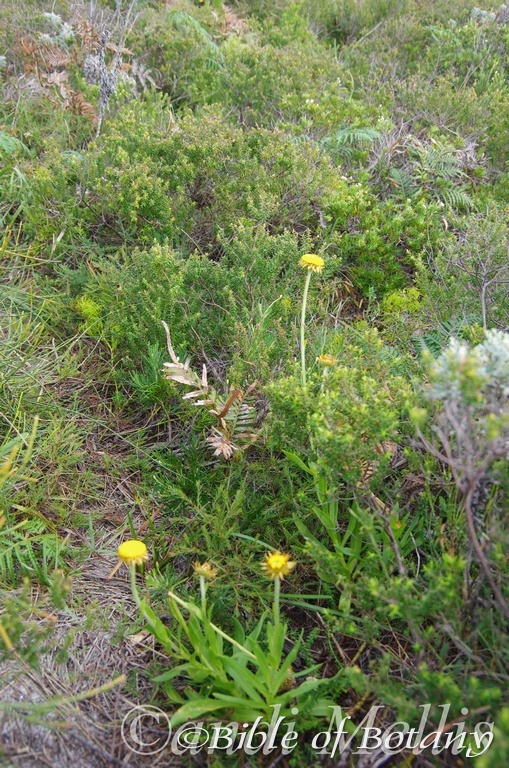
North Yuraygir National Park NSW
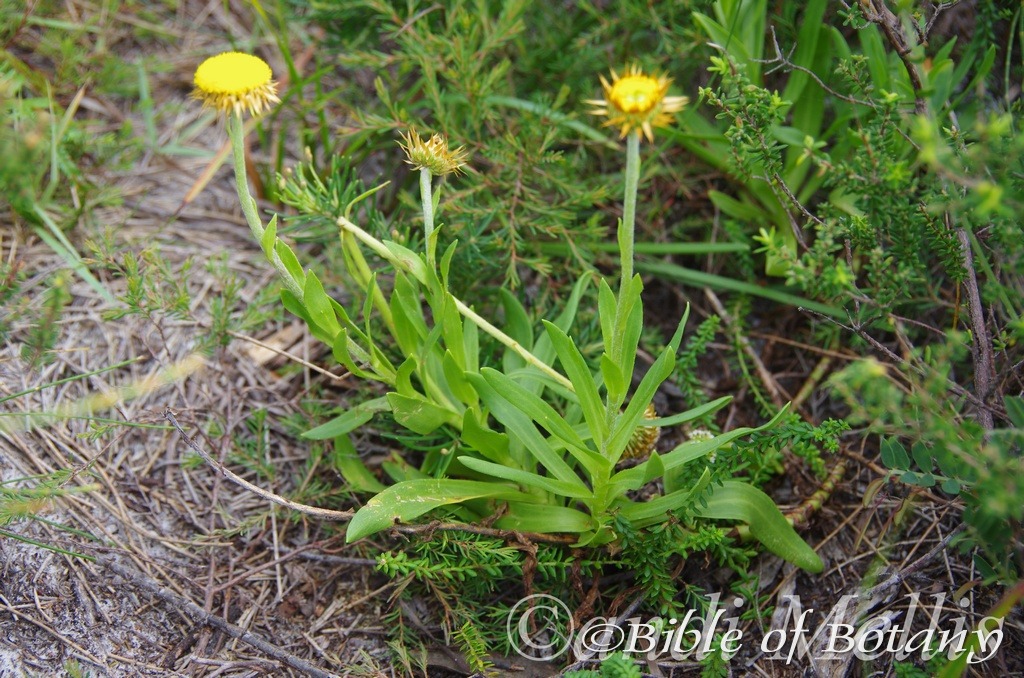
North Yuraygir National Park NSW
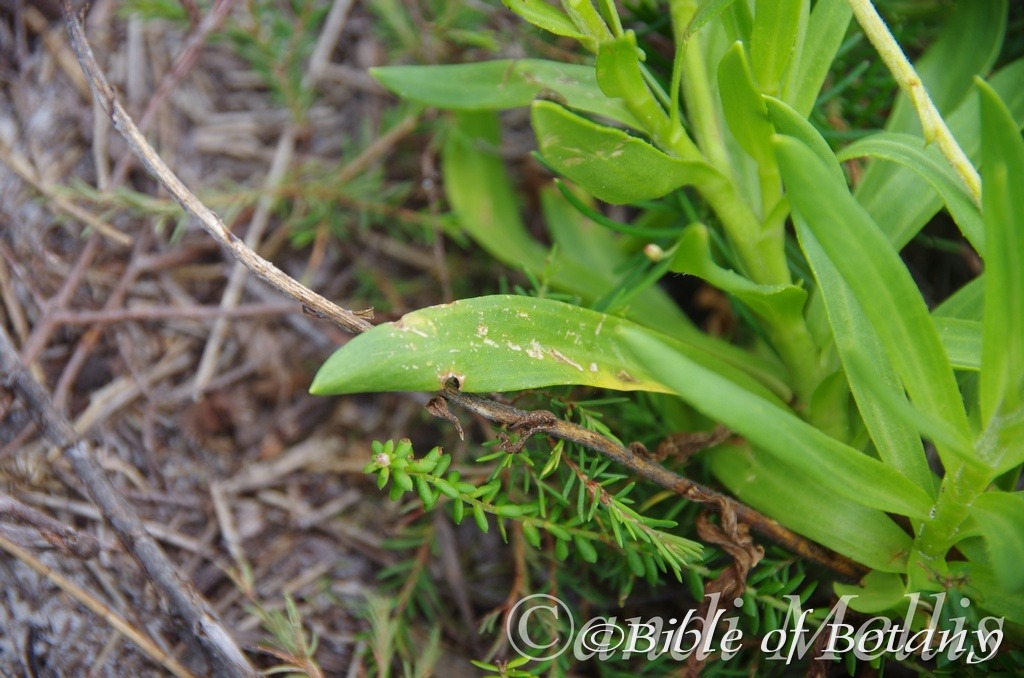
North Yuraygir National Park NSW
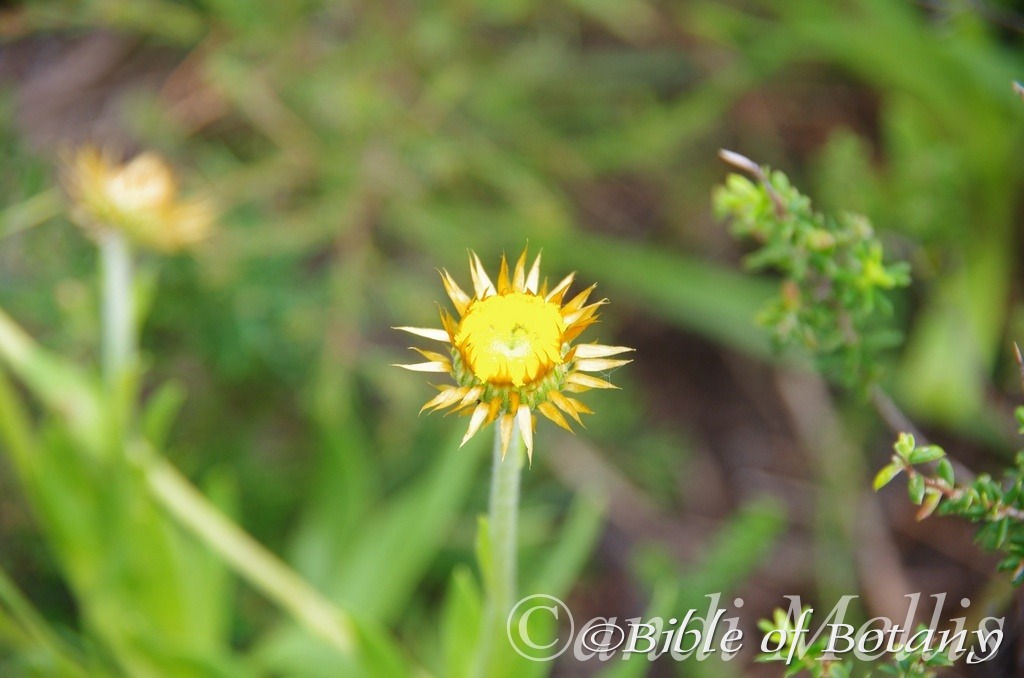
North Yuraygir National Park NSW
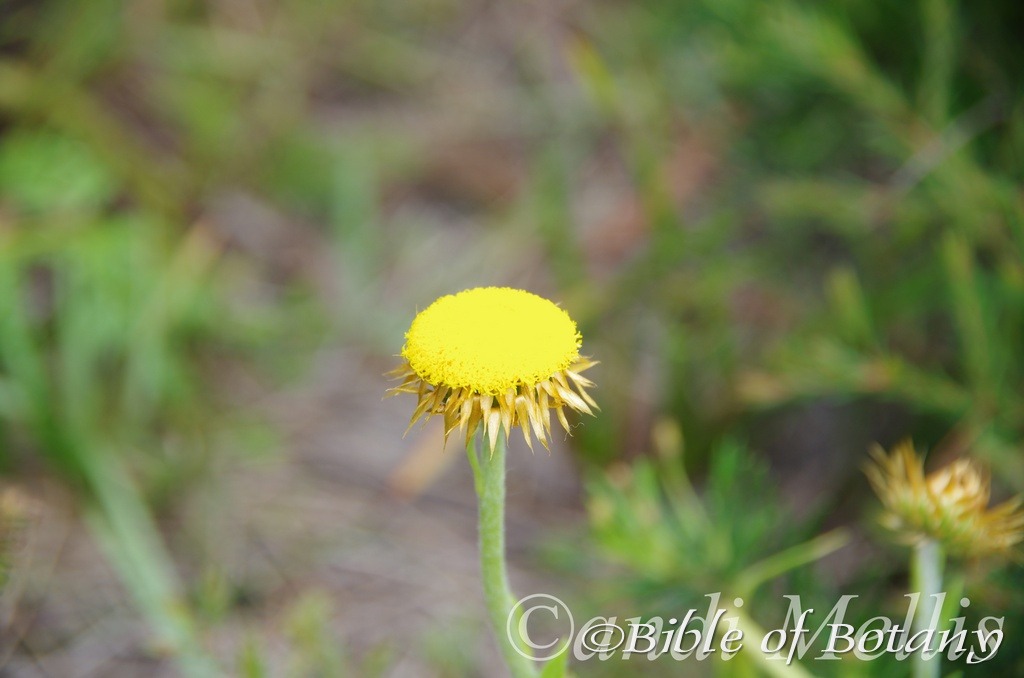
North Yuraygir National Park NSW
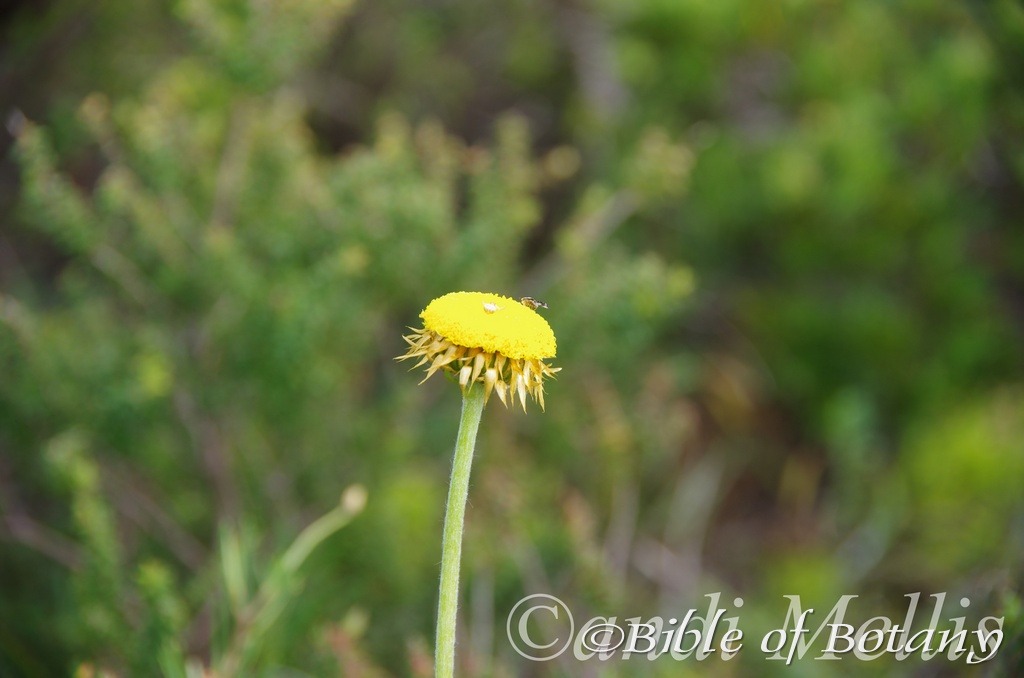
North Yuraygir National Park NSW
Coronidium oxylepis
Classification:
Unranked: Eudicots
Unranked: Rosids
Order: Asterales
Family: Asteraceae
Genus: From Coronatum, which is Latin for a crown or small garland. It usually refers to the flowers sitting atop of the vertical floral stems.
Specie: From Oxalis/Oxus/Oxys, which are Greek for sharp and Lepis which is Ancient Greek for a scale. It refers to structures or organs, which have sharp or pointed scales as seen on the flowers.
Sub species: Coronidium oxylepis subsp. carnosum. From Carnosum, which is Latin for flesh coloured or fleshy. It refers to plants, which are fleshier than other species in the genus.
Sub species: Coronidium oxylepis subsp. lanatum. From Lanatus, which is Latin for woolly. It refers to organs, which are covered in long woolly or floccose type hairs.
Subspecies: Coronidium oxylepis subsp. oxylepis. From Oxalis/Oxus/Oxys, which are Greek for sharp and Lepis which is Ancient for a scale. It refers to structures or organs, which have sharp or pointed scales.
Common Name: Everlasting Daisy.
Distribution:
Coronidium oxylepis subsp. lanatum is found south from the Carnarvon Gorge and Emerald in Central Queensland to near Bega and Batemans Bay in southern coastal New South Wales in several disjunct populations. There is also an isolated population south of Cairns on the coast.
Coronidium oxylepis subsp. oxylepis is found in several disjunct populations south of Bundaberg in central coastal Queensland to Woolli in north eastern New South Wales.
https://avh.ala.org.au/occurrences/search?taxa=Coronidium+oxylepis#tab_mapView
Habitat Aspect Climate:
Coronidium oxylepis prefer dappled shade to full sun. It is found growing in schlerophyll forests and in littoral forests on the coast. The altitude ranges from 10 meters ASL to 650 meters ASL.
The Temperatures range from minus 4 degrees in July to 30 degrees in January.
The rainfall ranges from lows of 300mm to an average of 2600mm annually.
Soil Requirements:
Coronidium oxylepis grow on a wide range of forest soil types from white sand close to the coast in Coronidium oxylepis subsp. oxylepis or coarse white granite sands, red lateritic sands to medium clays further inland with Coronidium oxylepis subsp. lanatum. The soils are derived from decomposed sandstone, shale, lateritic loams and granite. The soils pH ranges from 4.5pH through to a 7pH. It does not tolerate waterlogged soils. Non saline to moderately saline soils are not tolerated.
Height & Spread:
Wild Plants:
Coronidium oxylepis subsp. carnosum 0.3m to 0.5m by 0.5 m to 0.5m.
Coronidium oxylepis subsp. lanatum 0.4m to 0.6m by 0.5 m to 0.6m.
Coronidium oxylepis subsp. oxylepis 0.3m to 0.5m by 0.5 m to 0.5m.
Characteristics:
Coronidium oxylepis subsp. oxylepis is a tall erect perennial while Coronidium oxylepis subsp. lanatum is a decumbent perennial. The stems are pale grey and moderately covered in thick, white, woolly floccose hairs or rarely white glandular and puberulent hairs. The hairs become less woolly on the lower stems as the stems age.
Coronidium oxylepis subsp. oxylepis’s alternate narrow oblong to linear leaves measure 10mm to 70mm in length by 3mm to 16mm in width.
Coronidium oxylepis subsp. lanatum’s alternate narrow elliptical leaves measure 15mm to 80mm in length by 5mm to 25mm in width.
The leaves of Coronidium oxylepis are more crowded at the base and become more disjunct as they ascend the stems. The bases are sessile, narrowly cuneate or cuneate-rounded while the apexes are obtuse to acuminate. The discolourous laminas are dull mid olive-green and covered in white floccose hair becoming more glabrous with age or rarely glabrous on the upper laminas while the lower laminas are paler, dull and sparsely to densely covered in white floccose hairs or rarely glabrous. The laminas are flat, concave or convex on the upper laminas. The margins are entire. The mid vein is strongly prominent on the lower lamina and is distinctly visible from the upper lamina. The mid olive-green petiole is densely covered in white floccose hairs and measure 0mm to 1.5mm in length.
The inflorescence of Coronidium oxylepis are born solitary or in small simple racemes of 2 to 5 individual flowers. The compact hemispherical heads measures 28mm to 35mm in diameter. The yellow to yellow-ochre chartaceous involucral bracts are scarious. The linear to acuminate outer bracts are loosely arranged with a green claw and measure 3mm to 4.5mm in length. The narrow lanceolate intermediate bracts have an acuminate apex with a yellow limb and measure 6mm to 10mm in length. They become reflexed after anthesis. The claw is terete and measures 2.5mm to 3.5mm in length. The linear inner bracts have an acuminate apex and measure 5mm to 6.5mm in length.
The stipes of Coronidium oxylepis subsp. oxylepis’s involucral bracts are covered in white glandular to puberulent hairs.
The peduncules measure 80mm to 180mm in length while the pedicels measure 30mm to 100mm in length. The anthers and pollen are yellow. The flowers appear throughout the year.
Coronidium oxylepis’s pale brown Cypselae are cylindrical and flattened. The Cypselae measure 1.3mm to 1.6mm in length. The filiform pappus bristles are minutely denticulate close to the persistent bases.
Wildlife:
Coronidium oxylepis wildlife is unknown to the author.
Cultivation:
Coronidium oxylepis is a prolific flowering perennial sub shrub that should become more widely cultivated. It is becomes better known in temperate areas of Australia which will increase its chances of being a garden subject. Ideally it should be placed in the foreground of a bush garden where its yellow paper, daisy like flowers can be fully appreciated. It needs full sun to light dappled shade to flower at their best. Cool winters and warm summers with a cool root run with plenty of mulch are essential parts of a healthy plant and for continual lengthy flowering season. They can be lightly pruned to help maintain bushiness when young. When using this plant it is necessary to place it near grey or glaucous foliage plants and especially those with red, white or purple flowers.
Placed near a bend it can keep the casual visitor interested to walk deeper into the garden. This can be achieved by placing slightly taller plants beyond the bend with red, pink, blue or white flowers that can be seen over the top of Coronidium oxylepis.
When you design a bush garden which Coronidium oxylepis is well suited, try not to use contours to display the plants as bush scenes almost always have slight to steep rises. Taller plants are better placed away from the path with the smaller plants near the edge so that you can still look over them to see what lies beyond. On flat ground the flowers will be below the eye level which is very striking if surrounded by different foliage and flower colours. Place them back from the path as it is rather brittle and will be easily broken or passer bys will continually remove the flower heads. If Coronidium oxylepis are on display; to the public, with Melaleuca pearsonii or other sub shrubs like Chloanthes parviflora, Pelargonium austral or Pelargonium inodorum you may have a never ending number of fanciers knocking on your door wanting to know their name and where you attained them from as it is so striking in the garden.
Coronidium ericinum could be used in the back ground or allowed to meander between clumps of 8 or 10 Coronidium oxylepis in the fore ground. Another unusual affect could be gained with other scented plants like Glycyrrhiza acanthocarpa which have a nice aroma of licorice.
Propagation:
Seeds: Coronidium oxylepis seeds do not require treatment before sowing. Sow fresh seeds directly into a seed raising mix and cover with 5mm of the mix. Keep the trays moist not wet and place them dappled light or in 30mm shade. When the seedlings are 25mm to 50mm tall, prick them out and plant them into 50mm native tubes using a seed raising mix.
Once the seedlings reach 150mm to 200mm in height plant them out into their permanent position. Mass plantings can be achieved by planting them at 1 meter to 2.5 meter centers.
Cuttings: Use 50mm to 60mm long tip cuttings is required when growing from Cuttings. Take them in early spring after the last frosts have abated to early Autumn.
1 Prepare the cutting mix by adding one third sharp clean river sand, one third peat and one third perlite. These ingredients are sterilize,
2 Select good material from non diseased plants,
3 Select semi green stems for cuttings. Look for a stem with two or three nodes,
4 Place the cutting on a flat, hard surface, and make a clean down one side of the cutting for 10mm to 15mm with a sharp sterile knife or razor blade. – This scarification of the node will increase the chances of roots emerging from this spot. Now remove all but one or two the leaves, leaving the apex leaves in tact. If the leaves are very large in proportion to the stem, cut off the apical halves.
5 Fill a saucer with water, and place a little mild to medium rooting hormone into another container like a milk bottle top. Dip the node end of the cutting into the water and then into the rooting hormone. Tap off any excess hormone,
6 Use a small dipple stick or old pencil to poke a hole into the soilless potting mix. Ensure the hole is slightly larger than the stem diameter and be careful not to wipe the rooting hormone off the cuttings base, place the cuttings in a pattern ensuring the cuttings are not touching each other,
7 I like to place the pots in Plastic bags to help maintain temperature and moisture. Place in a semi shaded place like under 50% shade cloth.
8 When the cuttings have struck, open the bag to allow air circulation for a few days to a week,
9 Once hardened off remove the cuttings from the bag and allow to further hardening for a few more days,
10 Transplant into a good potting mix to grow on.
Further Comments from Readers:
Hi reader, it seems you use The Bible of Botany a lot. That’s great as we have great pleasure in bringing it to you! It’s a little awkward for us to ask, but our first aim is to purchase land approximately 1,600 hectares to link several parcels of N.P. into one at The Pinnacles NSW Australia, but we need your help. We’re not salespeople. We’re amateur botanists who have dedicated over 30 years to saving the environment in a practical way. We depend on donations to reach our goal. If you donate just $5, the price of your coffee this Sunday, We can help to keep the planet alive in a real way and continue to bring you regular updates and features on Australian plants all in one Botanical Bible. Any support is greatly appreciated. Thank you.
In the spirit of reconciliation we acknowledge the Bundjalung, Gumbaynggirr and Yaegl and all aboriginal nations throughout Australia and their connections to land, sea and community. We pay our respect to their Elders past, present and future for the pleasures we have gained.
Correa baeuerlenii
Classification:
Unranked: Eudicots
Unranked: Rosids
Order: Sapindales
Family: Rutaceae
Genus: Is named in honour of Correa de Serra; 1750-1823, who was a Portuguese botanist and statesman.
Specie: Is named in honour of Wilhelm Baeurlen; 1840-1917, who was a plant collector for Ferdinand von Mueller and John maiden and author of “Wildflowers of NSW”
Sub specie:
Common Name: Chef’s Hat Correa.
Distribution:
Correa baeuerlenii is found in a few isolated areas in southern New South Wales South from Batemans Bay to Bega. The specimen found in north western New South Wales appears to be totally out of its normal range for habitat, rainfall, temperatures and soil type so must be treated as mistaken identity or a garden escapee.
https://avh.ala.org.au/occurrences/search?taxa=Correa+baeuerlenii#tab_mapView
Habitat Aspect Climate:
Correa baeuerlenii prefers dappled shade. It grows in schlerophyll forests. The altitude ranges from 10 meters ASL to 100 meters ASL.
The temperatures range from minus 4 degrees in July to 30 degrees in January.
The rainfall ranges from lows of 700mm to an average of 1000mm annually.
Soil Requirements:
Correa baeuerlenii prefers better quality heavier decomposed sandstone, shales or basalts loams. The soils pH ranges from 5.5pH through to a 7pH are preferred. It does not tolerate waterlogged soils. None saline soils to moderately saline soils are tolerated.
Height & Spread:
Wild Plants: 1.5m to 2m by 1.5m to 2m.
Characteristics:
Correa baeuerlenii’s stems are grey brown. Branchlets and Juvenile stems are red-brown to burgundy-red and covered in short red pilose hairs.
Correa baeuerlenii’s opposite broad lanceolate to elliptical leaves measure 30mm to 65mm in length by 10mm to 22mm in width. The discolourous laminas are glossy and a mid sea-green to deep sea green on the upper lamina while lower lamina is paler and dull to semi glossy. The base is cuneate while the apex is tapering narrow acute. The margins are entire and curve upwards from the mid vein. The mid vein is prominent on the lower lamina and is distinctly visible from the upper lamina. Both margins are sparsely covered in red-brown to burgundy-red and covered in short red pilose hairs. The red petiole is red-brown to burgundy-red and covered in short red pilose hairs and measures 2mm to 4mm in length.
The inflorescence of Correa baeuerlenii are born singularly from the leaf axils. The pale yellow green to pale creamy grass green corolla measures 22mm to 30mm in length by 5mm to 6mm in diameter. The calyx is broad, flat and round like a chef’s hat and measures 10mm to 13mm in diameter. The margin on the brim is finely lobed or crenate with lobes that measure 1mm to 1.2mm in length. The broad cylindrical calyx tube that surrounds the corolla has 4 lobes are broad acute to broad obtuse with a fine mucronate point. The calyx measures 5mm to 6.5mm in length including the 1mm to 1.5mm lobes. The 8 very fine pale yellow green stamens are exserted and measure 26mm to 34mm in length with a 1.8mm to 2.3mm anther which hangs vertically down. The anthers and pollen are pale creamy yellow. The pedicel measures 8mm to 16mm in length. The Flowers appear during September to November with the odd flower appearing throughout the year.
Correa baeuerlenii fruits are greenish yellow cylindrical drupes. The drupes measure 8mm to 9mm in length by 5mm to 6mm in width. The calyx tube is persistent on the drupes.
Wildlife:
Most small nectar feeding birds are attracted to the flowers.
Cultivation:
Correa baeuerlenii is a beautiful small shrub that should become more widely cultivated as it becomes better known in temperate areas of Australia. Ideally it should be placed in the foreground or mid ground of a bush garden where its unusual flowers can be fully appreciated. It needs some shade, warmth to flower and a cool root run so mulching is essential part of a healthy plant. It can be lightly pruned to help maintain a bushy shrub. When using this plant it is necessary to place it away from strong accent plants with bright coloured flowers or dominant foliage.
It is ideal for shaded court yards or around a pool. Because of their larger deep green leaves they help break up hard lines and can be used as a screening plant. They will grow 2 meters to 2.5 meters by 2 meters to 2.5 meters in cultivation but can be pruned to enhance the bushiness and to reduce the height. It can withstand frosts and temperatures as low as minus 8 degrees with only minor reddening of the leaves.
Placed near a bend it can keep the casual visitor interested to walk deeper into the garden. This can be achieved by placing slightly taller plants beyond the bend with white, pink or deep red flowers that can just be seen over the top of the Correa.
Propagation:
Seeds: Correa baeuerlenii seeds do not require treatment before sowing. Sow fresh seeds directly into a seed raising mix and cover with 5mm of the mix. Keep the trays moist not wet and place them dappled light or in 30mm shade. When the seedlings are 25mm to 50mm tall, prick them out and plant them into 50mm native tubes using a seed raising mix.
Once the seedlings reach 150mm to 200mm in height plant them out into their permanent position. Mass plantings can be achieved by planting them at 1 meter to 2.5 meter centers.
Cuttings: Use 50mm to 60mm long tip cuttings is required when growing from Cuttings. Take them in early spring after the last frosts have gone.
1. Prepare the cutting mix by adding one third sharp clean river sand, one third peat and one third perlite. These ingredients are sterilize,
2. Select good material from non diseased plants,
3. Select semi green stems for cuttings. Look for a stem with two or three nodes,
4. Place the cutting on a flat, hard surface, and make a clean slice down one side of the cutting for 10mm to 15mm at the base with a sharp sterile knife or razor blade. – This scarification of the node will increase the chances of roots emerging from this spot. Now remove all but one or two the leaves, leaving the apex leaves in tact.
5 Fill a saucer with water, and place a little mild to medium rooting hormone into another container like a milk bottle top. Dip the node end of the cutting into the water and then into the rooting hormone. Tap off any excess hormone,
6. Use a small dipple stick or old pencil to poke a hole into the soilless potting mix. Ensure the hole is slightly larger than the stem diameter and be careful not to wipe the rooting hormone off the cuttings base, place the cuttings in a pattern ensuring the cuttings are not touching each other,
7. I like to place the pots in Plastic bags to help maintain temperature and moisture. Place in a semi shaded place like under 50% shade cloth.
8 When the cuttings have struck, open the bag to allow air circulation for a few days to a week,
9 Once hardened off remove the cuttings from the bag and allow to further hardening for a few more days,
10 Transplant into a good potting mix to grow on.
Fertilize using Seaweed, fish emulsion or organic chicken pellets soaked in water on an alternate basis. Fertilize every two months until the plants are established then annually in early September or March to maintain health, vitality and better flowering.
Further Comments from Readers:
Hi reader, it seems you use The Bible of Botany a lot. That’s great as we have great pleasure in bringing it to you! It’s a little awkward for us to ask, but our first aim is to purchase land approximately 1,600 hectares to link several parcels of N.P. into one at The Pinnacles NSW Australia, but we need your help. We’re not salespeople. We’re amateur botanists who have dedicated over 30 years to saving the environment in a practical way. We depend on donations to reach our goal. If you donate just $5, the price of your coffee this Sunday, We can help to keep the planet alive in a real way and continue to bring you regular updates and features on Australian plants all in one Botanical Bible. Any support is greatly appreciated. Thank you.
In the spirit of reconciliation we acknowledge the Bundjalung, Gumbaynggirr and Yaegl and all aboriginal nations throughout Australia and their connections to land, sea and community. We pay our respect to their Elders past, present and future for the pleasures we have gained.
Correa lawrenceana
Classification:
Unranked: Eudicots
Unranked: Rosids
Order: Sapindales
Family: Rutaceae
Genus: Is named in honour of Correa de Serra; 1750-1823, who was a Portuguese botanist and statesman.
Specie: Is named in honour of Robert William Lawrence; 1807-1833, who was an English born Australian amateur botanist who later became Tasmania’s first botanist and close associate of William Hooker and Gunn.
Sub specie: 9 sub species have been identified and are listed below.
Common Name: Mountain Correa.
Distribution:
Correa lawrenceana is found in several disjunct populations south from the Macpherson Ranges in southern Queensland to Mount Gambia in eastern South Australia. It is more common in the southern part of its range from near Tumit south west to Port Campbell National Park.
It is also found on King Island in Bass Strait and in Tasmania from Smithton in the north west to Dover in the south east skirting the highland areas and Mount Heemsirk Regional Reserve to Strahan along the west coast.
https://avh.ala.org.au/occurrences/search?taxa=Correa+lawrenceana#tab_mapView
Habitat Aspect Climate:
Correa lawrenceana prefers dappled shade to full sun. It grows in moist schlerophyll forests, rainforest margins and woodlands. The terrain is usually mountainous. Correa lawrenceana is a rather variable specie with several new sub specie likely to be named in the next review of the species. The altitude ranges from 10 meters ASL to 1000 meters ASL.
The temperatures range from minus 4 degrees in July to 28 degrees in January.
The rainfall ranges from lows of 500mm to an average of 2400mm annually.
Soil Requirements:
Correa lawrenceana prefers light sandy loams to heavy clays. The soils may be deep or skeletal in nature. The soils are usually derived from decomposed sandstone, shales brown and black basalts, lateritic loams siltstones, metamorphic rocks and granites. The soils pH ranges from 4.5pH to 7pH are preferred. It does not toleratewater logged soils. Non saline soils to moderately saline soils are tolerated.
Height & Spread:
Wild Plants: 0.6m to 9m by 1m to 5m.
Characteristics:
The characteristics here are an overview only. For more detail read the individual subspecies reports below.
Correa lawrenceana stems are grey brown. Branchlets and Juvenile stems are fawn-brown to pale brown and densely covered in fawn to rusty floccose hairs.
Correa lawrenceana’s opposite narrow elliptical to broad elliptical, oblong elliptical or broad lanceolate leaves measure 25mm to 105mm in length by 7mm to 70mm in width. The bases are cuneate, rounded, truncate or cordate. The discolourous laminas are deep green, sea green to deep sea green, glabrous and dull on the upper lamina while lower laminas are often paler, dull and glabrous to densely covered in fawn to rusty-brown stellate hairs. The laminas are flat or recurve on the upper laminas. The margins are entire and curve upwards from the mid vein. The mid vein is prominent on the lower lamina and is visible from the upper lamina. The petiole is densely covered in fawn to rusty-brown stellate hairs on the lower surface or sparsely to densely covered in fawn to rusty-brown floccose wool. The petioles measures 1mm to 8mm in length.
The inflorescence of Correa lawrenceana are born as auxiliary cymes from the leaf axils or rarely as terminal cymes. The caduceous bracts are discarded at the bud stage. The bracts usually measure 2mm to 5mm in length but can be 25mm to 30mmin length with Correa lawrenceana subsp. macrocalyx. The caduceus bracteoles are discarded at the bud stage and measure 0.5mm to 2mm in length. The cupular calyxes are glabrous to densely covered in fawn to rusty-brown stellate hairs or fawn to rusty-brown tomentose hairs. The thickly prominent calyxes measure 3mm to 10mm in length by 4mm to 6mm in diameter. The lobes are indistinct to minute. The 1 to 7 individual flower corollas are pale yellow to deep yellow, cream, creamy-green to pale maroon-red. The corollas measure 16mm to 32mm in length by 4mm to 7mm in diameter. The 4 triangular to broad-obtuse or rarely acuminate lobes are erect or divaricate. The corolla and lobes are glabrous to densely covered in short, white, tomentose hairs, are scale like to velvety.
The 8 very fine pale yellow green stamens are exserted and measure 26mm to 34mm in length with a 1.8mm to 2.3mm anther which hangs vertically down. The anthers and pollen are pale creamy yellow. The pedicel measures 8mm to 16mm in length. The Flowers appear during September to November with the odd flower appearing throughout the year.
The 8 filiform stamens are exserted to about half the length of the corollas and measure 8mm to 40mm in length. The oblong anthers measure 2.5 to 3mm in length.
Correa lawrenceana fruits are greenish yellow cylindrical berries. The berries measure 6mm to 9mm in length by 4mm to 6mm in width. The calyx is persistent at the base while the torn corolla and filaments are persistent at the apex.
Correa lawrenceana has several sub specie which are delineated as follows. Information from Australian Virtual Herbarium. http//www. avh. ala. au
1. The leaves are broad-ovate to cordate with rounded bases. See 2.
The Leaves are narrow elliptical to broad elliptic, oblong-elliptic or lanceolate to ovate with cuneate bases. See 4.
2. Correa lawrenceana subsp. macrocalyx is restricted to the coastal districts of the north coast south to the Illawarra district on sandstone. It is a Shrub or small tree growing from 1 meter to 4.5 meters in height by 1 meter to 2.5 meters in diameter. The calyxes measure 5mm to 10mm in length. The bracteoles are inserted at or near the apex of pedicels subtending the calyxes. The leaves are broad-ovate and measure 5mm to 100mm in length by 30mm to 70mm in width. The bases are rounded to cordate while the apexes are obtuse. The leaves laminas are glabrous on the upper laminas while the lower laminas are covered in fawn to rusty-brown floccose wool. The flowers number 1 to 3 on pedicels which measure 20mm to 60mm in length. The minute bracteoles are inserted at apexes. The calyxes are sparsely covered in fawn to pale rusty-brown stellate hairs and measure 5mm to 10mm in length. The greenish-yellow corollas are covered in white pulverulent velvety hairs and measure 20mm to 25mm in length.
- Correa lawrenceana subsp. cordifolia is found on the coast and adjacent ranges. It is a shrub or small tree growing from 1 meter to 5 meters in height by 1 meter to 3 meters in diameter. The broad ovate to cordate leaves measure 25mm to 105m in length by 20mm to 60mm in width. The bases are rounded to cordate while the apexes obtuse. The upper laminas are glabrous while the lower laminas are covered in fawn to pale rusty-brown floccose wool. The calyx’s margins are undulating or with 4 teeth measure 3mm to 5mm in length. The flowers number 1 to 3 on pedicels which measure 20mm to 65mm long; bracteoles minute, inserted 5mm to 15mm from the apex. The calyxes are covered in rusty tomentose hairs and measure 3mm to 5mm in length. The corollas are pale maroon-red with a brownish tinge at the apex or rarely entirely greenish-yellow and measure 20mm to 27mm in length.
3. Correa lawrenceana subsp. latrobeana is widespread. The leaves are narrow elliptical to broad elliptic or rarely broad ovate. The calyx lobes are linear and measure 4mm to 7mm in length.
4. The calyx is hemispherical to cupular and is densely covered in fawn to pale rusty-brown tomentose hairs and measures 3mm to 7mm in length. The corollas are green to cream or red. See 5.
5. Correa lawrenceana subsp. glandulifera is restricted to the Dorrigo area to the northern tablelands. It is a shrub or tree growing from 3 meters to 6 meters in height by 2 meters to 4 meters in diameter. The caduceous bracteoles are inserted 2 mm to 10mm below the apex and measure 20mm to 30mm in length. The ovate to lanceolate leaves measure 40mm to 80mm in length by 20mm to 35mm in width. The bases are cuneate while the apexes are acute. The lower laminas are covered in short, pale rusty-brown tomentose hairs. The calyxes are shallowly cupular and sparsely to moderately or densely covered in pale rusty-brown stellate hairs. The calyxes measure 2 mm to 3mm in length. The corollas are green. The flowers number 1 to 5 on pedicels which measures 6mm to 17mm in length. The corollas are greenish-yellow and covered in short white tomentose hairs externally and measure 22mm to 27mm in length.
6. Correa lawrenceana subsp. latrobeana is widespread from New South Wales to through to Melbourne in Victoria. It is a shrub or small tree growing from 0.6 meters to 5 meters in height by 1 meter to 2 meters in diameter. The elliptical to broad elliptical leaves, measure 25mm to 65mm in length by 7mm to 35mm in width. The bases are cuneate to obtuse while the apexes are obtuse. The lower laminas are densely covered in soft cream to pale rusty-brown tomentose hairs. The peduncle and pedicels are short and thick. The flowers number 1 to 7 on pedicels which measure 7mm to 25mm in length. The corollas are pale yellow to pale yellow-green or rarely creamy red. The caduceous bracteoles are filamentous and are inserted 2mm to 5mm from the apex. The calyxes are covered in rusty tomentose hairs and measure 4mm to 7mm in length. The corollas are yellow-green or rarely dull red and measure 16mm to 27mm in length.
7. Correa lawrenceana subsp. Lawrenceana is restricted to Tasmania. It is a shrub or small tree growing from 0.6 meters to 5 meters in height by 1 meter to 2 meters in diameter. The elliptical leaves of the north eastern plants measure 25mm to 65mm in length by 7mm to 20mm in width. The southern and western plants leaves are broad elliptical to oblong-ovate and measure 40mm to 90 mm in length by 15mm to 35mm in width. The bases are cuneate to obtuse while the apexes are obtuse. The lower laminas are densely covered in soft cream to pale rusty-brown tomentose hairs. The peduncle and pedicels are short and thick. The flowers number 1 to 7 on pedicels which measure 7mm to 25mm in length. The caduceus bracteoles are filamentous and are inserted 2mm to 5mm from the apex. The calyxes are covered in rusty tomentose hairs and measure 4mm to 7mm in length. The corollas are yellow-green or rarely dull red and measure 16mm to 27mm in length. The pale yellow filaments measure 17mm to 28mm in length while the anthers oblong to cylindrical anthers measure 5mm to 6mm in length by 1.5mm to 2mm in width.
8. Correa lawrenceana subsp. geoensis is restricted to the Genoa River catchment. It grows as a shrub from 1.5meters to 3 meters in height by 1 meter to 2 meters in diameter. It is facing extinction in the near future in the wild. The broad elliptical to ovate leaves, measure 25mm to 35mm in length by 16mm to 25mm in width. The bases are rounded to truncate while the apexes are broad acuminate to obtuse. The discolourous leaves are sea-green to deep sea-green, dull and glabrous on the upper laminas while the lower laminas are creamy and sparsely covered in rusty red scales hairs. The main vein is prominent while the main vein and lateral veins are densely covered in rusty-red scales hairs. The pale green peduncle and pale creamy yellow pedicels are covered in fawn to pale rusty-brown scales. The peduncles measure 16mm to 20mm in length while the pedicels measure 6mm to 8mm in length. The flowers number 3 to 4.The calyxes’ margins are undulating with 4 small teeth. They are covered in pale rusty to rusty-brown scales and measure 4mm to 7mm in length. The carmine corollas turn pale yellow as they approach the lobes and are covered in pale rusty scales externally. The corollas measure 18mm to 22mm in length. The pale yellow filaments measure 19mm to 23mm in length while the anthers oblong to cylindrical anthers measure 4mm to 5mm in length by 1.3mm to 1.5mm in width.
9. Correa lawrenceana subsp. glabra No details at the moment.
10. Correa lawrenceana subsp. rosea is restricted to sub alpine regions of the snowy Mountains. No details at the moment.
plantnet.rbgsyd.nsw.gov.au/cgi-bin/NSWfl.pl?page=nswfl&lvl=sp&name=Correa~lawrenceana#1#1
Wildlife:
Most small nectar feeding birds are attracted to the flowers.
Cultivation:
Correa lawrenceana is a beautiful shrub to small tree that warrants a garden situation particularly in cooler temperate zones. The plant offers great variety so can fill almost any niche available provided ground moisture is retained along with a cool root run. Ideally it suits the bird bush garden fancier where its unusual flowers can be fully appreciated by all. It needs some shade or dappled light with good frosts and summer warmth to flower at their best. It can be lightly pruned to help maintain a bushy shrub.
It is ideal for shaded courtyards or around a pool. Because of their larger deep green leaves they contrast well against pale coloured bricks hard lines. They can be used as a screening plant. Cultivated tree forms usually grow smaller than their wild parents whereas the dwarf forms usually grow a little taller or wider. It can withstand frosts and temperatures as low as minus 8 degrees with only minor burning of the leaves.
When using this plant it is necessary to place it away from strong accent plants with bright coloured flowers or dominant foliage. The other alternative is to use the deep coloured leaves to contrast finer pale grass green foliage. Here I think of Acacia baileyana, Melaleuca wilsonii, Hakea scoparia, Leptospermum rotundifolium or Grevillea alpine which will blend beautifully and all except the Hakea scoparia won’t be too overpowering when in flower.
Placed near a bend it can keep the casual visitor interested to walk deeper into the garden. This can be achieved by placing shorter plants in the front with white, pink or deep red flowers that can take the attention when in flower and leave Correa lawrenceana as the strong mid ground or back ground plant.
Propagation:
Seeds: Correa lawrenceana seeds do not require treatment before sowing though seeds may be difficult to come by. The beauty of seed grown plants is the form and colour of the plants may vary considerably. Sow fresh seeds directly into a seed raising mix and cover with 5mm of the mix. Keep the trays moist not wet and place them in a cool spot with dappled light or in 30mm shade. When the seedlings are 25mm to 50mm tall, prick them out and plant them into 50mm native tubes using a seed raising mix.
Once the seedlings reach 150mm to 200mm in height plant them out into their permanent position. Mass plantings will depend on the variety chosen.
Cuttings: If a selected form is required then cutting grown plants is the only choice you have. Plants are relatively easy to strike. Use 70mm to 100mm long semi hardwood cuttings prepared from partially mature wood of the current season’s growth, just after a flush of growth. Take the cuttings from January to early April or later if you are in a frost free area. Use 50mm to 60mm long tip cuttings is required when growing from Cuttings. Take them in early spring after the last frosts have gone.
1 Prepare the cutting mix by adding one third sharp clean river sand, one third peat and one third perlite. These ingredients are sterilize,
2 Select good material from non diseased plants,
3 Select semi green stems for cuttings. Look for a stem with two or three nodes,
4 Place the cutting on a flat, hard surface, and make a clean slice down one side of the cutting for 10mm to 15mm at the base with a sharp sterile knife or razor blade. – This scarification of the node will increase the chances of roots emerging from this spot. Now remove all but one or two the leaves, leaving the apex leaves in tact.
5 Fill a saucer with water, and place a little mild to medium rooting hormone into another container like a milk bottle top. Dip the node end of the cutting into the water and then into the rooting hormone. Tap off any excess hormone,
6 Use a small dipple stick or old pencil to poke a hole into the soilless potting mix. Ensure the hole is slightly larger than the stem diameter and be careful not to wipe the rooting hormone off the cuttings base, place the cuttings in a pattern ensuring the cuttings are not touching each other,
7 I like to place the pots in Plastic bags to help maintain temperature and moisture. Place in a semi shaded place like under 50% shade cloth.
8 When the cuttings have struck, open the bag to allow air circulation for a few days to a week,
9 Once hardened off remove the cuttings from the bag and allow to further hardening for a few more days,
10 Transplant into a good potting mix to grow on.
Fertilize using Seaweed, fish emulsion or organic chicken pellets soaked in water on an alternate basis. Fertilize every two months until the plants are established then annually in early September or March to maintain health, vitality and better flowering.
Fertilize using Seaweed, fish emulsion or organic chicken pellets soaked in water on an alternate basis. Fertilize every two months until the plants are established then annually in early September or March to maintain health, vitality and better flowering.
Further Comments from Readers:
Hi reader, it seems you use The Bible of Botany a lot. That’s great as we have great pleasure in bringing it to you! It’s a little awkward for us to ask, but our first aim is to purchase land approximately 1,600 hectares to link several parcels of N.P. into one at The Pinnacles NSW Australia, but we need your help. We’re not salespeople. We’re amateur botanists who have dedicated over 30 years to saving the environment in a practical way. We depend on donations to reach our goal. If you donate just $5, the price of your coffee this Sunday, We can help to keep the planet alive in a real way and continue to bring you regular updates and features on Australian plants all in one Botanical Bible. Any support is greatly appreciated. Thank you.
In the spirit of reconciliation we acknowledge the Bundjalung, Gumbaynggirr and Yaegl and all aboriginal nations throughout Australia and their connections to land, sea and community. We pay our respect to their Elders past, present and future for the pleasures we have gained.
Correa reflexa
Classification:
Unranked: Eudicots
Unranked: Rosids
Order: Sapindales
Family: Rutaceae
Genus: Is named in honour of Correa de Serra; 1750-1823, who was a Portuguese botanist and statesman.
Specie: From Reflexsus, which is Latin for to be bent back or folded backwards. It refers to the corolla lobes, which are folded or bent backwards.
Sub species: Correa reflexa subsp. reflexa. From Reflexsus, which is Latin for to be bent back or folded backwards. It refers to the corolla lobes, which are folded or bent backwards.
Sub species: Correa reflexa subsp. speciosa. From Speciosum, which is Latin for the appearance of. It refers to plants, structures or at times organs, which display an appearance of being good-looking, handsome, beautiful splendid, brilliant or showy.
Common Name: Chef’s Hat Correa.
Distribution:
Correa reflexa subsp. speciosa is a widespread specie which is found on the Granite Belt in southern Queensland and northern New South Wales south along the Great Dividing Range to Wilson Promontory and west to south of Port Augusta and Kangaroo Island in South Australia. It is also found south of Whyalla in South Australia west to Penong and north to east of Yardea. Another 2 outlying populations are to found at Border Village on the border of South Australia and Western Australia and Nuytsland Nature Reserve on the Great Australian Bight in Western Australia. The last 2 populations may indicate that this Correa is more widespread along the southern coast than is mapped.
It is also found on King Island, Flinders Island and most of the other Islands in Bass Strait and on the eastern side of Tasmania.
Correa reflexa subsp. reflexa is only found at Aspley falls and Yarrowitch Falls.
https://avh.ala.org.au/occurrences/search?taxa=Correa+reflexa#tab_mapView
Habitat Aspect Climate:
Correa reflexa prefers dappled shade in dry mallee scrubs, schlerophyll forests, dry mountain forests and wind swept headlands. The altitude ranges from 10 meters ASL to 1100 meters ASL.
The temperatures range from minus 4 degrees in July to 30 degrees in January.
The rainfall ranges from lows of 170mm to an average of 1200mm annually.
Soil Requirements:
Correa reflexa prefers light clays to medium clays. The soils are usually derived from decomposed granites or at times heavier sandstone, shales, brown basalts, lateritic loams and Granites. The soils pH ranges from 5.5pH to 7pH. It does not tolerate waterlogged soils. Non saline soils to moderately saline soils are tolerated.
Correa reflexa sub sp. reflexa can be found on all soil types except pure sands.
Correa reflexa sub sp. speciosa can be found growing on pure sands close to the coast or sandy loams particularly in Victoria where they extend further inland to the granite sands of the Grampians.
Height: 0.5m to 1.5m by 0.5m to 2m
Characteristics:
Correa reflexa’s stems are grey-brown. Branchlets and Juvenile stems are red-brown to grey-green and sparsely to densely covered in short matted white or rusty pilose hairs.
Correa reflexa’s opposite, decussate, broad to narrow ovate or rarely oblong leaves measure 15mm to 50mm in length by 6mm to 30mm in width. The disclosures laminas are glossy, mid sea green to deep sea green, rough and sparsely to densely covered in white or rusty satellite hairs on the upper lamina while lower lamina is paler, dull to semi glossy and is densely covered in rusty stellate and tomatoes hairs. The base is cordite while the apex is acute. The margins are entire and flat or curve downwards from the mid vein or flat and recurred at the margin. The mid vein is prominent on the lower lamina and is distinctly visible from the upper lamina being strongly depressed below the lamina. The red petiole is red-brown to red-grey and sparsely to densely covered in covered in short red stellate and tomentose hairs and measures 4mm to 12mm in length.
The inflorescence of Correa reflexa are born singularly or independently in groups of 2 or 3 from the terminal leaf axils. The hemispherical calyx is brown-grey and turns green near the 4 minute lobes which measure 3mm to 6mm in length including the lobes. The pale pink, red, pale yellow, yellow, pale green or cream corollas measure 22mm to 35mm in length including the lobes by 9mm to 16mm in diameter. The corolla colour blends into cream, yellow or green as they approach the 4 lobes. The lobes are slightly reflexed to strongly reflex curving back onto the corolla. The lobes apex is broad acute to acute with or without a mucronate tip. The lobes measure 5mm to 9mm in length. The corolla is discarded immediately after anthesis. The 8 very fine pale yellow to green stamens are slightly exserted and measure 26mm to 38mm in length with a 2.5mm to 3.5mm anther which hangs vertically down. The anthers and pollen are pale creamy yellow to bright yellow. The pedicel measures 2mm to 5mm in length. Bracteoles vary greatly and measure 3mm to 12mm in length. The Flowers appear from May to December depending on the sub specie and variety, weather conditions and locality.
The flowers are pendant and vary greatly in colour on Correa reflexa sub sp. reflexa.
The flowers are erect to semi-pendant on Correa reflexa sub sp. speciosa. The corollas are Red with green or pale yellow lobes or are green with pale green lobes.
Correa reflexa fruits are greenish yellow cylindrical drupes. The drupes measure 6mm to 9mm in length by 4mm to 6mm in diameter. The calyx tube is persistent on the drupes.
Wildlife: Correa reflexa’s flowers attract most small honeyeaters.
Cultivation:
Correa reflexa is a beautiful small shrub that is widely cultivated in temperate Australia. Ideally it should be placed in the foreground or mid ground of a bush garden where its unusual flowers and long flowering period can be fully appreciated. It needs semi shade and warmth with a cool root run to flower at their best so mulching is essential part of growing a healthy plant. It can be lightly pruned to help maintain a bushy shrub. When using this plant it is necessary to place it away from strong accent plants with bright coloured flowers or the effect of the flowers will be consumed by more vibrant larger flowers.
It is ideal for shaded courtyards or around pools. Because of their rough deep green leaves which are semi clasping they will help break up hard lines and can be used as a screening plant. It will grow 0.6 meters to 2.5 meters by 0.8 meters to 2.5 meters in cultivation depending on the form variety or cultivar that has been purchased. They can be pruned to enhance the bushiness and to reduce the height. They can withstand frosts and temperatures as low as minus 8 degrees with only minor burning of the leaves.
Placed near a bend the taller forms can keep the casual visitor interested to walk deeper into the garden. This can be achieved by placing slightly taller plants beyond the bend with white, pink or deep red flowers that can just be seen over the top of the Correa reflexa.
It is best used adjacent to small areas of bush close to paths or the house. The dwarf forms are great in small rockeries as a fill in plant. Here they can be planted in small groups of 2 or 3 or as a standalone plant to create a harsh barren look with other arid plants. If Correa reflexa are surrounded by shorter plants with fine foliage they will dominate at the center of the bed. Small pale pink or cream flowers will help highlight the small red flowers of Correa reflexa. This is one plant that benefits highly from being mass planted in small groups throughout a bush scene. There small size enables this to be achieved even in small and medium size gardens.
Because Correa reflexa varies so much the Correa enthusiast could make a whole bed using the different forms with height widths colour of flowers and even leaf shape and textures. Try a taller growing form with yellow flowers and have it surrounded by smaller shrubs with prostrate forms further out from the center.
There are 2 distinct types of heath lands those that are entirely flat with all small plants with mixed foliage or the windswept headland.
When you design a flat heath garden which Correa reflexa is well suited to, so try not to use contours or straight lines to display the plants as heath lands are almost always flat or have a slight rise, with the plants growing in a hotchpotch scene. Plants must be planted close together and be short so you can see over the tallest ones with the exception of one or two plants at the most. These will be feature plants. The idea is to achieve a feeling of expansive flatness. This can be achieved with using the Correa refelxa’s deep green ovate leaves and having them contrasting finer pale green or soft grey to glaucous coloured foliage. Use a lot of procumbent plants like Carpobrotus edulis or Hibbertia specie. Mix them with other smaller shrubs so none of them dominate the scene but blend in to give a mosaic of foliage colours that you oversee. Here I immediately think of Actinotis helianthi or Grevillea thelemanniana for two great contrasting foliages.
To further enhance the basis of a very unusual rockery or headland heath setting, use a tree that has been or is being pruned to form a windswept environment. Trees pruned to an interesting shape on a large dry bank look very effective. They need to be trained to grow in one direction so that a strong windswept heath land is created. If this is the theme then the windward side effect should be trimmed very low and allow it to grow out and taller on the leeward side to 1.5 meters in height. On the windward side use fine leaf plants smaller or equal in height. Trees like Callitris rhomboidea or Casuarina equistifolia are ideal for this application. On the leeward side plants can be arranged so they become taller as they progress further away from the pruned tree. A strong contrast in foliage can be achieved with a wind turbulent affect by planting prostrate Correa close to the pruned trees. This would mean planting the Callitris rhomboidea or Casuarina equistifolia to the far left or right of the bed or bank.
Another method to achieve the headland heath is to plant small fine leaf plants on the windward side increasing their height over a few meters as you approach the leeward side to 1.5 meters in height. Suddenly plant plants like the Correa reflexa next to these leeward plants and again over the rest of the bed increase the height of the shrubs from the prostrate plants to taller shrubs of 3 meters or even 4 meters. Make sure the plants immediately adjacent to the Correa have fine pale green to fine mid green foliage for the greatest impact. Further out begin to mix fine leaf shrubs with broad leaf shrubs and use the different colour foliage.
Place them near old stumps and roots to make the stumps or roots look larger. Select an area of ground and let your hair down and be imaginative and this is the plant that may just change your life. Remember this plant can be rather large for this type of garden so be sparingly with the other plants when planting and remember that heaths are expanded flat plains not steep hills so it is best to use a gentle slope or a basin with a small pool at the bottom. A billabong affect is the go, not a waterfall or cascades.
Propagation:
Seeds: Correa reflexa seeds do not require treatment before sowing. Sow fresh seeds directly into a seed raising mix and cover with 5mm of the mix. When the seedlings are 25 to 50 mm tall, prick them out and plant them into 50mm native tubes using a seed raising mix.
Once the seedlings reach 150mm to 200mm in height plant them out into their permanent position. Mass plantings can be achieved by planting them at 1 meter to 2 meter centers.
Cuttings: If a selected form is required then cutting grown plants is the only choice you have. Plants are relatively easy to strike. Use 70mm to 100mm long semi hardwood cuttings prepared from partially mature wood of the current season’s growth, just after a flush of growth. Take the cuttings from January to early April or later if you are in a frost free area. Use 50mm to 60mm long tip cuttings is required when growing from Cuttings. Take them in early spring after the last frosts have gone.
1 Prepare the cutting mix by adding one third sharp clean river sand, one third peat and one third perlite. These ingredients are sterilize,
2 Select good material from non diseased plants,
3 Select semi green stems for cuttings. Look for a stem with two or three nodes,
4 Place the cutting on a flat, hard surface, and make a clean slice down one side of the cutting for 10mm to 15mm at the base with a sharp sterile knife or razor blade. – This scarification of the node will increase the chances of roots emerging from this spot. Now remove all but one or two the leaves, leaving the apex leaves in tact.
5 Fill a saucer with water, and place a little mild to medium rooting hormone into another container like a milk bottle top. Dip the node end of the cutting into the water and then into the rooting hormone. Tap off any excess hormone,
6 Use a small dipple stick or old pencil to poke a hole into the soilless potting mix. Ensure the hole is slightly larger than the stem diameter and be careful not to wipe the rooting hormone off the cuttings base, place the cuttings in a pattern ensuring the cuttings are not touching each other,
7 I like to place the pots in Plastic bags to help maintain temperature and moisture. Place in a semi shaded place like under 50% shade cloth.
8 When the cuttings have struck, open the bag to allow air circulation for a few days to a week,
9 Once hardened off remove the cuttings from the bag and allow to further hardening for a few more days,
10 Transplant into a good potting mix to grow on.
Fertilize using Seaweed, fish emulsion or organic chicken pellets soaked in water on an alternate basis. Fertilize every two months until the plants are established then annually in early September or March to maintain health, vitality and better flowering.
Fertilize using Seaweed, fish emulsion or organic chicken pellets soaked in water on an alternate basis. Fertilize every two months until the plants are established then annually in early September or March to maintain health, vitality and better flowering.
Further Comments from Readers:
Hi reader, it seems you use The Bible of Botany a lot. That’s great as we have great pleasure in bringing it to you! It’s a little awkward for us to ask, but our first aim is to purchase land approximately 1,600 hectares to link several parcels of N.P. into one at The Pinnacles NSW Australia, but we need your help. We’re not salespeople. We’re amateur botanists who have dedicated over 30 years to saving the environment in a practical way. We depend on donations to reach our goal. If you donate just $5, the price of your coffee this Sunday, We can help to keep the planet alive in a real way and continue to bring you regular updates and features on Australian plants all in one Botanical Bible. Any support is greatly appreciated. Thank you.
In the spirit of reconciliation we acknowledge the Bundjalung, Gumbaynggirr and Yaegl and all aboriginal nations throughout Australia and their connections to land, sea and community. We pay our respect to their Elders past, present and future for the pleasures we have gained.
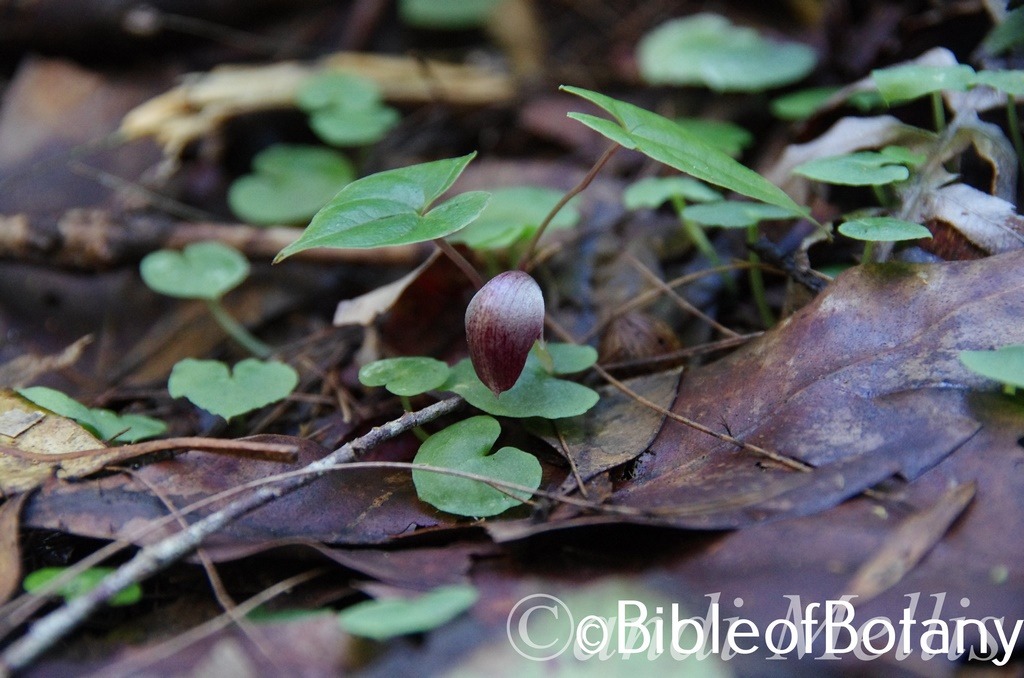
Pigeon Gulley National Park NSW

Pigeon Gulley National Park NSW

Pigeon Gulley National Park NSW
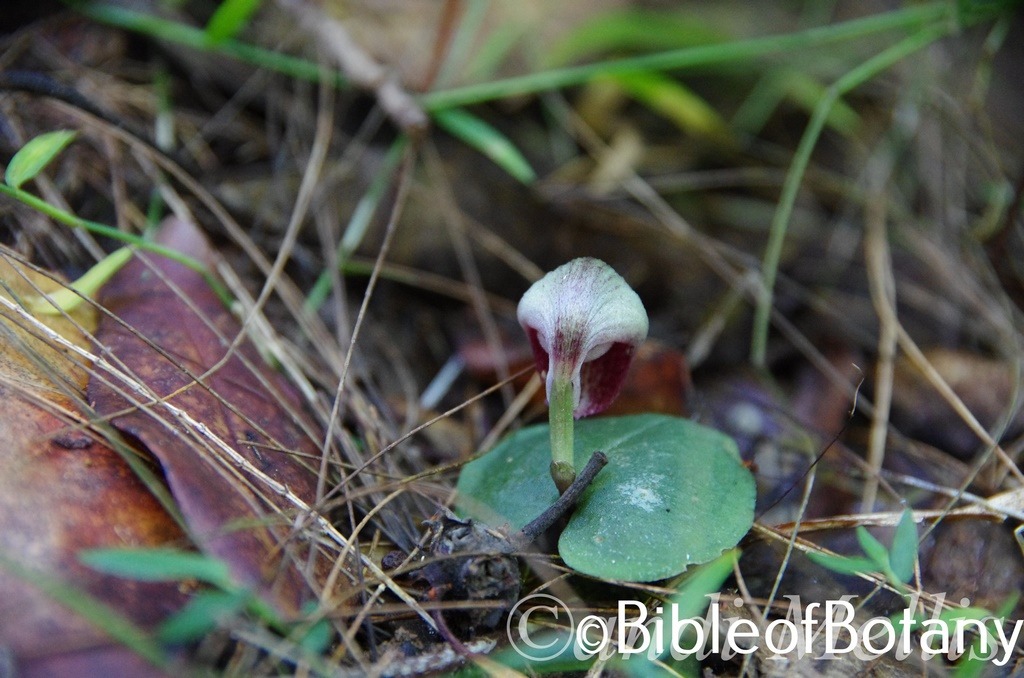
Pigeon Gulley National Park NSW
Corybas aconitiflorus
Classification:
Division: Magnoliophyta
Class: Liliopsida
Subclass: Lilianae
Order: Asparagales
Family: Orcidaceae
Subfamily: Orchidoideae
Tribe: Diurideae
Subtribe: Acianthinae
Genus: From Korybas which is Ancient Greek or Corybany which is Latin for drunken, dancing Priest. It refers to flowers, sitting atop of short non vertical floral stems dancing in the breeze. A field of orchids leaning in all directions from above resembles a group of priests staggering home from a party or pub.
Specie: From Akoniton, which is Ancient Greek or Aconitum, which is Latin for a leopard’s mane or a Monk’s hood and Floris which is Latin for a flower or Flos which was the Roman goddess for spring and flowers. It refers to flowers, which resemble a Monks cape.
Sub specie:
Common Name: Spurred Helmet Orchid.
Distribution:
Corybas aconitiflorus is found south from Port Douglas in far northern Queensland to Thuringowa and from the Byfield National Park in central coastal Queensland to Edgewood in far southern coastal New South Wales. It is also found near MacKay, the Blackland Tablelands and Albinia National Park in central Queensland. In Victoria it is found from Marlow in the east Gippsland through to Mornington in the south on Mornington Peninsula with 2 isolated populations near Portland and on Powers Creek on the Glenelg Plain in the west. There is an isolated population near Mount Wilson in New South Wales and on Lord Howe Island.
In Tasmania it is found on Flinders Island and from Arthur Pieman Protected Area in the north western corner of the state across the top and then down the east coast to Port Arthur. It is always found within 40 kilometres of the coast in Tasmania.
https://avh.ala.org.au/occurrences/search?taxa=Corybas+aconitiflorus#tab_mapView
Habitat Aspect Climate:
Corybas aconitiflorus prefer medium shade to dappled light. It grows in moist to dry sclerophyll forests on the lower ranges. The altitude ranges from 3 meters ASL to 700 meters ASL.
The temperatures range from minus 2 degrees in July to 36 degrees in January.
The rainfall ranges from lows of 900mm to 3200mm average per annum.
Soil Requirements:
Corybas aconitiflorus prefers better quality sandy loams to light gritty or stony light clays. The soils are usually derived from decomposed sandstone, meta sandstones or sandy metamorphic rocks. The soils pH ranges from 5.5pH to 6.5pH. It does not tolerate waterlogged soils. Non saline soils to slightly saline soils are tolerated.
Height & Spread:
Wild Plants: 0.02m to 0.02m by 0.02m to 0.05m when in flower.
Characteristics:
Corybas aconitiflorus are small deciduous terrestrial orchids that grow in clonal groups or small colonies. It usually has a very low proportion of flowering plants though in some seasons it appears that every plant may be in flower. The few, long, thick, off white to pale grey roots are stolonoid and remain in the upper layer of mulch and top soil. The tuber is probably associated with a symbiotic Mycorrhizal relationship between the orchid and a certain bacteria.
The single leaf of Corybas aconitiflorus are spherical with a cordate base and an obtuse apex or at times a small mucronate or retuse tip. The single prostrate leaf measure 10mm to 25mm in length by 10mm to 20mm in width. The petiole rises 10mm to 30mm above the ground. The concolourous or discolourous laminas are deep grey-green, deep blue-green or deep green, dull and glabrous on the upper laminas while the lower laminas are paler, purplish or burgundy tinged. The laminas are flat or take the shape of stems or other mulch they come into contact with. The margins are entire.
The inflorescences of Corybas aconitiflorus is a single flower spike. The single flower is born on a short, slender, erect spike which measures 11mm to 13mm in length. The pastel creamy pink with a reddish or maroon tinge to deep maroon-burgundy sheath has an acute apex. The clasping sheaths measures 5mm to 7mm in length.
The linear lateral sepals have a falcate apex and are pastel creamy pink with a reddish or maroon tinge to deep maroon-burgundy. The lateral sepals measure 1.3mm to 1.5mm in length by 0.1mm to 0.2mm in width. The osmophoric apex is white. The margins are entire.
The dorsal sepal is pastel creamy pink with a reddish or maroon tinge to deep maroon-burgundy. The strongly curved, hooded dorsal sepal usually encloses all or most of the labellum. The sepal measures 15mm to 22mmin length by 8mm to 12mm in width when laid out. The margins are entire while the apex is broadly obtuse with a small mucronate tip.
The lateral petals are pastel creamy pink with a reddish or maroon tinge to deep maroon-burgundy. The linear to narrow linear or at times filiform lateral petals measure 0.9mm to 1.2mm in length by 0.3mm to 0.4mm in width. The margins are entire.
The tubular labellum flares greatly on the apex half and is pastel creamy pink with a reddish or maroon tinge to deep maroon-burgundy. The labellum measures 7mm to 12mm length by 4mm to 6mm in width. The anterior margins are recurved while the upper surfaces are covered in 0.1mm hispid hairs. The margins are entire. The decurve auricles measure 3mm to 4mm in length and taper at the apex.
The flowers appear from March to July. I have noticed that flowering for the different species appear to be far more prevalent in years that have had good autumn rainfall and persists as gentle settled in rain through to late July.
The fruits of Corybas aconitiflorus are unknown to the author. The plants also produce daughter tubers on the end of long stolonoidal roots.
Wildlife:
Corybas aconitiflorus flowers are pollinated by Micro Dipterans of the family Mycetophilidae. These flies are commonly known as fungus gnats for their habit of eating fungus. The flies are attracted to the orchids by a faint fungal odour given off by the orchids when in flower.
Cultivation:
Corybas aconitiflorus is a beautiful yet is an easy orchid to succeed with in cultivation. If you are lucky enough to have them in your bush garden, it is a good idea to leave them where it is and proceed to plan the garden around them. It is possible to grow it in the garden provided it is left undisturbed. They prefer and flourish in periods when the spring and summers are drier and the autumn and winters are wet. Allow the orchids to grow naturally where they are. It is a matter of letting them do their own thing and for you to supply a constant supply of natural local mulch to feed the mycorrhizal to which they have a symbiotic relationship with.
Its as simple as placing a piece of bird wire over them.
Propagation:
Seeds:
Corybas aconitiflorus could prove to be very difficult to propagate as the seeds may need to be inoculated at some stage to ensure healthy growth. It is not known whether mycorrhizal bacteria are needed to be introduced to the media if growing them from seed is to be successful. This can be done by securing some of the mulch from the surface of the soil. Wash the material and soil and spray it onto the seedlings. The risk is that you can also introduce detrimental bacteria or fungi at the same time. Taking swabs from live plants especially the root zones would prove more hygienic but may lead to the death of existing plants. Good Luck.
The seeds require treatment before sowing. Really Orchid seeds are meant for professionals with time, equipment and space. However if you wish to persevere then here are the basics and you are learning from an amateur. You will need the following, a flask, Chloros solution, boiled water, an eye dropper, paper bag, a warm sheltered position and a lot of patience and luck. This is a most difficult orchid to grow even by professionals as it detests root disturbance and being reoriented.
The mycorrhizal bacteria must be introduced to the media if growing them from seed is to be successful. This can be achieved by sacrificing an existing plant and inoculation the prepared solution prior to sowing the seeds or using some leaf litter immediately adjacent to the swollen gland.
Collecting the seed: seed can only be collected from fully ripe pods. You may need to watch a pod for several days or even weeks following the time it stops swelling for it to turn olive yellow. At this stage the pod must be watched carefully for the pod to commence spitting along the placenta. If possible place the paper bag over the pod and tie it off. If necessary place a plastic bag over the paper bag to prevent rain or moisture contacting the seeds.
- Knowledge is very important now, as different species and genre have various numbers of viable seed in a pod. Viable seeds may be as few as 20 or as many as several million. Check the bag daily and remove once the seed begins to disperse. Shake all the seeds from the pod into the bag.
- Purchase the appropriate agar solution from an orchid society as they will know what you want and which one will be best for your species. Prepare the agar solution and pour into the flask.
- Remove some of the seeds by shaking them into a solution of 1 part chloros to 20 parts water and allow soaking for 10 minutes.
- Remove the seeds with the eye dropper in the solution and spread evenly over the set agar.
- Place the flasks in a room that is will lit with indirect light and the temperature is a consistent 25 to 30 degrees centigrade.
- Wait 4 to 7 months for the seedlings to develop to a stage where they can be removed and planted on into a fine orchid mix. Do not remove the seedlings from their environment of light or temperature for at least another two months. Even at this stage it is best to place the seedlings in a hot house where their environment can be controlled.
Fertilize using Seaweed, fish emulsion or organic chicken pellets soaked in water as soon as the first rains appear for the season or the first shoot is noticed to maintain health, vitality and better flowering.
Further Comments from Readers:
Hi reader, it seems you use The Bible of Botany a lot. That’s great as we have great pleasure in bringing it to you! It’s a little awkward for us to ask, but our first aim is to purchase land approximately 1,600 hectares to link several parcels of N.P. into one at The Pinnacles NSW Australia, but we need your help. We’re not salespeople. We’re amateur botanists who have dedicated over 30 years to saving the environment in a practical way. We depend on donations to reach our goal. If you donate just $5, the price of your coffee this Sunday, We can help to keep the planet alive in a real way and continue to bring you regular updates and features on Australian plants all in one Botanical Bible. Any support is greatly appreciated. Thank you.
In the spirit of reconciliation we acknowledge the Bundjalung, Gumbaynggirr and Yaegl and all aboriginal nations throughout Australia and their connections to land, sea and community. We pay our respect to their Elders past, present and future for the pleasures we have gained.
Corybas barbarae
Classification:
Division: Magnoliophyta
Class: Liliopsida
Subclass: Liliidae
Order: Asparagales
Family: Orcidaceae
Subfamily: Orchidoideae
Tribe: Diurideae
Subtribe: Acianthinae
Genus: From Korybas which is Ancient Greek or Corybany which is Latin for drunken, dancing Priest. It refers to flowers, sitting atop of short non vertical floral stems dancing in the breeze. A field of orchids leaning in all directions from above resembles a group of priests staggering home from a party or pub.
Specie: Barbaros which is Ancient Greek for the wild one ruffian or savage. It refers to the labellum’s beard, which is wild and like that of a ruffians.
Sub specie:
Common Name:
Distribution:
Corybas barbarae is found in several disjunct populations south from Mareeba in far northern coastal Queensland to Symbio Nature Reserve central coastal New South Wales. It is mainly found on and east of the Great Dividing Range. There are several isolated populations down the east coast including the Blackdown Tablelands National Park, Carnarvon National Park, Expedition National Park, the Bega Valley and Lord Howe Island.
https://avh.ala.org.au/occurrences/search?taxa=Corybas+barbarae#tab_mapView
Habitat Aspect Climate:
Corybas barbarae prefer medium shade to dappled light. It is found growing in dry rainforest margins and moist sclerophyll forest and woodland, usually on sheltered slopes and level riparian zones. The altitude ranges from 50 meters ASL to 600 meters ASL.
The temperatures range from minus 2 degrees in July to 36 degrees in January.
The rainfall ranges from lows of 600mm to 3200mm average per annum.
Soil Requirements:
Corybas barbarae prefer better quality sandy loams to light gritty or stony clays. The soils are usually derived from decomposed sandstone, brown basalt and metamorphic rocks. The soils pH ranges from 5pH to 6.5pH. It does not tolerate waterlogged soils. Non saline soils to slightly saline soils are tolerated.
Height & Spread:
Wild Plants: 0.02m to 0.04m by 0.02m to 0.03m when in flower.
Characteristics:
Corybas barbarae is a small deciduous, terrestrial orchid that often grows in clonal groups or small colonies. It usually has a very low proportion of flowering plants though in some seasons it appears that every plant may be in flower. The few, long, thick, off white to pale grey roots are stolonoid and remain in the upper layer of mulch and top soil. The tuber is probably associated with a symbiotic Mycorrhizal relationship between the orchid and a certain bacteria.
The single leaf of Corybas barbarae is spherical with a cordate base and an obtuse apex with a mucronate tip. The single prostrate leaf measure 16mm to 32mm in length by 18mm to 36mm in width. The petiole rises 10mm to 30mm above the ground. The discolourous laminas are deep grey-green, deep blue-green or deep green, dull and glabrous on the upper laminas while the lower laminas are tinged purplish. The laminas are flat or take the shape of stems or other mulch they come into contact with. The margins are entire.
The inflorescences of Corybas barbarae is a single flower spike. The single flower is born on a short, slender, erect or straggling spike which measures 25mm to 50mmin length. The pastel green clasping sheaths measures 5mm to 7mm in length.
The linear to filiform lateral sepals have a falcate apex and are glistening white to pastel creamy pink with a reddish or maroon tinge. The lateral sepals measure 1.7mm to 1.9mm in length by 0.1mm to 0.2mm in width. The osmophoric apex is white. The margins are entire.
The dorsal sepal is glistening white to pastel creamy pink with a reddish or maroon tinge externally and is deep reddish-maroon internally. The strongly curved, hooded dorsal sepal usually encloses all or most of the labellum. The sepal measures 25mm to 32mm in length by 16mm to 20mm in width when laid out. The margins are entire while the apex is broadly obtuse with an acuminate tip.
The lateral petals are glistening white to pastel creamy pink with a reddish or maroon tinge. The linear to narrow linear or at times filiform lateral petals measure 0.9mm to 1.1mm in length by 0.2mm to 0.25mm in width. The margins are entire.
The tubular labellum flares greatly on the apex half and is reddish-maroon to deep maroon-burgundy on the upper surface while the lower surface is glistening white with a reddish or maroon tinge on the margins. The labellum measures 5mm to 6.5mm length by 3mm to 4.5mm in width. The anterior margins are recurved while the upper surfaces are covered in 0.25mm hispid hairs. The margins are entire. The decurve auricles measure 5mm to 6.5mm in length and taper at the apex.
The flowers appear from March to July. I have noticed that flowering for the different species appear to be far more prevalent in years that have had good autumn rainfall and persists as gentle settled in rain through to late July.
The fruits of Corybas barbarae are unknown to the author. The plants also produce daughter tubers on the end of long stolonoidal roots.
Wildlife:
Corybas barbarae flowers are pollinated by Micro Dipterans of the family Mycetophilidae. These small bodied flies are commonly known as fungus gnats for their habit of eating fungus. The flies are attracted to the orchids by a faint fungal odour given off by the orchids when in flower.
Cultivation:
Corybas barbarae is a beautiful yet is an easy orchid to succeed with in cultivation. If you are lucky enough to have them in your bush garden, it is a good idea to leave them where it is and proceed to plan the garden around them. It is possible to grow it in the garden provided it is left undisturbed. It prefers and flourishes in periods when the spring and summers are drier and the autumn and winters are wet. Allow the orchids to grow naturally where they are. It is a matter of letting them do their own thing and for you to supply a constant supply of natural local mulch to feed the mycorrhizal to which they have a symbiotic relationship with.
It’s as simple as placing a piece of bird wire over them.
Propagation:
Seeds:
Corybas barbarae could prove to be very difficult to propagate as the seeds may need to be inoculated at some stage to ensure healthy growth. It is not known whether mycorrhizal bacteria are needed to be introduced to the media if growing them from seed is to be successful. This can be done by securing some of the mulch from the surface of the soil. Wash the material and soil and spray it onto the seedlings. The risk is that you can also introduce detrimental bacteria or fungi at the same time. Taking swabs from live plants especially the root zones would prove more hygienic but may lead to the death of existing plants. Good Luck.
The seeds require treatment before sowing. Really Orchid seeds are meant for professionals with time, equipment and space. However if you wish to persevere then here are the basics and you are learning from an amateur. You will need the following, a flask, Chloros solution, boiled water, an eye dropper, paper bag, a warm sheltered position and a lot of patience and luck. This is a most difficult orchid to grow even by professionals as it detests root disturbance and being reoriented.
The mycorrhizal bacteria must be introduced to the media if growing them from seed is to be successful. This can be achieved by sacrificing an existing plant and inoculation the prepared solution prior to sowing the seeds or using some leaf litter immediately adjacent to the swollen gland.
1.Collecting the seed: seed can only be collected from fully ripe pods. You may need to watch a pod for several days or even weeks following the time it stops swelling for it to turn olive yellow. At this stage the pod must be watched carefully for the pod to commence spitting along the placenta. If possible place the paper bag over the pod and tie it off. If necessary place a plastic bag over the paper bag to prevent rain or moisture contacting the seeds.
- Knowledge is very important now, as different species and genre have various numbers of viable seed in a pod. Viable seeds may be as few as 20 or as many as several million. Check the bag daily and remove once the seed begins to disperse. Shake all the seeds from the pod into the bag.
- Purchase the appropriate agar solution from an orchid society as they will know what you want and which one will be best for your species. Prepare the agar solution and pour into the flask.
- Remove some of the seeds by shaking them into a solution of 1 part chloros to 20 parts water and allow soaking for 10 minutes.
- Remove the seeds with the eye dropper in the solution and spread evenly over the set agar.
- Place the flasks in a room that is will lit with indirect light and the temperature is a consistent 25 to 30 degrees centigrade.
- Wait 4 to 7 months for the seedlings to develop to a stage where they can be removed and planted on into a fine orchid mix. Do not remove the seedlings from their environment of light or temperature for at least another two months. Even at this stage it is best to place the seedlings in a hot house where their environment can be controlled.
Fertilize using Seaweed, fish emulsion or organic chicken pellets soaked in water as soon as the first rains appear for the season or the first shoot is noticed to maintain health, vitality and better flowering.
Further Comments from Readers:
Hi reader, it seems you use The Bible of Botany a lot. That’s great as we have great pleasure in bringing it to you! It’s a little awkward for us to ask, but our first aim is to purchase land approximately 1,600 hectares to link several parcels of N.P. into one at The Pinnacles NSW Australia, but we need your help. We’re not salespeople. We’re amateur botanists who have dedicated over 30 years to saving the environment in a practical way. We depend on donations to reach our goal. If you donate just $5, the price of your coffee this Sunday, We can help to keep the planet alive in a real way and continue to bring you regular updates and features on Australian plants all in one Botanical Bible. Any support is greatly appreciated. Thank you.
In the spirit of reconciliation we acknowledge the Bundjalung, Gumbaynggirr and Yaegl and all aboriginal nations throughout Australia and their connections to land, sea and community. We pay our respect to their Elders past, present and future for the pleasures we have gained.
Corybas fordhamii
Classification:
Division: Magnoliophyta
Class: Liliopsida
Subclass: Liliidae
Order: Asparagales
Family: Orcidaceae
Subfamily: Orchidoideae
Tribe: Diurideae
Subtribe: Acianthinae
Genus: From Korybas which is Ancient Greek or Corybany which is Latin for drunken, dancing Priest. It refers to flowers, sitting atop of short non vertical floral stems dancing in the breeze. A field of orchids leaning in all directions from above resembles a group of priests staggering home from a party or pub.
Specie: Is named in honour of Fred Fordham; 1890-1978, who was an Australian avid orchid collector and associate of Heinrich Bernard Ruppius Rupp.
Sub specie:
Common Name: Banded Helmet Orchid
Distribution:
Corybas fordhamii is found south from Morton Bay in south eastern coastal Queensland in several disjunct populations to Victor Harbour in south eastern South Australia and Flinders Island in Bass Strait. Apart from the specimens found in the Grampians all the other populations are found close to the coast.
https://avh.ala.org.au/occurrences/search?taxa=Corybas+fordhamii#tab_mapView
Habitat Aspect Climate:
They prefer medium shade to dappled light. It grows on moist ground especially behind the frontal dunes in fresh water wallums, swamps and marshes. The altitude ranges from 5 meters ASL to 80 meters ASL.
The temperatures range from minus 2 degrees in July to 36 degrees in January.
The rainfall ranges from lows of 600mm to 1550mm average per annum.
Soil Requirements:
Corybas fordhamii prefer better quality sandy loams to light gritty clays. The soils are usually derived from decomposed sandstone or granite or at times alluviums on bends of creeks and streams and meta sandstones and metamorphic rocks. The soils pH ranges from 5pH to 6.5pH. It tolerates seasonal waterlogged soils. Non saline soils to slightly saline soils are tolerated.
Height & Spread:
Wild Plants: 0.02m to 0.02m by 0.02m to 0.05m when in flower.
Characteristics:
Corybas fordhamii are small deciduos terrestrial orchids, which grow in clonal groups or small colonies. It usually has a very low proportion of flowering plants though in some seasons it appears that every plant may be in flower. The few, long, thick, off white to pale grey roots are stolonoid and remain in the upper layer of mulch and top soil. The tuber is probably associated with a symbiotic Mycorrhizal relationship between the orchid and a certain bacteria.
The single leaf of Corybas fordhamii is oblong with a cordate base and an obtuse apex with a mucronate. The prostrate leaf measures 5mm to 20mm in length by 6mm to 16mm in width. The petiole rises 10mm to 30mm above the ground. The discolourous laminas are grass-green, glossy and glabrous on the upper laminas while the lower laminas are slightly paler. The leaf is opaque to pellucid. The laminas are flat or take the shape of stems or other mulch they come into contact with. The margins are entire.
The inflorescences of Corybas fordhamiiis a single flower spike. The single flower is born on a short, slender, erect spike which measures 12mm to 15mm in length. The maroon-red clasping sheath measures 4mm to 5mm in length.
The linear to filiform lateral sepals have a falcate apex and are glistening maroon-red with yellowish margins externally and is paler internally. The lateral sepals measure 6.5mm to 8.5mm in length by 0.3mm to 0.4mm in width. The osmophoric apex is white. The margins are entire.
The dorsal sepal is glistening maroon-red with yellowish margins externally and is paler internally. The strongly curved, hooded dorsal sepal usually encloses most of the labellum. The sepal measures 12mm to 14mmin length by 7mm to 9mm in width when laid out. The margins are entire while the apex is broadly obtuse with an acuminate tip.
The lateral petals are glistening maroon-red with yellowish margins externally and is paler internally. The linear to narrow linear or at times filiform lateral petals measure 0.4mm to 0.5mm in length by 0.35mm to 0.45mm in width. The margins are entire.
The tubular labellum and is reddish-maroon to deep maroon-burgundy and is distinctly banded on the upper surface while the lower surface is white with a reddish or maroon tinge on the margins. The orifice measures 4mm in width with or without a row of fine teeth. The labellum measures 5mm to 6.5mm length by 3mm to 4.5mm in width. The anterior margins are recurved while the upper surfaces are covered in 0.25mm hispid hairs. The callus comprise of 5 to 7 irregular rows of acicular, moniliforme, red backward sloping calli. The calli measures 0.4mm in length. The margins are entire.
The flowers appear from July to September. I have noticed that flowering for the different species appear to be far more prevalent in years that have had good autumn rainfall and persists as gentle settled in rain through to late July.
The fruits of Corybas fordhamii are unknown to the author. The plants also produce daughter tubers on the end of long stolonoidal roots.
Wildlife:
Corybas fordhamii flowers are pollinated by Micro Dipterans of the family Mycetophilidae. These small bodied flies are commonly known as fungus gnats for their habit of eating fungus. The flies are attracted to the orchids by a faint fungal odour given off by the orchids when in flower.
Cultivation:
Corybas fordhamii is a beautiful yet is an easy orchid to succeed with in cultivation. If you are lucky enough to have them in your bush garden, it is a good idea to leave them where it is and proceed to plan the garden around them. It is possible to grow it in the garden provided it is left undisturbed. They prefer and flourish in periods when the spring and summers are drier and the autumn and winters are wet. Allow the orchids to grow naturally where they are. It is a matter of letting them do their own thing and for you to supply a constant supply of natural local mulch to feed the mycorrhizal to which they have a symbiotic relationship with.
It’s as simple as placing a piece of bird wire over them.
Propagation:
Seeds:
Corybas fordhamii could prove to be very difficult to propagate as the seeds may need to be inoculated at some stage to ensure healthy growth. It is not known whether mycorrhizal bacteria are needed to be introduced to the media if growing them from seed is to be successful. This can be done by securing some of the mulch from the surface of the soil. Wash the material and soil and spray it onto the seedlings. The risk is that you can also introduce detrimental bacteria or fungi at the same time. Taking swabs from live plants especially the root zones would prove more hygienic but may lead to the death of existing plants. Good Luck.
The seeds require treatment before sowing. Really Orchid seeds are meant for professionals with time, equipment and space. However if you wish to persevere then here are the basics and you are learning from an amateur. You will need the following, a flask, Chloros solution, boiled water, an eye dropper, paper bag, a warm sheltered position and a lot of patience and luck. This is a most difficult orchid to grow even by professionals as it detests root disturbance and being reoriented.
The mycorrhizal bacteria must be introduced to the media if growing them from seed is to be successful. This can be achieved by sacrificing an existing plant and inoculation the prepared solution prior to sowing the seeds or using some leaf litter immediately adjacent to the swollen gland.
1.Collecting the seed: seed can only be collected from fully ripe pods. You may need to watch a pod for several days or even weeks following the time it stops swelling for it to turn olive yellow. At this stage the pod must be watched carefully for the pod to commence spitting along the placenta. If possible place the paper bag over the pod and tie it off. If necessary place a plastic bag over the paper bag to prevent rain or moisture contacting the seeds.
- Knowledge is very important now, as different species and genre have various numbers of viable seed in a pod. Viable seeds may be as few as 20 or as many as several million. Check the bag daily and remove once the seed begins to disperse. Shake all the seeds from the pod into the bag.
- Purchase the appropriate agar solution from an orchid society as they will know what you want and which one will be best for your species. Prepare the agar solution and pour into the flask.
- Remove some of the seeds by shaking them into a solution of 1 part chloros to 20 parts water and allow soaking for 10 minutes.
- Remove the seeds with the eye dropper in the solution and spread evenly over the set agar.
- Place the flasks in a room that is will lit with indirect light and the temperature is a consistent 25 to 30 degrees centigrade.
- Wait 4 to 7 months for the seedlings to develop to a stage where they can be removed and planted on into a fine orchid mix. Do not remove the seedlings from their environment of light or temperature for at least another two months. Even at this stage it is best to place the seedlings in a hot house where their environment can be controlled.
Fertilize using Seaweed, fish emulsion or organic chicken pellets soaked in water as soon as the first rains appear for the season or the first shoot is noticed to maintain health, vitality and better flowering.
Further Comments from Readers:
Hi reader, it seems you use The Bible of Botany a lot. That’s great as we have great pleasure in bringing it to you! It’s a little awkward for us to ask, but our first aim is to purchase land approximately 1,600 hectares to link several parcels of N.P. into one at The Pinnacles NSW Australia, but we need your help. We’re not salespeople. We’re amateur botanists who have dedicated over 30 years to saving the environment in a practical way. We depend on donations to reach our goal. If you donate just $5, the price of your coffee this Sunday, We can help to keep the planet alive in a real way and continue to bring you regular updates and features on Australian plants all in one Botanical Bible. Any support is greatly appreciated. Thank you.
In the spirit of reconciliation we acknowledge the Bundjalung, Gumbaynggirr and Yaegl and all aboriginal nations throughout Australia and their connections to land, sea and community. We pay our respect to their Elders past, present and future for the pleasures we have gained.
Corybas hispidus
Classification:
Division: Magnoliophyta
Class: Liliopsida
Subclass: Liliidae
Order: Asparagales
Family: Orcidaceae
Subfamily: Orchidoideae
Tribe: Diurideae
Subtribe: Acianthinae
Genus: From Korybas which is Ancient Greek or Corybany which is Latin for drunken, dancing Priest. It refers to flowers, sitting atop of short non vertical floral stems dancing in the breeze. A field of orchids leaning in all directions from above resembles a group of priests staggering home from a party or pub.
Specie: From Hispidus, which is Latin for short, bristly, course hairs. It refers to structures or organs, which bear short, bristly course hairs.
Sub specie:
Common Name: Bristly Helmet Orchid.
Distribution:
Corybas hispidus is found in several disjunct populations south from Gladstone in coastal southern Queensland to Timbarra State Forest in north east Victoria. It grows on and east of the Great Dividing Range.
https://avh.ala.org.au/occurrences/search?taxa=Corybas+hispidus#tab_mapView
Habitat Aspect Climate:
Corybas hispidus prefer medium shade to dappled light. It is found growing in moist schlerophyll forests on the ranges in sheltered locations at lower altitudes. The altitude ranges from 50 meters ASL to 250 meters ASL.
The temperatures range from minus 2 degrees in July to 36 degrees in January.
The rainfall ranges from lows of 850mm to 1200mm average per annum.
Soil Requirements:
Corybas hispidus prefers better quality sandy loams to light gritty or stony clays. The soils are usually derived from decomposed sandstone or granite or at times alluviums on bends of creeks and streams and meta sandstones and metamorphic rocks. The soils pH ranges from 5pH to 6.5pH. It does not tolerate waterlogged soils. Non saline soils to slightly saline soils are tolerated.
Height & Spread:
Wild Plants: 0.02mm to 0.04mm by 0.01mm to 0.02mm when in flower.
Characteristics:
Corybas hispidus are small terrestrial orchids that grow in clonal groups or small colonies. It usually has a very low proportion of flowering plants though in some seasons it appears that every plant may be in flower. The few, long, thick, off white to pale grey roots are stolonoid and remain in the upper layer of mulch and top soil. The tuber is probably associated with a symbiotic Mycorrhizal relationship between the orchid and a certain bacteria.
The single leaf of Corybas hispidus is spherical often with a cordate base that is contorted while the apex is obtuse with a mucronate tip. The prostrate leaf measure 25mm to 40mm in length by 20mm to 36mm in width. The petiole rises 1mm to 8mm above the ground. The concolourous fleshy laminas are green to mid blue-green, dull and glabrous while the lower lamina is translucent to pellucid. The laminas are flat or take the shape of stems or other mulch they come into contact with. The pastel green to pale green clasping sheaths measures 1mm to 3.5mm in length. The margins are entire.
The inflorescences of Corybas hispidus is a single flower spike. The single flower is born on a short, slender, erect spike which measures 3mm to 6mm in length.
The linear lateral sepals are glistening white. The lateral sepals measure 7mm to 9mm in length by 0.8mm to 1mm in width.
The dorsal sepal is glistening pastel olive-green to pale olive-green with dense reddish-maroon to maroon, interrupted, longitudinal streaks externally and is moderately covered in reddish-maroon to maroon, longitudinal streaks internally. The spathulate curved dorsal sepal is partially hooded and encloses partially encloses the labellum. The dorsal sepal measures 22mm to 36mmin length by 11mm to 18mm in width when laid out. The margins are entire while the apex is broadly obtuse with a course praemorse tip and linear teeth.
The lateral petals are glistening white have a long, erect aristate apex along the upper edge. The linear lateral petals measure 5mm to 6mm in length by 0.9mm to 1.1mm in width. The margins are entire.
The tubular labellum flares greatly on the apex half to form a spathulate while the anterior margins spreading to be recurved at 90 degrees, with numerous linear teeth. The labellum is glistening white with reddish-maroon to maroon collar near the base of the tube. The spathulate section is glistening white and is covered in dense reddish-maroon to maroon, longitudinal streaks, blotches or webbing, in a broad band around the margins externally while internally it is similar except the webbing becomes more blurred.
The tube is two thirds to three quarters the length of the spathulate lamina. The lamina measures 20mm to 30mm in length by 20mm to 28mm in width. The boss is glistening white and conspicuous while the surface approaching the 2mm oblique auricle to the tube is covered in white hispid hairs.
The flowers appear from February to May. I have noticed that flowering for the different species appear to be far more prevalent in years that have had good autumn rainfall and persists as gentle settled in rain through to late July.
The fruits of Corybas hispidus are unknown to the author. The plants also produce daughter tubers on the end of long stolonoidal roots.
Wildlife:
Corybas hispidus flowers are pollinated by Micro Dipterans of the family Mycetophilidae. These small bodied flies are commonly known as fungus gnats for their habit of eating fungus. The flies are attracted to the orchids by a faint fungal odour given off by the orchids when in flower.
Cultivation:
Corybas hispidus is a beautiful yet is an easy orchid to succeed with in cultivation. If you are lucky enough to have them in your bush garden, it is a good idea to leave them where it is and proceed to plan the garden around them. It is possible to grow it in the garden provided it is left undisturbed. They prefer and flourish in periods when the spring and summers are drier and the autumn and winters are wet. Allow the orchids to grow naturally where they are. It is a matter of letting them do their own thing and for you to supply a constant supply of natural local mulch to feed the mycorrhizal to which they have a symbiotic relationship with.
It’s as simple as placing a piece of bird wire over them.
Propagation:
Seeds:
Corybas hispidus could prove to be very difficult to propagate as the seeds may need to be inoculated at some stage to ensure healthy growth. It is not known whether mycorrhizal bacteria are needed to be introduced to the media if growing them from seed is to be successful. This can be done by securing some of the mulch from the surface of the soil. Wash the material and soil and spray it onto the seedlings. The risk is that you can also introduce detrimental bacteria or fungi at the same time. Taking swabs from live plants especially the root zones would prove more hygienic but may lead to the death of existing plants. Good Luck.
The seeds require treatment before sowing. Really Orchid seeds are meant for professionals with time, equipment and space. However if you wish to persevere then here are the basics and you are learning from an amateur. You will need the following, a flask, Chloros solution, boiled water, an eye dropper, paper bag, a warm sheltered position and a lot of patience and luck. This is a most difficult orchid to grow even by professionals as it detests root disturbance and being reoriented.
The mycorrhizal bacteria must be introduced to the media if growing them from seed is to be successful. This can be achieved by sacrificing an existing plant and inoculation the prepared solution prior to sowing the seeds or using some leaf litter immediately adjacent to the swollen gland.
1.Collecting the seed: seed can only be collected from fully ripe pods. You may need to watch a pod for several days or even weeks following the time it stops swelling for it to turn olive yellow. At this stage the pod must be watched carefully for the pod to commence spitting along the placenta. If possible place the paper bag over the pod and tie it off. If necessary place a plastic bag over the paper bag to prevent rain or moisture contacting the seeds.
- Knowledge is very important now, as different species and genre have various numbers of viable seed in a pod. Viable seeds may be as few as 20 or as many as several million. Check the bag daily and remove once the seed begins to disperse. Shake all the seeds from the pod into the bag.
- Purchase the appropriate agar solution from an orchid society as they will know what you want and which one will be best for your species. Prepare the agar solution and pour into the flask.
- Remove some of the seeds by shaking them into a solution of 1 part chloros to 20 parts water and allow soaking for 10 minutes.
- Remove the seeds with the eye dropper in the solution and spread evenly over the set agar.
- Place the flasks in a room that is will lit with indirect light and the temperature is a consistent 25 to 30 degrees centigrade.
- Wait 4 to 7 months for the seedlings to develop to a stage where they can be removed and planted on into a fine orchid mix. Do not remove the seedlings from their environment of light or temperature for at least another two months. Even at this stage it is best to place the seedlings in a hot house where their environment can be controlled.
Fertilize using Seaweed, fish emulsion or organic chicken pellets soaked in water as soon as the first rains appear for the season or the first shoot is noticed to maintain health, vitality and better flowering.
Further Comments from Readers:
Hi reader, it seems you use The Bible of Botany a lot. That’s great as we have great pleasure in bringing it to you! It’s a little awkward for us to ask, but our first aim is to purchase land approximately 1,600 hectares to link several parcels of N.P. into one at The Pinnacles NSW Australia, but we need your help. We’re not salespeople. We’re amateur botanists who have dedicated over 30 years to saving the environment in a practical way. We depend on donations to reach our goal. If you donate just $5, the price of your coffee this Sunday, We can help to keep the planet alive in a real way and continue to bring you regular updates and features on Australian plants all in one Botanical Bible. Any support is greatly appreciated. Thank you.
In the spirit of reconciliation we acknowledge the Bundjalung, Gumbaynggirr and Yaegl and all aboriginal nations throughout Australia and their connections to land, sea and community. We pay our respect to their Elders past, present and future for the pleasures we have gained.
Corybas undulatus
Classification:
Division: Magnoliophyta
Class: Liliopsida
Subclass: Liliidae
Order: Asparagales
Family: Orcidaceae
Subfamily: Orchidoideae
Tribe: Diurideae
Subtribe: Acianthinae
Genus: From Korybas which is Ancient Greek or Corybany which is Latin for drunken, dancing Priest. It refers to flowers, sitting atop of short non vertical floral stems dancing in the breeze. A field of orchids leaning in all directions from above resembles a group of priests staggering home from a party or pub.
Specie: From Undulatus, which is Latin for wavy. It refers to structures or organs, which have a margins or surfaces which is very wavy or undulating.
Sub specie:
Common Name: Tailed Helmet Orchid
Distribution:
Corybas undulatus is found south from Fraser Island in coastal southern Queensland to Wandera Peak in coastal southern New South Wales in several disjunct populations. Further north it is found in the Byfields National Park. It is mainly found on and east of the Great Dividing Range.
https://avh.ala.org.au/occurrences/search?taxa=Corybas+undulatus#tab_mapView
Habitat Aspect Climate:
Corybas undulatus prefer medium shade to dappled light. It is found growing in moist schlerophyll forests behind the coastal sand dunes and sand flats on the adjacent ranges. The altitude usually ranges from 5 meters ASL to 30 meters ASL except for the far southern population which is at 450 meters ASL.
The temperatures range from 1 degree in July to 36 degrees in January.
The rainfall ranges from lows of 850mm to 2000mm average per annum.
Soil Requirements:
Corybas undulatus prefers better quality sandy loams to light gritty or stony clays. The soils are usually derived from decomposed sandstone or accumulated sands. The soils pH ranges from 5.5pH to 6.5pH. It does not tolerate waterlogged soils. Non saline soils to slightly saline soils are tolerated.
Height & Spread:
Wild Plants: 0.02m to 0.02m by 0.02m to 0.05m when in flower.
Characteristics:
Corybas undulatus are small deciduous terrestrial orchids that grow in clonal groups or small colonies. It usually has a very low proportion of flowering plants though in some seasons it appears that every plant may be in flower. The few, long, thick, off white to pale grey roots are stolonoid and remain in the upper layer of mulch and top soil. The tuber is probably associated with a symbiotic Mycorrhizal relationship between the orchid and a certain bacteria.
The single obovate leaf of Corybas undulatus is cordate with a typical cordate base and an obtuse apex or at times a small mucronate. The single prostrate leaf measures 8mm to 20mm in length by 10mm to 18mm in width. The petiole rises 1mm to 3mm above the ground. The concolourous or discolourous laminas are grey-green, blue-green or green, semi glossy and glabrous on the upper laminas while the lower laminas are similar or tinged purplish often extending to the upper lamina near the margins. The laminas are flat or take the shape of stems or other mulch they come into contact with. The margins are entire.
The inflorescences of Corybas undulatus is a single flower spike. The single flower is born on a short, slender, erect spike which measures 1mm to 3mm in length. The pastel green clasping sheaths measures 1mm to 2mm in length. The flower is obliquely erect, purplish-red and white, with translucent areas and measures 10mm to 13mmin length by 6mm to 8mm in width overall.
The linear lateral sepals have a falcate apex and are glistening white. The lateral sepals measure 3,2mm to 3.7mm in length by 0.4mm to 0.6mm in width.
The dorsal sepal is pale olive-green to deep reddish-maroon with deeper reddish-maroon or maroon striations. The strongly curved, hooded dorsal sepal usually extends to the apex of the labellum. The dorsal sepal measures 12mm to 15mmin length by 6mm to 8.5mm in width when laid out. The margins are entire while the apex is broadly obtuse with a short acuminate tip.
The lateral petals are glistening white to pastel maroon or glistening white with a maroon tinge. The linear to narrow triangular lateral petals measure 0.9mm to 1.1mm in length by 0.25mm to 0.35mm in width. The margins are entire.
The tubular labellum is broad cordate and is roughly the same length as the lamina. The tube and lamina are reddish-maroon to deep maroon-burgundy on the lower surface. There is a broad band of thick reddish-maroon to burgundy-maroon hispid hairs near the margins on the upper surface. The boss is raised longitudinally and is densely covered in long white pilose hairs. The lamina measures 9mm to 12mm length by 9mm to 12mm in width. The anterior margins are recurved to about 45 degrees. The margins are undulating to covered in small obtuse teeth. The deflexed auricles measure 5mm to 6.5mm in length and taper at the apex.
The flowers appear from May to July. I have noticed that the flowers for the different species appear to be far more prevalent in years that have had good autumn rainfall and persists as gentle settled in rain through to late July.
The fruits of Corybas undulatus are unknown to the author. The plants also produce daughter tubers on the end of long stolonoidal roots.
Wildlife:
Corybas undulatus flowers are pollinated by Micro dipterans of the family Mycetophilidae. These flies are commonly known as fungus gnats for their habit of eating fungus. The flies are attracted to the orchids by a faint fungal odour given off by the orchids when in flower.
Cultivation:
Corybas undulatus is a beautiful yet is an easy orchid to succeed with in cultivation. If you are lucky enough to have them in your bush garden, it is a good idea to leave them where it is and proceed to plan the garden around them. It is possible to grow it in the garden provided it is left undisturbed. They prefer and flourish in periods when the spring and summers are drier and the autumn and winters are wet. Allow the orchids to grow naturally where they are. It is a matter of letting them do their own thing and for you to supply a constant supply of natural local mulch to feed the mycorrhizal to which they have a symbiotic relationship with.
It’s as simple as placing a piece of bird wire over them.
Propagation:
Seeds:
Corybas undulatus could prove to be very difficult to propagate as the seeds may need to be inoculated at some stage to ensure healthy growth. It is not known whether mycorrhizal bacteria are needed to be introduced to the media if growing them from seed is to be successful. This can be done by securing some of the mulch from the surface of the soil. Wash the material and soil and spray it onto the seedlings. The risk is that you can also introduce detrimental bacteria or fungi at the same time. Taking swabs from live plants especially the root zones would prove more hygienic but may lead to the death of existing plants. Good Luck.
The seeds require treatment before sowing. Really Orchid seeds are meant for professionals with time, equipment and space. However if you wish to persevere then here are the basics and you are learning from an amateur. You will need the following, a flask, Chloros solution, boiled water, an eye dropper, paper bag, a warm sheltered position and a lot of patience and luck. This is a most difficult orchid to grow even by professionals as it detests root disturbance and being reoriented.
The mycorrhizal bacteria must be introduced to the media if growing them from seed is to be successful. This can be achieved by sacrificing an existing plant and inoculation the prepared solution prior to sowing the seeds or using some leaf litter immediately adjacent to the swollen gland.
1.Collecting the seed: seed can only be collected from fully ripe pods. You may need to watch a pod for several days or even weeks following the time it stops swelling for it to turn olive yellow. At this stage the pod must be watched carefully for the pod to commence spitting along the placenta. If possible place the paper bag over the pod and tie it off. If necessary place a plastic bag over the paper bag to prevent rain or moisture contacting the seeds.
- Knowledge is very important now, as different species and genre have various numbers of viable seed in a pod. Viable seeds may be as few as 20 or as many as several million. Check the bag daily and remove once the seed begins to disperse. Shake all the seeds from the pod into the bag.
- Purchase the appropriate agar solution from an orchid society as they will know what you want and which one will be best for your species. Prepare the agar solution and pour into the flask.
- Remove some of the seeds by shaking them into a solution of 1 part chloros to 20 parts water and allow soaking for 10 minutes.
- Remove the seeds with the eye dropper in the solution and spread evenly over the set agar.
- Place the flasks in a room that is will lit with indirect light and the temperature is a consistent 25 to 30 degrees centigrade.
- Wait 4 to 7 months for the seedlings to develop to a stage where they can be removed and planted on into a fine orchid mix. Do not remove the seedlings from their environment of light or temperature for at least another two months. Even at this stage it is best to place the seedlings in a hot house where their environment can be controlled.
Fertilize using Seaweed, fish emulsion or organic chicken pellets soaked in water as soon as the first rains appear for the season or the first shoot is noticed to maintain health, vitality and better flowering.
Further Comments from Readers:
Hi reader, it seems you use The Bible of Botany a lot. That’s great as we have great pleasure in bringing it to you! It’s a little awkward for us to ask, but our first aim is to purchase land approximately 1,600 hectares to link several parcels of N.P. into one at The Pinnacles NSW Australia, but we need your help. We’re not salespeople. We’re amateur botanists who have dedicated over 30 years to saving the environment in a practical way. We depend on donations to reach our goal. If you donate just $5, the price of your coffee this Sunday, We can help to keep the planet alive in a real way and continue to bring you regular updates and features on Australian plants all in one Botanical Bible. Any support is greatly appreciated. Thank you.
In the spirit of reconciliation we acknowledge the Bundjalung, Gumbaynggirr and Yaegl and all aboriginal nations throughout Australia and their connections to land, sea and community. We pay our respect to their Elders past, present and future for the pleasures we have gained.
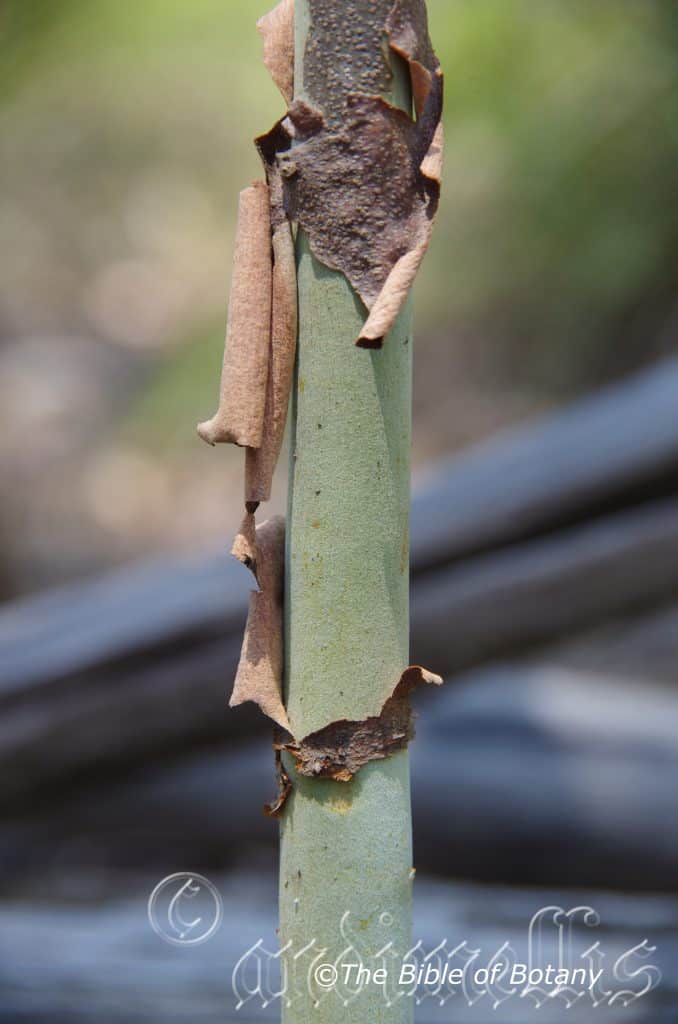
Author’s Garden The Pinnacles NSW
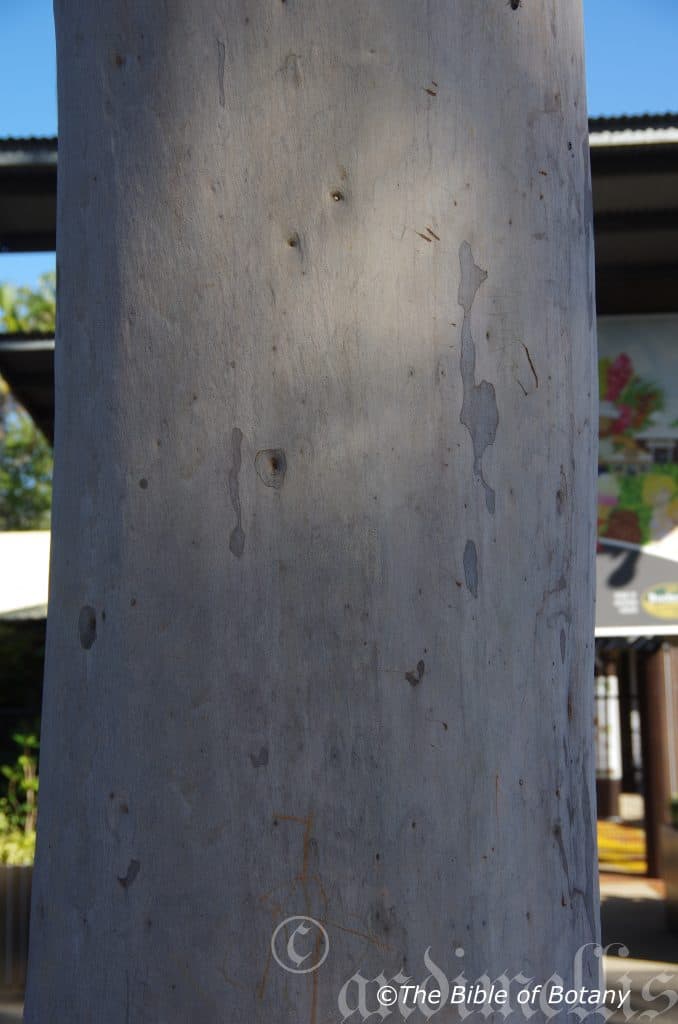
Buderim Qld
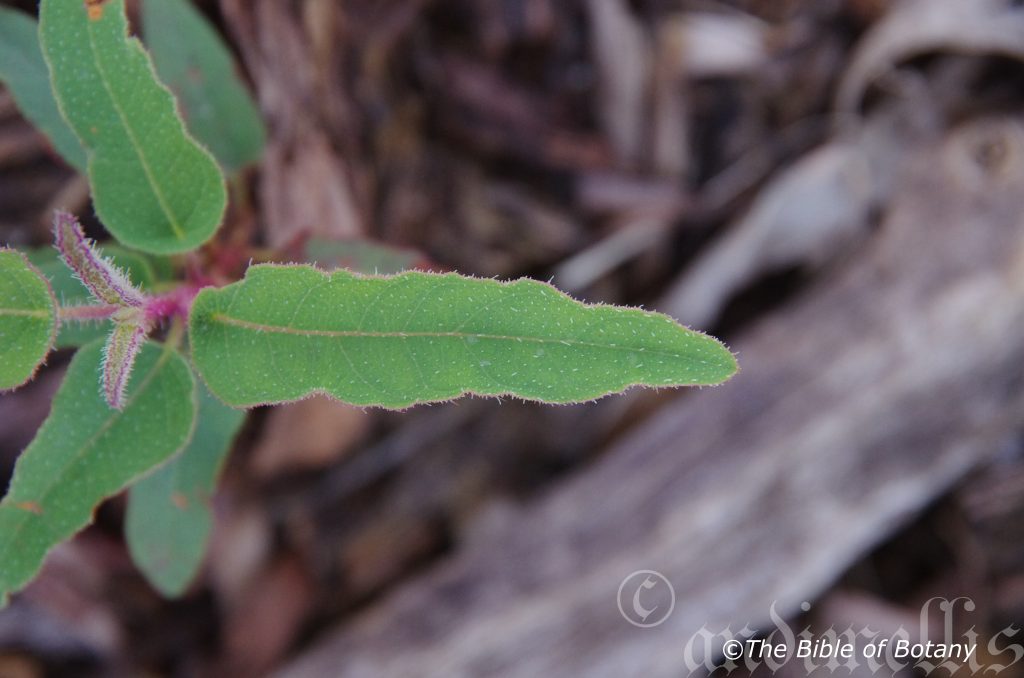
Buderim Qld.
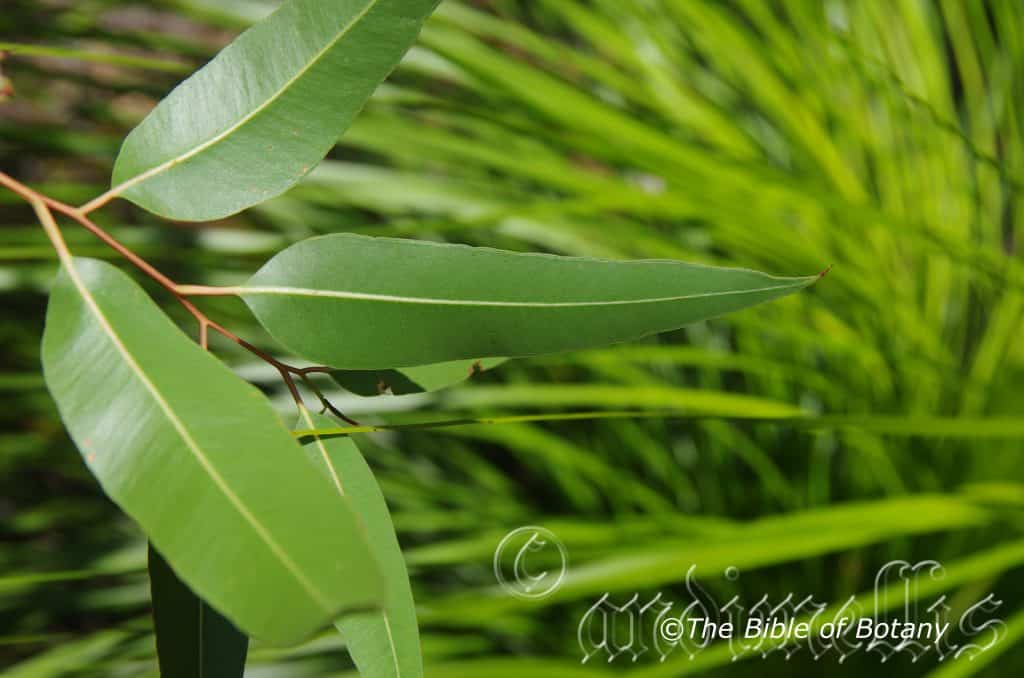
Author’s Garden The Pinnacles NSW
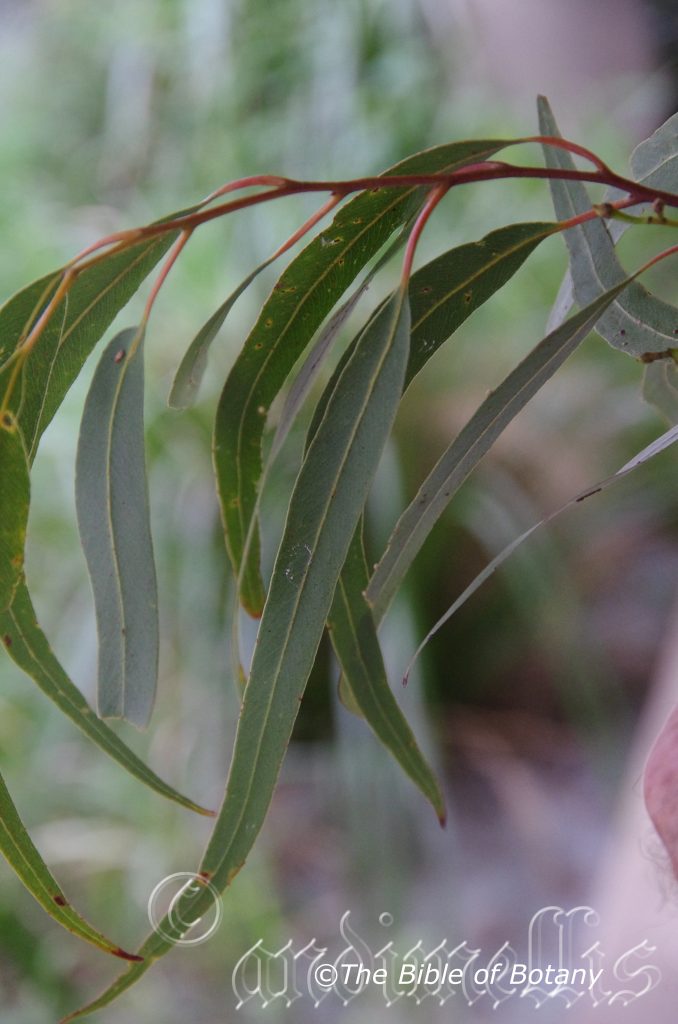
Author’s Garden The Pinnacles NSW
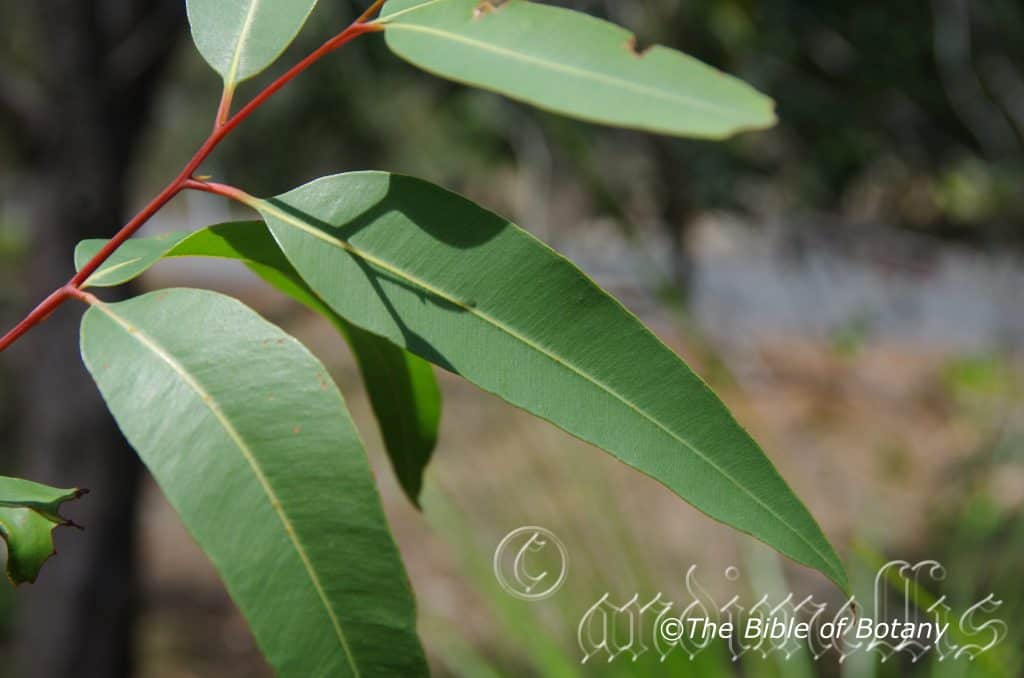
Author’s Garden The Pinnacles NSW

Junction Hill NSW
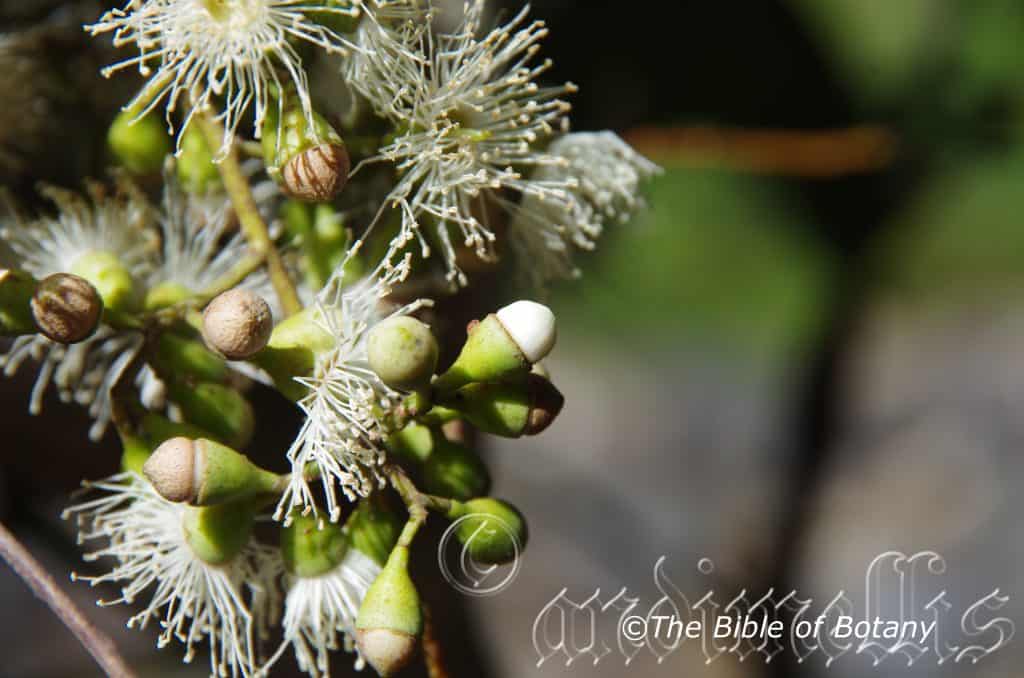
Junction Hill NSW
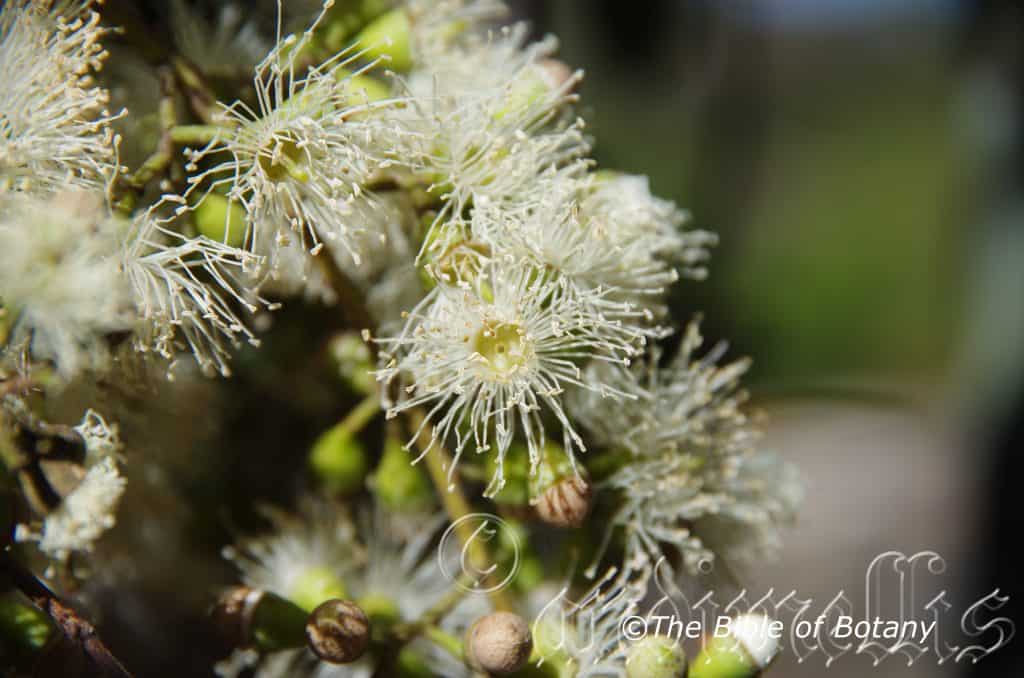
Junction Hill NSW
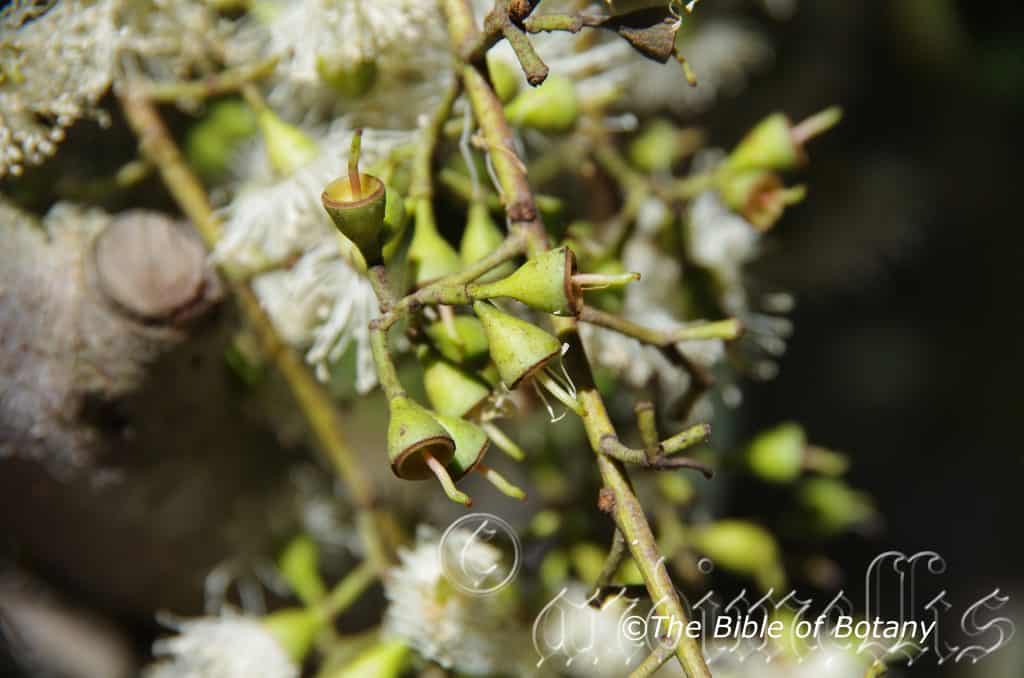
Junction Hill NSW
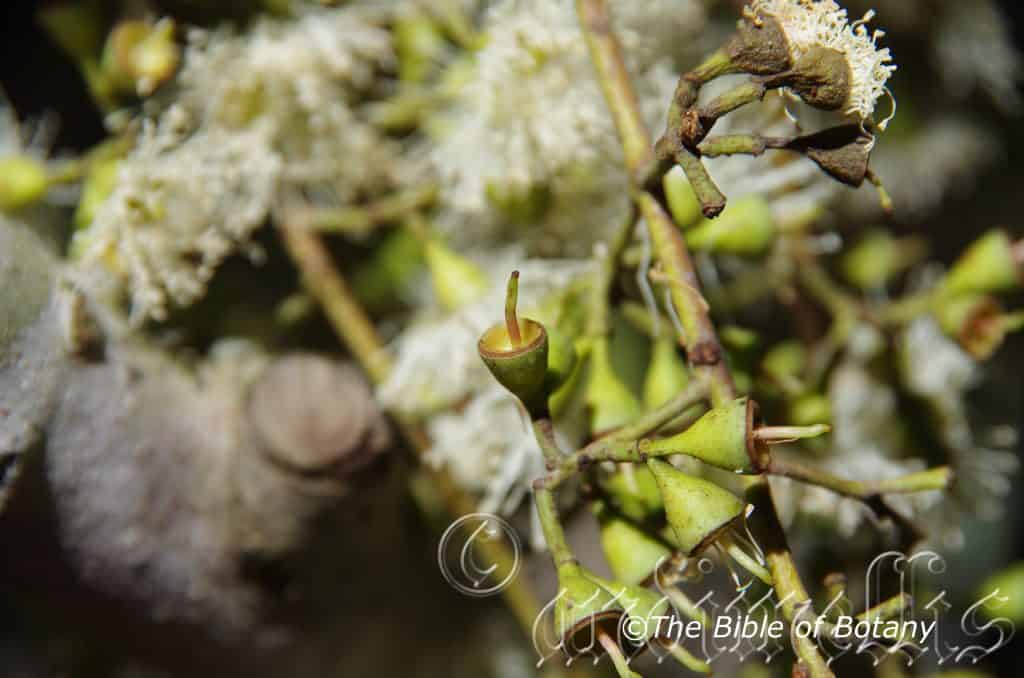
Junction Hill NSW
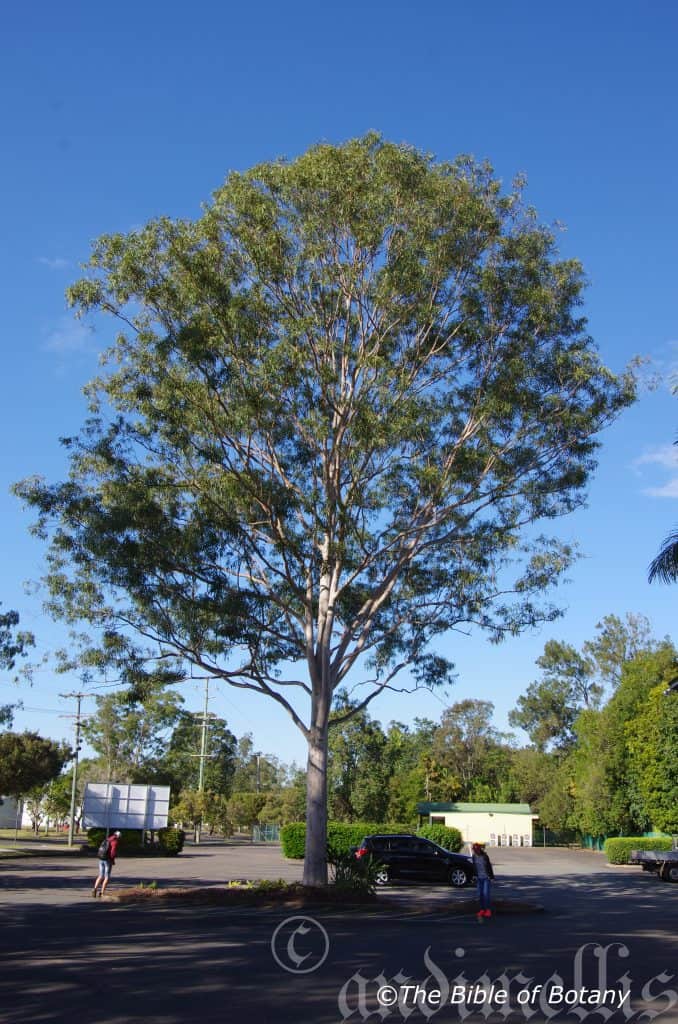
Buderim Qld.
Corymbia citriodora
Classification:
Unranked: Eudicots
Unranked: Rosids
Order: Myrtales
Family: Myrtaceae
Genus: From Korymbos, which is Ancient Greek or CorymbÅsus, which is Latin for a cluster of flowers. It refers to flowers, where the stems branch from different levels on the stalk’s axis but ultimately terminate flowers are all at the same level.
Specie: From Citrinus, which is old Anglo-French for yellow and later Citrinus, which is Latin for Citrus and Odour, smell or scent. It usually refers to plant’s leaves having a lemon scent.
Sub species: Corymbia citriodora sub sp. citriodora From Citrinus, which is old Anglo-French for yellow and later Citrinus, which is Latin for Citrus and Odour, smell or scent. It usually refers to plant’s leaves having a lemon scent.
Sub species: Corymbia citriodora sub sp. variegata From Variegatus, which is Latin for to make varied in appearance by adding different colours. It refers to leaves, which have two or more distinct colours patterns. In Australia it usually refers to plants, which are bred for the variation in colour as a hybrid or varietal form. It is now considered to be a distinct species in its own right.
Common Name: Lemon Scented gum.
Distribution:
Corymbia citriodora sub sp. citriodora is found south from Mount Janet in far north Queensland to Marybough on the coast and Carnarvon Gorge in the west in central coastal Queensland.
Corymbia citriodora sub sp. variegata is found south and east of a line
From Carnarvon Gorge National Park to Bundaberg in central eastern Queensland to Nana Glen in north eastern New South Wales to the coast.
https://avh.ala.org.au/occurrences/search?taxa=Corymbia+citriodora#tab_mapView
Habitat Aspect Climate:
Corymbia citriodora prefers full sun. The trees grow naturally in dry schlerophyll forests and open woodlands, from undulating hills to steep ridges. The altitude ranges from 10 meters ASL to 800 meters ASL.
The temperatures range from minus 2 degrees in July to 34 degrees in January.
The rainfall ranges from lows of 600mm to an average of 2000mm annually.
Soil Requirements:
Corymbia citriodora grows in most soils from sandy loams to heavy clays. The soils are derived from decomposed shale, brown basalt, metamorphic rocks lateritic fatty sandstones and alluvial flats. The soils pH ranges from 6pH to 6.5pH. It does not tolerate waterlogged soils however some soils are seasonally wet. Non saline soils to moderately saline soils are tolerated as are salt laden winds.
Height & Spread:
Wild Plants: 40m to 50m by 10m to 15m
Characteristics:
Corymbia citriodora is a tall tree with a long straight bole often reaching over half its height before branching. The trunk is usually glabrous and pure white creamy white or white mottled pale grey. The decorticating bark, trees that shed their bark annually; leaves behind a beautiful pale green, pale pink or silvery blaze in summer before resuming its normal colour. The bark is shed in thin twisting flakes. Branchlets pale grey to white and are glabrous. Juvenile branchlets on mature trees are glabrous to sparsely covered in red to red-green setose bristles. Juvenile trees branches and stems are densely covered in red to red-green setose bristles.
Corymbia citriodora bark is mottle grey and is less likely to have a white powdery covering.
The alternate, narrow lanceolate to falcate leaves of Corymbia citriodora are scabrid and measure 100mm to 230mm in length and 15mm to 30mm in width and have a strong lemon scent.
The juvenile leaves opposite for the first three or four pairs, are narrow oblanceolate, scabrid and measure 130mm to 210mm in length and 45mm to 80mm wide. The base is peltate while the apex is acute and the laminas are scabrous with green bristles along the mid vein. The petioles measure 23mm to 35mm in length.
Inflorescences of Corymbia citriodora are born on a corymb from the leaf axils. The corymbs measure 30mm to 35mm in length. There are 3 to 8 umbels on each corymb with 3 buds on each umbel. The umbel peduncles measure 5mm to 10mm in length while the pedicels measure 1mm to 6mm in length. The individual buds are ovoid to pyriform measuring 6mm to 10mm in length by 6mm to 7mm in width. The operculum is round to round conical and a creamy green in colour. The operculums have an obtuse mucronate apex. Both the operculum and buds have red-green resinous markings. The white flowers measure 25mm to 35mm in diameter. The stamens are the most prominent part of the flower and measure 10mm to 12mm in length. The pale green style which rises from the yellow disc measures 7mm to 8mm in length.
Flowering has been recorded from April to August, October, December and January.
The urceolate or barrel shaped fruits or gum nuts are 10mm to 15mm in length by 7mm to 12mm in width and have a 4.5mm to 5mm opening at the top. There are 3 valves. The operculum scar is distinct below the rim. The deep red-brown, flat, variable shaped, winged seeds measure 3.5mm to 4mm by 2mm to 2.5mm in length including the wing. The seeds measure about 1.5mm to2mm in length by 0.6mm to 0.8mm in width.
Wildlife:
Corymbia citriodora are popular with lorikeets and other honey eating birds. They also attract a lot of insects including the native bee which in return attract many insect eating birds. The ring tail possum and brush tail possum with sugar gliders also eat the flowers and nectar.
Cultivation:
Corymbia citriodora is a beautiful tall tree for large gardens away from buildings as it has a tendency to drop small branches throughout the year. It is hardy on heavier acid soil types. It is easy to grow in cultivation growing 20 meters to 30 meters in height by 10 meters to 12 meters in diameter. Quick growing it will provide a good contrast and allow plenty of filtered light to reach the ground.
The tree would make a very good accent tree in front of low set to 4 story commercial, industrial sheds or school buildings where they will break up hard rigid architectural lines and give warmth and breadth to a building. In front of high rise buildings they give balance on the nature strip.
Coffs Harbour City council has used the trees very successfully around the Council chambers where they soften the building and distract passers-by to the mundane brick work.
Corymbia citriodora is also used as the stock for grafting other less hardy flowering Corymbia on to. It makes a good contrast to other Corymbia Eucalyptus and Angophora trees in that the trunks on some specimens can be ghostly white.
Propagation:
Seeds: Corymbia citriodora seeds should be treated if a large number of trees are required and even germination is wanted. Place the seeds in a cloth bag and place them in the washing machine on wash day when you have several washes to do. This will help remove inhibitors and stimulate more even germination. Sow fresh seeds or freshly treated seeds into a seed raising mix, cover with 5mm of the mix and fertilize with a seaweed based fertilizer. When the seedlings are 60mm to 80mm tall, prick them out and plant them into 50mm native tubes using a good organic mix.
Once the seedlings reach 200mm to 250mm in height plant them out into their permanent position. When planting for features or park like scenarios plant at 7 or 8 meter centers. When the trees begin to make contact with each other, remove every second tree. If you wish to wait a little longer plant at 15 meter centers.
Fertilize using Seaweed, fish emulsion or organic chicken pellets soaked in water on an alternate basis. Fertilize every two months until the plants are established then annually in early September or March to maintain health, vitality and better flowering.
Further Comments from Readers:
Hi reader, it seems you use The Bible of Botany a lot. That’s great as we have great pleasure in bringing it to you! It’s a little awkward for us to ask, but our first aim is to purchase land approximately 1,600 hectares to link several parcels of N.P. into one at The Pinnacles NSW Australia, but we need your help. We’re not salespeople. We’re amateur botanists who have dedicated over 30 years to saving the environment in a practical way. We depend on donations to reach our goal. If you donate just $5, the price of your coffee this Sunday, We can help to keep the planet alive in a real way and continue to bring you regular updates and features on Australian plants all in one Botanical Bible. Any support is greatly appreciated. Thank you.
In the spirit of reconciliation we acknowledge the Bundjalung, Gumbaynggirr and Yaegl and all aboriginal nations throughout Australia and their connections to land, sea and community. We pay our respect to their Elders past, present and future for the pleasures we have gained.
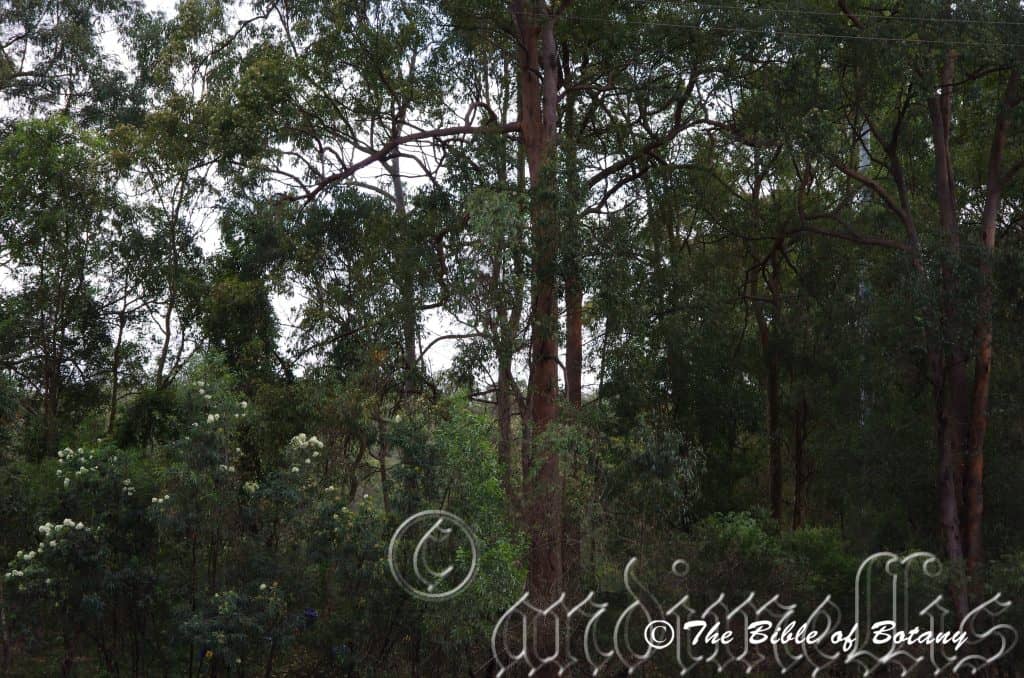
Sunnybank Qld.
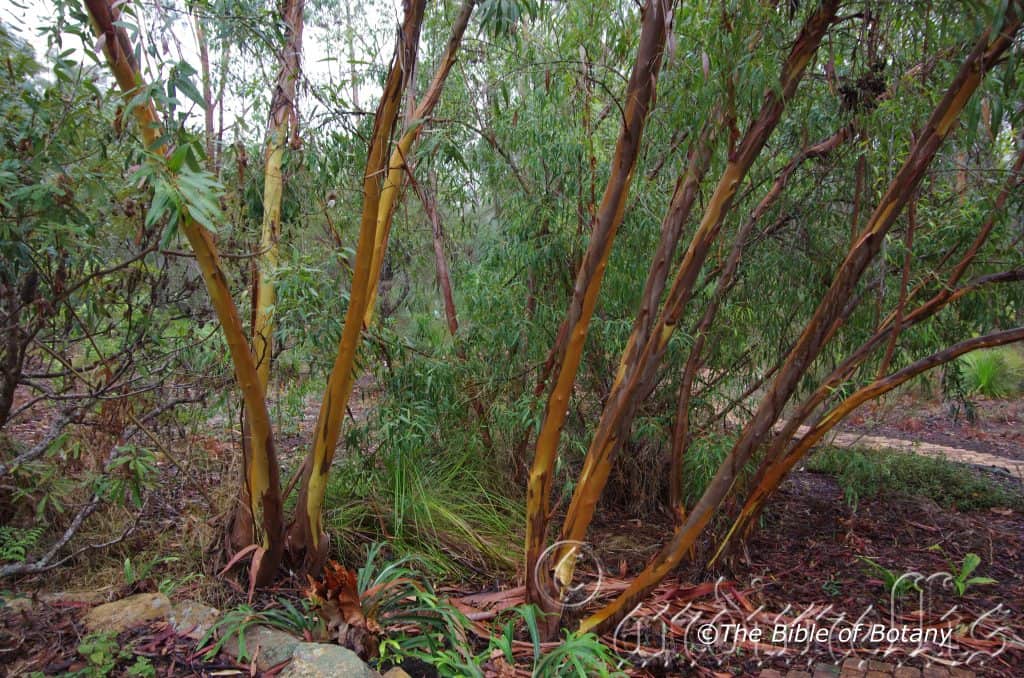
Author’s Garden The Pinnacles NSW
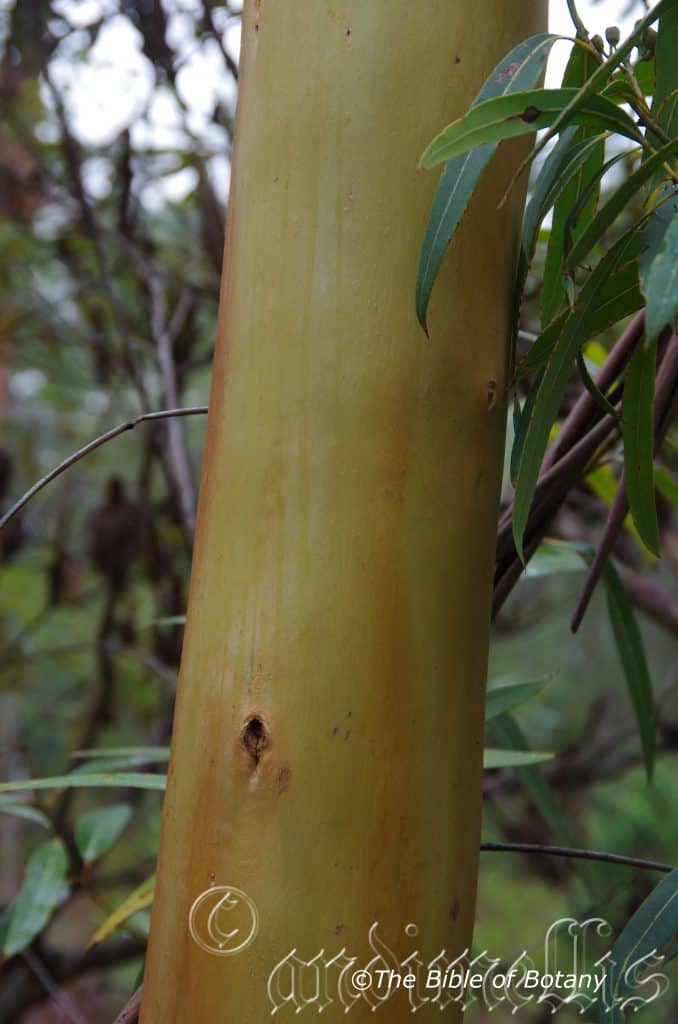
Author’s Garden The Pinnacles NSW
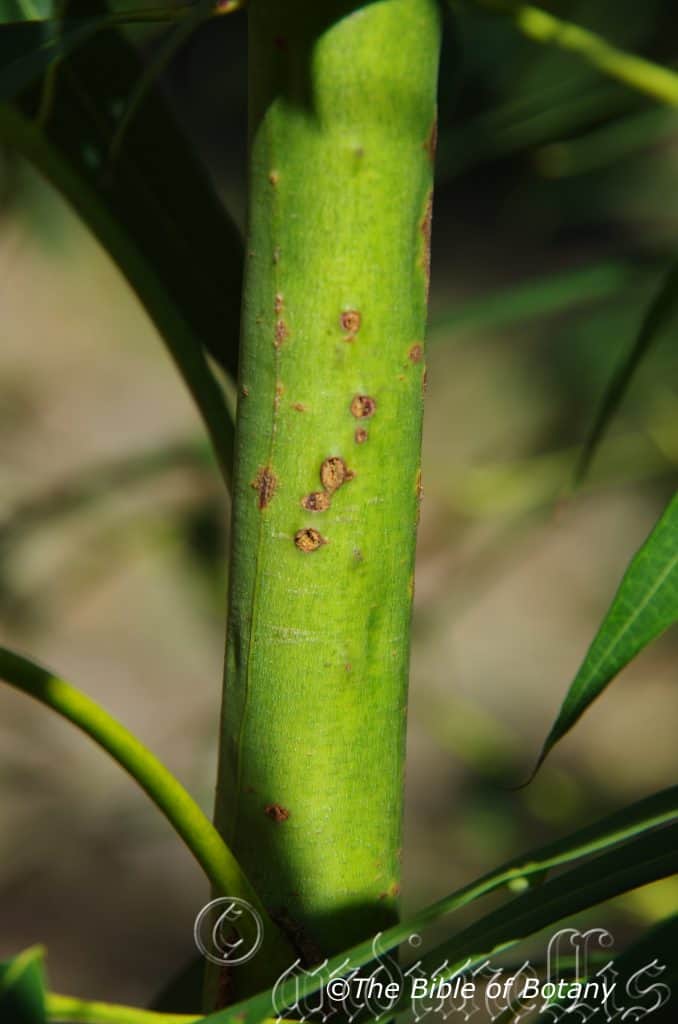
Author’s Garden The Pinnacles NSW
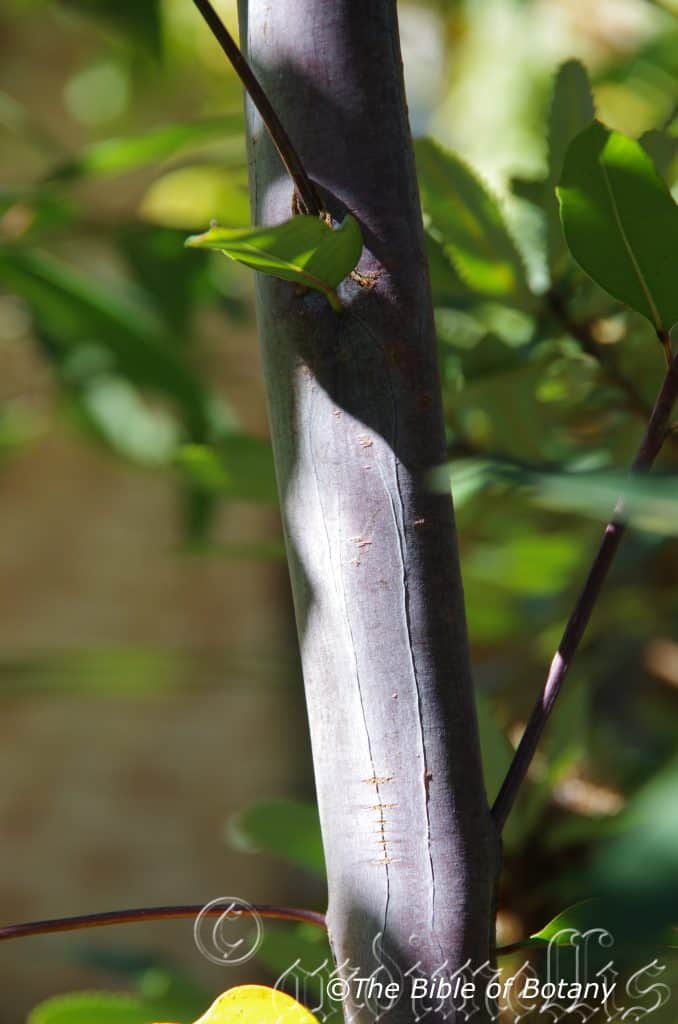
Author’s Garden The Pinnacles NSW
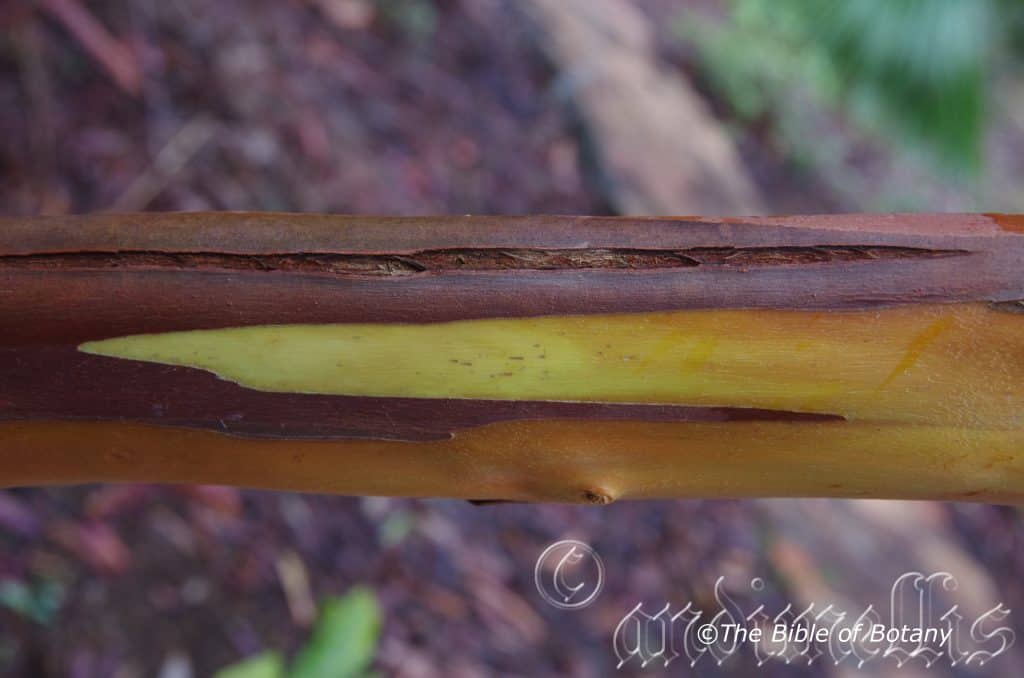
Author’s Garden The Pinnacles NSW
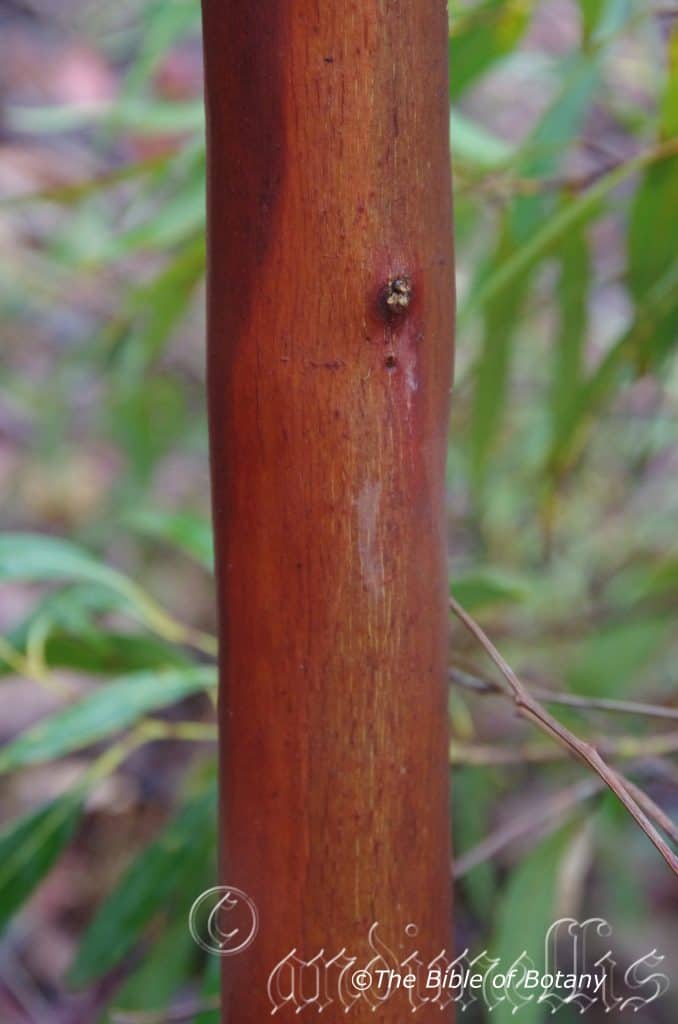
Author’s Garden The Pinnacles NSW
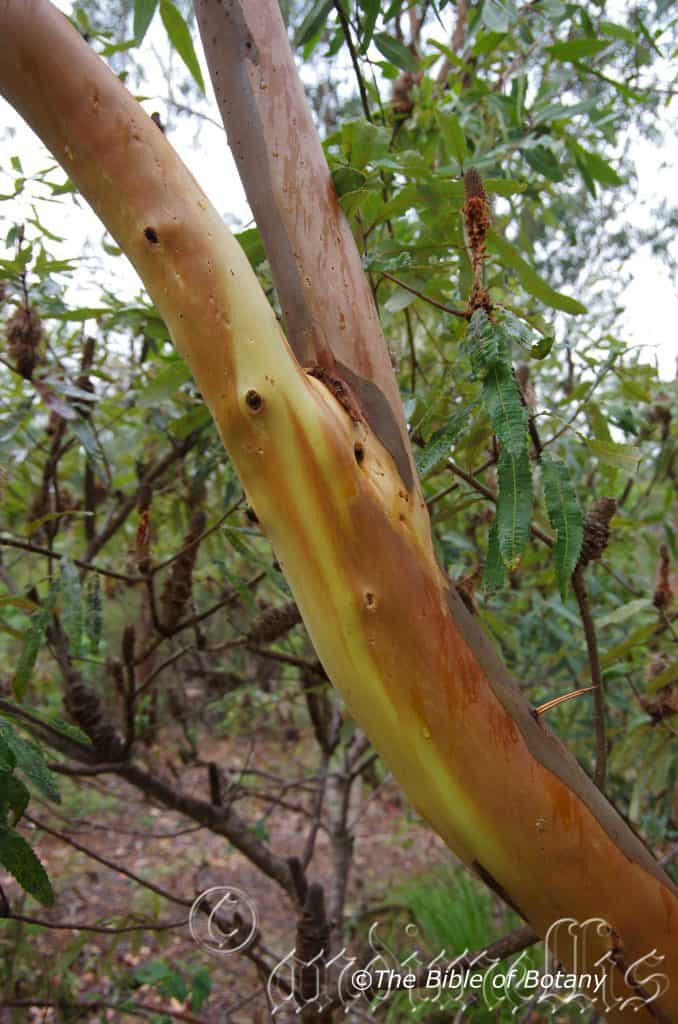
Author’s Garden The Pinnacles NSW
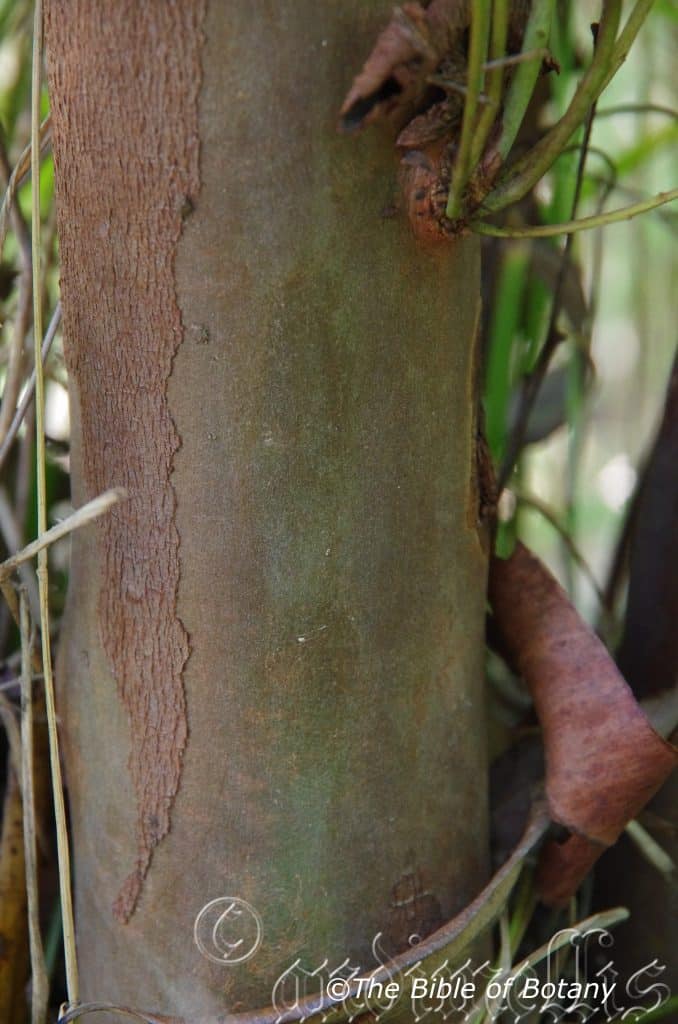
Author’s Garden The Pinnacles NSW
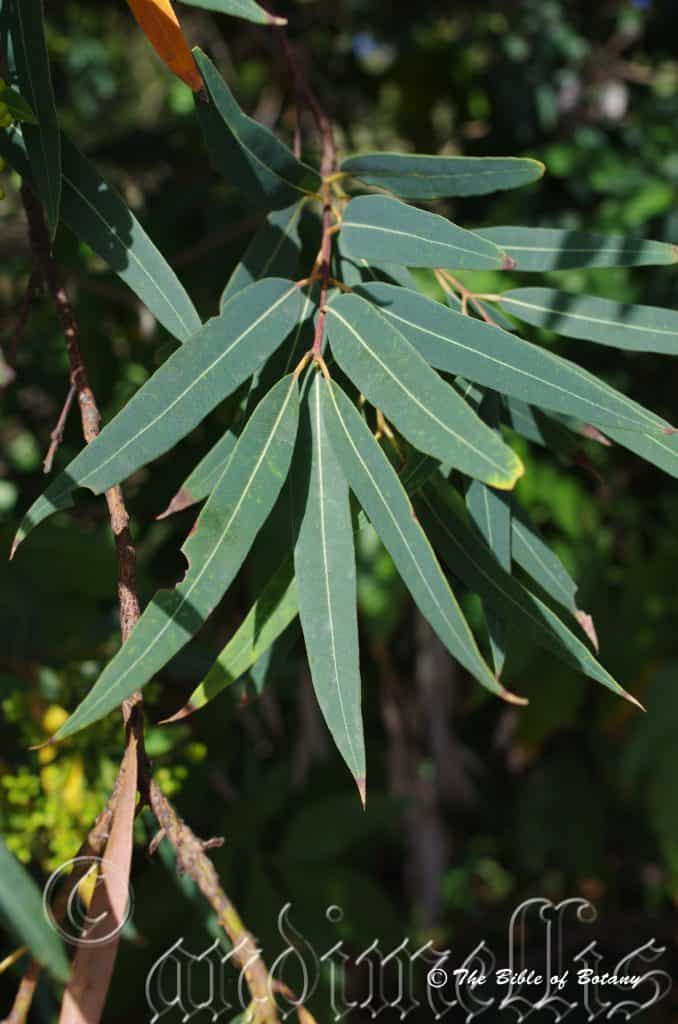
Camp Hill Qld.
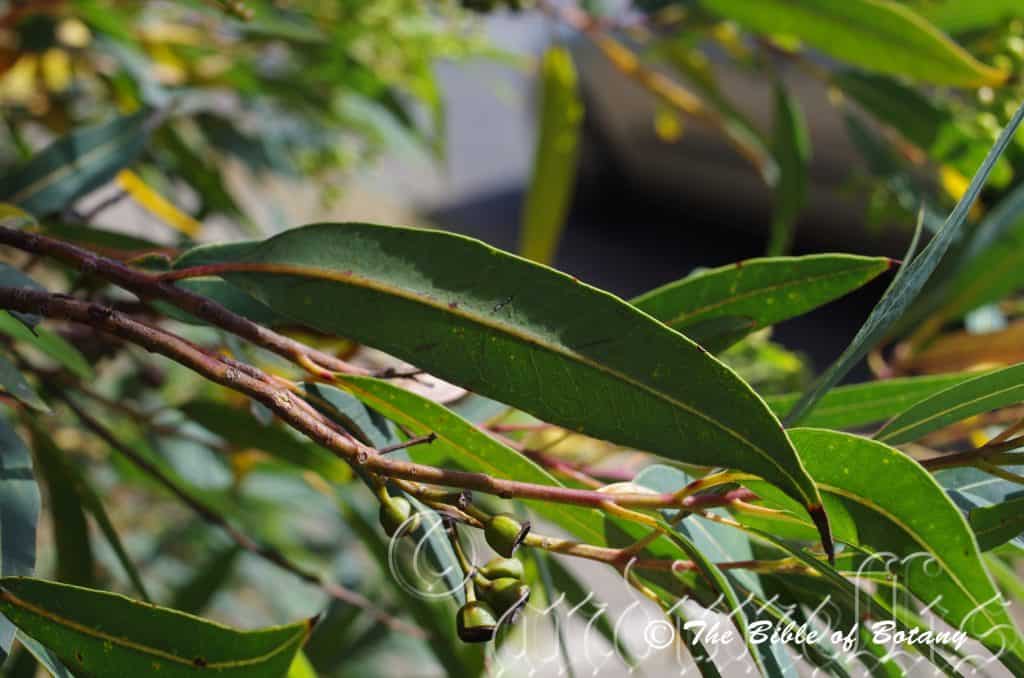
Camp Hill Qld.
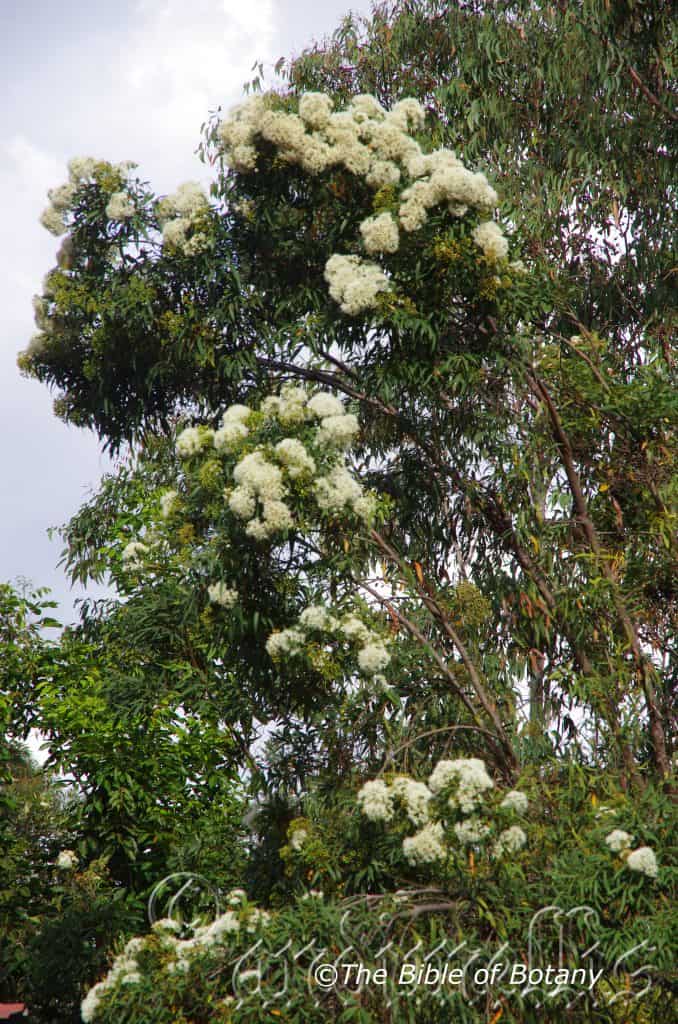
Author’s Garden The Pinnacles NSW
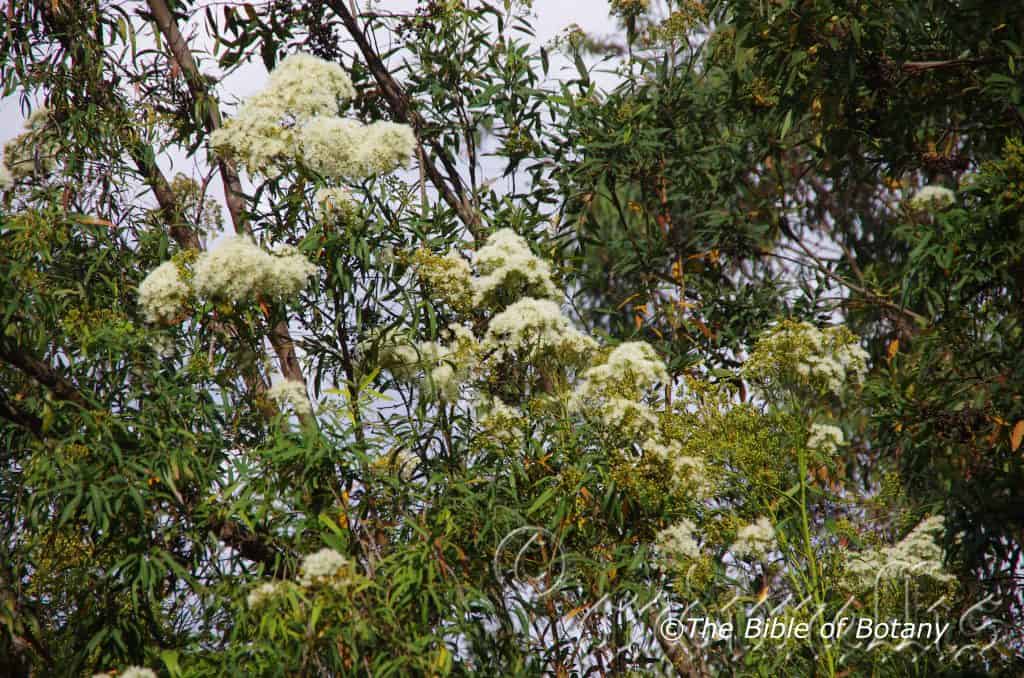
Author’s Garden The Pinnacles NSW
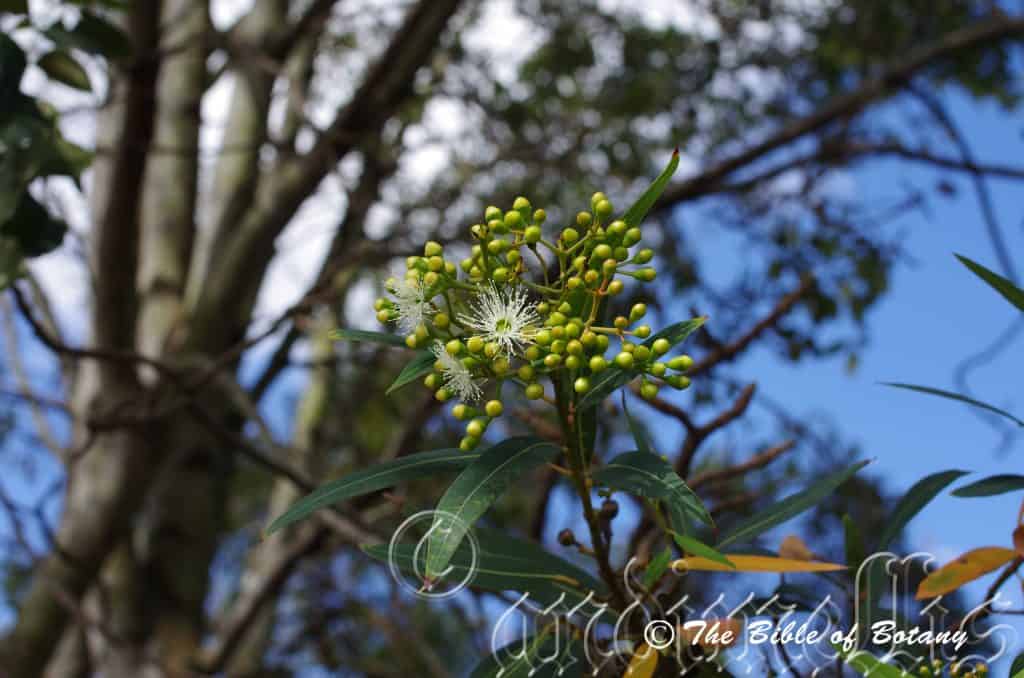
Camp Hill Qld.
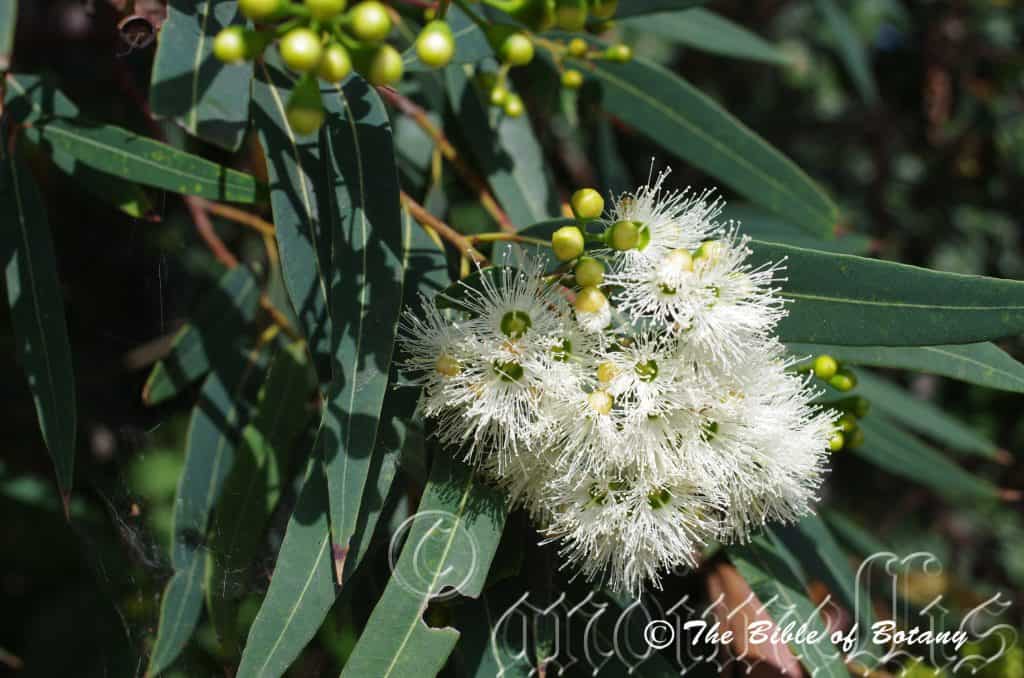
Author’s Garden The Pinnacles NSW
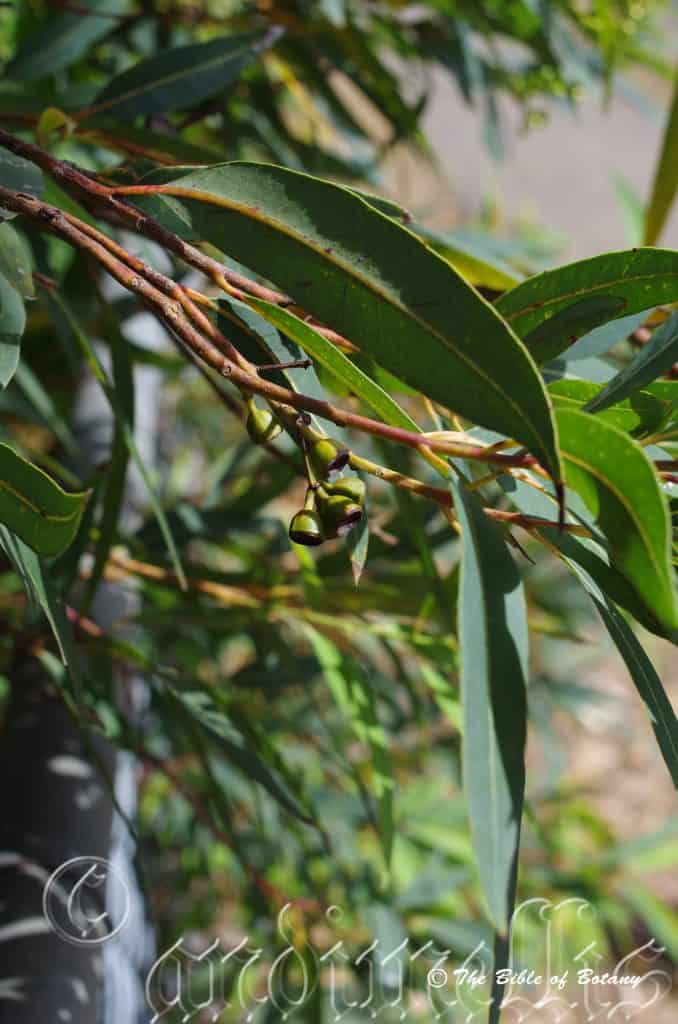
Author’s Garden The Pinnacles NSW
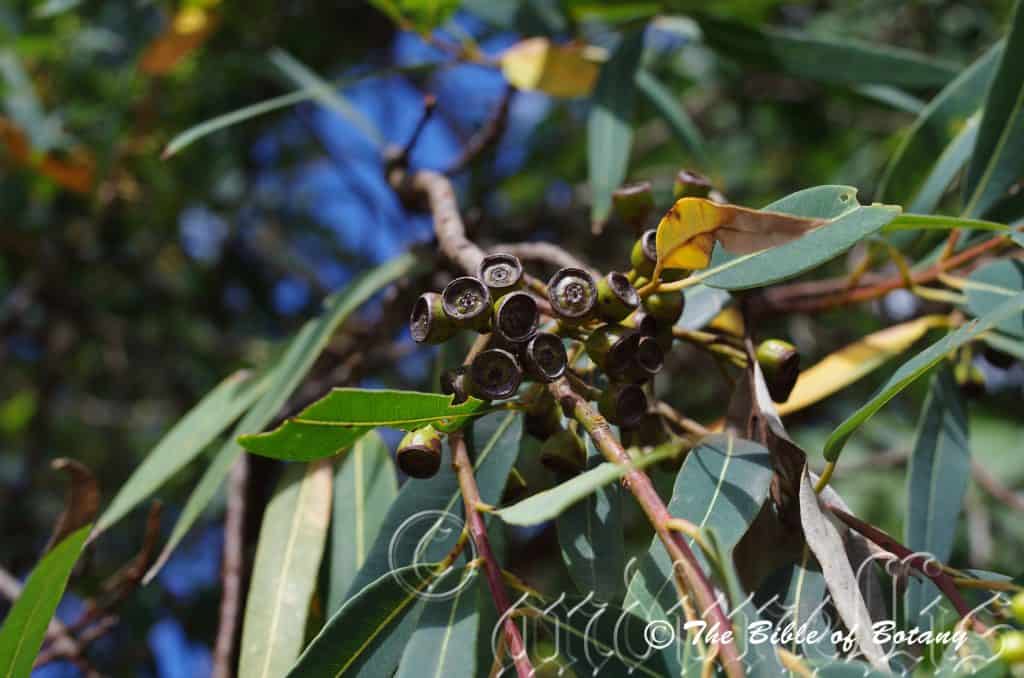
Camp Hill Qld.
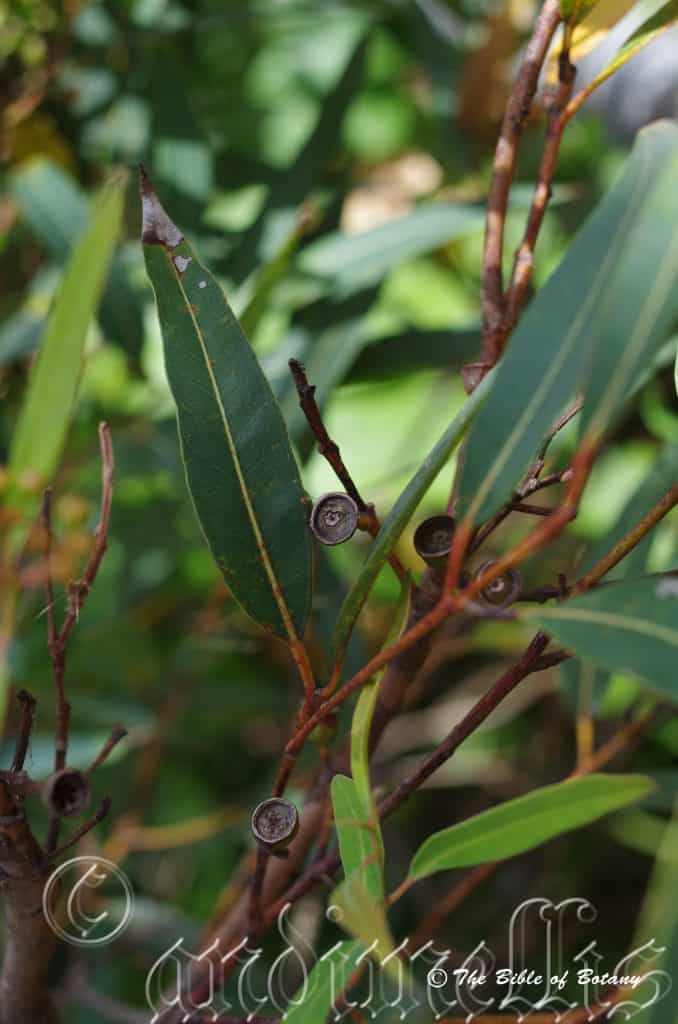
Camp Hill Qld.
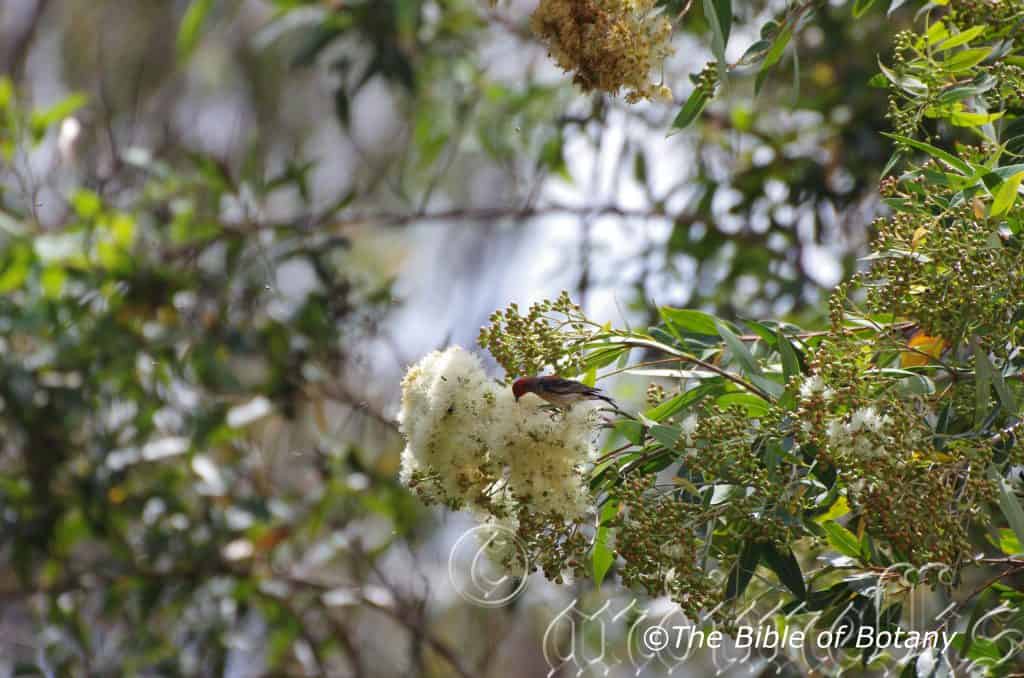
Red Head Honey Eater, Myzomela erythrocephala Author’s Garden The Pinnacles NSW
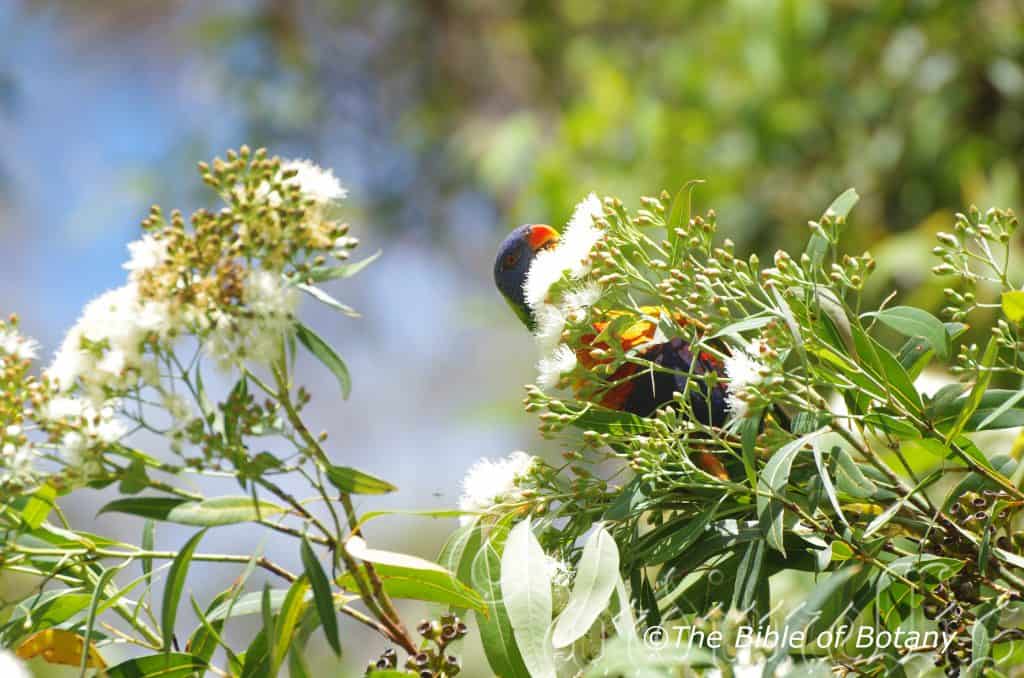
Rainbow Lorikeet, Trichoglossus moluccanus Author’s Garden The Pinnacles NSW
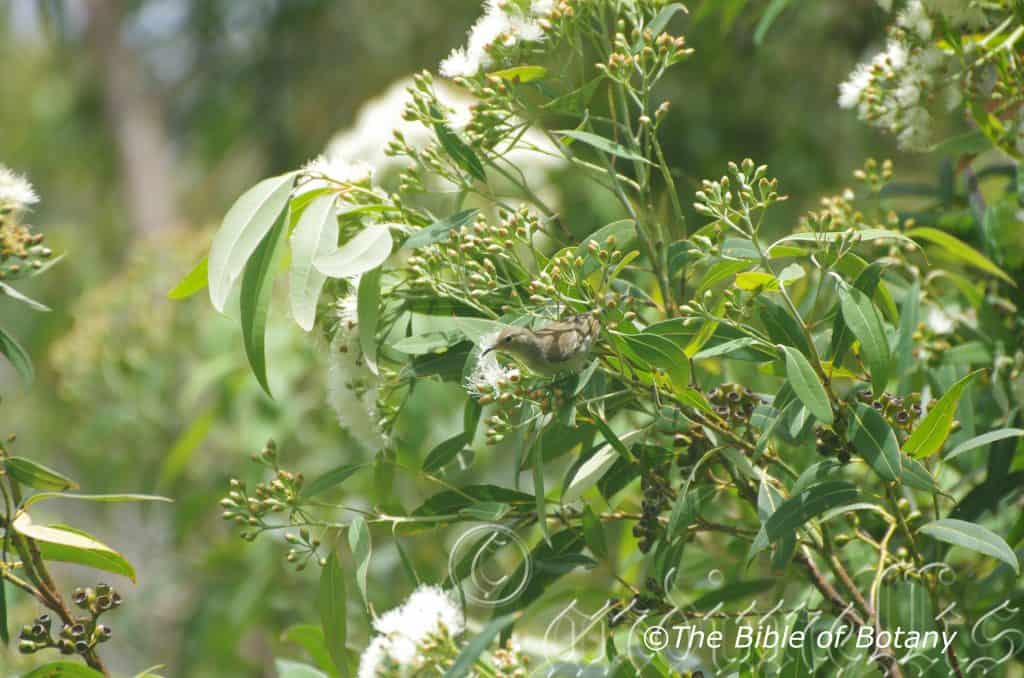
Lewin Honeyeater, Meliphaga lewinii Author’s Garden The Pinnacles NSW
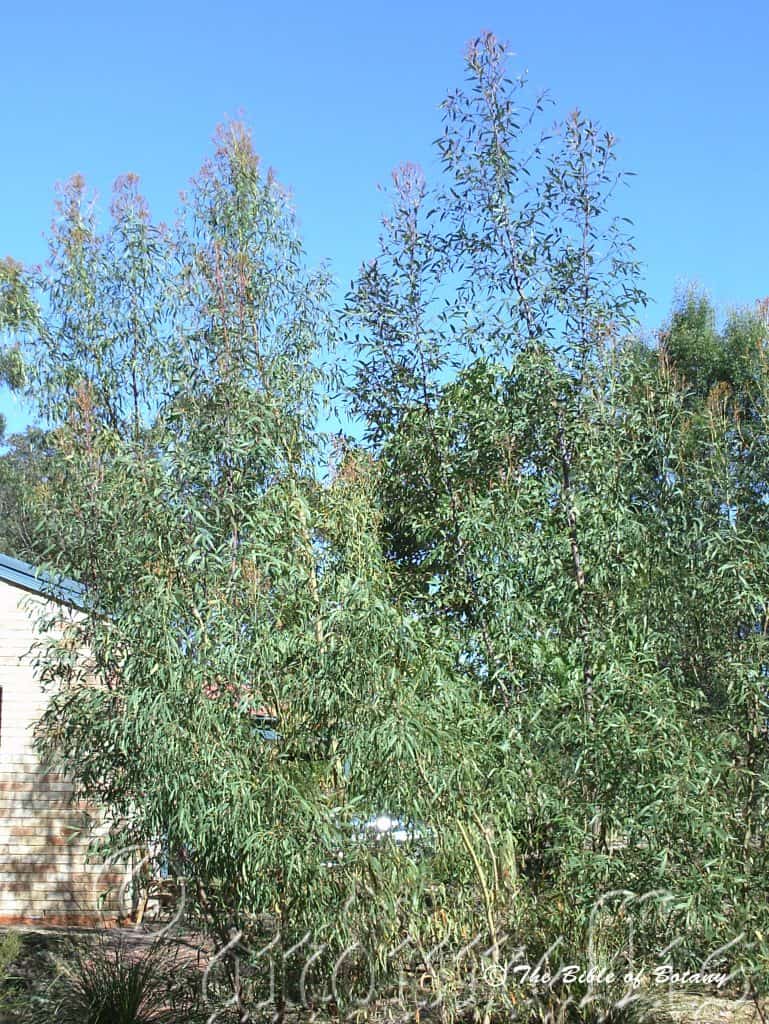
Author’s Garden The Pinnacles NSW
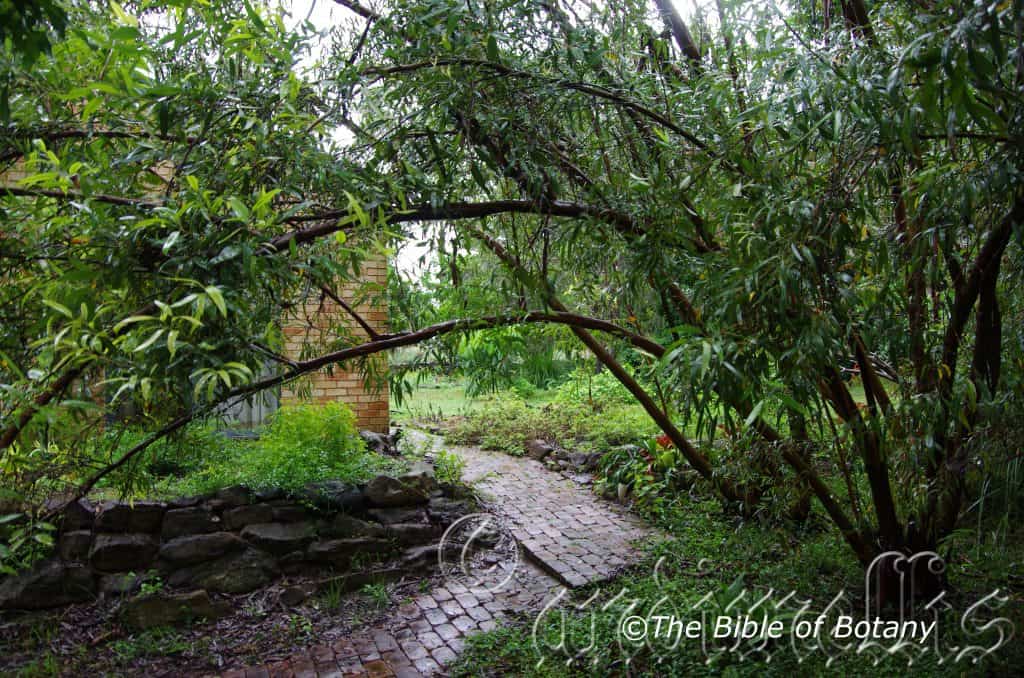
Author’s Garden The Pinnacles NSW
Corymbia curtisii
Ipswich City Council’s Floral Emblem
Classification:
Unranked: Eudicots
Unranked: Rosids
Order: Myrtales
Family: Myrtaceae
Genus: From Korymbos, which is Ancient Greek or CorymbÅsus, which is Latin for a cluster of flowers. It refers to flowers, where the stems branch from different levels on the stalk’s axis but ultimately terminate flowers are all at the same level.
Specie: Is named in honour of honours Densil Curtis, a farmer and naturalist, who collected the type specimens in 1923 and 1929.
Sub specie:
Common Name: Plunkett Mallee.
Distribution:
The distribution of Corymbia curtisii is restricted to a small area known as Plunkett North of Mount Tamborine to east of Ipswich.
https://avh.ala.org.au/occurrences/search?taxa=Eucalyptus+curtisii#tab_mapView
Habitat Aspect Climate:
Corymbia curtisii grows naturally in full sun or as an understory tree in open woodland. The altitude ranges from 450 meters ASL to 500 meters ASL.
The temperatures range from 0 degrees in July to 36 degrees in January.
The rainfall ranges from lows of 800mm to an average of 1400mm annually.
Soil Requirements:
Corymbia curtisii grows naturally on decomposed shale derived from brown basalt. It is fire tolerant and drought resistant once established. It does not tolerate waterlogged soils. Non saline soils to very saline soils are tolerated.
Height & Spread:
Wild Plants: 3m to 8m by 2m to 3m
Characteristics:
Corymbia curtisii is a small single trunk tree or more often grows as a multi trunked mallee. The trunk is glabrous, greenish grey or pinkish grey-brown in colour. The decorticating bark; trees that shed their bark annually; sheds in long vertical strips revealing a beautiful range of colours from mid mealy cream, pink, maroon or reds, before resuming its normal colour. The glabrous branchlets are similar to the trunks. A lignotuber will begin to form in the second year though epicormic lumps ,which are visible after the first year of planting out.
The alternate, narrow lanceolate to slightly falcate leaves of Corymbia curtisii are glabrous and measure 60mm to 130mm in length and 10mm to 25mm in width. The petioles measure 15mm to 28mm in length. The base is oblique while the apex is narrow acute. The discolourous laminas are deep sea green on the upper lamina while the lower lamina is paler. The laminas are flat and straight while the margins are entire. The mid vein is prominent on the lower lamina and is distinctly visible on the upper lamina. The intramarginal vein is faintly visibly.
The inflorescences of Corymbia curtisii are born on a corymb from the terminals and upper leaf axils. The corymbs measure 70mm to 110mm in length by 70mm to 100mm in diameter. There are 6 buds on each umbel and 9 to 12 umbels to a corymb. The umbel’s pedicels measure 5mm to 6mm in length. Individual buds are half elliptical measuring 5mm to 8mm in length by 6mm to 6.5mmin diameter and are deep green. The operculum is round to half elliptical and cream in colour. The white flowers are 20mm to 22mm in diameter. The stamens which are the most prominent part of the flower measure 7mm to 10mm in length. The green style arises from a deep green disc and measures 12mm to 14mm in length. The flowers appear from October to December.
The bell shaped fruits or gum nuts are 9mm to 10mm in length by 7mm to 8mm in diameter and have a 5mm to 6mm inserted disc with 3 valves. The operculum scar is distinct below the rim. The deep brown seeds measure 2mm to 2.5mm in length.
Wildlife:
Corymbia curtisii is often covered in native bees, and a myriad of other native insects and small honeyeaters, like the Red head honeyeater Myzomela sanguinolenta, the brown honeyeater Lichmera indistincta and the rainbow lorikeet Trichoglossus moluccanus, which are all frequent visitors to our garden when it is in flower. It is rare to find a tree without insect damage to the leaves, yet I am yet to find which insects are doing the damage. The damage is always superficial.
Cultivation:
Corymbia curtisii is a magnificent bushy shrub or small tree for the small garden where a gum tree is required. It can be grown as a single trunk tree where it will reach 12 meters in cultivation or grown as a multitrunked mallee where it will grow to 3 or 6 meters tall by 3 meters to 4 meters in diameter. At the pinnacles where it is growing on a very sandy loam I have problems with it growing from 5 meters to 6 meters every 2 years despite having numerous suckers from the lignotubers and annual trims. I did trim my plants back to just above the lignotuber every two years. For smaller plants this can be done on an annual basis. After heavy pruning a good soaking with one of the recommended fertilizers is recommended.
Plants that have been trimmed back to the lignotubers after a few seasons and let grow can send out6 to 8 trunks with each one growing to 12 meters and with a total spread of 9 meters. Using it in this manner it makes a beautiful attractive feature in any small garden.
It is best used adjacent to small areas of bush close to paths or the house so their white flowers, multi stemmed mallee trunks can be viewed regularly. It is great in larger rockeries as the main feature plant. Here they can be planted in small groups of 2 or 3 as a standalone plant to create a harsh barren look with other arid plants. If it is surrounded by shorter plants with fine foliage and red flowers they will dominate at the center giving an expansive look to the bed especially when it is in flower. I have a good stand of Plectranthus torrenticola and the Christmas orchid Calanthe triplicata beneath my trees.
This is one plant that benefits highly from being scattered throughout a large garden to create a natural Eucalyptus garden without the towering trees. The clumps have the added advantage of being grown as a mallee or single trunk tree or both. There small size enables this to be achieved even in small and medium size gardens.
Six or more planted back from a bend will become a very strong focal point when in flower gain a lot of attention whether you are coming or going because of the fresh clean look of the foliage even in the driest of times. Place them in the mid ground with other large leaf ground covers and very small shrubs in the front to give them greater height or to make the garden appear larger than it is in reality.
Being a terminal flowering plant the more stems and branches that can be produced the better are the displays. One of the best gum trees for a small garden or parks in temperate and sub-tropical areas.
The trees trunks are very flexible and can be used to produce natural arches
As a note it is Ipswich Councils floral emblem. It is a “Great choice Ipswich.”
Propagation:
Seeds: Sow fresh seeds into a seed raising mix. Place the trays in 30mm shade and keep moist not wet. When the seedlings are 50mm to 60mm tall, prick them out and plant them into 50mm native tubes using a good organic mix.
Once the seedlings reach 200mm to 250mm in height nip the tips out and plant them out into their permanent position. For mass plantings along borders plant them at 4 meter centers for single trunk displays or 8 meter centers for a multi trunk display. If it is planted any closer for mass displays Corymbia curtisii tends to select one or two leading shoots. The other shoots become weak and straggly.
Fertilize using Seaweed, fish emulsion or organic chicken pellets soaked in water on an alternate basis. Fertilize every two months until the plants are established then annually in early September or March to maintain health, vitality and better flowering.
Further Comments from Readers:
Hi reader, it seems you use The Bible of Botany a lot. That’s great as we have great pleasure in bringing it to you! It’s a little awkward for us to ask, but our first aim is to purchase land approximately 1,600 hectares to link several parcels of N.P. into one at The Pinnacles NSW Australia, but we need your help. We’re not salespeople. We’re amateur botanists who have dedicated over 30 years to saving the environment in a practical way. We depend on donations to reach our goal. If you donate just $5, the price of your coffee this Sunday, We can help to keep the planet alive in a real way and continue to bring you regular updates and features on Australian plants all in one Botanical Bible. Any support is greatly appreciated. Thank you.
In the spirit of reconciliation we acknowledge the Bundjalung, Gumbaynggirr and Yaegl and all aboriginal nations throughout Australia and their connections to land, sea and community. We pay our respect to their Elders past, present and future for the pleasures we have gained.
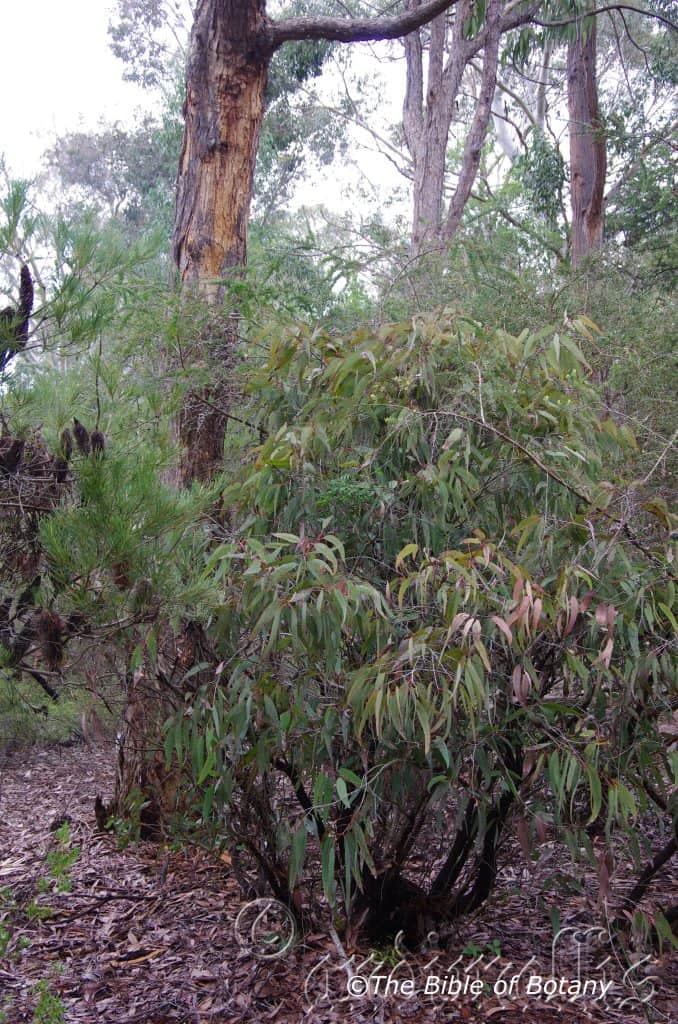
National Botanic Gardens ACT
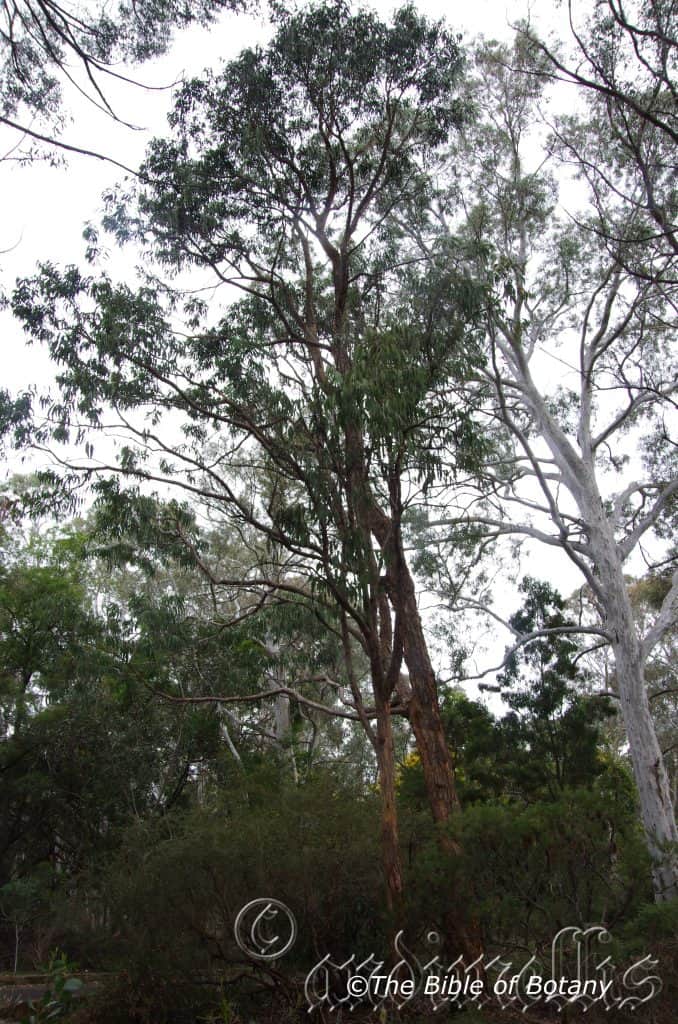
National Botanic Gardens ACT
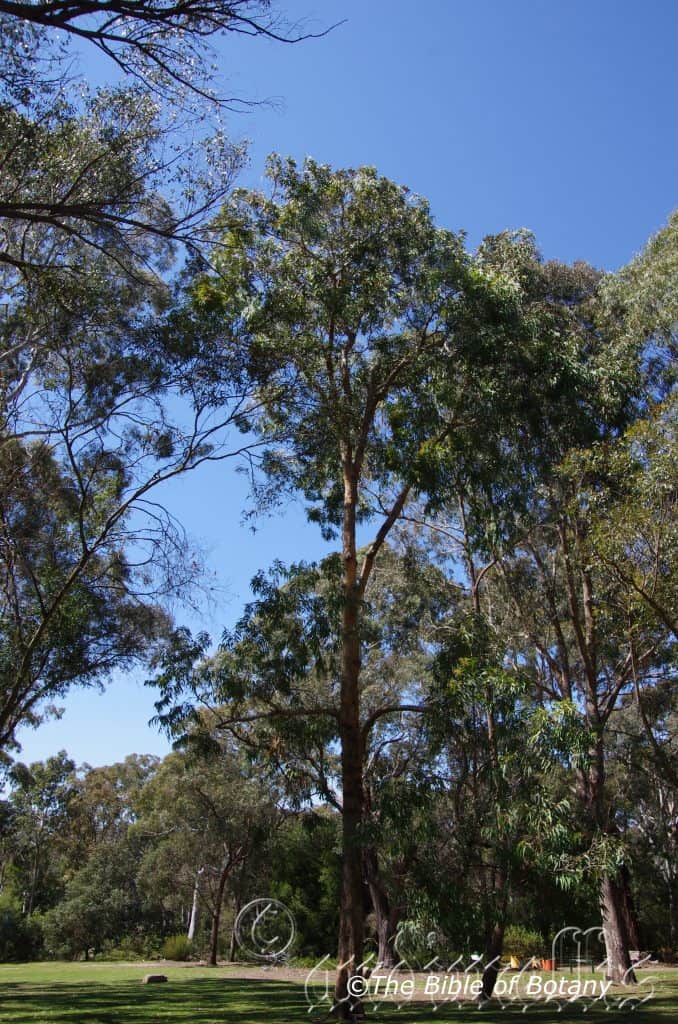
Upright Form National Botanic Gardens ACT
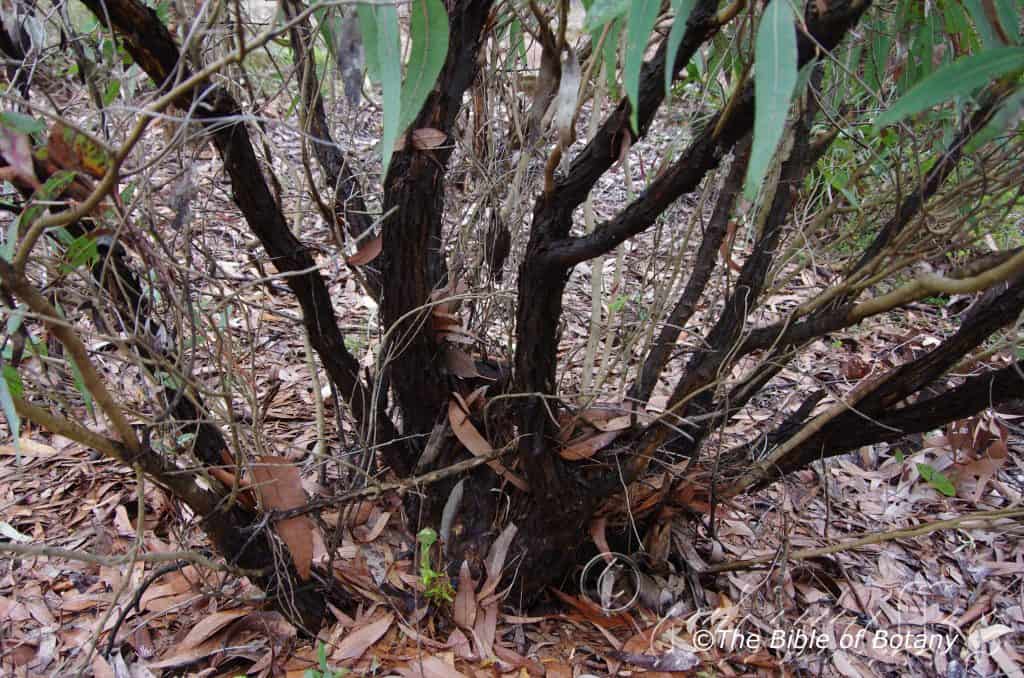
Mallee Form National Botanic Gardens ACT
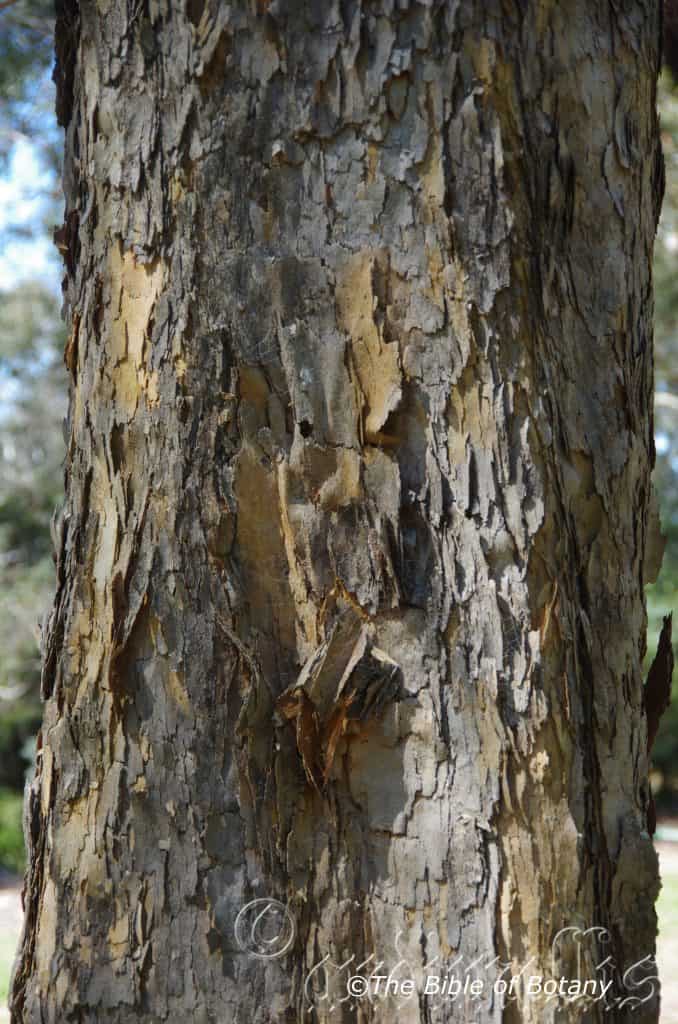
National Botanic Gardens ACT
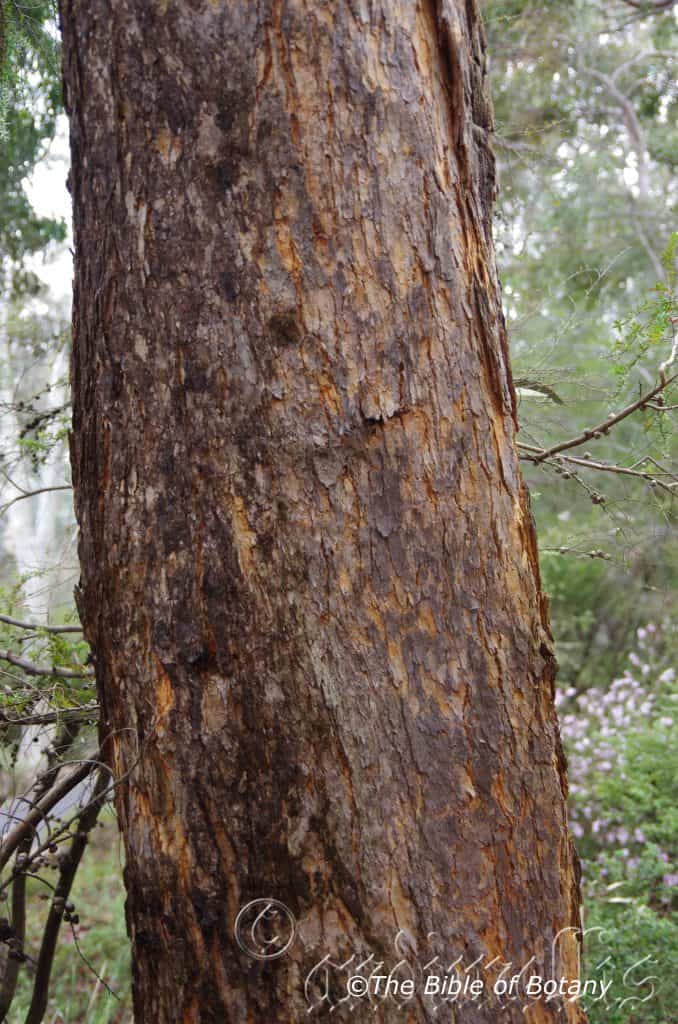
National Botanic Gardens ACT
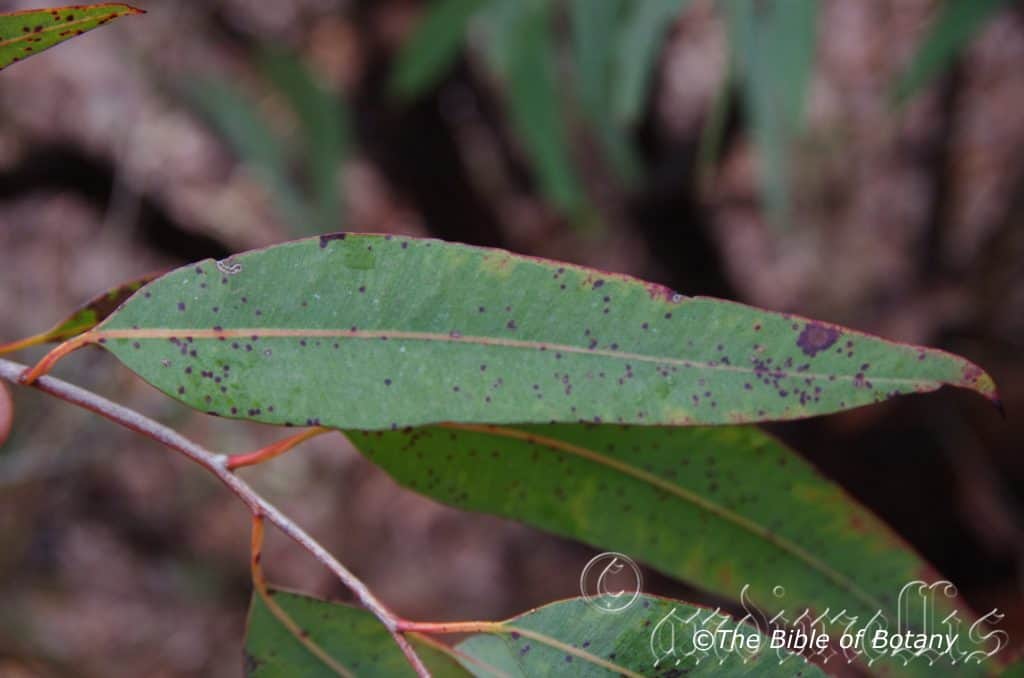
National Botanic Gardens ACT
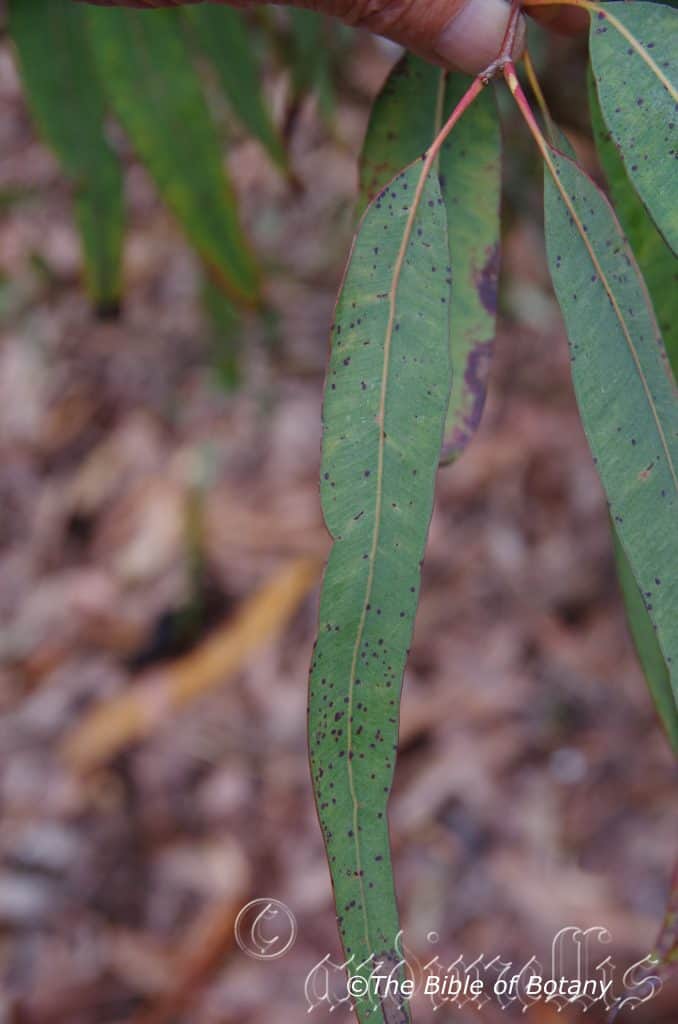
National Botanic Gardens ACT
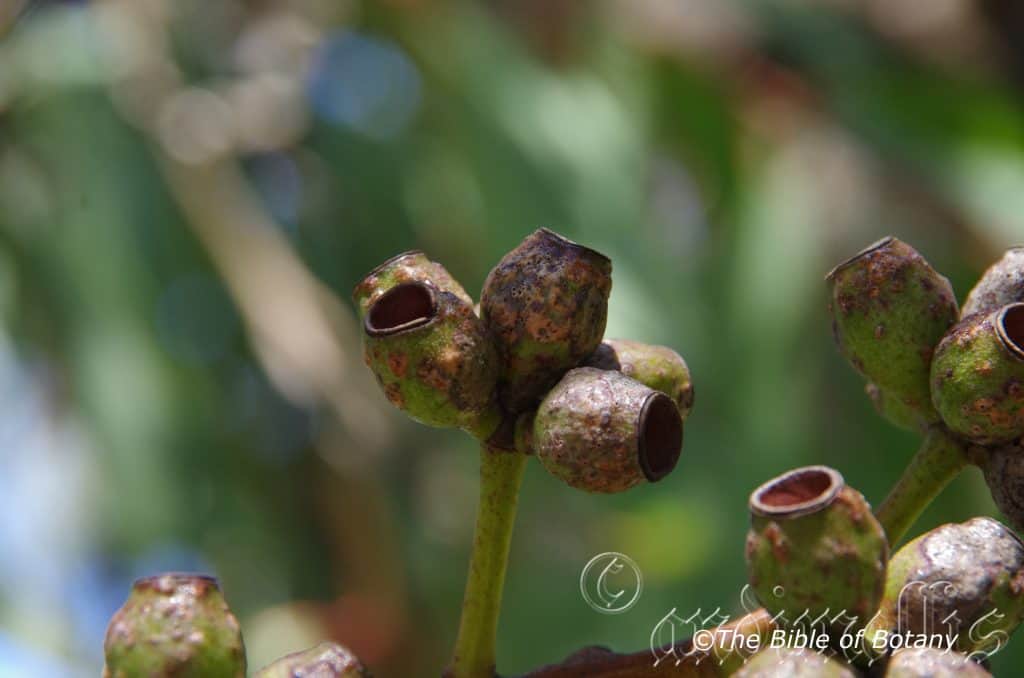
National Botanic Gardens ACT
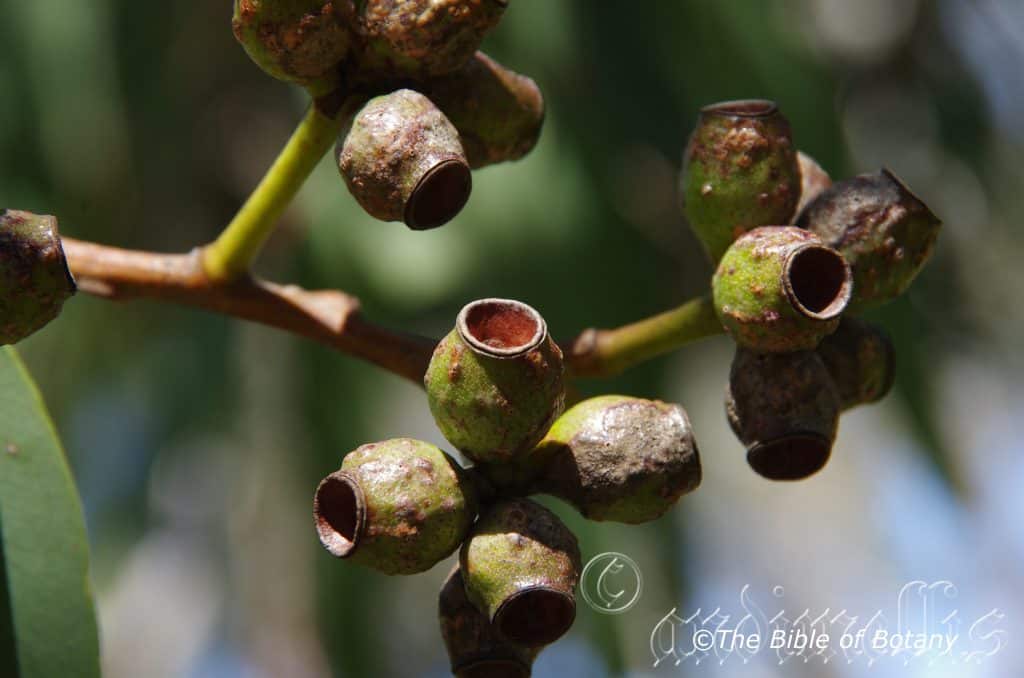
National Botanic Gardens ACT
Corymbia eximia
Classification:
Unranked: Eudicots
Unranked: Rosids
Order: Myrtales
Family: Myrtaceae
Genus: From Korymbos, which is Ancient Greek or CorymbÅsus, which is Latin for a cluster of flowers. It refers to flowers, where the stems branch from different levels on the stalk’s axis but ultimately terminate flowers are all at the same level.
Specie: From Eximius, which is Latin for distinguished or excellent. It refers to the plants, which have a rather distinguishable appearance amongst its peers.
Sub specie:
Common Name: Olive Mallee or Nunniong Gum (From the local Aboriginal word for the tree).
Distribution:
Corymbia eximia is restricted to a very small area in central northern Victoria. It is found in the Victorian Alps on Nunniong Plateau with a disjunct population on the Cobberas Mountains.
https://avh.ala.org.au/occurrences/search?taxa=Corymbia+eximia#tab_mapView
Habitat Aspect Climate:
Corymbia eximia prefers full sun. It grows in exposed situations in hilly or low mountainous country on a few ridges on the upper southern and northern slopes of knolls. The altitude ranges from 1420 meters ASL to 1500 meters ASL.
The temperatures range from minus 7 degree in August to 28 degrees in January.
The rainfall ranges from lows of 1000mm to an average of 1600mm annually of which most falls as snow.
Soil Requirements:
Corymbia eximia prefers moderately poor skeletal light sandy clays to pure sand over sandstone. The soils are usually derived from decomposed sandstone. The soils pH ranges from 4.5pH to 6pH. It does not tolerate waterlogged soils. Non saline soils to moderately saline soils are tolerated.
Height & Spread:
Wild Plants: 4m to 6m by 4m to 6m or 15m to 20m by 7m to 10m..
Characteristics:
Corymbia eximia is a small mallee or has single trunk tree. The typically peppermint bark is persistent on the trunk to the larger branches. It is shortly fibrous and grey to grey-brown and is grey and smooth above to the smallest branchlets. The bark decorticates in long ribbons. The new flushes are smooth, and glaucous pink turning red as they age.
Corymbia eximia s juvenile and coppice stems are terete and glaucous. The opposite disjunct leaves are ovate. The concolourous laminas are a beautiful pale to mid blue to blue-green, glabrous and glaucous. The margins are entire.
The alternate, disjunct, lanceolate to broad lanceolate falcate leaves of Corymbia eximia measure 70mm to 150mm in length by 16mm to 33mm in width. The terete petioles measure 10mm to 30mm in length. The slightly oblique bases are tapering rounded while the apexes are acuminate. The concolourous laminas are semi glossy to glossy, bluish-green to grey-green and glabrous. The margins are entire while the mid vein is slightly prominent on both laminas. The lateral penniveins are faintly visible on the both laminas while the intramarginal veins are close to the margin.
The inflorescences of Corymbia eximia are umbellasters born auxiliary along the stems. There are 11 individual white flowers to an umbellaster. The new growth bearing the umbellasters is purplish, reddish-green, pinkish-green, pink, orange or red. The terete or angular peduncles are glabrous and measure 5mm to 13mm in length while the terete pedicels measure 2mm to 5mm in length. The clavate buds are yellowish, glabrous and measure 4mm to 6mm in length by 2mm to 4mm in diameter. The hemispherical calyptra at times rostrate and is shorter than and as wide is as the hypanthium. A bud scar is absent.
The white stamens measure 5mm to 8mm in length. The cream, orbicular anthers are dorsifixed and are all fertile. The creamy-yellow to red style measures 2mm to 4mm in length. The disc is pale yellow. The flowers appear from mid September to November.
The fruits of Corymbia eximia are quite variable and include hemispherical, conical, pyriform or ovoidal woody capsules known as gum nuts. The deep green gum nuts measure 5mm to 7mm in length by 5mm to 7mm in diameter at the widest point. The disc is flat or exserted with the 4 triangular valves that are level with the disc.
Wildlife:
The flowers of Corymbia eximia are heavy yielders of good quantities of good quality nectar and pollen. This makes them attractive to honeyeaters, lorikeets and apiarists along the east coast. They also attract many insects and insectivorous birds when in flower.
Cultivation:
Corymbia eximia is a small to medium tree which is ideally suitable for smaller gardens where a Eucalyptus is required. It is slower growing than most Eucalyptus but make attractive garden specimens once established. They still look great and make good effect from an early age. It looks very effective when planted with other mallees or small Eucalyptus trees with contrasting foliages and growth habits. Another method is to grow one or two as trees and interplant with several plants that have been cut to induce the growth of several trunks. In the garden good specimens may grow from 12 meters to 15 meters in height by 3 meters to 5 meters in diameter when grown in the open as a single trunk tree or 6 meters to 12 meters in height by 6 meters to 7 meters as a multi trunk tree when grown in the open.
Like all Eucalyptus sp. leaf drop, dropping of small branches means continual lawn maintenance but then this means good quantities of leaf litter mulch.
Corymbia eximia can be used like many small Eucalyptus spp. to create that little bit of Australiana in the back yard. Often floral characteristics of a plant dictate our selection of plants for the garden. Remember that once a Eucalyptus sp. ; or in fact any tree, reaches a reasonable size, its trunk or bark can be the most prominent features seen. Among the eucalypts there are many different types of barks which include some of our beautiful peppermint barks. Grouping, mallees as mallees or as single trunk trees can add immeasurably to the interest within a small space. Corymbia eximia is one of those species whose multi stems and bark contrasts well with single stem species.
Small shrubs can be used to emphasize the open spaces surrounding a mallee or a small tree especially when mass plantings are done.
Corymbia eximia should be used more extensively due to its size in cultivation. It has a place in awkward corners against a fence to add privacy and remove the barrenness of the yard while giving extra depth.
Propagation:
Seeds: Sow into a seed raising mix. Cover the seeds with 2mm to 3mm of fine sand and place the trays in a warm sunny position. Keep the seeds moist but not wet. When the seedlings are 25mm to 50mm tall, prick them out and plant them into 50mm native tubes using a good organic mix.
Once the seedlings reach 200mm to 250mm in height plant them out into their permanent position. Mass plantings are best done in groups of 3 to 5 as a feature by planting them at 4 meter to 5 meter centers as a tree or 5 meters to 6 meters as a mallee.
Fertilize using Seaweed, fish emulsion or organic chicken pellets soaked in water and apply the liquid on an alternate basis. Fertilize every two month until the trees are well established then every spring to ensure good growth and flowering.
Further Comments from Readers:
Hi reader, it seems you use The Bible of Botany a lot. That’s great as we have great pleasure in bringing it to you! It’s a little awkward for us to ask, but our first aim is to purchase land approximately 1,600 hectares to link several parcels of N.P. into one at The Pinnacles NSW Australia, but we need your help. We’re not salespeople. We’re amateur botanists who have dedicated over 30 years to saving the environment in a practical way. We depend on donations to reach our goal. If you donate just $5, the price of your coffee this Sunday, We can help to keep the planet alive in a real way and continue to bring you regular updates and features on Australian plants all in one Botanical Bible. Any support is greatly appreciated. Thank you.
In the spirit of reconciliation we acknowledge the Bundjalung, Gumbaynggirr and Yaegl and all aboriginal nations throughout Australia and their connections to land, sea and community. We pay our respect to their Elders past, present and future for the pleasures we have gained.
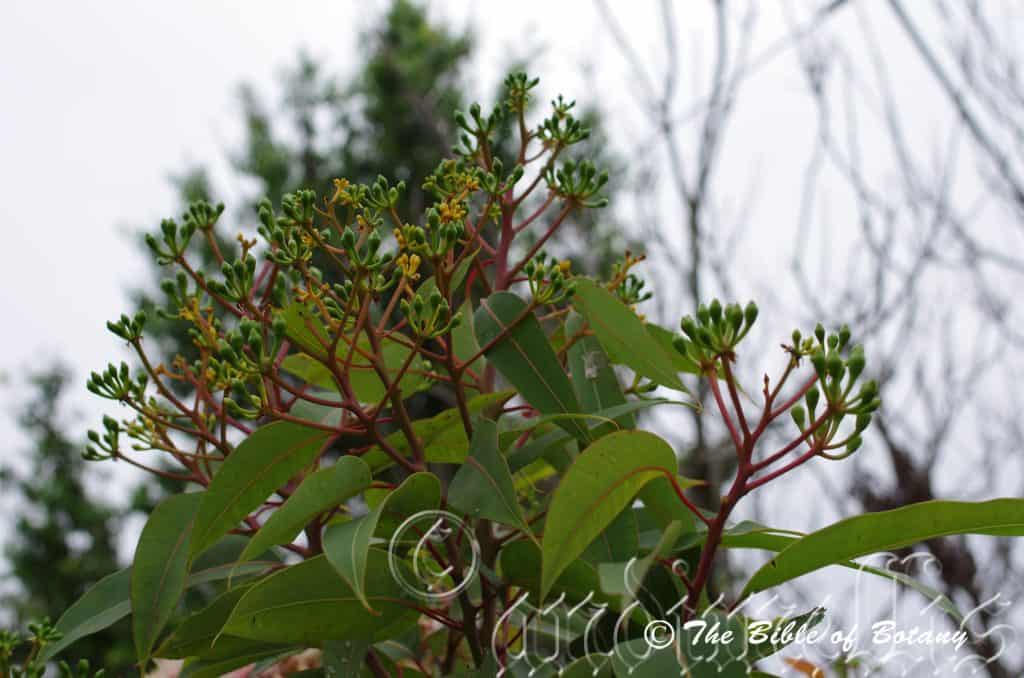
Grafton NSW
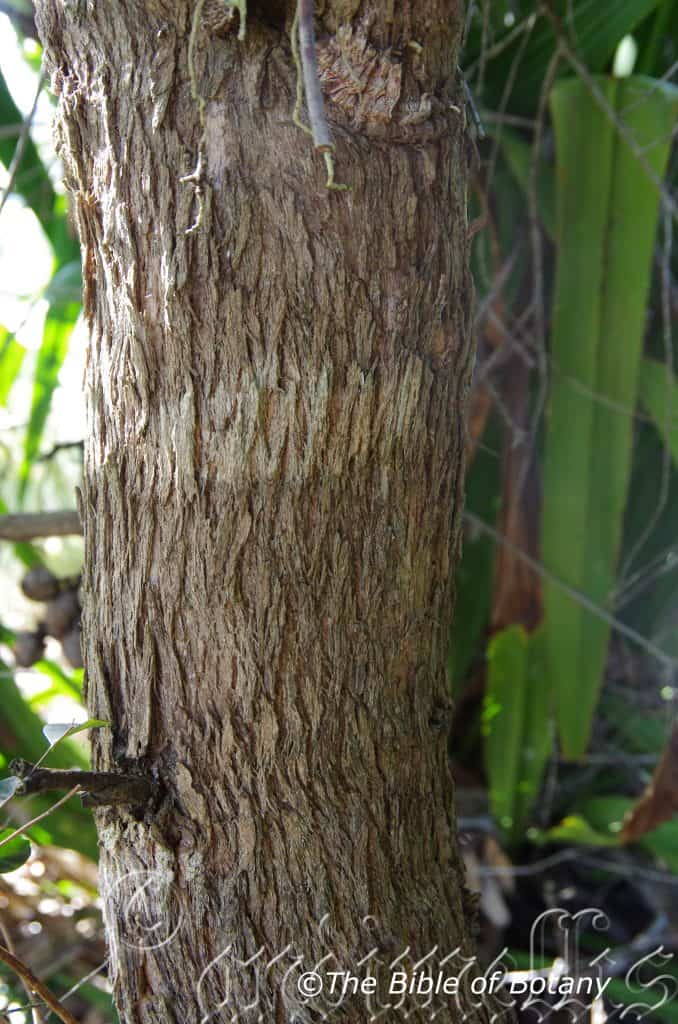
Grafton NSW
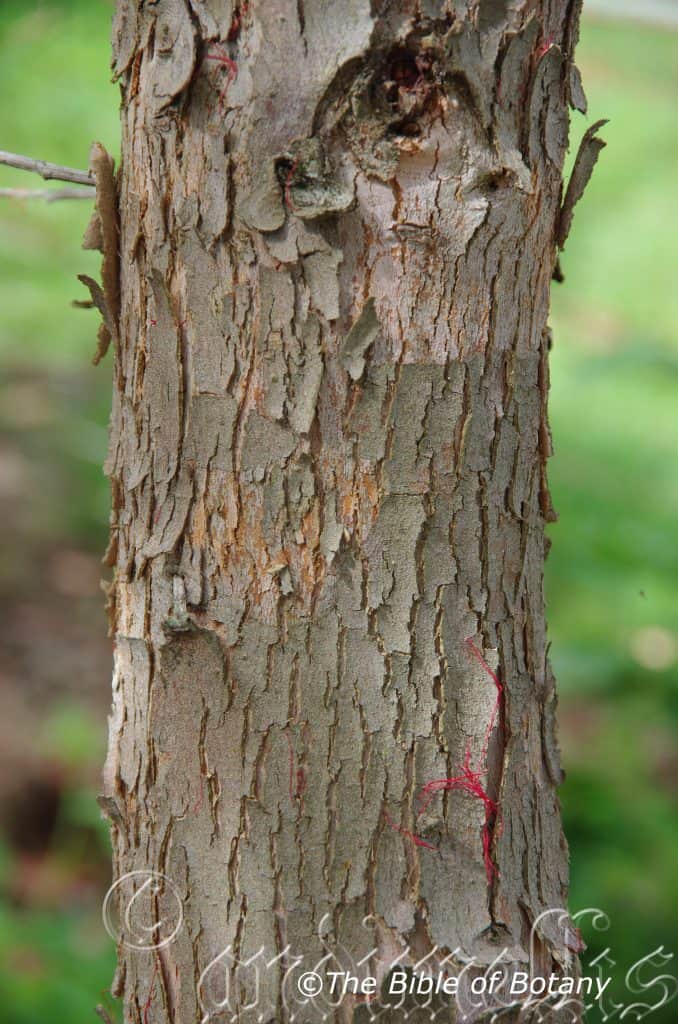
Grafton NSW
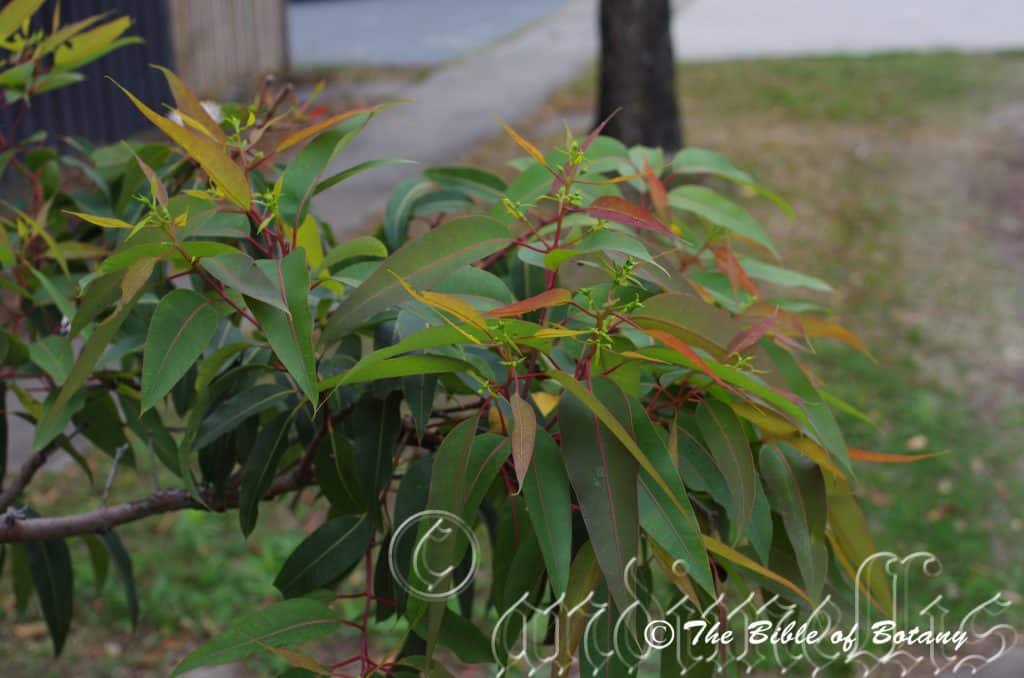
Cooparoo Qld.
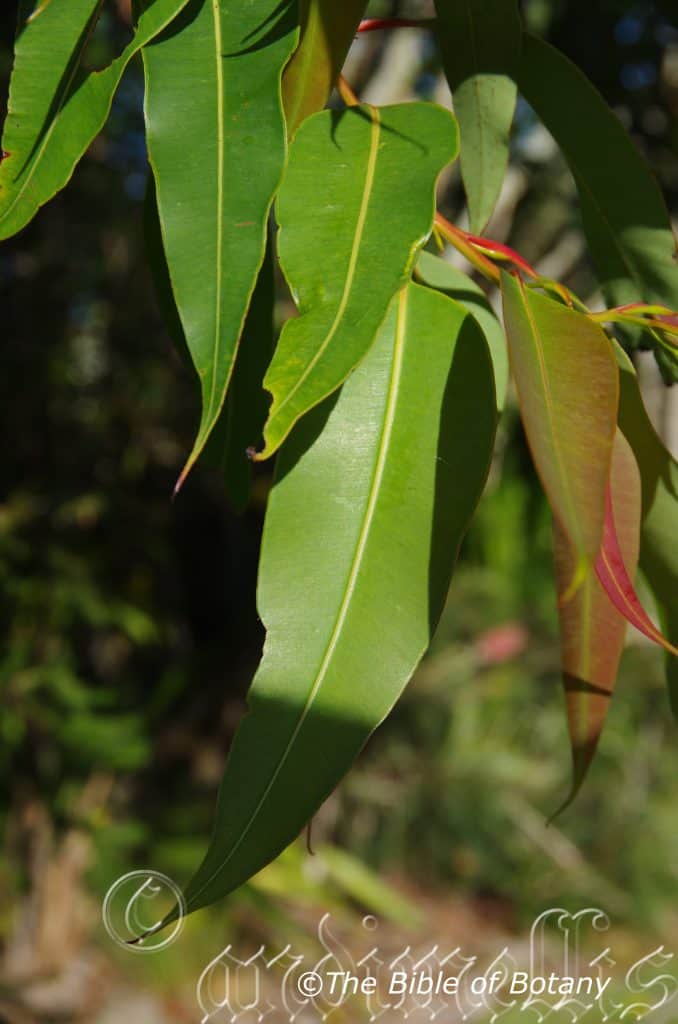
Grafton NSW
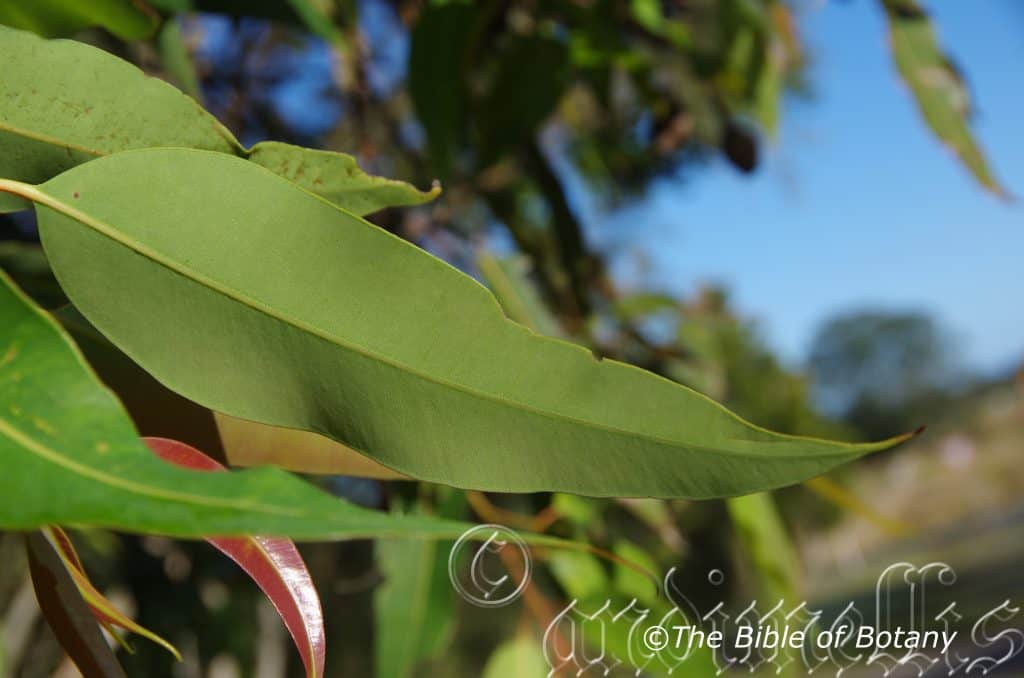
Grafton NSW
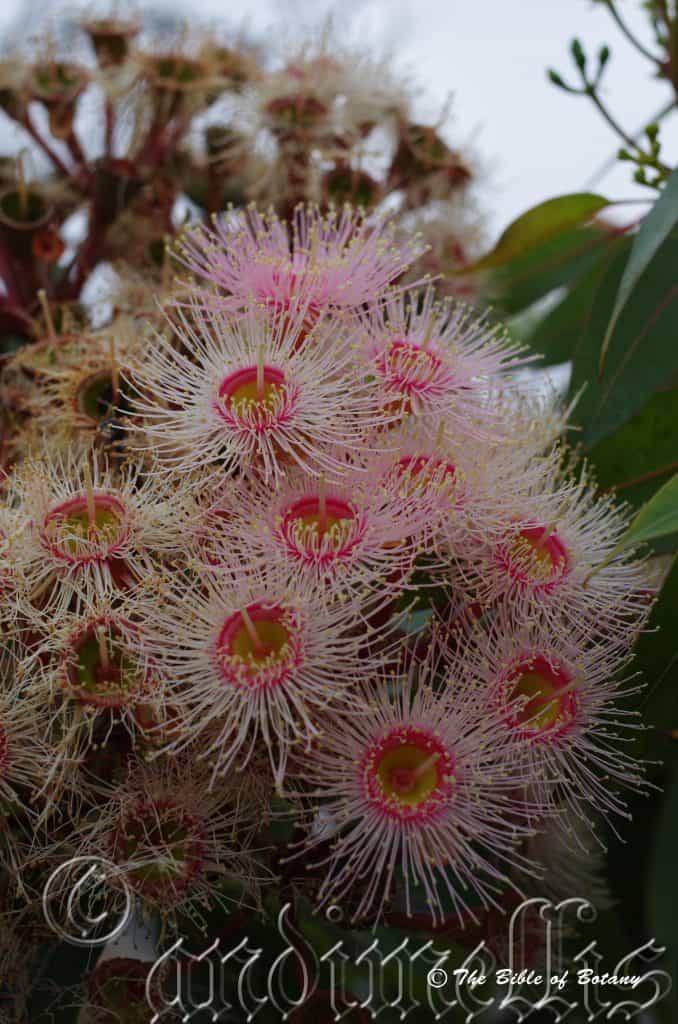
Cooparoo Qld.
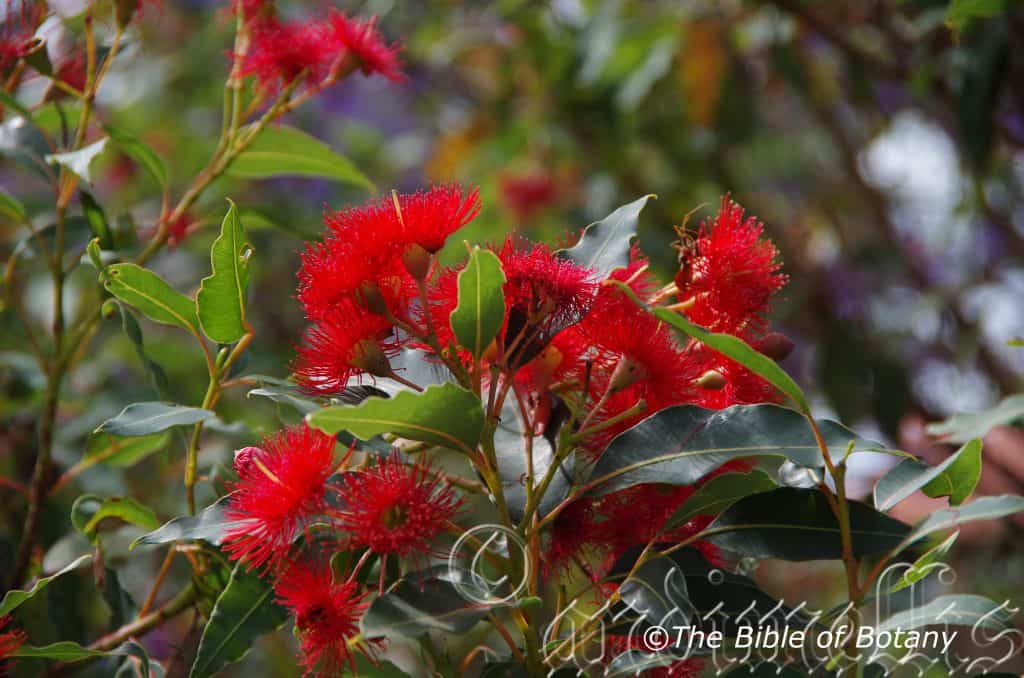
Grafton NSW
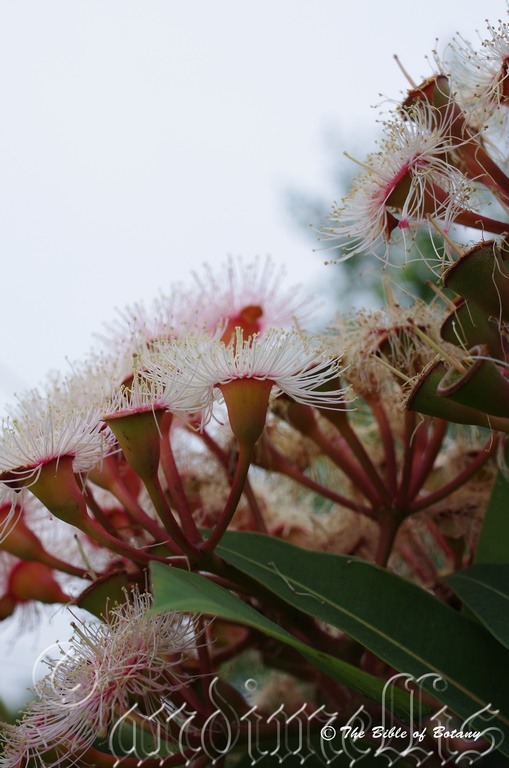
Cooparoo Qld.
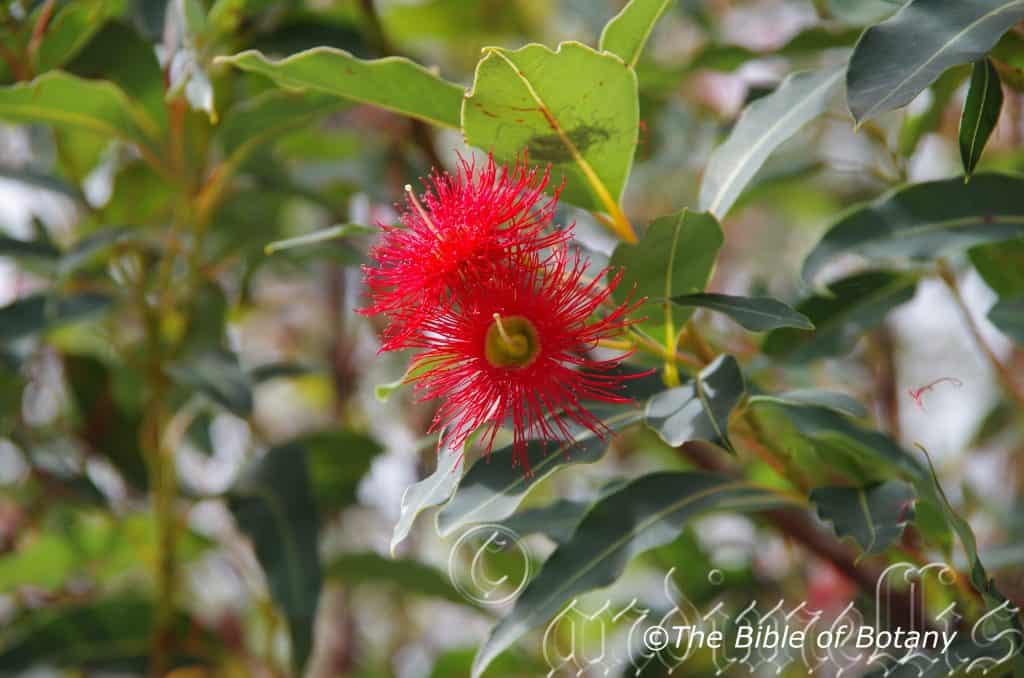
Grafton NSW
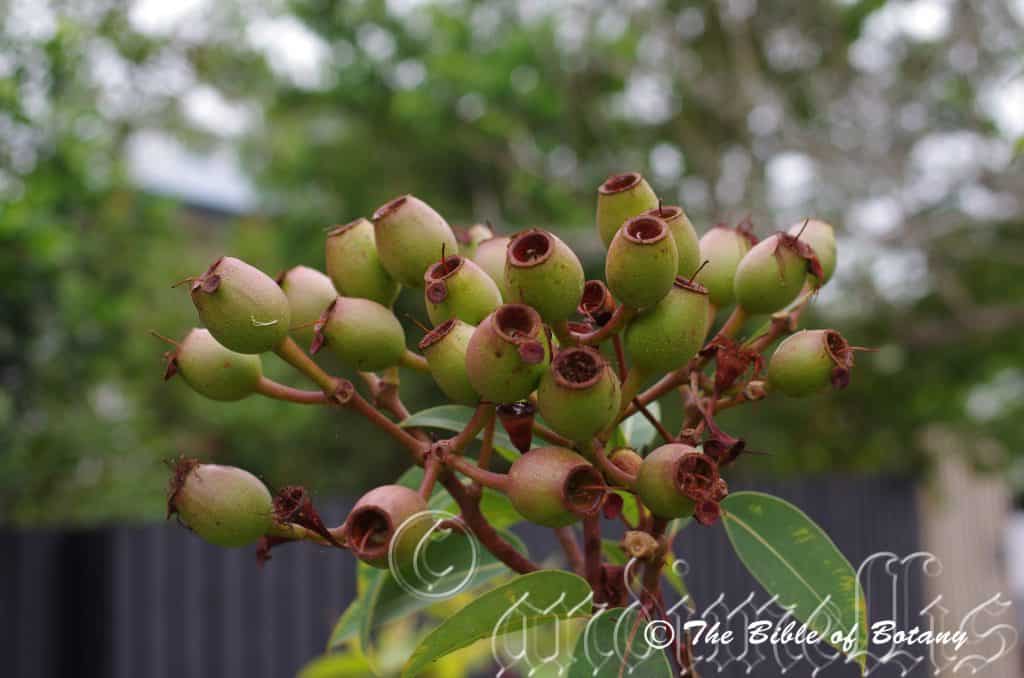
Cooparoo Qld.
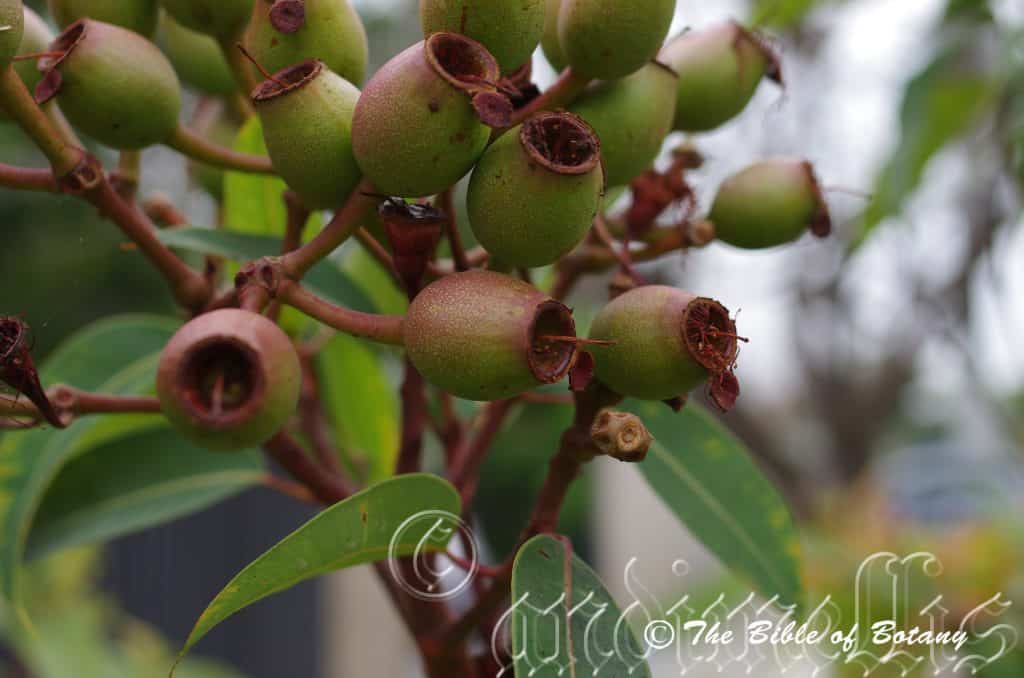
Cooparoo Qld.
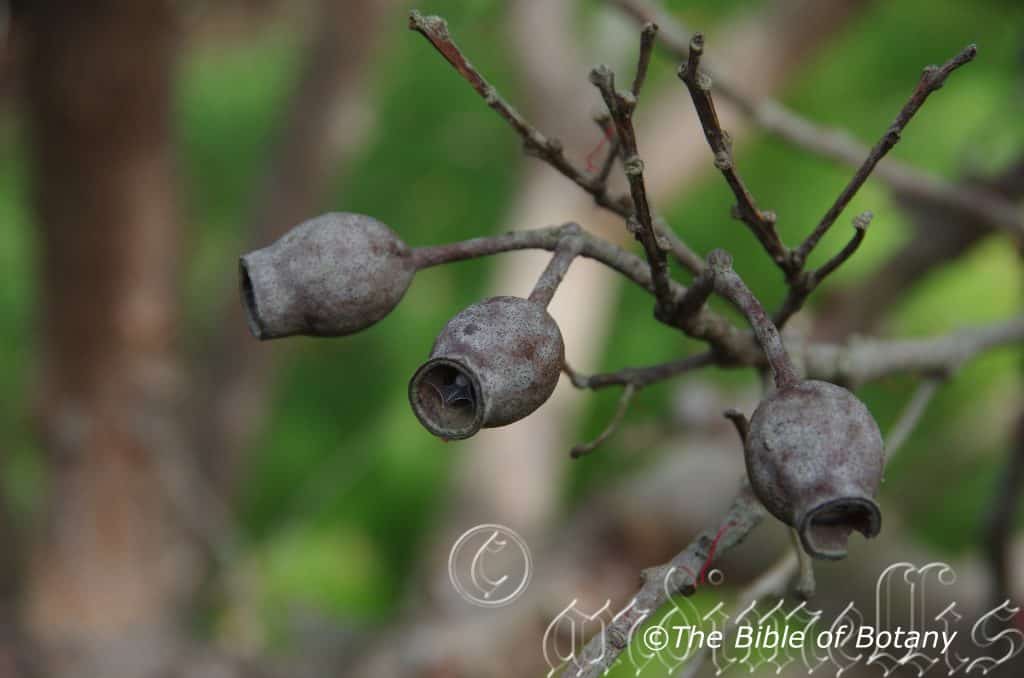
Grafton NSW
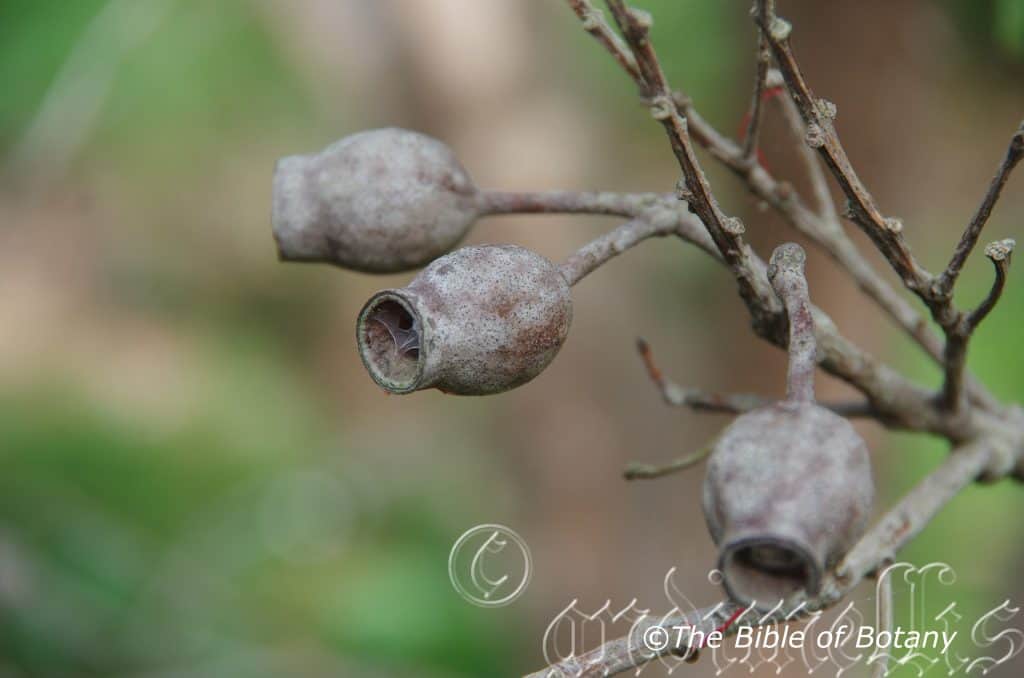
Grafton NSW
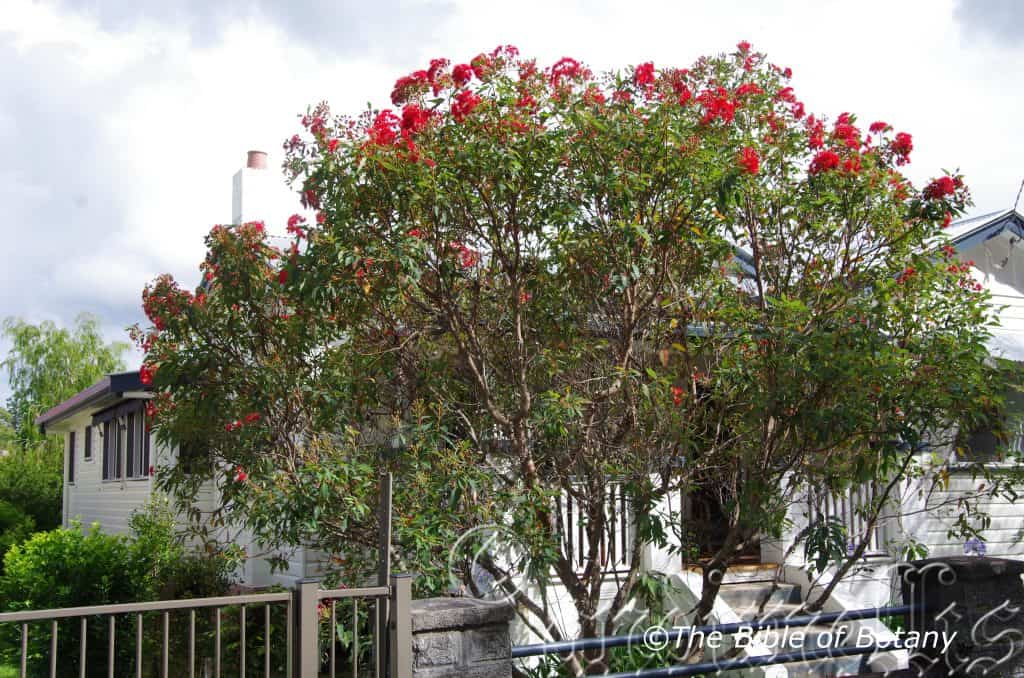
Grafton NSW
Corymbia ficifolia
Classification:
Unranked: Eudicots
Unranked: Rosids
Order: Myrtales
Family: Myrtaceae
Genus: From Korymbos, which is Ancient Greek or CorymbÅsus, which is Latin for a cluster of flowers. It refers to flowers, where the stems branch from different levels on the stalk’s axis but ultimately terminate flowers are all at the same level.
Specie: From Fici, which is Latin for a fig and Folia which is Latin for foliage. It refers to leaves, which resemble those of the Ficus genus.
Common Name: Red Flowering Gum.
Distribution:
Corymbia ficifolia grows in two localities in south Western Australia west of Albany.
https://avh.ala.org.au/occurrences/search?taxa=Corymbia+ficifolia#tab_mapView
Habitat Aspect Climate:
Aspect / Climate:
Corymbia ficifolia prefers full sun. It grows on gentle slopes or flats in dry schlerophyll forests or adjacent to wallum heaths. The altitude ranges from 10 meters ASL to 80 meters ASL.
The temperatures range from 3 degrees in July to 34 degrees in January.
The rainfall ranges from lows of 500mm to an average of 1600mm annually.
Soil Requirements:
Corymbia ficifolia grows on white or grey sands, sandy loams to light sandy clays with gravel. The soils pH ranges from 6.5pH to 6.5pH.
It does not tolerate waterlogged soils. Non saline soils to very saline soils are tolerated as are salt laden winds.
Height & Spread:
Wild Plants:8m to 10m by 6m to 8m.
Characteristics:
Corymbia ficifolia is a medium size tree which is often very straggly in habit. The trunk’s bark is brown rough with short fibres and deeply longitudinally furrowed on the lower trunk becoming less so as they reach the branches. The branchlets are light green to pink or deep pink and green. Juvenile branchlets are glabrous and pink to deep red. A lignotuber is formed below the surface of the ground.
The alternate disjunct ovate to broadly lanceolate leaves of Corymbia ficifolia are straight glabrous and measure 75mm to 150mm in length by 22mm to 55mm in width. The bases are cuneate to cuneate-rounded and at times almost truncate even on the same tree while the apexes are acute to broad acute. The discolourous laminas are deep sea green on the upper lamina while the lower lamina is slightly paler. The margins are entire. The mid vein is slightly prominent on both laminas. An almost confluent intramarginal vein is present. The petioles measure 8mm to 25mm in length.
The alternate disjunct juvenile leaves are elliptical to ovate, opposite on seedlings for the first two or three pairs. They are ovate to broadly lanceolate with the base on the lower leaves being peltate before developing to cordate, rounded or truncate.
The inflorescences of Corymbia ficifolia are born on as terminal corymbs. The terminal corymbs measure 150mm to 200mm in length. There are 4 to 7 umbellaster on each corymb with 7 buds on each umbel. The umbellaster peduncles measure 30mm to 50mm in length while the rachises measure 30mm to 40mm in length and the pedicles measure 10mm to 15mm in length. Individual buds are yellow green and pink or green with a pink operculum. The buds are obovoid to pyriform measuring 12mm to 18mm in length by 6mm to 8mm in diameter. The operculum is very broadly round while the apex of the operculum has a distinct mucronate tip. The scarlet red, pale pink to deep pink, orange to deep orange and rarely white flowers are 50mm to 55mm in diameter. The stamens are 24mm to 30mm long. The stamens are inflexed 90degrees a third of way along their length. The anthers are white, cream, orange or pink. The style measures 16mm to 26mmm in length rising from the yellow to orange disc. Flowering is from January to May and September.
The fruits of Corymbia ficifolia are glabrous ovoid urceolate capsules or gum nuts. The gum nuts are a reddish brown with very fine white spots more prolific towards the base. They measure 22mm to 42mm in length by 18mm to 30mm in diameter and have a 9mm inserted disc below the hypanthia and have 3 valves. The deep brown to black seeds which are winged on one end and partly on the sides are flat and roughly elliptical.
Wildlife:
Corymbia ficifolia is popular with lorikeets and other honey eating birds. They also attract a lot of insects including the native bee which in return attract many insect eating birds. Possums and gliders feast on the flowers and nectar.
Cultivation:
Corymbia ficifolia is a smaller tree which is ideal for all gardens away from buildings as it has a tendency to drop small branches throughout the year. It is hardy on all most sandy soil types in temperate Australia. It is quick growing and can tolerate light to medium frosts when young and heavy frosts as an adult tree. Trees have a greater spread and are shorter in cultivation usually growing 8 meters to 10 meters by 9 meters to 10 meters in diameter. They can be pruned back to the lignotuber after the third year where they will form more stems for flowering.
Grafted trees are now available in nurseries which guarantee flower colour and size of mature trees but you lose the variety of leaf form and flower colour when mass planted as only certain forms have been selected for grafting.
I do not recommend Corymbia ficifolia outside the temperate zones in Victoria, South Australia or Western Australia as the trees become very straggly and susceptible to fungus attack. A far better choice is Corymbia ptycocarpa which also has a wide variation in flower colour. There is also a wide variety of hybrids coming onto the market which are crosses between Corymbia ficifolia and Corymbia ptycocarpa.
Corymbia ficifolia can be grown as a tree or shrub. It makes an excellent feature if an imagination is included in the landscaping field. Try plantings in mass at irregular spaces between 10 meters and 12 meters in different patterns particularly if seedling plants are used as the various colours and extended flowering period makes the flow of curving lines, heights, flowering colours leaf size and shape with tree forms and shrub forms more interesting and worthwhile investigating.
Also consider using the trees in the center and surrounding them with shrubs or dwarf forms, this way flowering is at many different levels. As shrubs and trees are mingled together an impenetrable block can be made of sheer beauty contrasting the large leaves with height and width. I am planting Corymbia ficifolia with Leptospermum polygalifolium at the Pinnacles to attract the birds. This combination will make anything else nearby in flower at the time look second rate so it will be necessary to plant nearby flowering trees and shrubs so they have a different flowering season.
When grafted plants are being grown the stock will be very vigorous in the early years so you need to be vigilant and take the secateurs to any new shoots that appear below the graft and severe them immediately.
Propagation:
Seeds: Sow fresh seeds into a seed raising mix and cover with 5mm of the mix. When the seedlings are 50mm to 60mm tall, prick them out and plant them into 50mm native tubes using a good organic mix.
Once the seedlings reach 200mm to 250mm in height plant them out into their permanent position. Feature plants in groups of 3 to 5 are best done with plantings at around 8 meter to 10 meter centers. Try plantings for mass plantings at spaces between 6 meters and 12 meters in different patterns particularly if seedling plants are used where colour variation may be extensive.
The best method of grafting is likely to be approach grafting using Corymbia ptycocarpa or Corymbia citriodora sub sp. variegata as the stock plant.
Approach Grafting:
- The stock plant is allowed to grow normally in a pot to 300mm to 350mm tall. Trim leaves off at the area where the union will take place.
- The scion is also allowed to grow in a pot to 300mm to 350mm tall. Trim leaves off at the area where the union will take place.
- Remove the top of the stock plant about 50mm above the area of where the union will take place.
- The stock plant now has a 10mm to 15mm slice removed from one side of the stem or trunk with the knife after the blade has been sterilized. DO NOT TOUCH THE NEW CUT WITH THE FINGERS. Contaminants and oil may affect the bond.
- The scion plant now has a 10mm to 15mm slice removed from one side of the stem or trunk with the knife after the blade has been sterilized. Make sure the cuts align before you cut the scion. DO NOT TOUCH THE NEW CUT WITH THE FINGERS. Contaminants and oil may affect the bond.
5.Bring the scion and stock together so that they touch and can be taped together tightly. If this is done outdoors make sure the two sections are stable and won’t get blown about and kill the union.
- Wrap the grafting tape around the stock and scion starting from the bottom and moving to the top of the graft and back down again. Tie the tape off. Start about 10mm to 15mm below the graft and finish 10mm to 15mm above the graft.
- Apply grafting mastic, plasticine over the tape to ensure water does not enter the site.
- The graft if successful will see the scion shoot new growth in 4 to 6 weeks. There is no need to remove the tape if a good quality one is used as it will expand as the union takes and will eventually split.
- Make a cut below the graft on the scion so that it is no longer reliant upon its own roots. Make this cut as close as possible to the union using a sterile sharp pair of secateurs. Seal the wound with grafting wax. Be careful not to damage the union.
- Remove by trimming the stock plant back as close as possible to the union with a sterilized pair of sharp secateurs. Seal the wound with grafting wax. Be careful not to damage the union.
Fertilize using Seaweed, fish emulsion or organic chicken pellets soaked in water on an alternate basis. Fertilize every two months until the plants are established then annually in early September or March to maintain health, vitality and better flowering.
Further Comments from Readers:
Hi reader, it seems you use The Bible of Botany a lot. That’s great as we have great pleasure in bringing it to you! It’s a little awkward for us to ask, but our first aim is to purchase land approximately 1,600 hectares to link several parcels of N.P. into one at The Pinnacles NSW Australia, but we need your help. We’re not salespeople. We’re amateur botanists who have dedicated over 30 years to saving the environment in a practical way. We depend on donations to reach our goal. If you donate just $5, the price of your coffee this Sunday, We can help to keep the planet alive in a real way and continue to bring you regular updates and features on Australian plants all in one Botanical Bible. Any support is greatly appreciated. Thank you.
In the spirit of reconciliation we acknowledge the Bundjalung, Gumbaynggirr and Yaegl and all aboriginal nations throughout Australia and their connections to land, sea and community. We pay our respect to their Elders past, present and future for the pleasures we have gained.
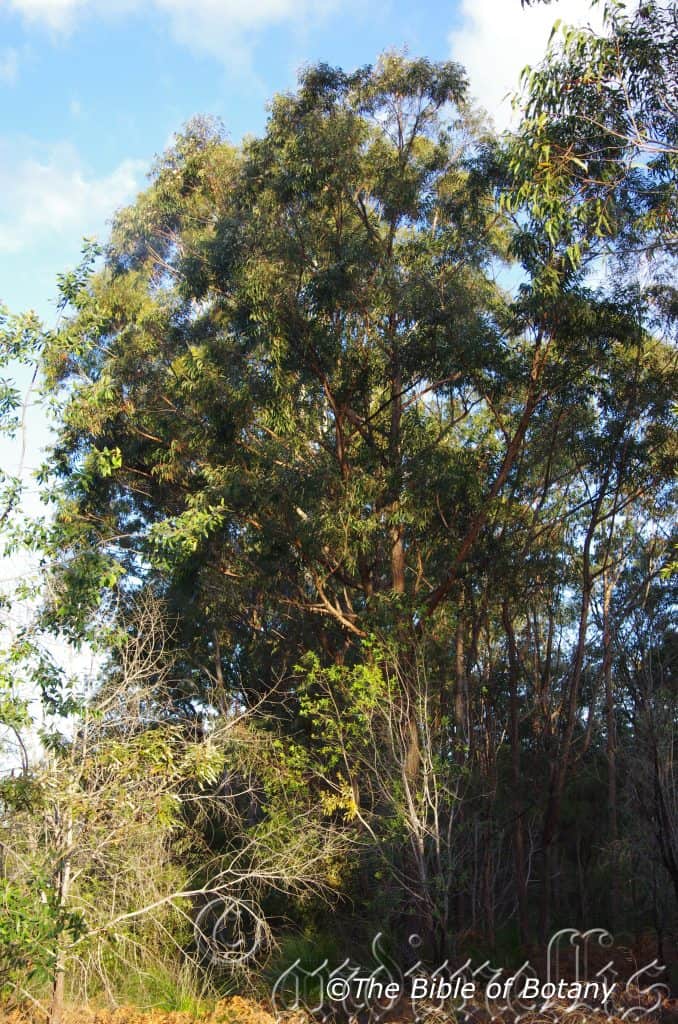
The Pinnacles NSW
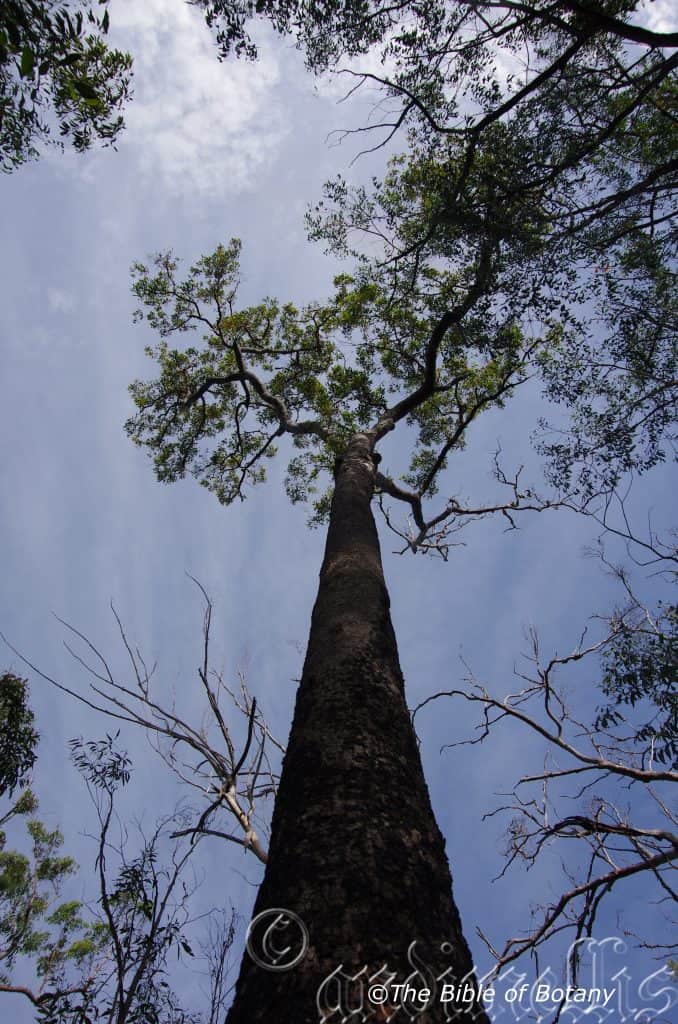
The Pinnacles NSW
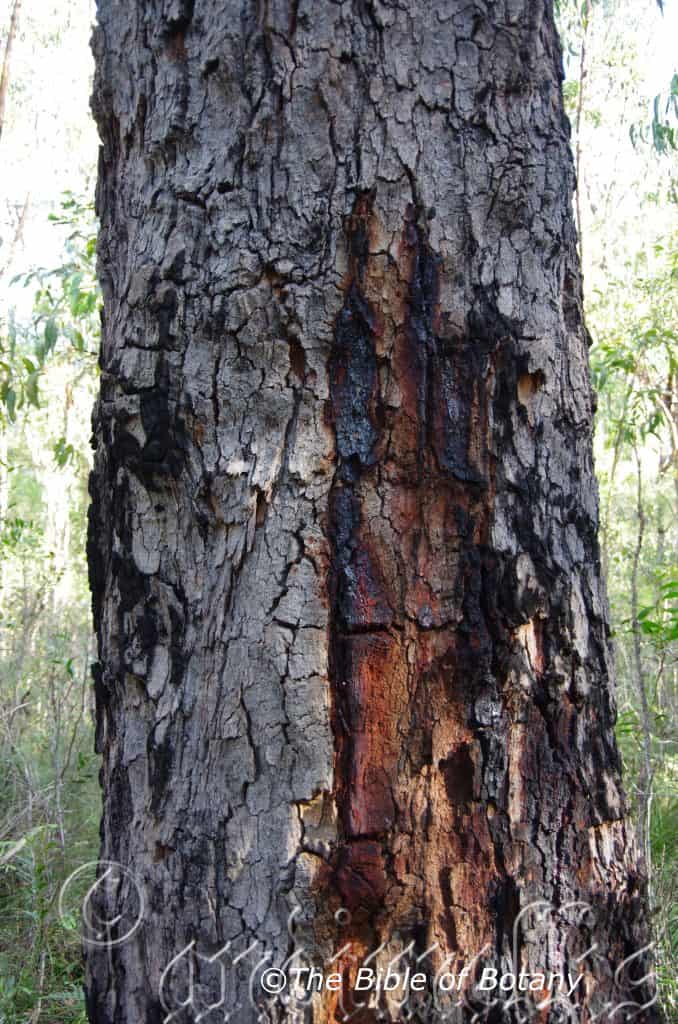
The Pinnacles NSW
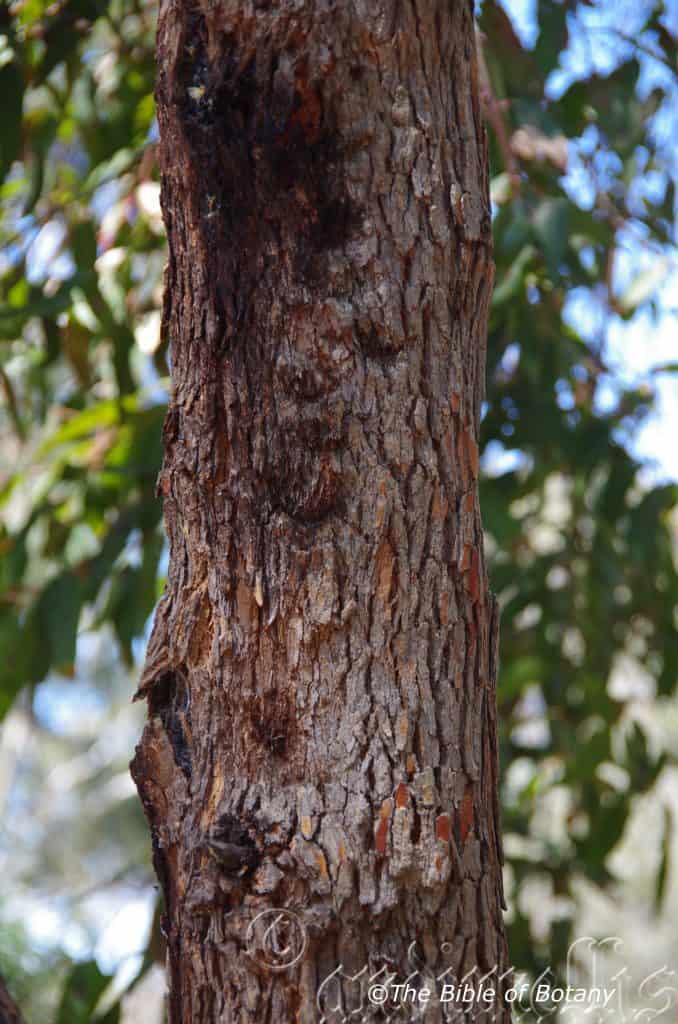
National Botanic Gardens ACT
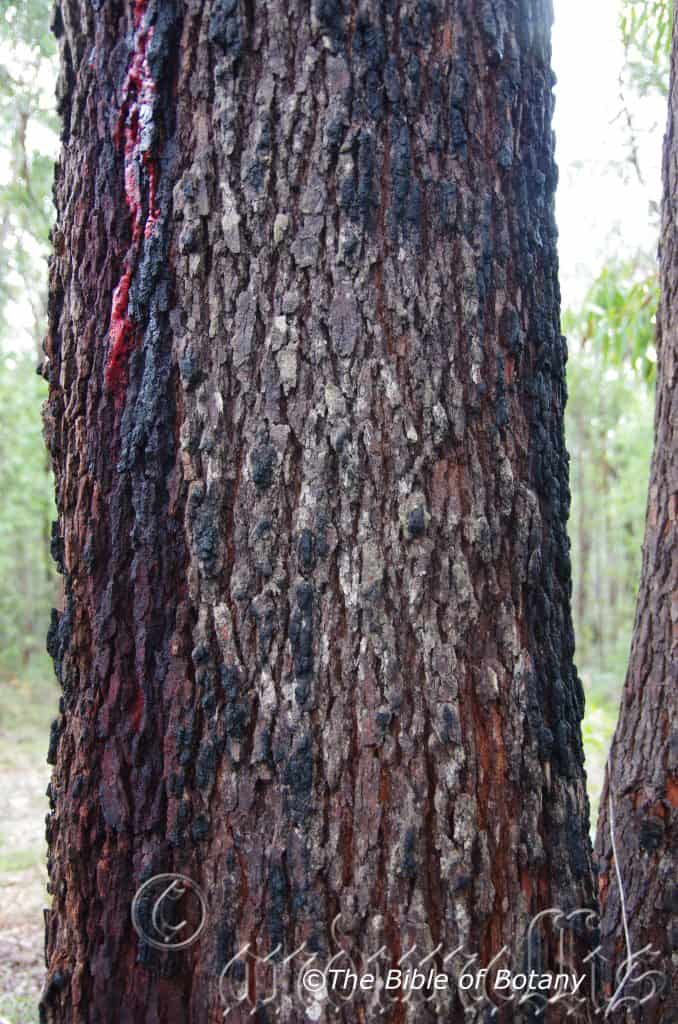
Author’s Garden The Pinnacles NSW
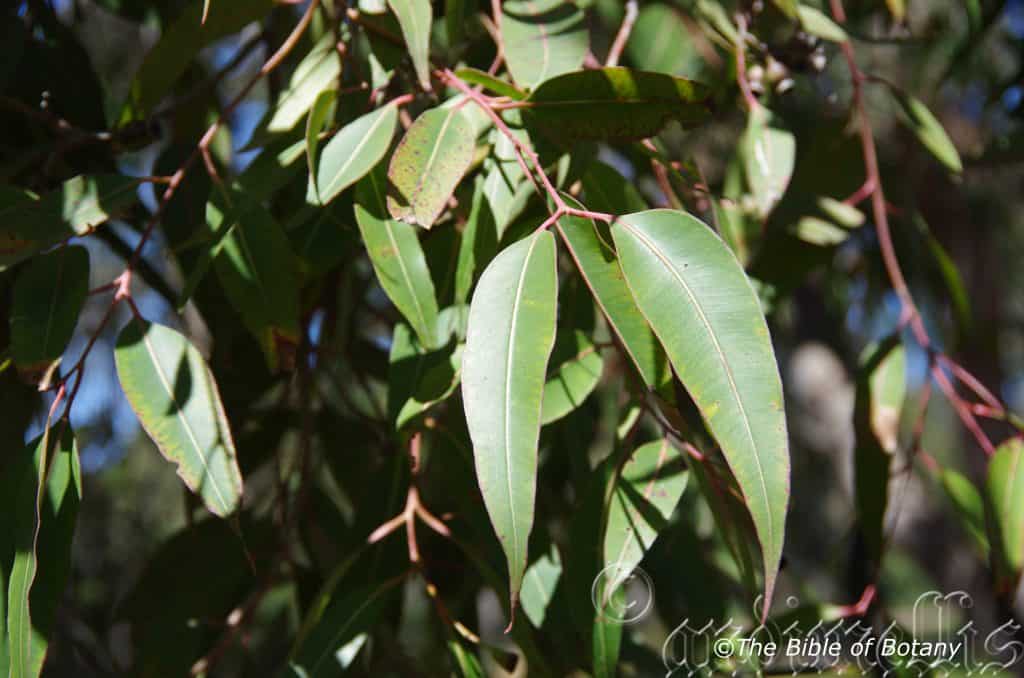
Sherwood Nature Reserve NSW
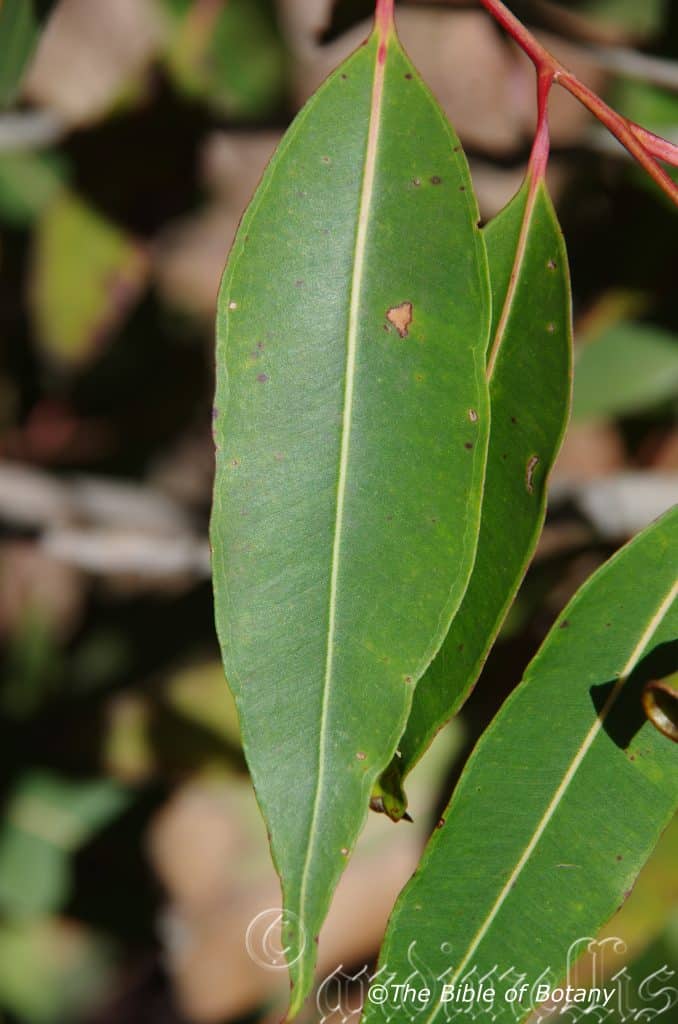
Sherwood Nature Reserve NSW
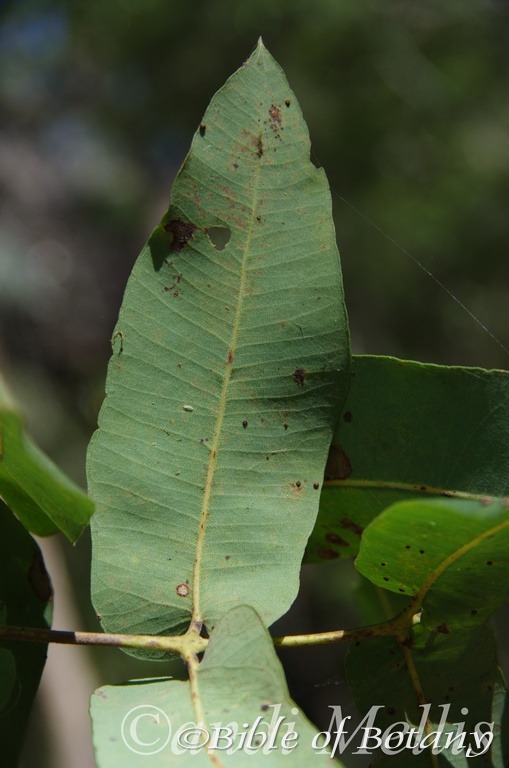
Sherwood Nature Reserve NSW
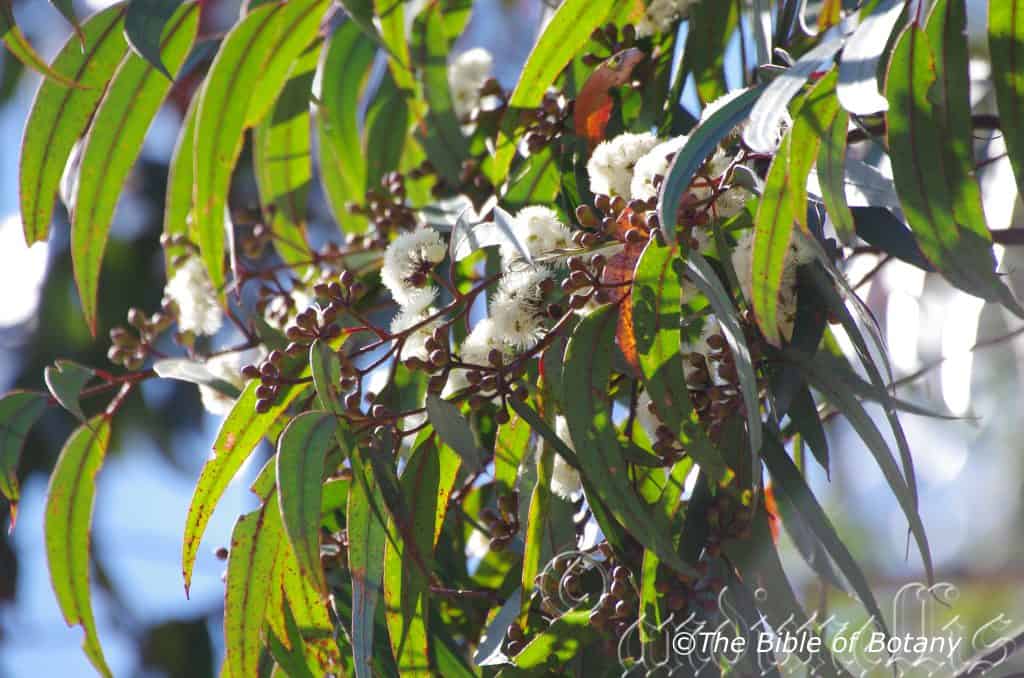
The Pinnacles NSW
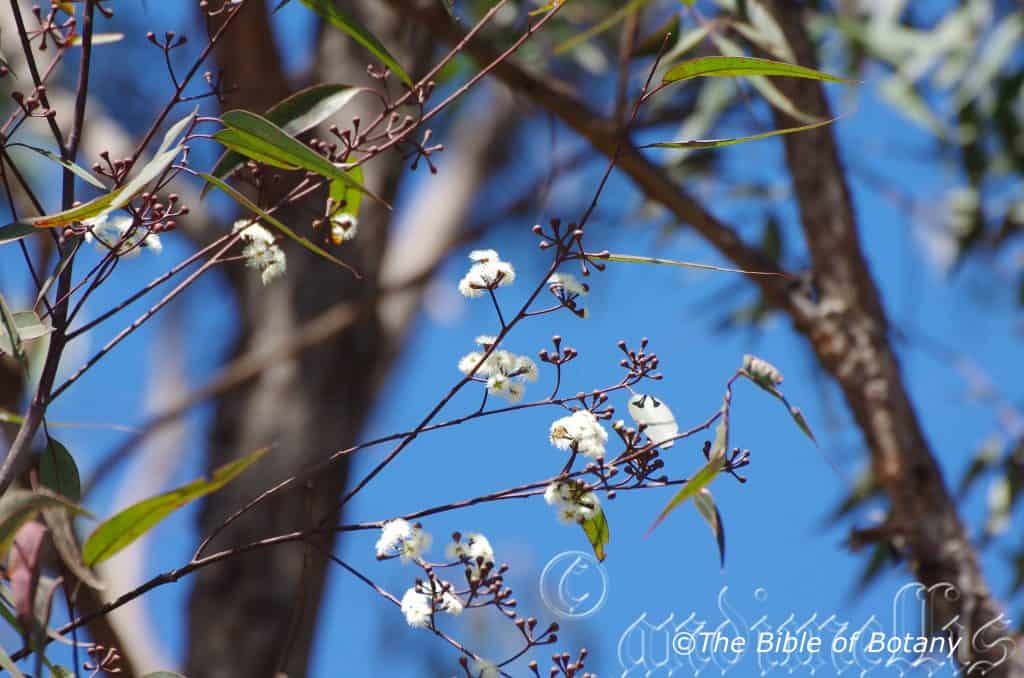
The Pinnacles NSW
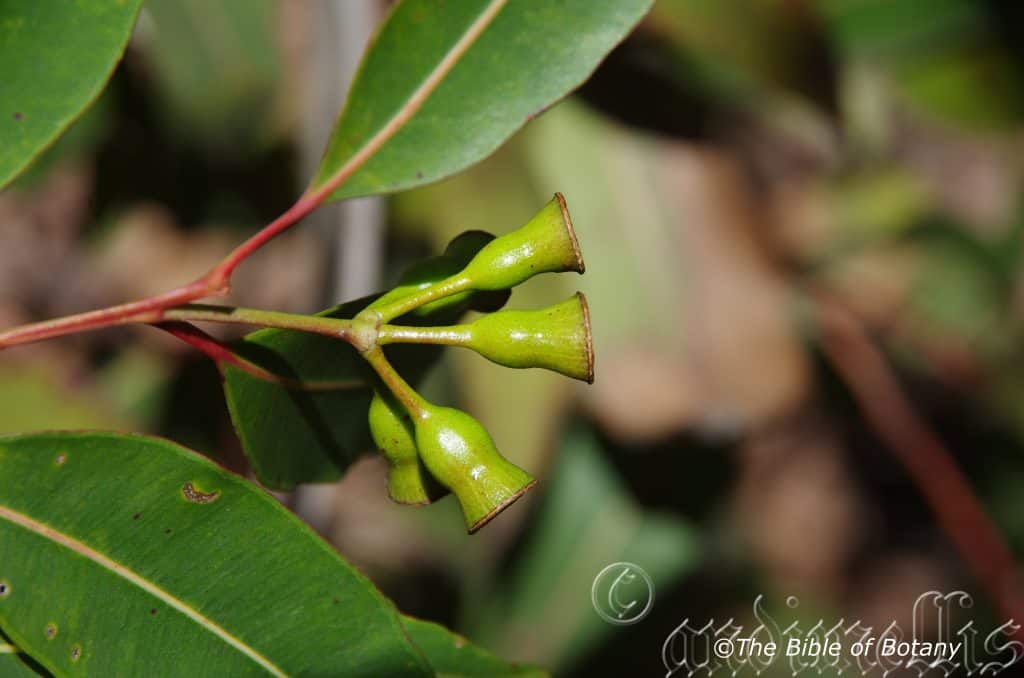
National Botanic Gardens ACT
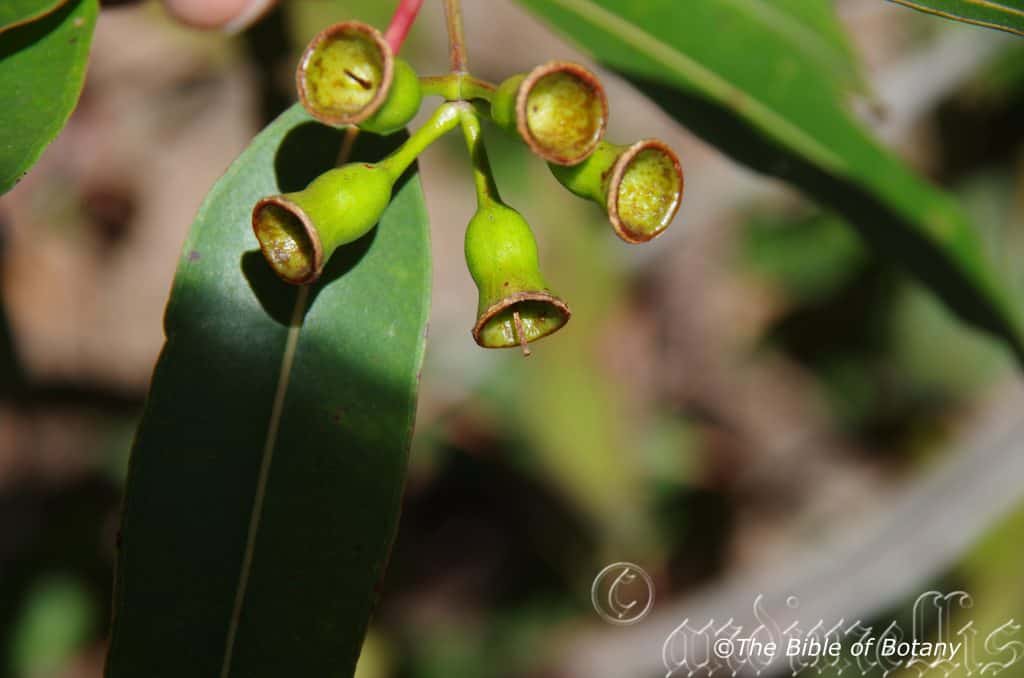
National Botanic Gardens ACT
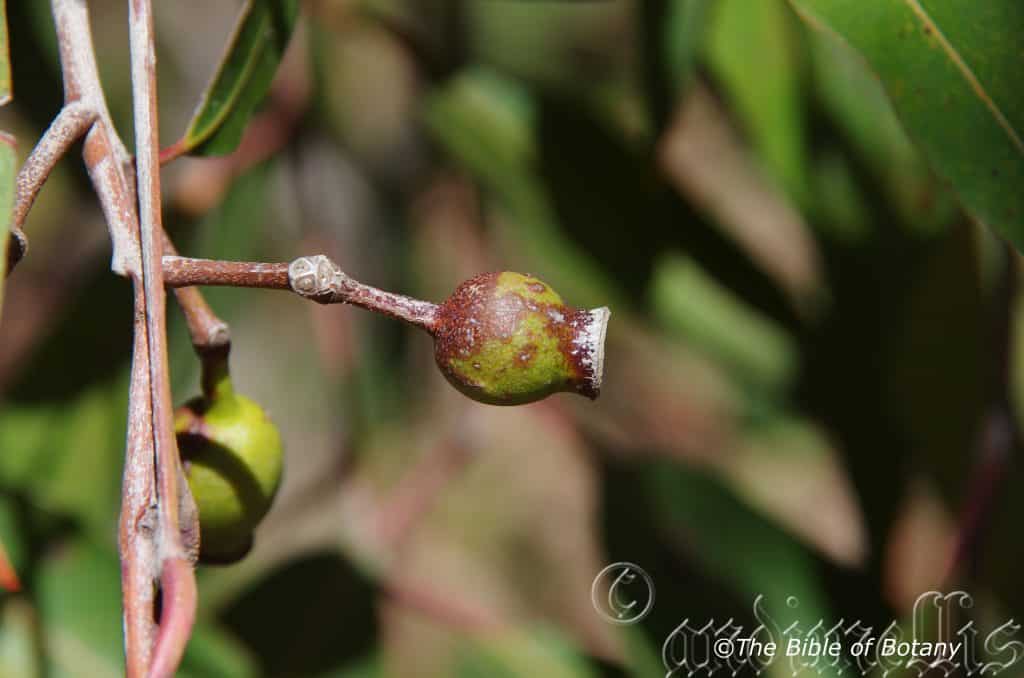
National Botanic Gardens ACT
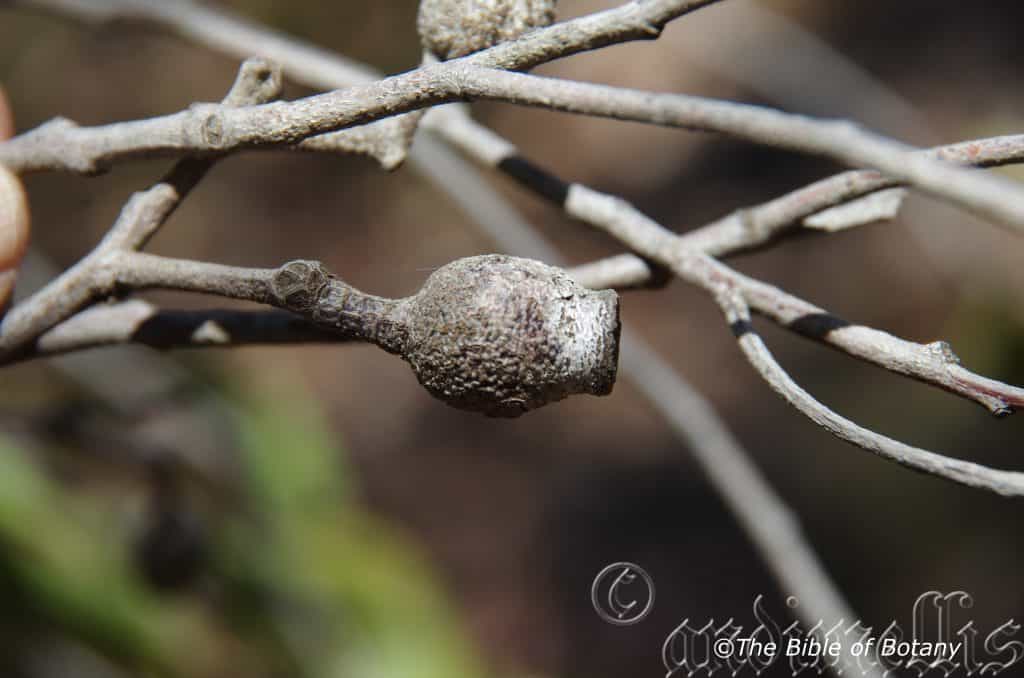
National Botanic Gardens ACT
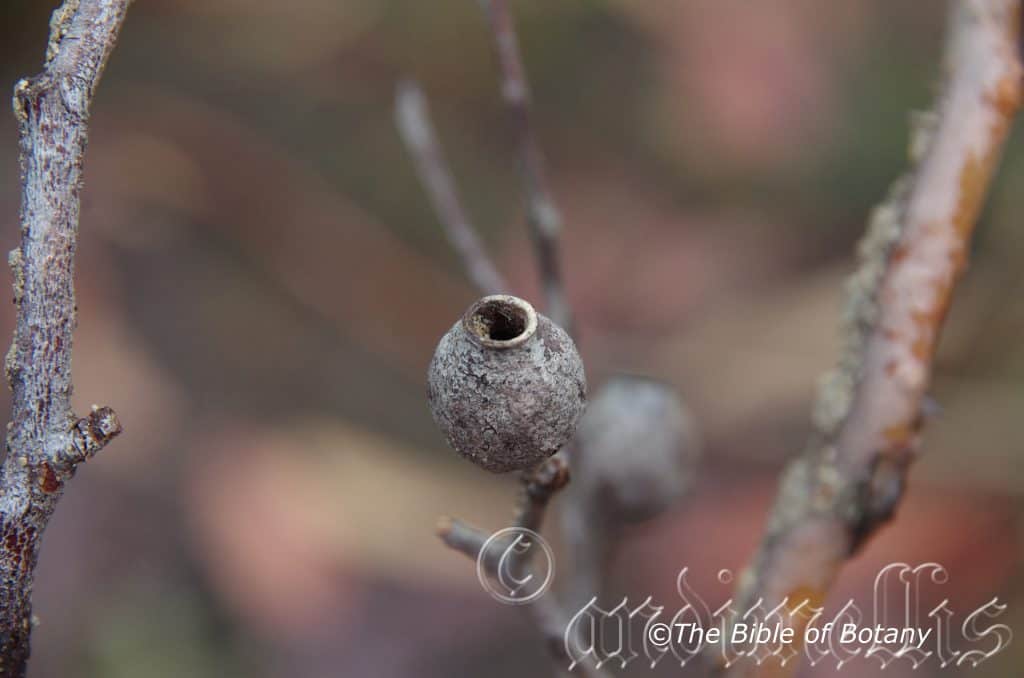
Author’s Garden The Pinnacles NSW
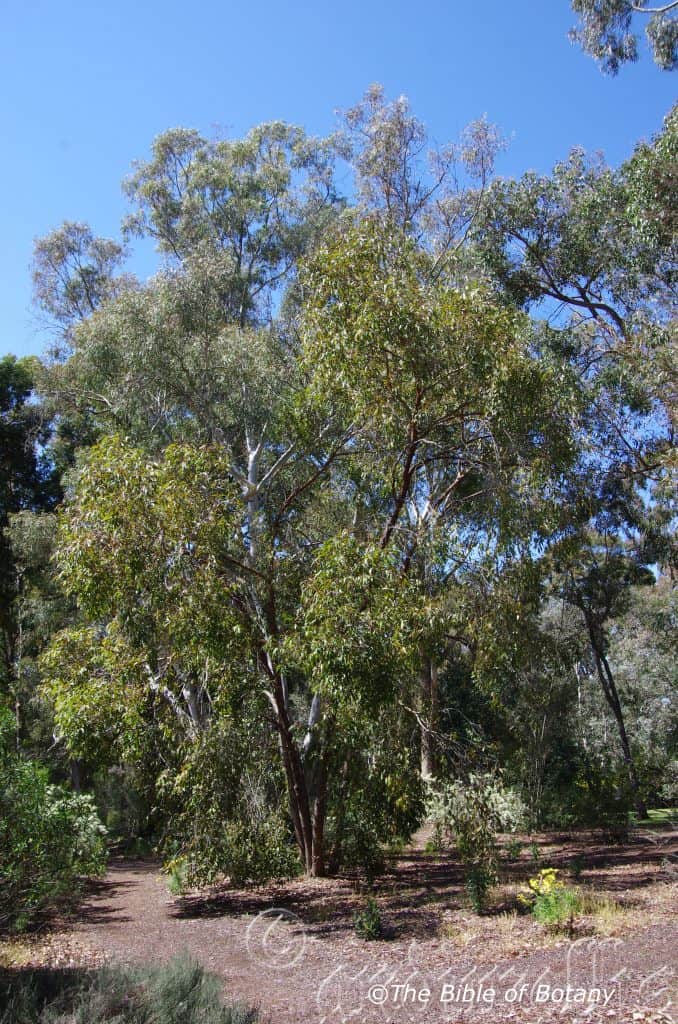
National Botanic Gardens ACT
Corymbia gummifera
Classification:
Unranked: Eudicots
Unranked: Rosids
Order: Myrtales
Family: Myrtacea
Genus: From Korymbos, which is Ancient Greek or CorymbÅsus, which is Latin for a cluster of flowers. It refers to flowers, where the stems branch from different levels on the stalk’s axis but ultimately terminate flowers are all at the same level.
Specie: From Kummi, which is Ancient Greek, Cummi, which is Latin or much later for Gummi which is Latin for a sweet resin from trees or a resin used as a glue and Ferum which is Latin for to bear or bearing. It refers to trees or shrubs, which have copious quantities of one of the type resins mentioned above.
Common Name: Red Bloodwood.
In the Gumbaynggirr Aboriginal language it is known as Wuruuman.
Distribution:
Corymbia gummifera is found south from Fraser Island to Coajingalong National Park in north eastern Victoria. It is found from the lower slopes of the Great Dividing Range to the coast.
https://avh.ala.org.au/occurrences/search?taxa=Corymbia+gummifera#tab_mapView
Habitat Aspect Climate:
Corymbia gummifera is a locally common medium size tree which never becomes the dominant tree in an area. It prefers full sun to light dapple shade. It grows on gentle slopes and flats in dry schlerophyll forests and woodlands particularly adjacent to coastal wallums behind the frontal dunes. Trees on infertile sands often form lignotubers and grow more as a mallee rather than a small forest tree. The altitude ranges from 10 meters ASL to 300 meters ASL.
The temperatures range from 3 degrees in July to 37 degrees in January.
The rainfall ranges from lows of 850mm to an average of 2100mm annually.
Soil Requirements:
Corymbia gummifera grows on white or grey peaty coastal sands especially those behind the frontal dunes or red stony lateritic sands to sandy alluvial loams. The soils are derived from decomposed sandstone or accumulated peaty beach sands. The soils pH ranges from 5pH to 6.5pH. It does not tolerate waterlogged soils. Non saline soils to very saline soils are tolerated as are salt laden winds.
Height & Spread:
Wild Plants: 8m to 30m by 8m to 15m. It has been recorded at 60 meters with a girth of 4 meter.
Characteristics:
Corymbia gummifera‘s bark is persistent to smaller branches. The bark is pale red-brown or grey-brown, corky, spongy to touch and tessellated. The branches are pale grey and decorticating in spring. The new growth is maroon-red, glabrous and semi glossy.
The alternate disjunct lanceolate to broadly lanceolate leaves of Corymbia gummifera are straight to slightly falcate and measure 100mm to 160mm in length by 20mm to 40mm in width. The bases are slightly uneven, cuneate to cuneate-rounded while the apexes are narrow acute. The discolourous laminas are grey-green, dull to semi glossy on the upper lamina while the lower lamina is slightly paler or greener. The margins are entire. The mid vein is slightly prominent on both laminas while the venation is penniveined. The maroon-red petioles measure 5mm to 12mm in length.
The disjunct, lanceolate to broad-lanceolate juvenile leaves have peltate bases at early stages of development. The green, semi glossy laminas are sparsely covered in white hirtellous hairs.
The inflorescences of Corymbia gummifera are born as terminal corymbs. The terminal corymbs measure 80mm to 120mm in length by 150mm to 200mm in diameter. The terete orange-green peduncles measure 17mm to 30mm in length while the pedicels measure 7mm to 14mm in length. There are 7 flowers on each umbellaster on each corymb with 7 buds on each umbel. Individual clavate to pyriform buds are yellow-green. They measure 9mm to 11mm in length by 5mm to 6mm in diameter. The hypanthia scar is absent. The calyptra is hemispherical, conical to slightly rostrate. It is shorter than and as wide as hypanthium.
The cream, pale creamy yellow or rarely white flowers measure 12mm to 16mm in diameter.
The cream, pale creamy yellow or rarely white stamens measure 5mm to 6mm in length. The stamens are inflexed 90 degrees near the apex. The anthers are cream or white.
The style measures 3.5mm to 4mmm in length rising from the deep lime-green disc. The flowers appear from late January to early April.
The fruits of Corymbia gummifera are urceolate capsules or gum nuts. The gum nuts are a reddish-brown with very faint longitudinal ribs and resinous dots. They measure 12mm to 20mm in length by 10mm to 15mm in diameter. The hypanthia’s 3 or 3 valves are deeply enclosed in the depressed disc. The opening measures 7mm to 10mm in diameter.
The red-brown deep brown seeds are wingless, roughly elliptical and measure 12mm to 13.5mm in length.
Wildlife:
Corymbia gummifera is popular with lorikeets and other honey eating birds. It also attracts a lot of insects including the native bee which in return attract many insect eating birds. Possums and sugar gliders feast on the flowers and nectar. Sugar gliders are reliant on the trees as a source of gum which they consume when nectar is not available.
Cultivation:
Corymbia gummifera is a small to medium tree which is ideal for all gardens away from buildings as it has a tendency to drop small branches throughout the year when grown as a tall tree. It is hardy on all most sandy soil types in temperate Australia. It is quick growing and can tolerate light to medium frosts when young and heavy frosts as an adult tree. Trees have a greater spread and are shorter in cultivation usually growing 8 meters to 15 meters in height by 9 meters to 12 meters in diameter when grown as a tree in the open on better quality soils. On pure sand it is much slower and would probably grow from 6 meters to 10 meters in height as a multi trunked mallee. They can be pruned back to the lignotuber after the third year where they will form more stems and better flowering.
It should be planted away from buildings, because of its size, the fact that it drops its leaves and small branchlets when stressed and it can be viewed as a complete tree. It is best used adjacent to small areas of bush so their trunk can be contrasted against trees which have smooth, flaky, stringy or glaucous barks. Close to paths or the house will lose this affect however you want them where it can be viewed regularly especially when it is in flower. It looks great in medium to large bush gardens or where vehicles turn around as the main feature plant. Here it can be planted as a standalone specie man to create a powerful look or in small groups to give an expansive natural look. If it is surrounded by shorter plants with fine foliage and multi-coloured flowers they will dominate at the center giving height and breadth to the bed. This is one plant that benefits from high exposure. Its smaller size compared to most Eucalyptus trees enables this to be achieved to great effect in medium gardens.
Corymbia gummifera is the main stock tree used for grafting other Corymbia species onto.
Propagation:
Seeds: Sow fresh seeds into a seed raising mix and cover with 2mm of the mix. Place the trays in a larger tray and fill the outer with water so capillary action keeps the mix wet at all times. Place the trays in 30mm shade to full sun. When the seedlings reach 50mm to 60mm tall, prick them out and plant them into 50mm native tubes using a good organic mix.
Once the seedlings reach 200mm to 250mm in height plant them out into their permanent position. Feature plants in groups of 3 to 5 are best done with plantings at around 8 meter to 10 meter centers. Try plantings for mass plantings at spaces between 6 meters and 12 meters in different patterns particularly if seedling plants are used where colour variation may be extensive.
Fertilize using Seaweed, fish emulsion or organic chicken pellets soaked in water on an alternate basis. Fertilize every two months until the plants are established then annually in early September or March to maintain health, vitality and better flowering.
Further Comments from Readers:
Hi reader, it seems you use The Bible of Botany a lot. That’s great as we have great pleasure in bringing it to you! It’s a little awkward for us to ask, but our first aim is to purchase land approximately 1,600 hectares to link several parcels of N.P. into one at The Pinnacles NSW Australia, but we need your help. We’re not salespeople. We’re amateur botanists who have dedicated over 30 years to saving the environment in a practical way. We depend on donations to reach our goal. If you donate just $5, the price of your coffee this Sunday, We can help to keep the planet alive in a real way and continue to bring you regular updates and features on Australian plants all in one Botanical Bible. Any support is greatly appreciated. Thank you.
In the spirit of reconciliation we acknowledge the Bundjalung, Gumbaynggirr and Yaegl and all aboriginal nations throughout Australia and their connections to land, sea and community. We pay our respect to their Elders past, present and future for the pleasures we have gained.
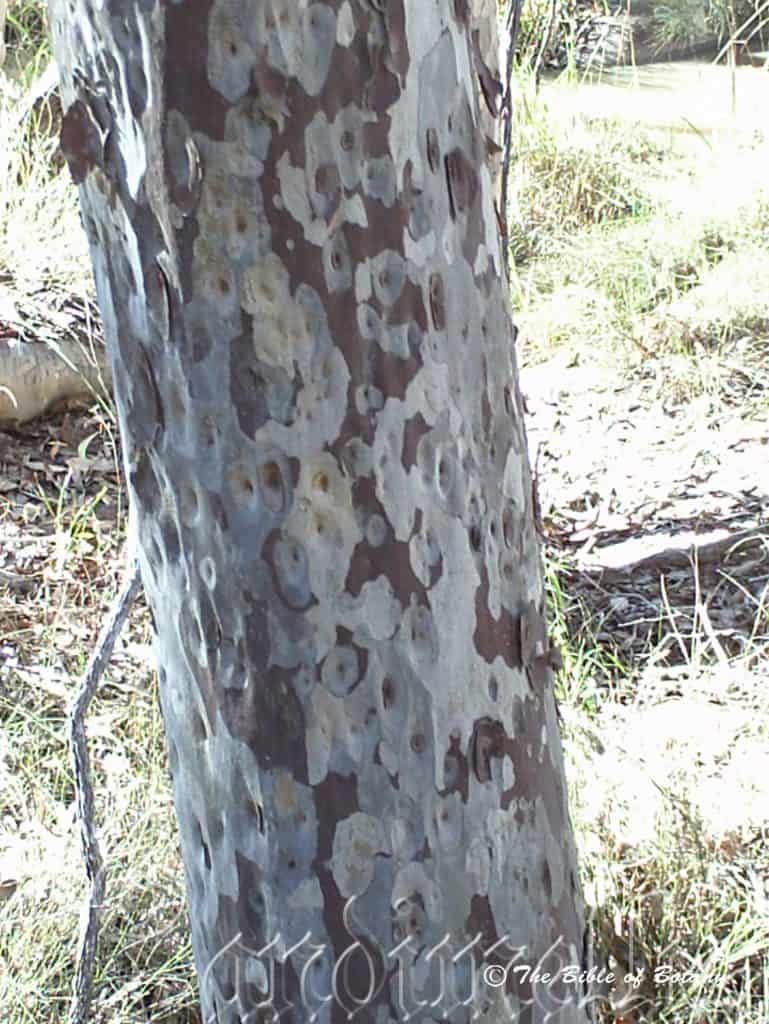
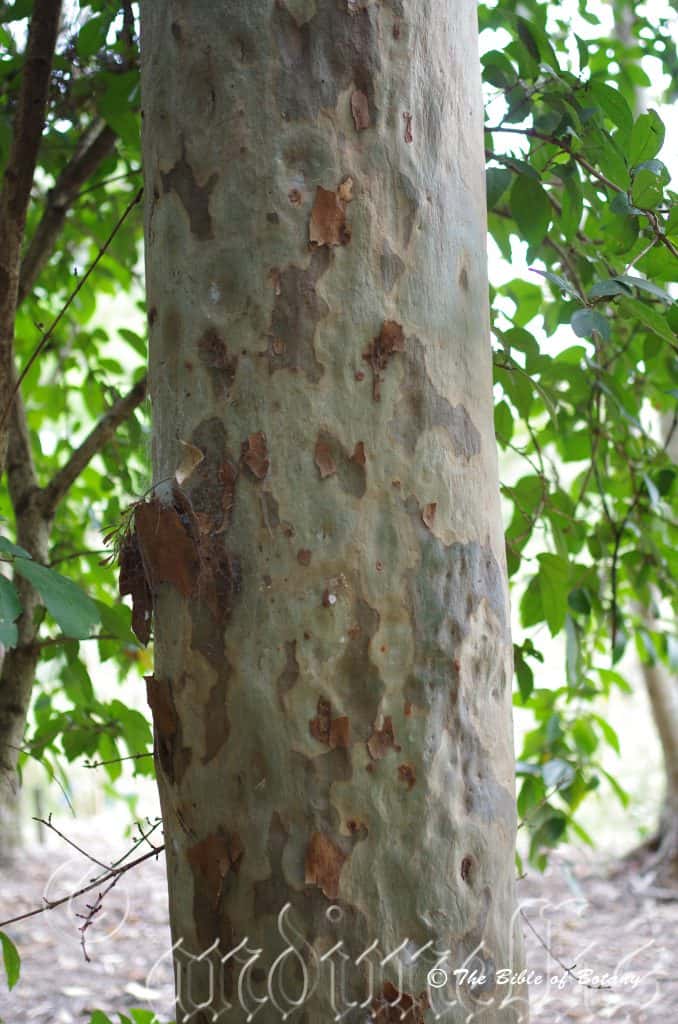
Kelvin Brook Reserve Qld.
Corymbia henryi
Classification:
Unranked: Eudicots
Unranked: Rosids
Order: Myrtales
Family: Myrtaceae
Genus: From Korymbos, which is Ancient Greek or CorymbÅsus, which is Latin for a cluster of flowers. It refers to flowers, where the stems branch from different levels on the stalk’s axis but ultimately terminate flowers are all at the same level.
Specie: Is named in honour of N. B. Henry who was a botanist and forestry worker in Queensland.
Sub specie:
Common Name:
Distribution:
Corymbia henryi is found south from of Brisbane to west of Toowoomba in south eastern Queensland on the Great Dividing Range to Ramornie south west of Grafton in northern New South Wales.
https://avh.ala.org.au/occurrences/search?taxa=Corymbia+henryi#tab_mapView
Habitat Aspect Climate:
Corymbia henryi prefers full sun. The trees grow naturally in dry schlerophyll forests and open woodlands, from flats to undulating hills. The altitude ranges from 15 meters ASL to 80 meters ASL.
The temperatures range from minus 2 degrees in July to 32 degrees in January.
The rainfall ranges from lows of 600mm to an average of 2000mm annually.
Soil Requirements:
Corymbia henryi grows in most soils from light sandy clays, clay loams to medium clays mainly derived from decomposed shales. The soils are poorly drained with the pH ranging from 4pH to 6.5pH. It is tolerant of periodically waterlogged soils. Non saline soils to moderately saline soils are tolerated as are salt laden winds.
Height & Spread:
Wild Plants: 30m to 40m by 10m to 15m
Characteristics:
Corymbia henryi is a tall tree with a long straight bole often reaching over half its height before branching. The trunk is glabrous and pitted with small craters. The bark is off white to very pale grey mottled pale grey. The decorticating bark, trees that shed their bark annually; leaves behind a beautiful pale pink or silvery blaze in summer before resuming its normal colour. The bark is shed in small polygonal flakes. Branchlets are pale grey to white and glabrous. Juvenile tree branches and stems are densely covered in red to red-green setose bristles.
The alternate, broad elliptical to falcate leaves of Corymbia henryi are scabrid and measure 150mm to 280mm in length and 30mm to 50 mm in width Petioles measure 10mm to 24mm in length. The bases are cuneate while the apexes are narrow acute to long narrow acuminate. The concolourous laminas are mid green to deep olive green. The laminas are flat while the margins are entire. The mid vein is prominent on both surfaces. Intramarginal vein is parallel to and just inside the leaf margin.
The juvenile leaves opposite for the first three or four pairs are narrow oblanceolate, scabrid and measure 130mm to 210mm in length and 45mm to 80mm in width. The base is peltate while the apex is acute and the laminas are scabrous with green bristles along the mid vein. The petioles are 23mm to 35mm in length.
Inflorescences of Corymbia henryi are born on a corymb from the leaf axils. The corymbs measure 30mm to 35mm in length. There are 3 to 8 umbels on each corymb with 3 buds on each umbellaster. The umbel’s peduncles are terete to angular and measure 8mm to 25mm in length while the pedicels measure 3mm to 3.5mm in length. The individual buds are ovoid to obovoid measuring 10mm to 13mm in length by 4mm to 6mm in diameter. The operculum is conical and a creamy green in colour. The operculums have an acute, curved mucronate apex. Both the operculum and buds have red-green resinous markings. The white flowers measure 25mm to 35mm in diameter. The stamens are the most prominent part of the flower and measure 14mm to 15mm in length. The pale green style which rises from the yellow disc measures 7mm to 9mm in length. The flowers have been recorded from April to August, October, December and January.
Corymbia henryi’s ovoidal to urceolate shaped fruits are capsules or gum nuts and measure 12mm to 20mm in length by 10mm to 16mm in width and have a 3.5mm to 5mm opening at the top. There are 3 deeply inserted valves. The operculum scar is distinct below the rim.
Wildlife:
Corymbia henryi is popular with lorikeets and other honey eating birds. It also attracts a lot of insects including the native bee which in return attract many insect eating birds. The ring tail possum and brush tail possum with sugar gliders also eat the flowers and nectar.
Cultivation:
Corymbia henryi is a beautiful tall tree for large gardens away from buildings as it has a tendency to drop small branches throughout the year. It is hardy on heavier acid soil types. It is easy to grow in cultivation growing 20 meters to 30 meters in height by 10 meters to 12 meters in diameter. Quick growing it will provide a good contrast and allow plenty of filtered light to reach the ground. Corymbia henryi is also used as the stock for grafting other less hardy flowering Corymbia on to. Its bark makes a good contrast to other Corymbia, Eucalyptus and Angophora trees in that the trunks on some specimens can be very densely pitted.
It is only suitable for large gardens as it is quite large attaining heights of 30 meters to 35 meters by 10 meters to 15 meters in cultivation.
Propagation:
Seeds: Corymbia henryi seeds should be treated if a large number of trees are required and even germination is wanted. Place the seeds in a cloth bag and place them in the washing machine on wash day when you have several washes to do. This will help remove inhibitors and stimulate more even germination. Sow fresh seeds or freshly treated seeds into a seed raising mix, cover with 2mm of the mix and fertilize with a seaweed based fertilizer. Place the trays in a larger tray and fill the outer with water so capillary action keeps the mix wet at all times. Place the trays in 30mm shade to full sun. When the seedlings are 60mm to 80 mm tall, prick them out and plant them into 50mm native tubes using a good organic mix.
Once the seedlings reach 200mm to 250mm in height plant them out into their permanent position. When planting for features or park like scenarios plant at 7 or 8 meter centers. When the trees begin to make contact with each other, remove every second tree. If you wish to wait a little longer plant at 15 meter centers.
Fertilize using Seaweed, fish emulsion or organic chicken pellets soaked in water on an alternate basis. Fertilize every two months until the plants are established then annually in early September or March to maintain health, vitality and better flowering.
Further Comments from Readers:
Hi reader, it seems you use The Bible of Botany a lot. That’s great as we have great pleasure in bringing it to you! It’s a little awkward for us to ask, but our first aim is to purchase land approximately 1,600 hectares to link several parcels of N.P. into one at The Pinnacles NSW Australia, but we need your help. We’re not salespeople. We’re amateur botanists who have dedicated over 30 years to saving the environment in a practical way. We depend on donations to reach our goal. If you donate just $5, the price of your coffee this Sunday, We can help to keep the planet alive in a real way and continue to bring you regular updates and features on Australian plants all in one Botanical Bible. Any support is greatly appreciated. Thank you.
In the spirit of reconciliation we acknowledge the Bundjalung, Gumbaynggirr and Yaegl and all aboriginal nations throughout Australia and their connections to land, sea and community. We pay our respect to their Elders past, present and future for the pleasures we have gained.

The Pinnacles NSW
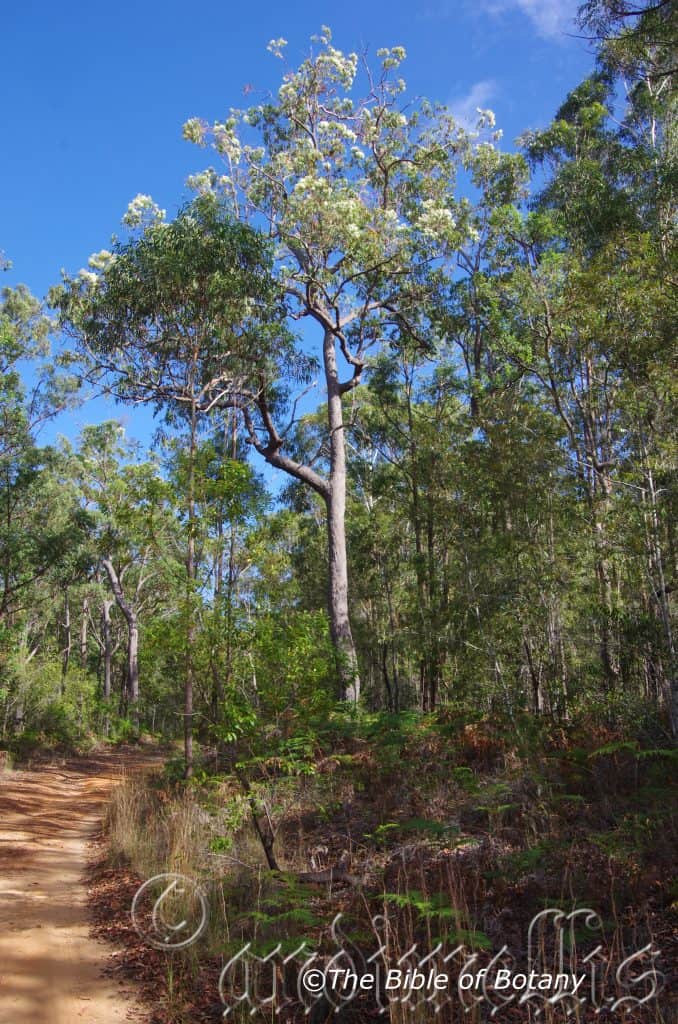
The Pinnacles
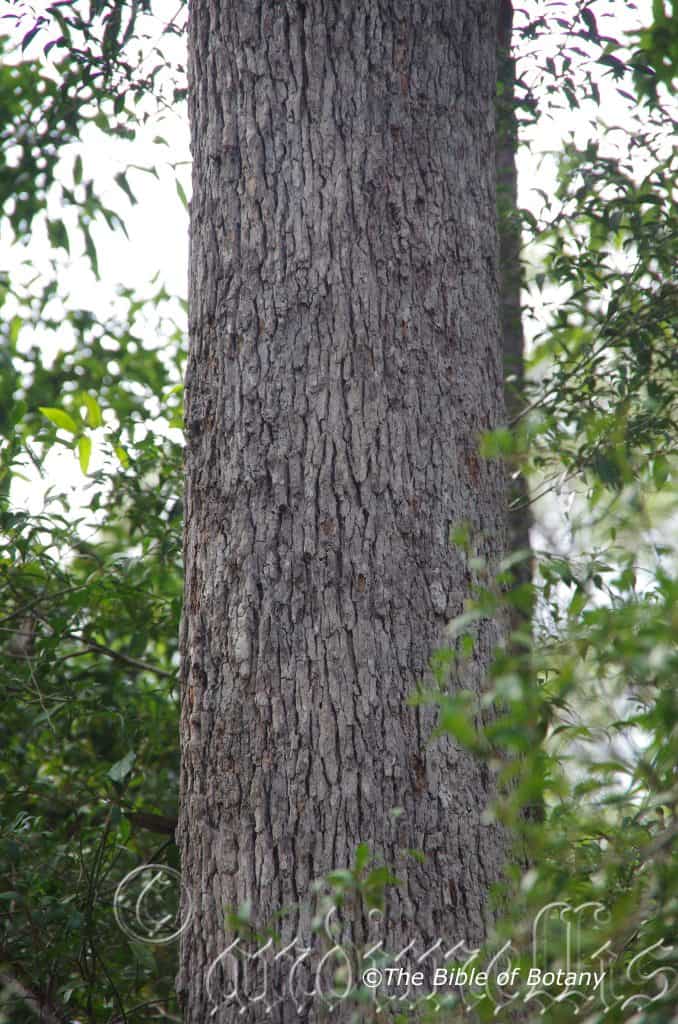
Author’s Garden The Pinnacles NSW
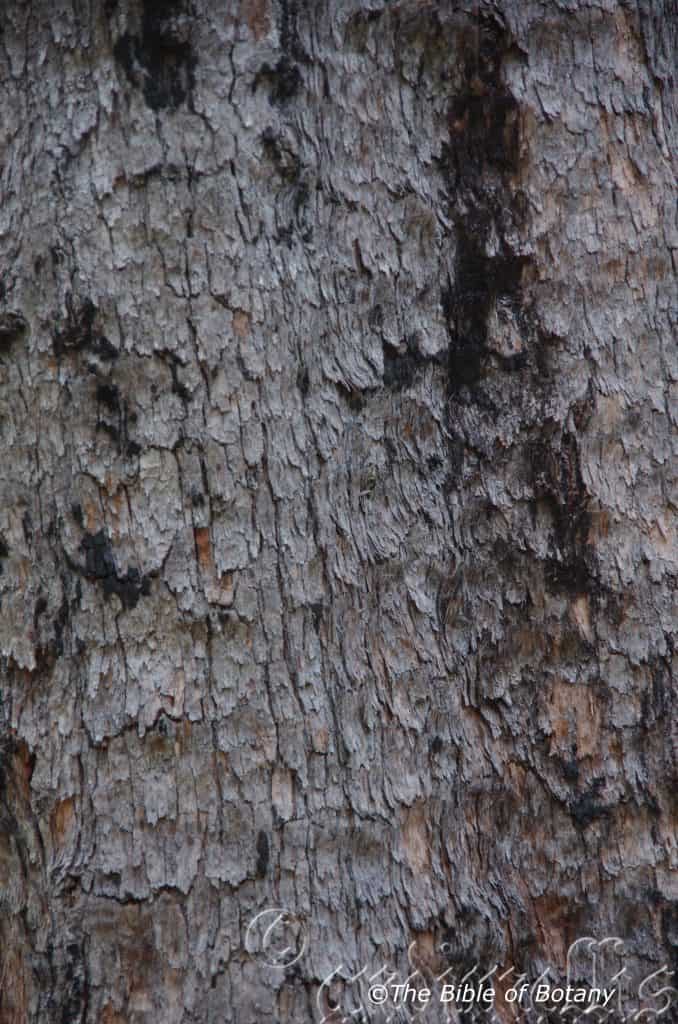
The Pinnacles NSW
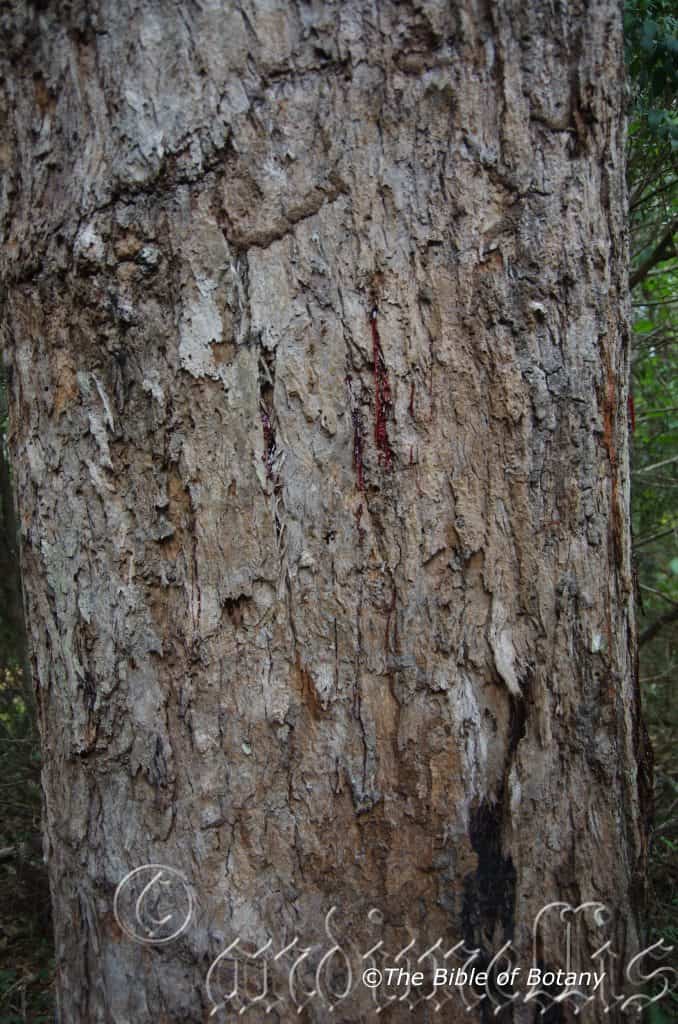
Pillar Valley NSW
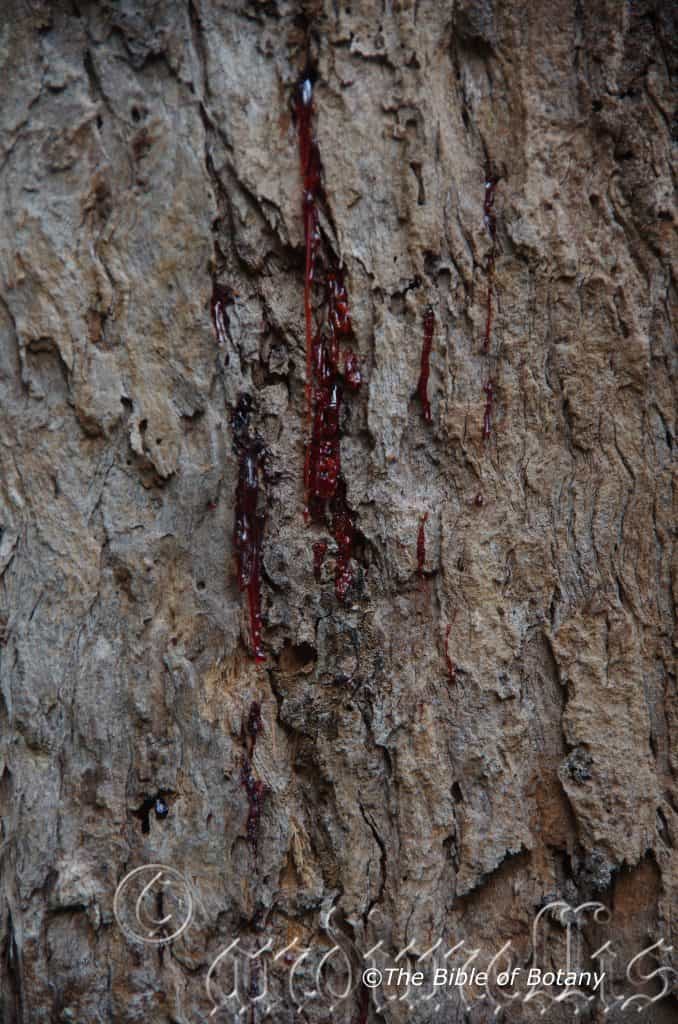
Pillar Valley NSW
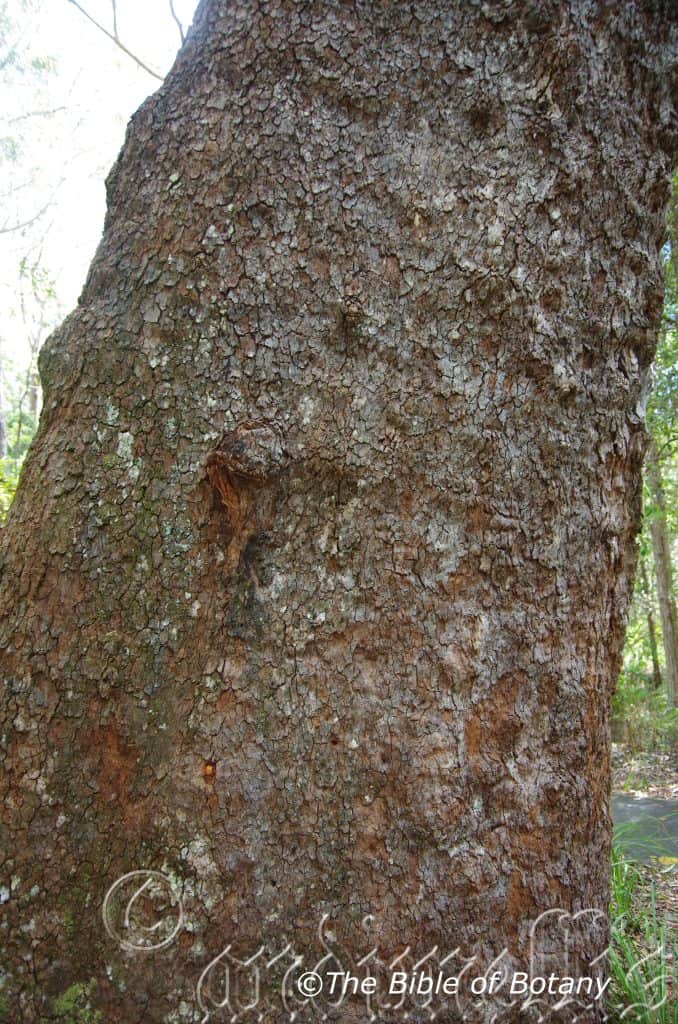
NCBG Coffs Harbour NSW
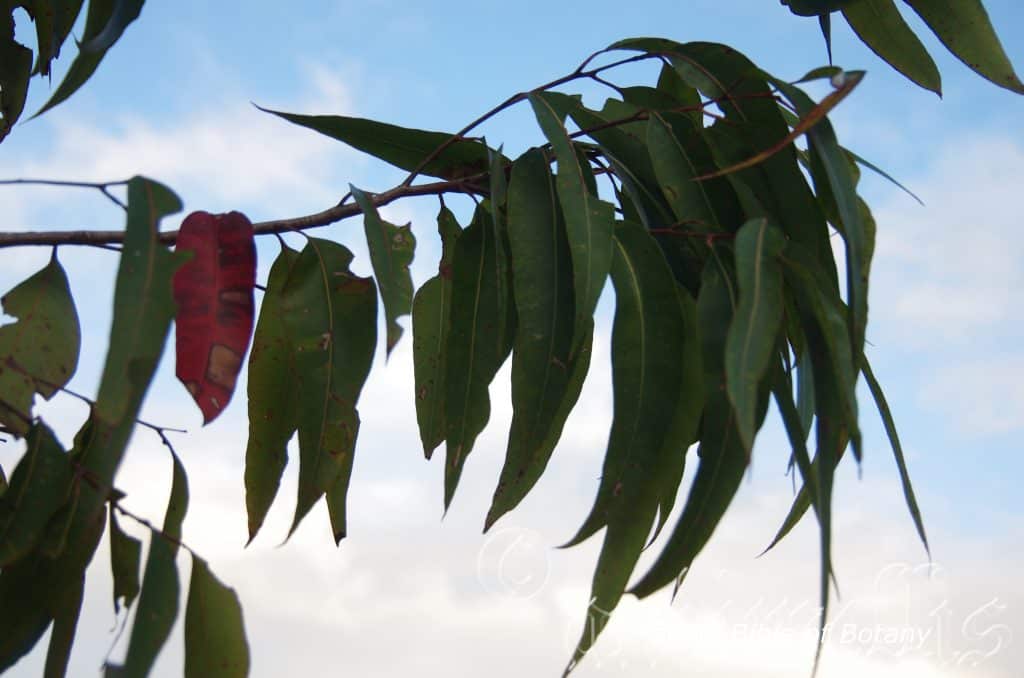
The Pinnacles NSW
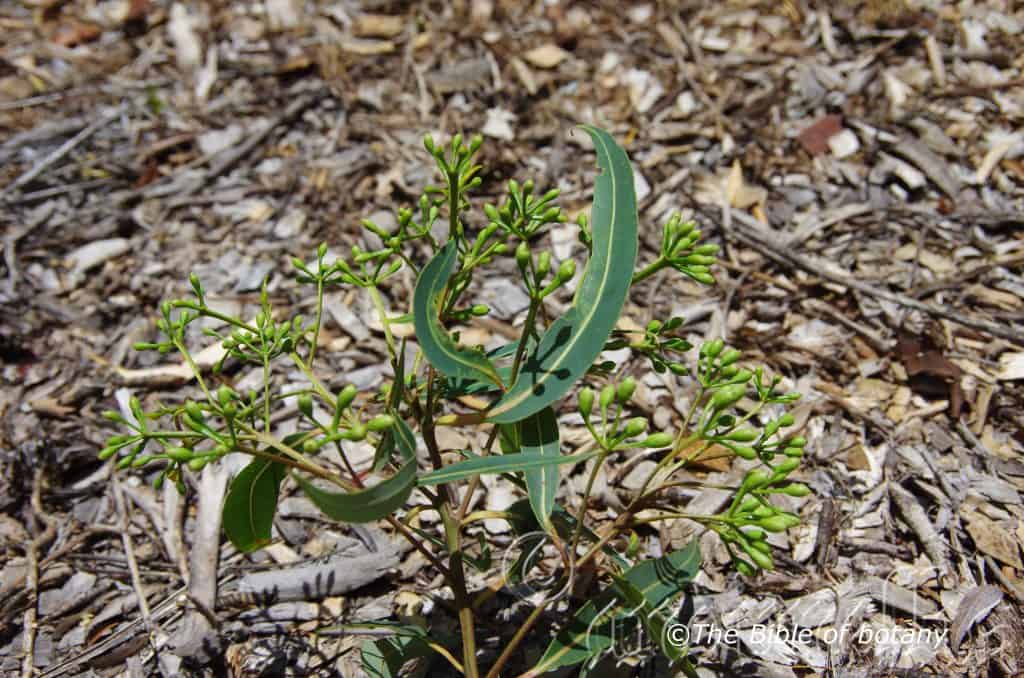
Author’s Garden The Pinnacles NSW
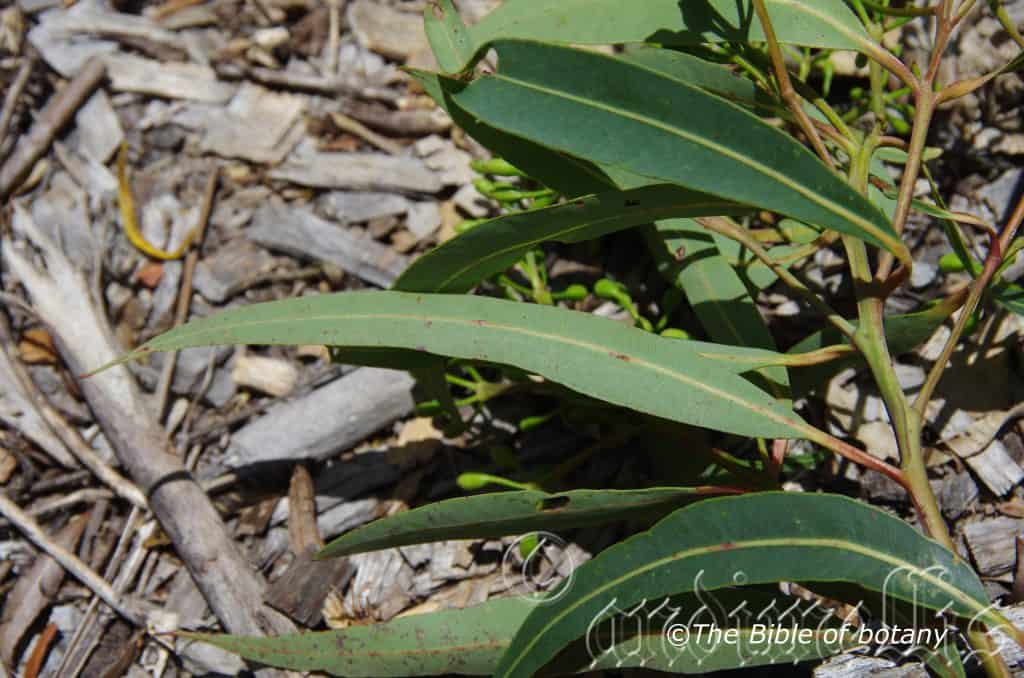
Author’s Garden The Pinnacles NSW
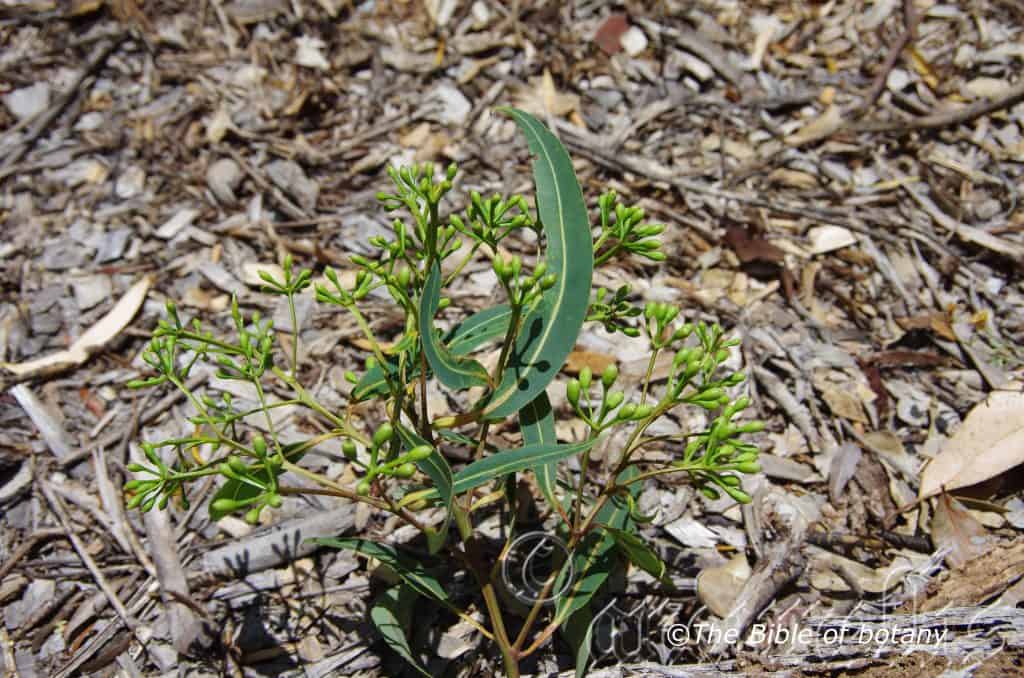
Author’s Garden The Pinnacles NSW
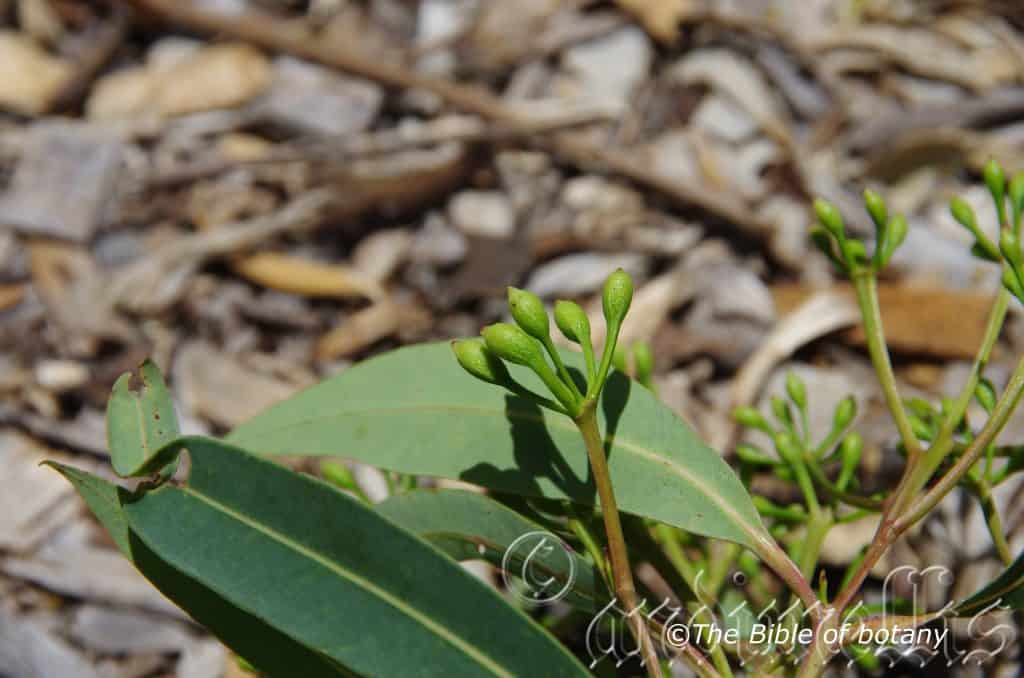
Author’s Garden The Pinnacles NSW
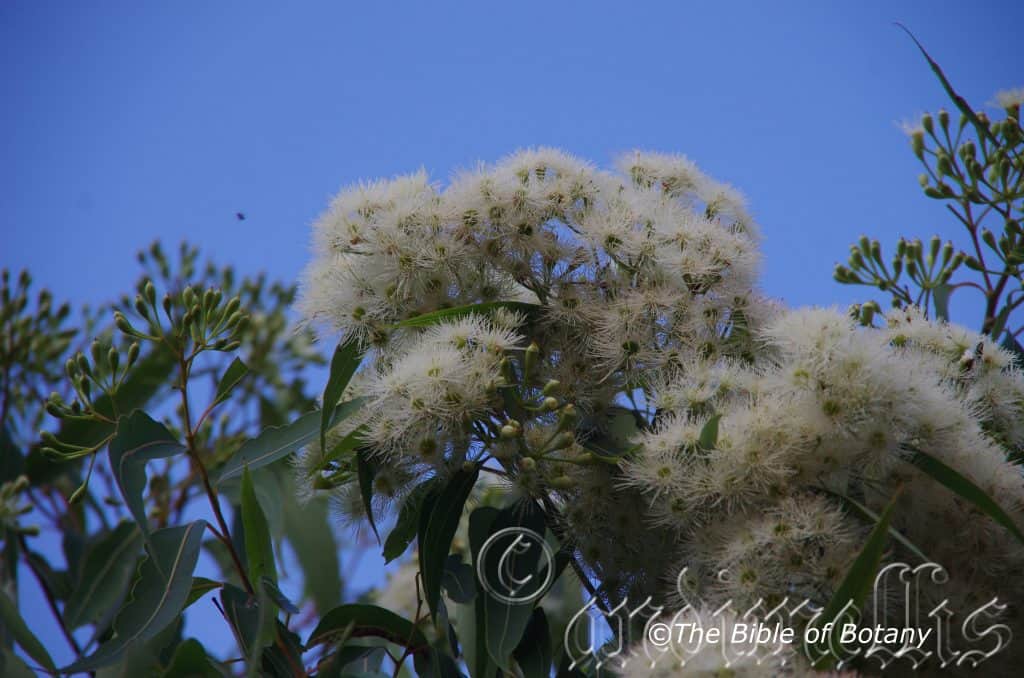
The Pinnacles NSW
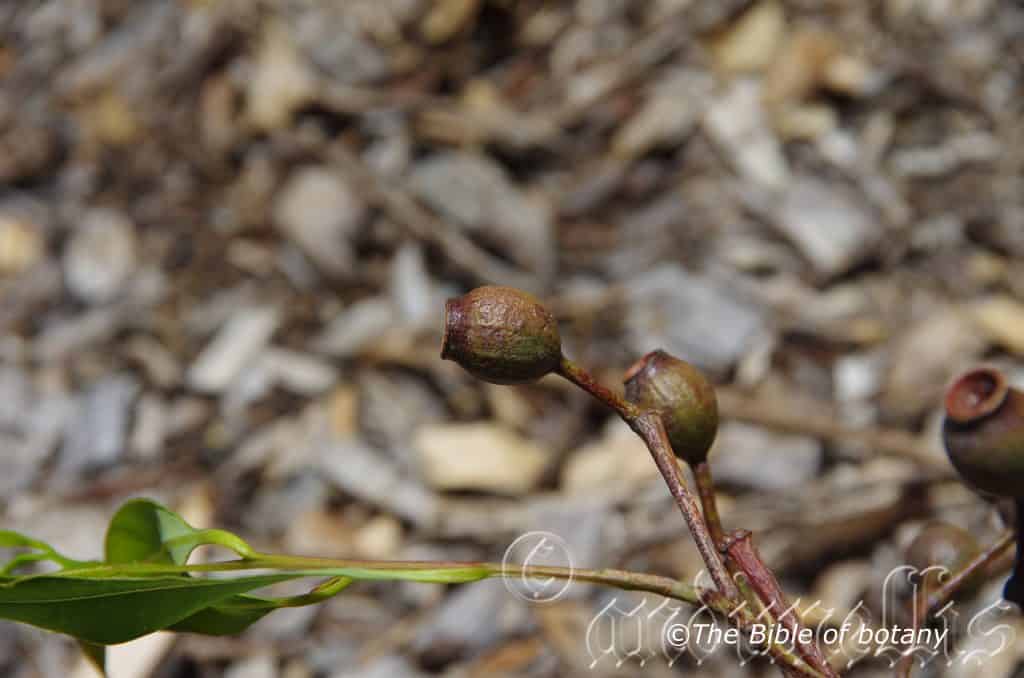
Author’s Garden The Pinnacles NSW
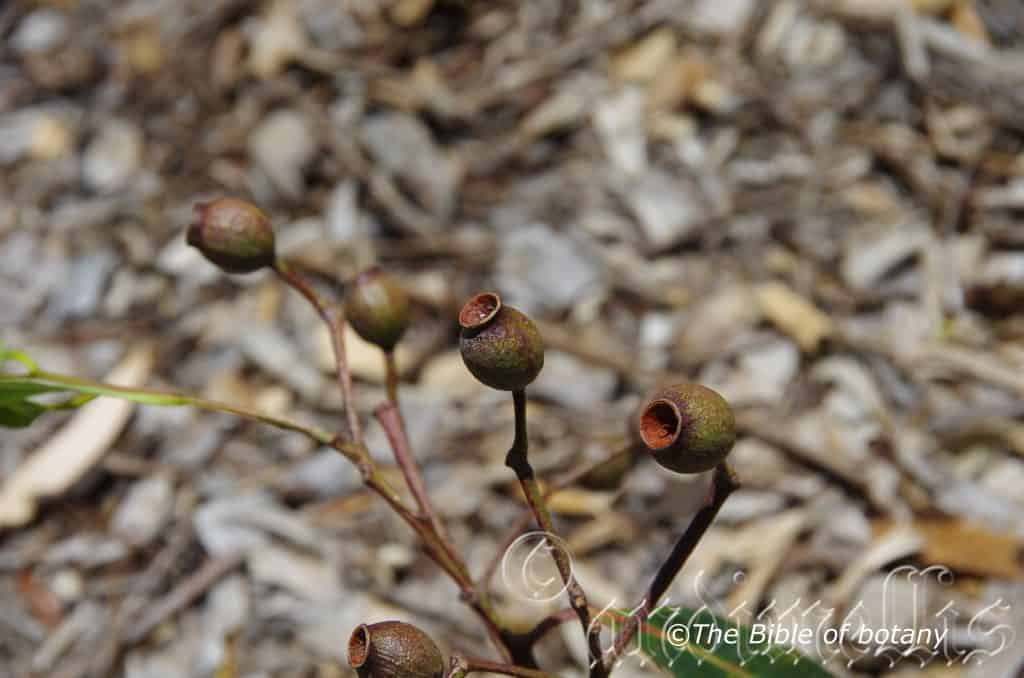
Author’s Garden The Pinnacles NSW
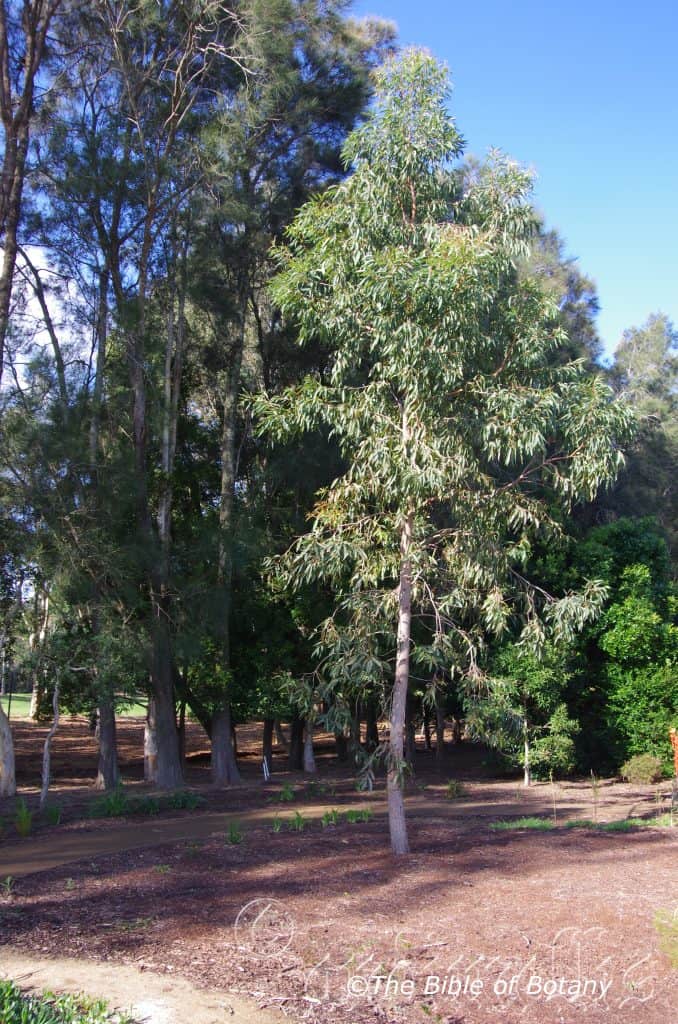
Rosser Gardens Benowa Qld.
Corymbia intermedia
Classification:
Unranked: Eudicots
Unranked: Rosids
Order: Myrtales
Family: Myrtaceae
Genus: From Korymbos, which is Ancient Greek or CorymbÅsus, which is Latin for a cluster of flowers. It refers to flowers, where the stems branch from different levels on the stalk’s axis but ultimately terminate flowers are all at the same level.
Specie: From Inter/Intra, which is Latin for between or among and Mesos, which is Ancient Greek or Medium, which is Latin for half way or in a middle position. It refers to a characteristic which has a position somewhere in the middle.
Sub specie:
Common Name: In the Gumbaynggirr Aboriginal language it is known as Wuuban.
Distribution:
Corymbia intermedia is found south from Sarkey National Park north of Cooktown to Gloucester in central coastal New South Wales. It is found on and east of the Great Dividing Range.
https://avh.ala.org.au/occurrences/search?taxa=Corymbia+intermedia#tab_mapView
Habitat Aspect Climate:
Corymbia intermedia prefers to grow in full sun. The trees grow naturally in moist to dry schlerophyll forests from flats to undulating hills. The altitude ranges from 10 meters ASL to 650 meters ASL.
The temperatures range from 2 degrees in July to 38 degrees in January.
The rainfall is from a low of 800mm to an average of 2600mm annually.
Soil Requirements:
Corymbia intermedia grows on poorer clay loams to medium clays. The soils are usually derived from decomposed shales or basalts. The soils pH ranges from 5pH to 6.5pH. It does not tolerate waterlogged soils. Non saline soils to moderately saline soils are tolerated as are salt laden winds.
Height & Spread:
Wild Plants: 25m to 35m by 12m to 15m
Characteristics:
Corymbia intermedia are a tall tree with a long straight bole often reaching half its height before branching. The tessellated trunk is grey brown to reddish-brown. The semi persistent thick spongy bark on the trunk thins as it approaches the smaller branches. The branchlets are pale grey to white and glabrous.
The alternate disjunct lanceolate leaves of Corymbia intermedia are glabrous and measure 100mm to 150mm in length and 20mm to 32mm in width. Petioles measure 12mm to 18mm in length. The base is cuneate to asymmetrical cuneate while the apex is acute to narrowly acute. The discolourous laminas are deep green and glossy on the upper lamina while the lower lamina is paler and dull. The margins are entire and curve slightly upwards from the mid vein. The mid vein is slightly prominent on the upper lamina and distinctly visible on the lower lamina.
The alternate juvenile leaves are elliptical to ovate, glabrous and peltate for the first 2 to 3 pairs. They measure 80mm to 100mm in length by 50mm to 80mm in width. The base then becomes rounded while the apex is apiculate.
Inflorescences of Corymbia intermedia are dense corymbs born from the terminals. There are 5 to 9 umbels on each corymb with 7 buds on each umbellaster. The umbel’s peduncles are terete to angular and measure 10mm to 18mm in length while the pedicels measure 2mm to 14mm in length. The individual buds are ovoid to pyriform and measure 6mm to 8mm in length by 3mm to 5mm in diameter. The operculum is conical and a creamy pale green in colour. The operculums taper to the apex. The white flowers measure 25mm to 35mm in diameter.
The white to cream stamens are the most prominent part of the flower and measure 6mm to 8mm in length.
The cream style which rises from the yellow disc measures 5mm to 7mm in length. Flowering has been recorded from April to August, October, December and January.
Corymbia intermedia’s ovoid to urceolate shaped fruits are capsules or gum nuts. The gum nuts measure 12mm to 20mm in length by 10mm to 15mm in width and have a 3.5mm to 5mm opening at the top. There are 3 or 4 deeply inserted valves. The operculum scar is absent on the rim.
Wildlife:
Corymbia intermedia are popular with lorikeets and other honey eating birds. It also attracts a lot of insects including the native bee which in return attract many insect eating birds. Possums and gliders feast on the flowers and nectar.
Cultivation:
Corymbia intermedia are a beautiful tall tree for large gardens and parks away from buildings as it has a tendency to drop small branches throughout the year. As it is hardy on most acid heavy to lighter loams of poor quality soils it is easy to grow. Quick growing it will provide a good contrast in bark and allow plenty of filtered light to reach the ground. In cultivation the trees will grow from 20 meters to 25 meters tall by 15 meters to 20 meters wide
Propagation:
Seeds: Sow fresh seeds into a seed raising mix and cover with 2mm of the mix. Place the trays in a larger tray and fill the outer with water so capillary action keeps the mix wet at all times. Place the trays in 30mm shade to full sun. When the seedlings are 60mm to 80mm tall, prick them out and plant them into 50mm native tubes using a good organic mix.
Fertilize using Seaweed, fish emulsion and organic chicken pellets soaked in water and apply the liquid on an alternate basis. Fertilize every two months.
Once the seedlings reach 200mm to 250mm in height plant them out into their permanent position. For park planting scenarios plant them at 18 meters to 25 meter centers.
Fertilize using Seaweed, fish emulsion or organic chicken pellets soaked in water on an alternate basis. Fertilize every two months until the plants are established then annually in early September or March to maintain health, vitality and better flowering.
Further Comments from Readers:
Hi reader, it seems you use The Bible of Botany a lot. That’s great as we have great pleasure in bringing it to you! It’s a little awkward for us to ask, but our first aim is to purchase land approximately 1,600 hectares to link several parcels of N.P. into one at The Pinnacles NSW Australia, but we need your help. We’re not salespeople. We’re amateur botanists who have dedicated over 30 years to saving the environment in a practical way. We depend on donations to reach our goal. If you donate just $5, the price of your coffee this Sunday, We can help to keep the planet alive in a real way and continue to bring you regular updates and features on Australian plants all in one Botanical Bible. Any support is greatly appreciated. Thank you.
In the spirit of reconciliation we acknowledge the Bundjalung, Gumbaynggirr and Yaegl and all aboriginal nations throughout Australia and their connections to land, sea and community. We pay our respect to their Elders past, present and future for the pleasures we have gained
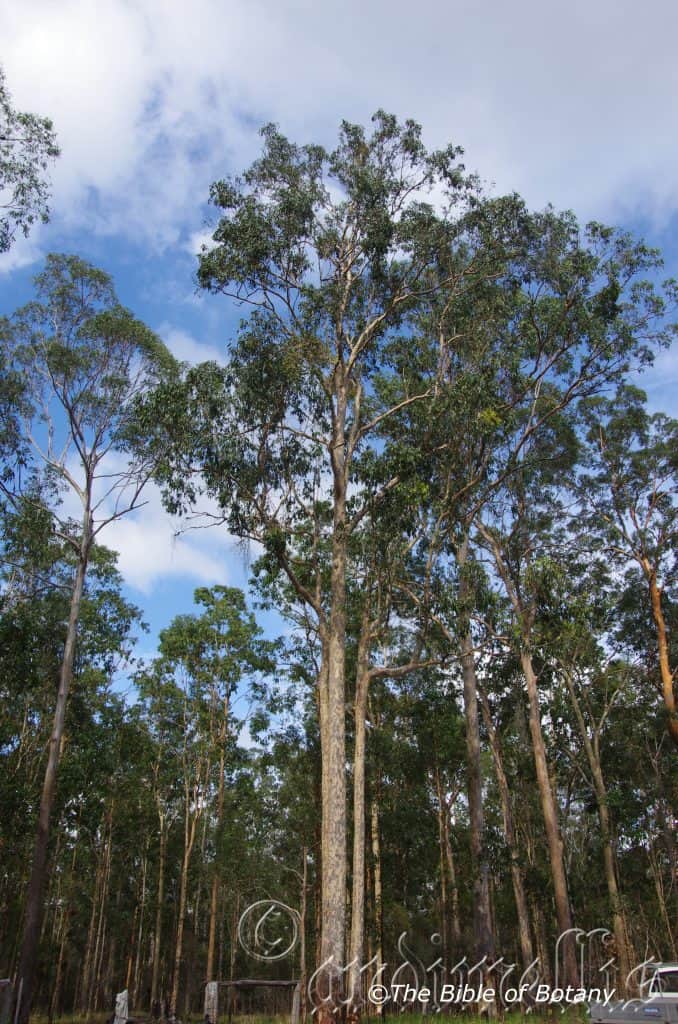
Glenugie Forest NSW
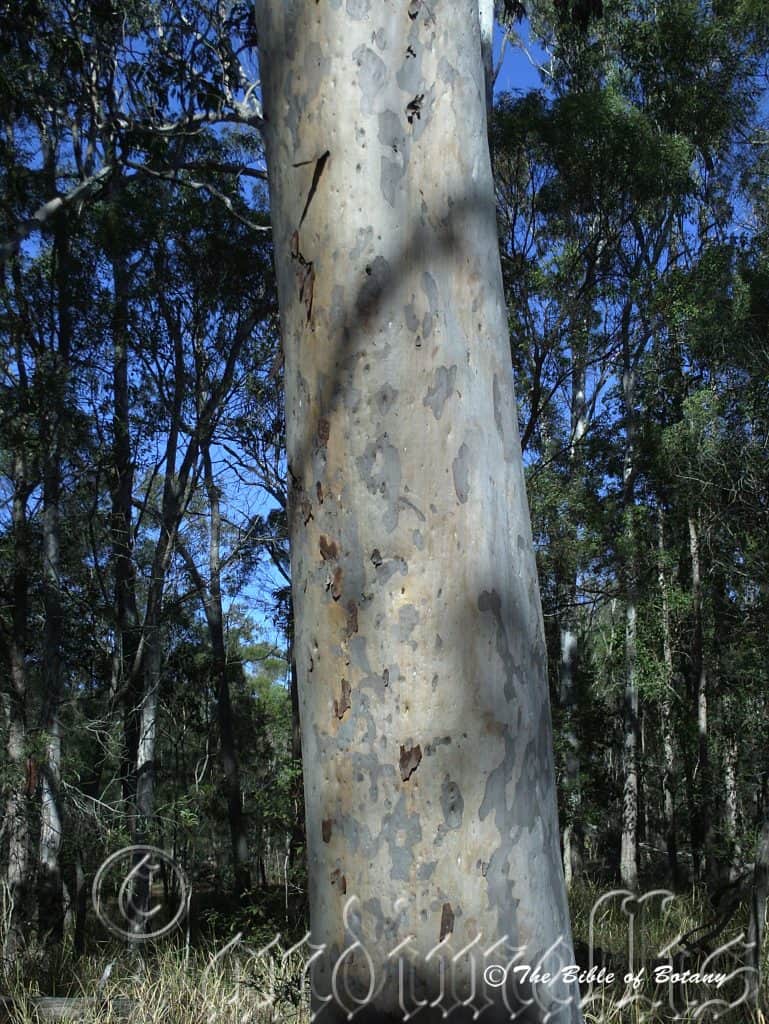
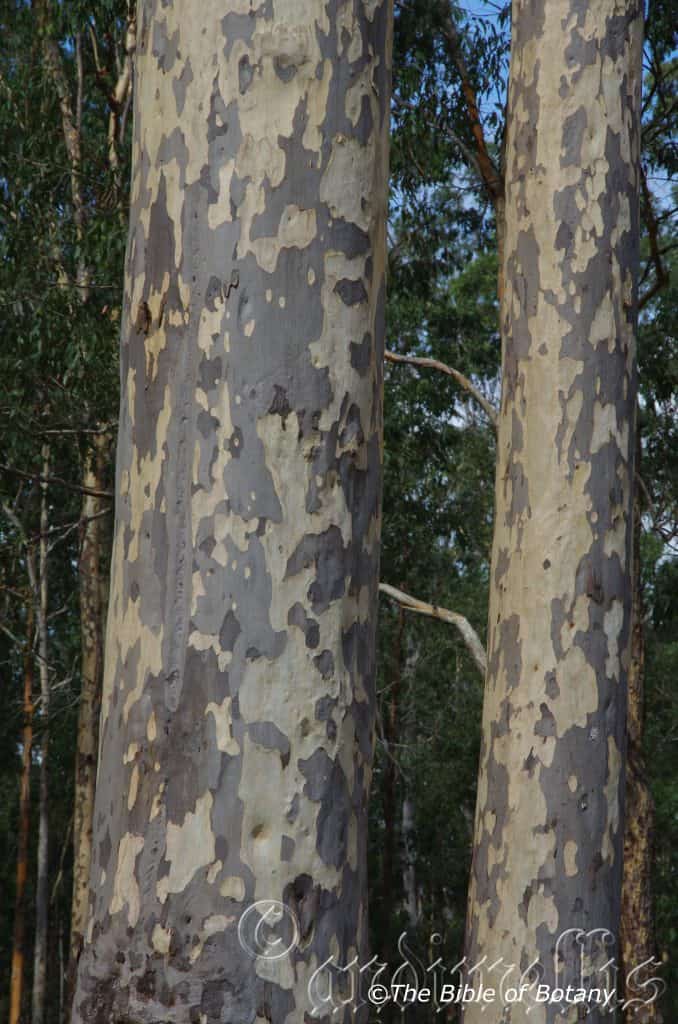
Kelvin Brook Qld.
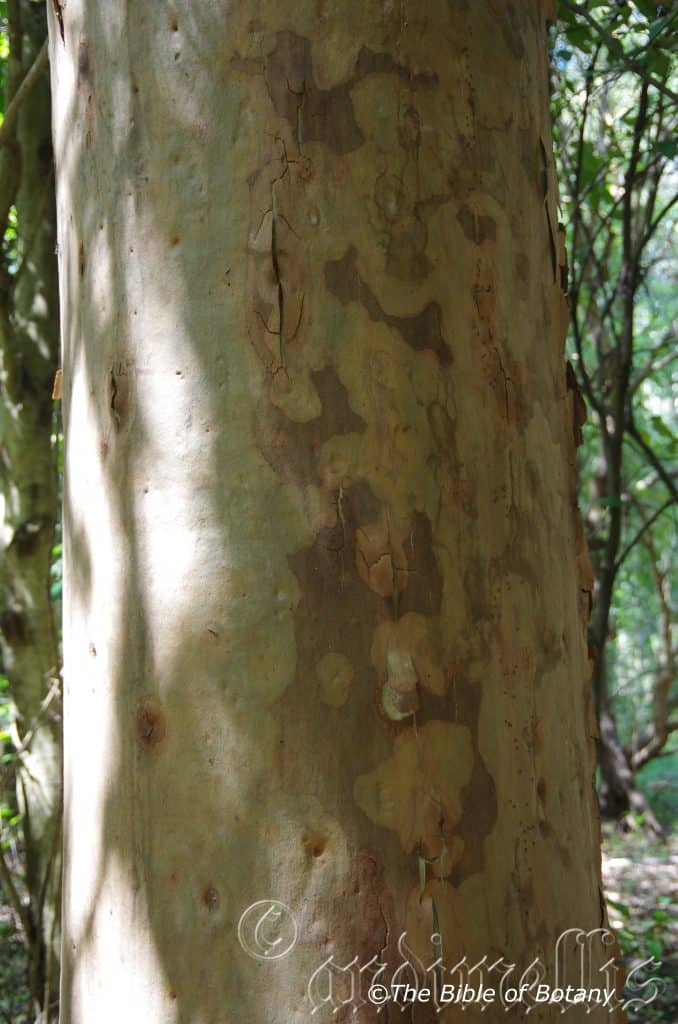
Grafton NSW
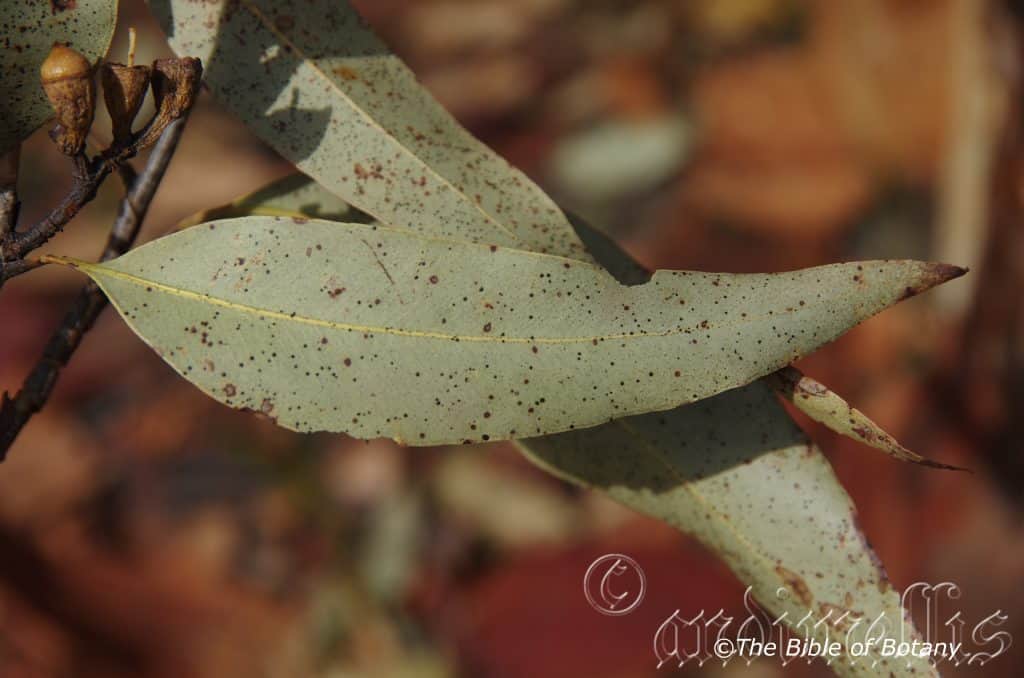
Glenugie Forest NSW
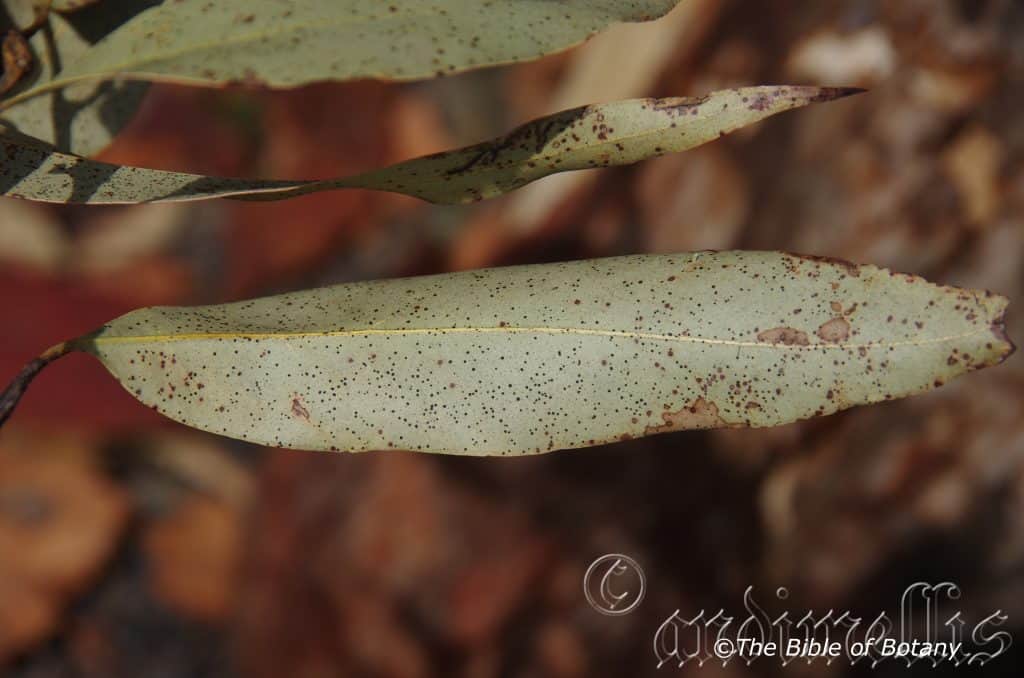
Glenugie Forest NSW
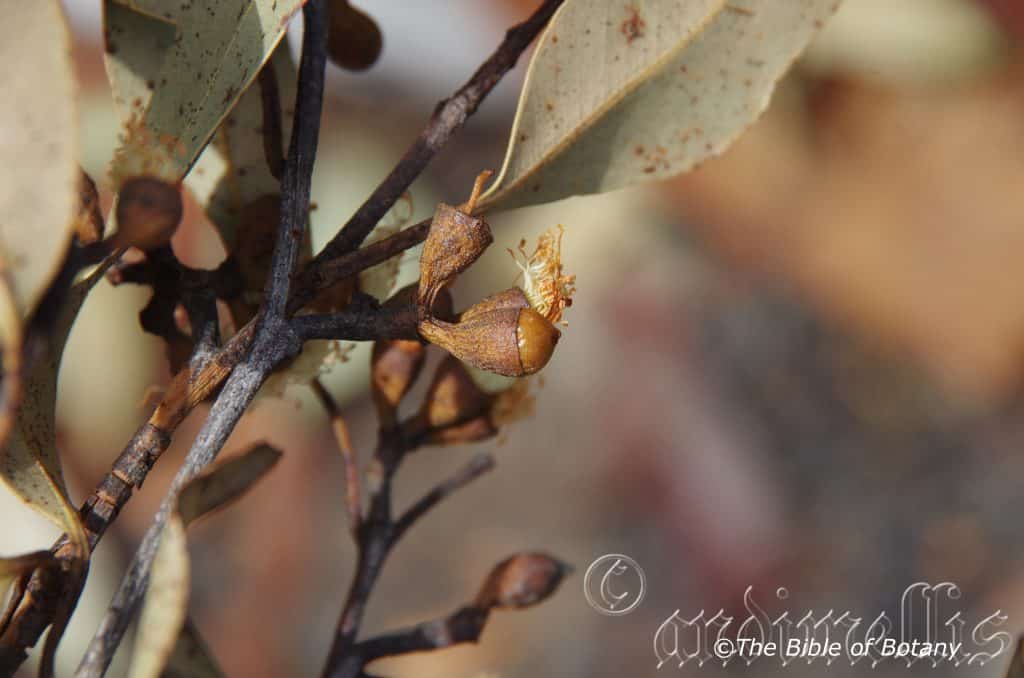
Glenugie Forest NSW
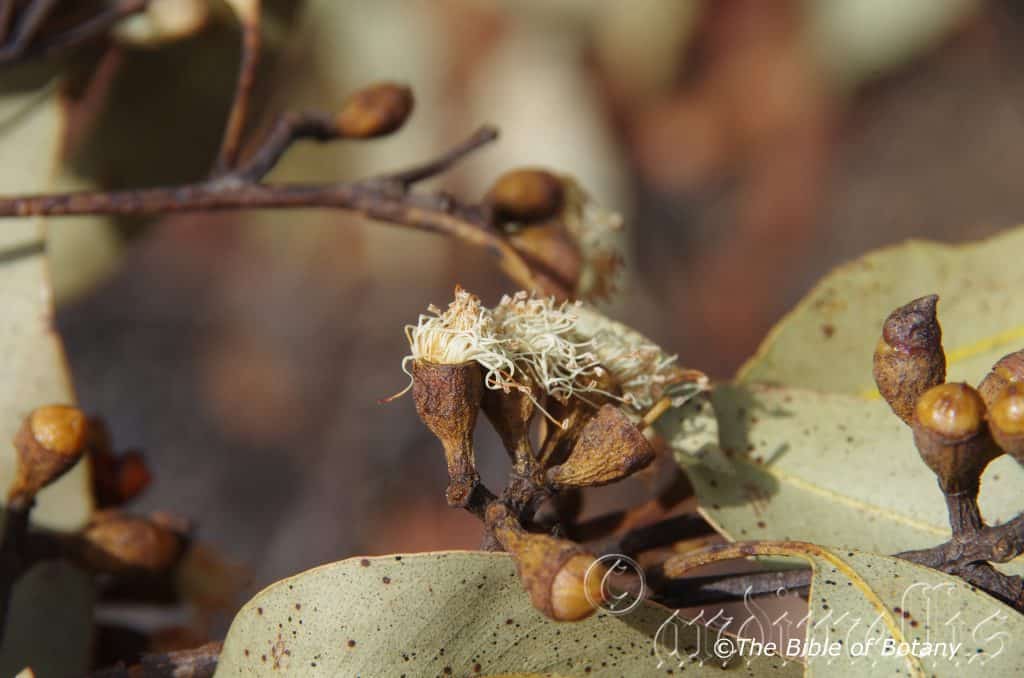
Glenugie Forest NSW
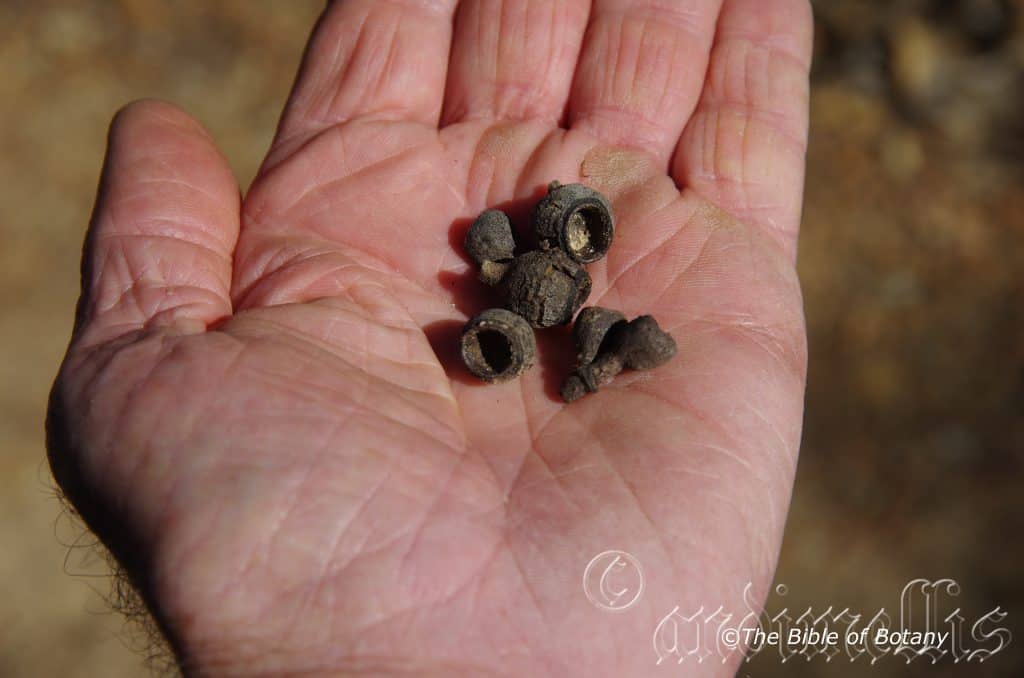
The Pinnacles NSW
Corymbia maculata
Classification:
Unranked: Eudicots
Unranked: Rosids
Order: Myrtales
Family: Myrtaceae
Genus: From Korymbos, which is Ancient Greek or CorymbÅsus, which is Latin for a cluster of flowers. It refers to flowers, where the stems branch from different levels on the stalk’s axis but ultimately terminate flowers are all at the same level.
Specie: From Maculatus, which is Latin for to stain or to have spots. It refers to a description of structures or organs, which have spots.
Sub specie:
Common Name: Spotted gum.
Distribution:
Corymbia maculata grows mainly on the Eastern side of the Great Dividing Range south from Childers in Queensland to near Bairnsdale in north eastern Victoria. It is mainly found in coastal forests and coastal forests east of the Great Dividing Range but does extend to the Western Slopes.
https://avh.ala.org.au/occurrences/search?taxa=Corymbia+maculata#tab_mapView
Habitat Aspect Climate:
Corymbia maculata prefers full sun. It grows on slopes flats in dry schlerophyll forests through to being adjacent to cool rainforests on steeper sites. The altitude ranges from 10 meters ASL to 500 meters ASL.
The temperatures range from minus 2 degrees in July to 37 degrees in January.
The rainfall ranges from lows of 500mm to an average of 1600mm annually.
Soil Requirements:
Corymbia maculata prefers a narrow variety of soils which are between medium to heavy clays. The soils are derived from decomposed shales and slates or those soils overlying shale and slate. The soils pH ranges from 5.5pH to 6.5pH. It does not tolerate waterlogged soils. Non saline soils to moderately saline soils are tolerated as are salt laden winds.
Height & Spread:
Wild Plants: 8m to 12m on headlands with forest trees to 50m by 6m to 12m. One tree apparently has been recorded at 91 meters. (Corymbia maculata wikipedea)
Characteristics:
Corymbia maculata is a tall tree with a long straight bole often reaching well over half its height before branching. The trunk is glabrous pale grey or white is covered in a white powder. The bark has a spotted or motley appearance. The decorticating bark sheds annually, to reveal a pale pink blaze in summer before resuming to its usual colour. The bark is shed in irregular polygonal flakes. Branchlets are light grey to creamy brown while the juvenile growth is red to bronze red.
The alternate, disjunct, lanceolate leaves of Corymbia maculata are straight to slightly falcate. The leaves are glabrous and measure 100mm to 210mm in length by 15mm to 30mm in width. The base is cuneate to asymmetrical-cuneate while the apex is acute to narrowly acute. The concolourous laminas are glossy olive-green to mid green and glabrous. The laminas are flat. The margins are entire. The mid vein is slightly prominent on both laminas. Petioles measure 10mm to 20mm in length.
The opposite disjunct juvenile leaves are elliptical to ovate on very young saplings. It is glabrous, glossy green and bronze-red and measure 80mm to 100mm by 30mm to 60mm wide.
The inflorescence of Corymbia maculata is a corymb born from the terminal. The corymbs measure 80mm to 10mm in diameter. There are 5 to 9 umbels on each corymb with 3 buds on each umbel. The umbel’s peduncles are terete to angular and measure 5mm to 20mm in length while the pedicels measure 3mm to 7mm in length. The individual buds are ovoid and measure 10mm to 11mm in length by 6mm to 7mm in diameter. The operculum is round-conical while the apex of the operculum has a distinct knob and is yellow with red, purple or orange. The white flowers measure 33mm to 36mm in diameter.
The stamens are the most prominent part of the flower and measure 14mm to 15mm in length.
The pale green, stout style which rises from the pale green disc measures 7mm to 8mm in diameter. The flowers appear from May to September.
Corymbia maculata’s ovoidal to ovoid-urceolate shaped fruits are capsules or gum nuts. The gum nuts measure 10mm to 14mm in length by 9mm to 11mm in width and have a 3.5mm to 5mm opening at the top. There are 3 inserted valves. The operculum scar is absent from the hypanthia.
The deep red-brown, flat, variable shaped, winged seeds measure 3.5mm to 4mm by 2mm to 2.5mm in length including the wing. The seeds measure about 1.5mm to 2mm in length by 0.6mm to 0.8mm in width.
Wildlife:
Corymbia maculata is popular with lorikeets and other honey eating birds. It also attracts a lot of insects including the native bee which in return attract many insect eating birds. Possums and gliders feast on the flowers and nectar.
Cultivation:
Corymbia maculata is a tall tree which is only suitable for large gardens and parks away from buildings as they have a tendency to drop small branches throughout the year. It is hardy on all medium to heavy soil types. It is easy to grow and fast growing. It can tolerate light frosts. The trees will provide a good contrast in bark against other trees when planted in a forest situation and allow plenty of filtered light to reach the ground. Trees have a greater spread and are shorter in cultivation but still will grow from 30 meters to 35 meters by 12 meters to 15 meters wide.
Propagation:
Seeds: Seeds maybe erratic if sown fresh. Treatment should include soaking the seeds in a mild vinegar for a couple of hours then in a mild bi-carb of soda for a couple of hours. An alternative method is on wash day to tie the seeds securely in a sock and place them in the daily wash a couple of times. Sow treated seeds into a seed raising mix and cover with 2 mm of fine sand. Place the trays in a larger tray and fill the outer with water so capillary action keeps the mix wet at all times. Place the trays in 30mm shade to full sun. When the seedlings are 60mm to 80mm tall, prick them out and plant them into 50mm native tubes using a good organic mix.
Once the seedlings reach 200mm to 250mm in height plant them out into their permanent position. Feature plantings are best done in groups of three at 15 meter centers. For faster growth plant them at of 6.5 meters can be done then thinning the middle trees out as the foliage begin to come in contact with each other.
Fertilize using Seaweed, fish emulsion or organic chicken pellets soaked in water on an alternate basis. Fertilize every two months until the plants are established then annually in early September or March to maintain health, vitality and better flowering.
Further Comments from Readers:
Hi reader, it seems you use The Bible of Botany a lot. That’s great as we have great pleasure in bringing it to you! It’s a little awkward for us to ask, but our first aim is to purchase land approximately 1,600 hectares to link several parcels of N.P. into one at The Pinnacles NSW Australia, but we need your help. We’re not salespeople. We’re amateur botanists who have dedicated over 30 years to saving the environment in a practical way. We depend on donations to reach our goal. If you donate just $5, the price of your coffee this Sunday, We can help to keep the planet alive in a real way and continue to bring you regular updates and features on Australian plants all in one Botanical Bible. Any support is greatly appreciated. Thank you.
In the spirit of reconciliation we acknowledge the Bundjalung, Gumbaynggirr and Yaegl and all aboriginal nations throughout Australia and their connections to land, sea and community. We pay our respect to their Elders past, present and future for the pleasures we have gained.
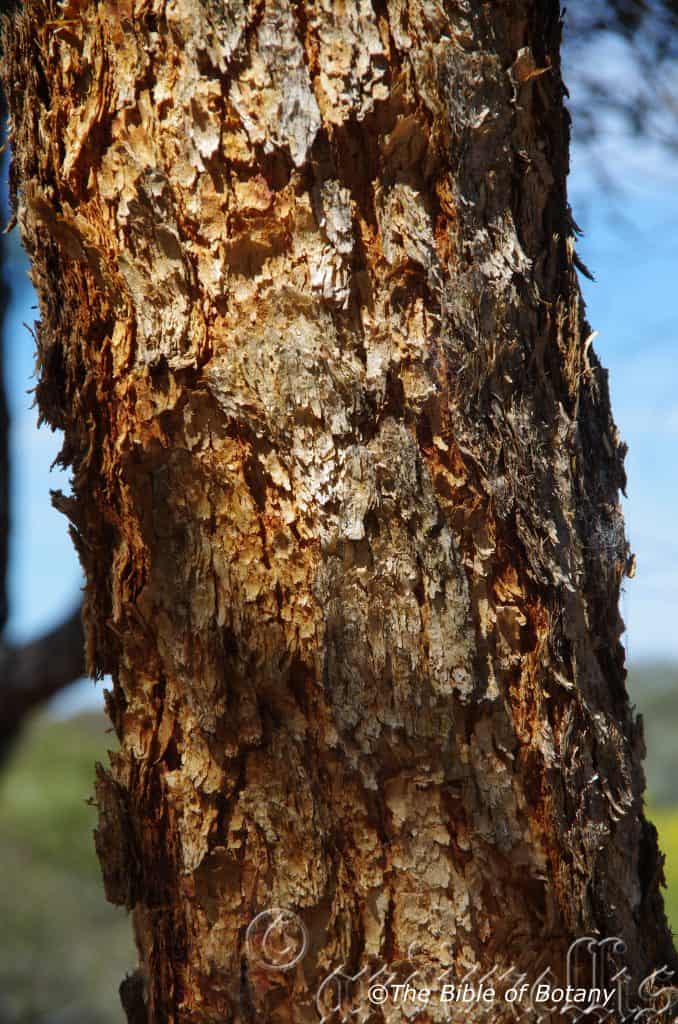
Canberra ACT
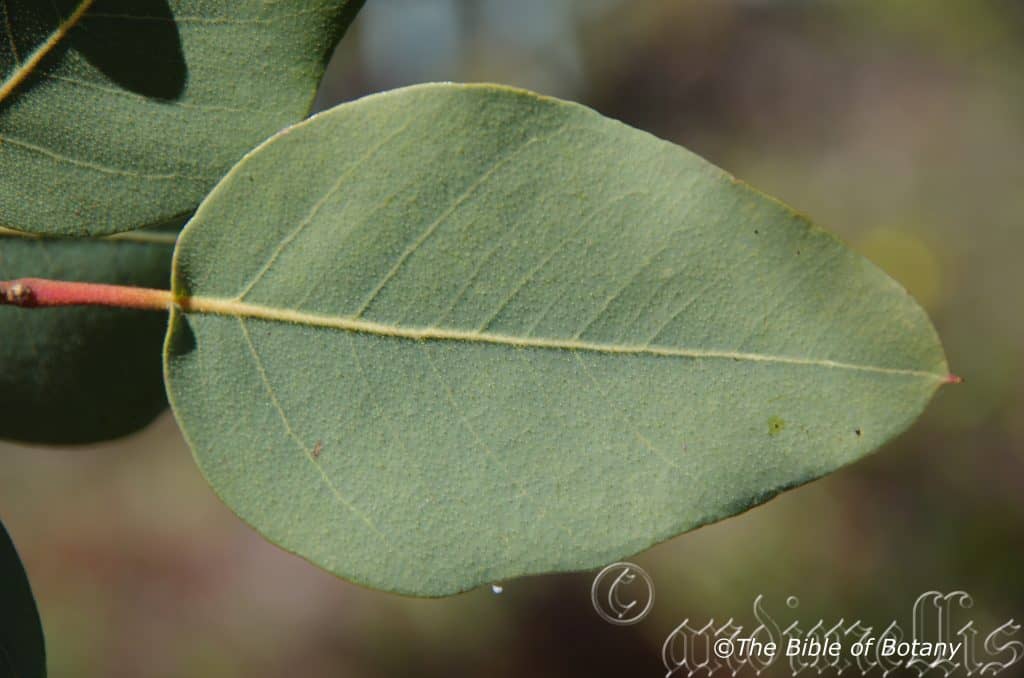
Canberra ACT
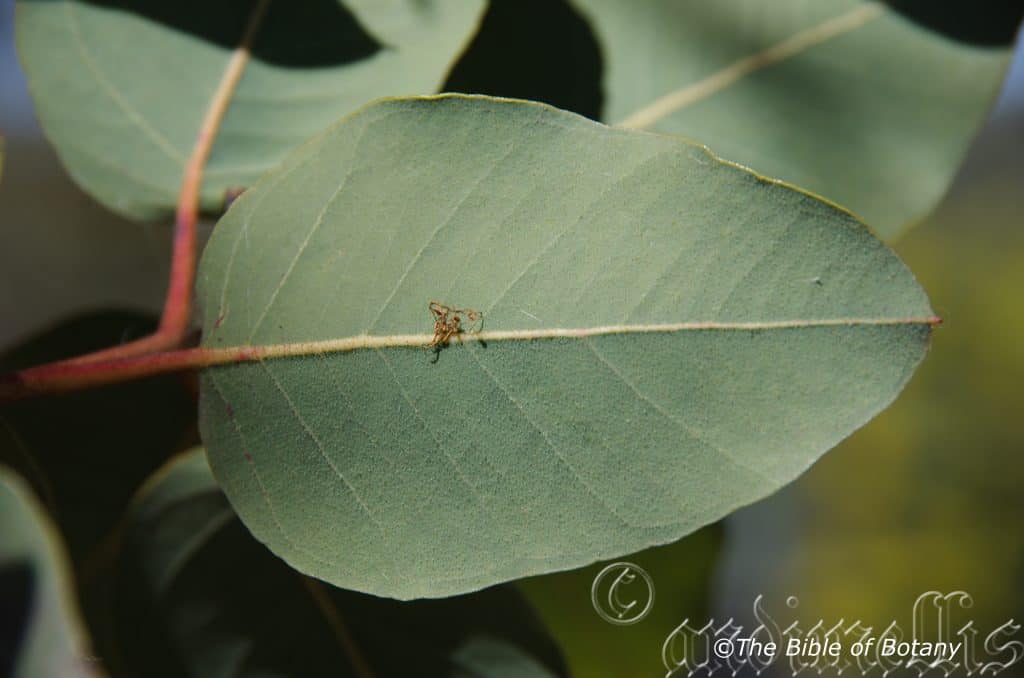
Canberra ACT
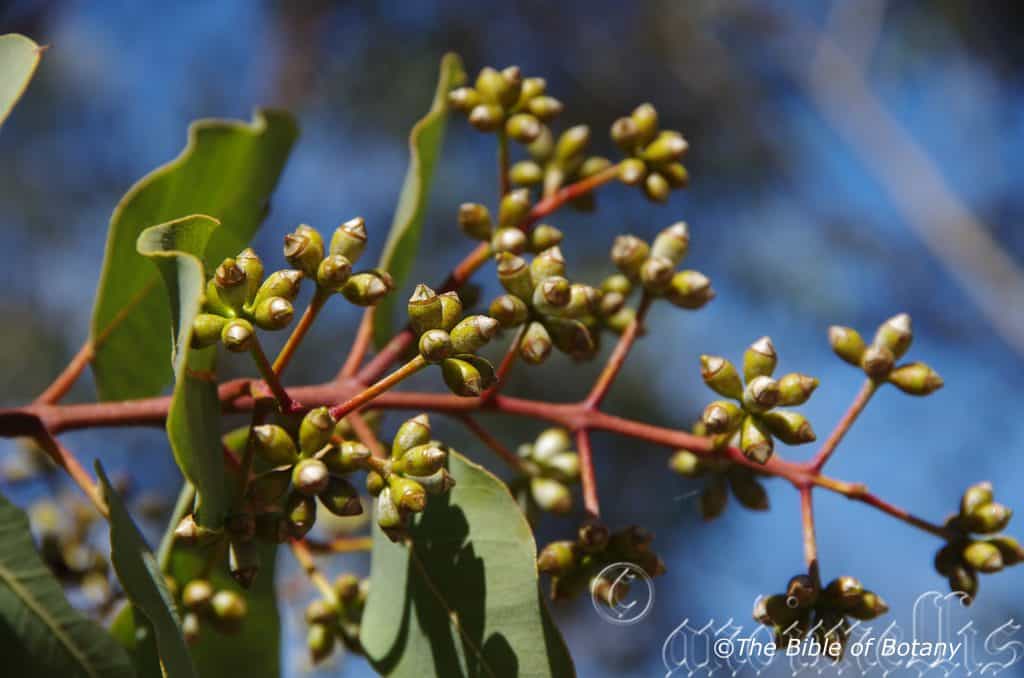
Canberra ACT
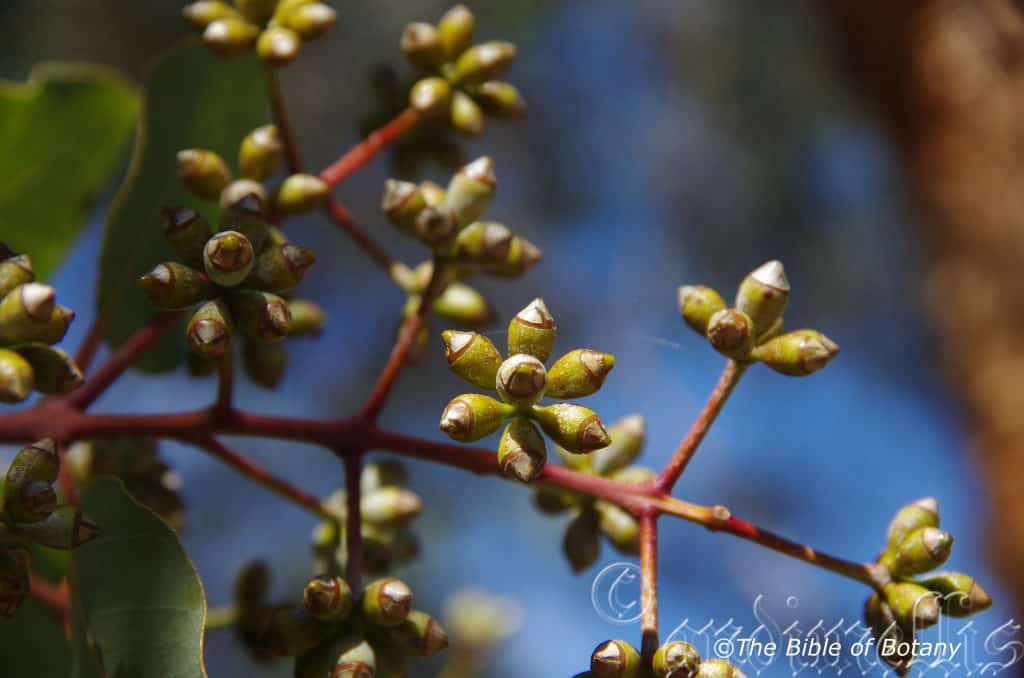
Canberra ACT
Corymbia peltata
Classification:
Unranked: Eudicots
Unranked: Rosids
Order: Myrtales
Family: Myrtaceae
Genus: From Korymbos, which is Ancient Greek or CorymbÅsus, which is Latin for a cluster of flowers. It refers to flowers, where the stems branch from different levels on the stalk’s axis but ultimately terminate flowers are all at the same level.
Specie: From Pelte, which is Ancient Greek or Peltatus, which is Latin for a small shield. It refers to leaves, which have the petioles or leaf stalks attached to the leaf blade somewhere towards the middle of the blade away from the leaf margin.
Sub specie:
Common Name:
Distribution:
Corymbia peltata is restricted to an area between Horse Creek Dimbulah, south west to north of the Einasleigh River towards Georgetown then south to along the Hughenden Road in the Flinders Shire then southeast to 75.7 km N of Lynd Junction cross roads on Mt Garnet road and north to Townsville. It is mainly found on the western slopes and on the Great Dividing Range but extends almost to the coastal ranges.
https://avh.ala.org.au/occurrences/search?taxa=Corymbia+peltata#tab_mapView
Habitat Aspect Climate:
Corymbia peltata prefers full sun. It grows on gentle slopes to steeps slopes and ridges in schlerophyll forests through to being adjacent to cool rainforests on steeper sites. The altitude ranges from 60 meters ASL to 1200 meters ASL.
The temperatures range from 4 degrees in July to 38 degrees in January.
The rainfall ranges from lows of 400mm to an average of 2600mm annually.
Soil Requirements:
Corymbia peltata prefers a narrow variety of soils which are between sandy loams to medium clays. The soils are usually derived from decomposed sandstone over sandstone and can be deep or skeletal. The soils pH ranges from 5.5pH to 6.5pH. It does not tolerate waterlogged soils. Non saline soils to moderately saline soils are tolerated as are salt laden winds.
Height & Spread:
Wild Plants: 8m to 18m by 8m by 10m.
Characteristics: Corymbia peltata is a small tree with either a single long straight bole often reaching well over half its height before branching or with several well-formed or crooked trunks arising from a well-developed lignotuber.
The finely, thick, orange-yellow to yellow-brown to orange-brown tessellated-stringy trunk continues to the small branches. The decorticating bark sheds throughout the year in small polygonal flakes. The branchlets are reddish-maroon while the juvenile growth is reddish or yellow and glabrous with elongated oil bodies in the pith.
The alternate or at times subopposite, lanceolate or weakly falcate leaves of Corymbia peltata measure 80mm to 240mm in length by 15mm to 45mm in width. The base is tapering while the apex is tapering narrow acute. The petiole measures 10mm to 35mm in length. The concolourous laminas are blueish-green to grey-green, dull and glabrous. The laminas are flat while the margins are entire. The penniveined leaves’ mid vein is slightly prominent on both laminas. The intramarginal vein is parallel to and just within margin while the small oil glands are numerous.
The juvenile stems and petioles are terete to square in cross section. The orbicular to ovate or deltoid leaves are opposite for 1 to 2 nodes or at times 3 nodes. The setose to scabrid dull blueish-green and bronze-red, opposite leaves measure 60mm to 160mm in length by 30mm to 60mm in width. The bases are peltate until the trees are well into their second year of growth.
The inflorescence of Corymbia peltata is a corymb born from the terminals. The corymbs measure 80mm to 100mm in diameter. There are 7 buds on each umbel. The umbel’s peduncles are terete and measure 6mm to 25mm in length while the pedicellates measure 2mm to 4mm in length. The individual obovoidal buds measure 6mm to 10mm in length by 5mm to 6mm in diameter. The white surface is due to a rubbery cuticle. A scar is present while the operculum is shed early. The operculum is flattened to rounded and umbonate, or conical, sometimes wider than the base of the bud.
The inflexed stamens are white while the oblong anthers are versatile, dorsifixed and dehisce by way of longitudinal slits.
The long style’s stigma tapers while the 3 locules in the ovules are arranged in 5, 6 or 7 vertical rows. The style is white while the flowers appear from July to September.
Corymbia peltata’s urceolate or truncate-globose shaped capsules or gum nuts measure 9mm to 15mm in length by 8mm to 14mm in width. The 3 inserted valves are enclosed in a descending disc. The operculum scar is present on the hypanthia. The capsules are mainly sessile to subsessile.
The reddish-brown, semi glossy, variable shaped seeds are not winged. There is a keel on the glabrous yet often dorsally cankered surface. The seeds measure 5.5mm to 8.5mm in length by 3.5mm to 5mm in width.
Confusing Species:
Corymbia peltata’s juvenile leaves are somewhat scabrid to strongly scabrid.
Corymbia leichhardtii’s juvenile lanceolate leaves are glabrous.
Wildlife:
Corymbia peltata are popular with lorikeets and other nectar eating birds. It also attracts a lot of insects including the native bee which in return attract many small insect eating birds. The brush tail possum and sugar glider also feast on the flowers and nectar.
Cultivation:
Corymbia peltata is a beautiful small tree which is very suitable for small to large gardens and parks away from buildings as they have a tendency to drop small branches throughout the year. It is hardy on all light sandy soils to heavier silts. It is easy to grow and fast growing. It can tolerate light frosts. The trees will provide a good contrast in bark against other trees when planted in an open forest or park situation that allows plenty of filtered light to reach the ground. Trees around Townsville are performing beautifully in cultivation particularly as a street tree.
Propagation:
Seeds: Seeds maybe erratic if sown fresh. Try placing the seeds; on wash day, securely in a sock and place those in the daily wash prior to sowing. Sow treated seeds into a seed raising mix and cover with 2mm to 5mm of fine sand. Place the trays beneath 30mm shade to full sun. When the seedlings are 60mm to 80mm tall, prick them out and plant them into 50mm native tubes using a good organic mix.
Once the seedlings reach 200mm to 250mm in height plant them out into their permanent position. Feature plantings are best done in groups of three at 10 meter centers.
Fertilize using Seaweed, fish emulsion or organic chicken pellets soaked in water on an alternate basis. Fertilize every two months until the plants are established then annually in early September or March to maintain health, vitality and better flowering.
Further Comments from Readers:
Hi reader, it seems you use The Bible of Botany a lot. That’s great as we have great pleasure in bringing it to you! It’s a little awkward for us to ask, but our first aim is to purchase land approximately 1,600 hectares to link several parcels of N.P. into one at The Pinnacles NSW Australia, but we need your help. We’re not salespeople. We’re amateur botanists who have dedicated over 30 years to saving the environment in a practical way. We depend on donations to reach our goal. If you donate just $5, the price of your coffee this Sunday, We can help to keep the planet alive in a real way and continue to bring you regular updates and features on Australian plants all in one Botanical Bible. Any support is greatly appreciated. Thank you.
In the spirit of reconciliation we acknowledge the Bundjalung, Gumbaynggirr and Yaegl and all aboriginal nations throughout Australia and their connections to land, sea and community. We pay our respect to their Elders past, present and future for the pleasures we have gained.
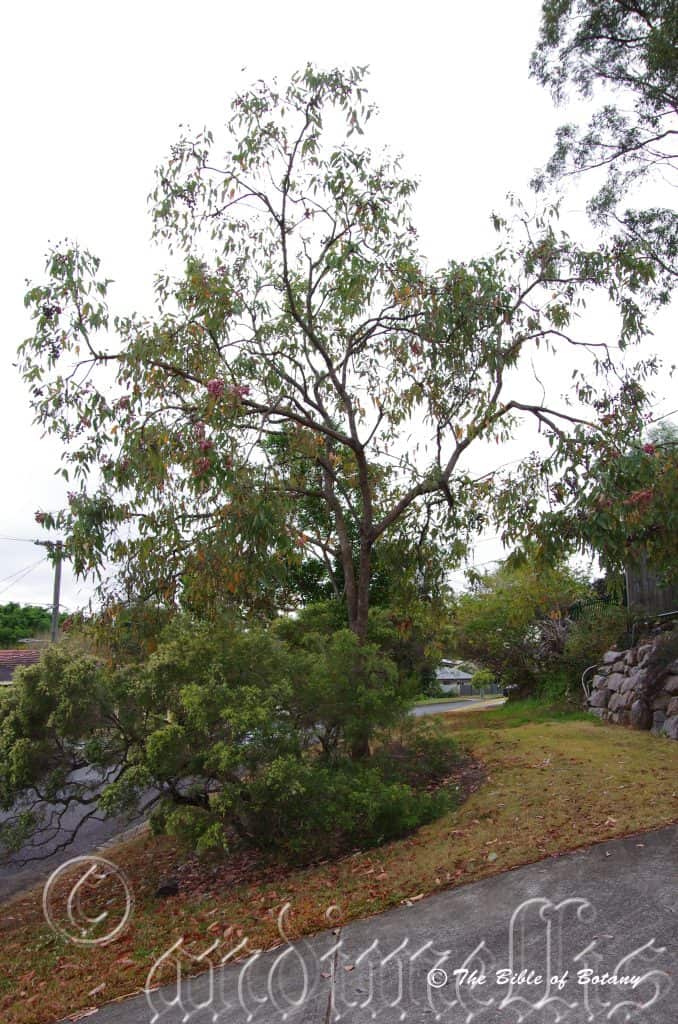
Seven Hills Qld.
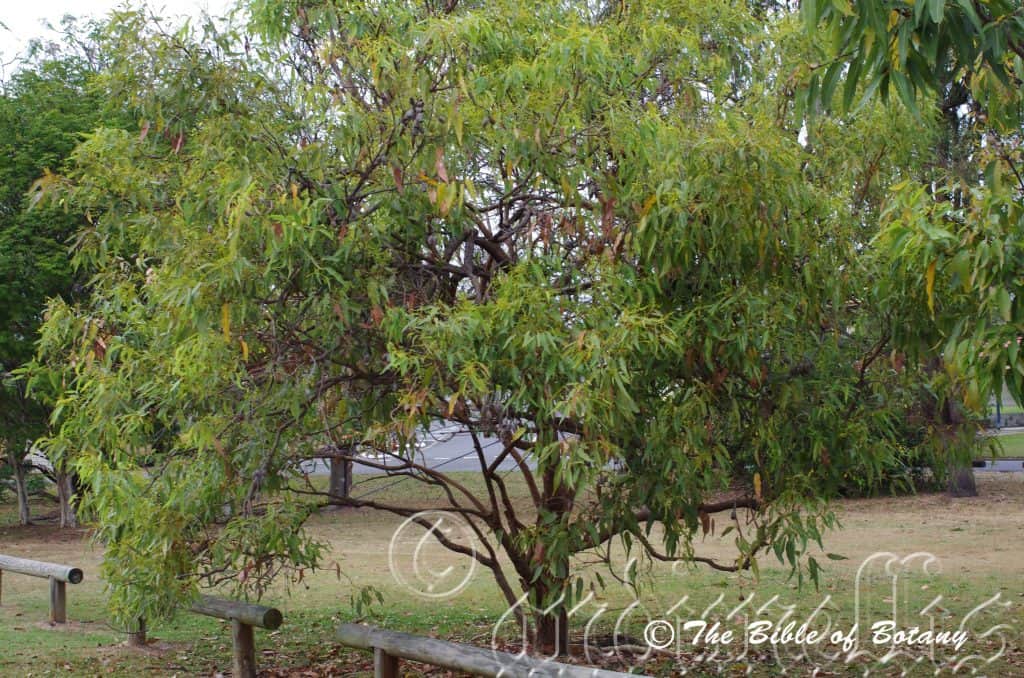
Seven Hills Qld.
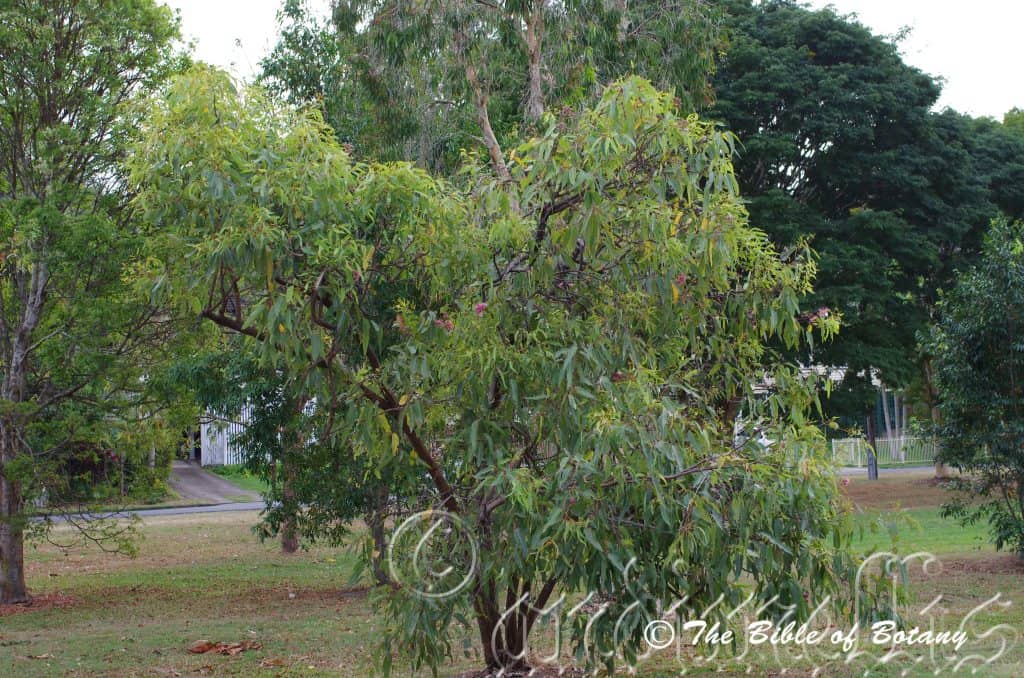
Seven Hills Qld.
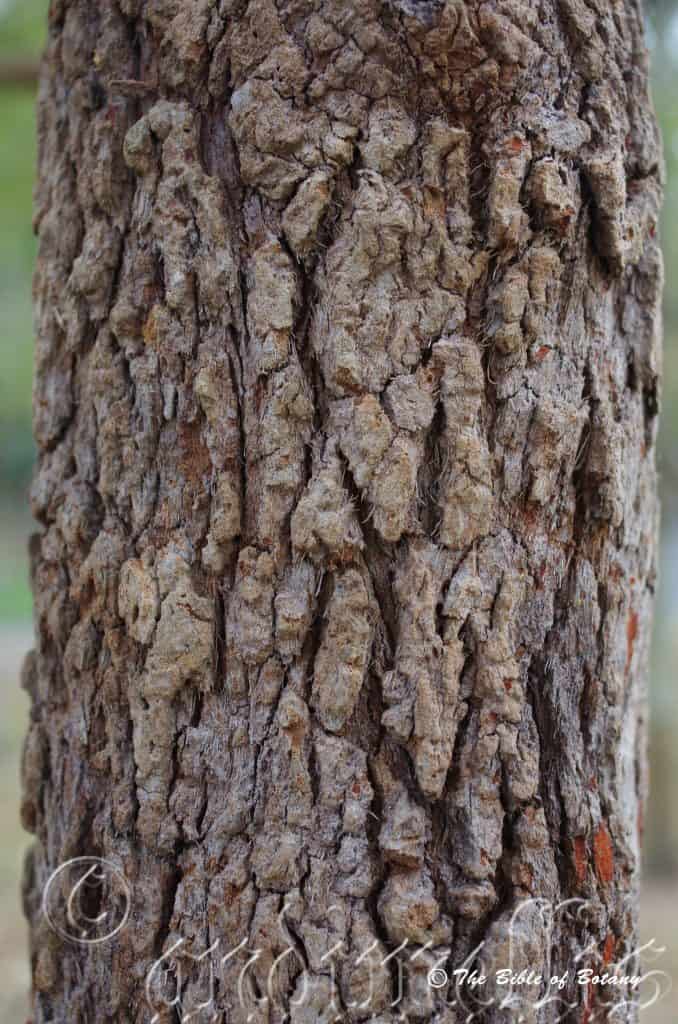
Seven Hills Qld.
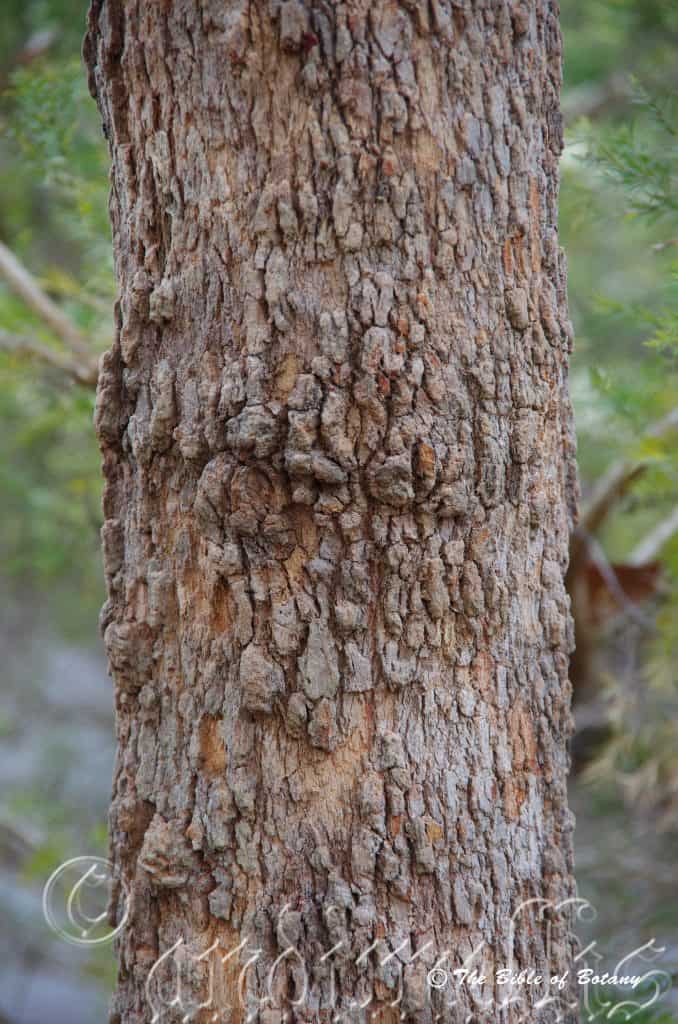
Grange Qld.
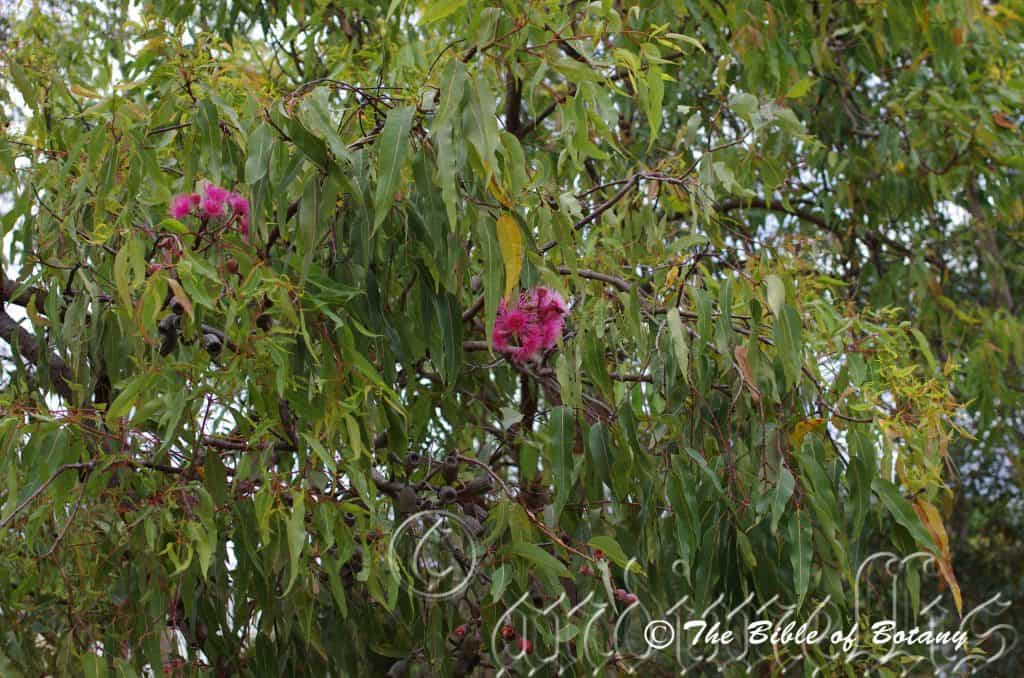
Seven Hills Qld.
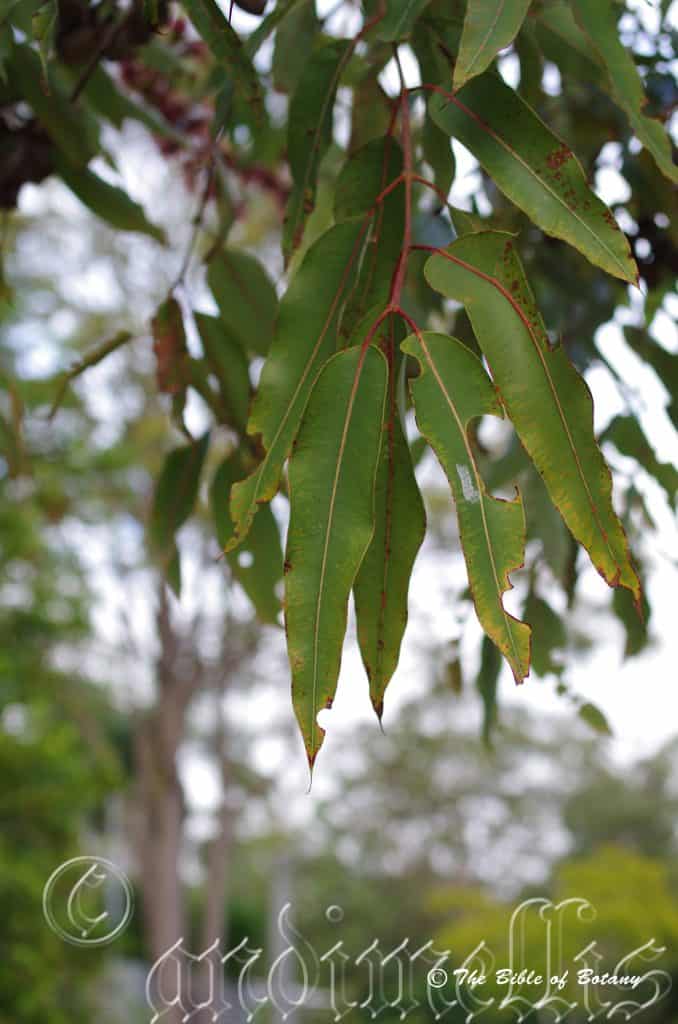
Seven Hills Qld.
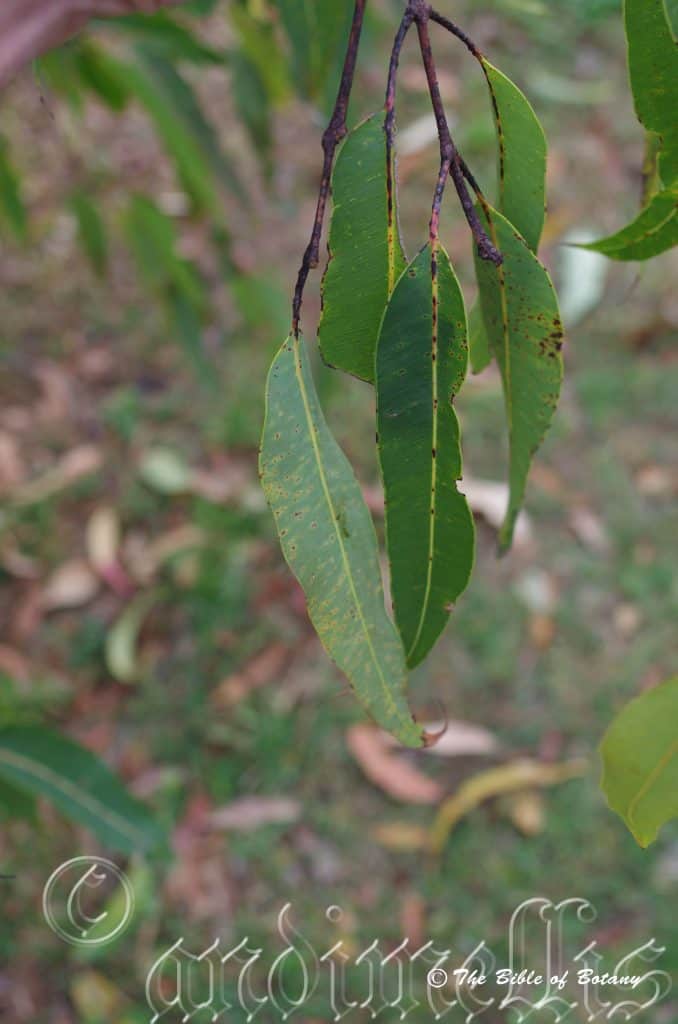
Seven Hills Qld.
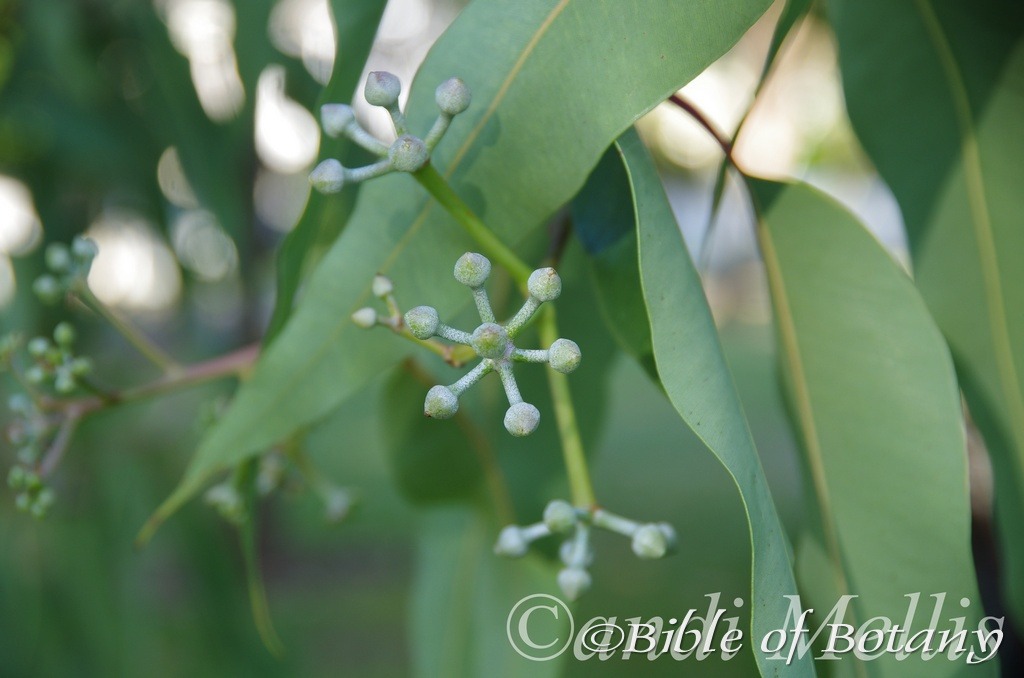
Seven Hills Qld.
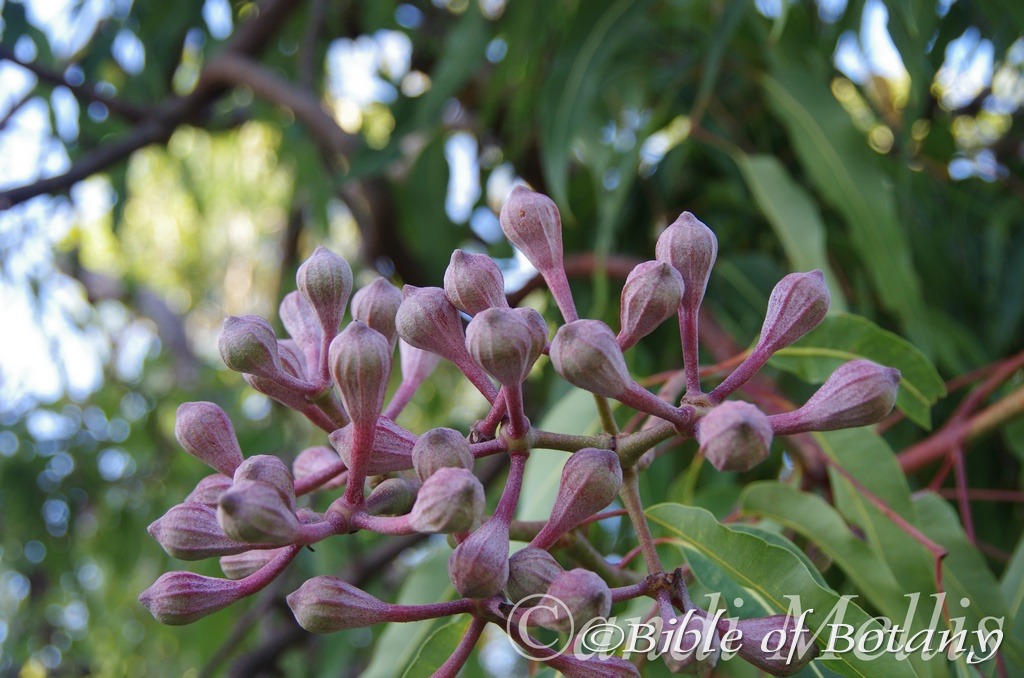
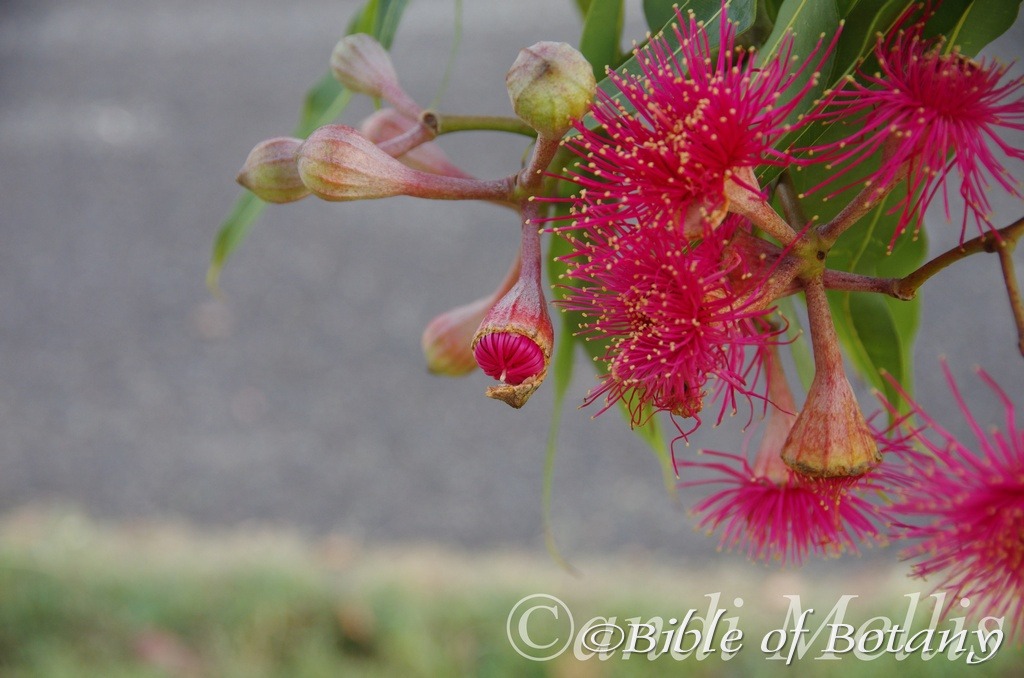
Seven Hills Qld.
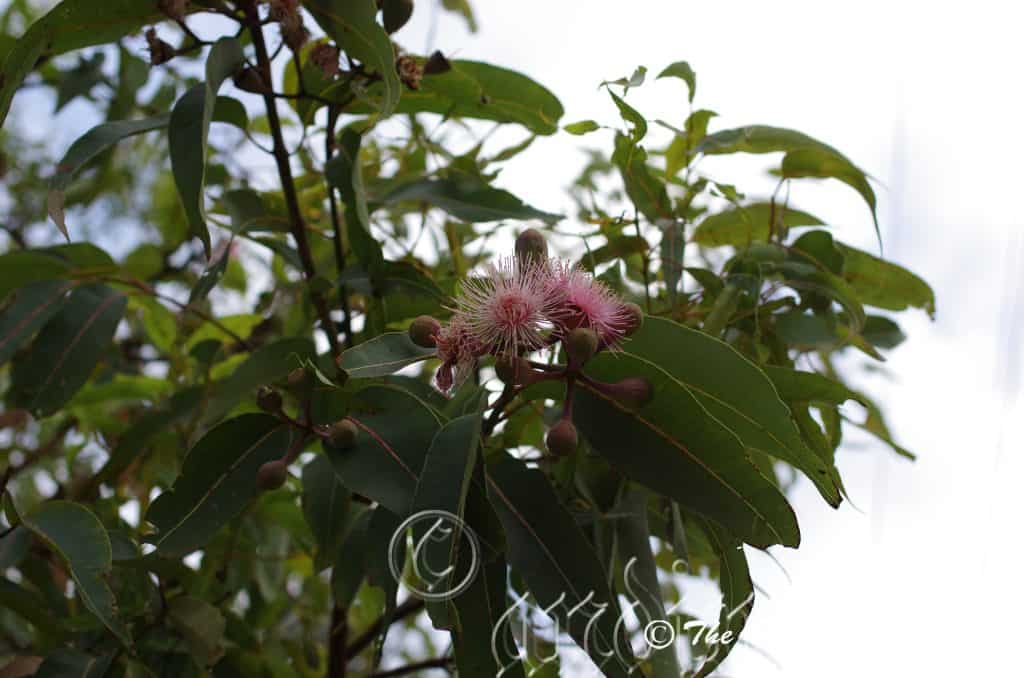
Seven Hills Qld.
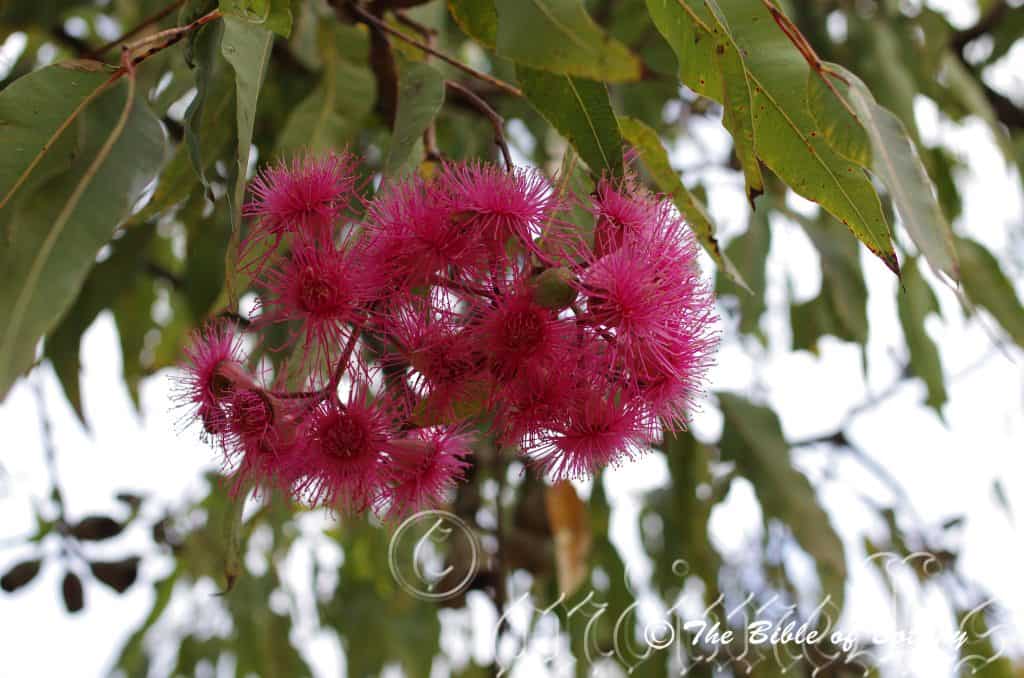
Seven Hills Qld.
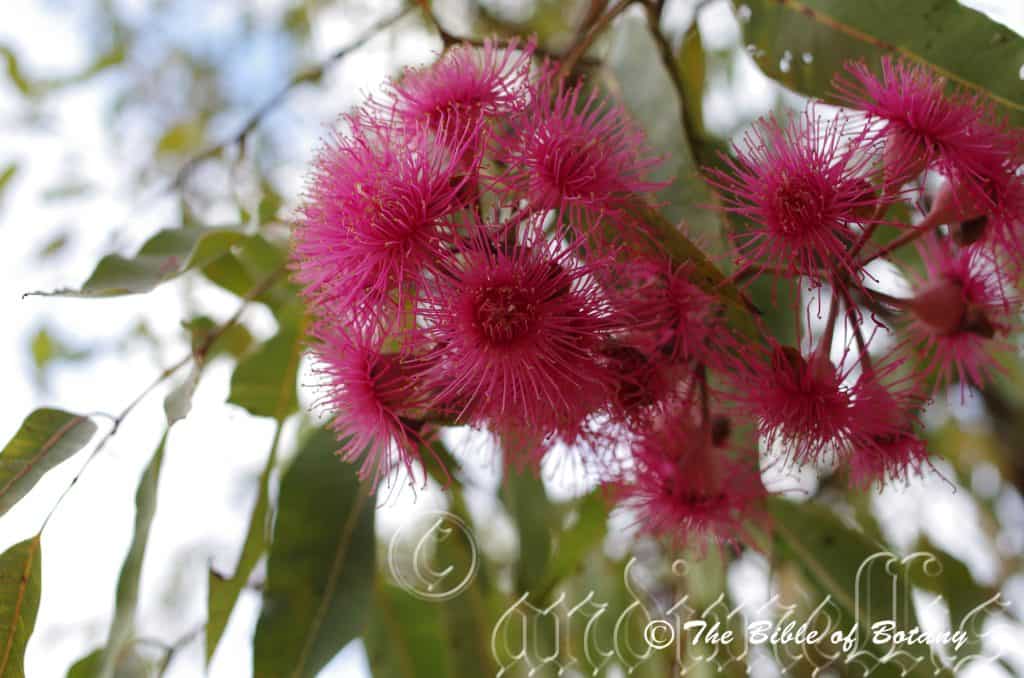
Seven Hills Qld.
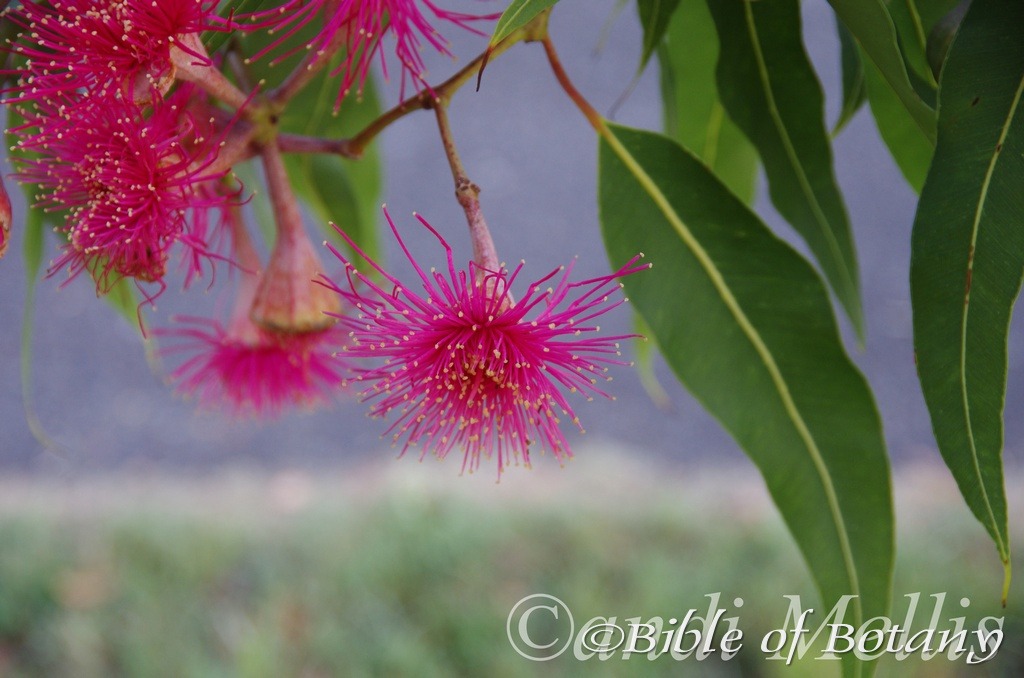
Seven Hills Qld.
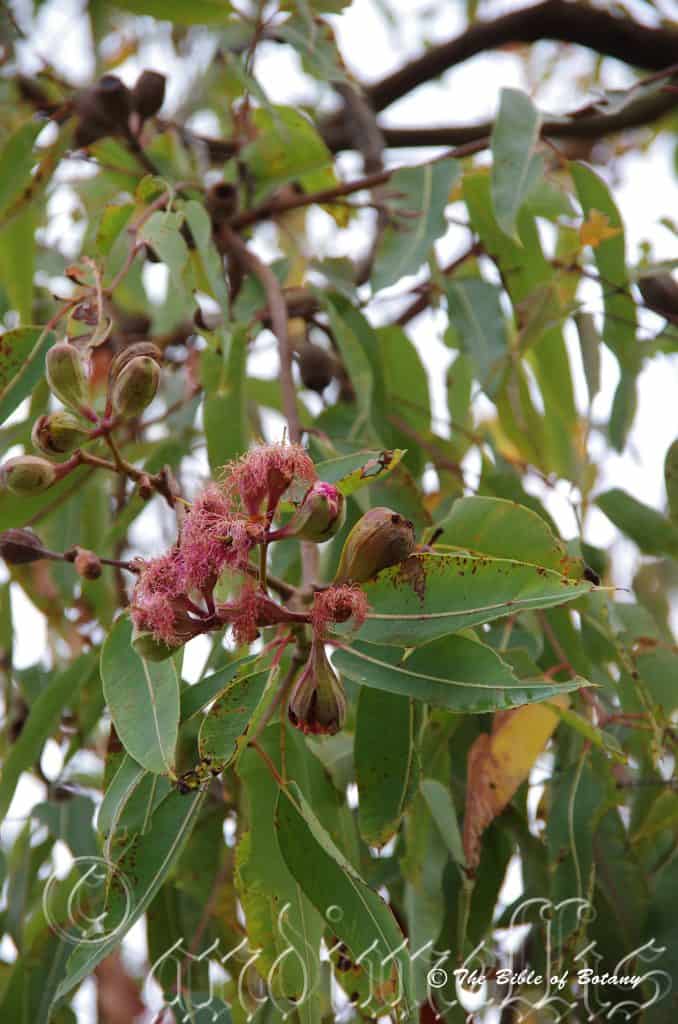
Grange Qld.
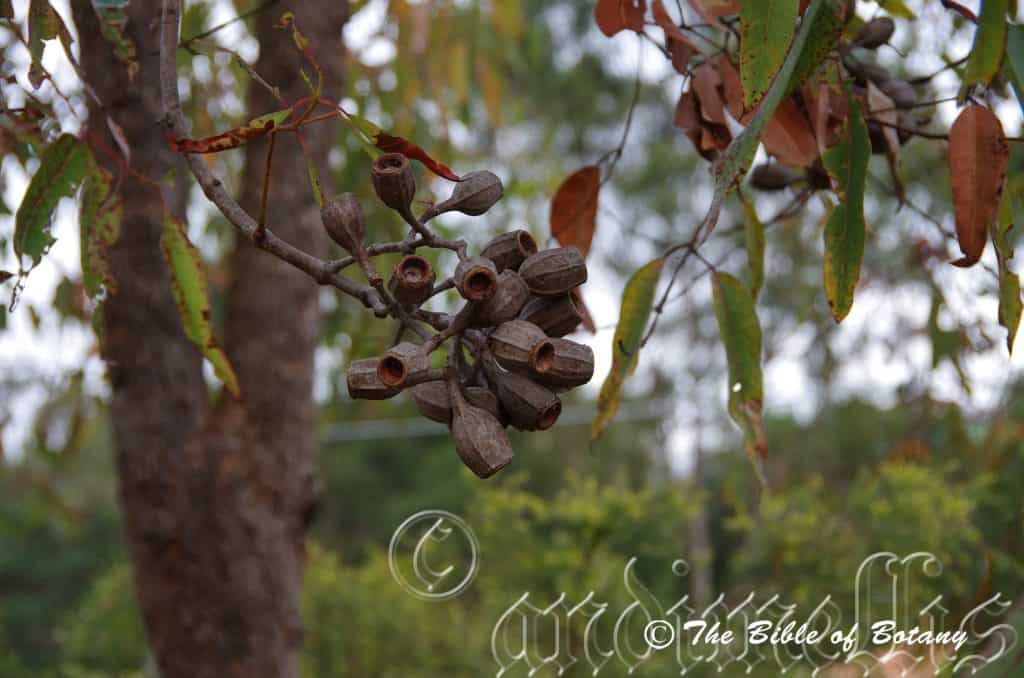
Seven Hills Qld.
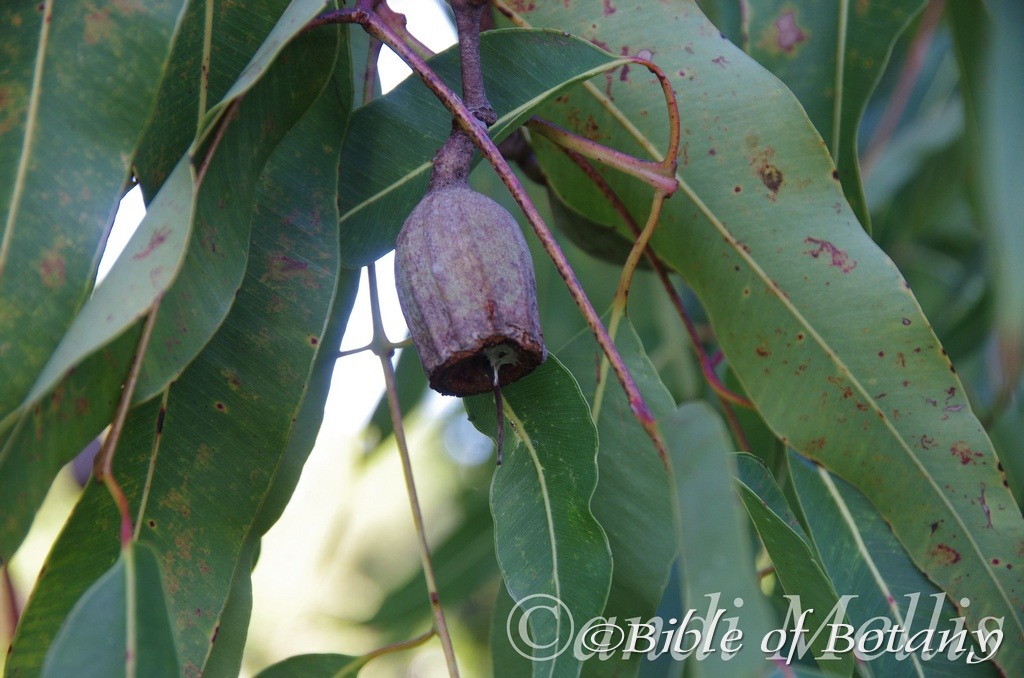
Seven Hills Qld.
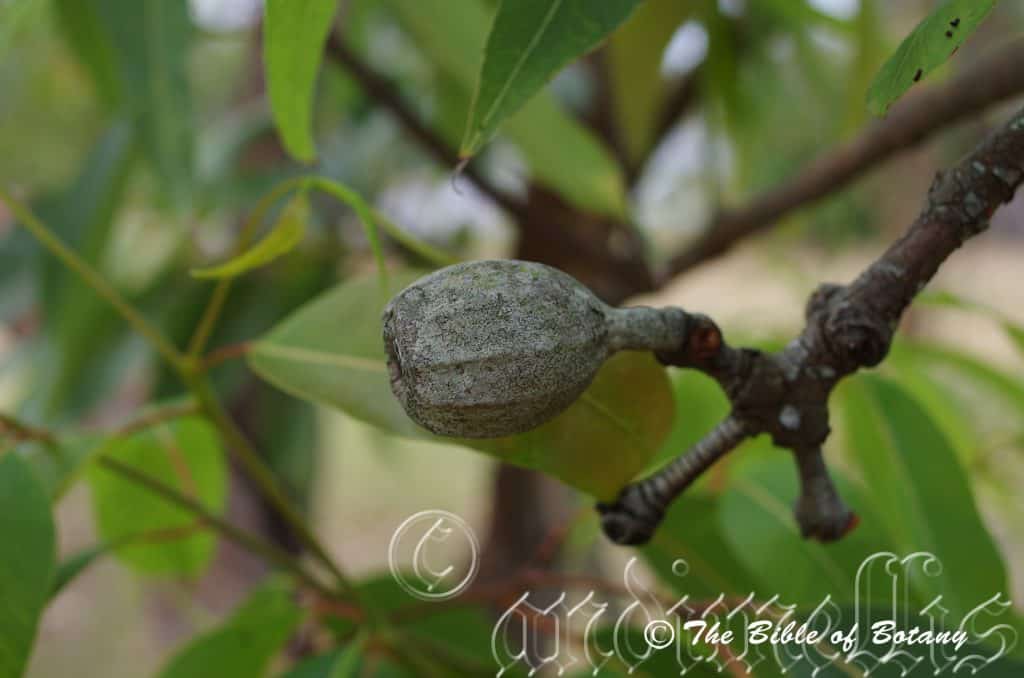
Seven Hills Qld.
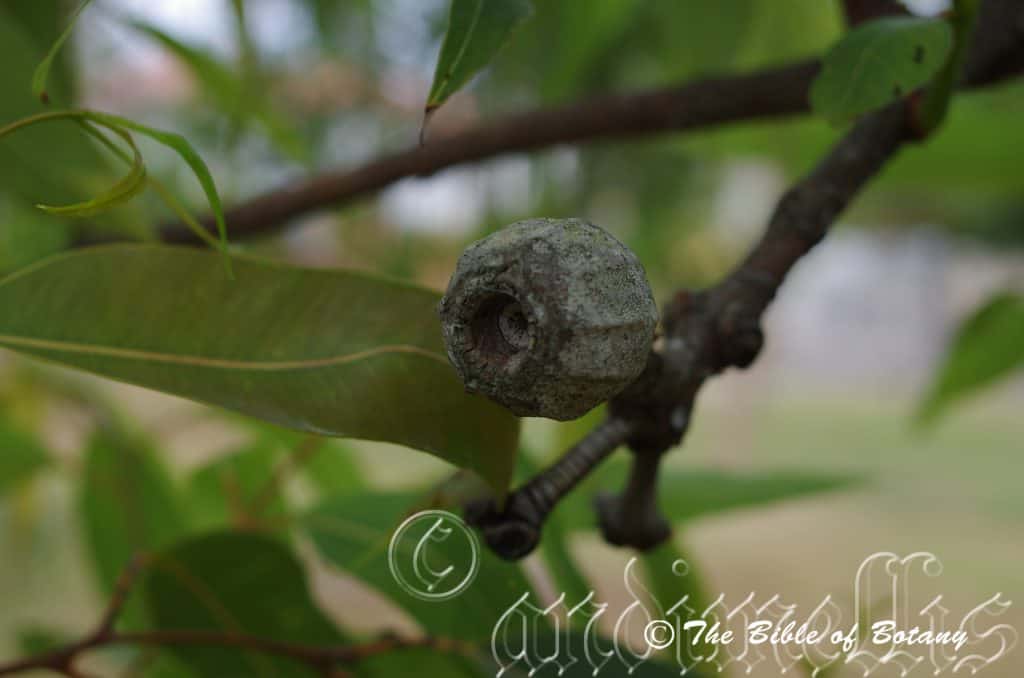
Seven Hills Qld.
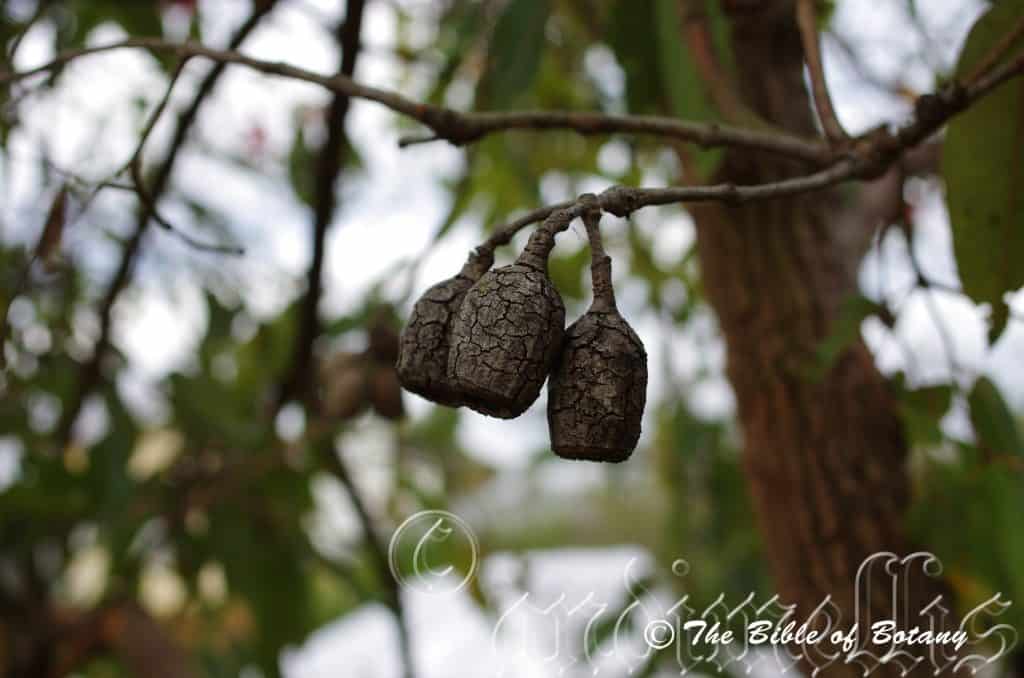
Seven Hills Qld.
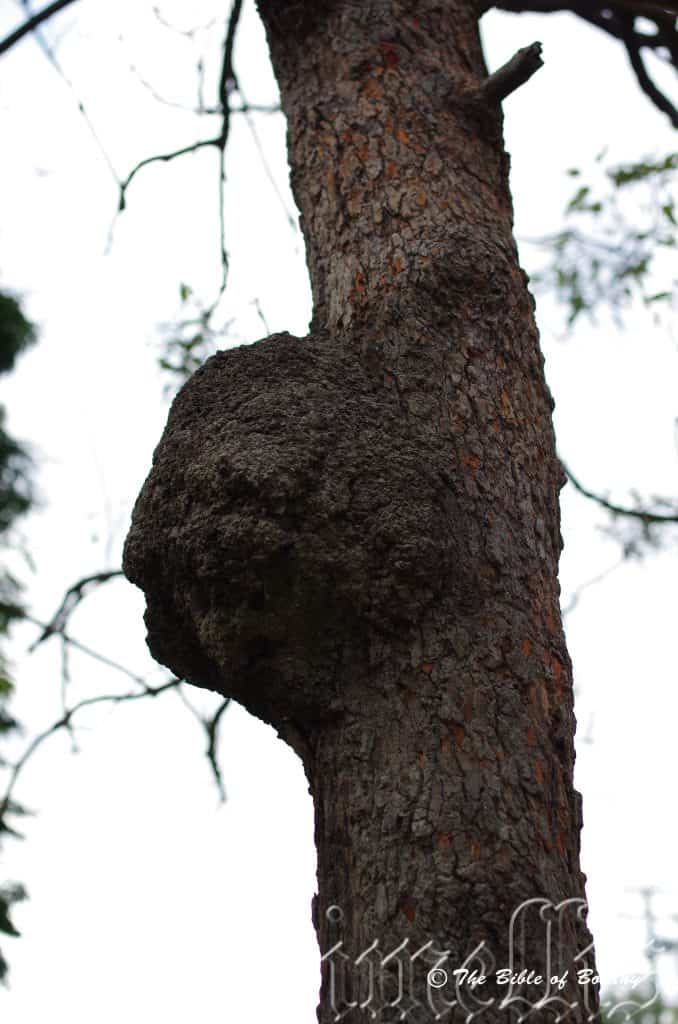
Seven Hills Qld.
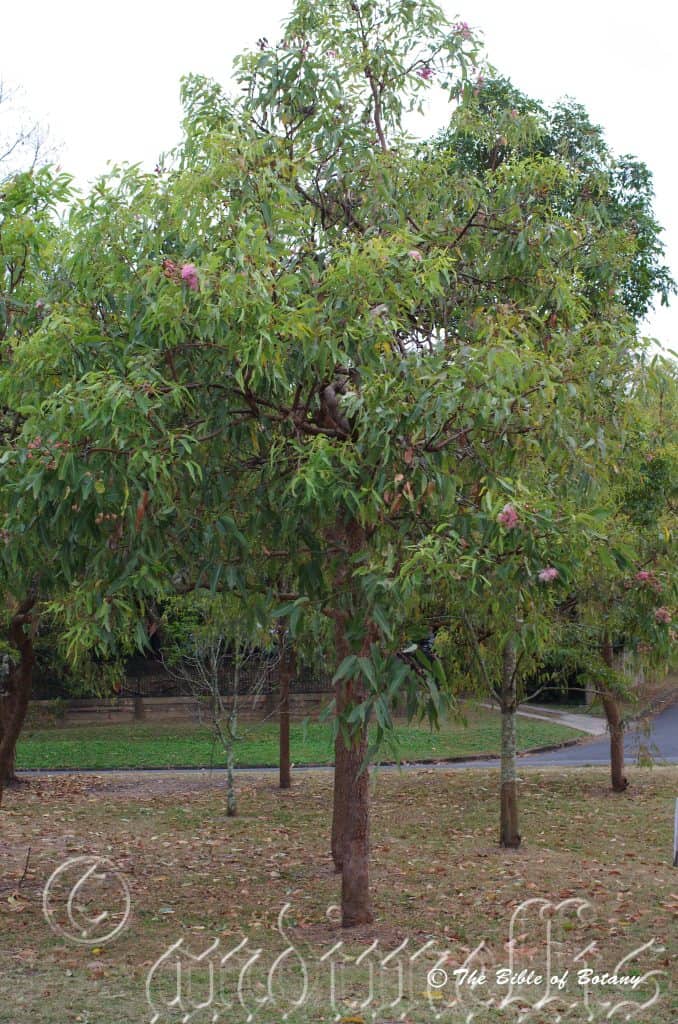
Seven Hills Qld.
Corymbia ptycocarpa
Classification:
Unranked: Eudicots
Unranked: Rosids
Order: Myrtales
Family: Myrtacea
Genus: From Korymbos, which is Ancient Greek or CorymbÅsus, which is Latin for a cluster of flowers. It refers to flowers, where the stems branch from different levels on the stalk’s axis but ultimately terminate flowers are all at the same level.
Specie: From Ptycho, which is Ancient Greek for a fold or crease and Karpos, which is Ancient Greek for a fruit. It refers to fruits, which have very distinct longitudinal creases.
Sub specie:
Common Name: Red Flowering Swamp Gum or Pink Flowering Swamp Gum.
Distribution:
Corymbia ptycocarpa grows east from north West of Broome in north west Western Australia through the Northern Territory to Home Hill National Park in far north western Queensland.
https://avh.ala.org.au/occurrences/search?taxa=Corymbia+pytchocarpa#tab_mapView
Habitat Aspect Climate:
Corymbia ptycocarpa prefers full sun. It grows on gentle slopes flats along creeks, streams, around lagoons, billabongs, swamps or shallow depressions. The altitude ranges from 10 meters ASL to 250 meters ASL.
The temperatures range from 10 degrees in July to 45 degrees in January.
The rainfall ranges from lows of 1200mm to an average of 3000mm annually.
Soil Requirements:
Corymbia ptycocarpa prefers sandy loams to medium clays along inland alluvial flats. The soils are usually derived from decomposed shales and sandstone. The soils pH ranges from 5.5pH to 6.5pH. It tolerates waterlogged soils often growing in shallow ephemeral pools for long periods. Non saline soils to moderately saline soils are tolerated as are salt laden winds.
Height & Spread:
Wild Plants: 4m to 18m by 4m to 8m.
Characteristics:
Corymbia ptycocarpa is a small tree with a long straight bole often reaching half its height before branching or a medium multi branched shrub. A lignotuber is formed below the ground. The trunk is light brown to grey brown or red-brown. The bark is fibrous fissured to tessellate while branchlets are pale brown to pale creamy green and scurfy. Juvenile branchlets are pale blue-green and are glabrous to scurfy.
The alternate to almost opposite, broadly lanceolate leaves of Corymbia ptycocarpa measure 110mm to 320mm in length by 15mm to 30mm in width. The petioles measure 16mm to 35mm in length. The bases are cuneate to rounded or almost truncate while the apexes are acute to acute-obtuse. The discolourous laminas are pale blue-green, glabrous and dull to semi glossy on the upper laminas while the lower laminas are paler. The laminas are flat to slightly undulating. The margins are entire. The mid vein is prominent on both laminas and is paler pinkish-blue or yellow. The intramarginal veins are very close to the margin.
The opposite juvenile leaves of Corymbia ptycocarpa are orbicular, elliptical to oblong. They are glabrous, glossy green often sparsely covered in white or fawn hirtellous or puberulent hairs and measure 60mm to 300mm in length by 15mm to 130mm in width. The bases are peltate while the apexes are obtuse or at times obtuse with an abrupt point.
The terminal inflorescences of Corymbia ptycocarpa are born from the terminals. There are 9 to 19 umbellasters on each corymb with 7 buds on each umbellaster. The umbellaster peduncles measure 15mm to 38mm in length while the pedicels measure 10mm to 33mm in length. Individual buds are scurfy, pink with obovoid to pyriform measuring 16mm to 22mm in length by 12 to 16mm in diameter. They are smooth or with longitudinal lines.
The operculum is bluntly conical or broad ovate while the apex of the operculum has a distinct oval nipple. The white, cream, red, deep pink, to pale pink flowers are 44mm to 60mm in diameter with the slightly incurved stamens being 18mm to 22mm in length. The stamens have white, cream or pink anthers. The style measures 20mm to 25mm in length rising from the center of a yellow to deep green disc. The flowers appear from February to May and sometimes again in December.
The fruits of Corymbia ptycocarpa urn to urceolate shaped fruits are capsules or gum nuts. The gum nuts measure 30mm to 54mm in length by 22mm to 38mm in width and have a 7mm to 9mm opening at the top. There are 4 or 5 inserted valves. The operculum scar is absent from the hypanthia. The nuts have fine longitudinal lines and are deeply longitudinally ridged
The seeds are roughly ellipsoidal. The deep red-brown to black, flat, seeds have a terminal wing. The seeds measure 13mm to 17mm in length by 8mm to 11mm in diameter including the wing.
Wildlife:
The trees are popular with lorikeets and other honey eating birds. It also attracts a lot of insects including the native bee which in return attract many insect eating birds. Possums and gliders feast on the flowers and nectar.
Cultivation:
Corymbia ptycocarpa is medium to small tree which is very suitable for small gardens in tropical and subtropical areas. As it is hardy on all soil types and it is easy to grow, quick growing and can tolerate light frosts. It will provide a good contrast in bark. Trees are more consistent in height when grown in cultivation growing from 8 meters to 10 meters by 4 meters to 6 meters wide. Trees we planted at Wellington Point east of Brisbane in 1974 were still only 8 meters by 4 meters in 2010. It is unknown whether the present owners had pruned the trees though the single trunk indicated they hadn’t.
Corymbia ptycocarpa can be pruned heavily from the third year once its lignotuber has developed turning a small tree into a large shrub. The benefits of the shrub are that the plant is a terminal flowerer and the more branches or stems they produce the more flowers they produce. Flowering can be enhanced with regular applications of our recommended fertilizers throughout late summer and early autumn until the buds first appear. During this period ground moisture should be kept constantly moist to wet. The plants can be allowed to dry out during the dry seasons of winter and spring.
Corymbia ptycocarpa can be grown as a tree or shrub. It makes an excellent feature if an imagination is included in the landscaping field. Try plantings in mass at irregular spaces between 4 meters and 8 meters in different patterns particularly if seedling plants are used as the various colours and extended flowering period makes it worthwhile.
Also think about using the tree forms in the center and surrounding them with pruned plants to keep their height in check. This way flowering is at many different levels. As shrubs and trees are mingled together an impenetrable block of colour is developed over a long period.
Their large leaves and large flowers in various colours is sheer beauty contrasting other finer foliaged plants planted further out as ground covers. Again the ground covers would give the best display if the foliage are deep greens. Try different Grevillea specie. If this technique is used make sure the plants further out have deep red or burgundy flowers or you jump straight across to deep yellows for a strong showing. Plants with paler coloured flowers will lose a lot of strength even if in flower and when Corymbia ptycocarpa is not in flower the very large leaves will hold it in good stead.
Propagation:
Seeds: Sow fresh seeds into a seed raising mix and cover with 5mm of the mix. Place the trays in a larger tray and fill the outer with water so capillary action keeps the mix wet at all times. When the seedlings are 50mm to 60 mm tall, prick them out and plant them into 50mm native tubes using a good organic mix.
Once the seedlings reach 200mm to 250mm in height plant them out into their permanent position. Feature plantings are best done with seedlings planted in groups of three or five at 4 meter to 5 meter centers. Try plantings for mass plantings at spaces between 4 meters and 5 meters in different patterns particularly if seedling plants are used. Where a tree is used in the middle allow it to develop a single trunk and prune the outer plants so they develop a shrubbier affect.
Approach Grafting:
The best method of grafting is likely to be approach grafting using Corymbia ptycocarpa scions on Corymbia citriodora sub sp. variegata or Corymbia gummifera root stocks.
- The stock plant is allowed to grow normally in a pot to 300mm to 350mm tall. Trim leaves off at the area where the union will take place.
- The scion is also allowed to grow in a pot to 300mm to 350mm tall. Trim leaves off at the area where the union will take place.
- Remove the top of the stock plant about 50mm above the area of where the union will take place.
- The stock plant now has a 10mm to 15mm slice removed from one side of the stem or trunk with the knife after the blade has been sterilized. DO NOT TOUCH THE NEW CUT WITH THE FINGERS. Contaminants and oil may affect the bond.
- The scion plant now has a 10mm to 15mm slice removed from one side of the stem or trunk with the knife after the blade has been sterilized. Make sure the cuts align before you cut the scion. DO NOT TOUCH THE NEW CUT WITH THE FINGERS. Contaminants and oil may affect the bond.
5.Bring the scion and stock together so that they touch and can be taped together tightly. If this is done outdoors make sure the two sections are stable and won’t get blown about and kill the union.
- Wrap the grafting tape around the stock and scion starting from the bottom and moving to the top of the graft and back down again. Tie the tape off. Start about 10mm to 15mm below the graft and finish 10mm to 15mm above the graft.
- Apply grafting mastic, plasticine over the tape to ensure water does not enter the site.
- The graft if successful will see the scion shoot new growth in 4 to 6 weeks. There is no need to remove the tape if a good quality one is used as it will expand as the union takes and will eventually split.
- Make a cut below the graft on the scion so that it is no longer reliant upon its own roots. Make this cut as close as possible to the union using a sterile sharp pair of secateurs. Seal the wound with grafting wax. Be careful not to damage the union.
- Remove by trimming the stock plant back as close as possible to the union with a sterilized pair of sharp secateurs. Seal the wound with grafting wax. Be careful not to damage the union.
Fertilize using Seaweed, fish emulsion or organic chicken pellets soaked in water on an alternate basis. Fertilize every two months until the plants are established then annually in early September or March to maintain health, vitality and better flowering.
Further Comments from Readers:
Hi reader, it seems you use The Bible of Botany a lot. That’s great as we have great pleasure in bringing it to you! It’s a little awkward for us to ask, but our first aim is to purchase land approximately 1,600 hectares to link several parcels of N.P. into one at The Pinnacles NSW Australia, but we need your help. We’re not salespeople. We’re amateur botanists who have dedicated over 30 years to saving the environment in a practical way. We depend on donations to reach our goal. If you donate just $5, the price of your coffee this Sunday, We can help to keep the planet alive in a real way and continue to bring you regular updates and features on Australian plants all in one Botanical Bible. Any support is greatly appreciated. Thank you.
In the spirit of reconciliation we acknowledge the Bundjalung, Gumbaynggirr and Yaegl and all aboriginal nations throughout Australia and their connections to land, sea and community. We pay our respect to their Elders past, present and future for the pleasures we have gained.
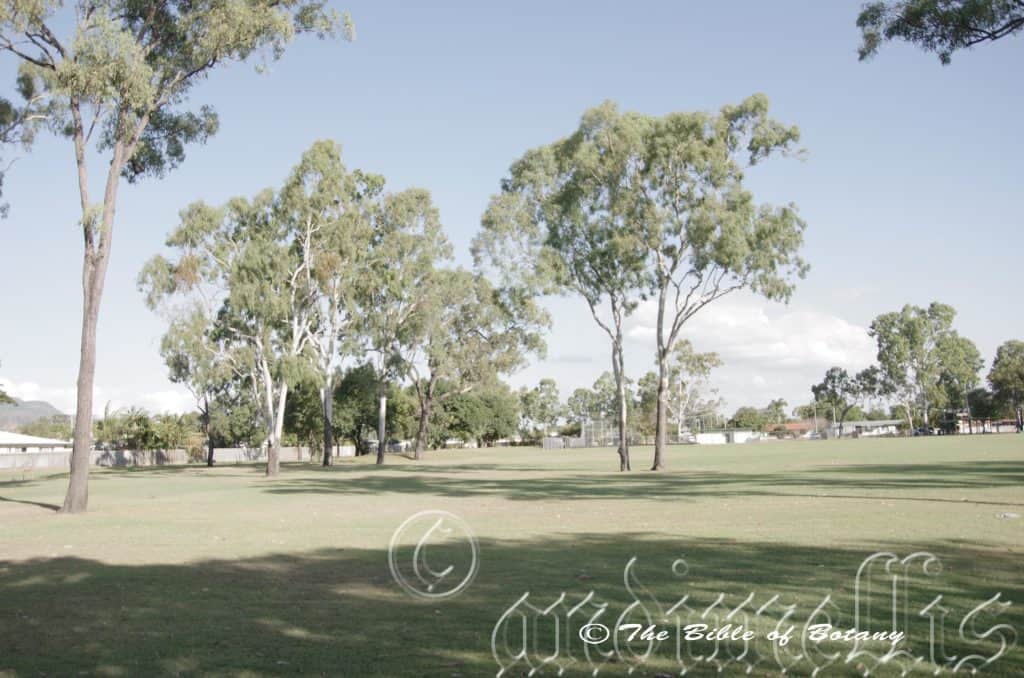
Condon Qld.
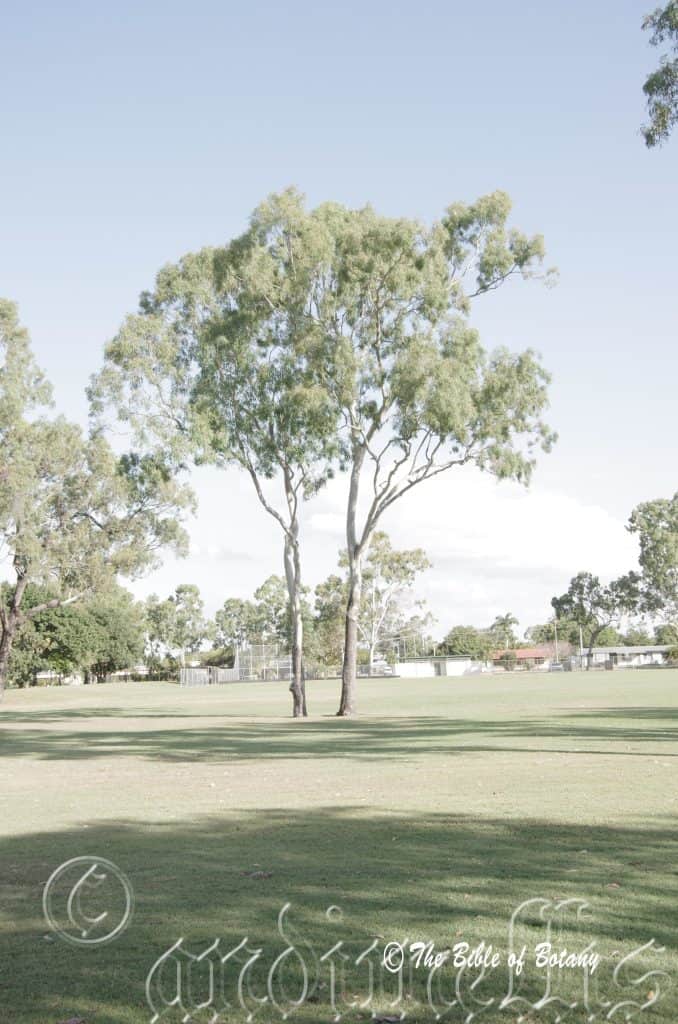
Condon Qld.

Kedron Brook Qld.
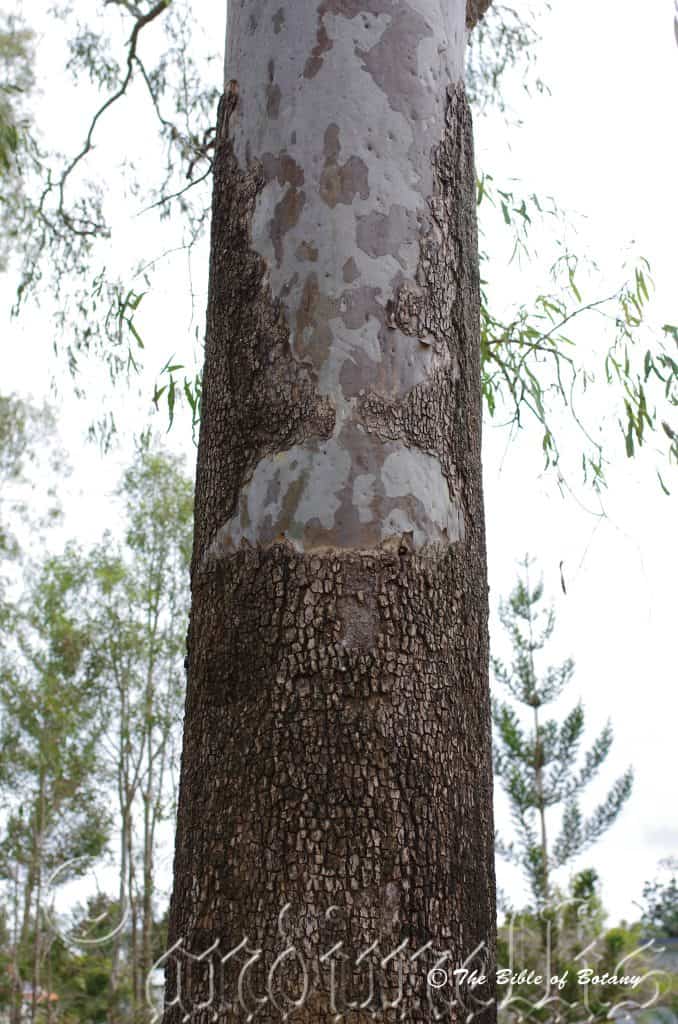
Kedron Brook Qld.
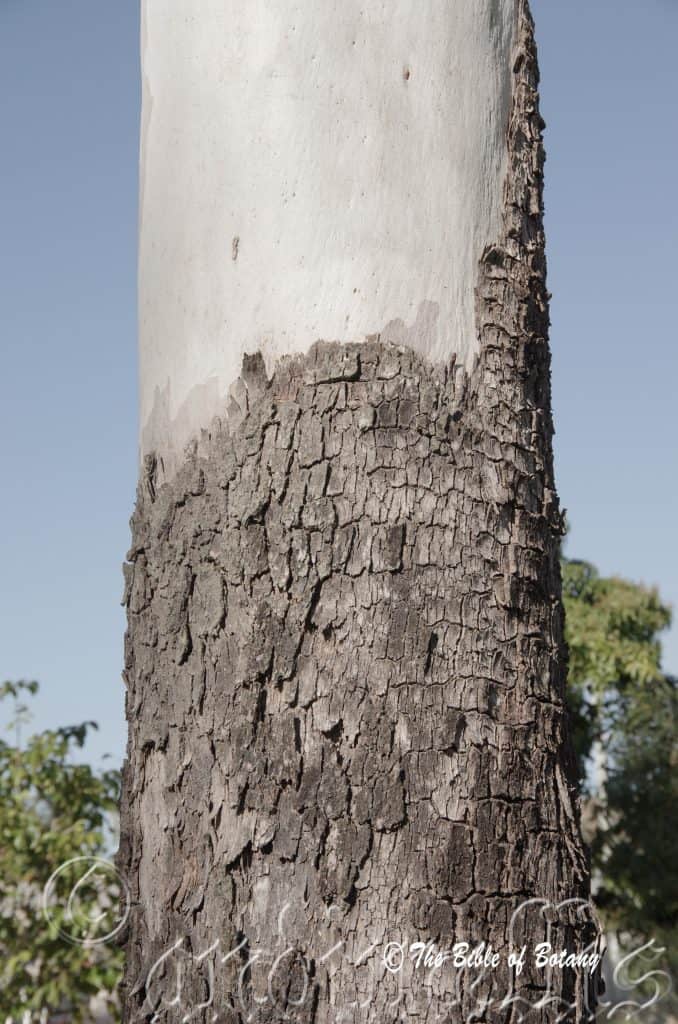
Condon Qld.
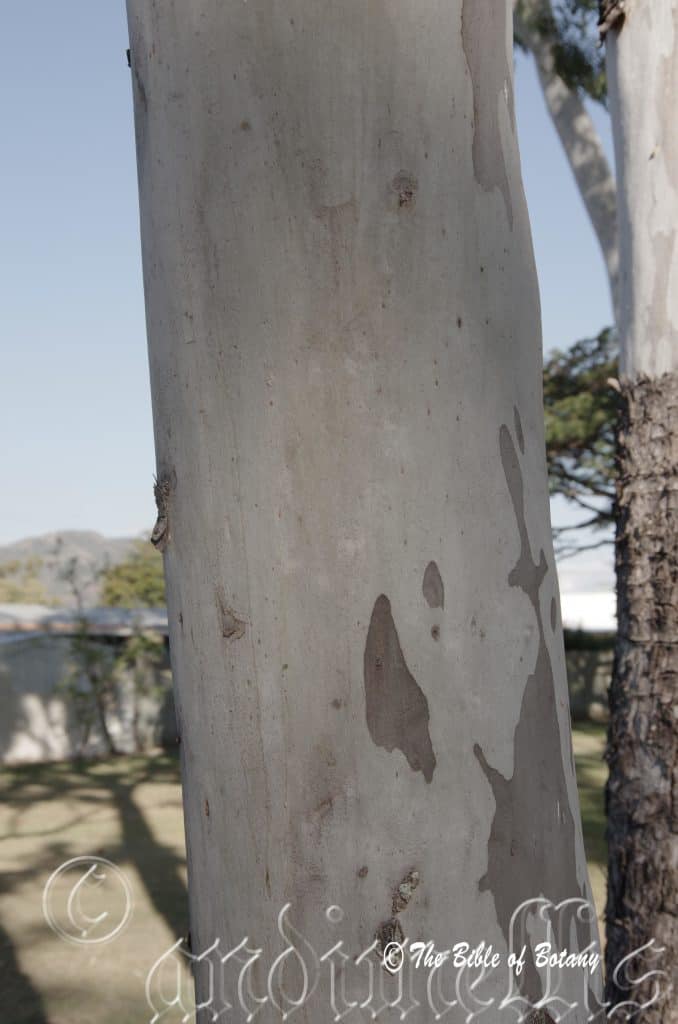
Condon Qld.
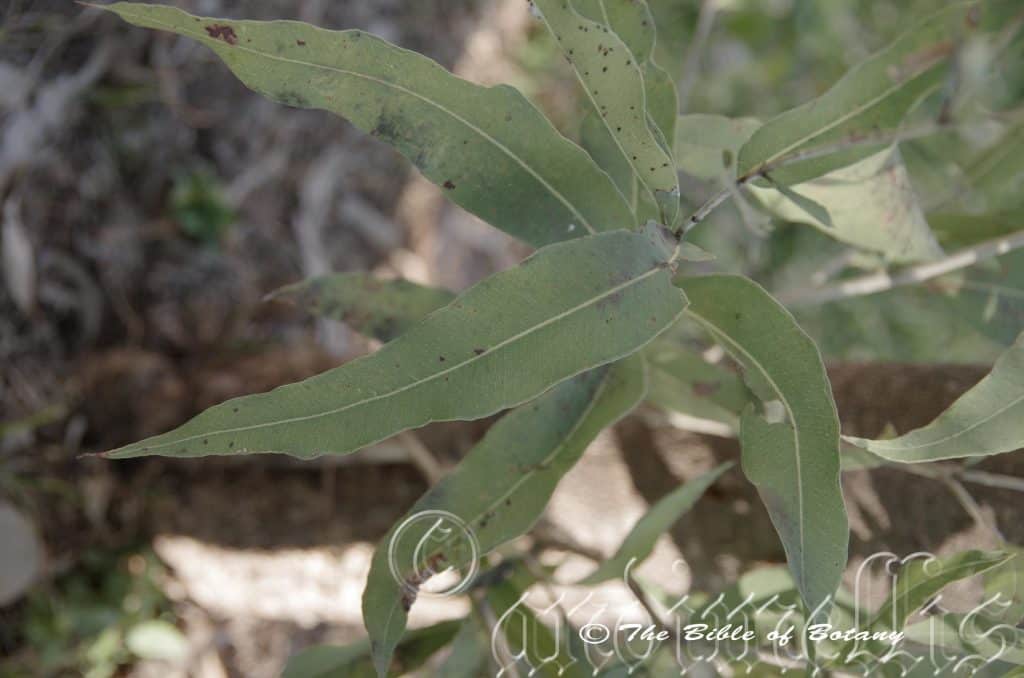
Condon Qld.
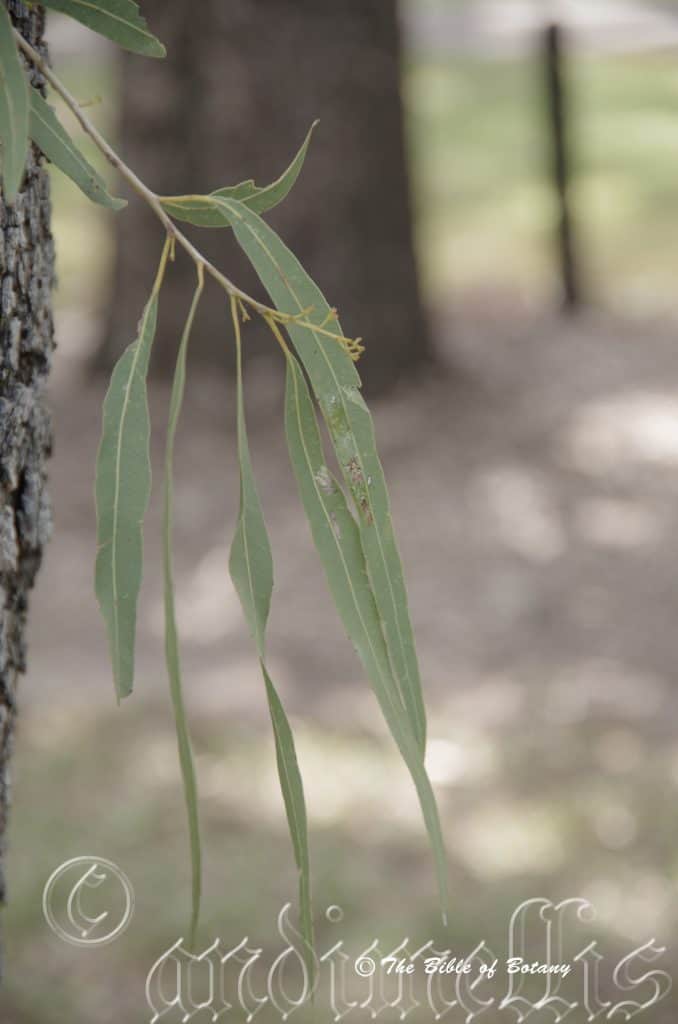
Condon Qld.
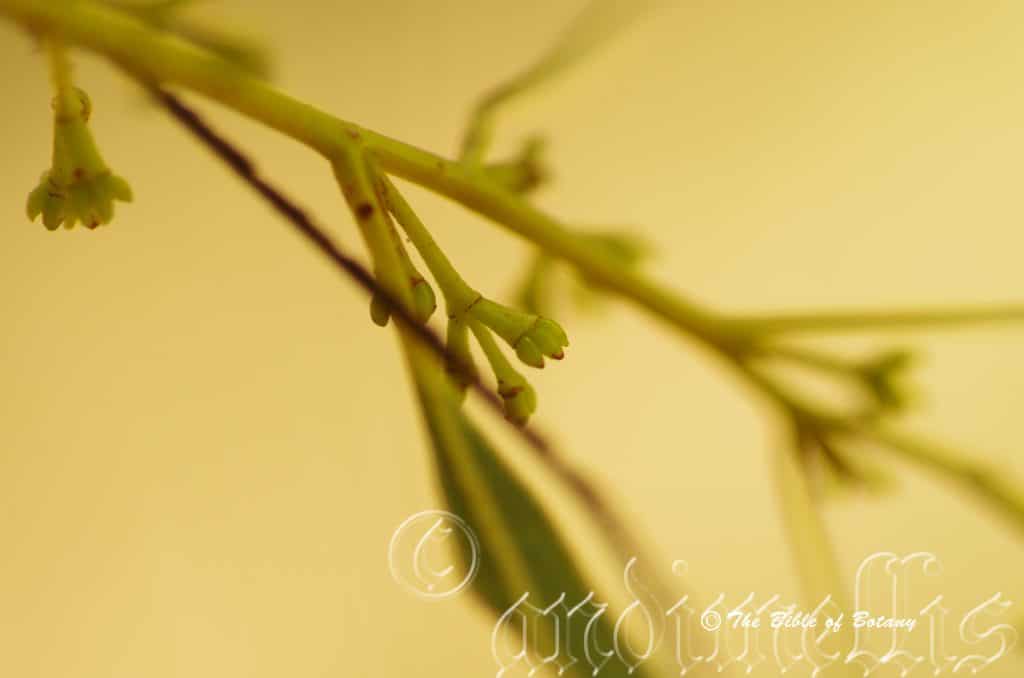
Condon Qld.
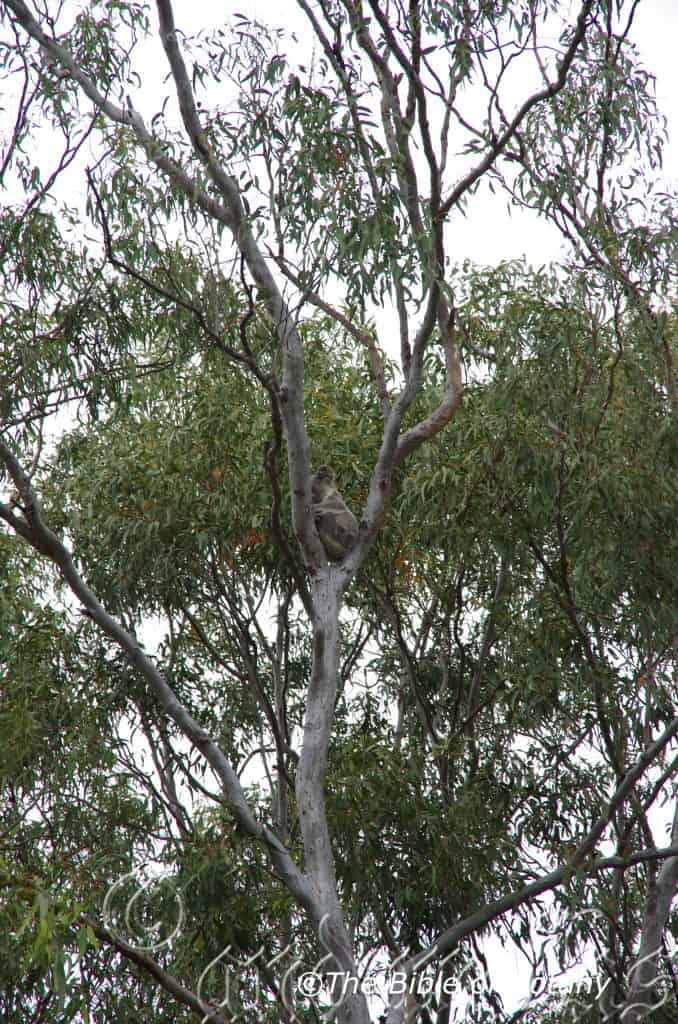
Koala, Phascolarctos cinereus Magnetic Island Qld.
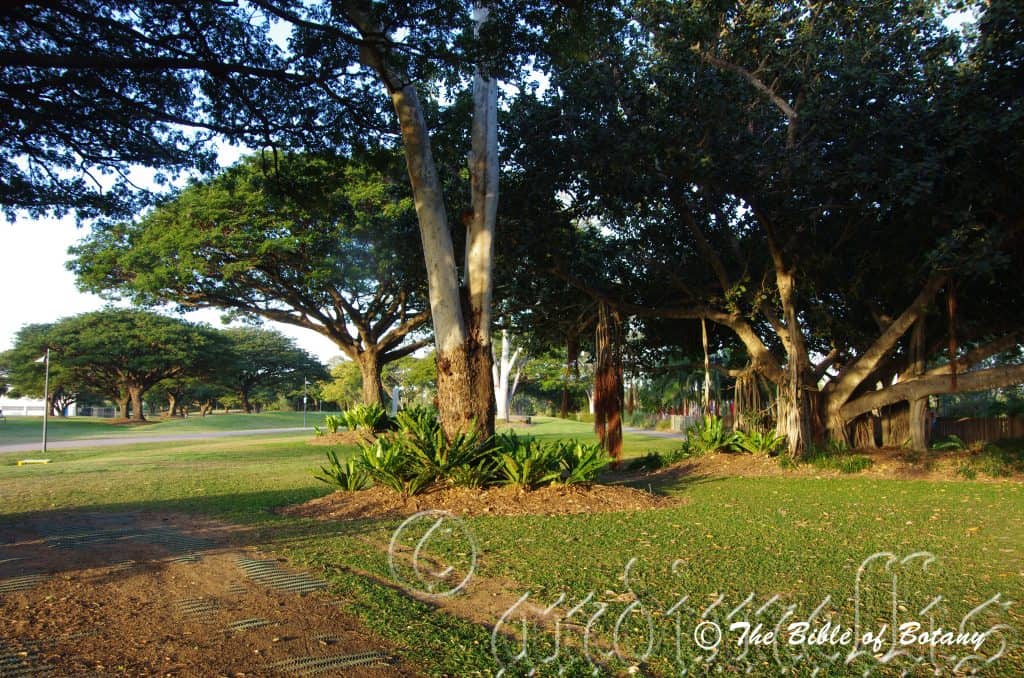
Condon Qld.
Corymbia tessellaris
Classification:
Unranked: Eudicots
Unranked: Rosids
Order: Myrtales
Family: Myrtaceae
Genus: From Korymbos, which is Ancient Greek or CorymbÅsus, which is Latin for a cluster of flowers. It refers to flowers, where the stems branch from different levels on the stalk’s axis but ultimately terminate flowers are all at the same level.
Specie: From Tessella, which is Latin for a tile. It refers to structures or organs, which resemble roof tiles or shingles laid over or adjacent to each other.
Sub specie:
Common Name: Morton Bay Ash.
Distribution:
Corymbia tessellaris is found south from Cape York Peninsula in far north Queensland to the Darling River catchment area. It is found from the Western Plains, Western Slopes, on and east of the Great Dividing Range to the coast.
There are several outlying populations near Alice Springs on the Todd River, in southern South Australia and one in north eastern Victoria. The southern populations may be from garden escapees.
https://avh.ala.org.au/occurrences/search?taxa=Corymbia+tessellaris#tab_mapView
Habitat Aspect Climate:
Corymbia tessellaris prefers full sun. It grows on flat plains, rolling plains and gentle slopes. Inland it is commonly found along creek beds and seasonally dry river banks. The altitude ranges from 10 meters ASL to 800 meters ASL.
The temperatures range from 1 degree in July to 40 degrees in January.
The rainfall ranges from lows of 200mm to 2600mm annually.
Soil Requirements:
Corymbia tessellaris prefer sandy loams to medium clays. The soils are usually derived from decomposed shales, sandstone or metamorphic rocks. The soils pH ranges from 4.5pH to 6.5pH. It does tolerate waterlogged soils however it often grows in shallow depressions which fill with water for many months or soils with high water tables. Non saline soils to very saline soils are tolerated as are salt laden winds.
Height & Spread:
Wild Plants: 15m to 35m by 8m to 12m.
Characteristics:
Corymbia tessellaris is a medium size gum tree with a long straight bole often reaching over half its height before branching. The trunk is smooth pale grey or white. The lower 1 to 4 meters of bark is strongly tessellated dark grey to black. The decorticating upper bark is shed in short polygonal flakes or in short ribbons annually. The upper section when shed reveals a very pale pink blaze in summer before resuming to its normal colour. Juvenile branchlets are glabrous and pale green.
The alternate, disjunct, narrow lanceolate to linear leaves of Corymbia tessellaris measure 80mm to 180mm in length by10mm to 20mm in width. The petioles measure 5mm to 10mm in length. The bases are cuneate while the apexes are narrow acute. The concolourous laminas are pale blue-green, glabrous and semi glossy to dull. The laminas are flat. The margins are entire. The mid vein is slightly prominent on the lower lamina and distinctly visible on the upper lamina.
The juvenile leaves are similar to adult leaves but more linear and are glossy green.
The inflorescences are born in the upper leaf axils or terminal. The umbellasters’ peduncles are terete and measure 5mm to 7mm in length with individual flower pedicels measuring 2mm to 3mm in length. The umbellasters have 1 to 7 buds on each umbel. Individual buds are glabrous, glossy green and pyriform and measure 4mm to 6mm in length by 3mm to 4mm in diameter. The operculum is light green to a creamy yellow with red streaks. They are broadly round while the apex of the operculum has a small distinct round nipple. The white flowers measure 16mm to 24mm in diameter.Â
The stamens measure 6mm to 9mm long and have white or pale cream anthers.
The style measures 4mm to 5mm in length rising from the center of a pale yellow-green to pale green disc. The flowers appear from October to January.
The fruits of Corymbia tessellaris are ovoid to almost urceolate shaped fruits are capsules or gum nuts. The gum nuts are finely longitudinally striated and measure 8mm to 12mm in length by 6mm to 9mm in width with a 3mm to 4.5mm opening at the top. The 3 or 4 valves are inserted in the hypanthia. The operculum scar is present on the hypanthia.
The seeds are roughly ellipsoidal with a rudimentary wing. The deep red-brown to black, flat seeds, measure 1mm to 2mm in length by 8mm to 11mm in diameter including the wing.
Wildlife:
Corymbia tessellaris is popular with lorikeets and other honey eating birds. It also attracts a lot of insects including the native bee which in return attract many insect eating birds. Possums and gliders feast on the flowers and nectar. It is an important koala tree.
Several species of the stinging moth (Limacodidae) are hosted by this tree.
Cultivation:
This medium size tree is for larger gardens away from buildings as it has a tendency to drop small branches throughout the year. As it is hardy on most soil types except for heavy clays and rock it is easy to grow. It is fast growing in frost free situations. It can survive light frosts when young though they should be protected as juvenile trees. The bark will provide a good contrast to other trees especially in a park situation. It has a light canopy which allows plenty of filtered light to reach the ground. Cultivated trees will grow from 12 meters to 25 meters in height by 5 meters to 8 meters in diameter. The eventual size is more dependent on available water and temperature than soil conditions though better quality soils will produce a denser crown and a better shape tree. Trees from arid areas grow smaller than coastal trees.
Corymbia tessellaris make good bonsai trees and is easy to work. I have seen some very old trees in China to a meter tall and with a 100mm diameter plus trunk.
Propagation:
Seeds: Sow seeds into a seed raising mix and cover with 5mm of the mix. Place the trays in a larger tray and fill the outer with water so capillary action keeps the mix wet at all times. When the seedlings are 60mm to 80 mm tall, prick them out and plant them into 50mm native tubes using a good organic mix.
Once the seedlings reach 200mm to 250mm in height plant them out into their permanent position.
Fertilize using Seaweed, fish emulsion or organic chicken pellets soaked in water on an alternate basis. Fertilize every two months until the plants are established then annually in early September or March to maintain health, vitality and better flowering.
Further Comments from Readers:
Hi reader, it seems you use The Bible of Botany a lot. That’s great as we have great pleasure in bringing it to you! It’s a little awkward for us to ask, but our first aim is to purchase land approximately 1,600 hectares to link several parcels of N.P. into one at The Pinnacles NSW Australia, but we need your help. We’re not salespeople. We’re amateur botanists who have dedicated over 30 years to saving the environment in a practical way. We depend on donations to reach our goal. If you donate just $5, the price of your coffee this Sunday, We can help to keep the planet alive in a real way and continue to bring you regular updates and features on Australian plants all in one Botanical Bible. Any support is greatly appreciated. Thank you.
In the spirit of reconciliation we acknowledge the Bundjalung, Gumbaynggirr and Yaegl and all aboriginal nations throughout Australia and their connections to land, sea and community. We pay our respect to their Elders past, present and future for the pleasures we have gained.
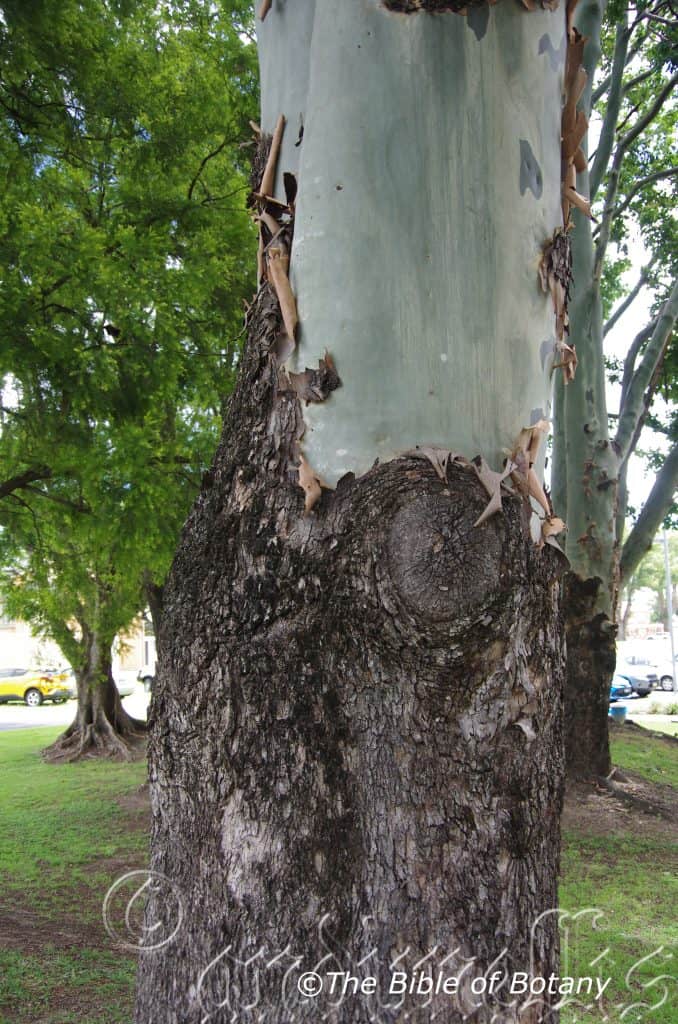
Grafton NSW
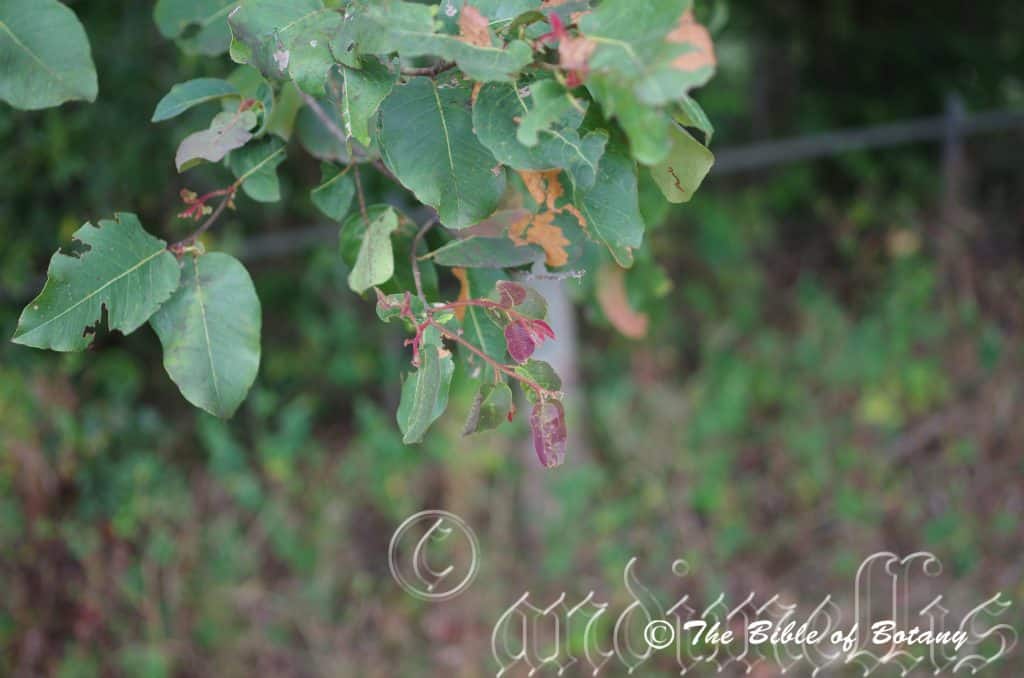
Kedron Brook Qld.
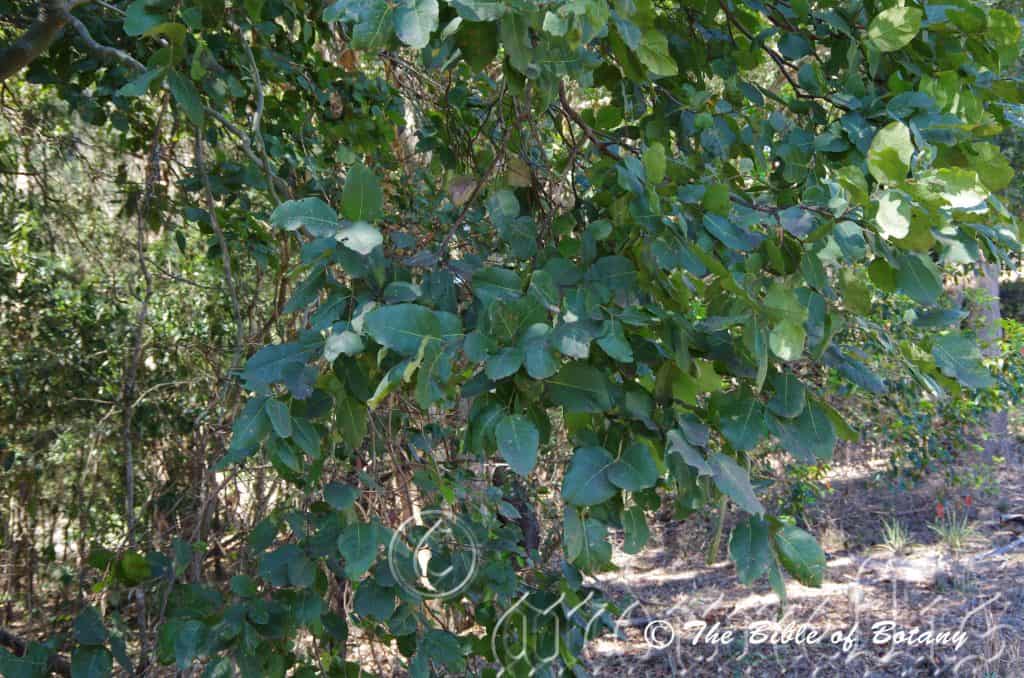
Kedron Brook Qld.
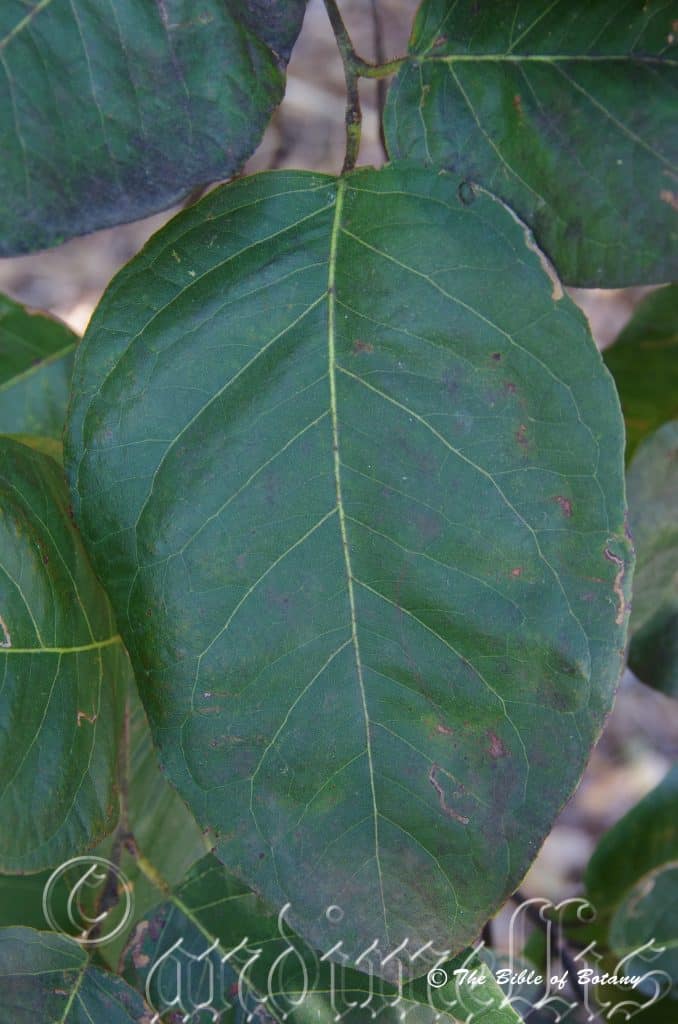
Norman Park Qld
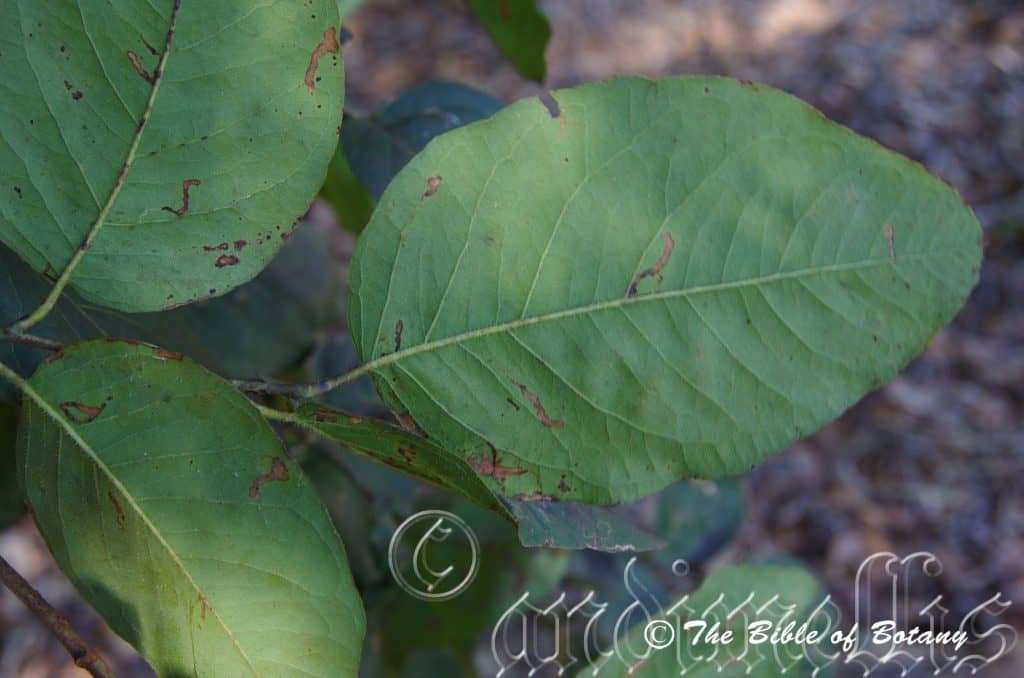
Norman Park Qld.
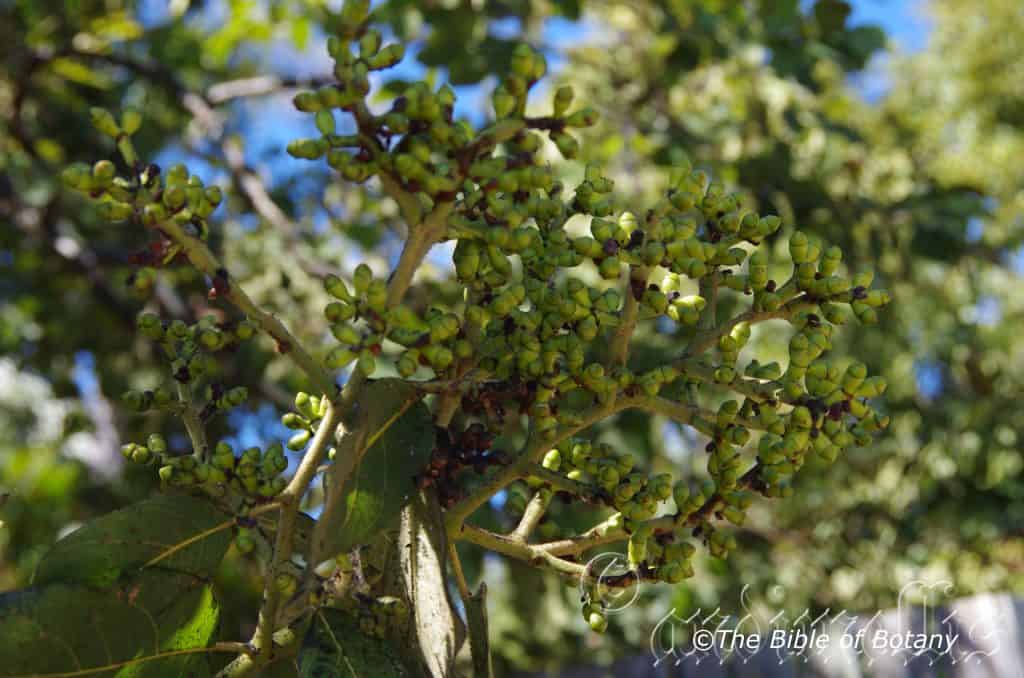
Magnetic Island Qld.
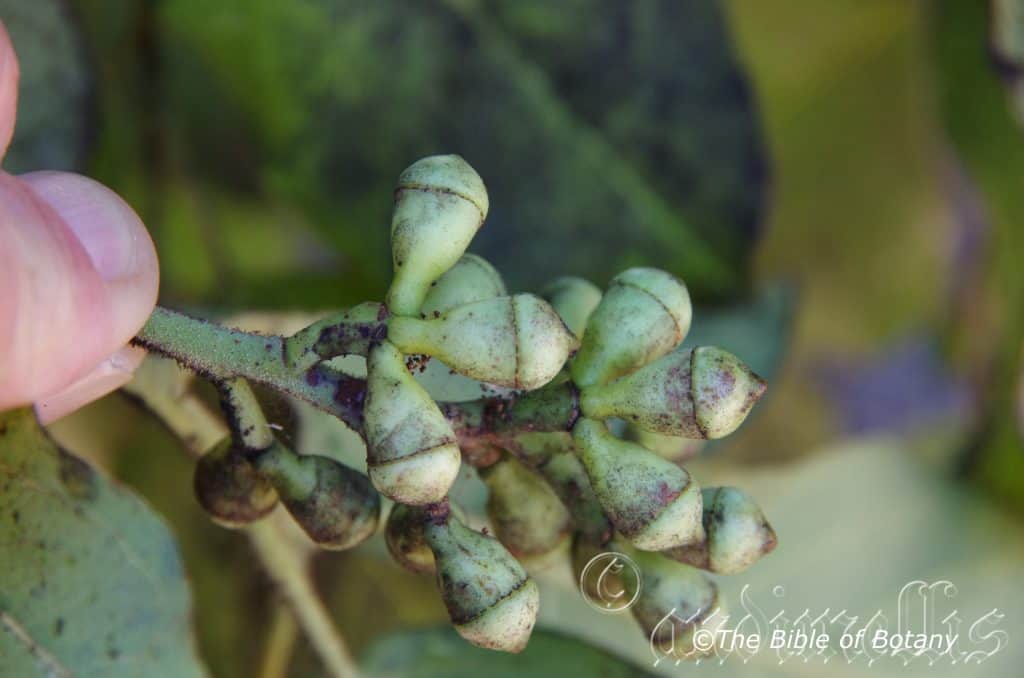
Magnetic Island Qld.
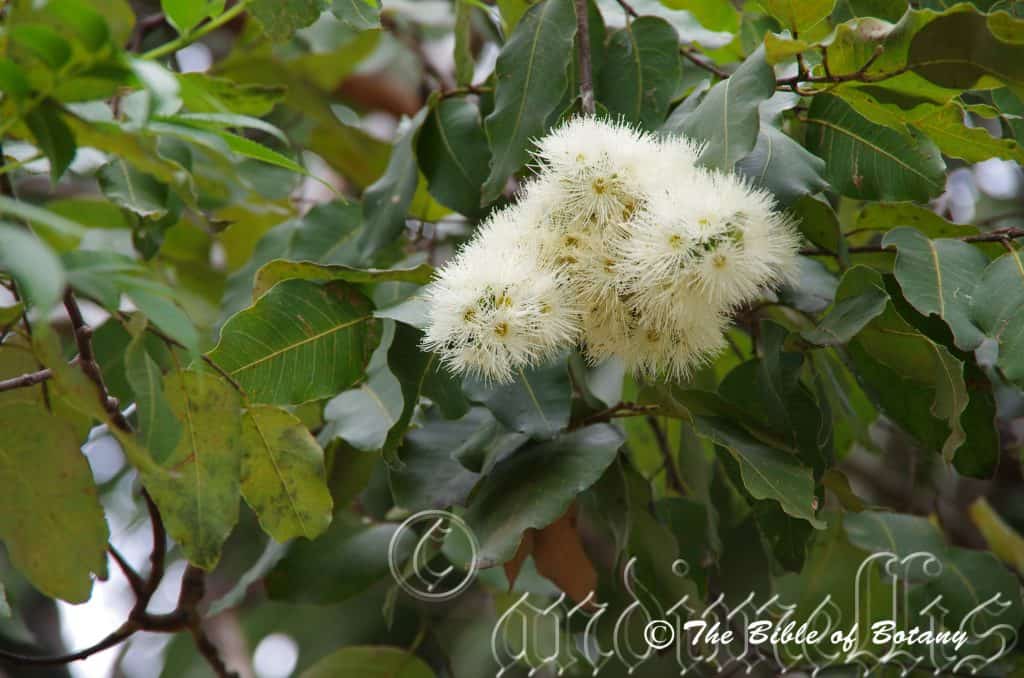
Sunnybank Qld.
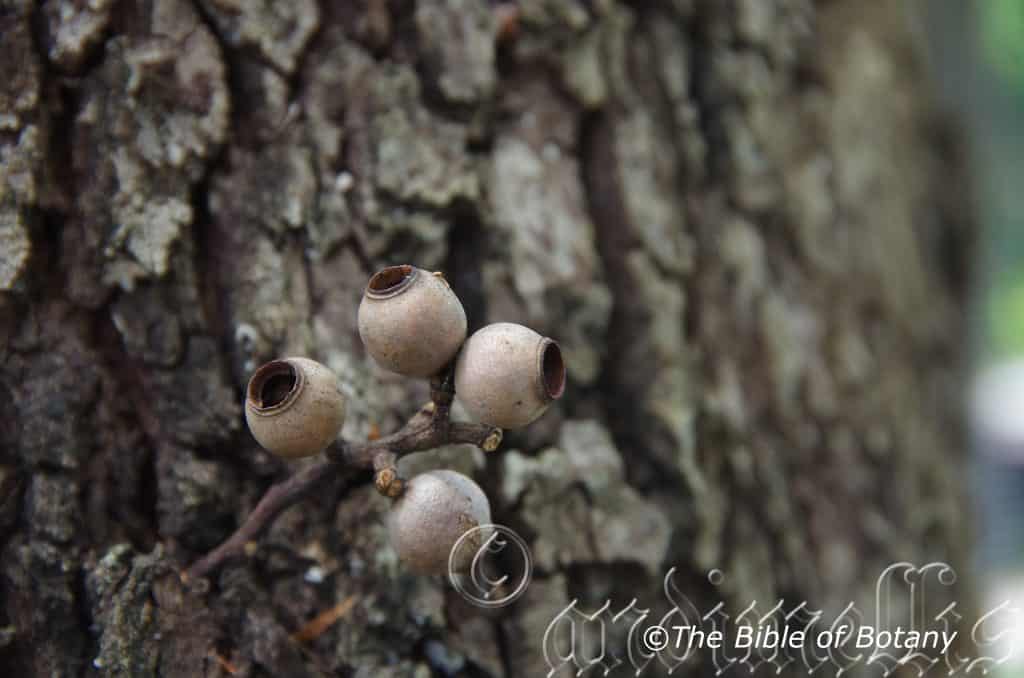
Grafton NSW
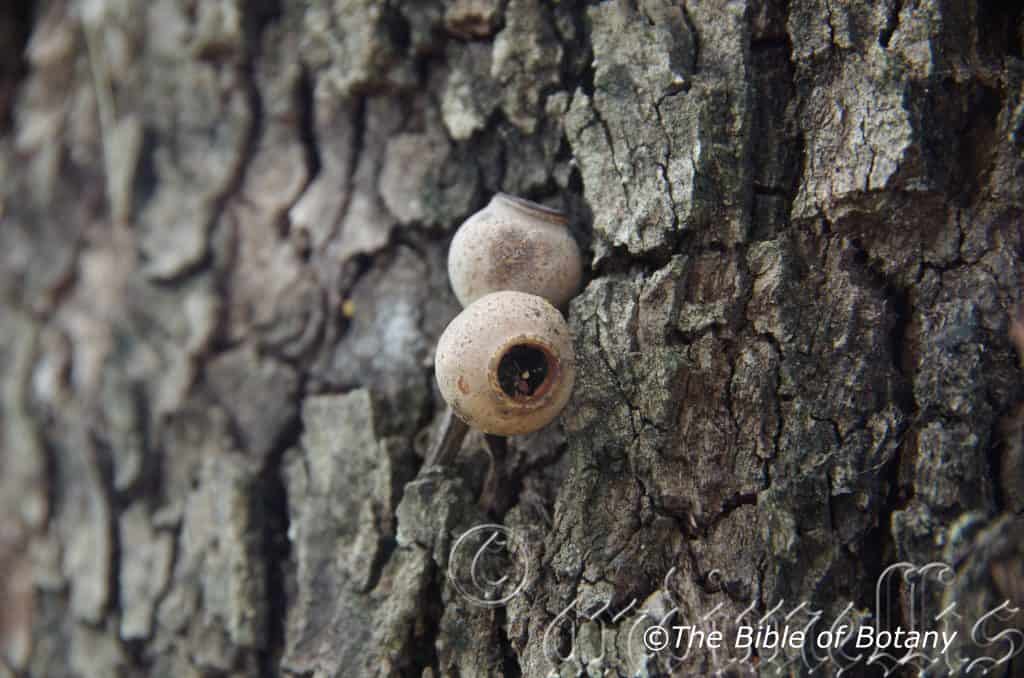
Grafton NSW
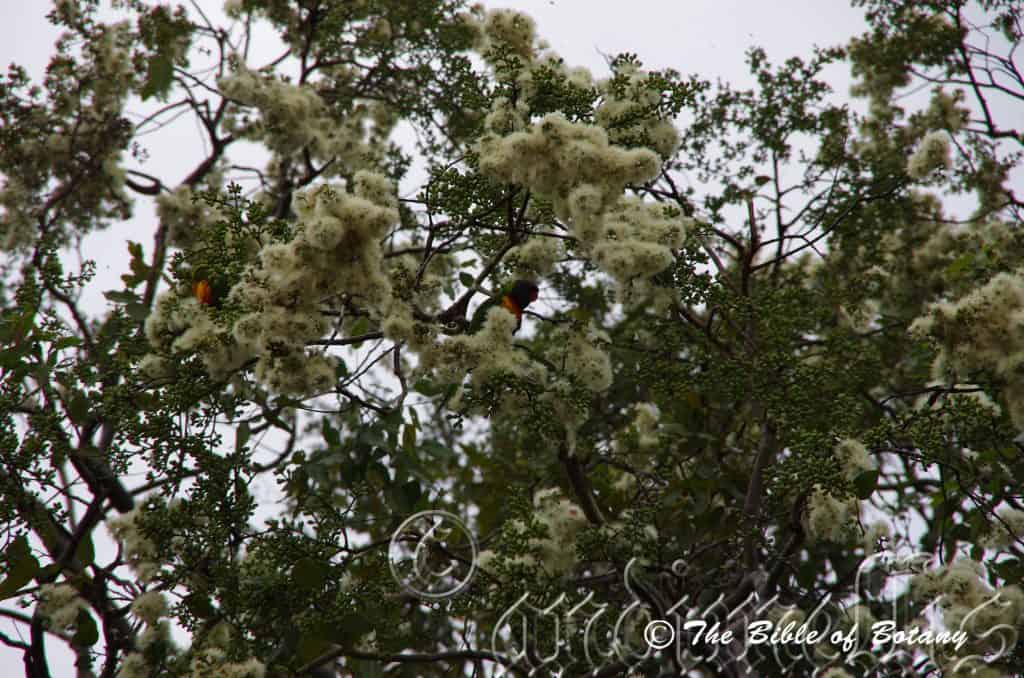
Sunnybank Qld.

Grafton NSW
Corymbia torelliana
Classification:
Unranked: Eudicots
Unranked: Rosids
Order: Myrtales
Family: Myrtaceae
Genus: From Korymbos, which is Ancient Greek or CorymbÅsus, which is Latin for a cluster of flowers. It refers to flowers, where the stems branch from different levels on the stalk’s axis but ultimately terminate flowers are all at the same level.
Specie: Is named in honour of Count L. de Torreli; who was an Italian parliamentarian who promoted the use of Eucalyptus around Rome to dry up the swamps which were home to the Malaria mosquito.
Sub specie:
Common Name: Cadagi or Cadaga or Cadargi.
Distribution:
Corymbia torelliana is found south from Cooktown to Ingham in far north eastern Queensland.
https://avh.ala.org.au/occurrences/search?taxa=Corymbia+torelliana#tab_mapView
Habitat Aspect Climate:
Corymbia torelliana prefers full sun to partial shade. It grows in wet sclerophyll forest, adjacent to well-developed rainforest on hills and mountains at middle to lower altitudes. It is one of the first trees to establish itself on the margins as an emergent tree and is progressively advancing into surrounding Eucalyptus forest. The altitude ranges from 10 meters ASL to 300 meters ASL.
The temperatures range from 8degree in July to 36 degrees in January.
The rainfall ranges from lows of 1000mm to 1800mm annually.
Soil Requirements:
Corymbia torelliana prefer better quality sandy loams to medium clays. The soils are usually derived from decomposed brown basalts or black basalts. The soils pH ranges from 5.5pH to 6.5pH. It does not tolerate waterlogged soils however are frequently found along drainage lines. Non saline soils to moderately saline soils are tolerated as are salt laden winds.
Height & Spread:
Wild Plants:15m to 35m by 8m to 12m.
Characteristics:
Corymbia torelliana is a medium size gum tree with a long straight thick bole often reaching over half its height before branching. The trunk’s bark is glabrous and emerald green with pale grey-brown patches. The bark turns pale brown when it is decorticating in large patches. Large trees have a stocking of rough grey to deep grey-black bark at the base to 2 meters but usually less. The branches are emerald green while the new growth and juvenile stems are emerald green and covered in red to orange-red hirsute or hirtellous hairs.
The alternate, disjunct, narrow oblong-lanceolate to ovate-elliptical leaves of Corymbia torelliana measure 80mm to 150mm in length by15mm to 42mm in width. The petioles are covered in red to orange-red hirsute or hirtellous hairs and measure 20mm to 35mm in length. The symmetrical to slightly asymmetrical bases are cuneate, rounded or truncate while the apexes are acute or broad acuminate. The concolourous laminas are mid green, dull and covered in red to orange-red hirsute or hirtellous hairs. The laminas are flat or have a slight undulation. The margins are entire. The mid vein is prominent on the lower lamina with the lateral veins and is distinctly visible on the upper laminas.
The new growth and juvenile leaves are crimson-red, ovate to ovate-elliptical and densely covered in red to orange-red hirsute or hirtellous hairs.
The inflorescences of Corymbia torelliana are born from the terminals. The umbellasters’ peduncles are thick, angular to terete, glabrous and measure 5mm to 9mm in length with individual flower pedicels measuring 1mm to 3mm in length. The umbellasters have 3 buds on each umbel. The hypanthia are conical, glabrous, and emerald-green and measure 9mm to 14mm in length by 5mm to 8mm in diameter. The operculum is hemispherical, emerald-green to a yellow-green with a small central nipple at the apex. The white flowers measure 24mm to 38mm in diameter.
The stamens are the most prominent part of the flower and measure 12mm to 18mm in length and have white or pale cream anthers.
The tapering pale lime-green style measures 5mm to 8mm in length rising from the center of a yellow disc. The flowers appear from October to November.
The fruits of Corymbia torelliana are ovoidal to globose or depressed urceolate capsules or gum nuts. The gum nuts are finely longitudinally striated and mottled. The blue-green capsules turn grey-brown when ripen. The capsules measure 11mm to 13mm in length by 11mm to 14mm in width with a 4mm to 6mm opening at the top. There are usually 3 or at times 4 valves which are inserted deep in the hypanthia. The operculum scar is present on the hypanthia.
The seeds are roughly ellipsoidal with a rudimentary wing. The deep red-brown to brown flat seeds have a wing.
Wildlife:
Corymbia torelliana is popular with lorikeets and other honey eating birds. They also attract a lot of insects including the native bee which in return attract many insect eating birds. Possums and gliders feast on the flowers and nectar.
The trees exude copious quantities of sweet sap through the leaves which are attended to by ants and aphids. This sap often attracts black sooty mould which has given the trees a bad name for discolouring anything that is placed below them.
The tree has naturalized itself from its natural habitat south to the Barwon River on the border with New South Wales. The trees south of Ingham are examples of how even native plants can become a pest in the future.
Cultivation:
Corymbia torelliana medium size tree with a large thick bole for medium to large gardens away from buildings as it has a tendency to drop small branches throughout the year and cover the side of buildings in sap and consequently a black mould will eventually build up and cover the house or shed. As it is hardy on most soil types including heavy clays and rock it is easy to grow. It is fast growing in frost free situations. It can survive light frosts when young though they should be protected as juvenile trees. The bark will provide a good contrast to other trees especially in a park situation. They have a dense canopy which prevents light reaching the ground and remove a lot of moisture from around the base making lawn and small shrubs difficult to maintain any type of vigour. Cultivated trees will grow from 12 meters to 20 meters in height by 12 meters to 18 meters in diameter when grown in the open. The eventual size is more dependent on available water and temperature than soil conditions though better quality soils will produce a denser crown and a better shape tree. Trees west of the range grow smaller than coastal trees but are likely to have a broader spread.
Corymbia torelliana make good bonsai trees and are easy to work. I have seen some very old trees in China to a meter tall and with a 100mm plus trunk.
Propagation:
Seeds: Sow seeds into a seed raising mix and cover with 3mm of the mix. Place the trays in a larger tray and fill the outer with water so capillary action keeps the mix wet at all times. When the seedlings are 60mm to 80mm tall, prick them out and plant them into 50mm native tubes using a good organic mix.
Once the seedlings reach 200mm to 250mm in height plant them out into their permanent position.
Fertilize using Seaweed, fish emulsion or organic chicken pellets soaked in water on an alternate basis. Fertilize every two months until the plants are established then annually in early September or March to maintain health, vitality and better flowering.
Further Comments from Readers:
Hi reader, it seems you use The Bible of Botany a lot. That’s great as we have great pleasure in bringing it to you! It’s a little awkward for us to ask, but our first aim is to purchase land approximately 1,600 hectares to link several parcels of N.P. into one at The Pinnacles NSW Australia, but we need your help. We’re not salespeople. We’re amateur botanists who have dedicated over 30 years to saving the environment in a practical way. We depend on donations to reach our goal. If you donate just $5, the price of your coffee this Sunday, We can help to keep the planet alive in a real way and continue to bring you regular updates and features on Australian plants all in one Botanical Bible. Any support is greatly appreciated. Thank you.
In the spirit of reconciliation we acknowledge the Bundjalung, Gumbaynggirr and Yaegl and all aboriginal nations throughout Australia and their connections to land, sea and community. We pay our respect to their Elders past, present and future for the pleasures we have gained.
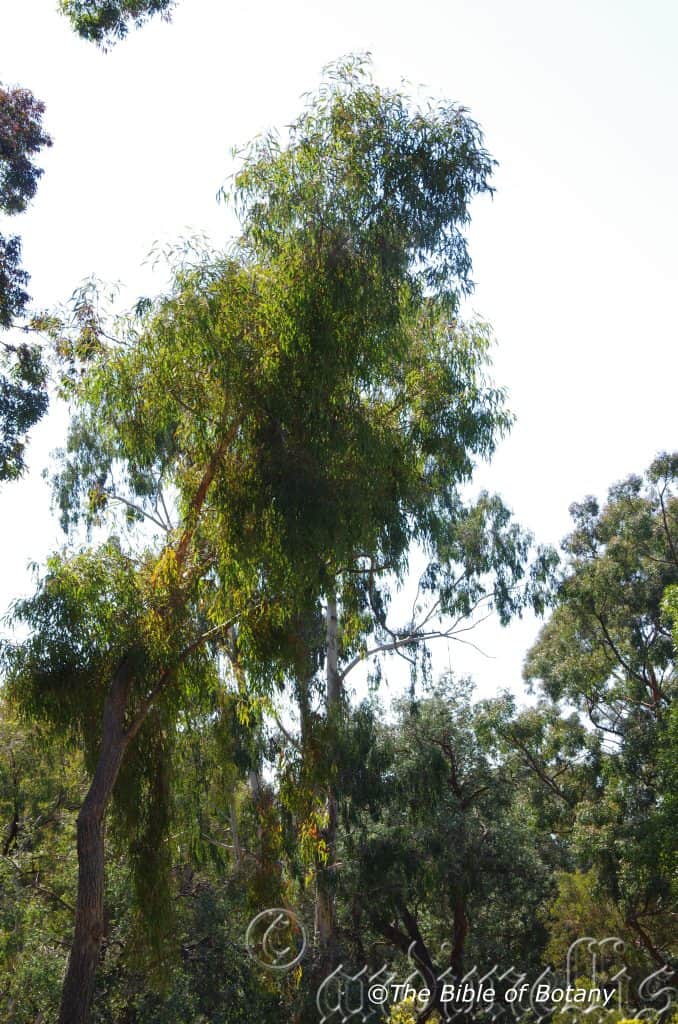
Canberra ACT
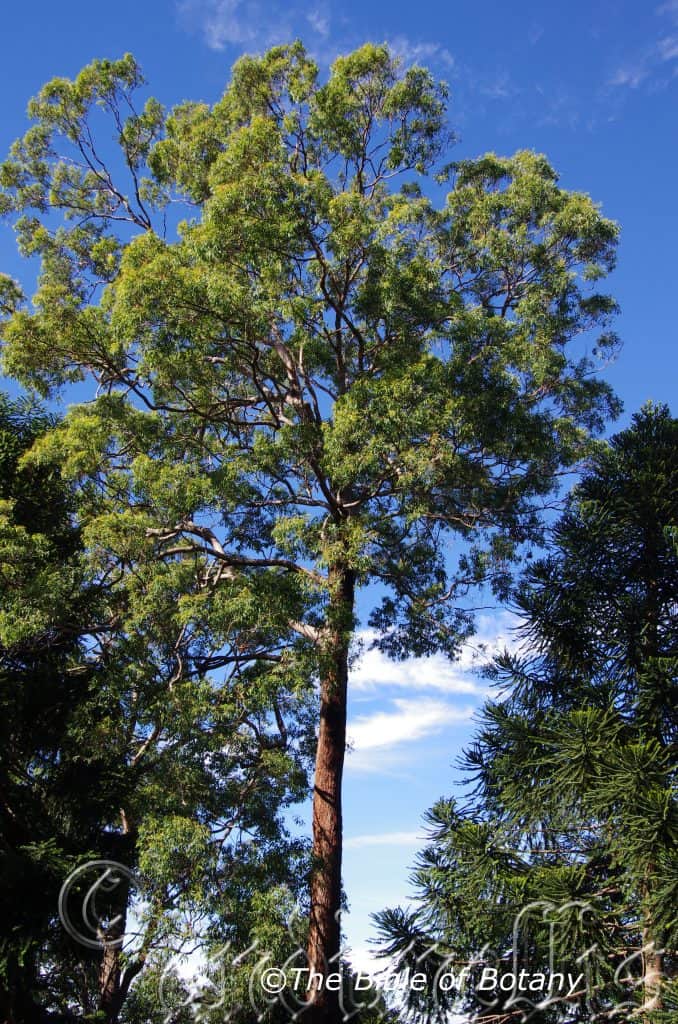
Mount Cootha Botanic Gardens Qld.
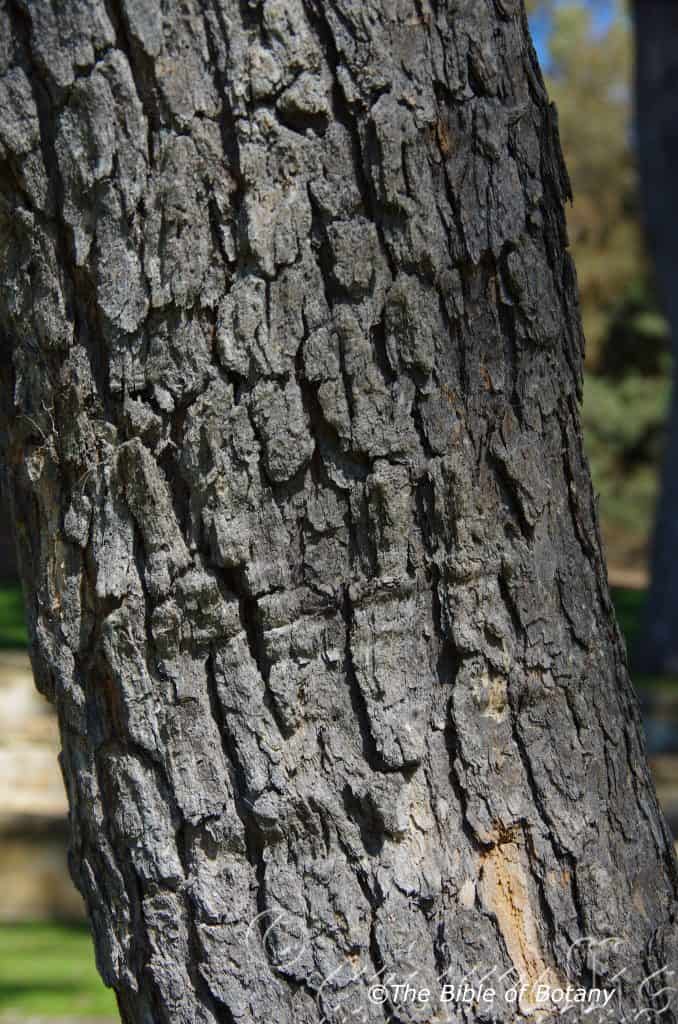
Canberra ACT
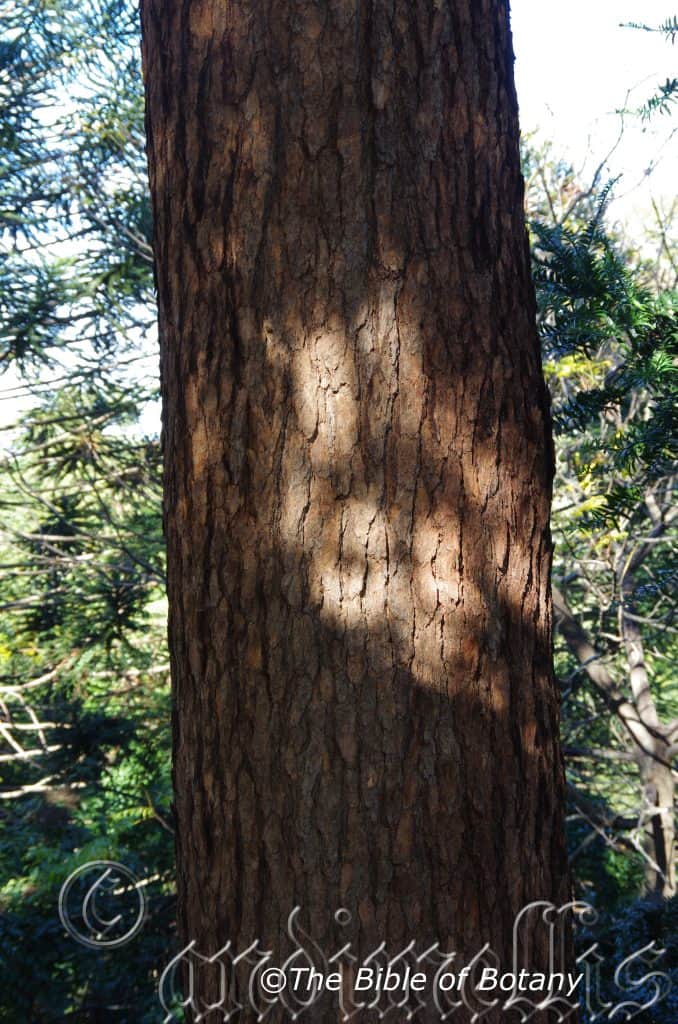
Mount Cootha Botanic Gardens Qld.
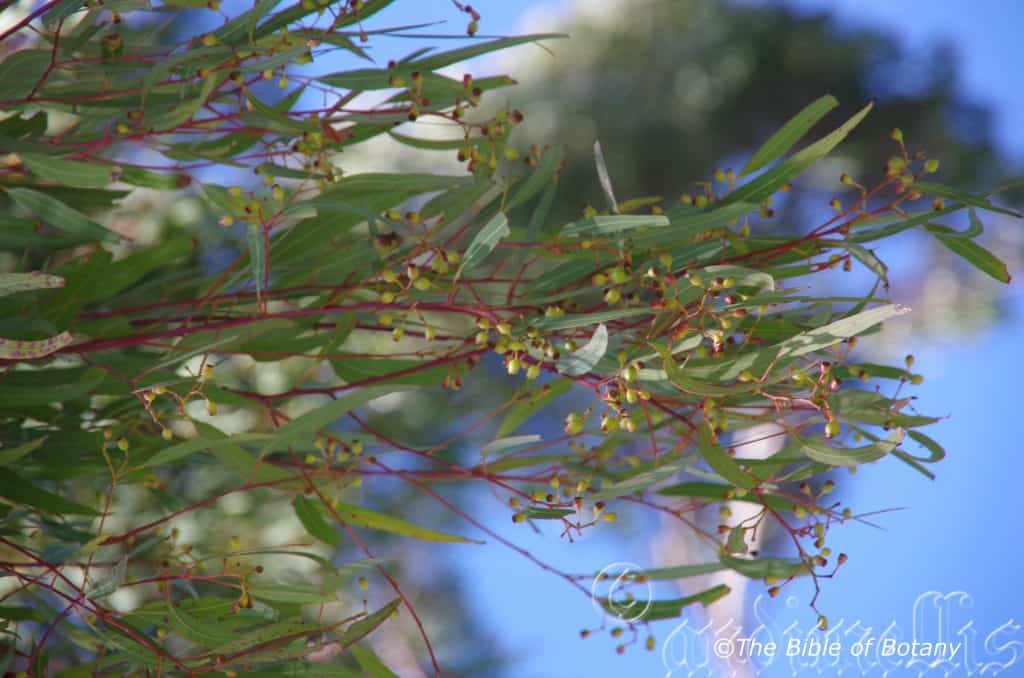
Canberra ACT
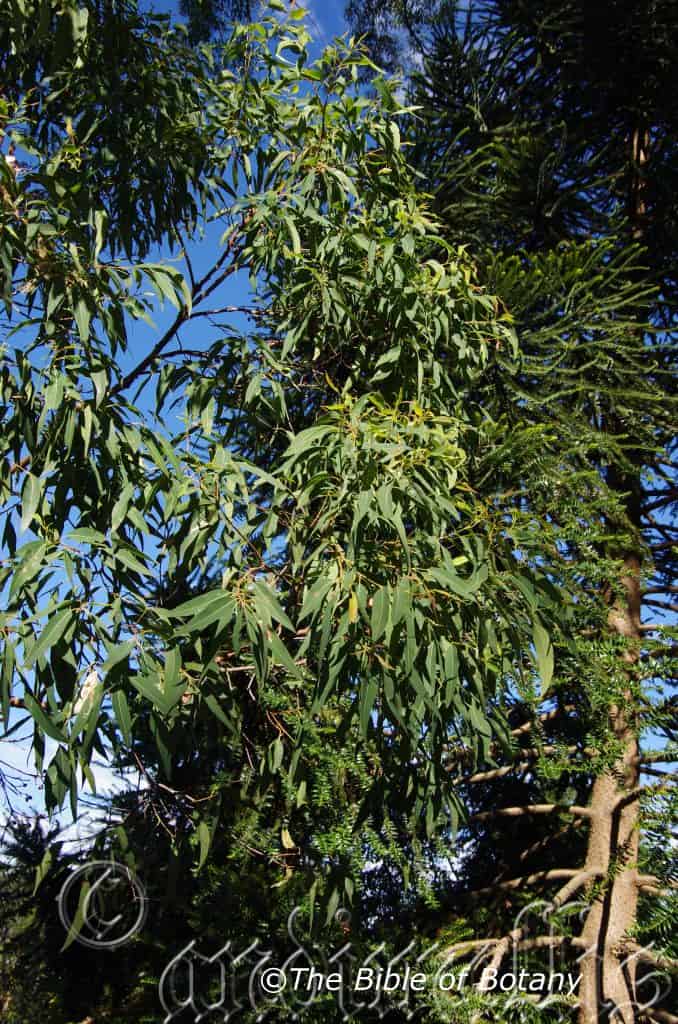
Mount Cootha Botanic Gardens Qld.
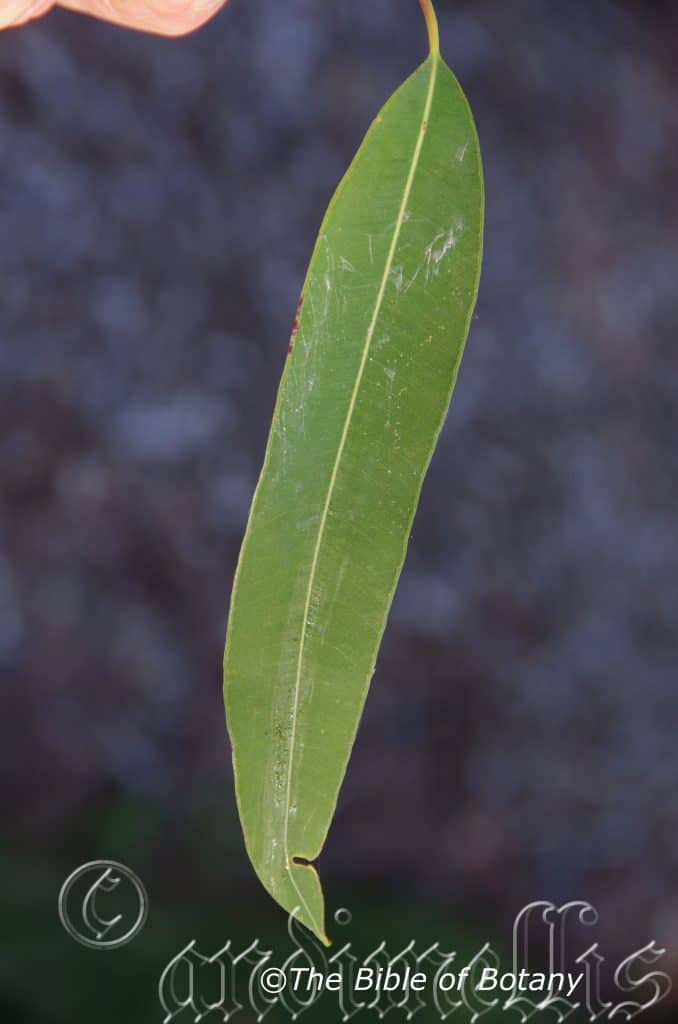
Mount Cootha Botanic Gardens Qld.
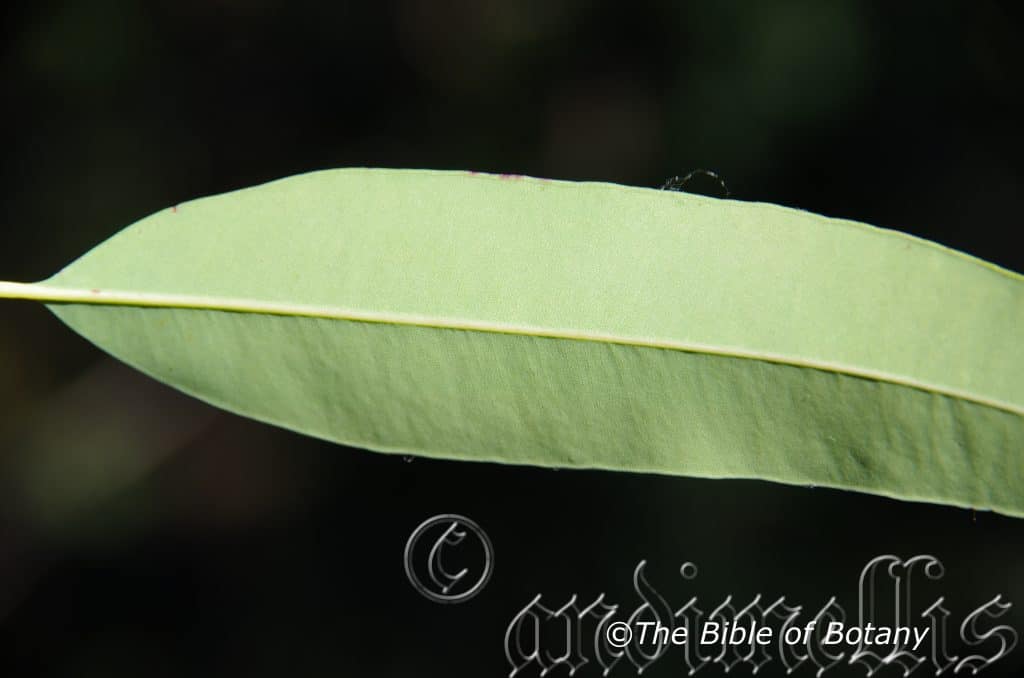
Mount Cootha Botanic Gardens Qld.
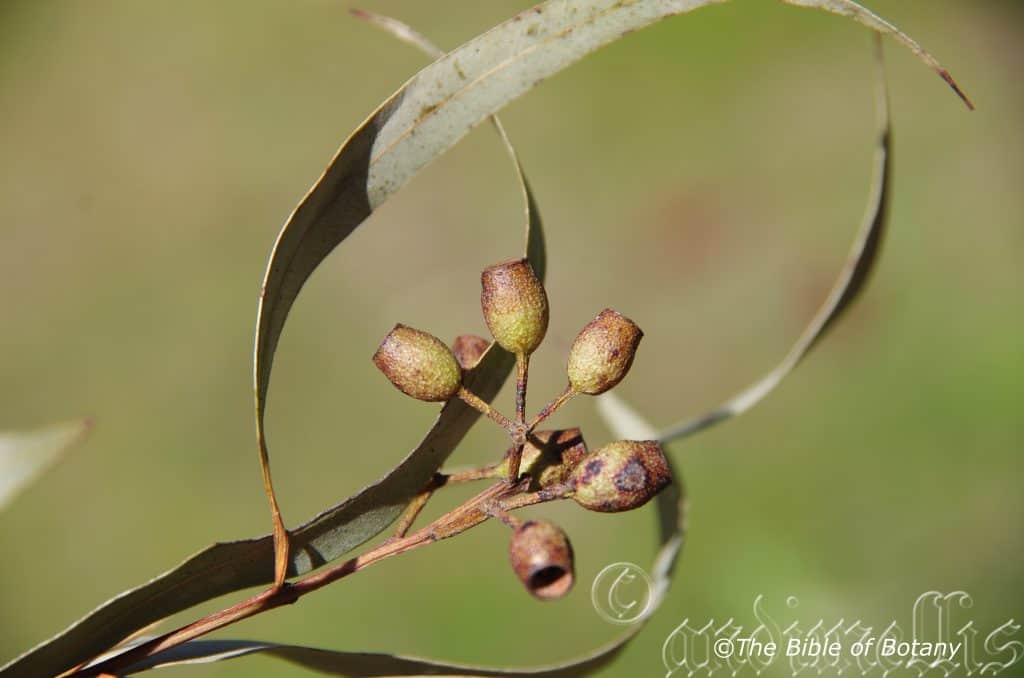
Canberra ACT
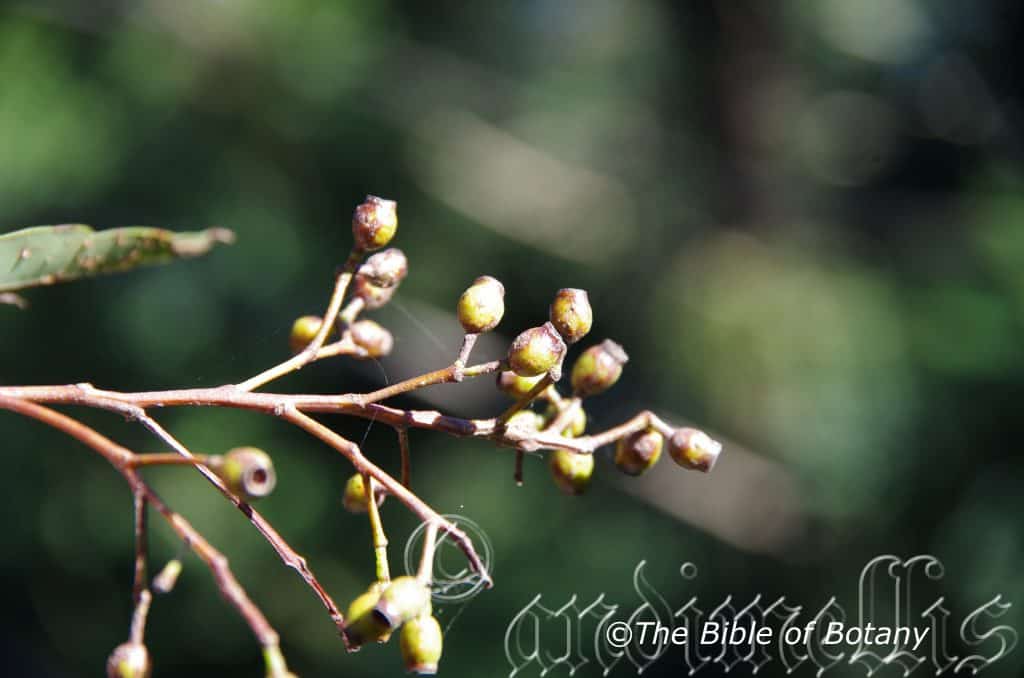
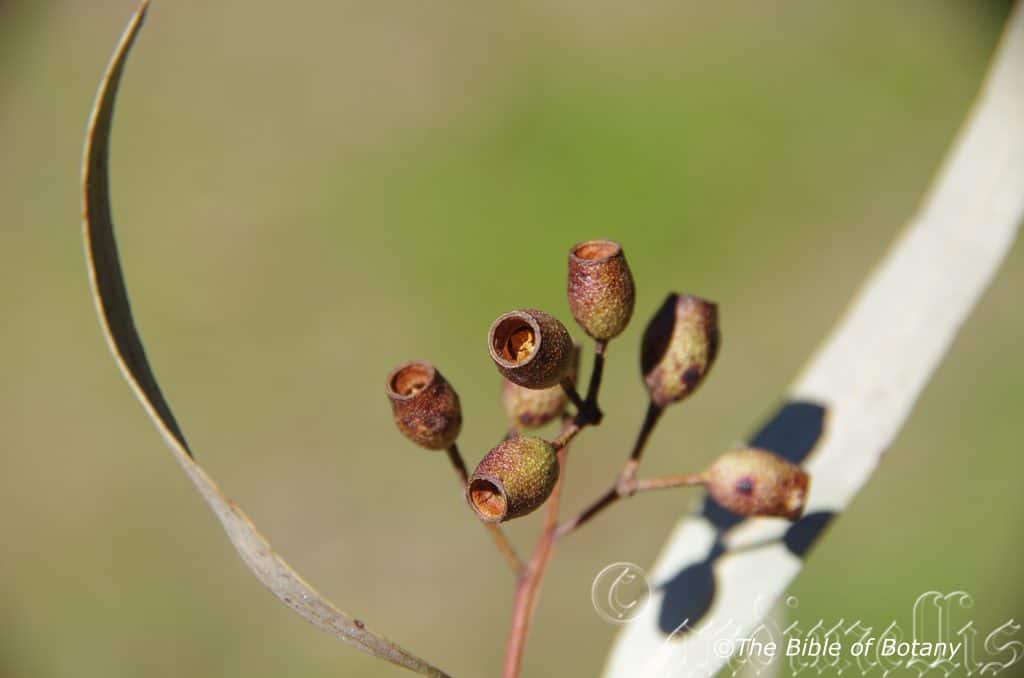
Canberra ACT
Corymbia trachyphloia
Classification:
Unranked: Eudicots
Unranked: Rosids
Order: Myrtales
Family: Myrtaceae
Genus: From Korymbos, which is Ancient Greek or CorymbÅsus, which is Latin for a cluster of flowers. It refers to flowers, where the stems branch from different levels on the stalk’s axis but ultimately terminate flowers are all at the same level.
Species: From TrÄkhús, which is Ancient Greek for rough and Phloia, which is Ancient Greek for a bark. It refers to barks, which have a very rough texture.
Sub species: Corymbia trachyphloia subsp. amphistomatica. From Amphi, which is Ancient Greek for both sides or double sided, and Stoma, which is Ancient Greek for a mouth. It refers to structures or organs, which have openings that somewhat resemble a mouth.
Sub species: Corymbia trachyphloia subsp. carnivaria. May be from Carni, which is Latin for flesh, Varium/Varus which are Latin for variable, variegated or different. It therefore may refer to plants, which have some variation in a flesh colour of the flowers or bark.
Sub species: Corymbia trachyphloia subsp. trachyphloia. From Trakhos, which is Ancient Greek for rough and Phloia, which is Ancient Greek for a bark. It refers to barks, which have a very rough texture.
Common Name: White Bloodwood.
Distribution:
Corymbia trachyphloia is found south from Cairns in far north Queensland to near Goulbourn in central New South Wales. It is found on the central and eastern parts of the western planins on and east of the Great Dividing Range to the coast and a few off shore islands.
Corymbia trachyphloia subsp. amphistomatica is found south from Mount Mulligan in far north east Queensland to the Upper Hunter Region in central coastal New South Wales. It is found on both sides of the Great Dividing Range to the coast.
Corymbia trachyphloia subsp. carnivonica is found south from the northern slopes of the Blackdown Tablands to the Mitchel Roma district in central Queensland. It is found on both sides of the Great Dividing Range to the coast.
Corymbia trachyphloia subsp. trachyphloia is found south from Mount Mulligan to the Queensland-New South Wales border. It is found on both sides of the Great Dividing Range to the coast.
https://avh.ala.org.au/occurrences/search?taxa=Corymbia+trachyphloia#tab_mapView
Habitat Aspect Climate:
Corymbia trachyphloia prefers full sun. It grows on slopes and plains in more open schlerophyll forests and woodlands. The altitude ranges from 10 meters ASL to 600 meters ASL.
The temperatures range from minus 3 degrees in July to 40 degrees in January.
The rainfall ranges from lows of 400mm to 1700mm annually.
Soil Requirements:
Corymbia trachyphloia prefer sandy loams to medium clays. The soils are usually derived from decomposed sandstone granite or brown basalts or black basalts. The soils pH ranges from 4.5pH to 5.5pH. It does not tolerate waterlogged soils. Non saline soils to moderately saline soils are tolerated as are salt laden winds.
Height & Spread:
Wild Plants: 15m to 25m by 8m to 12m.
Characteristics:
Corymbia trachyphloia is a medium size gum tree with a long straight or crooked bole often reaching over half its height before branching. The trunks bark is grey, pale brown to pale yellow-brown and flaky and tessellated in large patches to strongly tessellated. The tessellation is not uniform. The decorticating upper bark is shed in short polygonal flakes annually. The upper section when shed reveals a very pale yellow blaze in summer before resuming to its normal colour. New growth and juvenile branchlets are reddish-green, orange, orange-red to grass-green with red or orange tinges and glabrous.
The alternate, disjunct, narrow lanceolate leaves of Corymbia trachyphloia are slightly falcate and measure 70mm to 120mm in length by10mm to 15mm in width. The bases are asymmetrically cuneate to rounded-cuneate while the apexes are narrow tapering. The discolourous laminas are pale blue-green, grey-green or rarely green and semi glossy on the upper laminas while the lower laminas are slightly paler. The laminas are flat. The margins are entire. The mid vein is slightly prominent on both laminas. The secondary penniveins are clearly visible from both laminas. The petioles measure 5mm to 10mm long.
Corymbia trachyphloia subsp. trachyphloia’s stomata only appear on the lower laminas.
Corymbia trachyphloia subsp. amphistomatica’s stomata appear on both laminas.
Corymbia trachyphloia subsp. carnivaria differences are unclear between this sub specie and the other 2 sub specie.
The juvenile leaves are disjunct, elliptic to ovate, glossy green and covered in pale brown hirsute or hirtellous hairs. The bases are peltate at early stages.
The inflorescences of Corymbia trachyphloia are born from the terminals. The umbellasters’ peduncles are narrowly flattened to angled and measure 5mm to 13mm in length with terete pedicels measuring 2mm to 6mm in length. The umbellasters have 7 buds on each umbel. The cream buds are glabrous, clavate to pyriform and measure 4mm to 5mm in length by 2mm to 3mm in diameter. The cream operculums are hemispherical with a patelliform tip. The white or occasionally cream flowers measure 16mm to 24mm in diameter.
The filaments measure 3mm to 4mm in length and have cream anthers.
The style measures 0.8mm to 1.2mm in length rising from the center of a cream disc. The flowers appear from September to October.
The fruits of Corymbia trachyphloia are urceolate shaped fruits are capsules or gum nuts. The gum nuts are covered in very fine farinaceous lumps and measure 6mm to 10mm in length by 5mm to 8mm in diameter with a 2mm to 2.5mm opening at the top. The cream or green gum nuts have an orange to reddish tinge before turning fawn to pale creamy grey when ripe. The 3 or 4 valves are inserted in the hypanthia. The operculum scar is absent on the hypanthia.
The seeds are roughly ellipsoidal with a rudimentary wing. The deep red-brown to black, flat seeds have a wing.
Wildlife:
Corymbia trachyphloia is popular with lorikeets and other honey eating birds. It also attracts a lot of insects including the native bee which in return attract many insect eating birds. Possums and gliders feast on the flowers and nectar.
Cultivation:
Corymbia trachyphloia medium size tree is for large gardens away from buildings as it has a tendency to drop small branches throughout the year. As it is hardy on most soil types except for heavy clays and rock it is easy to grow. It is fast growing in frost free situations. It can survive light frosts when young though it should be protected as a juvenile tree. The bark will provide a good contrast to other trees especially in a park situation. It has a light canopy which allows plenty of filtered light to reach the ground. Cultivated trees will grow from 10 meters to 15 meters in height by 7 meters to 12 meters in diameter. The eventual size is more dependent on available water and temperature than soil conditions though better quality soils will produce a denser crown and a better shape tree. Trees from arid areas grow smaller than coastal trees.
Propagation:
Seeds: Sow seeds into a seed raising mix and cover with 5mm of the mix. Place the trays in a larger tray and fill the outer with water so capillary action keeps the mix wet at all times. When the seedlings are 60mm to 80mm tall, prick them out and plant them into 50mm native tubes using a good organic mix.
Once the seedlings reach 200mm to 250mm in height plant them out into their permanent position.
Fertilize using Seaweed, fish emulsion or organic chicken pellets soaked in water on an alternate basis. Fertilize every two months until the plants are established then annually in early September or March to maintain health, vitality and better flowering.
Further Comments from Readers:
Hi reader, it seems you use The Bible of Botany a lot. That’s great as we have great pleasure in bringing it to you! It’s a little awkward for us to ask, but our first aim is to purchase land approximately 1,600 hectares to link several parcels of N.P. into one at The Pinnacles NSW Australia, but we need your help. We’re not salespeople. We’re amateur botanists who have dedicated over 30 years to saving the environment in a practical way. We depend on donations to reach our goal. If you donate just $5, the price of your coffee this Sunday, We can help to keep the planet alive in a real way and continue to bring you regular updates and features on Australian plants all in one Botanical Bible. Any support is greatly appreciated. Thank you.
In the spirit of reconciliation we acknowledge the Bundjalung, Gumbaynggirr and Yaegl and all aboriginal nations throughout Australia and their connections to land, sea and community. We pay our respect to their Elders past, present and future for the pleasures we have gained.
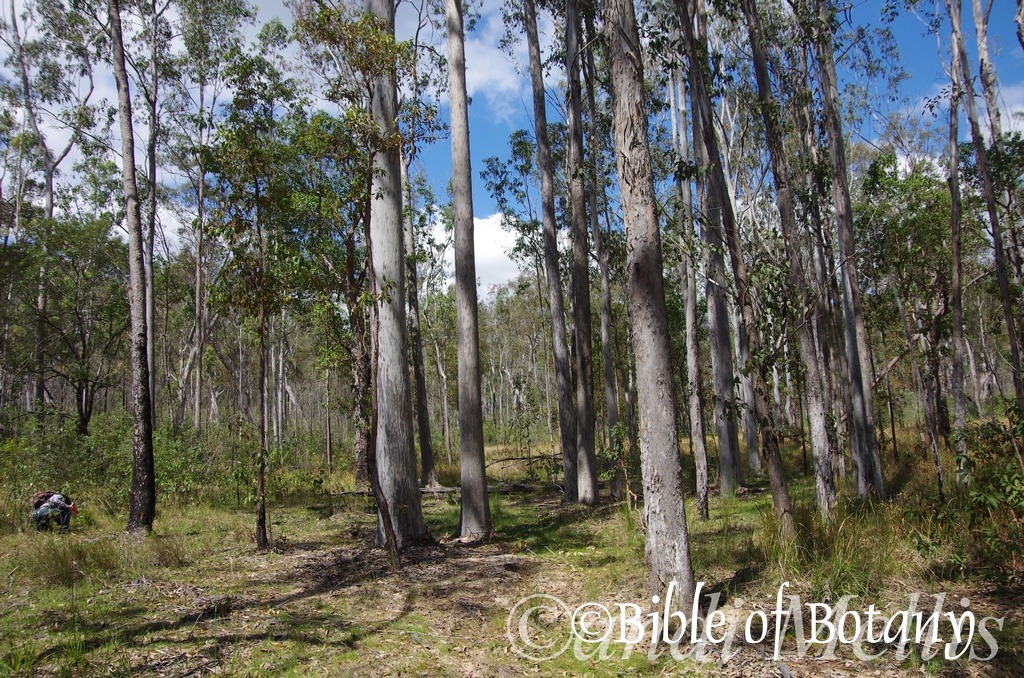
Ramournie National Park NSW
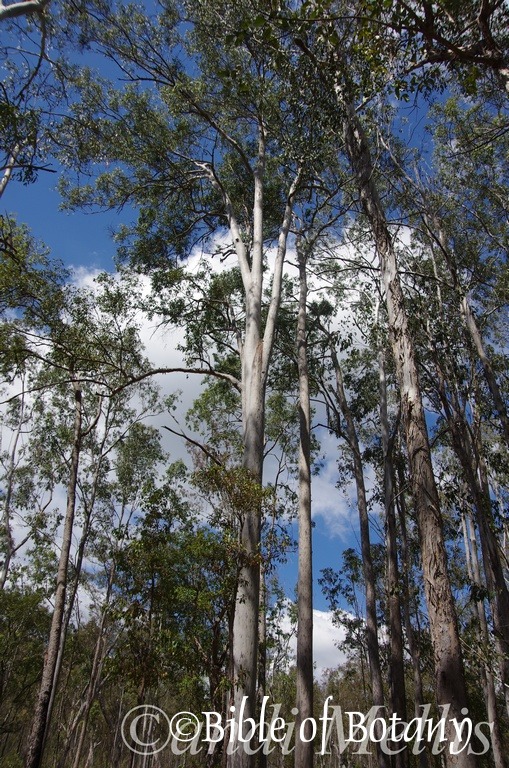
Ramournie National Park NSW
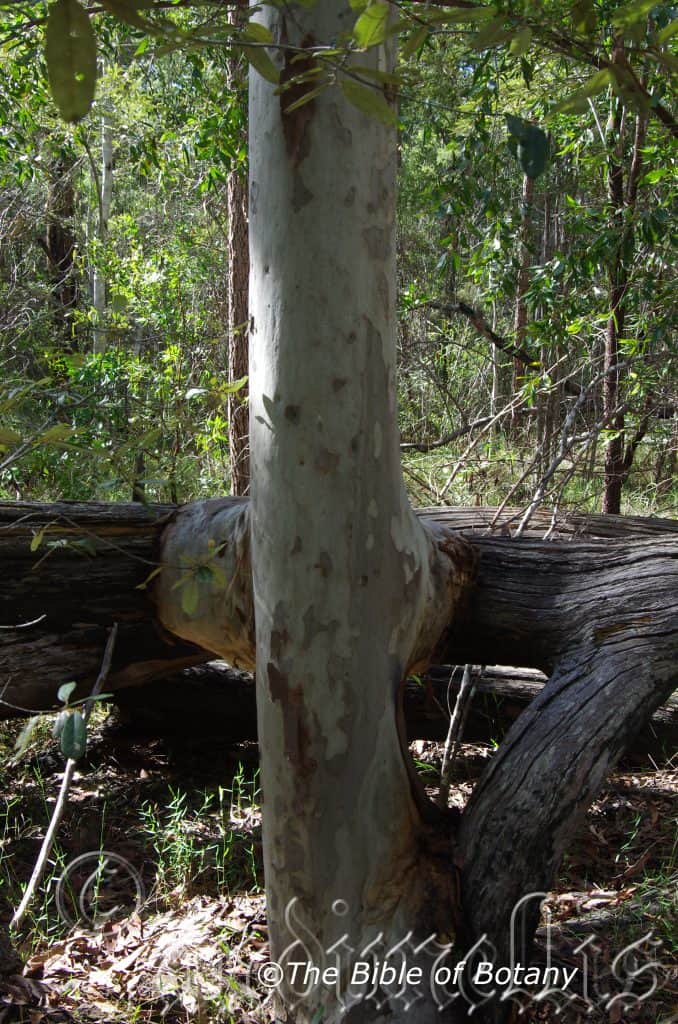
The Pinnacles NSW
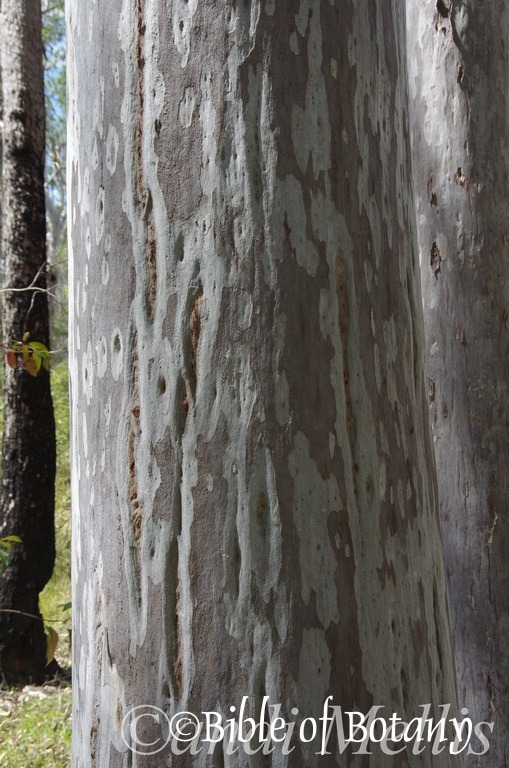
Ramournie National Park NSW
Corymbia variegata
Classification:
Unranked: Eudicots
Unranked: Rosids
Order: Myrtales
Family: Myrtaceae
Genus: From Korymbos, which is Ancient Greek or CorymbÅsus, which is Latin for a cluster of flowers. It refers to flowers, where the stems branch from different levels on the stalk’s axis but ultimately terminate flowers are all at the same level.
Specie: From Variegata, which is Latin for to make varied in appearance by adding different colours. It refers to leaves, which have two or more distinct colours patterns. In Australia it usually refers to plants, which are bred for the variation in colour as a hybrid or varietal form.
Sub specie:
Common Name:
Distribution:
Corymbia variegata is found from the head waters of the Dawson River east to Maryborough in southern Queensland, south to the Macleay River in northern coastal New South Wales.
https://avh.ala.org.au/occurrences/search?taxa=Corymbia+variegata#tab_mapView
Habitat Aspect Climate:
Corymbia variegata prefers full sun. It grows on rolling hill slopes to steeper slopes on hills and mountains. Inland it is commonly found close to creek beds and dry river banks. The altitude ranges from 10 meters ASL to 500 meters ASL.
The temperatures range from minus 2 degrees in August to 40 degrees in January.
The rainfall ranges from lows of 200mm to 2600mm annually.
Soil Requirements:
Corymbia variegata prefer poor to medium fertile sandy loams to medium clays. The soils are usually derived from decomposed shales, sandstone or metamorphic rocks. The soils pH ranges from 4.5pH to 6pH. It does not tolerate waterlogged soils. Non saline soils to moderately saline soils are tolerated.
Height & Spread:
Wild Plants: 35m to 50m by 15m to 20m.
Characteristics:
Corymbia variegata is a tall gum tree with a long straight bole often reaching well over half its height before branching. The trunk is smooth pale grey or white and mottled with deeper grey, cream or pinkish-grey patches. The decorticating bark is shed in small polygonal flakes annually. The upper section when shed reveals a very pale pink blaze before resuming to its normal colour. The branchlets and new growth are pale grass-green and glabrous. Juvenile branchlets are glabrous and pale green.
The alternate, disjunct, narrow lanceolate to lanceolate leaves of Corymbia variegata measure 100mm to 230mm in length by10mm to 28mm in width. The angulated petioles are twisted, grass-green and measure 12mm to 28mm long. The symmetrical or at times slightly asymmetrical bases are cuneate while the apexes are narrow acute to tapering. The concolourous laminas are mid green, glabrous and semi glossy to dull. The laminas are flat. The margins are entire. The mid vein is slightly prominent on both laminas while the lateral veins are penniveined.
The disjunct juvenile leaves are ovate to lanceolate and glossy green.
The inflorescences of Corymbia variegata are born in the upper leaf axils or terminal. The umbellasters’ peduncles are terete and measure 4mm to 8mm in length while the pedicels measure 1mm to 5mm in length. The umbellasters have 3 buds on each umbel. Individual buds are glabrous, glossy green and ovoidal. The buds measure 8mm to 11mm in length by 5mm to 7mm in diameter. The calyptra is pale green to creamy yellow with red tinges. The calyptra is hemispherical with or without a rostrate tip and is shorter than the hypanthia and is as wide as the hypanthia. The white flowers measure 23mm to 32mm in diameter.
The white to cream, filiform filaments measure 10mm to 13mm length. The white to cream, oblong anthers measure 1mm to 1.5mm in length.
The pale yellow, stout style measures 6mm to 8mm in length rising from the center of a pale yellow disc. The flowers appear from October to January.
The fruits of Corymbia variegata are globose to ovoidal or urceolate capsules or gum nuts. The gum nuts are finely resinous and measure 8mm to 11mm in length by 5mm to 7mm in width with a 3mm to 4mm opening at the top. The 3 or 4 valves are inserted in the hypanthia. The operculum scar is usually absent on the hypanthia.
The seeds are roughly ellipsoidal with a rudimentary wing. The deep red-brown to black, flat seeds, measure 1mm to 1.2mm in length by 0.6mm to 0.7mm in diameter including the wing.
Wildlife:
Corymbia variegata are popular with lorikeets and other honey eating birds. They also attract a lot of insects including the native bee which in return attract many insect eating birds. Possums and gliders feast on the flowers and nectar. It is an important koala tree.
Several species of the stinging moth (Limacodidae) are hosted by this tree. For more information on the family see –
http://lepidoptera.butterflyhouse.com.au/lima/limacodidae.html
Cultivation:
Corymbia variegata is medium size tree is for large gardens away from buildings as it has a tendency to drop small branches throughout the year. It is hardy on most soil types except for heavy clays and rock it is easy to grow. It is fast growing in frost free situations. It can survive light frosts when young though they should be protected as juvenile trees. The bark will provide a good contrast to other trees especially in a park situation. They have a light canopy which allows plenty of filtered light to reach the ground. Cultivated trees will grow from 16 meters to 25 meters in height by 9 meters to 15 meters in diameter. Trees from arid areas grow smaller than coastal trees.
Propagation:
Seeds: Sow seeds into a seed raising mix and cover with 5mm of the mix. Place the trays in a larger tray and fill the outer with water so capillary action keeps the mix wet at all times. When the seedlings are 60mm to 80mm tall, prick them out and plant them into 50mm native tubes using a good organic mix.
Once the seedlings reach 200mm to 250mm in height plant them out into their permanent position.
Fertilize using Seaweed, fish emulsion or organic chicken pellets soaked in water on an alternate basis. Fertilize every two months until the plants are established then annually in early September or March to maintain health, vitality and better flowering.
Further Comments from Readers:
Hi reader, it seems you use The Bible of Botany a lot. That’s great as we have great pleasure in bringing it to you! It’s a little awkward for us to ask, but our first aim is to purchase land approximately 1,600 hectares to link several parcels of N.P. into one at The Pinnacles NSW Australia, but we need your help. We’re not salespeople. We’re amateur botanists who have dedicated over 30 years to saving the environment in a practical way. We depend on donations to reach our goal. If you donate just $5, the price of your coffee this Sunday, We can help to keep the planet alive in a real way and continue to bring you regular updates and features on Australian plants all in one Botanical Bible. Any support is greatly appreciated. Thank you.
In the spirit of reconciliation we acknowledge the Bundjalung, Gumbaynggirr and Yaegl and all aboriginal nations throughout Australia and their connections to land, sea and community. We pay our respect to their Elders past, present and future for the pleasures we have gained.
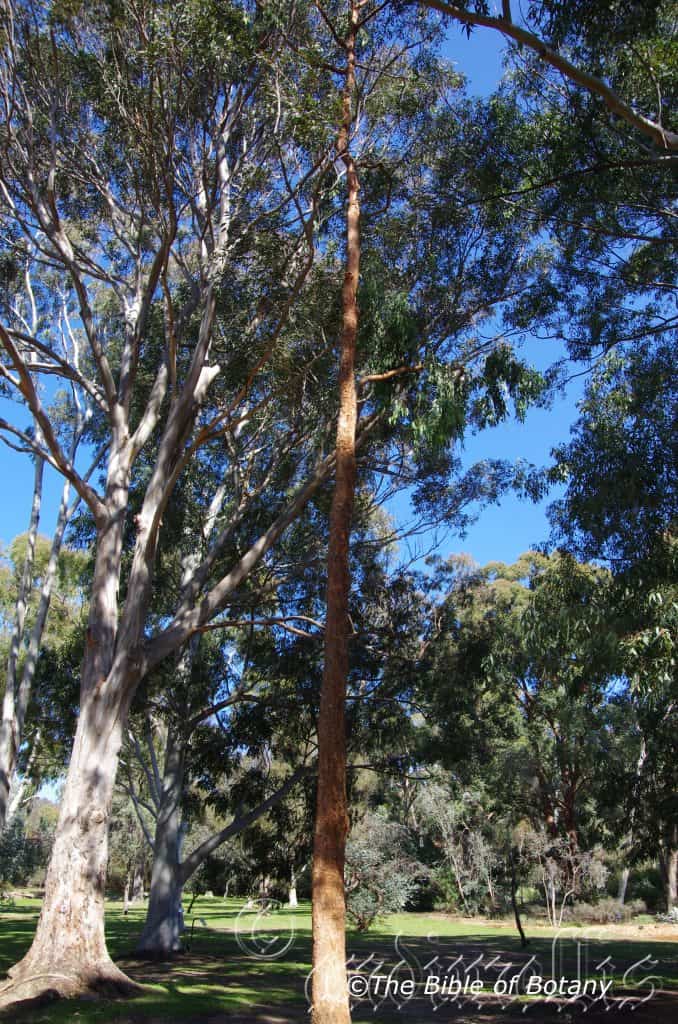
National Botanic Gardens ACT

National Botanic Gardens ACT
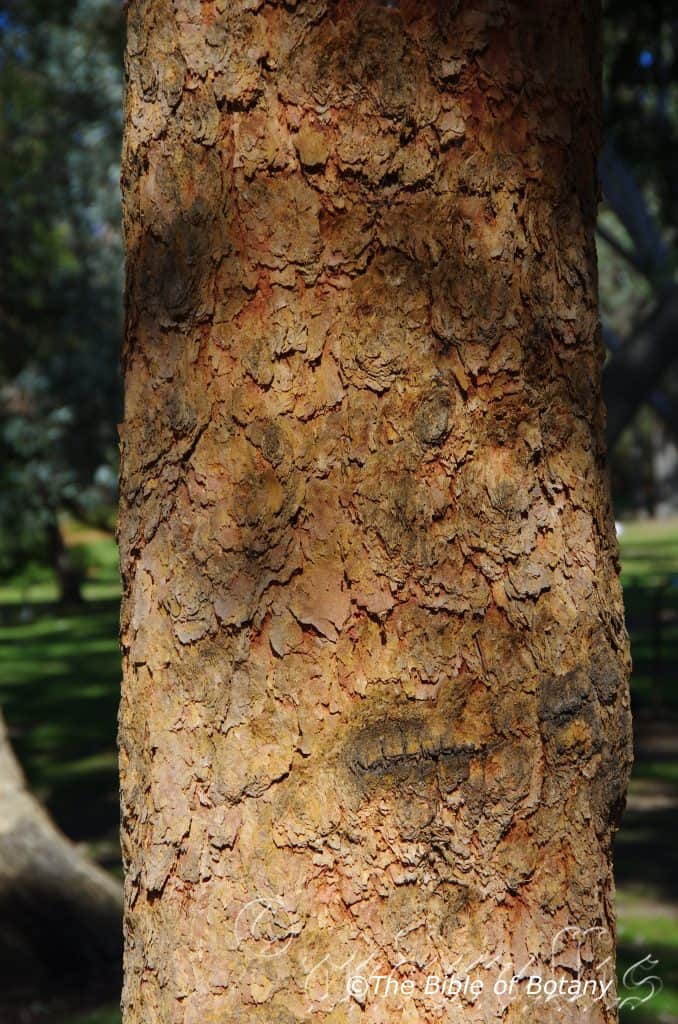
National Botanic Gardens ACT
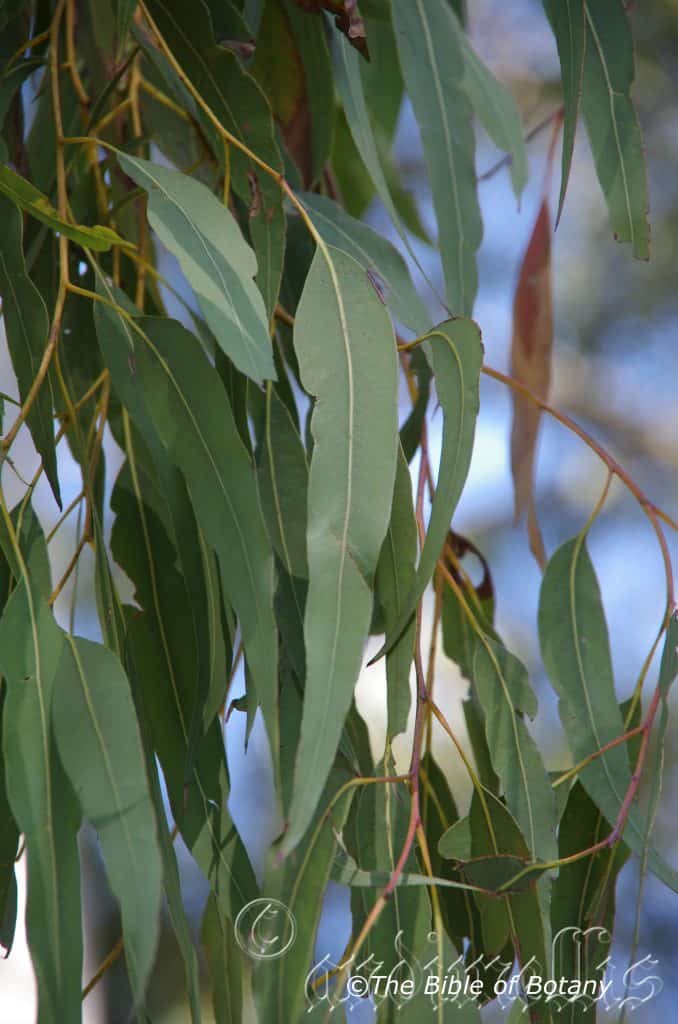
National Botanic Gardens ACT
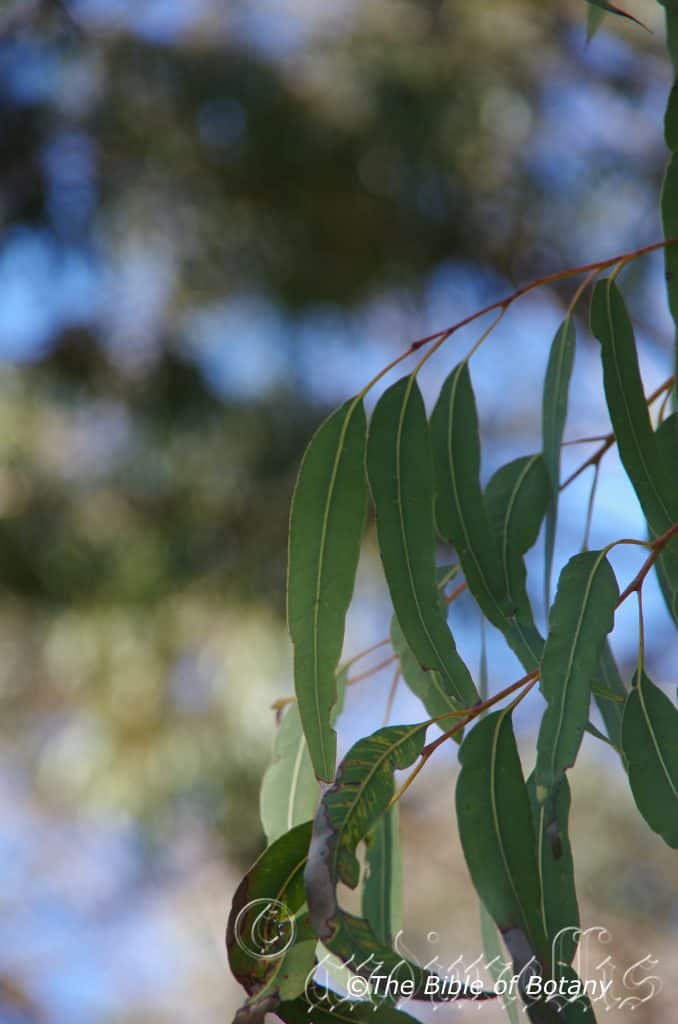
National Botanic Gardens ACT
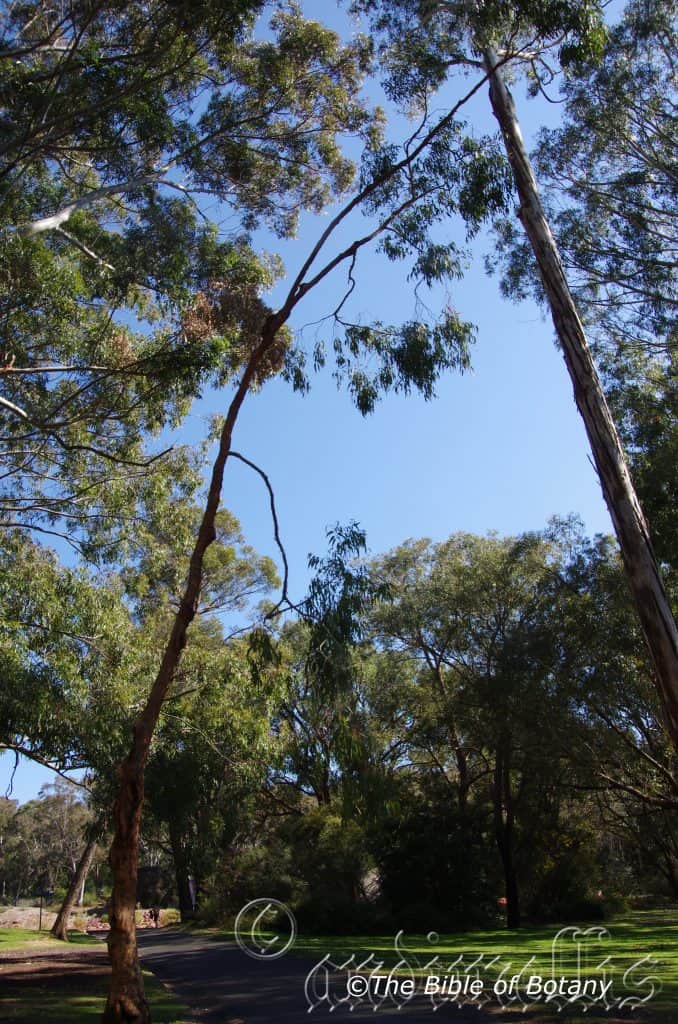
National Botanic Gardens ACT
Corymbia watsoniana
Classification
Unranked: Eudicots
Clade: Rosids
Order: Myrtales
Family: Myrtaceae
Genus: From Korymbos, which is Ancient Greek or CorymbÅsus, which is Latin for a cluster of flowers. It refers to flowers, where the stems branch from different levels on the stalk’s axis but ultimately terminate flowers are all at the same level.
Specie: Is named in honour of Thomas Wentworth Watson, who collected the type specimen in 1876 and sent it to Mueller in Melbourne.
Sub specie: Corymbia watsoniana subsp. watsoniana is named in honour of Thomas Wentworth Watson, who collected the type specimen in 1876 and sent it to Mueller in Melbourne.
Corymbia watsoniana subsp. capillata From Eu
Common Name: Large-fruited yellowjacket.
Distribution:
Corymbia watsoniana is restricted to an area in central Queensland bounded by Springsure and Rolleston then south-east to Eidsvold and near Gayndah then further south to the Barakula State Forest.
https://avh.ala.org.au/occurrences/search?taxa=Corymbia+watsoniana#tab_mapView
Habitat Aspect Climate:
Corymbia watsoniana prefers full sun to part shade or dappled sunlight. It grows as a small to medium tree in dry sclerophyll open woodlands. The altitude ranges from 50 meters ASL to 350 meters ASL.
The temperatures range from minus 2 degree in August to 40 degrees in January.
The rainfall ranges from lows of 300mm to an average of 670mm.
Soil Requirements:
Corymbia watsoniana prefers deep average fertile soils of course silts to fine silts, light fatty clays and gravelly sands overlying dolerite. The soils are usually derived from decomposed sandstone. The soil’s pH ranges from 4.5pH to 5.5pH. It does not tolerates waterlogged soils and seasonal wet periods are frequently encountered for short periods in the wet season.Non saline soils to moderately saline soils are tolerated.
Height & Spread:
Wild Plants: 10m to 15m by 6m to 9m.
Characteristics:
Corymbia watsoniana has a rough bark to the medium size branches, which is thick, soft, loosely flaky to tessellated. The yellow-brown to yellow-grey is orange-brown following decortication of the old bark. The branchlets are glabrous.
The juvenile stems of Corymbia watsoniana subsp. watsoniana are terete to square in cross-section and is glabrous.
The juvenile stems of Corymbia watsoniana subsp. capillata are square in cross-section and is setose and scabrid until it reaches the 10 to 15 nodes of age.
The juvenile leaves of Corymbia watsoniana subsp. watsoniana are always petiolate, alternate, ovate to lanceolate and measure 115mm to 210mm in length by 50mm to 95mm in width. The bases are rounded or truncate at the lower nodes then taper to the peltate leaf bases, while the apexes are acute. The concolorous, dull, green lowest leaves are slightly scabrid along the mid vein and major lateral veins with the older subsequent leaves being glabrous.
The juvenile leaves of Corymbia watsoniana subsp. capillata are always petiolate, alternate, ovate to lanceolate and measure 150mm to 210mm in length by 70mm to 125mm in width. The bases are peltate, while the apexes are acute. The concolorous, dull, green to blue-green, setose aging to be scabrid.
The mature crown of Corymbia watsoniana subsp. watsoniana has petioles that measure 13mm to 40mm in length. The alternate, glabrous leaves are ovate to broadly lanceolate or falcate and measure 90mm to 215mm in length by 18mm to 65mm in width. The bases taper to the petiole, while the apexes are narrow acute. The concolorous, bright green to grey-green, penniveined, densely to very densely reticulate.
The mature crown of Corymbia watsoniana subsp. capillata has petioles that measure 13mm to 40mm in length. The alternate, glabrous leaves are ovate to broadly lanceolate or falcate and measure 90mm to 265mm in length by 23mm to 70mm in width. The bases taper to the petiole, while the apexes are narrow acute. The concolorous, dull, green to grey-green, penniveined, densely to very densely reticulate.
The intramarginal vein is parallel to and just within the flat or undulating margins. The numerous, small oil glands are islands with 1 at each areole or are obscure.
The inflorescence of Corymbia watsoniana subsp. watsoniana are terminal compound inflorescence peduncles measure 9mm to 55mm in length while the pedicels measure 4mm to 18mm in length. There are 7 buds in each umbel. The mature ovoidal, glabrous or at times slightly ridged buds, with an operculum wider than base of bud measure 15mm to 20mm in length by 12mm to 17mm in diameter. The bud scar is present. The flattened to obtuse, apiculate, umbonate, or beaked operculum is discarded prior to the inflexed stamens emerging. The oblong, versatile, dorsifixed anthers dehisce along longitudinal slits. The long style have a blunt or tapered stigma. The creamy-white flowers appear June.
The inflorescence of Corymbia watsoniana subsp. capillata are terminal compound inflorescence peduncles measure 6mm to 40mm in length while the pedicels measure 1mm to 12mm in length. There are 7 buds in each umbel. The mature ovoidal, glabrous or at times slightly ridged buds, with an operculum wider than base of bud measure 17mm to 20mm in length by 15mm to 17mm in diameter. The bud scar is present. The flattened to obtuse, apiculate, umbonate, or beaked operculum is discarded prior to the inflexed stamens emerging. The oblong, versatile, dorsifixed anthers dehisce along longitudinal slits. The long style have a blunt or tapered stigma. The creamy-white flowers appear November.
The terete pedicels of Corymbia watsoniana subsp. watsoniana measure 2mm to 15mm in length. The large barrel-shaped to urceolate or cylindrical capsules measure 20mm to 32mm in length by 18mm to 24mm in diameter. The disc is descending, while the 3 valves are enclosed.
The terete pedicels of Corymbia watsoniana subsp. capillata measure 0mm to 14mm in length. The large barrel-shaped to urceolate or cylindrical capsules measure 15mm to 23mm in length by 12mm to 19mm in diameter. The disc is descending or at times is level with the rim, while the 3 valves are enclosed.
The brown to reddish brown semi glossy seeds measure 3mm to 8.5mm in length. The seeds are boat-shaped with a keel on the smooth and usually cracked dorsal surface however at times the keel is not present, with or without a short flange at one end. The hilum is positioned ventrally.
Wildlife:
The wildlife of Corymbia watsoniana is unknown to the author.
Cultivation:
Corymbia watsoniana is a beautiful small to medium tree which is ideally suitable for smaller gardens where a Eucalyptus is required. It can be used like many small Eucalyptus sp. to create that little bit of Australiana in the suburban back yard or the outback garden to give shade from a relentless hot sun. It is an ideal small tree for a semi arid garden or a water conscience gardener as it is drought resistant once established.
Often floral characteristics of a plant dictate our selection of plants for the garden. Remember that once a Eucalyptus sp.; or in fact any tree, reaches a reasonable size, its trunk or bark can be the most prominent feature seen on a regular basis. Among the Eucalypts there are many different types of barks which include some of our beautiful reddish brown tessellated barks found here.
Corymbia watsoniana is one of those species whose single or maybe 2 stems and bark contrasts well with the white or ghost gums. Small shrubs can be used to emphasize the open spaces surrounding this small tree especially when mass plantings are done.
Propagation:
Seeds: Sow the seeds of Corymbia watsoniana into a seed raising mix. Cover the seeds with 2mm to 3mm of fine sand and place the trays in a warm sunny position. Keep the seeds moist but not wet. When the seedlings are 25mm to 50mm tall, prick them out and plant them into 50mm native tubes using a good organic mix.
Once the seedlings reach 200mm to 250mm in height plant them out into their permanent position. Mass plantings are best done in groups of 3 to 5 as a feature by planting them at 4 meter to 5 meter centers as a tree or 5 meters to 6 meters as a mallee.
Fertilize using Seaweed, fish emulsion or organic chicken pellets soaked in water and apply the liquid on an alternate basis. Fertilize every two month until the trees are well established then every spring to ensure good growth and flowering.
Further Comments from Readers:
Hi reader, it seems you use The Bible of Botany a lot. That’s great as we have great pleasure in bringing it to you! It’s a little awkward for us to ask, but our first aim is to purchase land approximately 1,600 hectares to link several parcels of N.P. into one at The Pinnacles NSW Australia, but we need your help. We’re not salespeople. We’re amateur botanists who have dedicated over 30 years to saving the environment in a practical way. We depend on donations to reach our goal. If you donate just $5, the price of your coffee this Sunday, We can help to keep the planet alive in a real way and continue to bring you regular updates and features on Australian plants all in one Botanical Bible. Any support is greatly appreciated. Thank you.
In the spirit of reconciliation we acknowledge the Bundjalung, Gumbaynggirr and Yaegl and all aboriginal nations throughout Australia and their connections to land, sea and community. We pay our respect to their Elders past, present and future for the pleasures we have gained.
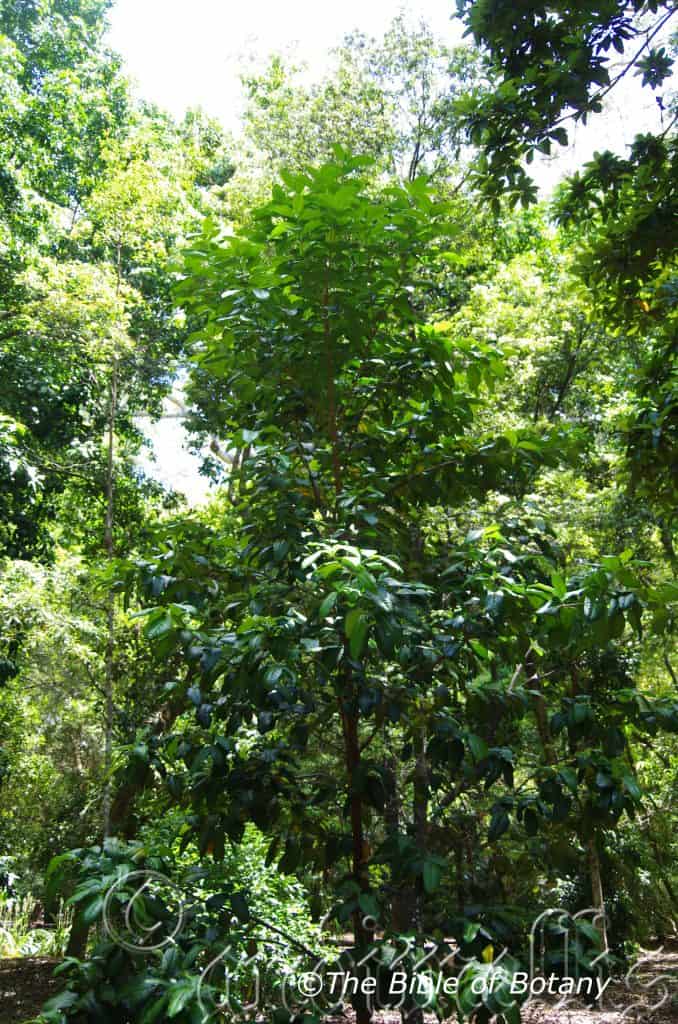
NCBG Coffs Harbour NSW
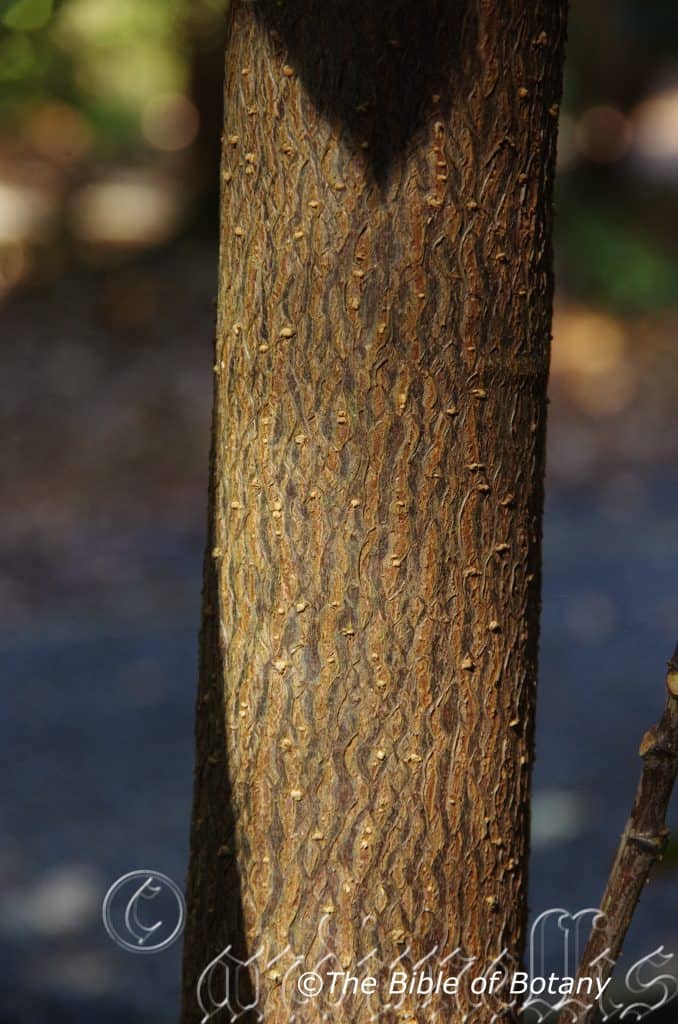
NCBG Coffs Harbour NSW
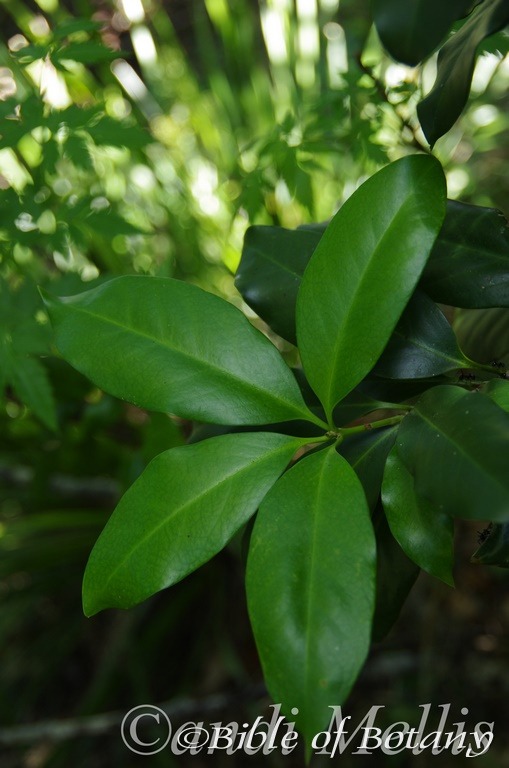
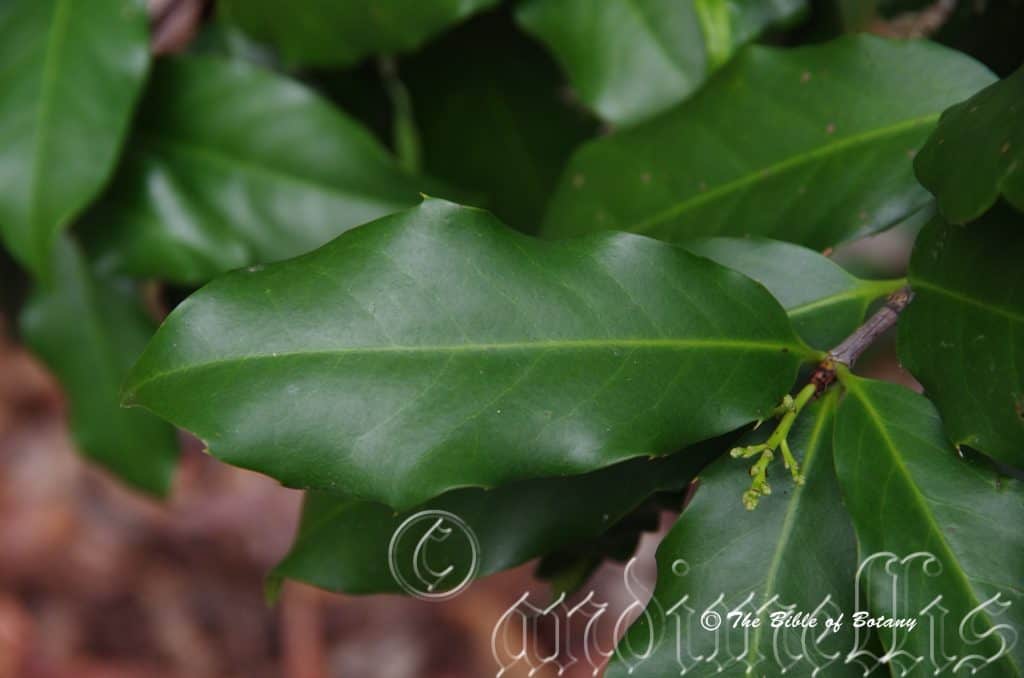
NCBG Coffs Harbour NSW
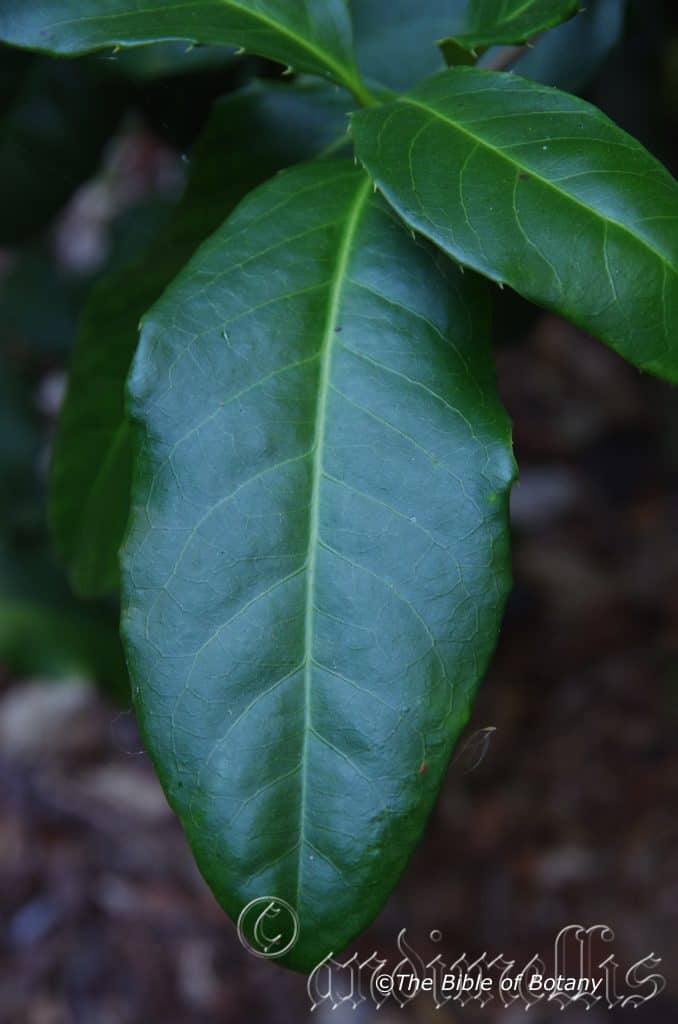
NCBG Coffs Harbour NSW
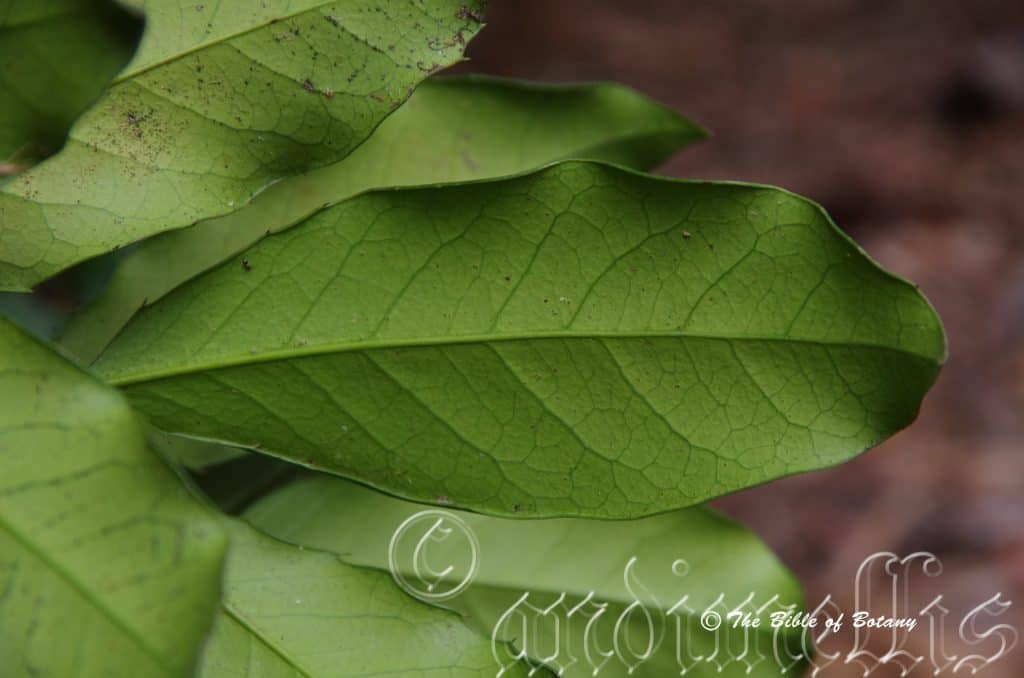
NCBG Coffs Harbour NSW
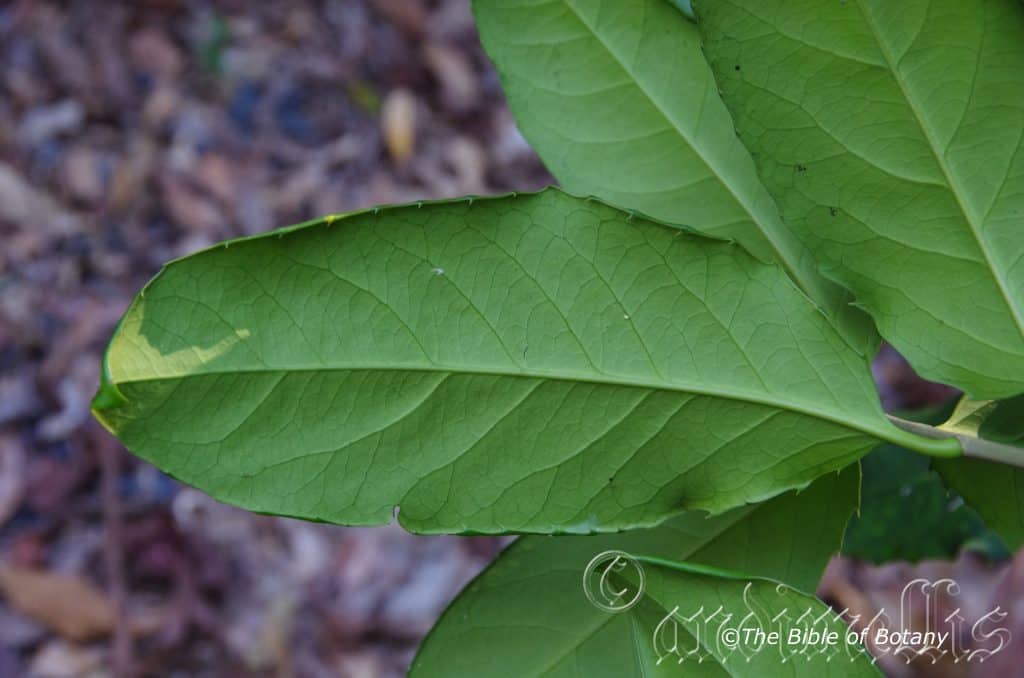
Coffs Harbour NSW
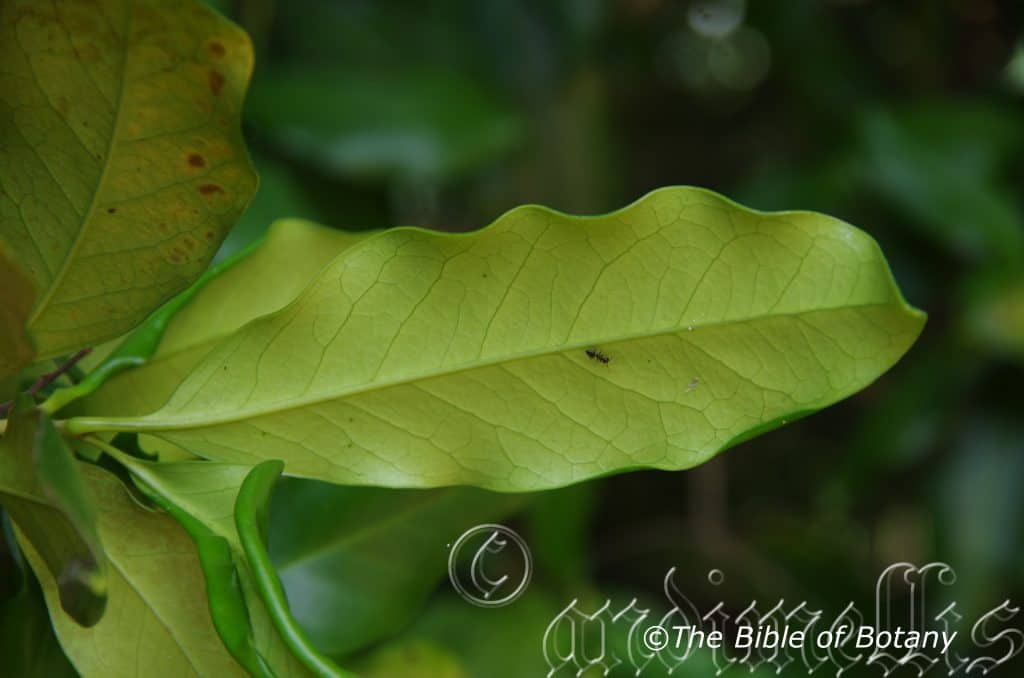
Coffs Harbour NSW

Juvenile Foliage LBG Lismore NSW

Juvenile Foliage LBG Lismore NSW

Glenugie Peak NSW
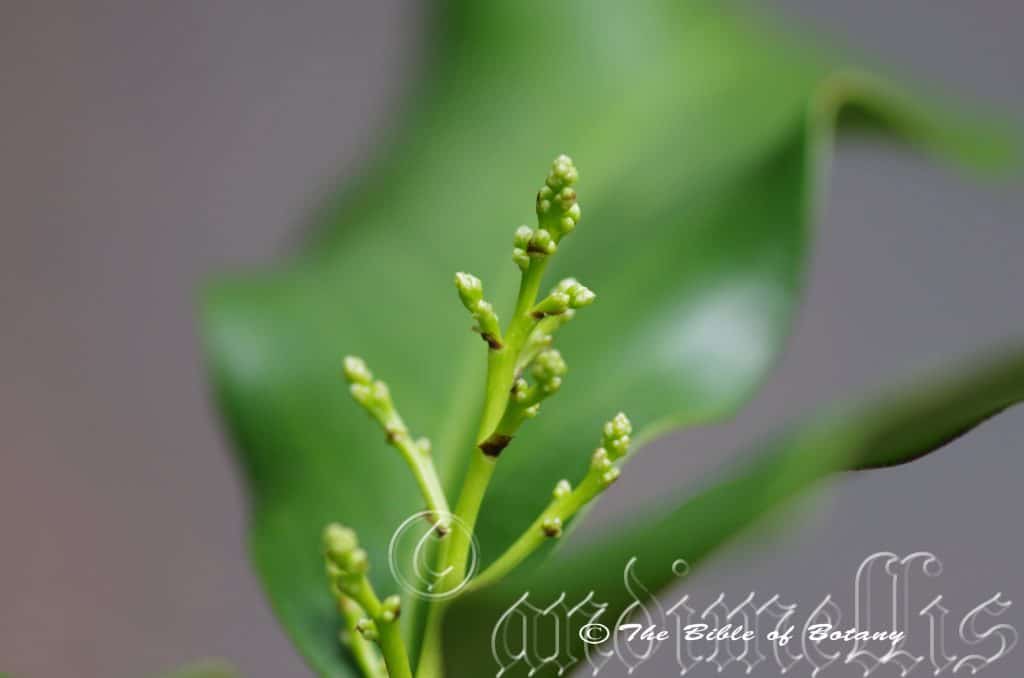
Glenugie Peak NSW
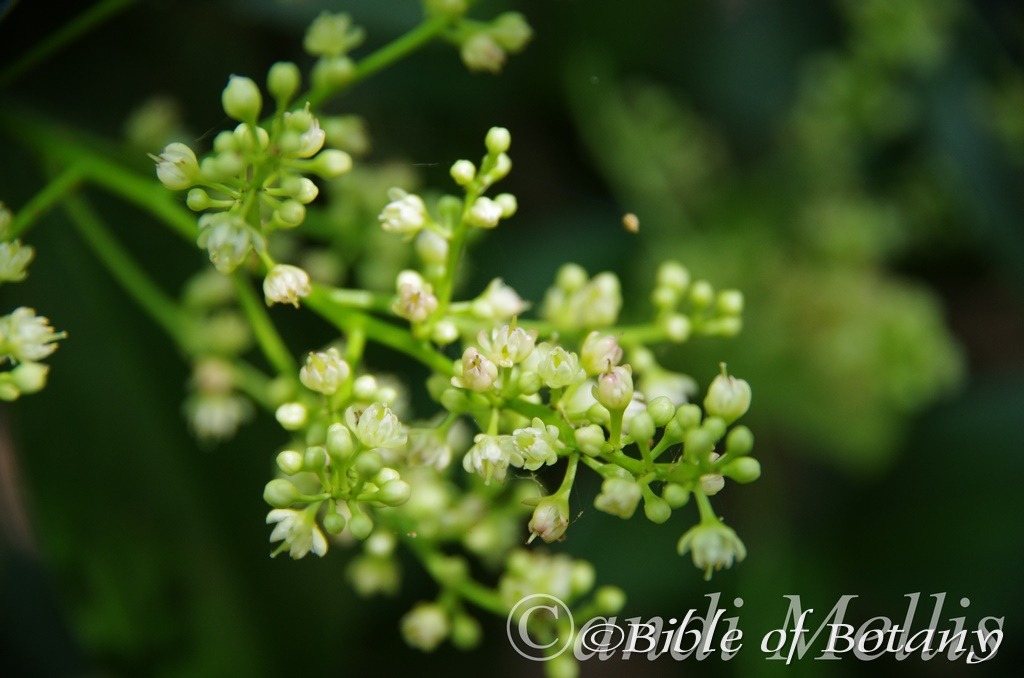
Glenugie Peak NSW

Glenugie Peak NSW
Corynocarpus rupestris
Classification:
Unranked: Eudicots
Unranked: Rosids
Order: Cucurbitales
Family: Corynocarpaceae
Genus: From Koryn, which is Greek for a club and Karpos, which is Ancient Greek for a fruit. It refers to fruits, which resemble clubs.
Specie: From Rupestre, which is Latin for a cliff or craggy outcrop. It refers to plants, which prefer to grow or were thought to favour rocky crags on cliffs.
Sub specie: Corynocarpus rupestris subsp. arborescens. From Arborescent, which is Latin for a tree. It refers to plants, which have a typical tree like structure.
Sub specie: Corynocarpus rupestris subsp. rupestris. From Rupestre, which is Latin for a cliff or craggy outcrop. It refers to plants, which prefer to grow or were thought to favour rocky crags on cliffs.
Common Name: Glenugie karaka.
Distribution:
It is found south from near Childers in southern central Queensland to Glenugie in northern coastal New South Wales on or east of the Great Dividing Range.
Corynocarpus rupestris subsp. arborescens is found south from near Childers in southern central Queensland to Lismore in northern coastal New South Wales. It occurs on and east of the Great Dividing Range.
Corynocarpus rupestris subsp. rupestris is found south from near South Port in southern central Queensland to Coffs Harbour in northern coastal New South Wales. It occurs east of the Great Dividing Range.
https://avh.ala.org.au/occurrences/search?taxa=Corynocarpus+rupestris#tab_mapView
Habitat Aspect Climate:
Corynocarpus rupestris prefers full sun to light dappled shade. It grows on exposed hills and slopes in and adjacent to dry rainforests. The altitude ranges from 5 meters ASL. to 250 meters ASL..
The temperatures range from minus 1 degree in August to 36 degrees in January.
The rainfall ranges from lows of 850mm to 1600mm annually.
Soil Requirements:
Corynocarpus rupestris prefer light stony clays to medium gravelly clays. The soils are usually derived from decomposed brown basalts. The soils pH ranges from 4.5pH to 5.5pH. It does not tolerate waterlogged soils. Non saline soils to moderately saline soils are tolerated.
Height & Spread
Wild Plants: Corynocarpus rupestris subsp. arborescens 8m to 12m by 3m to 5m
Corynocarpus rupestris subsp. rupestris 3m to 5m by 2m to 4m
Characteristics:
Corynocarpus rupestris is a tall narrow shrub to small tree. The trunk is scabrous, pale grey to deep grey. The bark is longitudinally irregularly fissured and often covered in lichens. The deep greenish-brown branches are glabrous.
Corynocarpus rupestris subsp. rupestris new growth and juvenile branchlets are glabrous and pale lime-green.
Corynocarpus rupestris subsp. arborescens new growth and juvenile branchlets are covered in prominent scars from leaf scales. The leaf scales measure 2mm to 3mm in length.
The alternate or sub opposite narrow ovate or obovate to lanceolate leaves of Corynocarpus rupestris measure 80mm to 150mm in length and 40mm to 60mm in width. The petioles measure 5mm to 10mm long. The base are cuneate to rounded-cuneate, while the apexes are acute to aristate. The laminas are slightly undulating, recurve upwards from the mid vein to the margins and decurve at the apexes. The margins are entire or dentate with sharp short spines and slightly recurved. The mid vein and lateral veins are prominent on the lower lamina and distinctly visible on the upper lamina.
The discolourous coriaceous laminas of Corynocarpus rupestris subsp. rupestris are sea-green and glabrous on the upper laminas while the lower laminas are slightly paler. The new growth is glossy lime green.
The discolourous coriaceous laminas of Corynocarpus rupestris subsp. arborescens are sea-green and glabrous on the upper laminas while the lower laminas are much paler to almost glaucous-green. The new growth is glossy deep grass-green.
The juvenile leaves are alternate to sub opposite in whirls of 3. The laminas are undulating. The lamina margins are dentate with short spines.
The inflorescences of Corynocarpus rupestris subsp. rupestris are loose panicles born in the upper leaf axils. The panicles measure 100mm to 210mm in length. The white, tinged pale pink oblong sepals have an obtuse apex. The sepals measure 2mm to 2.2mm in length. The white or white, tinged pale pink oblong petals have an obtuse apex. The petals measure 2.4mm to 2.8mm in length. The pedicels measure 2mm to 3.5mm in length.
The white exserted stamens measure 2.6mm to 3mm in length. The anthers are yellow.
The pastel green exserted style measures 2.6mm to 3mm in length, rising from the center of a pastel green disc. The flowers appear from October to November.
The inflorescences of Corynocarpus rupestris subsp. arborea are loose panicles born in the upper leaf axils. The panicles measure 40mm to 190mm in length. The white oblong sepals have an obtuse apex. The sepals measure 2mm to 4mm in length. The white oblong petals have an obtuse apex. The petals measure 2.4mm to 3.5mm in length. The pedicels measure 3mm to 5mm in length
The white exserted stamens measure 2.6mm to 3.7mm in length. The anthers are yellow.
The pastel green exserted style measures 2.6mm to 3.7mm in length, rising from the center of a pastel green disc. The flowers appear from October to November.
The fruits of Corynocarpus rupestris are globose to orbicular drupes. The large, glabrous drupes measure 26mm to 38mm in length by 30mm to 40mm in diameter. The exocarp is scarlet red while the flesh is white.
The single ellipsoidal seeds are fawn to pale brown with a raised web pattern. The seeds measure 19mm to 27mm in length by 22mm to 30mm in diameter.
Wildlife:
Corynocarpus rupestris is popular with many varieties of insects including the native bee Tetragonula carbonaria and the Blue banded bee Amegilla cingulate which in return attracts many small insect eating birds.
Cultivation:
It is a small or medium size tree for small to large gardens and can be used as specimen trees. It is hardy on most soil types except for heavy clays and rock it is easy to grow. It is relatively fast growing in frost free situations. It can survive light frosts when young though it should be protected as juvenile trees. The bark will provide a good contrast to other trees especially in a park situation. It has a bushy canopy which allows plenty of protection for ferns and orchids. Cultivated trees will grow from 4 meters to 10 meters in height by 4meters to 6 meters in diameter depending on the sub species being sought. It would make a very good street tree as it does not have adventurous roots and is of a suitable size for planting beneath power lines.
Propagation:
Seeds: Sow seeds into a seed raising mix and cover with 5mm of the mix. Place the trays in a larger tray and fill the outer with water so capillary action keeps the mix wet at all times. When the seedlings are 60mm to 80mm tall, prick them out and plant them into 50mm native tubes using a good organic mix.
Fertilize using Seaweed, fish emulsion and organic chicken pellets soaked in water and apply the liquid on an alternate basis. Fertilize every two months until the female flowers appear.
Once the seedlings reach 200mm to 250mm in height plant them out into their permanent position.
Further Comments from Readers:
Hi reader, it seems you use The Bible of Botany a lot. That’s great as we have great pleasure in bringing it to you! It’s a little awkward for us to ask, but our first aim is to purchase land approximately 1,600 hectares to link several parcels of N.P. into one at The Pinnacles NSW Australia, but we need your help. We’re not salespeople. We’re amateur botanists who have dedicated over 30 years to saving the environment in a practical way. We depend on donations to reach our goal. If you donate just $5, the price of your coffee this Sunday, We can help to keep the planet alive in a real way and continue to bring you regular updates and features on Australian plants all in one Botanical Bible. Any support is greatly appreciated. Thank you.
In the spirit of reconciliation we acknowledge the Bundjalung, Gumbaynggirr and Yaegl and all aboriginal nations throughout Australia and their connections to land, sea and community. We pay our respect to their Elders past, present and future for the pleasures we have gained.
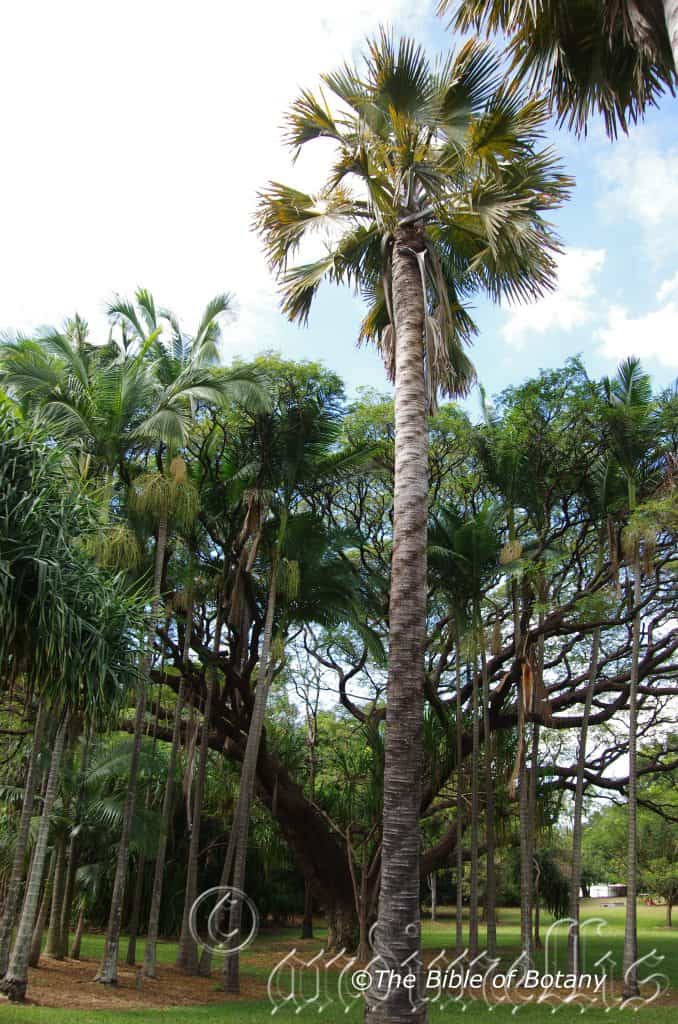
Palmerston Gardens Townsville Qld.
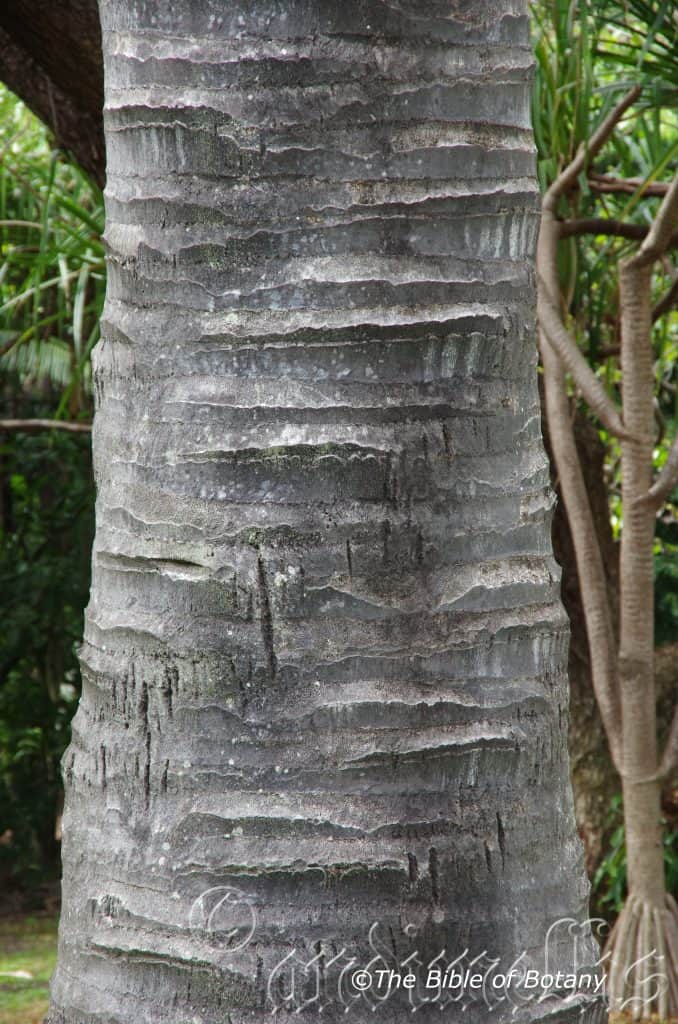
Palmerston Gardens Townsville Qld.
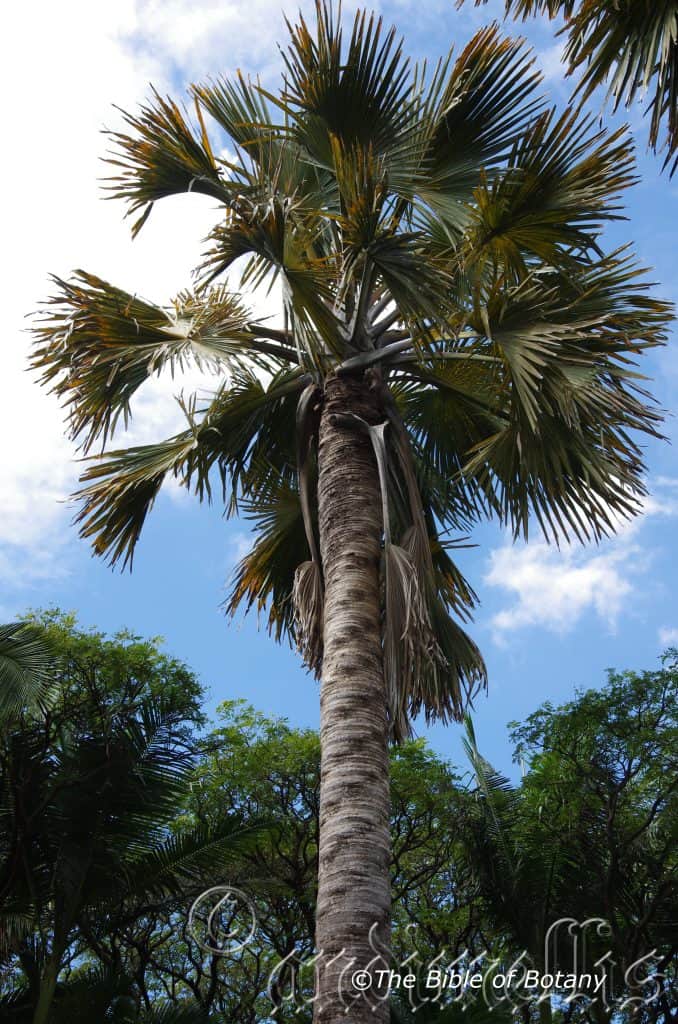
Palmerston Gardens Townsville Qld
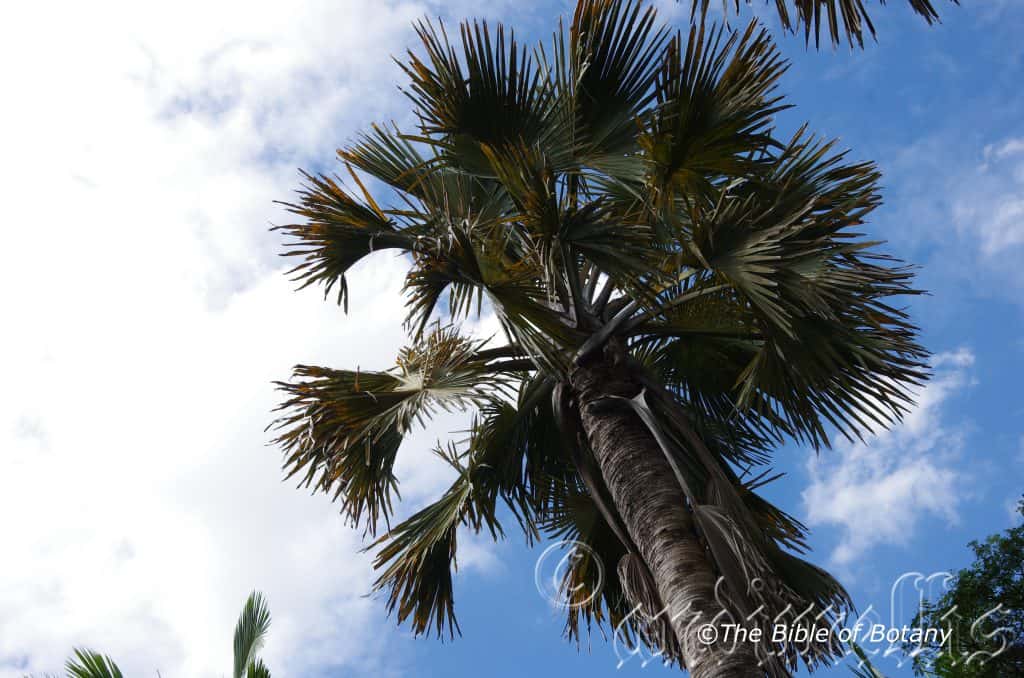
Palmerston Gardens Townsville Qld.
Corypha utan
Classification:
Unranked: Monocots
Unranked: Commelinids
Order: Arecales
Family: Arecaceae
Genus: From Corypha, which is Ancient Greek for a summit. It refers to the giant flowering spikes, which culminates in the end of the plants life being a monocarpic plant.
Specie: Probably from Hutan, which is Malay or Utan, which is Indonesian and are Latinized from the vernacular for the plant.
Sub specie:
Common Name: Gebang.
Distribution: Corypha utan is found in 2 disjunct populations one in far north east of the Northern Territory and the second on Cape York Peninsula.
Worldwide it is distributed from the Assam region of India through Indochina, Indonesia, Malaysia, New Guinea, Papua and Philippines.
https://avh.ala.org.au/occurrences/search?taxa=Corypha+utan#tab_mapView
Habitat Aspect Climate:
Corypha utan prefers full shade to light dappled shade. It grows in wet grasslands or at the edge of swamps and wallums. It is also found along drainage lines, rills and creeks. The altitude ranges from 5 meters ASL to 250 meters ASL.
The temperatures range from 12 degree in August to 37 degrees in January.
The rainfall ranges from lows of 1400mm to 3600mm annually.
Soil Requirements:
Corypha utan prefer better quality water logged light silts to heavy silts, light clays to medium gravelly clays. The soils are usually derived from decomposed brown basalts, granites, sandstones or alluvial deposits or metamorphic rocks. The soils pH ranges from 4.5pH to 6pH. It tolerates seasonal inundated soils and seasonal high water tables. Non saline soils to moderately saline soils are tolerated.
Height & Spread:
Wild Plants: 15m to 30m by 0.6m to 1m.
Characteristics:
Corypha utan is a tall, monocarpic, erect single trunk, fan palm. The grey trunk is covered in persistent leaf bases in the upper part in a typical spiral pattern and measures 10 meters to 30 meters in height by 350mm to 1000 in diameter. There is no crown shaft.
The costapalmate leaves are pleated with a rachis is channelled above has black margins and armed for the entire length with 3mm to 30mm long straight, stout thorns and measures 2 meters to 3 meters in length. The laminas measure 2.4 meters by 3 meters in diameter and have 80 to 100 very deep segments which measure 1.6 meters in length by 0.8m in width. The concolourous laminas and segments are grey-green to blueish-green tapering to a short, forked, pointed apex. Each lobe has a single midrib. The ligule is above the apex of the petiole and measures 15mm to 20mm in length.
The inflorescence of is a large terminal panicle that measures 3 meters to 5 meters in length. The cream to white bisexual flowers measure 3mm to 8mm in diameter and are in clusters of 5 to 10 in regular spirals along the 150mm to 400mm long branchlets of the inflorescence. Plants flower only when 30 to 60 years of age then die.
The olive-green to brownish-green, globular fruits measure 15mm to 30mm in diameter and take around 18 months to ripen. The spherical seeds measure 12mm to 20mm in diameter.
Wildlife:
Corypha utan’s wildlife is unknown to the author.
Cultivation:
Corypha utan is easy to grow in better quality soils where deep leaf litter and plenty of soil moisture is assured. It is more suited to tropical or subtropical climates.
The leaves and stems can offer the garden a rare opportunity to use a plant for its vertical appearance, broad leaves and medium height to great advantage. It offers a good contrast where an open park like garden is wanted.
Corypha utan can be used as an indoor plant in a well-lit area and can be used as a patio or courtyard plant for short periods. At the edge of a rainforest the trunk once established can be used for growing stags, Platycerium superbum and elks Platycerium bifurcatum.
Propagation:
Seeds: Sow fresh seeds into a seed raising mix and cover with 10mm to 15mm of the mix with 30mm perlite added. Place the trays in a larger tray and fill the outer with water so capillary action keeps the mix wet at all times. When the seedlings are 60mm to 80mm tall, prick them out and plant them into 75mm native tubes using a good organic mix.
Fertilize using Seaweed, fish emulsion and organic chicken pellets soaked in water and apply the liquid on an alternate basis. Fertilize every two months until the female flowers appear.
Once the seedlings reach 200mm to 300mm in height plant them out into their permanent position.
Further Comments from Readers:
Hi reader, it seems you use The Bible of Botany a lot. That’s great as we have great pleasure in bringing it to you! It’s a little awkward for us to ask, but our first aim is to purchase land approximately 1,600 hectares to link several parcels of N.P. into one at The Pinnacles NSW Australia, but we need your help. We’re not salespeople. We’re amateur botanists who have dedicated over 30 years to saving the environment in a practical way. We depend on donations to reach our goal. If you donate just $5, the price of your coffee this Sunday, We can help to keep the planet alive in a real way and continue to bring you regular updates and features on Australian plants all in one Botanical Bible. Any support is greatly appreciated. Thank you.
In the spirit of reconciliation we acknowledge the Bundjalung, Gumbaynggirr and Yaegl and all aboriginal nations throughout Australia and their connections to land, sea and community. We pay our respect to their Elders past, present and future for the pleasures we have gained.
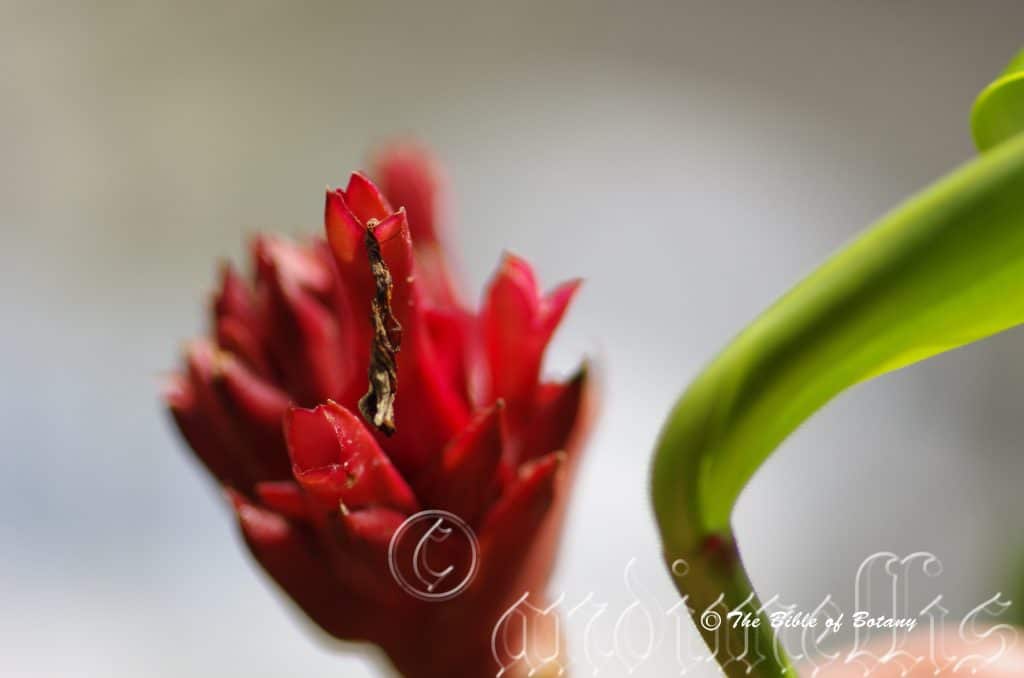
Anderson Gardens Townsville Qld.
Costus potierae
Classification:
Unranked: Charophyta
Class: Equisetopsida
Order: Zingiberales
Family: Costaceae
Genus: From Costus, which is Latin from the name used by Pliny the Elder who derived it from the Arabic meaning for an aromatic root. It refers to many species, which have aromatic roots including the edible gingers.
Specie: Probably from Potierea, which is Latinized from the Malay or New Guinee vernacular for the plant.
Sub specie:
Common Name:
Distribution: Costus potierae is found in 2 disjunct populations one on the Torres Strait Islands and New Guinea and the second from the Lower Daintree National Park south to Tully in far north eastern coastal Queensland. It is found on and east of the Great Dividing Range to the coast.
https://avh.ala.org.au/occurrences/search?taxa=Costus+potierae#tab_mapView
Habitat Aspect Climate:
Costus potierae prefers full shade to light dappled shade. It grows in sheltered locations in monsoonal vine forests, lowland tropical rainforests and tropical littoral rainforests which is often found immediately behind the mangrove forests. The altitude ranges from 5 meters ASL. to 25 meters ASL..
The temperatures range from 12 degree in August to 37 degrees in January.
The rainfall ranges from lows of 2000mm to 3200mm annually.
Soil Requirements:
Costus potierae prefer better quality light stony clays to medium gravelly clays, light silts to heavy silts. The soils are usually derived from decomposed brown basalts, granites or alluvial deposits or metamorphic rocks. The soils pH ranges from 5pH to 6.5pH. It does tolerates seasonal waterlogged soils and seasonal high water tables. Non saline soils to moderately saline soils are tolerated.
Height & Spread:
Wild Plants: 2.5m to 4m by 1.5m to 3m
Characteristics:
Costus potierae is a tall erect multi stemmed ginger growing from a thick underground rhizome. The deep green often tinged reddish or reddish-brown stems are glabrous.
Costus potierae leaves are measure 200mm to 300mm in length by 60mm to 90mm in width. The petiole base forms a longitudinally veined sheath which is sparsely covered in white puberulent hairs. The sheath measures 20mm to 50mm in length and completely encloses the stem. The sheath’s ligule is truncate and measures truncate ligule 2mm to 5mm in length. The petioles measure 4mm to 8mm in length. Bases are cuneate while the apexes are very long acuminate. The discolourous laminas are deep sea-green, semi glossy and glabrous on the upper laminas while the lower laminas are much paler and dull grey-green to pale green. The laminas recurve upwards from the mid vein to the margins and decurve evenly and gently downwards from the base to the apex. The mid vein is prominent on the lower lamina while the 30 to 40 parallel lateral veins are diverging from the midrib at a very low angle and basically run parallel to each other.
The inflorescences of Costus potierae are produced in cone like heads of tightly overlapping deep red to deep crimson-red, acuminate bracts. The heads measure 70mm to 150mm in length by 55mm to 70mm in diameter. The 3, deep red to deep crimson-red calyx and cream, pale yellow to yellow labellum extend well beyond the bracts. The labellum measures 25mm to 32mm in length by 25mm to 32mm in width. The labellum is sparsely covered in white puberulent hairs externally and is glabrous internally.
The single fertile petaloid filament is white with the inner surface of filament being covered in white puberulent hairs. The anther’s locules are well below the apex of the filament. The flowers appear from August to November.
The fruits of Costus potierae are ovate to elliptical drupes. The large, glabrous drupes measure 12mm to 20mm in length by 12mm to 15mm in width. The calyx is persistent at the apex of the fruit. The outer surface of the drupe is covered in short, white puberulent hairs. The orbicular seeds are glossy black. Costus potierae is a tall erect multi stemmed ginger growing from a thick underground rhizome. The deep green often tinged reddish or reddish-brown stems are glabrous.
Wildlife:
Costus potierae‘s wildlife is unknown to the author.
Cultivation:
The Australian plants in the genus will most probably be transferred to the new genus of Cheilocostus retaining their former specie names of speciosus and potierae as the Asian species of Costus speciosus and Costus potierae have already been transferred. This is subject to DNA testing on the Australian specie and that it is not declared to be new species.
Costus potierae is easy to grow in better quality soils where deep leaf litter and moisture are present. It will handle most conditions and is drought tolerant once established but performs better when even moisture is sustained throughout the year. In the garden it will grow 2.5 meters to 4 meters in height by 1.5 meters to 2.5 meters in diameter.
The leaves and stems can offer the garden a rare opportunity to use a plant for its vertical appearance, broad leaves and medium height to great advantage. It offers a good contrast around pools with a tropical look very quickly provided some midday shade is given. Costus potierae is rather maintenance free though replanting to rejuvenate the soil and discarding old rhizomes for healthy new season growth are beneficial every 3 or 4 years.
It is most suitable for use around semi shaded swimming pools, in courtyards, besides pathways, shady rockeries, along sandy clay banks or along drive ways or adjacent to natural bush gardens. Mass plantings of 5 or more plants even in medium size areas; mixed with palms can give a quick fix to bare sites.
Costus potierae can be used as an indoor plant in a well-lit area for short periods. It is an excellent patio or courtyard plant where dense shade is a problem. It breaks up hard lines giving a cooling affect.
Costus potierae is great understory plant in the suburban tropical rainforest gardens.
Propagation:
Seeds: Sow seeds into a seed raising mix and cover with 5mm of the mix. Place the trays in a larger tray and fill the outer with water so capillary action keeps the mix wet at all times. When the seedlings are 60mm to 80mm tall, prick them out and plant them into 50mm native tubes using a good organic mix.
Fertilize using Seaweed, fish emulsion and organic chicken pellets soaked in water and apply the liquid on an alternate basis. Fertilize every two months until the female flowers appear.
Once the seedlings reach 200mm to 250mm in height plant them out into their permanent position.
Division: New rhizomes form as an extension of the old rhizome. Dig the rhizomes up when the plants look ragged or unkempt which is usually during the early winter months after 3 or 4 seasons in the ground. Separate the rhizomes and sever mature rhizomes ensuring every clump has several eyes. Cut the leaves off just above the old ground level.
Dig in several centimetres of fresh compost and animal manure to the site where the old plants were taken and where the new plants are to be grown. Replant at the cleaned rhizomes to a level just below the surface in the newly rejuvenated beds and water thoroughly with our recommended fertilizer. Top dress the soil with 20mm of good quality organic compost.
Further Comments from Readers:
Hi reader, it seems you use The Bible of Botany a lot. That’s great as we have great pleasure in bringing it to you! It’s a little awkward for us to ask, but our first aim is to purchase land approximately 1,600 hectares to link several parcels of N.P. into one at The Pinnacles NSW Australia, but we need your help. We’re not salespeople. We’re amateur botanists who have dedicated over 30 years to saving the environment in a practical way. We depend on donations to reach our goal. If you donate just $5, the price of your coffee this Sunday, We can help to keep the planet alive in a real way and continue to bring you regular updates and features on Australian plants all in one Botanical Bible. Any support is greatly appreciated. Thank you.
In the spirit of reconciliation we acknowledge the Bundjalung, Gumbaynggirr and Yaegl and all aboriginal nations throughout Australia and their connections to land, sea and community. We pay our respect to their Elders past, present and future for the pleasures we have gained.
Craspedia canens
Classification:
Unranked: Eudicots
Unranked: Asterids
Order: Asterales
Family: Asteraceae
Genus: From Craspedia, which is Latin for an edging fringe. It refers to the fruits or seeds having a fringe.
Specie: From Cascus, which old Latin or Canum, which is Latin for hoary, to become old and grey. It usually refers to structures or organs, which are covered in pale grey hairs or down.
Sub specie:
Common Name: Grey Billy Buttons.
Distribution:
Craspedia canens is widespread along the Great Dividing Range south from the Queensland New South Wales border to the border with Victoria. There are several isolated populations along the Murray River, south east Gippsland, Mornington Peninsula and the Brisbane Ranges National Park west of Melbourne.
https://avh.ala.org.au/occurrences/search?taxa=Craspedia+canens#tab_mapView
Habitat Aspect Climate:
Craspedia canens prefer dappled shade to full sun. It grows in dry sclerophyll forest and grassland in dry situations, drainage lines shallow depressions or swampy heath habitats. The altitude ranges from 5 meters ASL. to 760 meters ASL..
The temperatures range from minus 3 degrees in July to 35 degrees in January.
The rainfall ranges from lows of 600mm to 1600mm average per annum. Orographic precipitation is a common feature of the landscape in areas where the plants grow naturally away from marshes and swamps.
Soil Requirements:
Craspedia canens prefers skeletal to deep grey, red-brown or black sand, lateritic soils or course gritty sandy loams. The soils are usually derived from decomposed granite outcrops, hillsides and rolling slopes. It prefers loams through to heavy clays with a skeletal loam covering. The soils are usually derived from decomposed sandstone and granite. The soil’s pH ranges from 4pH to 7.5pH. It tolerates seasonal waterlogged soils. Non saline soils to very saline soils are tolerated.
Height & Spread:
Wild Plants: 0.3m to 0.65m by 0.3m to 0.4m including flower scapes.
Characteristics:
Craspedia canens is an annual or perennial herb with erect scapes. The short erect stolons are pale grass-green to pale blue-green or pale grey-green or at times pale grey-blue and glabrous to sparsely covered in long white hirsute to pilose hairs.
The basal lanceolate to narrow or at times spathulate leaves of Craspedia canens are formed in small clusters of 10 to 20 leaves from several spreading tap type roots. The leaves on the measure 60mm to 200mm in length by 5mm to 15mm in width. The bases are tapering and partially sheath the basal stem and scape while the apexes are obtuse to broadly acute. The concolourous laminas are pale grass-green to pale blue-green or pale grey-green or at times pale grey-blue and sparsely to moderately covered in long white pilose hairs especially along the mid veins and main lateral veins. The lower laminas are often also covered with white glandular hairs. The laminas are flat or recurve slightly and irregularly from the mid vein to the margins. The leaf margins are entire. The mid vein is slightly prominent on the lower laminas and is visible from the upper lamina.
The inflorescences of Craspedia canens are born on 1 to 5 long scapes. The cauline scape leaves are shorter than the basal leaves and are positioned along the lower half of the scapes. The grass-green to pale blue-green or pale grey-green or at times grey-blue cauline leaves and scape are sparsely to moderately covered white glandular hairs or at times white floccose wool. The scapes measure 150mm to 650mm in length. The dense compound globose to hemispherical heads measure 13mm to 25mm diameter. The heads contain more than 100 smaller heads. The smaller heads are petiolate and have 5 to 9 individual florets. The main herbaceous bracts laminas are scarious and tinged brown. The bright yellow corollas measure 3mm to 5.5mm in length while the 5 acute to obtuse lobes measure 0.8mm to 1.5mm in length.
The inserted stamens are bright yellow.
The exserted bright yellow, thick style measures 3.5mm to 6mm in length. The flowers appear for a long period from early September on the northern tablelands or later in the cooler alpine regions of southern New South Wales and Victoria through to February.
The fruits of Craspedia canens are oblong achenes. The achenes measure 1mm to 1.5mm in length. The green achenes turn pale straw yellow to pastel creamy fawn when ripe. The 14 to 17 hyaline, plumose pappus bristles measure 2.5mm to 4mm in length.
Wildlife:
Craspedia canens’s leaves are often damaged by unknown larvae but recover very quickly.
Cultivation:
Craspedia canens is a magnificent small herb that should be grown in association with other open forest specie, sunny courtyards, around heated swimming pools, frog and fish ponds or walkways. It is ideal in any small moist situations. In cultivation they will grow from 0.1 meters to 0.3 meters in height by 0.1 meters to 0.2 meters in diameter when grown in the open. Mass plantings are essential to display it at its best.
Craspedia canens grow exceptionally well on all moist to wet soils, particularly those that are course sand or fatty sands to light gritty clay where moisture can be maintained at an even level throughout the year. If these requirements are met it can cope with temperatures as low as minus 6 degrees and up to 35 degrees.
Add to the above, If it is given a little native fertilizer on a regular basis the plants will respond with excellent leaf and flower production. Scattered in small to large clumps beneath an open canopy is where it looks its best.
Because of its size it is ideal in settings near ponds in sunny courtyards or small moist rockeries scattered between small shrubs and taller sub shrubs with red or blue flowers.
Craspedia canens flowers make excellent cut flowers. The heads are also excellent dried and are extensively used in the floral industry in dried arrangements.
Propagation:
Seeds: Seeds of Craspedia canens are very easy to obtain and the best method of propagation. Sow seeds into a sandy seed raising mix and cover with 2mm of the mix. Place the trays in a larger tray and fill the outer with water so capillary action keeps the mix wet at all times. When the seedlings are 40mm to 50mm tall, prick them out and plant them into 50mm native tubes using a good organic mix.
Once the seedlings reach 80mm to 100mm in height plant them out into their permanent position. For mass planting plant them at 250mm to 300mm centers.
Fertilize using Seaweed, fish emulsion or organic chicken pellets soaked in water on an alternate basis. Fertilize every two months until the plants are established then twice annually in early September or March to maintain health, vitality and better flowering.
Further Comments from Readers:
Hi reader, it seems you use The Bible of Botany a lot. That’s great as we have great pleasure in bringing it to you! It’s a little awkward for us to ask, but our first aim is to purchase land approximately 1,600 hectares to link several parcels of N.P. into one at The Pinnacles NSW Australia, but we need your help. We’re not salespeople. We’re amateur botanists who have dedicated over 30 years to saving the environment in a practical way. We depend on donations to reach our goal. If you donate just $5, the price of your coffee this Sunday, We can help to keep the planet alive in a real way and continue to bring you regular updates and features on Australian plants all in one Botanical Bible. Any support is greatly appreciated. Thank you.
In the spirit of reconciliation we acknowledge the Bundjalung, Gumbaynggirr and Yaegl and all aboriginal nations throughout Australia and their connections to land, sea and community. We pay our respect to their Elders past, present and future for the pleasures we have gained.
Craspedia variabilis
Classification:
Unranked: Eudicots
Unranked: Asterids
Order: Asterales
Family: Asteraceae
Genus: From Craspedia, which is Latin for an edging fringe. It refers to the fruits or seeds having a fringe.
Specie: From Varius which is Latin for different. It refers to the juvenile leaves to the adult leaves, which have great variation.
Sub specie:
Common Name:
Distribution:
Craspedia variabilis is widespread south from Dalby in southern Queensland to the near Parkes in central eastern New South Wales. It is found on the Western Slopes, on and east of the Great Dividing Range.
It is found west to Adelaide and north to the Flinders Ranges National Park and west to Kulliparu Conservation Park in southern Australia.
In Western Australia it is found south from Jurian Bay along the coast and in a line south east to Albany and the Fitzgerald National Park.
https://avh.ala.org.au/occurrences/search?taxa=Craspedia+variabilis#tab_mapView
Habitat Aspect Climate:
Craspedia variabilis prefer dappled shade to full sun. It grows in all types of moist habitats especially shallow depressions and drainage lines. In alpine areas it may extend onto slopes further away from marshy soils and drainage lines. The altitude ranges from 5 meters ASL. to 800 meters ASL.
The temperatures range from minus 4 degrees in July to 39 degrees in January.
The rainfall ranges from lows of 350mm to 1600mm average per annum. Orographic precipitation is a common feature of the landscape in areas where the plants grow naturally away from marshes and swamps.
Soil Requirements:
Craspedia variabilis prefers skeletal to deep grey, red-brown or black sand, lateritic soils or course gritty sandy loams. The soils are usually derived from decomposed sandstone or granite. It is found on seasonally wet flats, hillsides and rolling slopes where orographic precipitation keeps the ground moist throughout the year. The soil’s pH ranges from 4pH to 7.5pH. It tolerates seasonal waterlogged soils. Non saline soils to very saline soils are tolerated.
Height & Spread:
Wild Plants: 0.3m to 0.5m by 0.3m to 0.5m.
Characteristics:
Craspedia variabilis is an annual or perennial herb with erect scapes. The short erect stolon is pale grass-green to pale blue-green or pale grey-green and sparsely to moderately covered in long white multi septate hairs. The stolen has pale grey, thick, spreading roots.
The basal and cauline leaves of Craspedia variabilis are formed in small clusters of 5 to 16 leaves from a stolen. The narrow spathulate leaves measure 50mm to 130mm in length by 5mm to 13mm in width. The bases are broadly cordate and partially sheath the petioles while the apexes are obtuse. The basal leaves are contorted at the base and with the cauline leaves of the scape have a reddish tinge at the base. The bases are tapering and partially sheath the basal stem and are disjunct for the full length of the scape while the apexes are broad acute. The concolourous laminas are pale grass-green to pale blue-green or pale olive-green to olive-green leaves are sparsely to moderately covered in long white glandular, multiseptate hairs and fine, long, white hirsute hairs on the upper laminas and that are more dense on the lower laminas. The laminas recurve slightly to strongly from the mid vein to the margins. The leaf margins are entire. The mid vein is strongly prominent on the lower lamina and is visible from the upper lamina.
The inflorescences of Craspedia variabilis are born on 1 to 3 long scapes. The lanceolate, cauline scape leaves are shorter than the basal leaves. The pale grass-green to pale blue-green or pale olive-green to olive-green cauline leaves and scape are sparsely to moderately covered in long white glandular and multiseptate hairs. The scapes measure 300mm to 500mm in length. The dense compound globose to hemispherical heads measure 10mm to 25mm diameter. The heads contain 40 to 100 partial heads. The partial heads are petiolate and have 7 to 12 individual florets. The main herbaceous bracts are decurrent with hyaline to brownish laminas. The pale lemon-yellow to bright yellow corollas measure 3mm to 5.5mm in length while the 5 acute to obtuse lobes measure 0.8mm to 1.5mm in length.
The exserted stamens are pale lemon-yellow to bright yellow.
The bright yellow, thick style measures 3.5mm to 6mm in length. The flowers appear for a long period from early September on the northern tablelands or later in the cooler alpine regions of southern New South Wales and Victoria through to February. Western Australian plants flower from mid-August to late December or early January in cool favourable conditions.
The fruits of Craspedia variabilis are oblong achenes. The achenes measure 1.5mm to 2.5mm in length. The green achenes turn pale straw yellow to pascal creamy fawn when ripe. The 13 to 21 hyaline, plumose pappus bristles measure 3mm to 6mm in length.
Wildlife:
Craspedia variabilis’s leaves are often damaged by an unknown larvae but recover very quickly.
Cultivation:
Craspedia variabilis is a magnificent small herb that should be grown in association with other open forest specie, sunny courtyards, around heated swimming pools, frog and fish ponds or walkways. It is ideal in any small moist situations. In cultivation it will grow from 0.1 meters to 0.2 meters in height by 0.1 meters to 0.2 meters in diameter when grown in the open. Mass plantings are essential to display them at their best.
Craspedia variabilis grow exceptionally well on all moist to wet soils, particularly those that are course sand or fatty sands to light gritty clay where moisture can be maintained at an even level throughout the year. If these requirements are met it can cope with temperatures as low as minus 4 degrees and up to 37 degrees.
Add to the above, If it is given a little native fertilizer on a regular basis the plants will respond with excellent leaf and flower production. Scattered in small to large clumps beneath an open canopy is where it will look its best.
Because of its small size It is ideal in settings near ponds in sunny courtyards or small moist rockeries scattered between small shrubs, taller sub shrubs with red or blue flowers or rocks.
Craspedia variabilis flowers make good cut flowers. The heads are also excellent dried and are extensively used in the floral industry in dried or dyed arrangements.
Propagation:
Seeds: Seeds of Craspedia variabilis are very easy to obtain and the best method of propagation. Sow seeds into a sandy seed raising mix and cover with 2mm of the mix. Place the trays in a larger tray and fill the outer with water so capillary action keeps the mix wet at all times. When the seedlings are 40mm to 50mm tall, prick them out and plant them into 50mm native tubes using a good organic mix.
Once the seedlings reach 80mm to 100mm in height plant them out into their permanent position. For mass planting plant them at 250mm to 300mm centers.
Fertilize using Seaweed, fish emulsion or organic chicken pellets soaked in water on an alternate basis. Fertilize every two months until the plants are established then twice annually in early September or March to maintain health, vitality and better flowering.
Further Comments from Readers:
Hi reader, it seems you use The Bible of Botany a lot. That’s great as we have great pleasure in bringing it to you! It’s a little awkward for us to ask, but our first aim is to purchase land approximately 1,600 hectares to link several parcels of N.P. into one at The Pinnacles NSW Australia, but we need your help. We’re not salespeople. We’re amateur botanists who have dedicated over 30 years to saving the environment in a practical way. We depend on donations to reach our goal. If you donate just $5, the price of your coffee this Sunday, We can help to keep the planet alive in a real way and continue to bring you regular updates and features on Australian plants all in one Botanical Bible. Any support is greatly appreciated. Thank you.
In the spirit of reconciliation we acknowledge the Bundjalung, Gumbaynggirr and Yaegl and all aboriginal nations throughout Australia and their connections to land, sea and community. We pay our respect to their Elders past, present and future for the pleasures we have gained.
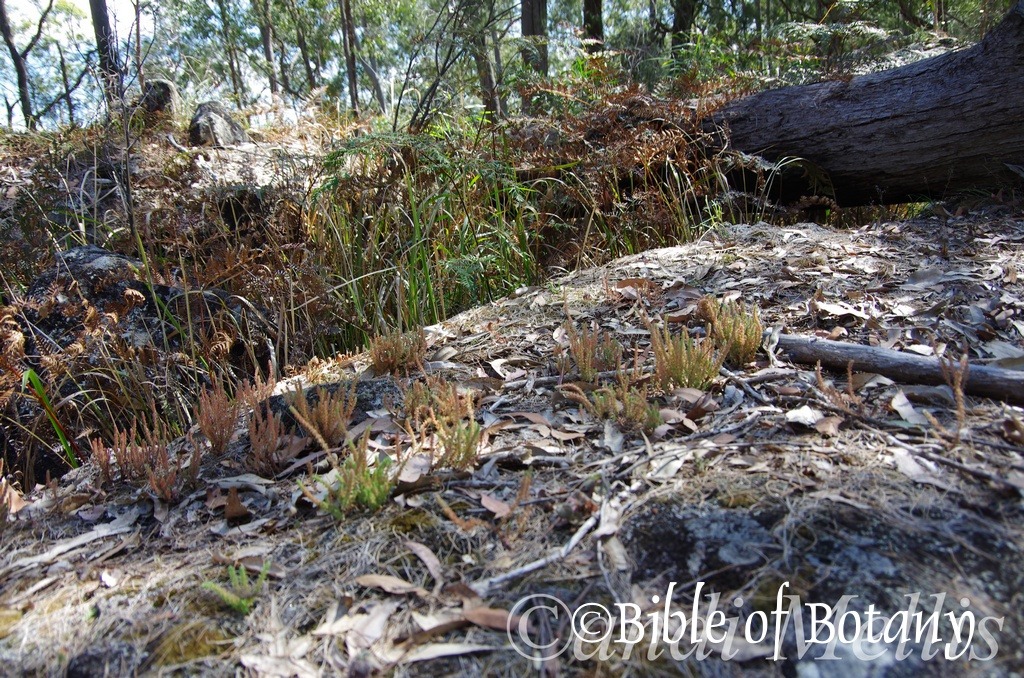
Ramournie National Park NSW
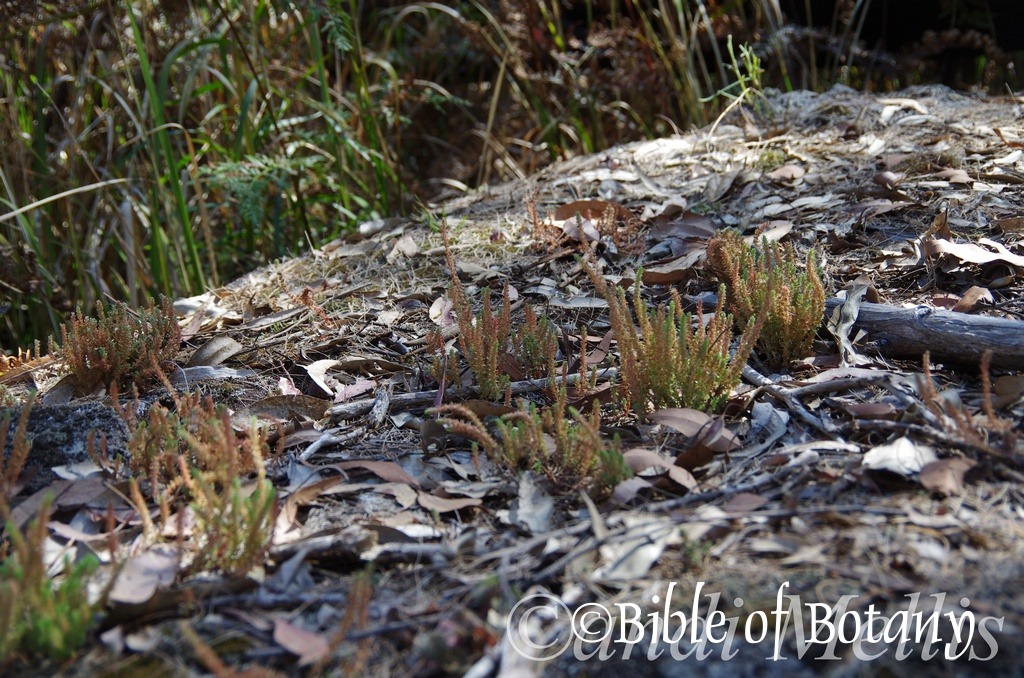
Ramournie National Park NSW
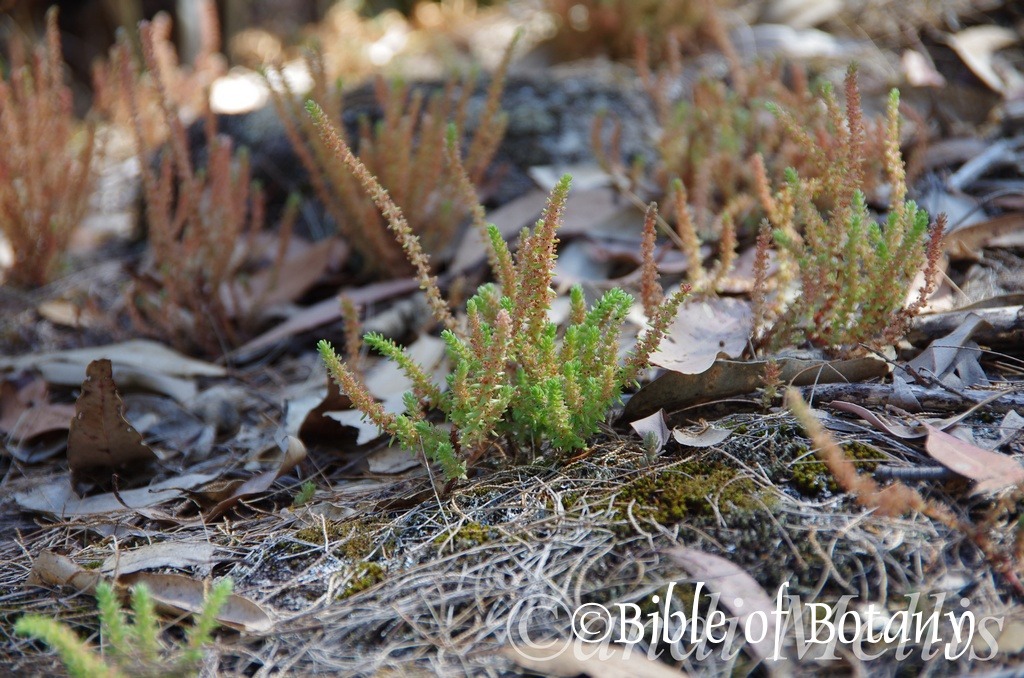
Ramournie National Park NSW
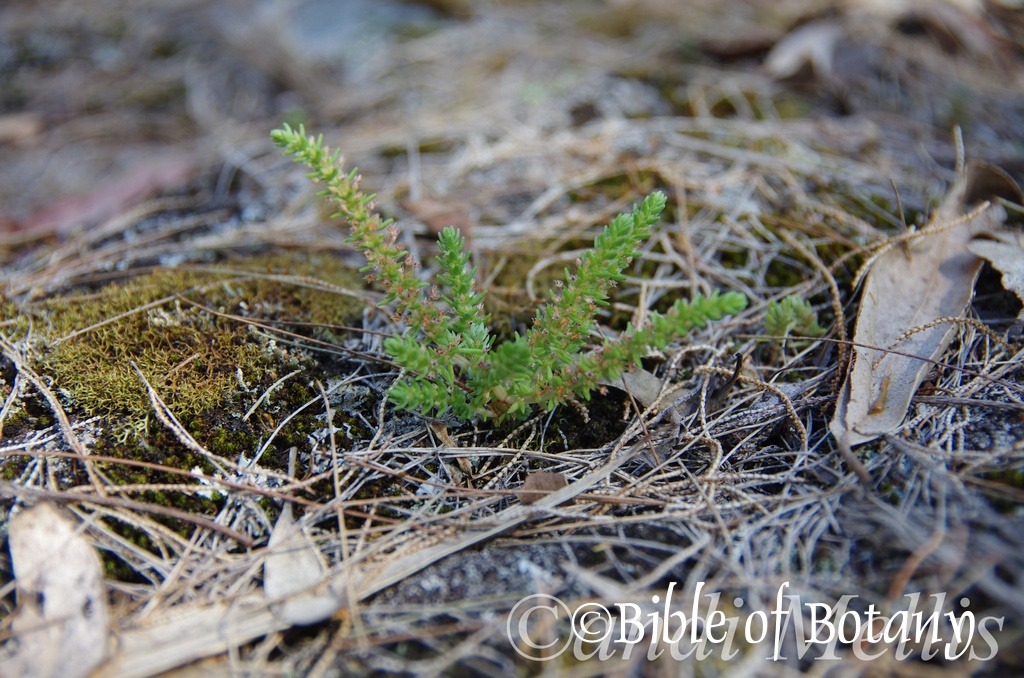
Ramournie National Park NSW
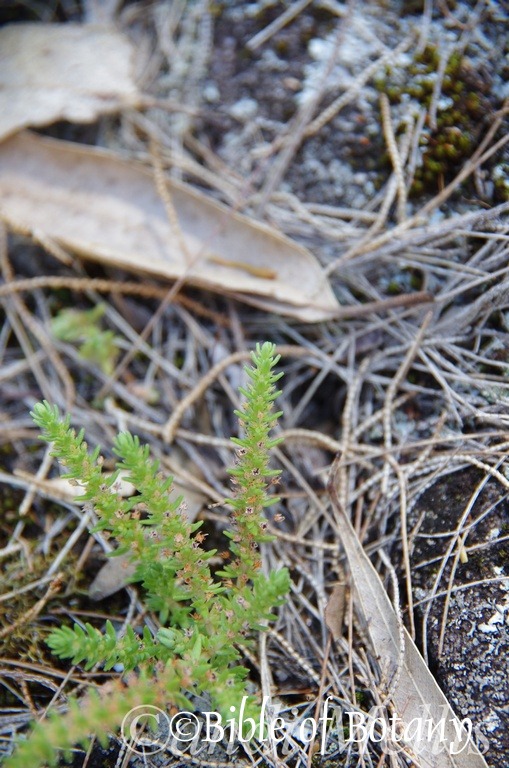
Ramournie National Park NSW
Crassula sieberiana
Classification:
Unranked: Eudicots
Unranked: Core Eudicots
Order: Saxifragales
Family: Crassulaceae
Genus: From Crassum, which is Latin for thick, dense or plump. It refers to the thick, fleshy stems and leaves.
Specie: Is named in honour of Franz Wilhelm Sieber; 1789-1844, who was a Prague botanist who travelled around the world collecting plants, which included venturing into New South Wales in 1823.
Sub specie:
Common Name: Australian Stone Crop.
Distribution:
Crassula sieberiana is widespread along the east coast nearby ranges and western slopes south in a triangle from Carnarvon Gorge to Marybough along the coast and southwest to Adelaide and Port Lincoln. It is more common closer to the coast to the western slopes than in the drier parts further west.
There are isolated populations near Uluru and the MacDonald Ranges in the Northern Territory and Lake Ulaowarante on the eastern edge of the Simpson Desert and Lake Cadibarrawirracanna in South Australia.
In Western Australia it is found east from Kau National Park to Nuytsland National Park and up to 300 kilometres inland. It may be more common than sightings indicate because of the isolated nature of these areas, the lack of collectors and research in desert areas.
https://avh.ala.org.au/occurrences/search?taxa=Crassula+sieberiana#tab_mapView
Habitat Aspect Climate:
Crassula sieberiana prefers full sun in hot dry situations. It grows in crevices, between rocks and boulders where litter and moisture will accumulate in more arid areas. It often grows on rocks as a lithophyte in coastal areas with higher rainfalls. The altitude ranges from 5 meters ASL to 1100 meters ASL.
The temperatures range from minus 5 degrees in August to 42 degrees in January.
The rainfall ranges from lows of 80mm to 1800mm average per annum.
Soil Requirements:
Crassula sieberiana prefer deep or skeletal grey, red-brown or black fatty sands, lateritic soils or course gritty sandy loams. The soils are usually derived from decomposed sandstone and granite. The soil’s pH ranges from 4pH to 7.5pH. It tolerates seasonal waterlogged soils. Non saline soils to very saline soils are tolerated.
Height & Spread:
Wild Plants: 0.1m to 0.2m by 0.15m to 0.25m.
Characteristics:
The stems of Crassula sieberiana are decumbent to semi erect. The stems are most shades of green, pink, red, purple or brownish and glabrous. The older stems are thin, woody, not articulated and measure 40mm to 200mm in length.
The terete, succulent, opposite narrow lanceolate leaves of Crassula sieberiana measure 4mm to 11mm in length by 0.8mm to 3.6mm in width. The bases are straight to slightly tapering while the apexes are obtuse-acute. The concolourous laminas are in most shades of green, pink, red, purple or brownish, are semi glossy to dull and glabrous. The leaves are sessile.
The inflorescences of Crassula sieberiana are born on short thyrse with 2 to 6 individual flowers on each umbel. The grass-green peduncle and pedicels are glabrous. The flowers are 4 merous. The pale yellow to reddish-brown, acute calyx lobes, measure 1.5mm to 3mm in length. The pale yellow to reddish-brown corolla lobes, measure 1mm 2.5mm in length.
The 4 minute anthers are white.
The ovary and pistil is covered in white cuneate or “T” shaped scales. The flowers appear from October to June and are dependent on local rainfall patterns.
Crassula sieberiana’s fruits are compressed ovoidal follicles. The follicles are glabrous and measure 0.6mm to 1mm in length by 1.5mm to 2.5mm in diameter. The follicles are most shades of green, pink, red, purple or brownish and glabrous turn pinkish-brown. The follicles split longitudinally or dehisce apically when ripe to release the 2 small ovoid seeds.
Wildlife:
Crassula sieberiana is unknown to the author.
Cultivation:
Crassula sieberiana is truly a magnificent small native succulent type herb that can be grown in association with other small forest species in sunny shaded courtyards, around swimming pools, bush houses or walkways. It is ideal at the edge of small rockeries. In cultivation it will grow from 0.1 meters to 0.2 meters in height by 0.1 meters to 0.2 meters in diameter when grown in the open. Mass plantings are essential to display it at its best.
In cultivation it would look great when planted on top of porous type rocks where it can receive some water on a regular basis or on dryer soils, particularly those that are course sand or fatty sands to light gritty clay. Here water should leave the soil moist for most of the year, but allow all excess water to drain away freely. If these requirements are met it can cope with temperatures as low as minus 4 degrees and up to 44 degrees.
Add to the above, If it is given a little native fertilizer on a regular basis the plants will respond with excellent leaf and flower production. Though the flowers are insignificant the foliage colour variation adds a lot of interest to the small garden. Scattered in small to large clumps beneath an open canopy or in an arid open space is where they look their best.
Crassula sieberiana should be treated as an annual or perennial and restocked every year or two. If prevailing conditions are suitable the plants will often self-seed and re-establish themselves without becoming a problem.
Propagation:
Seeds: Seeds of Crassula sieberianaare very easy to obtain and the best method of propagation. Collect the follicles as the start to dry. Sow the seeds into a sandy seed raising mix and cover with 2mm of the mix. Place the trays in 30mm shade and keep moist not wet. When the seedlings are 40mm to 50mm tall, prick them out and plant them into 50mm native tubes using a good organic mix. It is advisable to pinch the tops out at this stage to help create a bushier herb.
Once the seedlings reach 80mm to 100mm in height plant them out into their permanent position. For mass planting plant them at 250mm to 300mm centers. For mass planting plant them at 250mm to 300mm centers.
Fertilize using Seaweed, fish emulsion or organic chicken pellets soaked in water on an alternate basis. Fertilize every two months until the plants are established then twice annually in early September or March to maintain health, vitality and better flowering.
Further Comments from Readers:
Hi reader, it seems you use The Bible of Botany a lot. That’s great as we have great pleasure in bringing it to you! It’s a little awkward for us to ask, but our first aim is to purchase land approximately 1,600 hectares to link several parcels of N.P. into one at The Pinnacles NSW Australia, but we need your help. We’re not salespeople. We’re amateur botanists who have dedicated over 30 years to saving the environment in a practical way. We depend on donations to reach our goal. If you donate just $5, the price of your coffee this Sunday, We can help to keep the planet alive in a real way and continue to bring you regular updates and features on Australian plants all in one Botanical Bible. Any support is greatly appreciated. Thank you.
In the spirit of reconciliation we acknowledge the Bundjalung, Gumbaynggirr and Yaegl and all aboriginal nations throughout Australia and their connections to land, sea and community. We pay our respect to their Elders past, present and future for the pleasures we have gained.
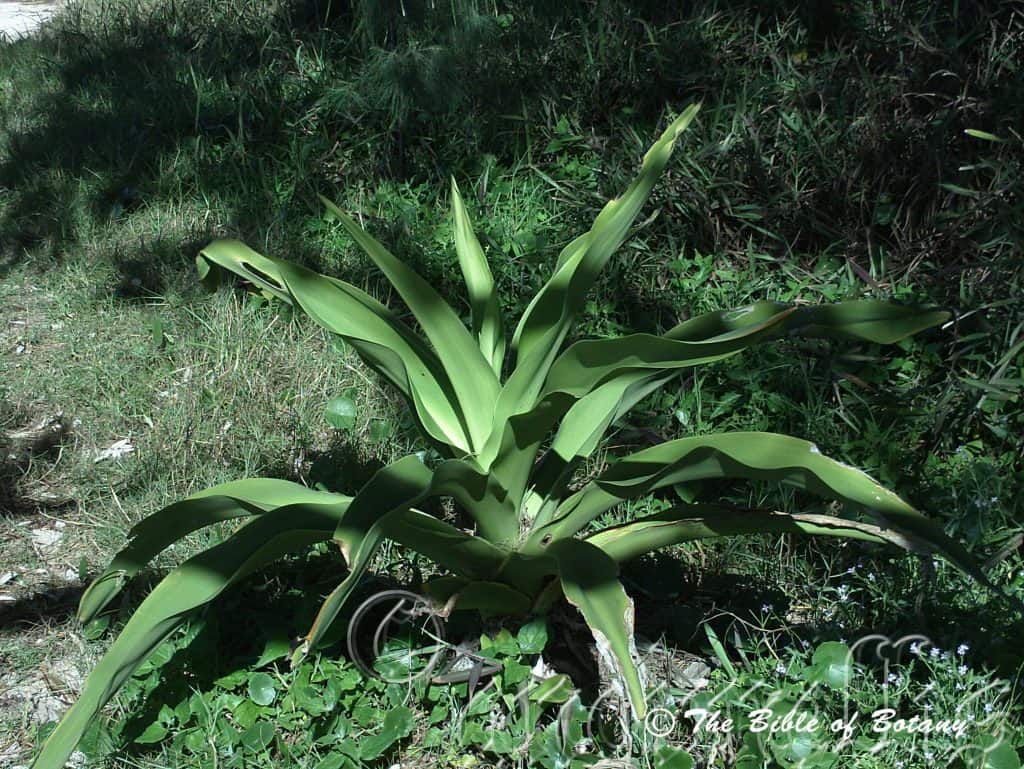
North Haven NSW
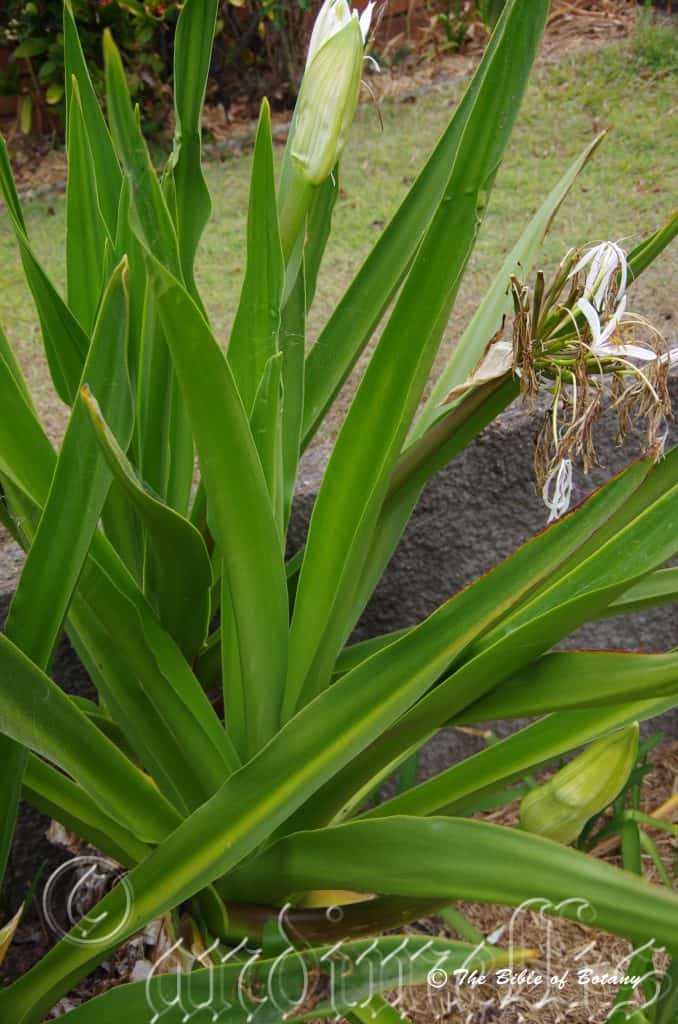
Grange Qld.
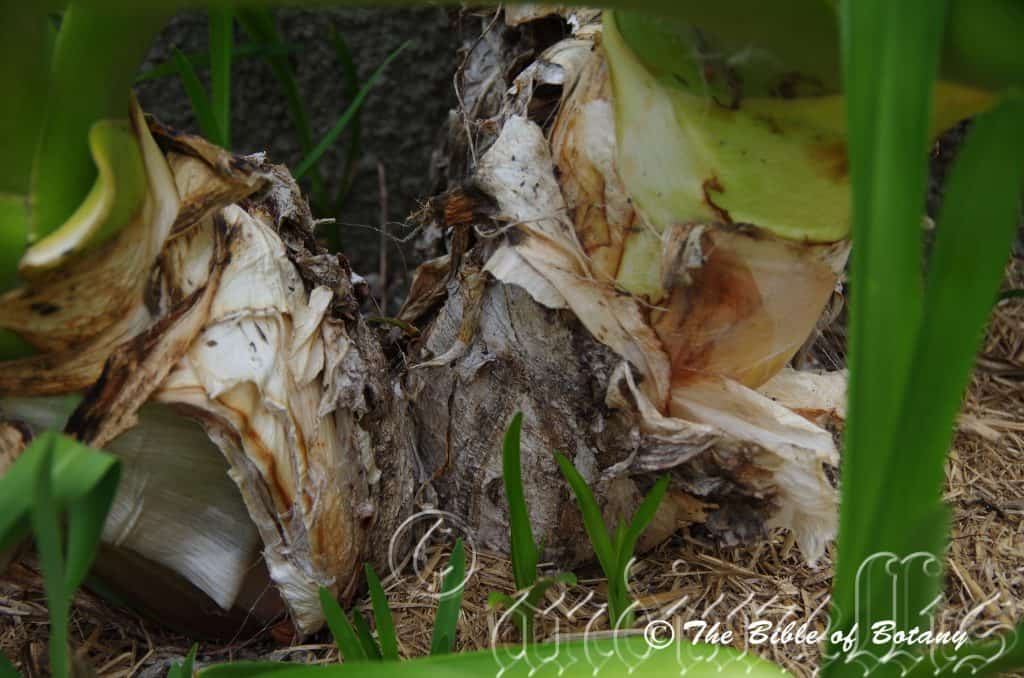
Grange Qld.
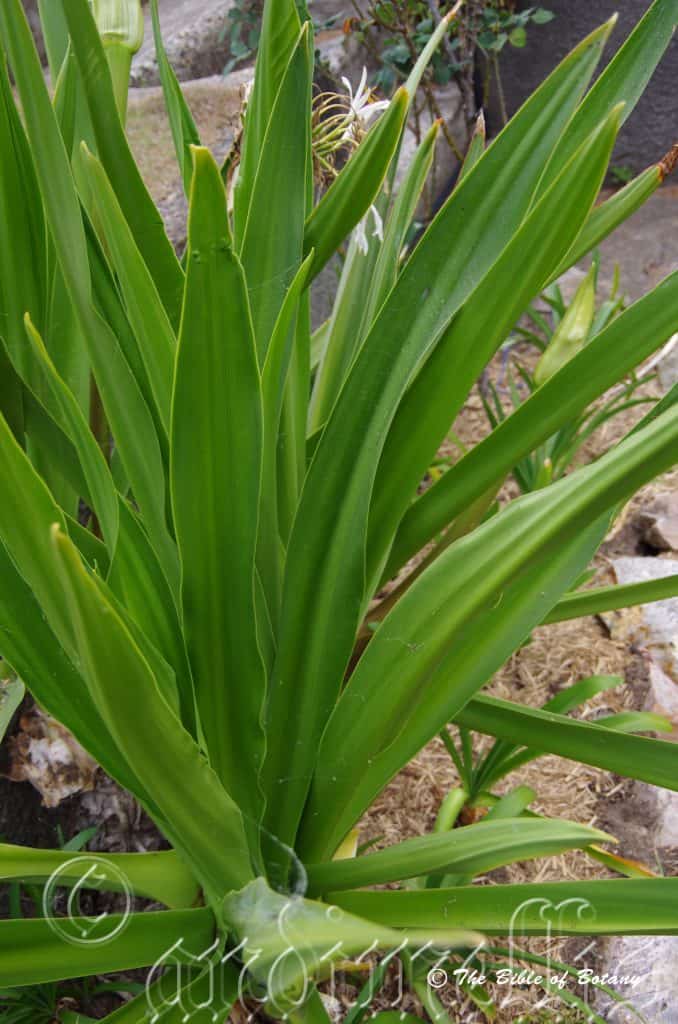
Grange Qld.
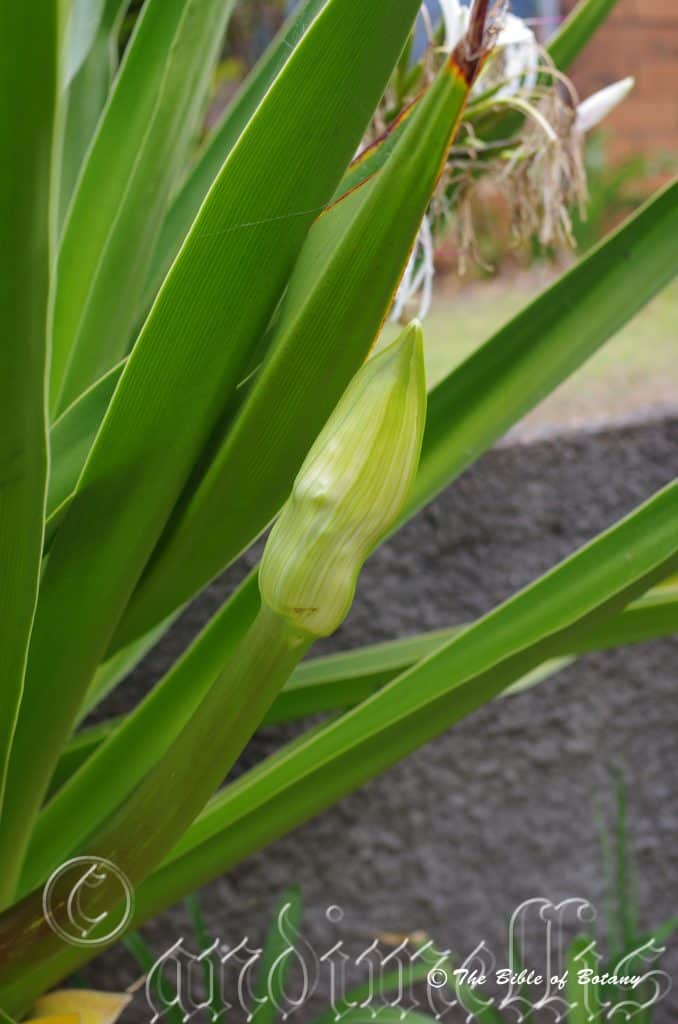
Grange Qld.
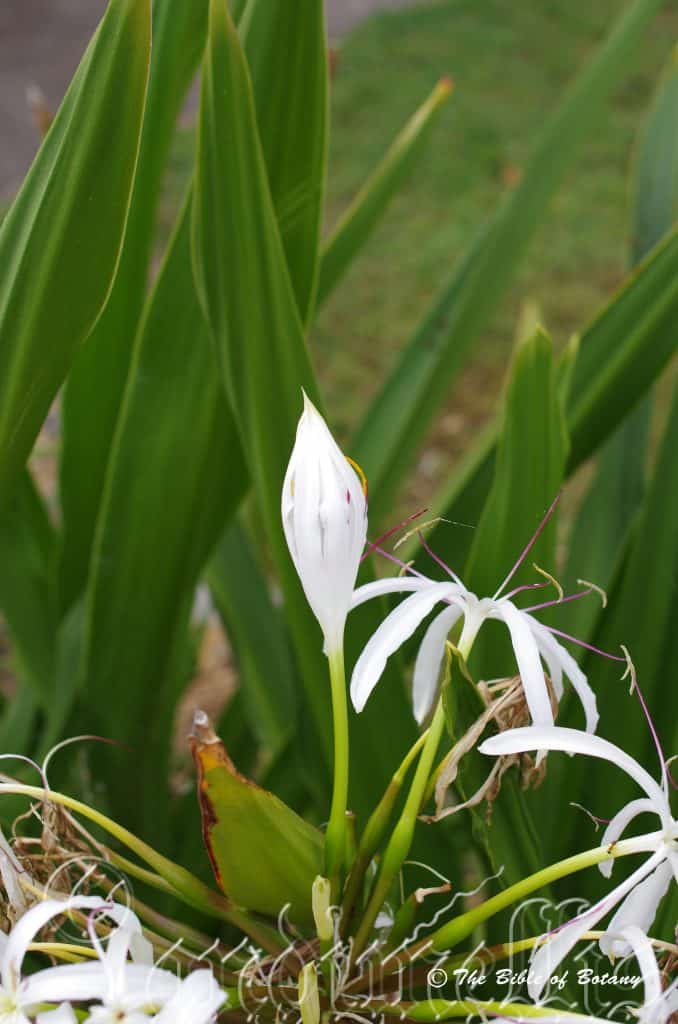
Grange Qld.
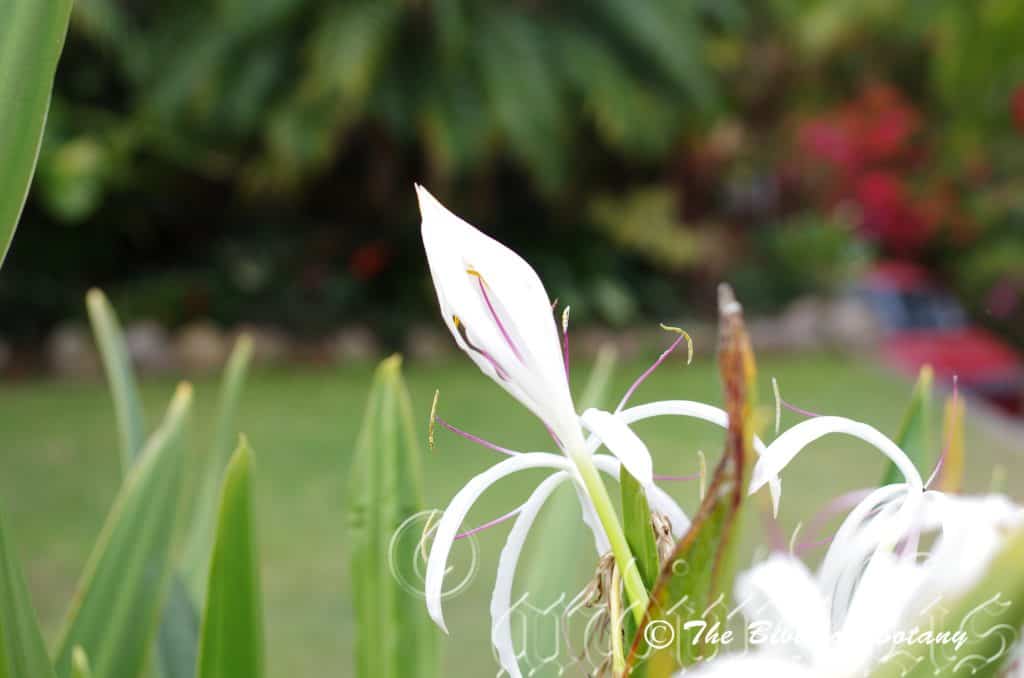
Grange Qld.
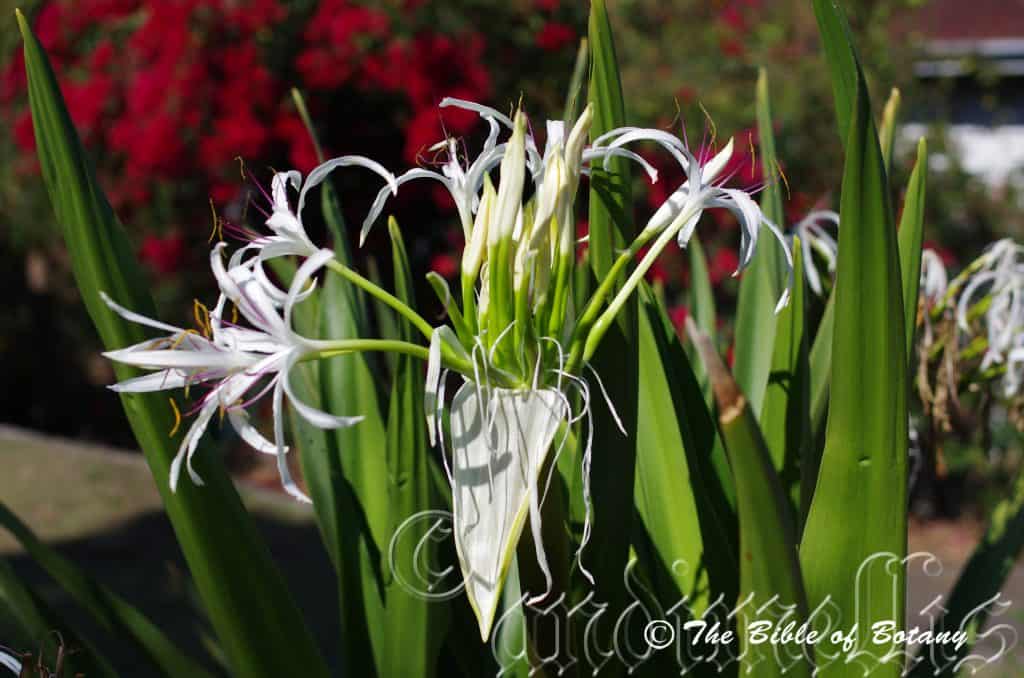
Grange Qld.
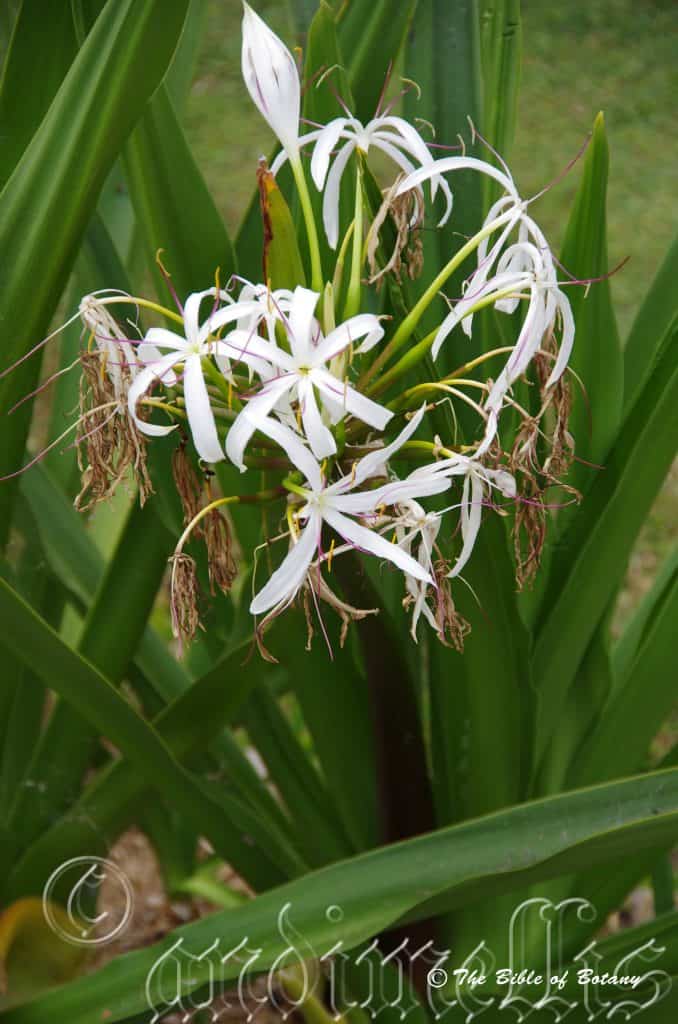
Grange Qld.
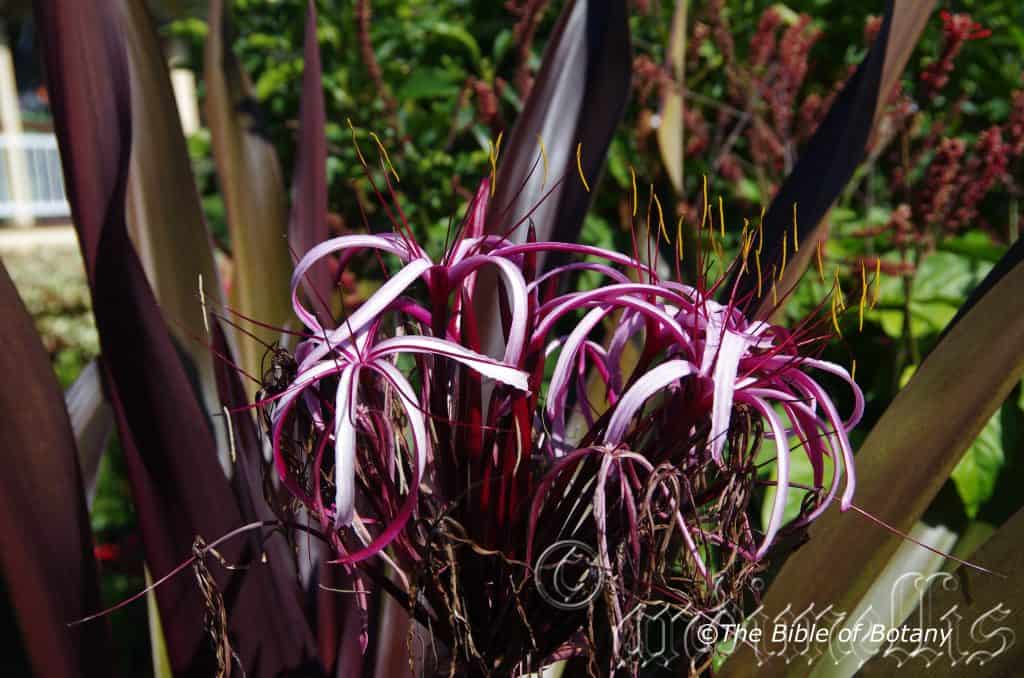
Townsville Qld.
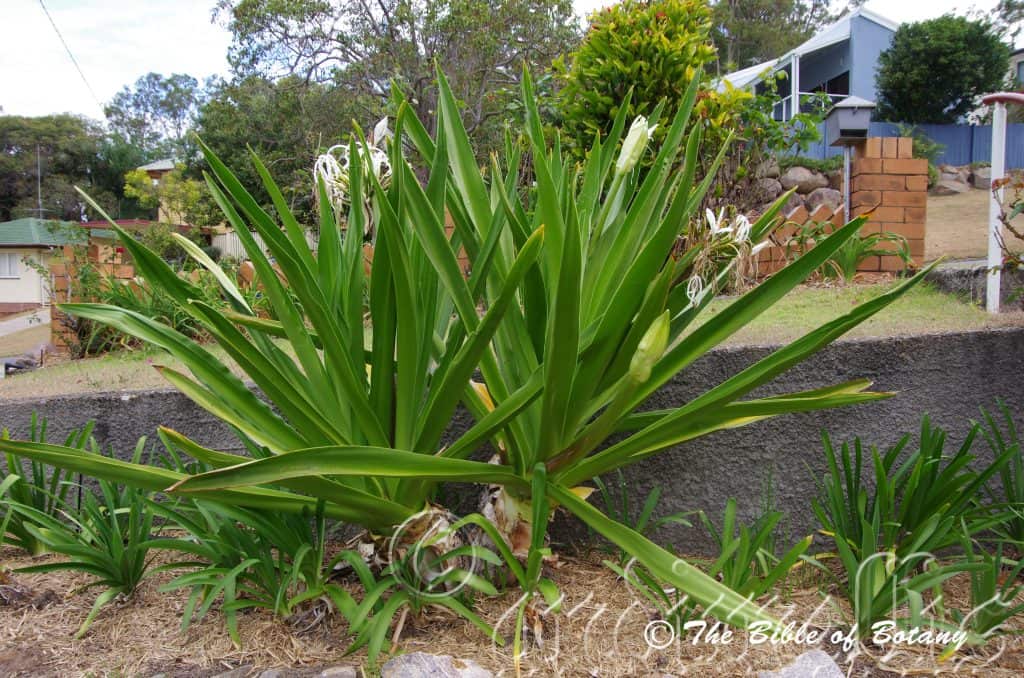
Grange Qld.
Crinum pedunculatum
Classification:
Unranked: Monocots
Order: Asparagales
Family: Amaryllidaceae
Subfamily: Amaryllideae
Genus: From Krinon, which is Ancient Greek for a Lily. It refers to plants, which have typical characteristics of the Lily family.
Specie: From Pous, which is Ancient Greek or later Pes/Pedi, which is Latin for a foot or feet and ulatum, which is Latin for to take revenge on. It refers to the flowers, which have a very conspicuous peduncle and or pedicel as if to say I am now bigger and better than you. The primary or main stalk which all the pedicels are derived.
Sub specie:
Common Name: Brisbane Lily, Swamp Lily, Spider Lily.
Distribution:
Crinum Pedunculatum are continuous south from the tip of Cape York Peninsula in Queensland to Newcastle in central New South Wales. It is found east of the Great Dividing Range, most the Islands off the east coast. There is an outlying population further south near Jervis Bay in New South Wales.
It is also found north into New Guinea and west to Timor. I would suspect that it would also be found along the coastal areas of the Gulf of Carpentaria and around to Darwin and while I have no conclusive proof that it does exist in these areas it is found further west to the Wallace line. If this is the case Crinum pedunculatum could also be found in Western Australia down to the Kimberley Coast.
https://avh.ala.org.au/occurrences/search?taxa=Crinum+pedunculatum#tab_mapView
Habitat Aspect Climate:
Crinum pedunculatum prefer full sun to dappled shade. It grows in fresh water swamps, brackish mangrove swamps and areas adjacent to coastal wallums. The altitude ranges from sea level to 10 meters ASL.
The temperatures range from 2 degrees in July to 39 degrees in January.
The rainfall ranges from lows of 800mm to 3000mm average per annum. The rainfall is not as important as its habitat where continuous moisture through high water tables, tidal surges or swamp lands keep the soils wet.
Soil Requirements:
Crinum Pedunculatum prefers coarse sands, light sandy clays to heavy silts. The soils are usually derived from decomposed sandstones. The soils pH ranges from 5.5pH to 7.5pH. It tolerates waterlogged soils often growing in stands of fresh or brackish waters particularly along the high water mark of streams and river riparian zones close to the coast. Moderately saline soils to extremely saline soils are tolerated as are salt laden winds.
Height & Spread:
Wild Plants: 1m to 2m to 1m x 3m
Characteristics:
Crinum pedunculatum grows on a pseudo stem to 800mm high with thick rhizomata roots growing outwards on large specimens.
The light green broad linear leaves measure 60mm to 130mm in length by 50mm to 150mm in width. The bases form sheaths around the stems while the apexes are obtuse. The concolourous lamina is pale green to grass green. The leaf margins are entire and curve upwards from the central vein. The upper leaves are upright while the lower leaves are more pendulant or spreading and can be slightly undulating.
The inflorescence of Crinum pedunculatum is born on a long singular scape to 160mm high. The umbel has 10 to 40 white flowers which have triangular papery bracts. The bracts measure 100mm to 150mm in length by 70mm to 80mm in width near the base. The pedicles are 15mm to 50mm in length. The linear perianth tube is pale green and measures 40mm to 100mm in length. The perianth tube divides into 5 or 6 linear to narrow lanceolate recurved white lobes which measure 40mm to 80mm in length.
The pink, red, purple or purple black stamens measure 30mm to 65mm in length. The purple black anthers measure 10mm to 25mm.
The style measures 25mm to 75mm in length with a blunt tip. The pedicels measure 15mm to 50mm in length. The sweetly scented flowers of Crinum pedunculatum flower from early November through to late February.
The fruits are capsules at the end of the peduncle. The capsules are round and measure 20mm to 50mm in diameter and have a long beak protruding from the apex. The capsule splits to expose the seeds which are may have already started to germinate in the capsules.
Wildlife:
Crinum pedunculatum is the host for the beautiful little Lily Moth, Spodoptera picta, which causes little damage.
Cultivation:
Crinum pedunculatum is a beautiful large lily that deserves a place in every native or exotic garden where adequate water can be applied or water logging is problem. It is ideal in almost every setting near large ponds, at the edge of a rainforest in larger courtyards, around swimming pools or large moist rockeries. It mixes well with low growing fine leaf ground covers to give height and contrast in foliage. Mass plantings will fill the air with a light sweet perfume when in flower. Small numbers planted in courtyards and around pools will achieve the same affect. The bold foliage helps to break up plain walls and can give great architectural effects. Try planting them at different centers and at different depths within the garden bed. Even when planted around pools or confined areas plant some to the front and others towards the rear. This gives depth and a more flowing line of interest rather than the straight line that has become so mundane and popular. Straight lines are not natural in nature or to the eyes movement.
It often reaches its full potential in just 2 years and flower from the first year. Cultivated plants will grow 1 meter to 2 meters height by 1 meter to 2 meters in diameter. Placing the closer to walls will limit their growth in diameter but they will have a tendency to lean forward. It is suitable for light sandy soils right through to heavy clays in sub-tropical and tropical gardens. I would be tempted to try them in semi-arid areas where a little shade can be supplied and water is not a problem. It will survive on bore water.
It is surprisingly versatile and can be planted amongst small moist to wet shrub gardens to contrast foliage. Here their strap like leaves and the scape from the flower can really take on a really strong dimension. Surrounded by shrubs with red or pink flowers that grow no more than a meter in height they will dominate the scene.
It is best suited to areas that are water logged or have poor drainage like in depressions and around sullage trenches. Place them at the bottom of slopes or retaining walls where moisture lies or seeps out.
Propagation:
Seeds: Crinum pedunculatum seeds do not require treatment before sowing. Sow fresh seeds directly into a seed raising mix and cover with 5mm of the mix. When the seedlings are 25mm to 50mm tall, prick them out and plant them into 50mm native tubes using a seed raising mix.
Once the seedlings reach 120mm to 150mm in height plant them out into their permanent position. Mass plantings can be achieved by planting them at 2 meter to 3 meter centers.
Fertilize using Seaweed, fish emulsion or organic chicken pellets soaked in water on an alternate basis. Fertilize every two months until the plants are established then twice annually in early September or March to maintain health, vitality and better flowering.
Further Comments from Readers:
Hi reader, it seems you use The Bible of Botany a lot. That’s great as we have great pleasure in bringing it to you! It’s a little awkward for us to ask, but our first aim is to purchase land approximately 1,600 hectares to link several parcels of N.P. into one at The Pinnacles NSW Australia, but we need your help. We’re not salespeople. We’re amateur botanists who have dedicated over 30 years to saving the environment in a practical way. We depend on donations to reach our goal. If you donate just $5, the price of your coffee this Sunday, We can help to keep the planet alive in a real way and continue to bring you regular updates and features on Australian plants all in one Botanical Bible. Any support is greatly appreciated. Thank you.
In the spirit of reconciliation we acknowledge the Bundjalung, Gumbaynggirr and Yaegl and all aboriginal nations throughout Australia and their connections to land, sea and community. We pay our respect to their Elders past, present and future for the pleasures we have gained.
Crinum uniflorum
Classification:
Unranked: Monocots
Order: Asparagales
Family: Amaryllidaceae
Subfamily: Amaryllideae
Genus: From Krinon, which is Ancient Greek for a Lily. It refers to plants, which have typical characteristics of the Lily family.
Specie: From Onos, which is Ancient Greek or Unum, which is Latin for one or a single unit and Floris, which is Latin for a flower or Flos, which is the Roman goddess for spring and flowers. It refers to plants, which have a single stem and a single head of flowers.
Sub specie:
Common Name: Crinum Lily.
Distribution:
Crinum uniflorum is found eastward from a few isolated populations along the Kimberley coast, Derby, Drysdale River National Park in in far north west Western Australia to the northern section of Kakadu National Park, near Darwin and along the Gulf coastal Rivers of the Northern Territory and far Northern Queensland.
https://avh.ala.org.au/occurrences/search?taxa=Crinum+uniflorum#tab_mapView
Habitat Aspect Climate:
Crinum uniflorum prefers full sun in moist to wet swampy land close to the coast. The altitude ranges from 5 meters ASL. to 350 meters ASL.
The temperatures range from 12 degrees in July to 40 degrees in January.
The rainfall ranges from lows of 900mm to an average of 3200mm annually but this is of little consequence as the plants grow in sites with permanent water.
Soil Requirements:
Crinum uniflorum prefers a wide range of soil types including light to heavy silts. The soils are usually derived from alluvial deposits. The soils vary from loams to light clays and heavier types of alluviums, which periodically is covered in hallow water. The soils pH ranges from 4pH to 7pH are preferred. Non saline soils to very saline soils are tolerated.
Height & Spread:
Wild Plants: 0.4m to 0.8m by 0.35m to 0.4m.
Characteristics:
Crinum uniflorum is a bulbous plant with a pseudo stem to 100mm high with thick rhizomata roots growing outwards on larger specimens.
Crinum uniflorum has 2 or 3 narrow linear leaves that measure 350mm to 600mm in length by 2mm to 6mm in width. The concolourous laminas are a glaucous green and glabrous. The bases are clasping while the apexes are long, narrow acute. The laminas are grass-green, semi glossy and glabrous. The margins are entire and curve upwards from the mid vein.
The inflorescences of Crinum uniflorum are born singularly from the underground bulbs on a 350 mm to 400mm pedicel. The pale green linear perianth tube measures 350mm to 400mm in length. The clasping triangular, papery bract measures 200mm to 250mm in length by 4mm to 8mm at the base. The perianth tube divides into 6 linear to narrow linear spreading white lobes which measure 50mm to 56mm in length by 9mm to 12mm in width. The apex is tapered and is recurved. The white stamens gradually turn pink, red, purple to purple-black as they approach the apex. It is 20mm to 35mm in length. The style is 18mm to 40mm in length with a blunt tip. Crinum uniflorum flowers from late November through to late January as late as early March. The flowers are sweetly scented.
Crinum uniflorum’s fruits are green capsules at the end of the peduncle. The capsules are round and measure 20mm to 50mm in diameter and have a long beak protruding from the apex. The capsule splits to expose the fawn coloured, thin, papery sheath that surrounds the seeds.
Wildlife:
Crinum uniflorum’s wildlife is unknown to the author.
Cultivation:
Crinum uniflorum is a beautiful small lily that deserves a place in every native or exotic garden where adequate water can be applied or where difficult wet areas in full sun exist. It is ideal in almost every setting near or in small ponds. It is best suited to areas that are water logged or have poor drainage like in depressions and around sullage trenches. Place them at the bottom of slopes or retaining walls where moisture lies or seeps out.
To make a bog garden, extend the pond or to make an artificial marshland on sand all you need is a sheet of black plastic and some rocks. Dig the soil out and lay two or three layers of black plastic on the shallow depression. Backfill the plastic to the original level with sharp course sand and peat mixed at a ratio of 4 to 1 but first punch some holes in the plastic so that water does not sit in the plastic and become stagnant. Make sure the sand is free of salt. If it isn’t wash the sand several times to make sure the salt is completely removed. Fill the depression with water until it is within 50mm of the surface. Place the rocks around the perimeter so that it looks natural. Make a depression with your arm in the corner on the low side so excess water can drain away when it rains.
Mass plantings will fill the air with a light sweet perfume when in flower. Small numbers planted in courtyards and around pools will achieve the same affect. Even when planted around pools or confined areas plant some to the front and others towards the rear. This gives depth and a more flowing line of interest rather than the straight line that has become so mundane and popular. Straight lines are not natural in nature or to the eyes movement.
Crinum uniflorum still needs to prove itself as reliable outside the tropics. I would suspect that it would be very cold sensitive to temperatures below 4 degrees. In the Tropical zones. It thrives around outdoor fish and frog ponds especially if there is some overflow from the pond to keep the soil wet.
Propagation:
Seeds: Crinum uniflorum seeds do not require treatment before sowing. Sow fresh seeds directly into a seed raising mix and cover with 5mm of the mix. Place in a warm position in full sun. Do not allow the mix to dry out, the bog method is a proven technique where the tray is placed in a saucer or bowl of water. When the seedlings are 25mm to 50mm tall, prick them out and plant them into their permanent positions.
Mass plantings can be achieved by planting them at 400mm to 600mm centers.
Fertilize using Seaweed, fish emulsion or organic chicken pellets soaked in water on an alternate basis after the leaves die and the plants become dormant at the first rains of the season. Fertilize to maintain health, vitality and better flowering.
Further Comments from Readers:
Hi reader, it seems you use The Bible of Botany a lot. That’s great as we have great pleasure in bringing it to you! It’s a little awkward for us to ask, but our first aim is to purchase land approximately 1,600 hectares to link several parcels of N.P. into one at The Pinnacles NSW Australia, but we need your help. We’re not salespeople. We’re amateur botanists who have dedicated over 30 years to saving the environment in a practical way. We depend on donations to reach our goal. If you donate just $5, the price of your coffee this Sunday, We can help to keep the planet alive in a real way and continue to bring you regular updates and features on Australian plants all in one Botanical Bible. Any support is greatly appreciated. Thank you.
In the spirit of reconciliation we acknowledge the Bundjalung, Gumbaynggirr and Yaegl and all aboriginal nations throughout Australia and their connections to land, sea and community. We pay our respect to their Elders past, present and future for the pleasures we have gained.
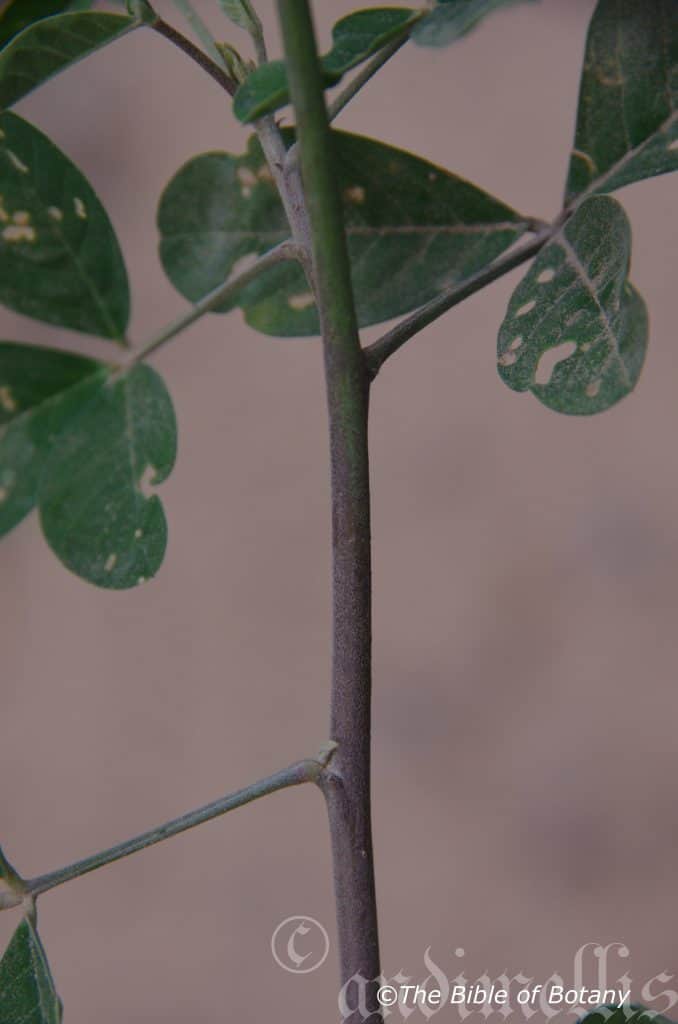
Magnetic Island Qld.

Magnetic Island Qld.
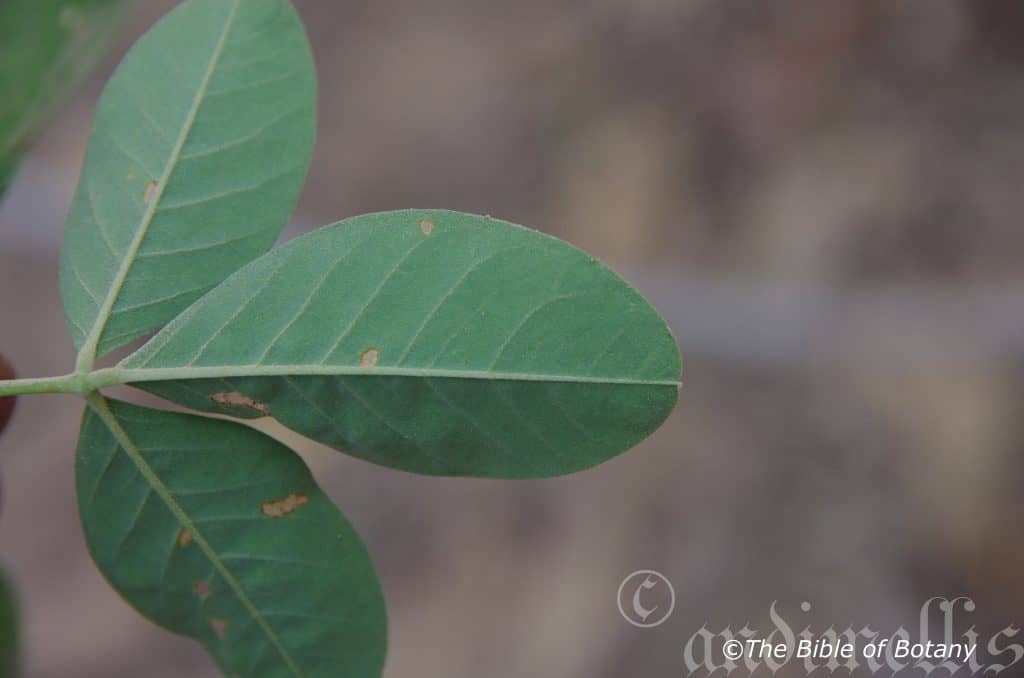
Magnetic Island Qld.
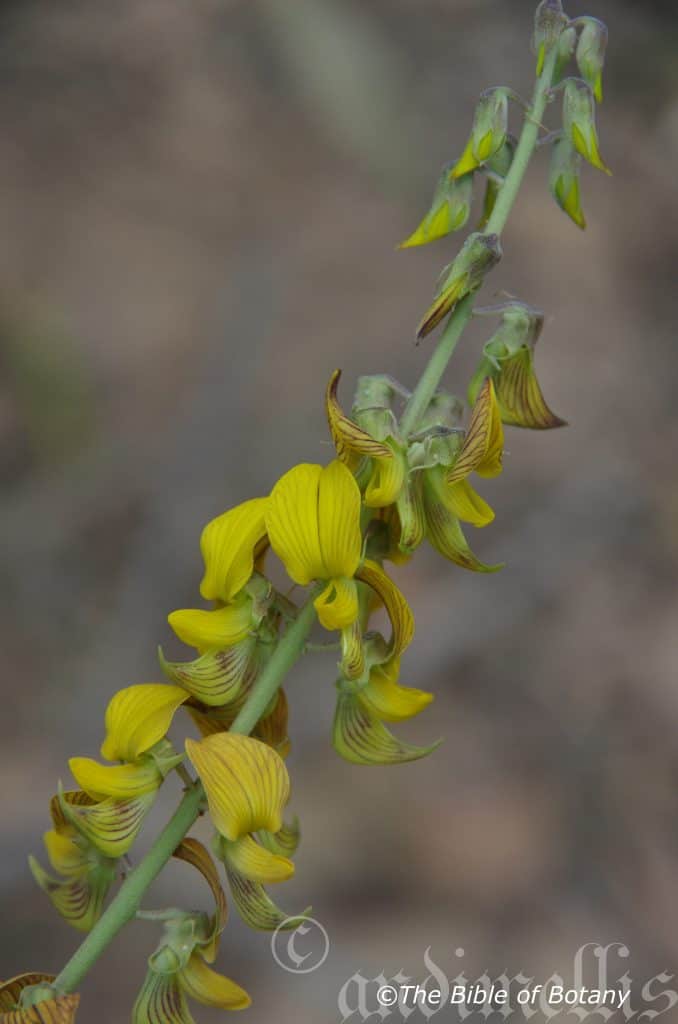
Magnetic Island Qld.
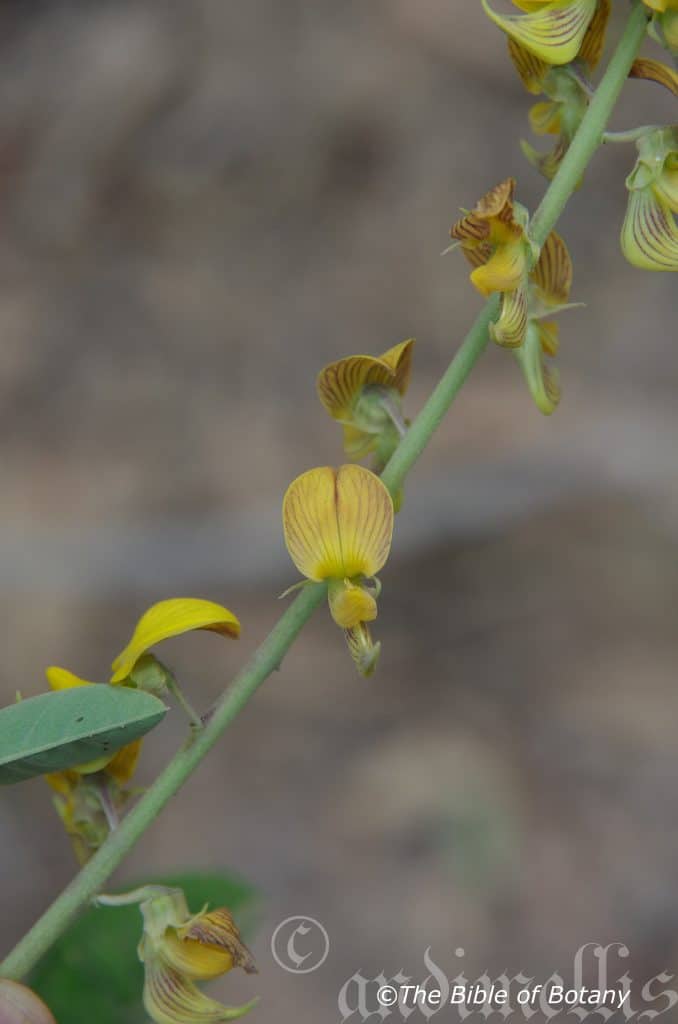
Magnetic Island Qld.
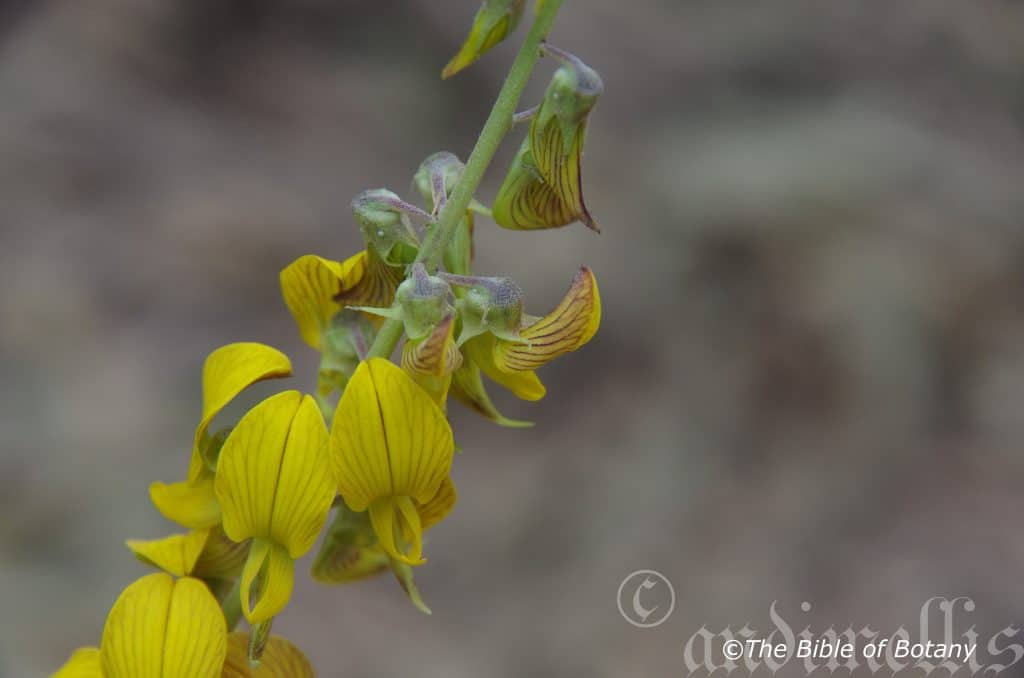
Magnetic Island Qld.
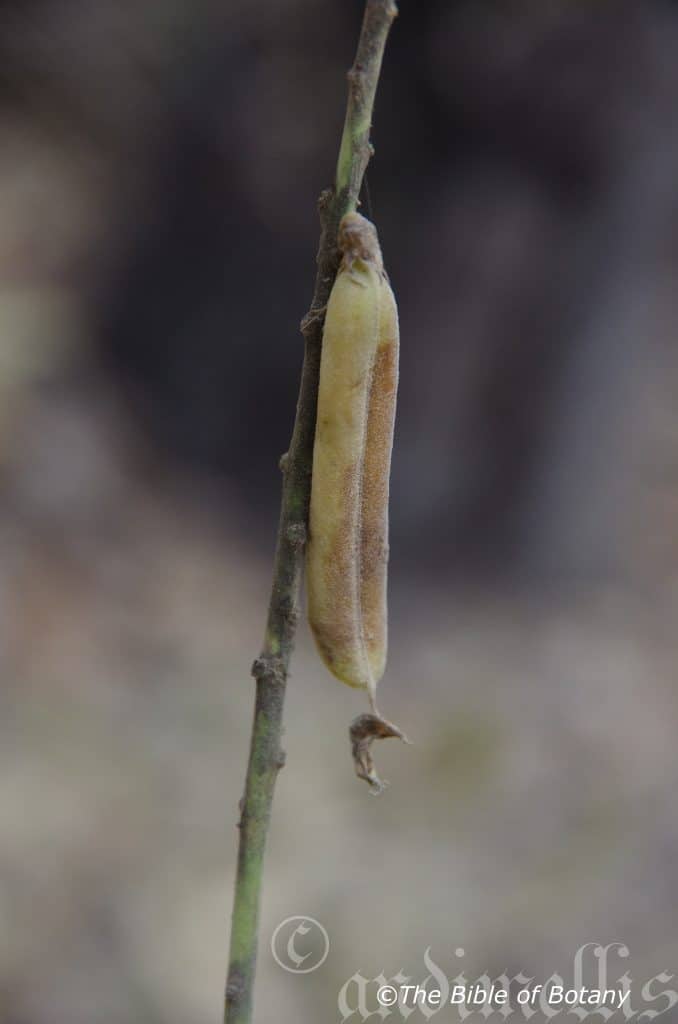
Magnetic Island Qld.
Crotalaria aridicola
Classification:
Unranked: Eudicots
Unranked: Rosids
Order: Fabales
Family: Fabalaceae
Subfamily: Faboideae
Genus: From Krotalon, which is Ancient Greek for a rattle or to rattle. It refers to the seeds within the pods; of most species, breaking away from their aril when ripe and prior to the dehiscing of the pods. This allows the seeds to make the rattling sound when shaken.
Specie: From Aridus, which is Latin for dry. It refers to the habitats, which are rather dry or arid.
Sub species: Crotalaria aridicola subsp. aridicola. From Aridus, which is Latin for dry. It refers to the habitats, which are rather dry or arid.
Sub species: Crotalaria aridicola subsp. densifolia. From Densus, which is Latin for packed close together and Folia, which is Latin for foliage. It refers to plants, which have a copious quantity of leaves.
Sub species: Crotalaria aridicola subsp. glabrata. From Glabrum, which is Latin for glabrous or smooth. It refers to structures or organs which have no hairs or scales.
Common Name:
Distribution:
Crotalaria aridicola is widespread in a general line north from Broome in Western Australia to Boulia in western Queensland and Home Hill in north eastern Queensland. It is also found on Magnetic Island and the southern Torres Strait Islands and probably other Islands off the east and north coast.
There are two disjunct populations further south between Alice Springs and the Macdonald Ranges in the Northern Territory and the Bluff Mountains in central eastern Queensland indicating it maybe more wide spread than the maps indicate.
Crotalaria aridicola subsp. aridicola is found in the south and eastern parts of the range chiefly east of the Queensland and Northern Territory border but not on Cape York Peninsula.
Crotalaria aridicola subsp. densifolia is found in the western and central parts of the range chiefly west of the Queensland and Northern Territory border.
Crotalaria aridicola subsp. glabrata is found in the north and eastern parts of the range chiefly on Cape York Peninsula and the Torres Strait Islands.
https://avh.ala.org.au/occurrences/search?taxa=Crotalaria+aridicola#tab_mapView
Habitat Aspect Climate:
Crotalaria aridicola prefers full sun to dappled shade. It grows on plains, dry river beds and riparian zones in open woodlands. The altitude ranges from 5 meters ASL to 760 meters ASL.
The temperatures range from 6 degrees in July to 42 degrees in January.
The rainfall ranges from lows of 400mm to an average of 3200mm annually.
Soil Requirements:
Crotalaria aridicola prefers sands to light gravelly clays. The soils are derived from decomposed sandstones, siltstone, granites and deposited rocky silts in seasonal floodplains in arid areas. The soils pH ranges from 4.5pH to 7.5pH are preferred. Non saline soils to the higher end of moderately saline soils are tolerated.
Height & Spread:
Wild Plants: 0.3m to 1m by 0.4m to 1m.
Characteristics:
Crotalaria aridicola are perennial, ascending shrubs or subshrubs. The older stems are rusty-brown to deep purplish green while the new growth is blueish-green. The stems are glabrous or sparsely to densely covered in short, white, appressed or pannate hairs. The juvenile growth is similar to the mature stems.
Crotalaria aridicola’s trifoliate leaves are oblong to obovate and measure 50mm to 80mm in length by 35mm to 55mm in width. The symmetrical bases are broad cuneate to cuneate while the apexes are obtuse with a retuse notch. The triangular stipules spread widely at the base on the sides of the petiole and measures 2.5mm to 4mm in length. It is glabrous or sparsely to densely covered in short, white, appressed or pannate hairs. The petiole is ribbed on the upper surface. The petiole and petiolules are glabrous or sparsely to densely covered in short, white, appressed or pannate hairs. The petioles measure 50mm to 90mm in length while the petiolules measure 2mm to 4mm in length.
The discolourous lamina are deep green, dull, glabrous or sparsely covered in short, white, appressed or pannate hairs while the lower laminas are glabrous or sparsely to covered in short, white, appressed or pannate hairs. The laminas recurve upwards from the mid vein to the margins while the margins are entire and straight to slightly undulating. The mid vein and lateral veins are strongly prominent on the lower lamina and are glabrous or moderately to densely covered in short, white, appressed or pannate hairs and are distinctly visible from the upper lamina.
The inflorescences of Crotalaria aridicola are born on erect, terminal rachises. The rachis and pedicels are glabrous or moderately to densely covered in short, white, appressed or pannate hairs. The 20 to 32 flowers are somewhat disjunct spaced along the rachis. The rachises measure 130mm to 360mm in length while the pedicels measure 4mm to 7mm in length. The calyx and calyx lobes are glabrous or moderately to densely covered in short, white, appressed or pannate hairs.
The calyxes measure 4mm to 6mm in length. The yellow standards are often striated in red to maroon stripes especially on the upper surface and measure 16mm to 24mm in length by 11mm to 16mm in width. The yellow wings are often striated in pale blurred red to maroon stripes measure 8mm to 12mm in length by 3.5mm to 5mm in height. The yellow keels have a long curved, tapering apex and are often striated in red to maroon stripes. The keels measure 23mm to 30mm in length by 3mm to 3.5mm in height. The flowers appear throughout the year when conditions are favourable.
Crotalaria aridicola’s fruits are obloidal pods. The pods have a longitudinal furrow on the upper side and measure 30mm to 40mm in length by 6mm to 7.5mm in diameter. The green pods are glabrous or moderately to densely covered in short, white, appressed or pannate hairs and turn black and glabrous when ripe. The inner surface and seeds are coated in oil. The glossy fawn seeds break free of the funicle prior to the pod splitting open thus the common and Greek name of rattle pod. The flat, reniform seeds measure 1.5mm to 2.5mm in length.
Confusing Species:
Crotalaria aridicola subsp. aridicola stems and leaves are densely covered in long white hirsute hairs.
Crotalaria aridicola subsp. densifolia stems and leaves are densely covered in long white hirsute hairs.
Crotalaria aridicola subsp. glabrata stems and leaves are glabrous.
Wildlife:
The butterfly Euploea core is attracted to the flowers of Crotalaria aridicola for nectar.
The primary source of toxicity for many Crotalaria species is due to the presence of pyrrolizidine alkaloids. These poisons are toxic to birds and large mammals. Crotalaria retusa seeds are amongst the most toxic of Crotalaria species. It is estimated that 3% of the world’s flowering plants contain pyrrolizidine alkaloids which is a natural defence mechanism against herbivorous insects. The alkaloids are hepatotoxic in that they damage the liver and causes liver cancer. Pyrrolizidine alkaloids in honey, contaminated grains, milk, offal and eggs can contain pyrrolizidine alkaloids.
Cultivation:
Crotalaria aridicola is a beautiful, unusual perennial that is yet to find its way into cultivation in a serious way. It would suit gardens large or small in sub-tropical, tropical and arid areas. It is ideal in small or large rockeries, conventional garden beds as a fill in plant or native gardens. It mixes well with English style gardens. Mass plantings or mixed with other native annuals especially flowers that are pink or deep reds and purples.
Small numbers planted around pools will give an unusual talking point when it is in flower. Even when planted around pools or confined areas plant some to the front and other taller, denser foliage plants towards the rear. This gives depth and a more flowing line of interest rather than the straight line that has become so mundane and popular. Straight lines are not natural in nature or for the eyes movement.
Crotalaria aridicola still needs to prove itself outside the tropics. I would suspect that it could be grown in any frost free area from the tropics to warm temperate areas. In cultivation it grows from 0.6 meters to 0.8 meters in height by 0.5 meters to 1 meter in diameter when grown in the open. It is best to tip prune the plants in the early days to ensure a smaller bushier shrub.
It is best used adjacent to small areas of bush close to paths or the house so their flowers can be used to break the green between the two peak flowering periods of summer and winter. It looks better when planted in small groups of 2 to 5 rather than standalone plants when creating a genuine bush garden. Scattered single plants will help create a harsher more barren look especially when planted with plants with dusky blue or blue-green foliage. If it is surrounded by shorter plants with fine foliage and lilac or pink flowers it will dominate at the center, giving an expansive look to the bed especially when it is in flower. This is one plant that benefits highly from being mass planted. It is best treated as an annual by replacing it after flowering has ceased.
Propagation:
Seeds: Crotalaria aridicola require treatment before sowing. Pre-treat by placing the seeds into a glass of hot water. Allow the water to cool and leave to soak for 4 hours. Sow into a seed raising mix. Place the trays in 30mm shade where it is warm. When the seedlings are 25mm to 50mm tall, prick them out and plant them into 50mm native tubes using a seed raising mix.
Once the seedlings reach 80mm to 100mm in height plant them out into their permanent position.
Mass plantings can be achieved by planting them at 400mm to 600mm centers for a dense bush scene or further apart for the desert or arid scene.
Fertilize using Seaweed, fish emulsion or organic chicken pellets soaked in water on an alternate basis. Fertilize for two months or until the plants begin to flower to maintain health, vitality and better flowering.
Further Comments from Readers:
Hi reader, it seems you use The Bible of Botany a lot. That’s great as we have great pleasure in bringing it to you! It’s a little awkward for us to ask, but our first aim is to purchase land approximately 1,600 hectares to link several parcels of N.P. into one at The Pinnacles NSW Australia, but we need your help. We’re not salespeople. We’re amateur botanists who have dedicated over 30 years to saving the environment in a practical way. We depend on donations to reach our goal. If you donate just $5, the price of your coffee this Sunday, We can help to keep the planet alive in a real way and continue to bring you regular updates and features on Australian plants all in one Botanical Bible. Any support is greatly appreciated. Thank you.
In the spirit of reconciliation we acknowledge the Bundjalung, Gumbaynggirr and Yaegl and all aboriginal nations throughout Australia and their connections to land, sea and community. We pay our respect to their Elders past, present and future for the pleasures we have gained.
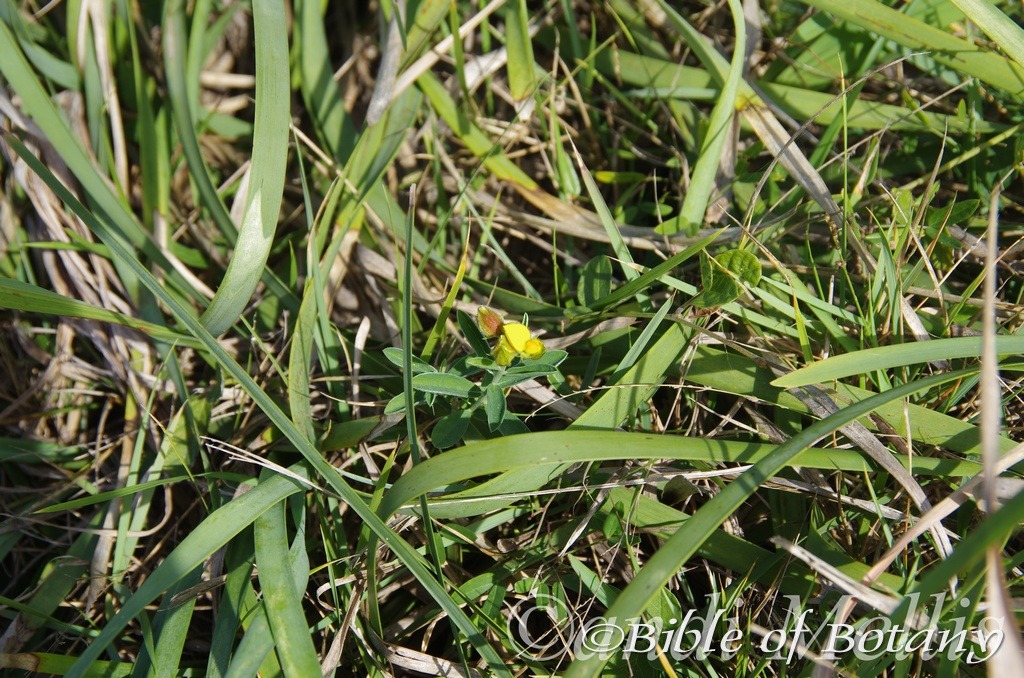
North Yuraygir National Park NSW
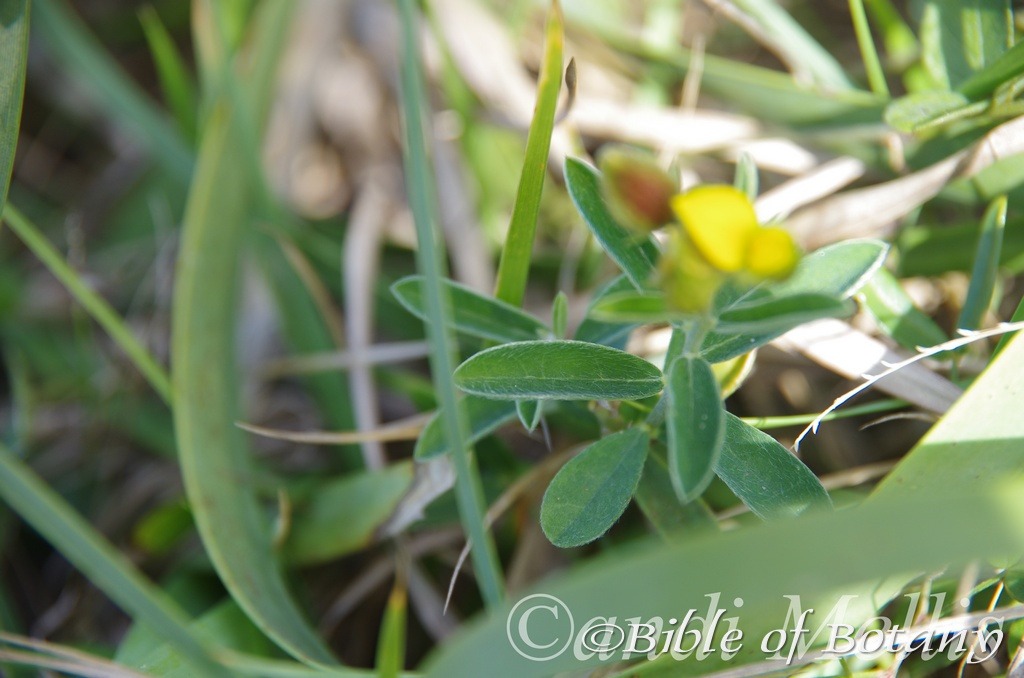
North Yuraygir National Park NSW
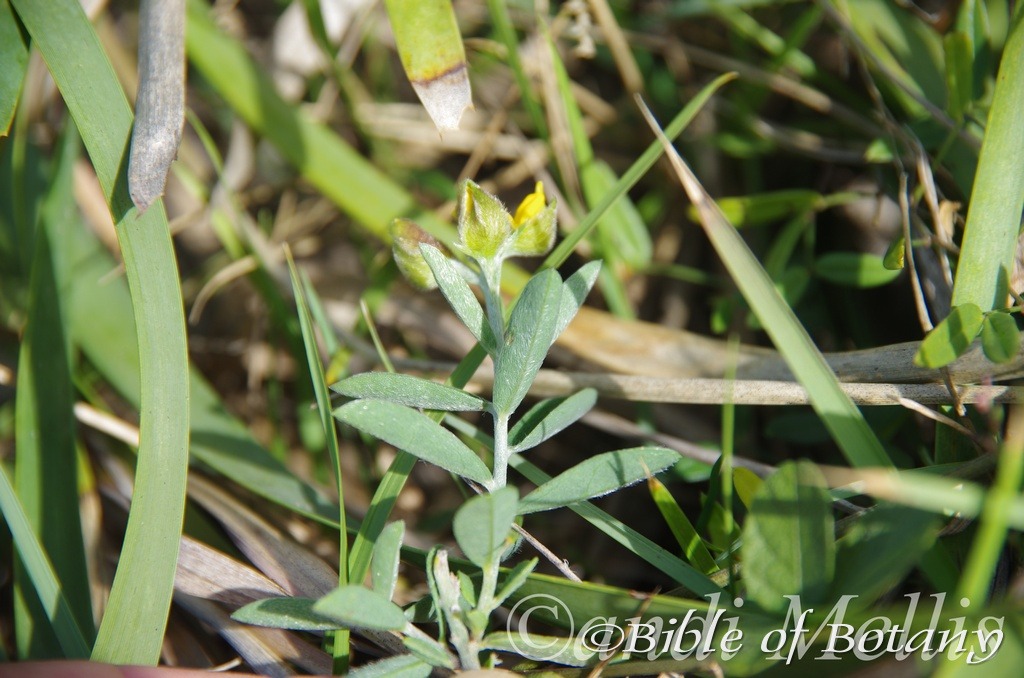
North Yuraygir National Park NSW
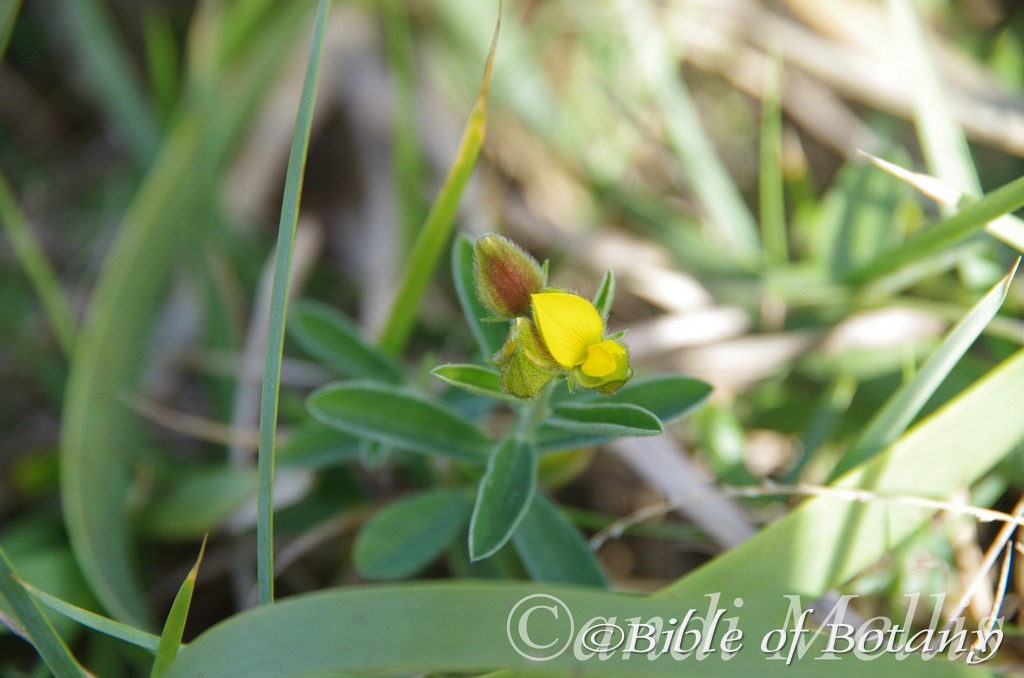
North Yuraygir National Park NSW
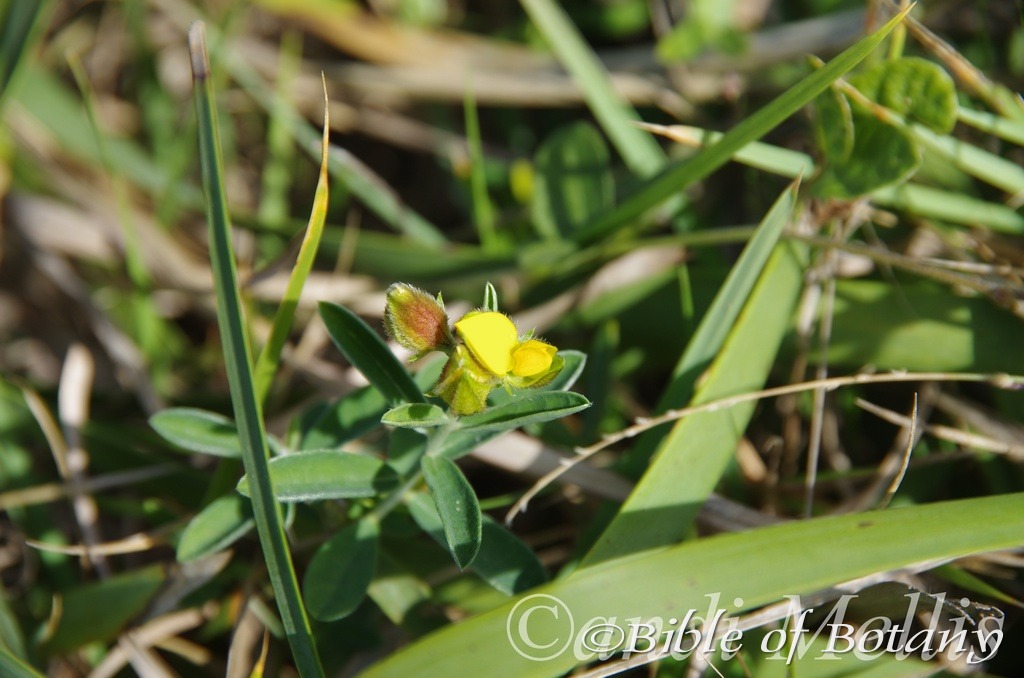
North Yuraygir National Park NSW
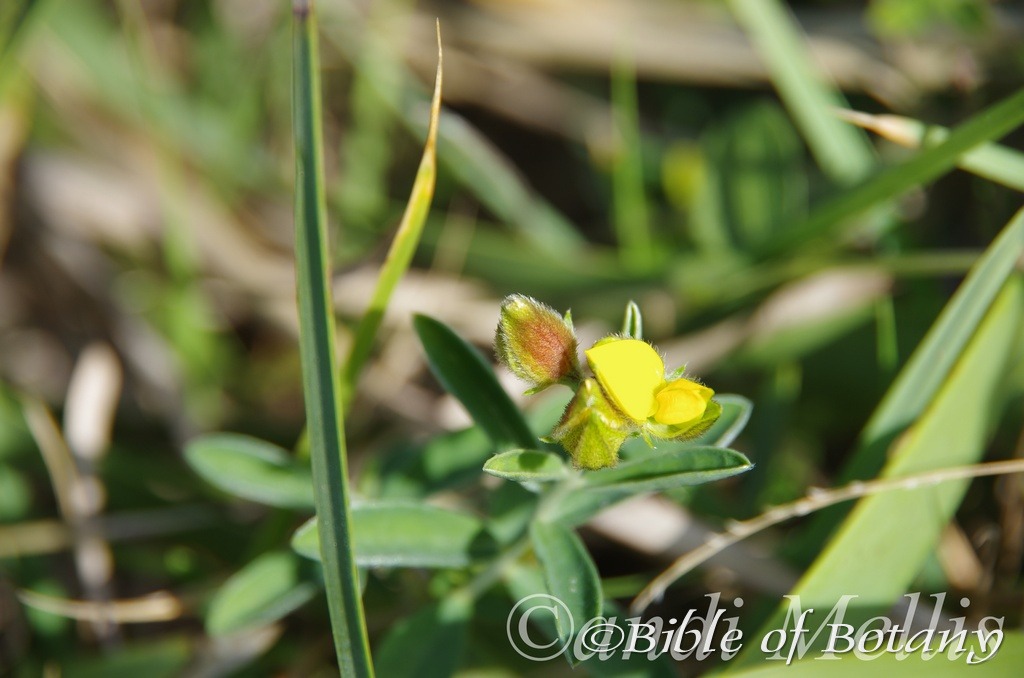
North Yuraygir National Park NSW
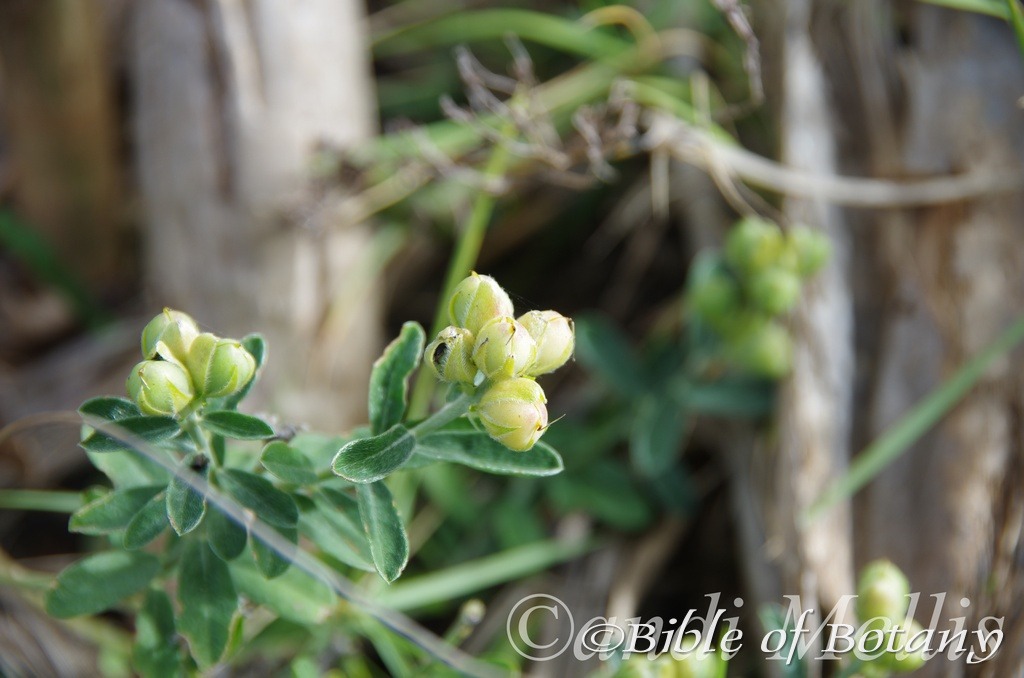
North Yuraygir National Park NSW
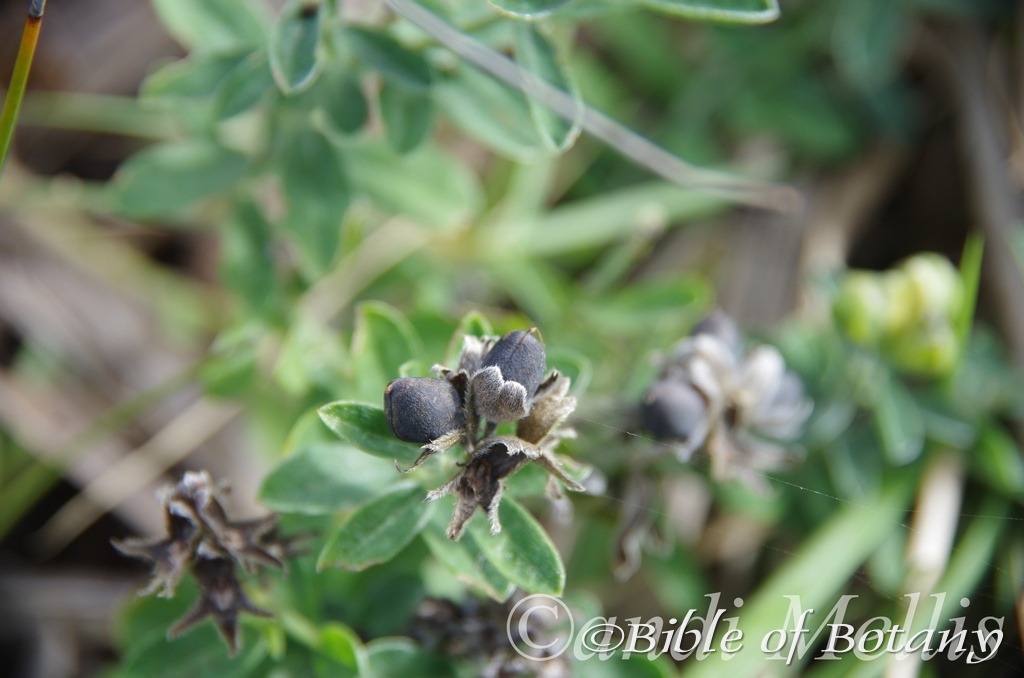
North Yuraygir National Park NSW
Crotalaria brevis
Classification:
Unranked: Eudicots
Unranked: Rosids
Order: Fabales
Family: Fabalaceae
Subfamily: Faboideae
Genus: From Krotalon, which is Ancient Greek for a rattle or to rattle. It refers to the seeds within the pods; of most species, breaking away from their aril when ripe and prior to the dehiscing of the pods. This allows the seeds to make the rattling sound when shaken.
Specie: From Brevis, which is Latin for short. It refers to plants, which have short floral segments.
Sub specie:
Common Name: Blue Rattle Pod.
Distribution:
Crotalaria brevis is found extensively from the Kymberley in Western Australia across the Top End of the Northern Territory to Queensland and south to Thora in northern New South Wales. There are several isolated populations found around the country which may indicate that its distribution is more widely spread than the map indicates.
https://avh.ala.org.au/occurrences/search?taxa=Crotalaria+brevis#tab_mapView
Habitat Aspect Climate:
Crotalaria brevis prefers full sun to dappled shade. It grows in dry to moist sclerophyll forest and is particularly common along road side verges. The altitude ranges from 5 meters ASL. to 800 meters ASL.
The temperatures range from 12 degrees in July to 42 degrees in January.
The rainfall ranges from lows of 600mm to an average of 3000mm annually.
Soil Requirements:
Crotalaria brevis prefers sandy loams to medium clays. The soils are usually derived from decomposed sandstone, shales basalts and laterite loams. The soils vary from sandy loams, light clays, gravelly sands or gravelly light clays. The soils pH ranges from 5pH to 7pH are preferred. Non saline soils to moderately saline soils are tolerated.
Height & Spread:
Wild Plants: 0.2m to 0.3m by 0.3m to 0.5m.
Characteristics:
Crotalaria brevis’s stems are ascending or at times semi prostrate. It is a multi stemmed with annual stems and perennial rootstock. The stems are deep grey-green to deep olive-grey green and covered in long white or rusty brown appressed or divaricate hirsute hairs. The new growth and juvenile growth is similar to the mature stems.
Crotalaria brevis’s alternate to sub opposite narrow lanceolate, narrow elliptical or rarely oblanceolate leaves, measure 4mm to 25mm in length by 2mm to 55mm in width. The petioles measure 0.8mm to 1.5mm in length. The bases are rounded to cuneate-rounded while the apexes are broad acute, broad acuminate to obtuse or mucronate. The concolourous or slightly discolourous laminas are deep grey-green to deep olive-grey green and covered in long white or rusty brown appressed or divaricate hirsute hairs. The laminas recurve slightly to strongly upwards from the mid vein to the margins. The margins are entire. The mid vein is prominent on the lower lamina while the main lateral veins not visible. Only the main vein is faintly visible from the upper lamina. The margins are entire. Stipules are absent or minute at the base of the petiole. The petioles are paler in colour to that of the stem and leaf and are covered in long white or rusty brown appressed or divaricate hirsute hairs.
The inflorescence of Crotalaria brevis are born on erect, terminal rachises. The rachis and pedicels are covered in long white or rusty brown appressed or divaricate hirsute hairs. The 1 to 10 flowers are crowded on a rachis sometimes overlapping each other. The rachises measure 10mm to 100mm in length while the pedicels measure 2mm to 4mm in length. The dimorphic calyx lobes are covered in white or rusty brown appressed or divaricate hirsute hairs. The lower lobe is horizontal while the upper lobes are erect and measure 4.5mm to 9mm in length. The yellow standards are striated with darker veins and measure 4.5mm to 8mm in length by 6.6mm to 12mm in width. The yellow wings measure 3.6mm to 5.7mm in length by 3mm to 4.8mm in height. The yellow keels have a short narrow beak that is twisted at the apex and lies in the lower calyx lobe. The keels measure 4mm to 6mm in length by 3.2mm to 5mm in height. The flowers appear from late November to late August.
Crotalaria brevis’s fruits are cylindrical pods. The pods have a longitudinal furrow along one side and measure 6mm to 7mm in length by 3mm to 4mm in diameter. The deep glossy brown to green-brown seeds break free of the funicle prior to the pod splitting open thus the common and Greek name of rattle pod. The green pods turn brown-grey when ripe. The inner surface and seeds are coated in oil. This oil should be explored further for human use and may have agriculture potential. It is not known whether the oil is toxic or not but it must be remembered that the plant is poisonous. The flat, ovoidal seeds measure 2mm to 2.5mm in length.
Wildlife: Crotalaria brevis‘s wildlife is unknown to the author.
The primary source of toxicity for many Crotalaria species is due to the presence of pyrrolizidine alkaloids. These poisons are toxic to birds and large mammals. Crotalaria retusa seeds are amongst the most toxic of Crotalaria species. It is estimated that 3% of the world’s flowering plants contain pyrrolizidine alkaloids which is a natural defence mechanism against herbivorous insects. The alkaloids are hepatotoxic in that they damage the liver and causes liver cancer. Pyrrolizidine alkaloids in honey, contaminated grains, milk, offal and eggs can contain pyrrolizidine alkaloids.
Cultivation:
Crotalaria brevis is a beautiful, unusual annual that is yet to find its way into cultivation in a serious way. It would suit gardens large or small in sub-tropical, tropical, semi-arid and warm temperate areas. It mixes well with English style gardens. Mass plantings or mixed with other native annuals especially flowers that are white or pale to deep pinks.
Small numbers planted around sunny pools will give an unusual talking point when it is in flower in late autumn and early winter when there are fewer flowers around. In cultivation it grows from 0.2 meters to 0.4 meters in height by 0.3 meters to 0.5 meters in diameter when grown in the open.
It is ideal in small or large rockeries, conventional garden beds or native gardens. Its small compact size lends it to be planted as semi-permanent edging or border plants in the formal or informal garden around rockeries or along driveways. It can be slipped into the odd corner, in small rockeries or used in miniature heath or arid gardens. Limited imagination here means limited possibilities.
This is the plant for new rockeries as the possibilities are endless. Eliminate the straight lines and plant them in small patches or meandering lines with annuals to the front or rear depending on their size. Scattered in small or even large mass plantings can really lift an area and make it look a lot larger. Mass plantings in scattered patches in bush gardens with an open canopy look very natural, tidy and colourful.
Propagation:
Seeds: Crotalaria brevis require treatment before sowing. Standing the seeds in hot water 80 degrees centigrade for 5 to 6 minutes has proven to be most effective in gaining even germination. Boiling water will kill the seeds. Allow the water to cool before sowing. Sow into a seed raising mix. Place the trays in 30mm shade that is warm. When the seedlings are 25mm to 50mm tall, prick them out and plant them into 50mm native tubes using a seed raising mix.
Once the seedlings reach 100 to 150mm in height nip the tips out and plant out into their permanent position.
Mass plantings can be achieved by planting them at 350mm to 400mm centers for a crowded compact look or 500mm for a look where the plants form small domes.
Fertilize using Seaweed, fish emulsion or organic chicken pellets soaked in water on an alternate basis. Fertilize for two months or until the plants begin to flower to maintain health, vitality and better flowering.
Further Comments from Readers:
Hi reader, it seems you use The Bible of Botany a lot. That’s great as we have great pleasure in bringing it to you! It’s a little awkward for us to ask, but our first aim is to purchase land approximately 1,600 hectares to link several parcels of N.P. into one at The Pinnacles NSW Australia, but we need your help. We’re not salespeople. We’re amateur botanists who have dedicated over 30 years to saving the environment in a practical way. We depend on donations to reach our goal. If you donate just $5, the price of your coffee this Sunday, We can help to keep the planet alive in a real way and continue to bring you regular updates and features on Australian plants all in one Botanical Bible. Any support is greatly appreciated. Thank you.
In the spirit of reconciliation we acknowledge the Bundjalung, Gumbaynggirr and Yaegl and all aboriginal nations throughout Australia and their connections to land, sea and community. We pay our respect to their Elders past, present and future for the pleasures we have gained.
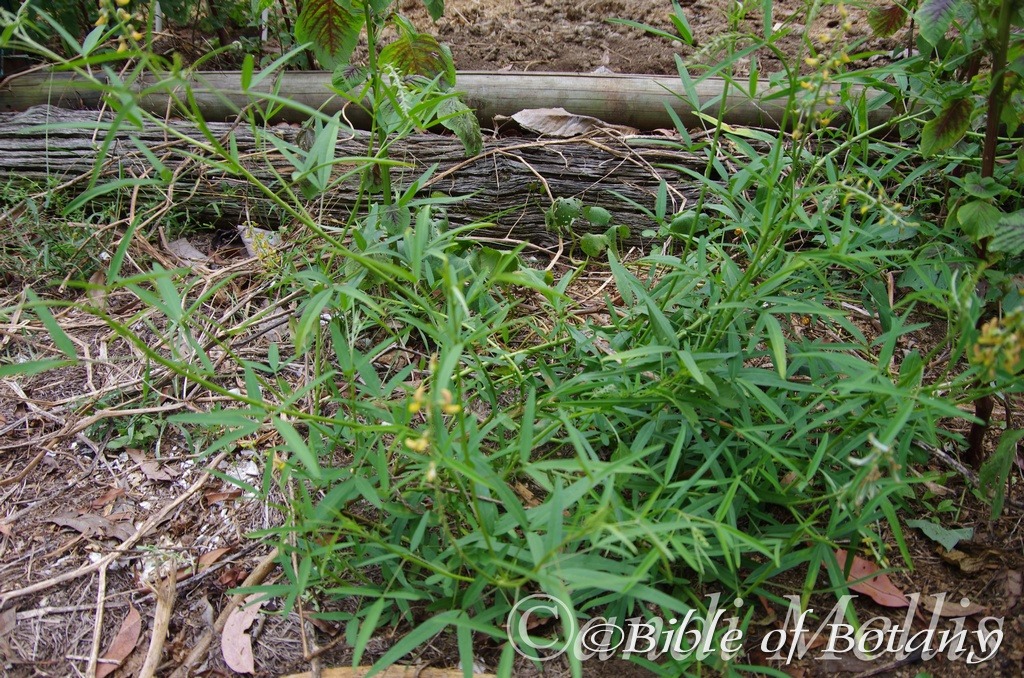
Author’s Garden The Pinnacles NSW
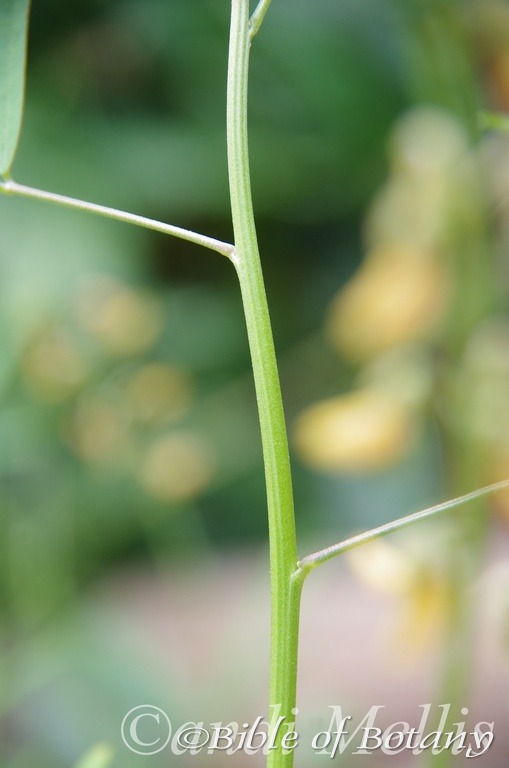
Author’s Garden The Pinnacles NSW
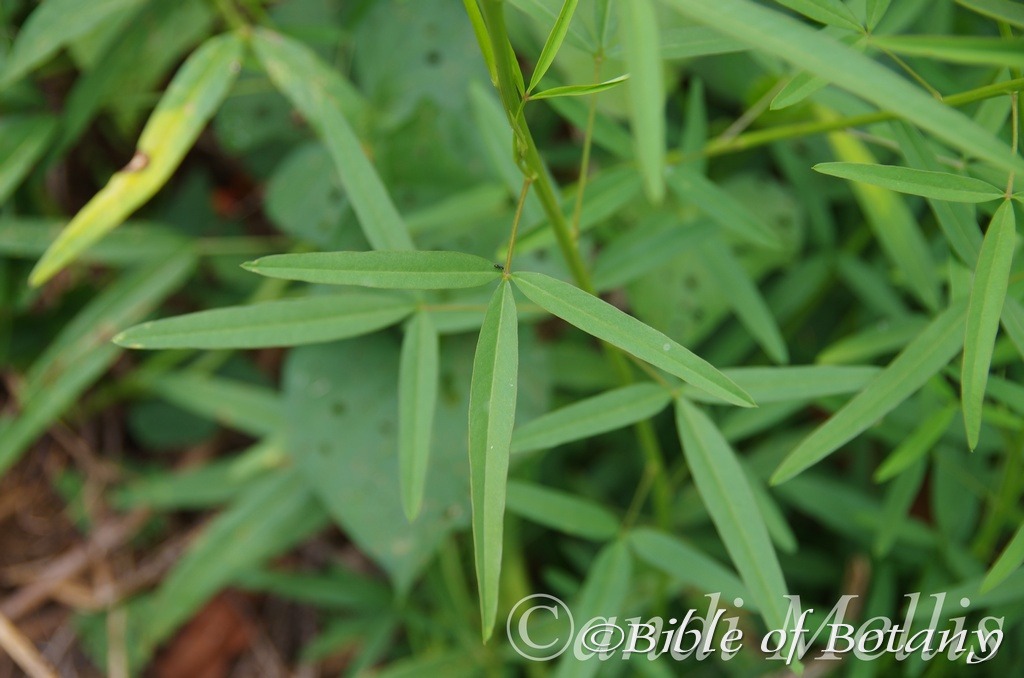
Author’s Garden The Pinnacles NSW
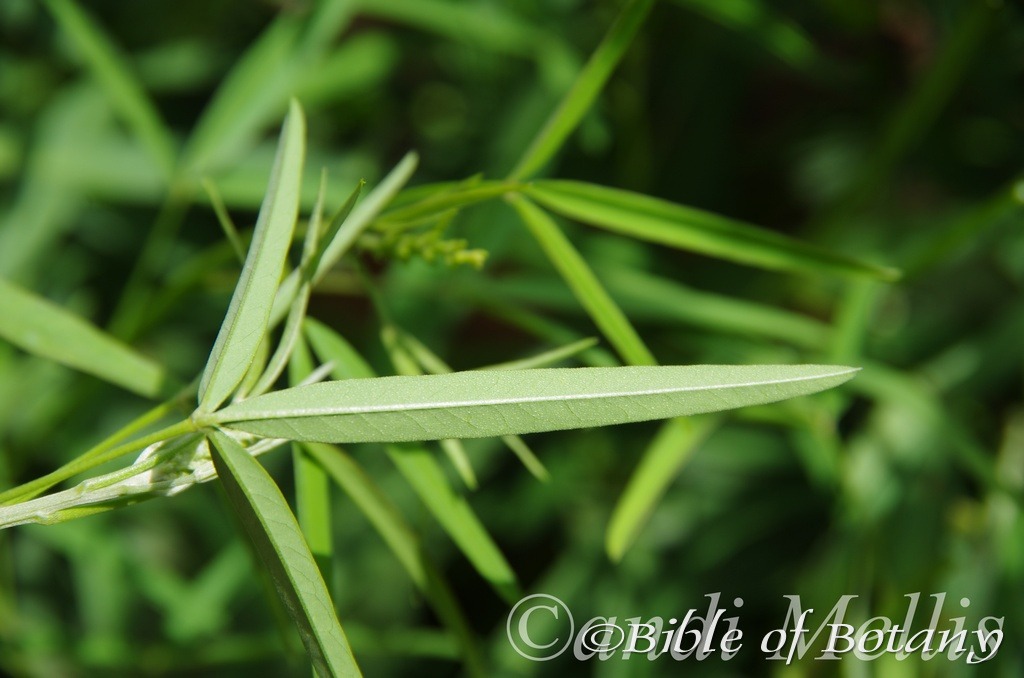
Author’s Garden The Pinnacles NSW
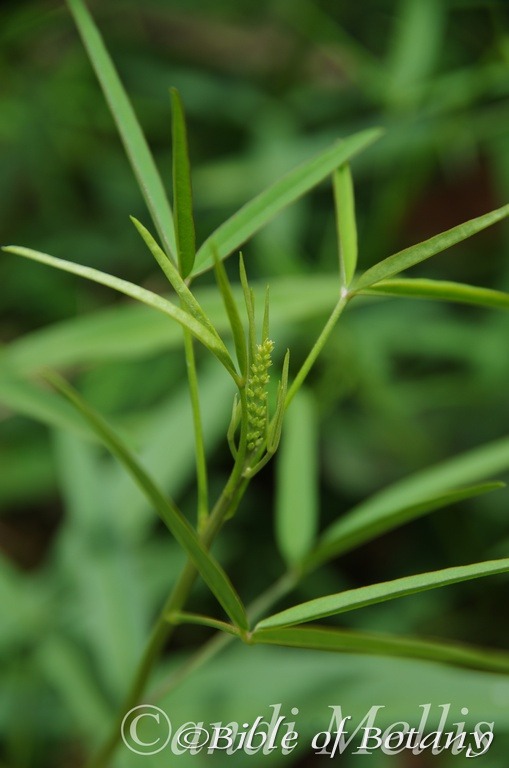
Author’s Garden The Pinnacles NSW
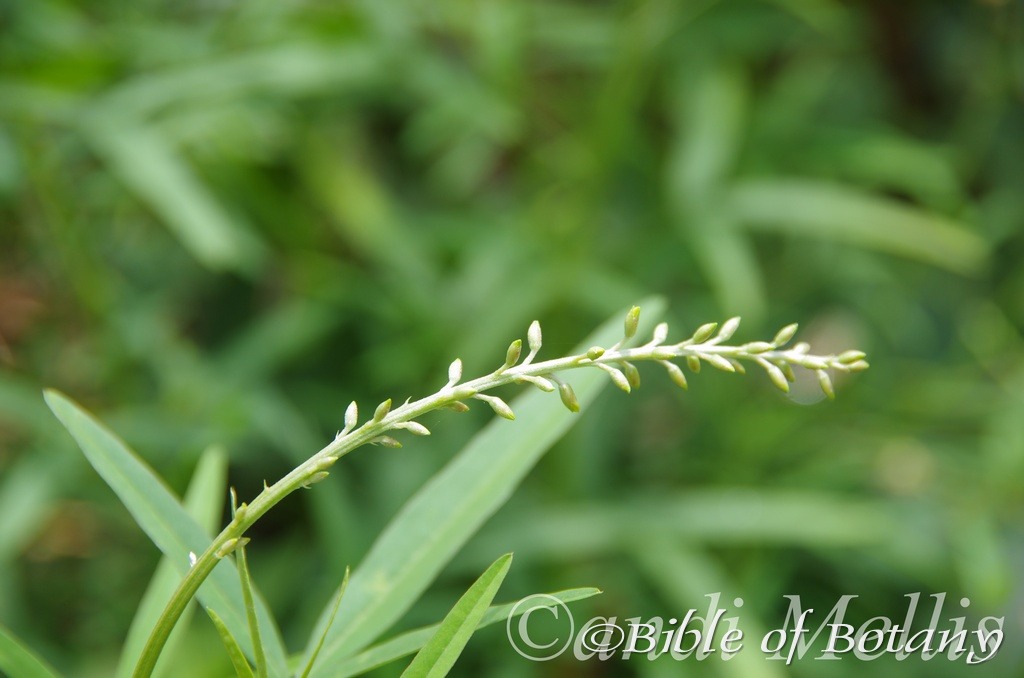
Author’s Garden The Pinnacles NSW
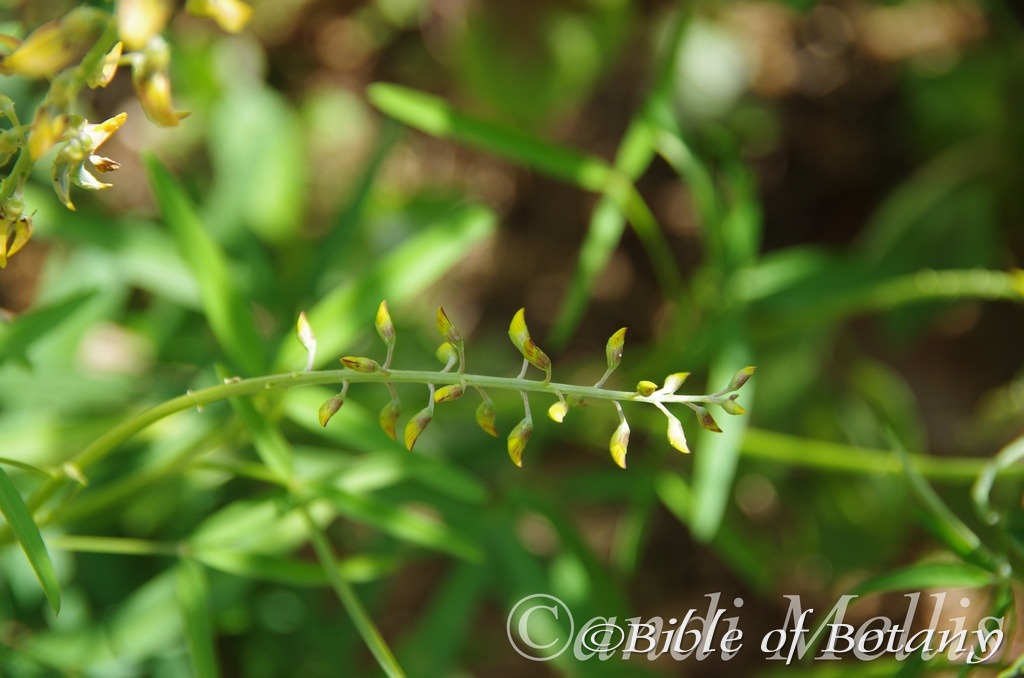
Author’s Garden The Pinnacles NSW
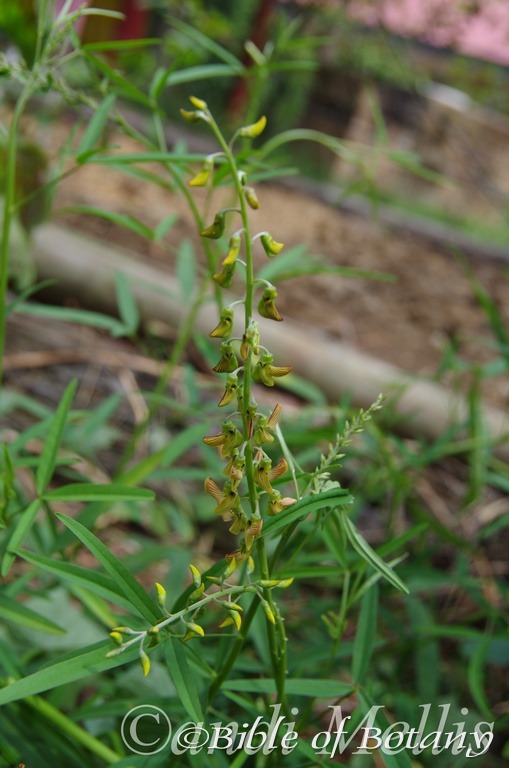
Author’s Garden The Pinnacles NSW
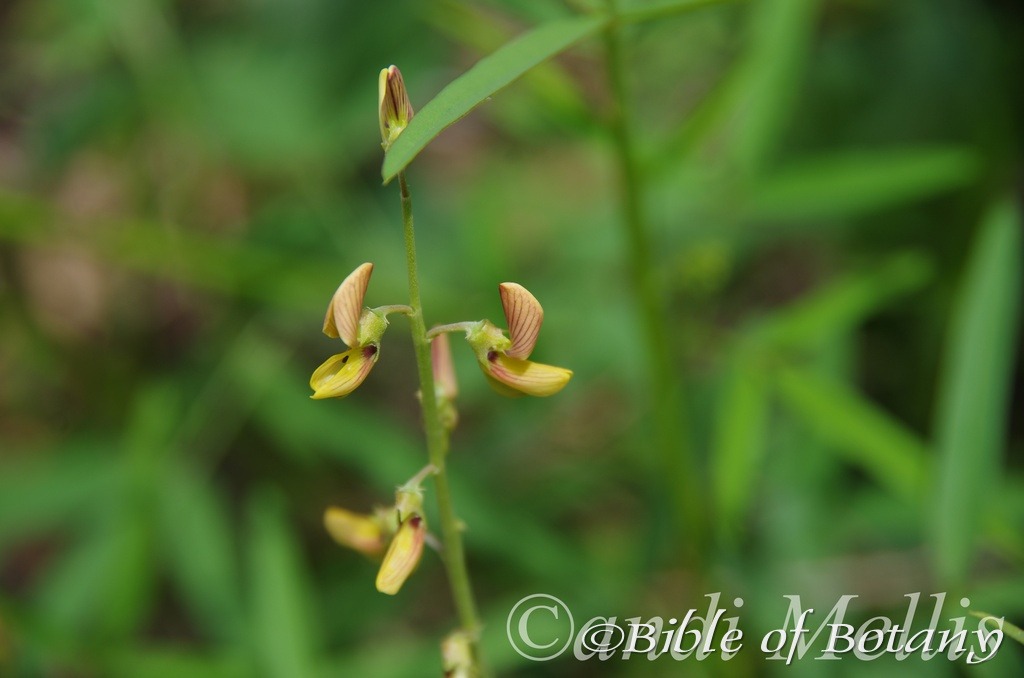
Author’s Garden The Pinnacles NSW
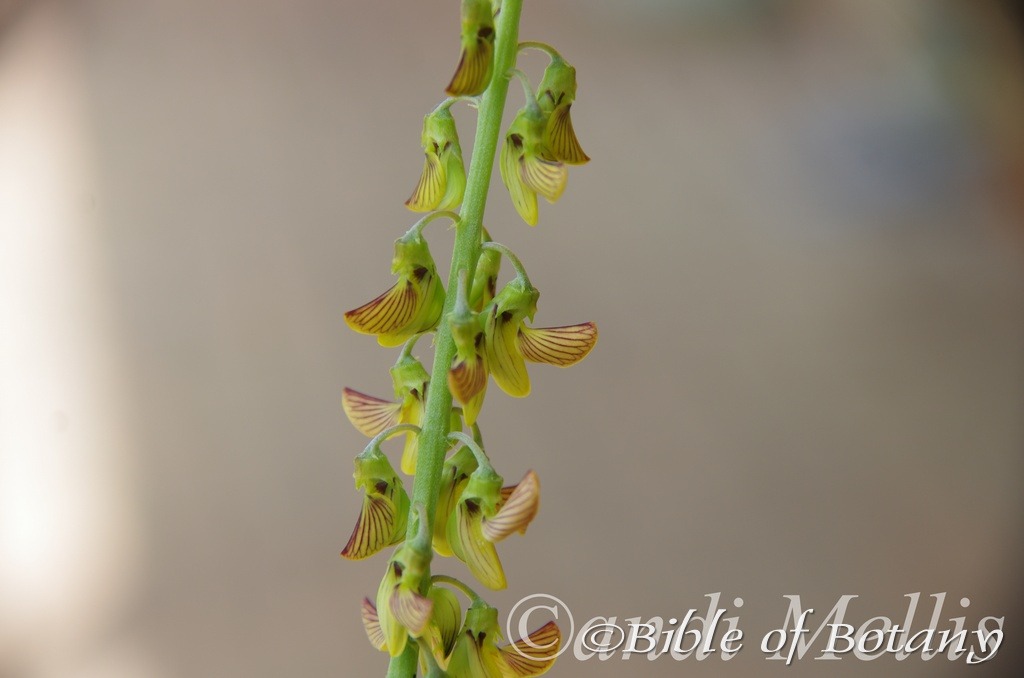
Author’s Garden The Pinnacles NSW
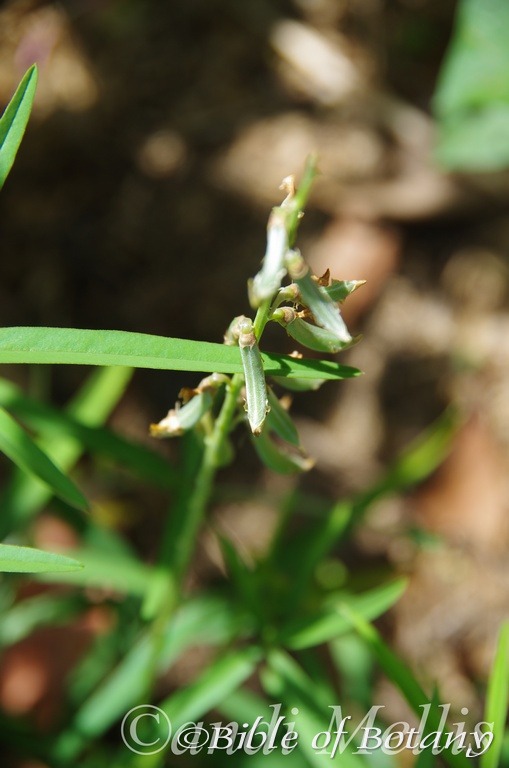
Author’s Garden The Pinnacles NSW
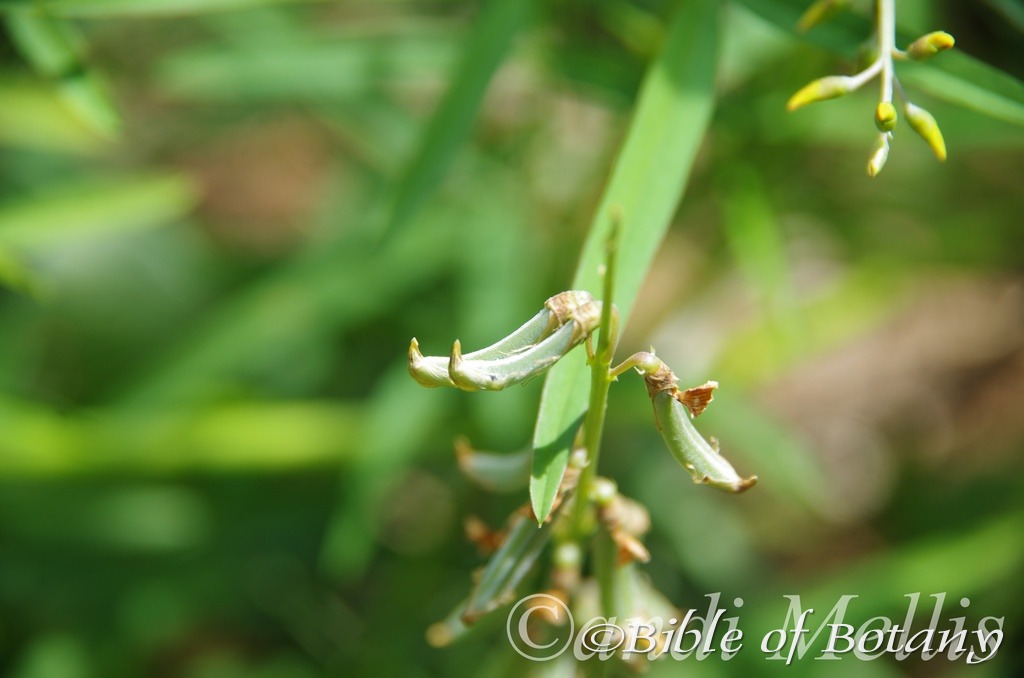
Author’s Garden The Pinnacles NSW
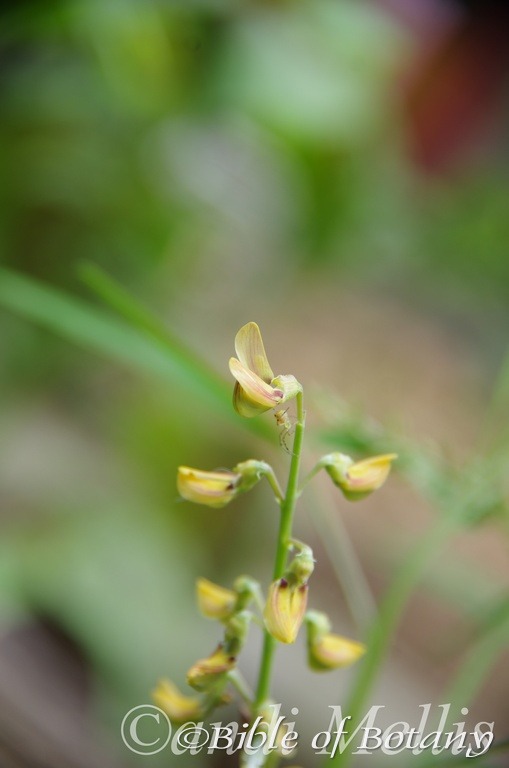
Author’s Garden The Pinnacles NSW
Crotalaria lanceolata
Classification:
Unranked: Eudicots
Unranked: Rosids
Order: Fabales
Family: Fabalaceae
Subfamily: Faboideae
Genus: From Krotalon, which is Ancient Greek for a rattle or to rattle. It refers to the seeds within the pods; of most species, breaking away from their aril when ripe and prior to the dehiscing of the pods. This allows the seeds to make the rattling sound when shaken.
Specie: From Lanceolata, which is Latin for a lance or to be armed with a lance. It refers to structures or organs, which resemble a lance.
Variety:
Common Name: Rattle Pod.
Distribution:
Crotalaria lanceolata is found across the northern third of Australia.
https://avh.ala.org.au/occurrences/search?taxa=Crotalaria+lanceolata#tab_mapView
Habitat Aspect Climate:
Crotalaria lanceolata prefers full sun to dappled shade. It grows on hill sides, open woodlands, open Eucalyptus forests, at the edge of cliffs and ridges in higher rainfall areas while arid areas it is restricted to riparian zones, drainage lines and gullies. The altitude ranges from 5 meters to 760 meters ASL.
The temperatures range from 1 degrees in July to 45 degrees in January.
The rainfall ranges from lows of 600mm to an average of 3200mm annually.
Soil Requirements:
Crotalaria lanceolata prefers light clays to heavy clays. The soils are derived from decomposed sandstones, siltstone, shales, basalts and laterite loams. The soils pH ranges from 5pH to 7pH are preferred. Non saline soils to moderately saline soils are tolerated.
Height & Spread:
Wild Plants: 0.3m to 1m by 0.3m to 0.5m.
Characteristics:
Crotalaria lanceolata is an erect annual with the stems sparsely covered in white, pubescent hairs.
The trifoliolate, leaflets are linear to lanceolate or at times narrow elliptic and measure 30mm to 40mm in length by 3mm to 10mm in width. The concolourous leaflets are blueish-green and glabrous on the upper lamina, while the lower lamina is sparsely to moderately covered in short white, pubescent hairs. The petiole is sparsely to moderately covered in short white, pubescent hairs and measures 15mm to 30mm in length, while the lateral leaflets are sub sessile and the apical leaflet’s petiolule measures 3mm to 6mm in length.
The inflorescenses are born on racemes, which measure 80mm to 300mm in length. The pedicels is sparsely covered in short white, pubescent hairs and measure 4mm to 6mm in length. The calyx is sparsely to moderately covered in short white, pubescent hairs and measure 3mm to 4mm in length. The glabrous, yellow with purplish brown vein corolla has a dark patch near base and measures 6mm to 9mm in length. The wings are usually longer than keel, which is shallowly incurved near middle with a short beak to 4mm or 5mm in length.
The 20mm to 35mm long, linear pod is sparsely covered in white, pubescent hairs and turns black at maturity. The pale yellow to pale reddish-orange seeds measure 2mm to 3mm in length.
Wildlife:
Crotalaria lanceolata’s wildlife is unknown to the author.
The primary source of toxicity for many Crotalaria species is due to the presence of pyrrolizidine alkaloids. These poisons are toxic to birds and large mammals. Crotalaria retusa seeds are amongst the most toxic of Crotalaria species. It is estimated that 3% of the world’s flowering plants contain pyrrolizidine alkaloids which is a natural defence mechanism against herbivorous insects. The alkaloids are hepatotoxic in that they damage the liver and causes liver cancer. Pyrrolizidine alkaloids in honey, contaminated grains, milk, offal and eggs can contain pyrrolizidine alkaloids.
Cultivation:
Crotalaria lanceolata is not a native plant but slipped passed my guard in the field.
Propagation:
Seeds:
Crotalaria lanceolata require treatment before sowing. Pre-treat by placing the seeds into a glass of hot water. Allow the water to cool and leave to soak for 4 hours. Sow into a seed raising mix. Place the trays in 30mm shade where it is warm. When the seedlings are 25mm to 50mm tall, prick them out and plant them into 50mm native tubes using a seed raising mix.
Once the seedlings reach 200mm to 250mm in height plant them out into their permanent position.
Mass plantings can be achieved by planting them at 600mm to 700mm centers for a dense bush scene or further apart for the desert or arid scene.
Fertilize using Seaweed, fish emulsion or organic chicken pellets soaked in water on an alternate basis. Fertilize for two months or until the plants begin to flower to maintain health, vitality and better flowering.
Further Comments from Readers:
Hi reader, it seems you use The Bible of Botany a lot. That’s great as we have great pleasure in bringing it to you! It’s a little awkward for us to ask, but our first aim is to purchase land approximately 1,600 hectares to link several parcels of N.P. into one at The Pinnacles NSW Australia, but we need your help. We’re not salespeople. We’re amateur botanists who have dedicated over 30 years to saving the environment in a practical way. We depend on donations to reach our goal. If you donate just $5, the price of your coffee this Sunday, We can help to keep the planet alive in a real way and continue to bring you regular updates and features on Australian plants all in one Botanical Bible. Any support is greatly appreciated. Thank you.
In the spirit of reconciliation we acknowledge the Bundjalung, Gumbaynggirr and Yaegl and all aboriginal nations throughout Australia and their connections to land, sea and community. We pay our respect to their Elders past, present and future for the pleasures we have gained.
Crotalaria medicaginea
Classification:
Unranked: Eudicots
Unranked: Rosids
Order: Fabales
Family: Fabalaceae
Subfamily: Faboideae
Genus: From Krotalon, which is Ancient Greek for a rattle or to rattle. It refers to the seeds within the pods; of most species, breaking away from their aril when ripe and prior to the dehiscing of the pods. This allows the seeds to make the rattling sound when shaken.
Specie: From Medika, which is Ancient Greek for a grass or later Medica which is Latin for a clover. It refers to plants, which grow amongst grasses and somewhat resemble clover.
Variety: Crotalaria medicaginea var. linearis. From Linearis, which is Latin for straight lines. It refers to leaves, which are narrow where the veins appear as straight lines or have uniformly coloured lines.
Variety: Crotalaria medicaginea var. medicaginea. From Medika, which is Ancient Greek for a grass or later Medica which is Latin for a clover. It refers to plants, which grow amongst grasses and somewhat resemble clover.
Variety: Crotalaria medicaginea var. neglecta. From Linearis, which is Latin for straight lines. It refers to leaves, which are narrow where the veins appear as straight lines or have uniformly coloured lines.
Common Name: Trefoil Rattle Pod.
Distribution:
Crotalaria medicaginea var. linearis is widespread in the northern third of Queensland not including the upper two thirds of Cape York Peninsula.
Crotalaria medicaginea var. medicaginea is widespread in the eastern third of Queensland, the top end of the Northern Territory and the far north west corner on Western Australia.
Crotalaria medicaginea var. neglecta. is widespread in the northern half of Australia.
https://avh.ala.org.au/occurrences/search?taxa=Crotalaria+medicaginea#tab_mapView
Habitat Aspect Climate:
Crotalaria medicaginea prefers full sun to dappled shade. It grows on hill sides, open woodlands, open Eucalyptus forests, at the edge of cliffs and ridges in higher rainfall areas while arid areas it is restricted to riparian zones, drainage lines and gullies. The altitude ranges from 5 meters ASL. to 760 meters ASL.
The temperatures range from 1 degrees in July to 45 degrees in January.
The rainfall ranges from lows of 100mm to an average of 3200mm annually.
Soil Requirements:
Crotalaria medicaginea prefers light clays to heavy clays. The soils are derived from decomposed sandstones, siltstone, shales, basalts and laterite loams. The soils pH ranges from 5pH to 7pH are preferred. Non saline soils to moderately saline soils are tolerated.
Height & Spread:
Wild Plants: 0.3m to 1m by 0.4m to 1m.
Characteristics:
Crotalaria medicaginea are ascending, decumbent or subshrubs. The older stems are rusty-brown while the new growth is pale blue-green. The stems are covered in white appressed pulverulent hairs. The juvenile growth is similar to the mature stems.
Crotalaria medicaginea’s trifoliate leaflets are linear to obovate measure 5mm to 36mm in length by 1mm to 10mm in width. The usually symmetrical or rarely slightly asymmetrical bases are cuneate to cuneate-rounded while the apexes are emarginate. The concolourous laminas are pale blue-green to mid blue-green, dull, glabrous and stippled on the upper laminas while the lower laminas are covered in white pulverulent hairs. The laminas are flat to strongly recurve upwards from the mid vein to the margins. The margins are entire and at times recurve upwards near the margin. The mid vein is prominent on the lower lamina and is distinctly visible from the upper lamina. The margins curve upwards from the mid vein. The linear stipules are at the base of the petiole which is clasping the stem and measure 15mm to 2mm in length. The petioles and petiolules are sparsely moderately covered in white pubescent hairs. The petioles measure 4mm to 15mm in length while the petiolules measure 2mm to 4mm in length.
The inflorescence of Crotalaria medicaginea are born on erect, terminal rachises. The rachis and pedicels are covered in white appressed pulverulent hairs. The 4 to 25 flowers are crowded along the rachis. The rachises measure 30mm to 170mm in length while the pedicels measure 3mm to 6mm in length. The calyx and calyx lobes are covered in white pulverulent hairs. The calyxes measure 4mm to 6mm in length. The yellow standards often have red striated veins and measure 4mm to 12mm in length by 4.5mm to 14mm in width. The yellow wings measure 4mm to 8mm in length by 3mm to 4.8mm in height. The yellow keels have a rostrate and are tightly twisted at the apex. The keels measure 3.5mm to 10mm in length by 3.5mm to 5.5mm in height. The flowers appear from late February to early June in favourable seasons.
Crotalaria medicaginea’s fruits are ovoidal to globose pods. The pods have a longitudinal furrow on the lower side and measure 3mm to 5mm in length by 3mm to 5mm in diameter. The deep glossy brown to green-brown seeds break free of the funicle prior to the pod splitting open thus the common and Greek name of rattle pod. The green pods turn brown-grey when ripe and are covered in white appressed pulverulent hairs. The inner surface and seeds are coated in oil. The flat, ovoidal seeds measure 2mm to 2.5mm in length.
Wildlife: Crotalaria medicaginea‘s wildlife is unknown to the author.
The primary source of toxicity for many Crotalaria species is due to the presence of pyrrolizidine alkaloids. These poisons are toxic to birds and large mammals. Crotalaria retusa seeds are amongst the most toxic of Crotalaria species. It is estimated that 3% of the world’s flowering plants contain pyrrolizidine alkaloids which is a natural defence mechanism against herbivorous insects. The alkaloids are hepatotoxic in that they damage the liver and causes liver cancer. Pyrrolizidine alkaloids in honey, contaminated grains, milk, offal and eggs can contain pyrrolizidine alkaloids.
Cultivation:
Crotalaria medicaginea is a beautiful, unusual perennial that is yet to find its way into cultivation in a serious way. It would suit gardens small to large in subtropical, tropical and arid areas. It is ideal in small or large rockeries, conventional garden beds or native gardens. It mixes well with English style gardens. Mass plantings or mixed with other native annuals especially flowers that are white or pale or deep yellows.
Small numbers planted in courtyards and around pools will give an unusual talking point when it is in flower during November. Even when planted around pools or confined areas plant some to the front and others towards the rear. This gives depth and a more flowing line of interest rather than the straight line that has become so mundane and popular. Straight lines are not natural in nature or to the eyes movement.
Crotalaria medicaginea still needs to prove itself outside the tropics. I would suspect that they could be grown in any frost free area from the tropics to warm temperate areas. In cultivation it grows from 0.4 meters to 0.8 meters in height by 0.3 meters to 0.8 meters in diameter when grown in the open. It is best to tip prune the plants in the early days to ensure a smaller bushier shrub.
It is best used adjacent to small areas of bush close to paths or the house so their flowers can be used to break the green between the two peak flowering periods of summer and winter. It looks better when planted in small groups of 2 to 5 rather than standalone plants when creating a genuine bush garden. Scattered single plants will help create a harsher more barren look especially when planted with plants with dusky blue or blue-green foliage. If it is surrounded by shorter plants with fine foliage and lilac or pink flowers they will dominate at the center giving an expansive look to the bed especially when it is in flower. This is one plant that benefits highly from being mass planted. It is best treated as an annual and replace them at least biannually.
Propagation:
Seeds: Crotalaria medicaginea require treatment before sowing. Pre-treat by placing the seeds into a glass of hot water. Allow the water to cool and leave to soak for 4 hours. Sow into a seed raising mix. Place the trays in 30mm shade where it is warm. When the seedlings are 25mm to 50mm tall, prick them out and plant them into 50mm native tubes using a seed raising mix.
Once the seedlings reach 200mm to 250mm in height plant them out into their permanent position.
Mass plantings can be achieved by planting them at 600mm to 700mm centers for a dense bush scene or further apart for the desert or arid scene.
Fertilize using Seaweed, fish emulsion or organic chicken pellets soaked in water on an alternate basis. Fertilize for two months or until the plants begin to flower to maintain health, vitality and better flowering.
Further Comments from Readers:
Hi reader, it seems you use The Bible of Botany a lot. That’s great as we have great pleasure in bringing it to you! It’s a little awkward for us to ask, but our first aim is to purchase land approximately 1,600 hectares to link several parcels of N.P. into one at The Pinnacles NSW Australia, but we need your help. We’re not salespeople. We’re amateur botanists who have dedicated over 30 years to saving the environment in a practical way. We depend on donations to reach our goal. If you donate just $5, the price of your coffee this Sunday, We can help to keep the planet alive in a real way and continue to bring you regular updates and features on Australian plants all in one Botanical Bible. Any support is greatly appreciated. Thank you.
In the spirit of reconciliation we acknowledge the Bundjalung, Gumbaynggirr and Yaegl and all aboriginal nations throughout Australia and their connections to land, sea and community. We pay our respect to their Elders past, present and future for the pleasures we have gained.
Crotalaria mitchellii
Classification:
Unranked: Eudicots
Unranked: Rosids
Order: Fabales
Family: Fabalaceae
Subfamily: Faboideae
Genus: From Krotalon, which is Ancient Greek for a rattle or to rattle. It refers to the seeds within the pods; of most species, breaking away from their aril when ripe and prior to the dehiscing of the pods. This allows the seeds to make the rattling sound when shaken.
Specie: Is probably named in honour of Sir Thomas Livingstone Mitchell; 1792-1855, who was a Scottish born Australian explorer and surveyor.
Sub specie: Crotalaria mitchellii subsp. laevis. From Elaphrós/Elakhús, which is Ancient Greek or Levis, which is Latin for swift, light weight, slick or smooth. It refers to structures or organs, which are very smooth or slick.
Sub specie: Crotalaria mitchellii subsp. mitchelli. Is probably named in honour of Sir Thomas Livingstone Mitchell; 1792-1855, who was a Scottish born Australian explorer and surveyor.
Common Name: Yellow Rattle Pod.
Distribution:
Crotalaria mitchellii subsp. laevis is found south from Charters Towers in far North Queensland to the Hunter River and Wellington in central New South Wales. It is found from the western plains, on and east of the Great Dividing Range to the coast.
Crotalaria mitchellii subsp. mitchelli is found south from Cairns in far North Queensland to the Great Lakes in central New South Wales. It is found from the western plains, on and east of the Great Dividing Range to the coast.
https://avh.ala.org.au/occurrences/search?taxa=Crotalaria+mitchelii#tab_mapView
Habitat Aspect Climate:
Crotalaria mitchellii prefers full sun to light dappled shade. It grows along creeks, streams and river banks at the edge cliffs or along ridge tops. The altitude ranges from 5 meters ASL. to 950 meters ASL.
The temperatures range from minus 2 degrees in July to 40 degrees in January.
The rainfall ranges from lows of 400mm to an average of 2800mm annually.
Soil Requirements:
Crotalaria mitchellii grow in a wide range of sands to light gritty clays. Crotalaria mitchellii subsp. laevis prefer soils that are usually derived from decomposed sandstones and granites. The soils pH ranges from 5pH to 7pH are preferred. Non saline soils to very saline soils are tolerated.
Crotalaria mitchellii subsp. mitchellii prefer soils derived from decomposed sandstone, accumulated sands or coral sands.
Height & Spread:
Wild Plants:
Crotalaria mitchellii subsp. mitchelli 0.5m to 1m by 0.5m to 1m
Crotalaria mitchellii subsp. laevis 0.4m to 0.6m by 0.4m to 0.6m.
Characteristics:
Crotalaria mitchellii subsp. mitchellii is a subshrub with erect stems. The stems are mid green and are sparsely covered in white pulverulent hairs or rarely glabrous.
Crotalaria mitchellii subsp. laevis is a subshrub with erect stems. The stems are mid green and glabrous to covered in white pulverulent hairs.
Crotalaria mitchellii subsp. mitchellii’s alternate elliptical leaves measure 40mm to 85mm in length by 20mm to 40mm in width. The concolourous laminas are mid green to deep green and glabrous while the lower laminas are densely covered in white tomentose hairs.
Crotalaria mitchellii subsp. laevis’s narrow elliptical leaves measure 40mm to 85mm in length by 10mm to 20mm in width. The concolourous laminas are mid green to deep green, glabrous to sparsely covered in white glandular hairs while the lower laminas are sparsely to moderately covered in white pulverulent hairs.
The bases are cuneate while the apex is acute to acute-obtuse. The laminas recurve upwards from the mid vein to the margins. The margins are entire. The mid vein and lateral veins are prominent below and are distinctly visible on the upper laminas. The margins are entire. The lanceolate stipules are at the base of the petiole. The stipules measure 1.5mm to 5mm in length. The petioles are glabrous to sparsely covered in white pulverulent hairs and measure 3mm to 5mm in length.
The inflorescence of Crotalaria mitchellii are born on erect, terminal rachises. The rachis and pedicels are covered in white appressed pulverulent hairs.
Crotalaria mitchellii subsp. mitchellii has more than 40 individual flowers crowded along the rachis. The calyx and calyx lobes are covered in white tomentose hairs.
Crotalaria mitchellii subsp. laevis has fewer than 30 individual flowers disjunct placed along the rachises. The calyx and calyx lobes are covered in white pulverulent hairs.
The rachises measure 80mm to 200mm in length while the pedicels measure 1mm to 3mm in length. The calyxes measure 2mm to 6mm in length. The yellow standards have striated veins and measure 9mm to 12mm in length by 4.5mm to 14mm in width. The yellow wings measure 4mm to 8mm in length by 3mm to 4.8mm in height. The yellow keels have a rostrate and are tightly twisted at the apex. The keels measure 6mm to 9mm in length by 4mm to 6mm in height. The flowers appear from late February to early June in favourable seasons.
Crotalaria mitchellii’s fruits are ovoidal to globose pods. The pods have a longitudinal furrow on the lower side and measure 20mm to 30mm in length by 8mm to 12mm in diameter. The deep glossy green-grey seeds break free of the funicle prior to the pod splitting open thus the common and Greek name of rattle pod. The glabrous, green pods turn brown-grey when ripe. The flat, ovoidal seeds measure 4mm to 5mm in length by 3.5mm to 4.5mm in diameter.
Wildlife:
Crotalaria mitchellii‘s wildlife is unknown to the author.
The primary source of toxicity for many Crotalaria species is due to the presence of pyrrolizidine alkaloids. These poisons are toxic to birds and large mammals. Crotalaria retusa seeds are amongst the most toxic of Crotalaria species. It is estimated that 3% of the world’s flowering plants contain pyrrolizidine alkaloids which is a natural defence mechanism against herbivorous insects. The alkaloids are hepatotoxic in that they damage the liver and causes liver cancer. Pyrrolizidine alkaloids in honey, contaminated grains, milk, offal and eggs can contain pyrrolizidine alkaloids.
Cultivation:
Crotalaria mitchellii is a beautiful unusual annual that is yet to find its way into cultivation in a serious way. It would suit large or small gardens in sub-tropical, tropical, arid or coastal areas. It is ideal in small or large rockeries, conventional garden beds or native gardens. They mix well with English style gardens making a stand out display when mixed with other native or exotic annuals. The best colours to surround them would be flowers that are white to pink.
Crotalaria mitchellii still needs to be proven outside the tropics but I would suspect that it could be grown in any frost free area from the monsoonal tropics to temperate areas in the south. In cultivation it grow from 0.4 meters to 0.8 meters in height by 0.4 meters to 0.8 meters in diameter when grown in the open.
It is best used adjacent to small areas of bush close to paths or the house so their flowers can be used to break the green between the two peak flowering periods of winter spring and autumn. Here it can be planted in small groups of 2 or 3 or as a standalone plant to create a genuine bush garden or scattered to create a harsh barren look with other arid plants. If it is surrounded by shorter plants with fine foliage and cream to pink flowers it will dominate at the center giving an expansive look to the bed especially when it is in flower. Reds and deep blue flowers will give a strong contrast of boldness where neither plant gains ascendancy. This is one plant that benefits highly from being mass planted or planted in scattered clumps. There small size enables this to be achieved even in small and medium size gardens.
Propagation:
Seeds: Crotalaria mitchellii require treatment before sowing. Pre-treat by placing the seeds into a glass of hot water. Allow the water to cool and leave to soak for 4 hours. Sow into a seed raising mix. When the seedlings are 25mm to 50mm tall, prick them out and plant them into 50mm native tubes using a seed raising mix.
Once the seedlings reach 200mm to 250mm in height plant them out into their permanent position.
Mass plantings can be achieved by planting them at 300mm to 400mm centers.
Fertilize using Seaweed, fish emulsion or organic chicken pellets soaked in water on an alternate basis. Fertilize for two months or until the plants begin to flower to maintain health, vitality and better flowering.
Further Comments from Readers:
Hi reader, it seems you use The Bible of Botany a lot. That’s great as we have great pleasure in bringing it to you! It’s a little awkward for us to ask, but our first aim is to purchase land approximately 1,600 hectares to link several parcels of N.P. into one at The Pinnacles NSW Australia, but we need your help. We’re not salespeople. We’re amateur botanists who have dedicated over 30 years to saving the environment in a practical way. We depend on donations to reach our goal. If you donate just $5, the price of your coffee this Sunday, We can help to keep the planet alive in a real way and continue to bring you regular updates and features on Australian plants all in one Botanical Bible. Any support is greatly appreciated. Thank you.
In the spirit of reconciliation we acknowledge the Bundjalung, Gumbaynggirr and Yaegl and all aboriginal nations throughout Australia and their connections to land, sea and community. We pay our respect to their Elders past, present and future for the pleasures we have gained.
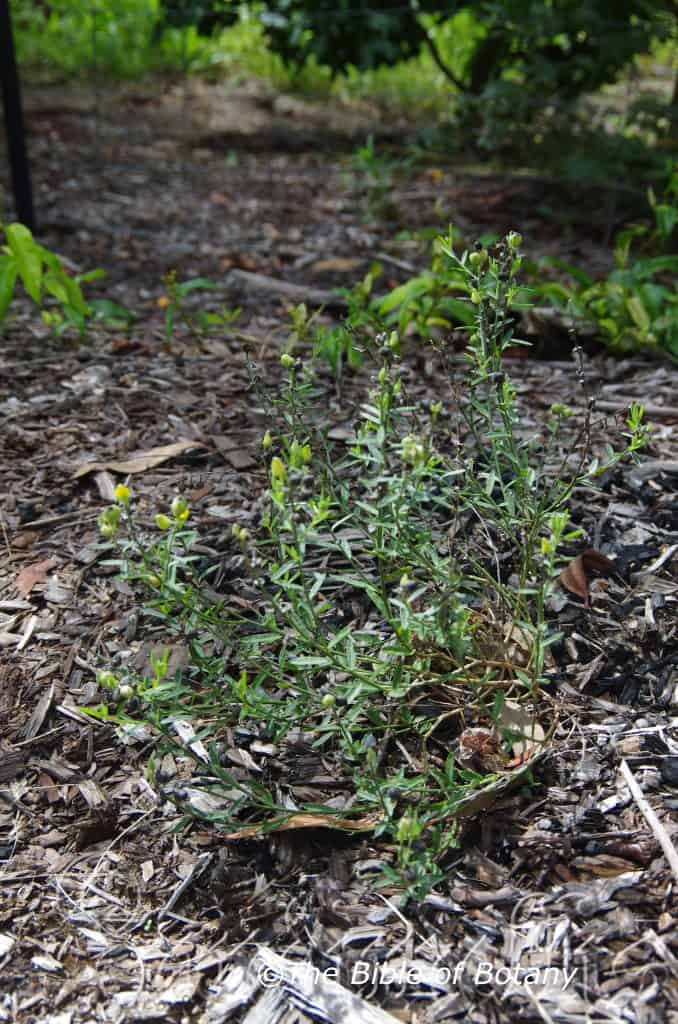
Author’s Garden The Pinnacles NSW
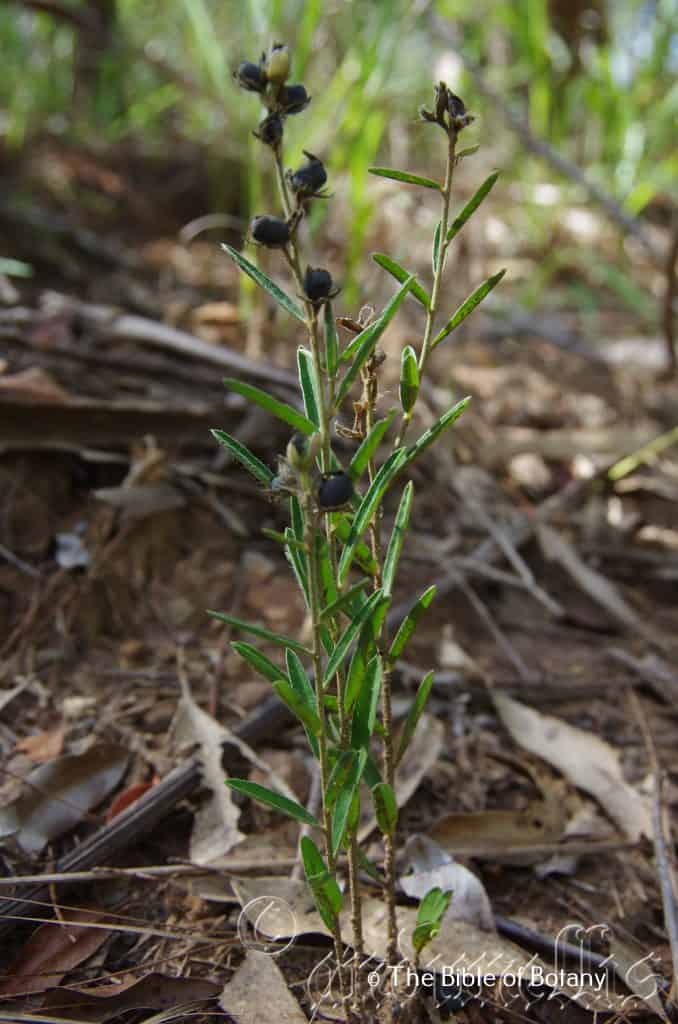
Author’s Garden The Pinnacles NSW
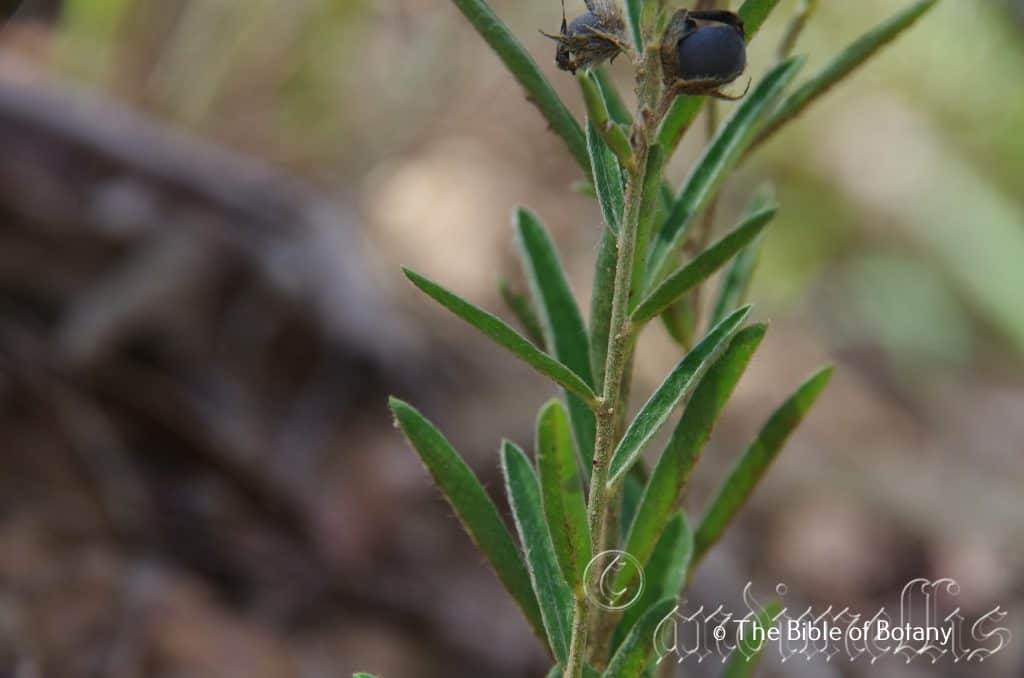
Author’s Garden The Pinnacles NSW
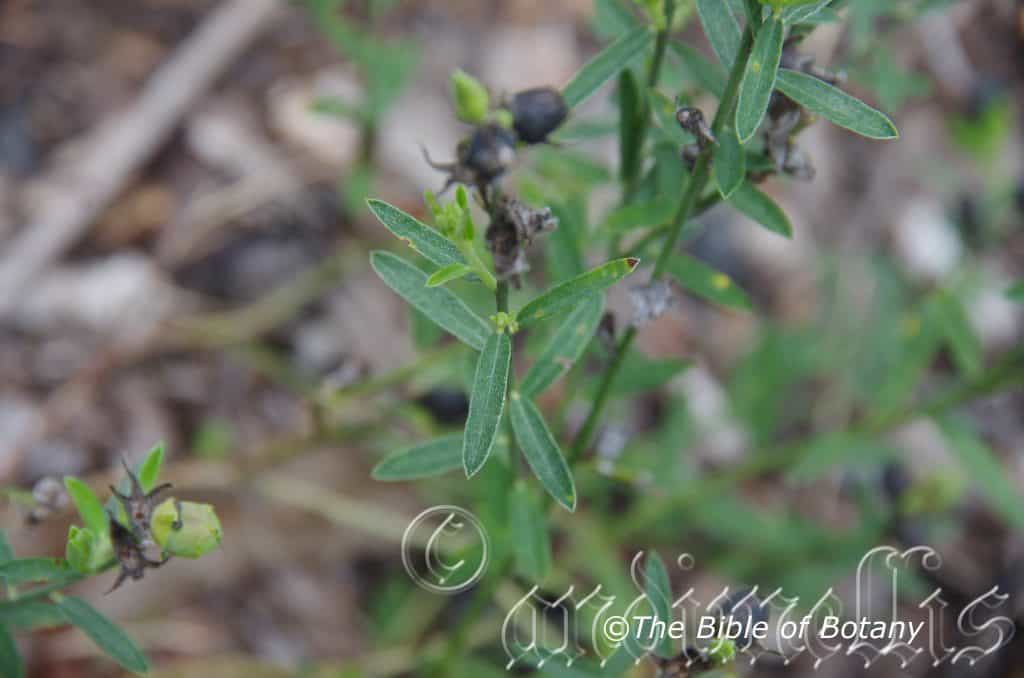
Author’s Garden The Pinnacles NSW
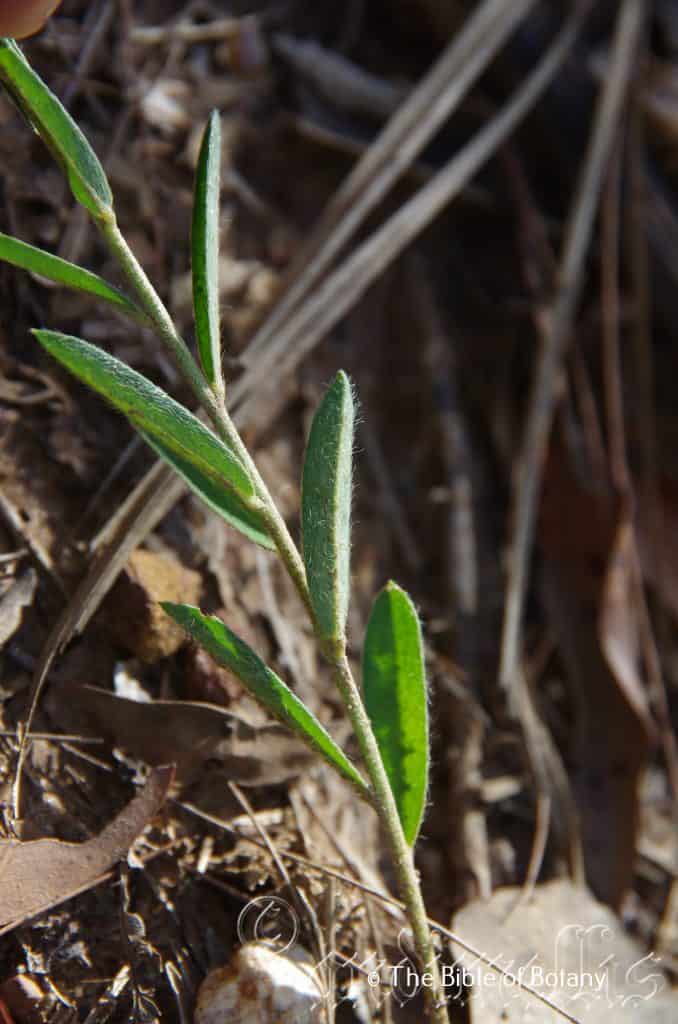
Author’s Garden The Pinnacles NSW
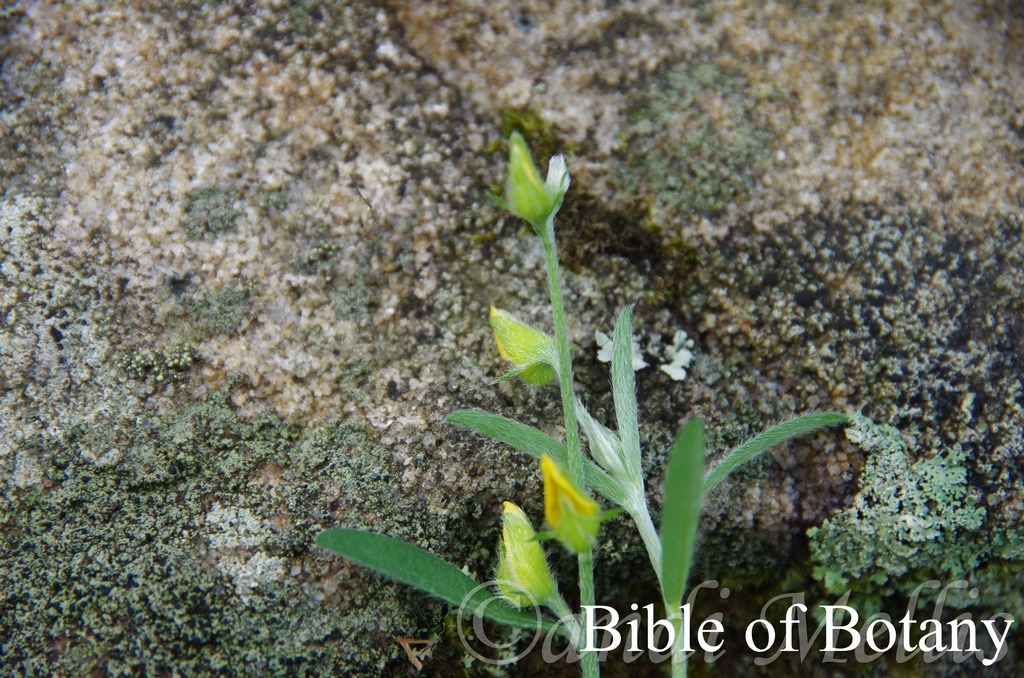
Wombat Creek Conservation Park NSW
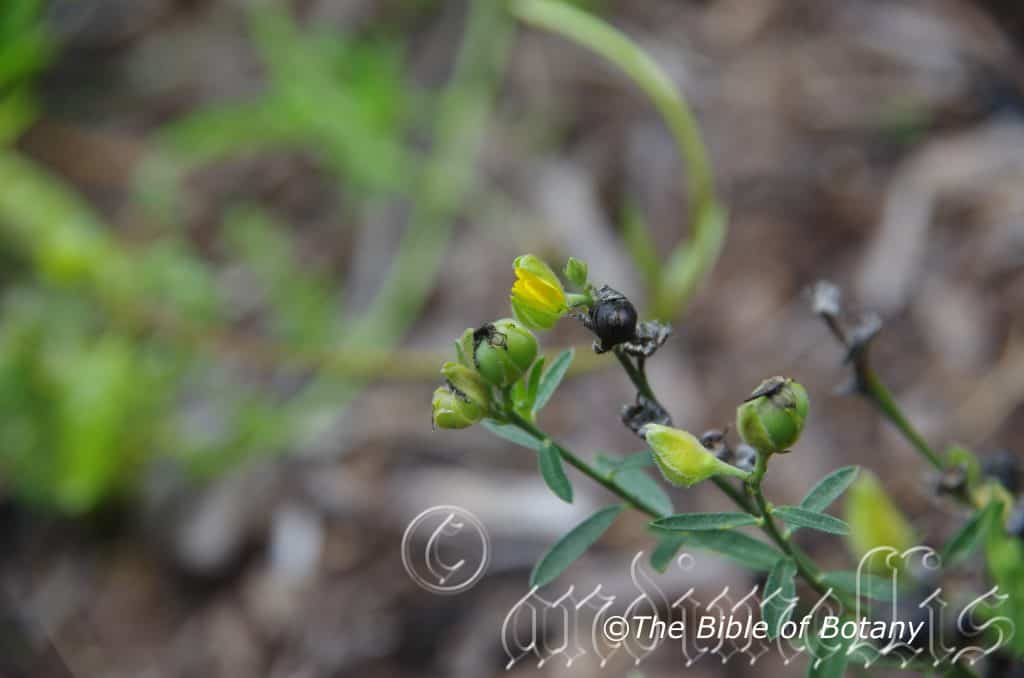
Tucabia NSW

Wombat Creek Conservation Park NSW
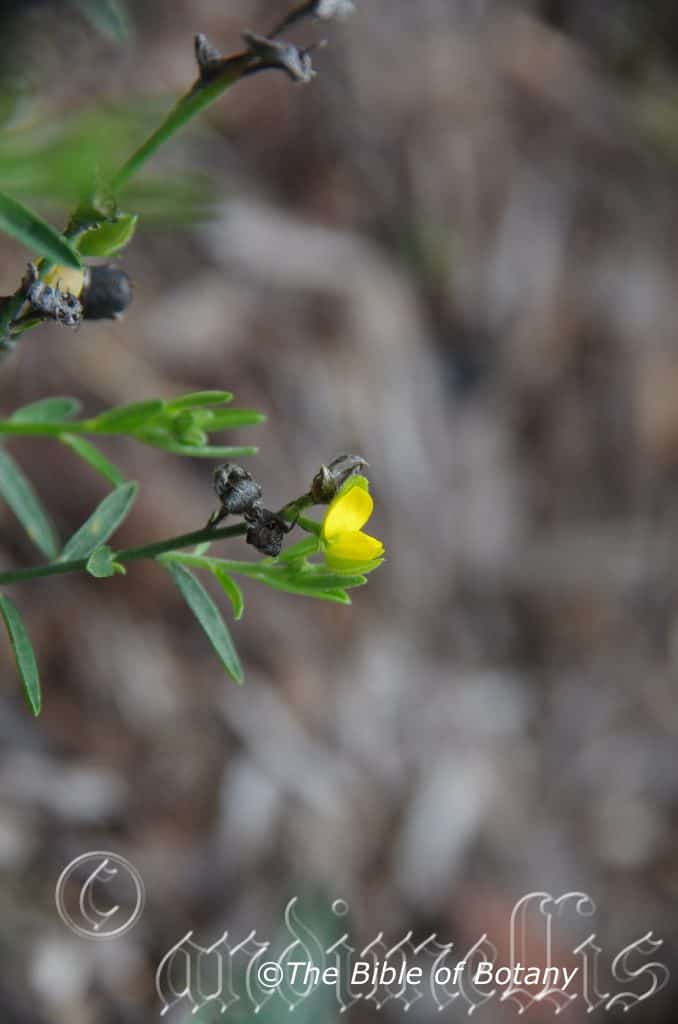
Author’s Garden The Pinnacles NSW

Wombat Creek Conservation Park NSW
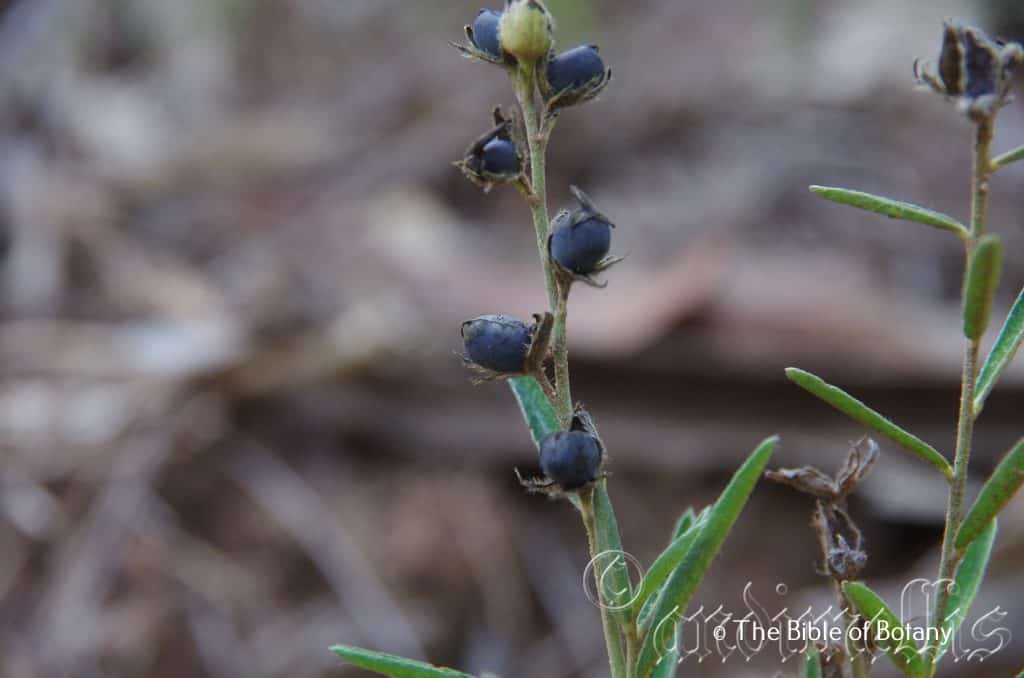
Tucabia NSW
Crotalaria montana
Classification:
Unranked: Eudicots
Unranked: Rosids
Order: Fabales
Family: Fabalaceae
Subfamily: Faboideae
Genus: From Krotalon, which is Ancient Greek for a rattle or to rattle. It refers to the seeds within the pods; of most species, breaking away from their aril when ripe and prior to the dehiscing of the pods. This allows the seeds to make the rattling sound when shaken.
Specie: From Montana, which is Latinized from the Spanish word for a mountain. It refers to plants, which have mountainous habitats.
Sub specie: Crotalaria montana subsp. angustifolia From Montana, which is Latinized from the Spanish word for a mountain. It refers to plants, which have mountainous habitats.
Specie: Crotalaria montana subsp. exserta From Montana, which is Latinized from the Spanish word for a mountain. It refers to plants, which have mountainous habitats.
Sub specie: Crotalaria montana subsp. montana From Montana, which is Latinized from the Spanish word for a mountain. It refers to plants, which have mountainous habitats.
Common Name: Blue Rattle Pod.
Distribution:
Crotalaria montana is mainly found north of a line from Broome in the west of Western Australia to Grafton in north eastern New South Wales.
https://avh.ala.org.au/occurrences/search?taxa=Crotalaria+montana#tab_mapView
Habitat Aspect Climate:
Crotalaria montana prefer full sun to light dappled shade. It grows in dry schlerophyl forests, open woodlands, mallee country, in dry riverine beds, drainage lines on slopes and hills and at the edge of sandstone, limestone cliffs and ridges and adjacent to monsoonal vine thickets. The altitude ranges from 5 meters ASL. to 800 meters ASL.
The temperatures range from minus 2 degrees in July to 42 degrees in January.
The rainfall ranges from lows of 600mm to an average of 3000mm annually.
Soil Requirements:
Crotalaria montana prefers sandy loams, black light silts to heavy silts or medium clays. The soils are derived from decomposed sandstone, shale, brown basalts, black basalts and laterite loams. The soils pH ranges from 5pH to 7.7pH are preferred. Non saline soils to moderately saline soils are tolerated.
Height & Spread:
Wild Plants: 0.5m to 1m by 0.5m to 1m.
Characteristics:
Crotalaria montana is an annual to perennial herb with prostrate to erect stems. The stems are mid green and covered in white becoming rusty-brown appressed pulverulent hairs.
Crotalaria montana’s alternate, linear, ovate or broad elliptical leaves measure 8mm to 45mm in length by 2mm to 8mm in width. The bases are cuneate to tapering while the apex is acute-obtuse. The concolourous laminas are mid green, dull and rarely glabrous to moderately covered in white becoming rusty-brown pubescent hairs on the upper laminas while the lower laminas are sparsely to densely covered in white becoming rusty-brown pubescent hairs. The laminas are flat to recurve upwards from the mid vein to the margins. The margins are entire. The mid vein is prominent below as are the main lateral veins and is distinctly visible above forming a furrow. The margins are entire. The stipules are absent or very minute and are at the base of the petiole. The petioles are sparsely covered in white becoming rusty-brown pubescent hairs and measure 1mm to 2mm in length.
The inflorescence of Crotalaria montana are born on erect, terminal rachises. The rachis and pedicels are covered in white appressed pulverulent hairs. The flowers are crowded along the rachises. The rachises measure 100mm to 300mm in length while the pedicels measure 3mm to 5mm in length. The calyx and calyx lobes are covered in white pubescent hairs. The calyxes measure 7mm to 10mm in length. The pale yellow standards measure 5mm to 8mm in length by 6mm to 9.5mm in width. The pale yellow wings measure 3.5mm to 5.5mm in length by 3.6mm to 5.6mm in height. The pale yellow keels have a rostrate and tightly twisted apex. The keels measure 4mm to 6mm in length by 3.6mm to 5.6mm in height. The flowers appear in December and from January to September.
Crotalaria brevis’s fruits are ovoidal to globose pods. The pods have a longitudinal furrow on the lower side and measure 6mm to 7mm in length by 5mm to 6mm in diameter. The deep glossy brown to green-brown seeds break free of the funicle prior to the pod splitting open thus the common and Greek name of rattle pod. The green pods turn deep grey almost black when ripe and are glabrous. The flat, ovoidal seeds measure 2mm to 2.5mm in length.
Wildlife: Crotalaria montana‘s wildlife is unknown to the author.
The primary source of toxicity for many Crotalaria species is due to the presence of pyrrolizidine alkaloids. These poisons are toxic to birds and large mammals. Crotalaria retusa seeds are amongst the most toxic of Crotalaria species. It is estimated that 3% of the world’s flowering plants contain pyrrolizidine alkaloids which is a natural defence mechanism against herbivorous insects. The alkaloids are hepatotoxic in that they damage the liver and causes liver cancer. Pyrrolizidine alkaloids in honey, contaminated grains, milk, offal and eggs can contain pyrrolizidine alkaloids.
Cultivation:
Crotalaria montana’s wildlife is unknown to the author but should adapt similarly to other Crotalaria species.
Crotalaria montana still needs to be proven outside the tropics. I would suspect that they could be grown in any frost free area from the tropics to warm temperate areas. In cultivation the only plant I have seen grew from 0.5 meters to 0.5 meters in height by 0.5 meters to 0.5 meters in diameter in an open situation.
It should be treated as a perennial and replanted on an annual basis.
Propagation:
Seeds: Crotalaria montana require treatment before sowing. Pre-treat by placing the seeds into a glass of hot water. Allow the water to cool and leave to soak for 4 hours. Sow into a seed raising mix. When the seedlings are 25mm to 50mm tall, prick them out and plant them into 50mm native tubes using a seed raising mix.
Once the seedlings reach 200mm to 250mm in height plant them out into their permanent position.
Mass plantings can be achieved with spacing with 800mm centers.
Fertilize using Seaweed, fish emulsion or organic chicken pellets soaked in water on an alternate basis. Fertilize for two months or until the plants begin to flower to maintain health, vitality and better flowering.
Further Comments from Readers:
Hi reader, it seems you use The Bible of Botany a lot. That’s great as we have great pleasure in bringing it to you! It’s a little awkward for us to ask, but our first aim is to purchase land approximately 1,600 hectares to link several parcels of N.P. into one at The Pinnacles NSW Australia, but we need your help. We’re not salespeople. We’re amateur botanists who have dedicated over 30 years to saving the environment in a practical way. We depend on donations to reach our goal. If you donate just $5, the price of your coffee this Sunday, We can help to keep the planet alive in a real way and continue to bring you regular updates and features on Australian plants all in one Botanical Bible. Any support is greatly appreciated. Thank you.
In the spirit of reconciliation we acknowledge the Bundjalung, Gumbaynggirr and Yaegl and all aboriginal nations throughout Australia and their connections to land, sea and community. We pay our respect to their Elders past, present and future for the pleasures we have gained.
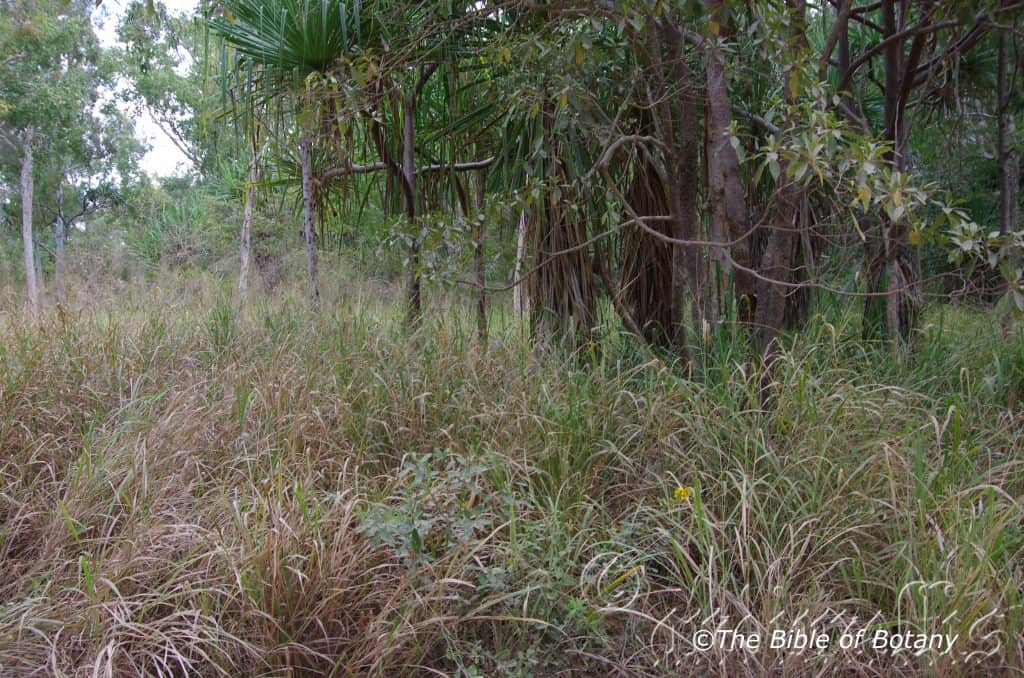
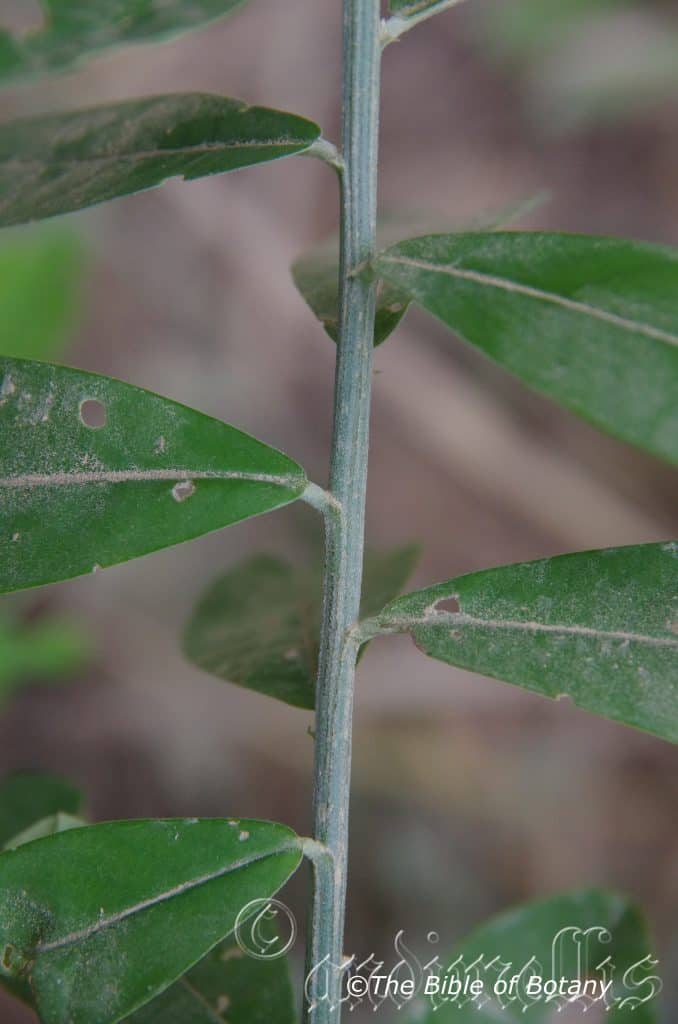
Magnetic Island Qld.
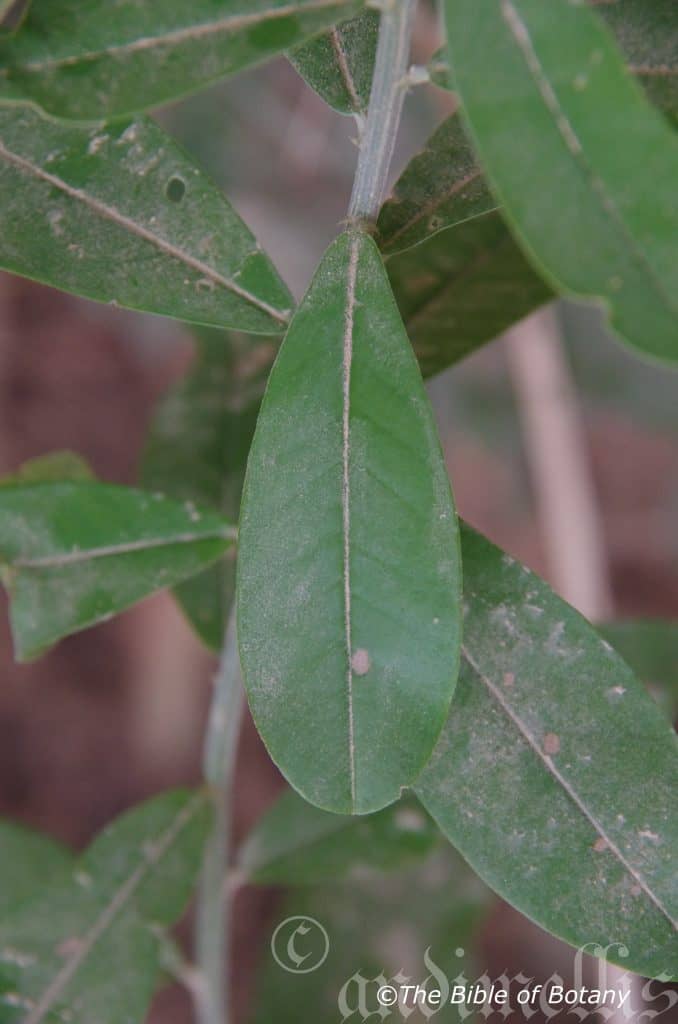
Magnetic Island Qld.
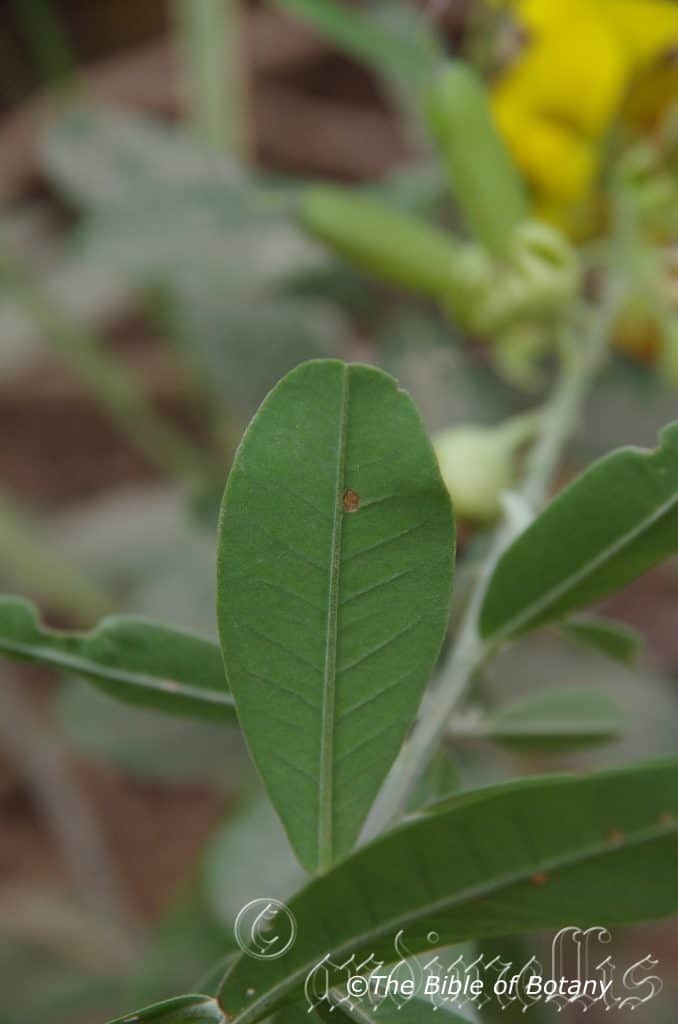
Magnetic Island Qld.
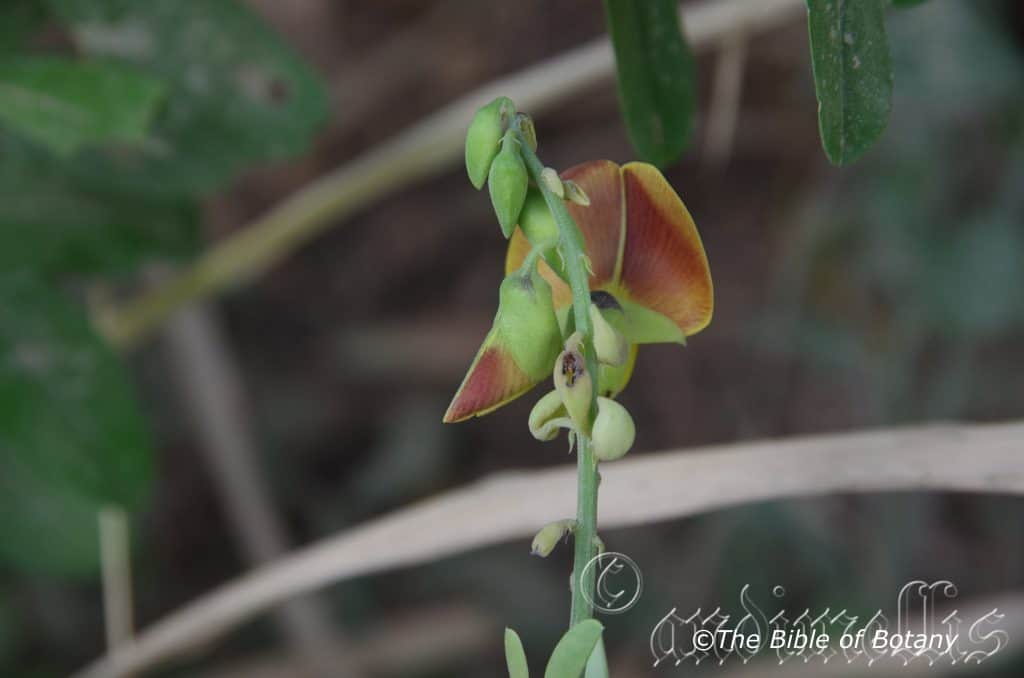
Magnetic Island Qld.
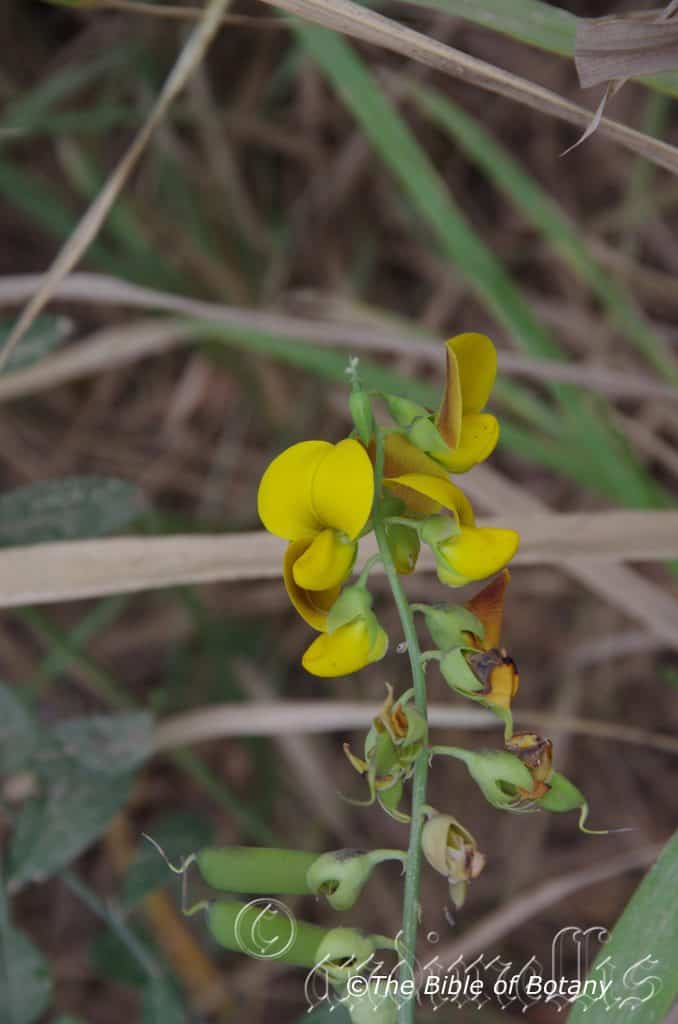
Magnetic Island Qld.
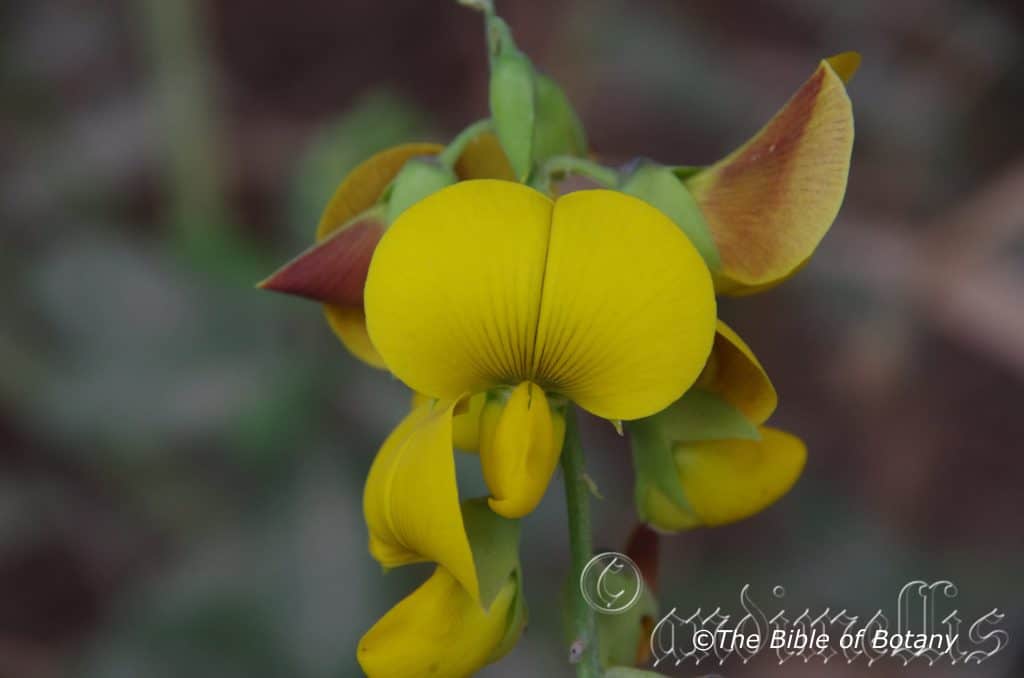
Magnetic Island Qld.
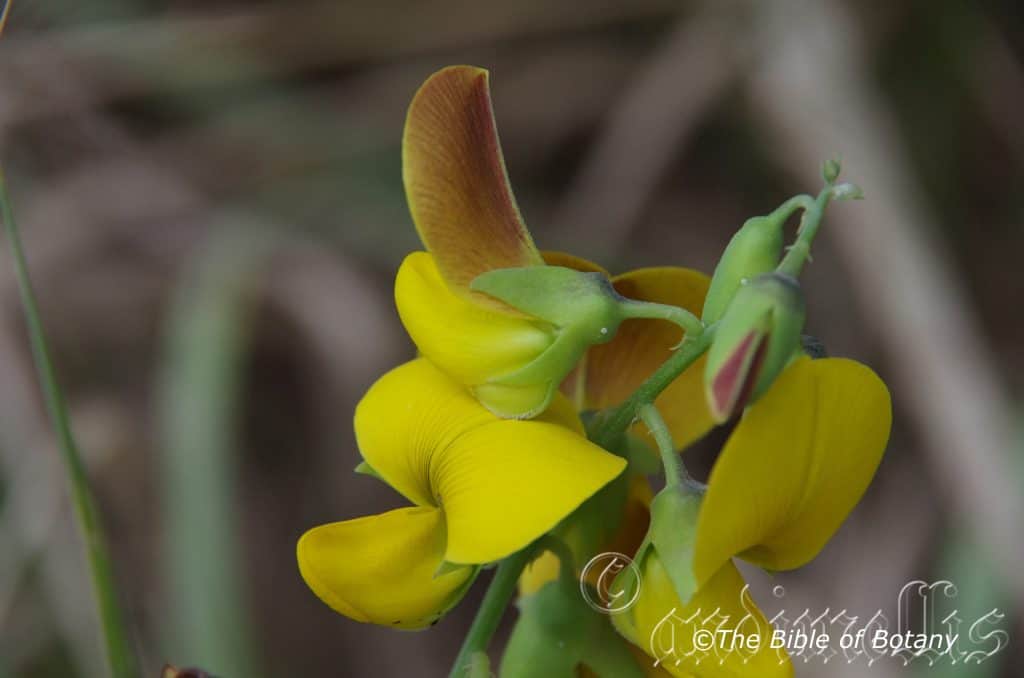
Magnetic Island Qld.
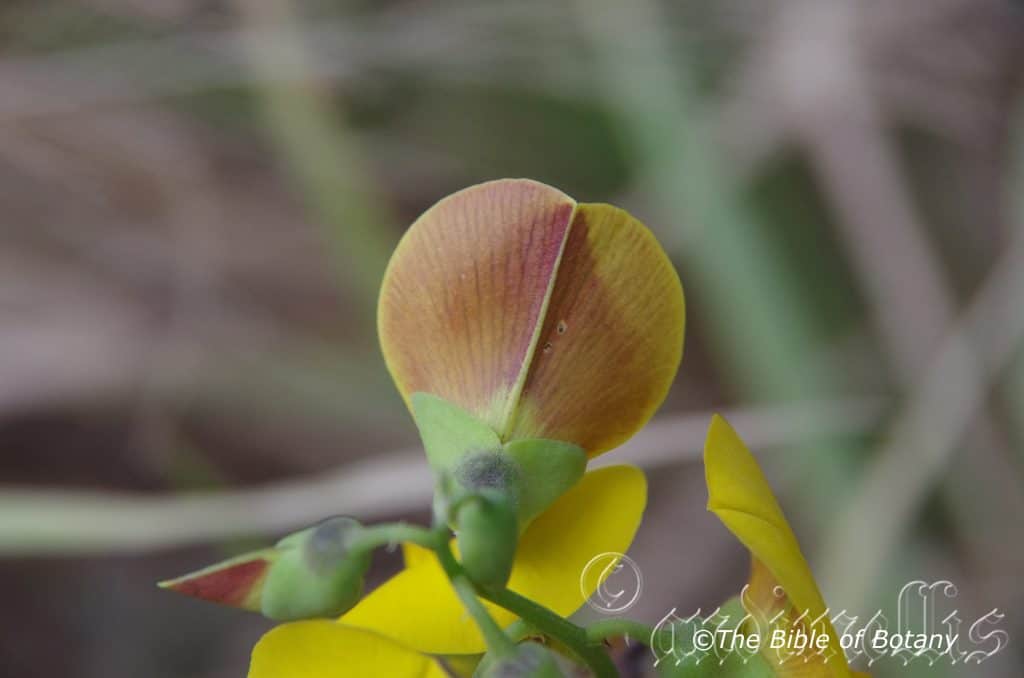
Magnetic Island Qld.

Magnetic Island Qld.
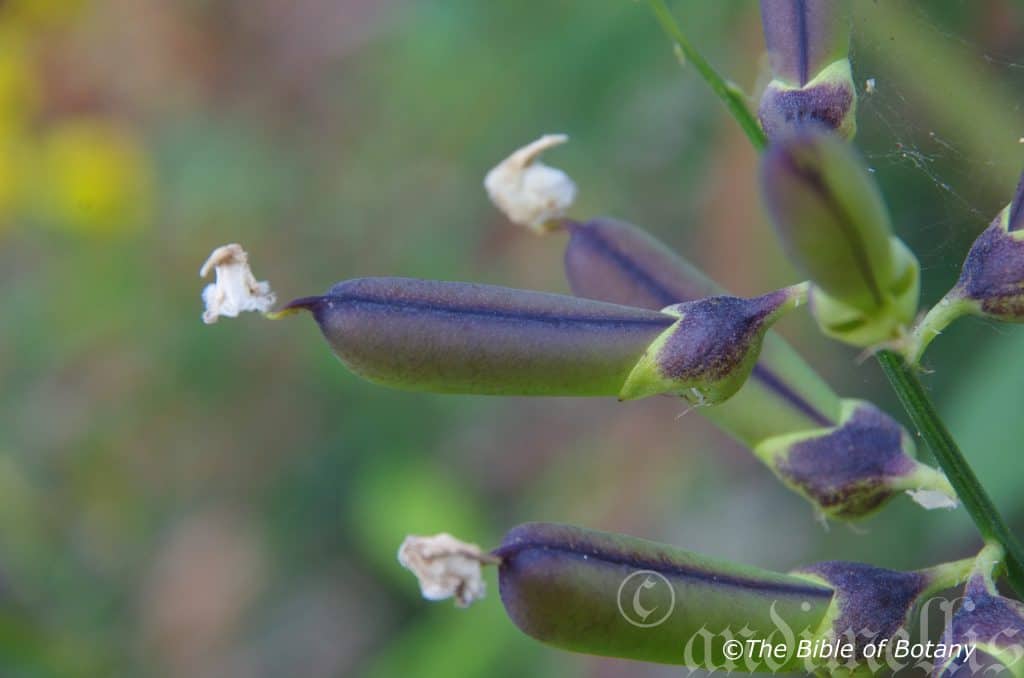
Magnetic Island Qld.
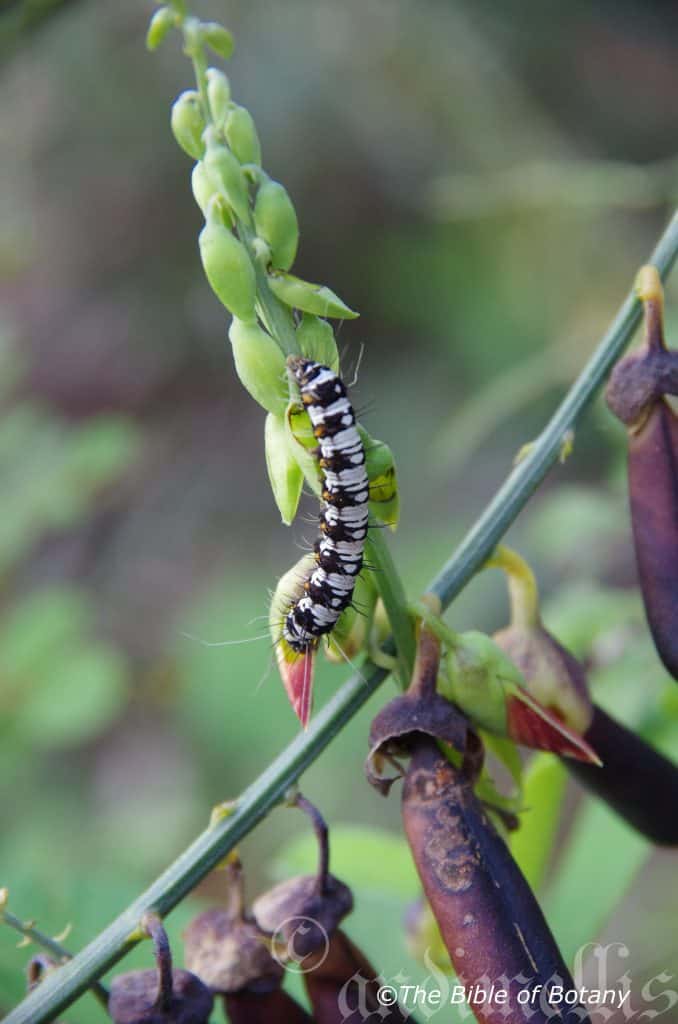
Magnetic Island Qld.
Crotalaria novae-hollandiae
Classification:
Unranked: Eudicots
Unranked: Rosids
Order: Fabales
Family: Fabalaceae
Subfamily: Faboideae
Genus: From Krotalon, which is Ancient Greek for a rattle or to rattle. It refers to the seeds within the pods; of most species, breaking away from their aril when ripe and prior to the dehiscing of the pods. This allows the seeds to make the rattling sound when shaken.
Specie: From Novae/Novus, which is Latin for new and Hollandia which is Latin for Holland. It refers to plants, which are distinctly Australian and originate from Australia.
Sub specie Crotalaria novae-hollandiae subsp. crassipes. From Crassum, which is Latin for thick, dense or plump and Pous/Podion, which is Ancient Greek for a foot or feet. It refers to pedicels, which are much thicker in this species than other species in the genus.
Sub specie Crotalaria novae-hollandiae subsp. indeterminate. From In, which is Latin for into or opposite and from Terminatus, which is Latin for to end or finish. It refers to the terminal axis or axes not ending in an inflorescences which allows for further growth or elongation.
Sub specie Crotalaria novae-hollandiae subsp. lasiophylla. From Lasios, which is Ancient Greek for soft and woolly and Phullon/Phyllon, which is Ancient Greek for a leaf. It refers to leaves or phyllodes, which are covered in soft, woolly hairs.
Sub specie Crotalaria novae-hollandiae subsp. novaehollandiae. From Novae/Novus, which is Latin for new and Hollandia which is Latin for Holland. It refers to plants, which are distinctly Australian and originate from Australia.
Common Name: Rattle Pod.
Distribution:
Crotalaria novae-hollandiae is a widespread species in the northern half of the continent where the subspecies all overlap each other. Crotalaria novae-hollandiae subsp. crassipes is found in a large area of the north west of the continent.
It is found north of a line from Derby on the north eastern corner of Western Australia south east to about 60 kilometres east of Dalhousie Springs in northern South Australia and north east to St Lawrence in central eastern Queensland.
There is a disjunct population of Crotalaria novaehollandiae subsp. lasiophylla and Crotalaria novaehollandiae subsp. novaehollandiae surround by Karratha south to south of Minnie Creek and north east to south east of the Nullagine River Crossing near Marble Bar in far central western Western Australia.
https://avh.ala.org.au/occurrences/search?taxa=Crotalaria+novae-hollandiae. #tab_mapView
Habitat Aspect Climate:
Crotalaria novae-hollandiae prefers full sun to dappled shade. It grows on hill sides, open woodlands, open Eucalyptus forests, especially within riparian zones and other areas that are subject to periodic flooding or where moisture retention is strong. The altitude ranges from 5 meters ASL to 850 meters ASL.
The temperatures range from 3 degrees in July to 45 degrees in January.
The rainfall ranges from lows of 100mm to an average of 2800mm annually.
Soil Requirements:
Crotalaria novae-hollandiae prefers sand to light sandy loams. The soils are derived from decomposed sandstones, conglomerates and granites. The soils pH ranges from 4.5pH to 7pH are preferred. Non saline soils to moderately saline soils are tolerated.
Height & Spread:
Wild Plants: 0.3m to 2m by 0.4m to 1.5m.
Characteristics:
Crotalaria novae-hollandiae is a highly variable species with 4 subspecies with Crotalaria novaehollandiae subsp. lasiophylla and
Crotalaria novae-hollandiae subsp. novae-hollandiae being further divided into several varieties and forms.
Crotalaria novae-hollandiae are ascending subshrubs. The older stems are mid blue-green. The stems are densely covered in white appressed canescent hairs. The juvenile growth is similar to the mature stems.
Crotalaria novae-hollandiae’s leaves are broad elliptical to obovate and measure 50mm to 80mm in length by 20mm to 32mm in width. The narrow triangular stipules are at the base of the petiole and measure 1.5mm to 2mm in length. The petioles are densely covered in fawnish canescent hairs. The petioles measure 3.5mm to 5mm in length.
The symmetrical bases are cuneate while the apexes are obtuse or emarginate. The concolourous laminas are pale blue-green to mid blue-green, dull, slightly covered in white appressed hairs on the upper laminas while the lower laminas are moderately to densely covered in white appressed hairs. The laminas recurve upwards from the mid vein to the margins. The margins are entire. The mid vein is strongly prominent on the lower lamina, is distinctly visible from the upper lamina and is densely covered in white appressed hairs. The lateral veins are strongly prominent at 25 to 30 degrees for 65 to75mm of their length.
The inflorescence of Crotalaria novae-hollandiae are born on erect, terminal rachises. The rachis and pedicels are moderately to densely covered in white puberulent hairs. The 12 to 24 flowers are located along the rachis. The rachises measure 30mm to 170mm in length while the pedicels measure 3mm to 6mm in length.
The calyx and broad triangular calyx lobes are pale green and are moderately to densely covered in white puberulent hairs. The calyxes measure 6mm to 8mm in length. The yellow standards are often covered in reddish-orange to reddish-maroon striated veins and measure 12mm to 16mm in length by 15mm to 20mm in width. The yellow wings measure 9mm to 12mm in length by 7mm to 10mm in height. The pale greenish-yellow keels are shorter than the wings. The flowers appear throughout the year in favourable seasons.
Crotalaria novae-hollandiae’s fruits are ovoidal to slightly oblong pods. The pods have a longitudinal furrow on the upper surface and measure 20mm to 35mm in length by 6mm to 8mm in diameter. The deep glossy brown seeds break free of the funicle prior to the pod splitting open thus the common and Greek name of rattle pod. The green pods turn deep brownish-grey when ripe and are sparsely covered in white puberulent hairs. The inner surface and seeds are coated in oil. The flat, ovoidal to reniform seeds measure 2mm to 2.5mm in length.
Wildlife:
Crotalaria novae-hollandiae‘s wildlife is unknown to the author.
The primary source of toxicity for many Crotalaria species is due to the presence of pyrrolizidine alkaloids. These poisons are toxic to birds and large mammals. Crotalaria retusa seeds are amongst the most toxic of Crotalaria species. It is estimated that 3% of the world’s flowering plants contain pyrrolizidine alkaloids which is a natural defence mechanism against herbivorous insects. The alkaloids are hepatotoxic in that they damage the liver and causes liver cancer. Pyrrolizidine alkaloids in honey, contaminated grains, milk, offal and eggs can contain pyrrolizidine alkaloids.
Cultivation:
Crotalaria novae-hollandiae is a beautiful, unusual perennial that is yet to find its way into cultivation in a serious way. It would suit gardens large or small in sub-tropical, tropical and arid areas. It is ideal in small or large rockeries, conventional garden beds or native gardens. It mixes well with English style gardens. Mass plantings or mixed with other native annuals especially flowers that are white or pale or deep yellows.
Small numbers planted in courtyards and around pools will give an unusual talking point when it is in flower during November. Even when planted around pools or confined areas plant some to the front and others towards the rear. This gives depth and a more flowing line of interest rather than the straight line that has become so mundane and popular. Straight lines are not natural in nature or to the eyes movement.
Crotalaria novaehollandiae still needs to prove itself outside the tropics. I would suspect that they could be grown in any frost free area from the tropics to warm temperate areas. In cultivation it grows from 0.4 meters to 0.8 meters in height by 0.3 meters to 0.8 meters in diameter when grown in the open. It is best to tip prune the plants in the early days to ensure a smaller bushier shrub.
It is best used adjacent to small areas of bush close to paths or the house so their flowers can be used to break the green between the two peak flowering periods of summer and winter. It looks better when planted in small groups of 2 to 5 rather than standalone plants when creating a genuine bush garden. Scattered single plants will help create a harsher more barren look especially when planted with plants with dusky blue or blue-green foliage. If it is surrounded by shorter plants with fine foliage and lilac or pink flowers they will dominate at the center giving an expansive look to the bed especially when it is in flower. This is one plant that benefits highly from being mass planted. It is best treated as an annual and replace them every year.
Propagation:
Seeds: Crotalaria novae-hollandiae require treatment before sowing. Pre-treat by placing the seeds into a glass of hot water. Allow the water to cool and leave to soak for 4 hours. Sow into a seed raising mix. Place the trays in 30mm shade where it is warm. When the seedlings are 25mm to 50mm tall, prick them out and plant them into 50mm native tubes using a seed raising mix.
Once the seedlings reach 80 to 100mm in height plant them out into their permanent position.
Mass plantings can be achieved by planting them at 600mm to 700mm centers for a dense bush scene or further apart for the desert or arid scene.
Fertilize using Seaweed, fish emulsion or organic chicken pellets soaked in water on an alternate basis. Fertilize for two months or until the plants begin to flower to maintain health, vitality and better flowering.
Further Comments from Readers:
Hi reader, it seems you use The Bible of Botany a lot. That’s great as we have great pleasure in bringing it to you! It’s a little awkward for us to ask, but our first aim is to purchase land approximately 1,600 hectares to link several parcels of N.P. into one at The Pinnacles NSW Australia, but we need your help. We’re not salespeople. We’re amateur botanists who have dedicated over 30 years to saving the environment in a practical way. We depend on donations to reach our goal. If you donate just $5, the price of your coffee this Sunday, We can help to keep the planet alive in a real way and continue to bring you regular updates and features on Australian plants all in one Botanical Bible. Any support is greatly appreciated. Thank you.
In the spirit of reconciliation we acknowledge the Bundjalung, Gumbaynggirr and Yaegl and all aboriginal nations throughout Australia and their connections to land, sea and community. We pay our respect to their Elders past, present and future for the pleasures we have gained.
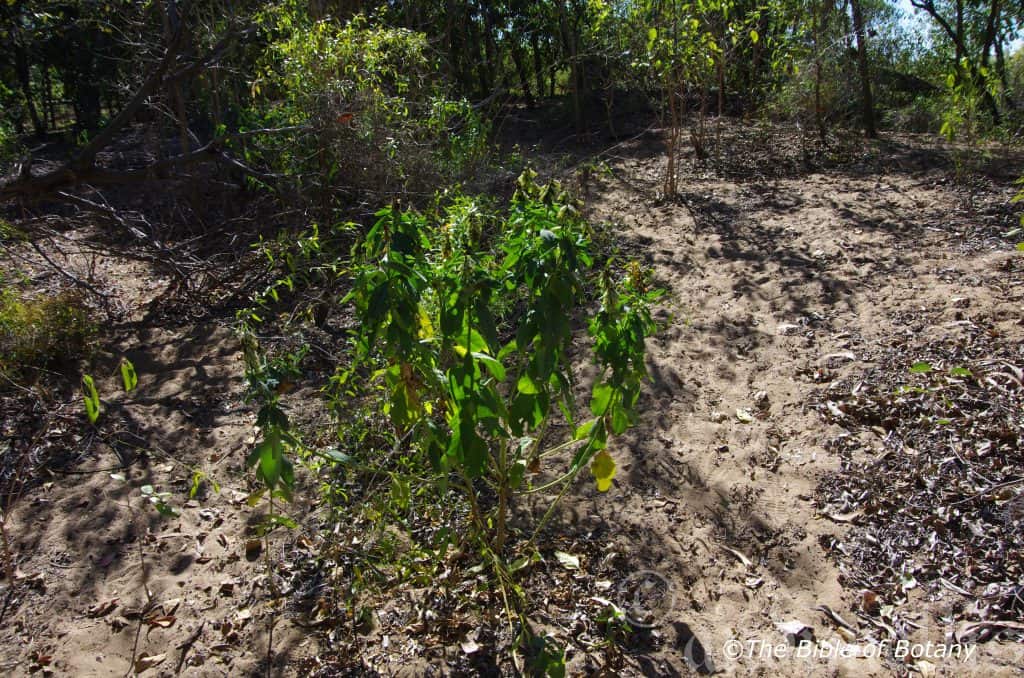
Strand Rock Pool Townsville Qld.
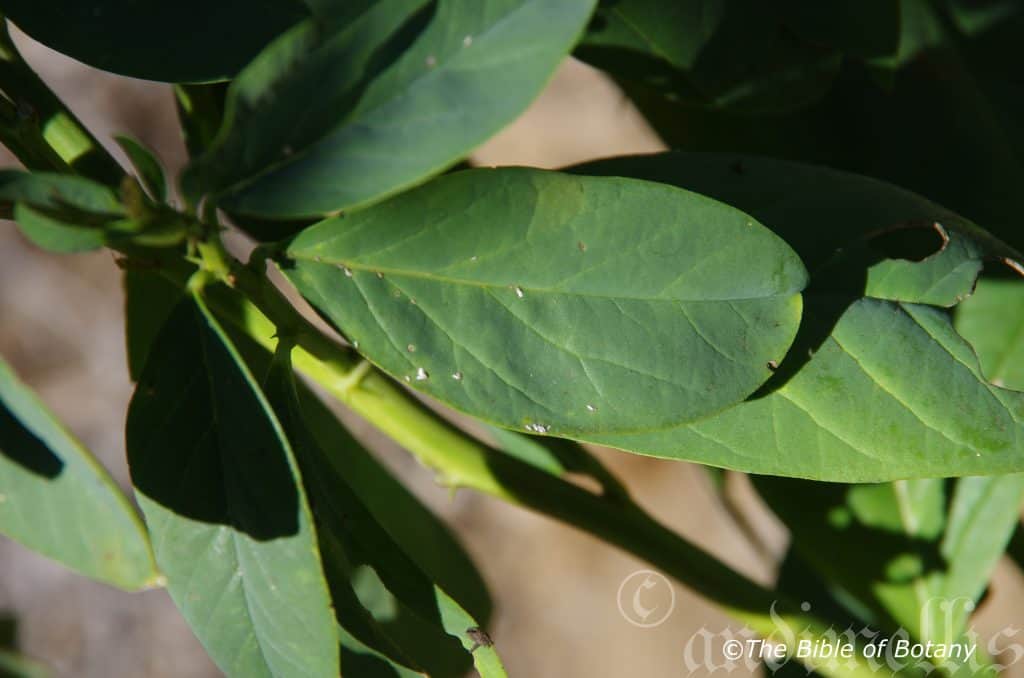
Strand Rock Pool Townsville Qld.
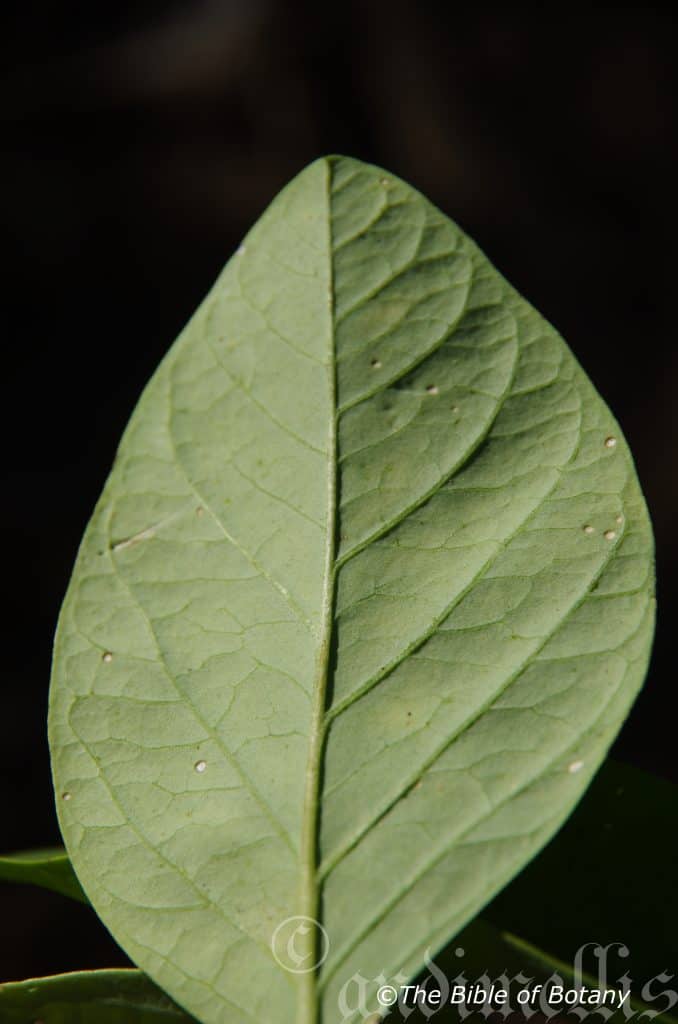
Strand Rock Pool Townsville Qld.
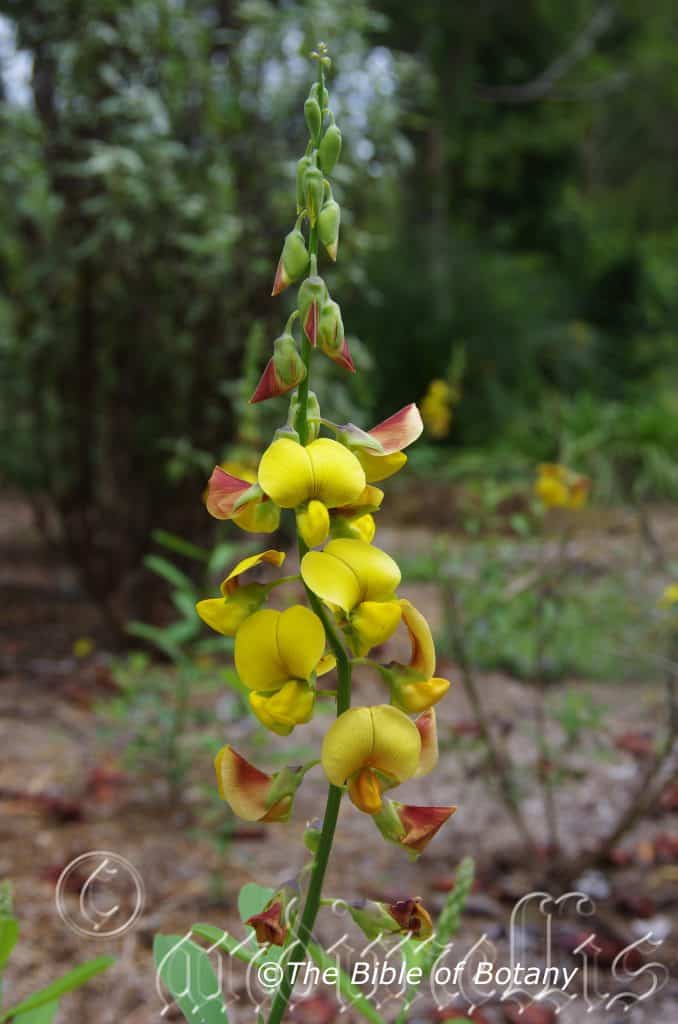
Author’s Garden The Pinnacles NSW
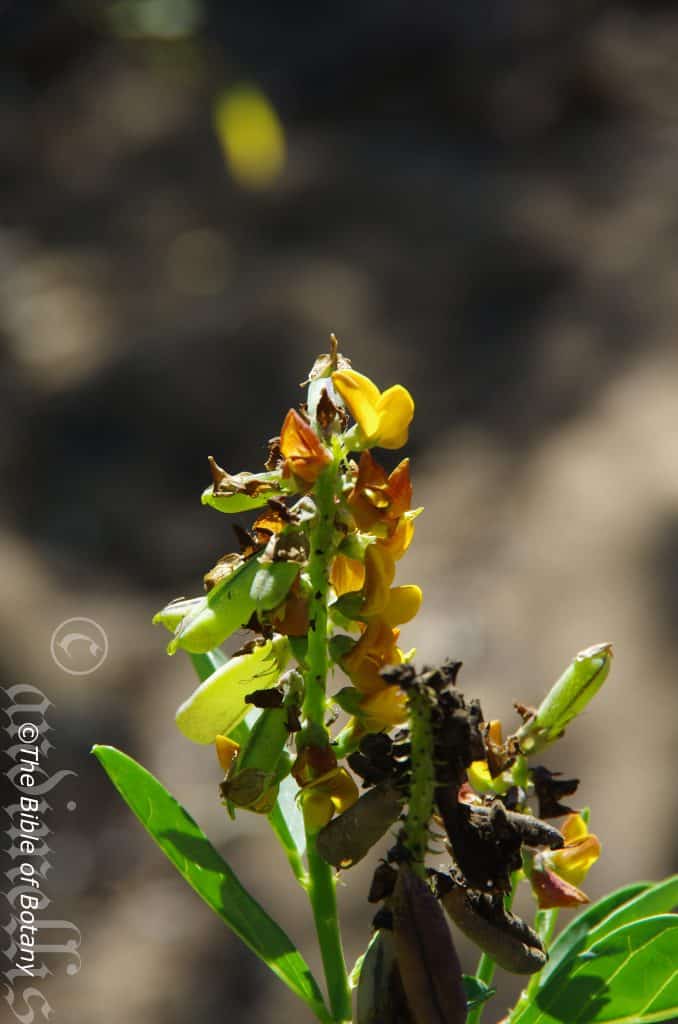
Strand Rock Pool Townsville Qld.

Author’s Garden The Pinnacles NSW
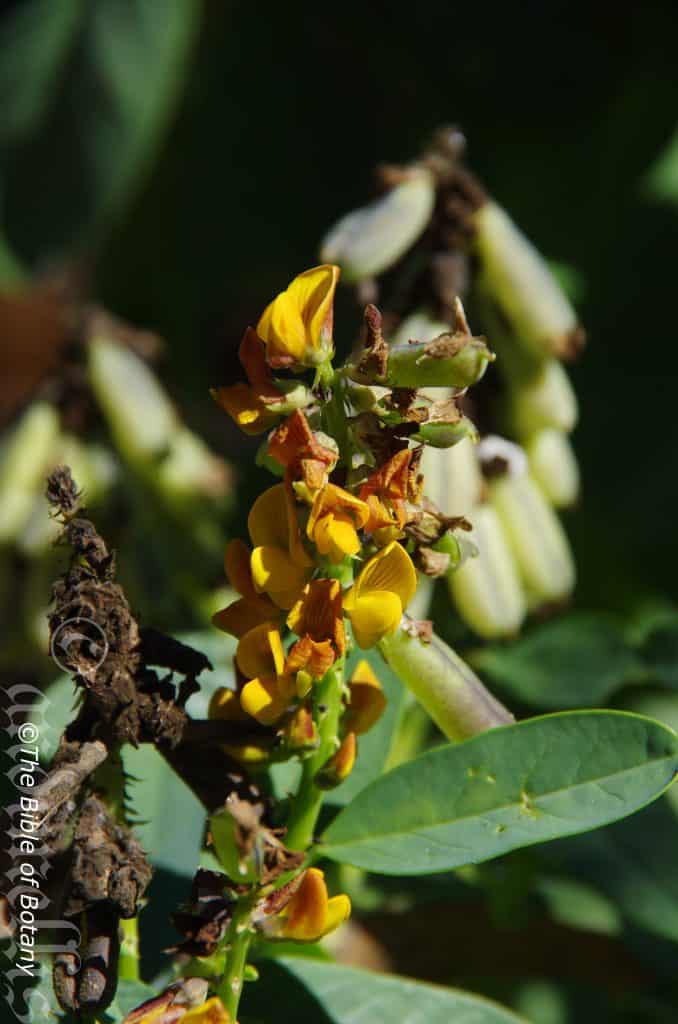
Strand Rock Pool Townsville Qld.
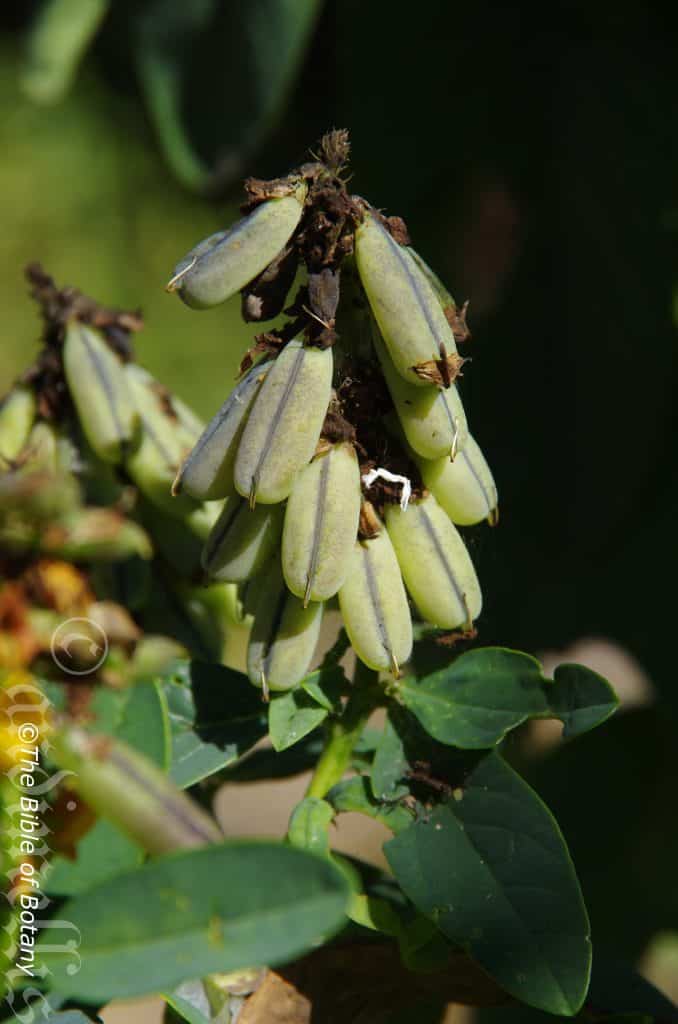
Strand Rock Pool Townsville Qld.
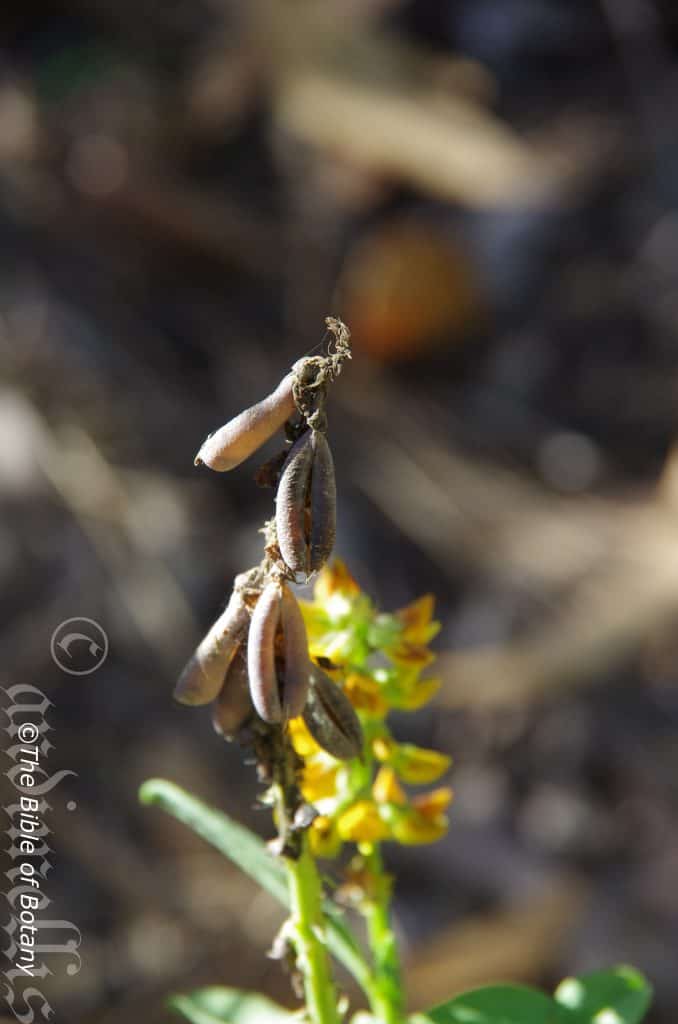
Strand Rock Pool Townsville Qld.
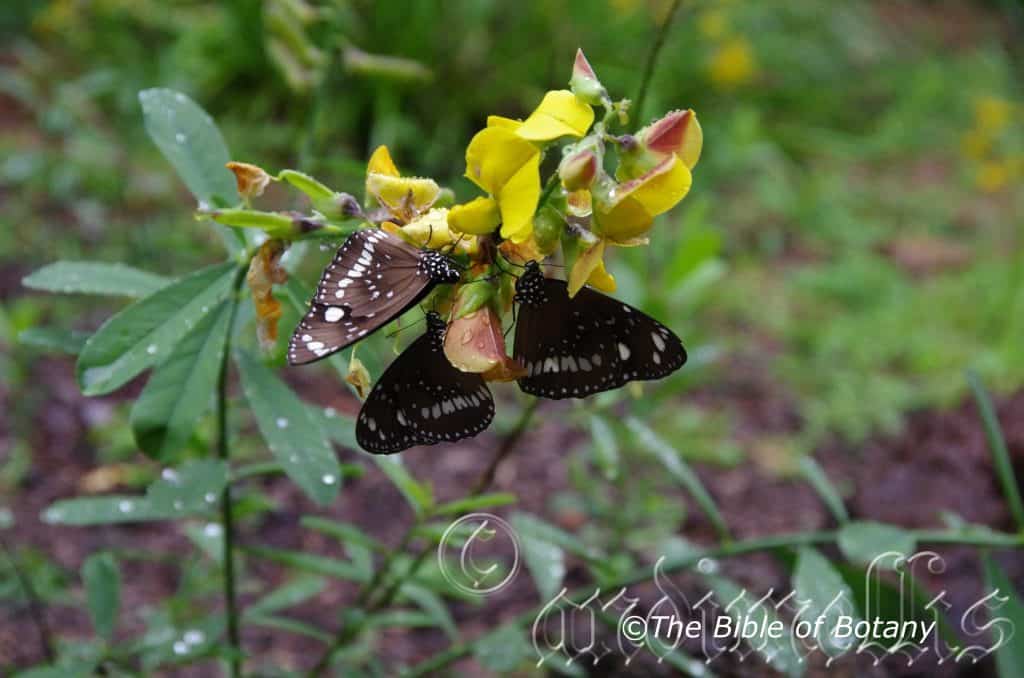
Euploea core Author’s Garden The Pinnacles NSW
Crotalaria retusa
Classification:
Unranked: Eudicots
Unranked: Rosids
Order: Fabales
Family: Fabalaceae
Subfamily: Faboideae
Genus: From Krotalon, which is Ancient Greek for a rattle or to rattle. It refers to the seeds within the pods; of most species, breaking away from their aril when ripe and prior to the dehiscing of the pods. This allows the seeds to make the rattling sound when shaken.
Specie: From Retusa, which is Latin for to make blunt. It refers to organs, usually the leaves or petals, which have obtuse apexes with a shallow notch as against emarginate which has a deep notch.
Sub specie:
Common Name:
Distribution:
Crotalaria retusa is widespread from coast to coast in the northern third of the continent. It is found north of a line from Derby on the Western Australia coast south east to Christmas Creek in Western Australia, then north east to Strangways River in the Gulf Country of the Northern Territory then south east to Camooweal and Lawn Hill in far western Queensland and east to south of Bowen in coastal Queensland. Plants in Western Australia and the western half of the Northern territory are most likely native to Australia while those in the eastern half of the Northern territory are doubtful or maybe offspring from introduced forms. Those in Queensland are all introduced as high protein fodder crop for cattle.
https://avh.ala.org.au/occurrences/search?taxa=Crotalaria+retusaa#tab_mapView
Habitat Aspect Climate:
Crotalaria retusa prefers full sun to dappled shade. It grows on hill sides, open woodlands, open Eucalyptus forests, especially within riparian zones and other areas that are subject to periodic flooding or where moisture retention is strong. The altitude ranges from 5 meters ASL to 850 meters ASL.
The temperatures range from 3 degrees in July to 45 degrees in January.
The rainfall ranges from lows of 100mm to an average of 2800mm annually.
Soil Requirements:
Crotalaria retusa prefers sand to light sandy loams. The soils are derived from decomposed sandstones, conglomerates and granites. The soils pH ranges from 4.5pH to 7pH are preferred. Non saline soils to moderately saline soils are tolerated.
Height & Spread:
Wild Plants: 0.3m to 2m by 0.4m to 1.5m.
Characteristics:
Crotalaria retusa are ascending subshrubs. The older stems are mid blue-green. The stems are glabrous. The juvenile growth is similar to the mature stems.
Crotalaria retusa’s leaves are oblong to obovate and measure 50mm to 80mm in length by 20mm to 32mm in width. The petioles glabrous. The petioles measure 3.5mm to 5mm in length.
The symmetrical bases are cuneate while the apexes are obtuse or emarginate. The concolourous laminas are pale blue-green to mid blue-green, dull and glabrous on the upper laminas while the lower laminas are glabrous. The laminas recurve upwards from the mid vein to the margins. The margins are entire. The mid vein is strongly prominent on the lower lamina, is distinctly visible from the upper lamina and is glabrous. The lateral veins are strongly prominent at 30 to 40 degrees for 75 to 85mm of their length and curve as they approach the margins.
The inflorescence of Crotalaria retusa are born on erect, terminal rachises. The rachis and pedicels are glabrous. The 12 to 24 flowers are located along the rachis. The rachises measure 30mm to 170mm in length while the pedicels measure 3mm to 6mm in length.
The calyx and broad triangular calyx lobes are pale green and are glabrous. The calyxes measure 4mm to 6mm in length. The yellow standards are often covered in reddish-orange to reddish-maroon striated veins and measure 12mm to 16mm in length by 15mm to 20mm in width. The yellow wings measure 9mm to 12mm in length by 7mm to 10mm in height. The pale greenish-yellow keels are shorter than the wings. The flowers appear throughout the year in favourable seasons.
Crotalaria retusa’s fruits are ovoidal to slightly oblong pods. The pods have a longitudinal furrow on the upper surface and measure 20mm to 35mm in length by 6mm to 8mm in diameter. The deep glossy brown seeds break free of the funicle prior to the pod splitting open thus the common and Greek name of rattle pod. The green pods turn deep brownish-grey when ripe and are sparsely covered in white puberulent hairs. The style and calyx are persistent on the ripe pods. The inner surface and seeds are coated in oil. The flat, ovoidal to reniform seeds measure 2mm to 2.5mm in length.
Wildlife:
The butterfly Euploea core is attracted to the flowers of Crotalaria retusa for nectar.
The primary source of toxicity for many Crotalaria species is due to the presence of pyrrolizidine alkaloids. These poisons are toxic to birds and large mammals. Crotalaria retusa seeds are amongst the most toxic of Crotalaria species. It is estimated that 3% of the world’s flowering plants contain pyrrolizidine alkaloids which is a natural defence mechanism against herbivorous insects. The alkaloids are hepatotoxic in that they damage the liver and causes liver cancer. Pyrrolizidine alkaloids in honey, contaminated grains, milk, offal and eggs can contain pyrrolizidine alkaloids.
Cultivation:
Crotalaria retusa is a beautiful, unusual perennial that is yet to find its way into cultivation in a serious way. It would suit gardens large or small in sub-tropical, tropical and arid areas. It is ideal in small or large rockeries, conventional garden beds or native gardens. It mixes well with English style gardens. Mass plantings or mixed with other native annuals especially flowers that are white or pale or deep yellows.
Small numbers planted in courtyards and around pools will give an unusual talking point when it is in flower during November. Even when planted around pools or confined areas plant some to the front and others towards the rear. This gives depth and a more flowing line of interest rather than the straight line that has become so mundane and popular. Straight lines are not natural in nature or to the eyes movement.
Crotalaria retusa still needs to prove itself outside the tropics. I would suspect that they could be grown in any frost free area from the tropics to warm temperate areas. In cultivation it grows from 0.4 meters to 0.8 meters in height by 0.3 meters to 0.8 meters in diameter when grown in the open. It is best to tip prune the plants in the early days to ensure a smaller bushier shrub.
It is best used adjacent to small areas of bush close to paths or the house so their flowers can be used to break the green between the two peak flowering periods of summer and winter. It looks better when planted in small groups of 2 to 5 rather than standalone plants when creating a genuine bush garden. Scattered single plants will help create a harsher more barren look especially when planted with plants with dusky blue or blue-green foliage. If it is surrounded by shorter plants with fine foliage and lilac or pink flowers they will dominate at the center giving an expansive look to the bed especially when it is in flower. This is one plant that benefits highly from being mass planted. It is best treated as an annual and replace them every year.
Propagation:
Seeds: Crotalaria retusa require treatment before sowing. Pre-treat by placing the seeds into a glass of hot water. Allow the water to cool and leave to soak for 4 hours. Sow into a seed raising mix. Place the trays in 30mm shade where it is warm. When the seedlings are 25mm to 50mm tall, prick them out and plant them into 50mm native tubes using a seed raising mix.
Once the seedlings reach 80mm to 100mm in height plant them out into their permanent position.
Mass plantings can be achieved by planting them at 600mm to 700mm centers for a dense bush scene or further apart for the desert or arid scene.
Fertilize using Seaweed, fish emulsion or organic chicken pellets soaked in water on an alternate basis. Fertilize for two months or until the plants begin to flower to maintain health, vitality and better flowering.
Further Comments from Readers:
Hi reader, it seems you use The Bible of Botany a lot. That’s great as we have great pleasure in bringing it to you! It’s a little awkward for us to ask, but our first aim is to purchase land approximately 1,600 hectares to link several parcels of N.P. into one at The Pinnacles NSW Australia, but we need your help. We’re not salespeople. We’re amateur botanists who have dedicated over 30 years to saving the environment in a practical way. We depend on donations to reach our goal. If you donate just $5, the price of your coffee this Sunday, We can help to keep the planet alive in a real way and continue to bring you regular updates and features on Australian plants all in one Botanical Bible. Any support is greatly appreciated. Thank you.
In the spirit of reconciliation we acknowledge the Bundjalung, Gumbaynggirr and Yaegl and all aboriginal nations throughout Australia and their connections to land, sea and community. We pay our respect to their Elders past, present and future for the pleasures we have gained.
Crotalaria verrucosa
Classification:
Unranked: Eudicots
Unranked: Rosids
Order: Fabales
Family: Fabalaceae
Subfamily: Faboideae
Genus: From Krotalon, which is Ancient Greek for a rattle or to rattle. It refers to the seeds within the pods; of most species, breaking away from their aril when ripe and prior to the dehiscing of the pods. This allows the seeds to make the rattling sound when shaken.
Specie: From Verracose, which is Latin for warty or ulcerated lumps. It refers to structures or organs, which have swellings or enlargements on the surface.
Sub specie:
Common Name:
Distribution:
Crotalaria verrucosa is found across the northern quarter of Australia from the Fitzroy, Margarette Rivers in north west Western Australia to west of Mackay in central eastern Queensland.
https://avh.ala.org.au/occurrences/search?taxa=Crotalaria+verrucosa#tab_mapView
Habitat Aspect Climate:
Crotalaria verrucosa prefers full sun to dappled shade. It grows along creeks, streams and river banks or at the edge cliffs or ridge tops. The altitude ranges from 5 meters ASL. to 790 meters ASL.
The temperatures range from 12 degrees in July to 42 degrees in January.
The rainfall ranges from lows of 600mm to an average of 3000mm annually.
Soil Requirements:
Crotalaria verrucosa prefers sandy loams, light clays, gravelly sands or gravelly light clays. The soils are derived from decomposed sandstone, shales, basalts, laterites, limestones or screes. The soils pH ranges from 5pH to 7pH are preferred. Non saline soils to moderately saline soils are tolerated.
Height & Spread:
Wild Plants: 0.5m to 3.5m by 0.5m to 2.5m.
Characteristics:
Crotalaria verrucosa has branches that are acute and angled laterally. The branches and main stems are grey-green and glabrous. The juvenile new growth is squarish with 3 or 4 wings and is sparsely covered in white velutinous hairs.
Crotalaria verrucosa’s lanceolate to ovate leaves measure 65mm to 150mm in length by 35mm to 55mm in width. The bases are broad cuneate to cuneate-rounded while the apexes are obtuse with or without a mucronate tip. The concolourous laminas are mid green, dull and glabrous. The laminas are flat to recurve upwards from the mid vein to the margins and are slightly undulating. The margins are entire. The mid vein is prominent below as are the main lateral veins and is distinctly visible above forming a furrow. The margins curve upwards from the mid vein. There is a foliaceous stipule at the base of the petiole which is clasping the stem. Initially they fully encircling but gradually covering less as the stems expand. The stipules measure 12mm to 48mm in length by 13mm to 31mm in width. The petioles are sparsely covered in short white pilose hairs and measure 4mm to 10mm in length.
The inflorescence of Crotalaria verrucosa are born on a terminal raceme which measure 100mm to 180mm in length. The rachis is initially hooked becoming perpendicular as the flowers open. There are 10 to 28 flowers on a raceme which measure 16mm to 18mm in height by 23mm across. The narrow lanceolate bracts measure 7mm to 10mm in length. The calyx tubes measure 3mm to 4mm in length with the two lobes measuring 5mm to 6mm in length. The deep purple blue striated, purple blue to white obovate standards are recurved and measure 14mm to 16mm in height by 1mm to 12mm in width. The long narrow lanceolate to triangular, cream to pale creamy green wings measure 12mm to 15mm in length by 3.5mm to 4mm in width at the base. The keel measures 12mm to 15mm in length by 8mm to 10mm in height.
The 10 filaments of the stamens are fused to form a tube with a split down one side and measure 5mm to 8mm in length. The dimorphic stamens vary in length and anther size. The longer filaments have round anthers that measure 0.7mm to 0.9mm in diameter. The shorter filaments have oblong anthers that measure 3.5mm to 5mm in length by 1mm in width.
The ovary is densely covered in white pilose hairs. The style measures 7.5mm to 9mm in length and is sparsely covered in short white pilose hairs near the stigma. The flowers appear from November to February.
Crotalaria verrucosa’s fruits are cylindrical pods. The pods have a longitudinal split along one side and measure 50mm to 80mm in length by 10mm to 16mm in diameter. It is densely covered in white pilose hairs. The 20 to 32 glossy brown seeds break free of the funicle prior to the pod splitting open thus the common and Greek name of rattle pod. The green pods turn deep grey-brown when ripe. The inner surface and seeds are coated in oil. This oil should be explored further for human use and may have agriculture potential. It is not known whether the oil is toxic or not but it must be remembered other parts of the plant are toxic.
Wildlife:
Several butterfly larvae eat the leaves and excrete the fluids when attacked or disturbed storing the lethal alkaloids monocrotaline and pyrrolizidine. These toxins cause heart beat malfunction and accumulates in the liver, heart, brain and kidneys.
The primary source of toxicity for many Crotalaria species is due to the presence of pyrrolizidine alkaloids. These poisons are toxic to birds and large mammals. Crotalaria retusa seeds are amongst the most toxic of Crotalaria species. It is estimated that 3% of the world’s flowering plants contain pyrrolizidine alkaloids which is a natural defence mechanism against herbivorous insects. The alkaloids are hepatotoxic in that they damage the liver and causes liver cancer. Pyrrolizidine alkaloids in honey, contaminated grains, milk, offal and eggs can contain pyrrolizidine alkaloids.
Cultivation:
Crotalaria verrucosa is a beautiful unusual annual that is yet to find its way into cultivation in a serious way. It would suit gardens large or small in sub-tropical, tropical and arid areas. It is ideal in small or large rockeries, conventional garden beds or native gardens. It mixes well with English style gardens. Mass plantings or mixed with other native annuals especially flowers that are white or pale or deep yellows.
Small numbers planted in courtyards and around pools will give an unusual talking point when it is in flower during November. Even when planted around pools or confined areas plant some to the front and others towards the rear. This gives depth and a more flowing line of interest rather than the straight line that has become so mundane and popular. Straight lines are not natural in nature or to the eyes movement.
Crotalaria verrucosa still needs to be proven outside the tropics. I would suspect that they could be grown in any frost free area from the tropics to warm temperate areas. In cultivation they grow from 1.5 meters to 2.5 meters in height by 1.5 meters to 2 meters in diameter.
It is best used adjacent to small areas of bush close to paths or the house so their flowers can be used to break the green between the two peak flowering periods of winter spring and autumn. Here they can be planted in small groups of 2 or 3 or as a standalone plant to create a genuine bush garden or scattered to create a harsh barren look with other arid plants. If it is surrounded by shorter plants with fine foliage and cream to yellow flowers they will dominate at the center giving an expansive look to the bed especially when it is in flower. This is one plant that benefits highly from being mass planted or planted in scattered clumps. There small size enables this to be achieved even in small and medium size gardens.
Propagation:
Seeds: Crotalaria verrucosa require treatment before sowing. Pre-treat by placing the seeds into a glass of hot water. Allow the water to cool and leave to soak for 4 hours. Sow into a seed raising mix. When the seedlings are 25mm to 50mm tall, prick them out and plant them into 50mm native tubes using a seed raising mix.
Once the seedlings reach 200mm to 250mm in height plant them out into their permanent position.
Mass plantings can be achieved with spacing with 800mm centers.
Fertilize using Seaweed, fish emulsion or organic chicken pellets soaked in water on an alternate basis. Fertilize for two months or until the plants begin to flower to maintain health, vitality and better flowering.
Further Comments from Readers:
Hi reader, it seems you use The Bible of Botany a lot. That’s great as we have great pleasure in bringing it to you! It’s a little awkward for us to ask, but our first aim is to purchase land approximately 1,600 hectares to link several parcels of N.P. into one at The Pinnacles NSW Australia, but we need your help. We’re not salespeople. We’re amateur botanists who have dedicated over 30 years to saving the environment in a practical way. We depend on donations to reach our goal. If you donate just $5, the price of your coffee this Sunday, We can help to keep the planet alive in a real way and continue to bring you regular updates and features on Australian plants all in one Botanical Bible. Any support is greatly appreciated. Thank you.
In the spirit of reconciliation we acknowledge the Bundjalung, Gumbaynggirr and Yaegl and all aboriginal nations throughout Australia and their connections to land, sea and community. We pay our respect to their Elders past, present and future for the pleasures we have gained.